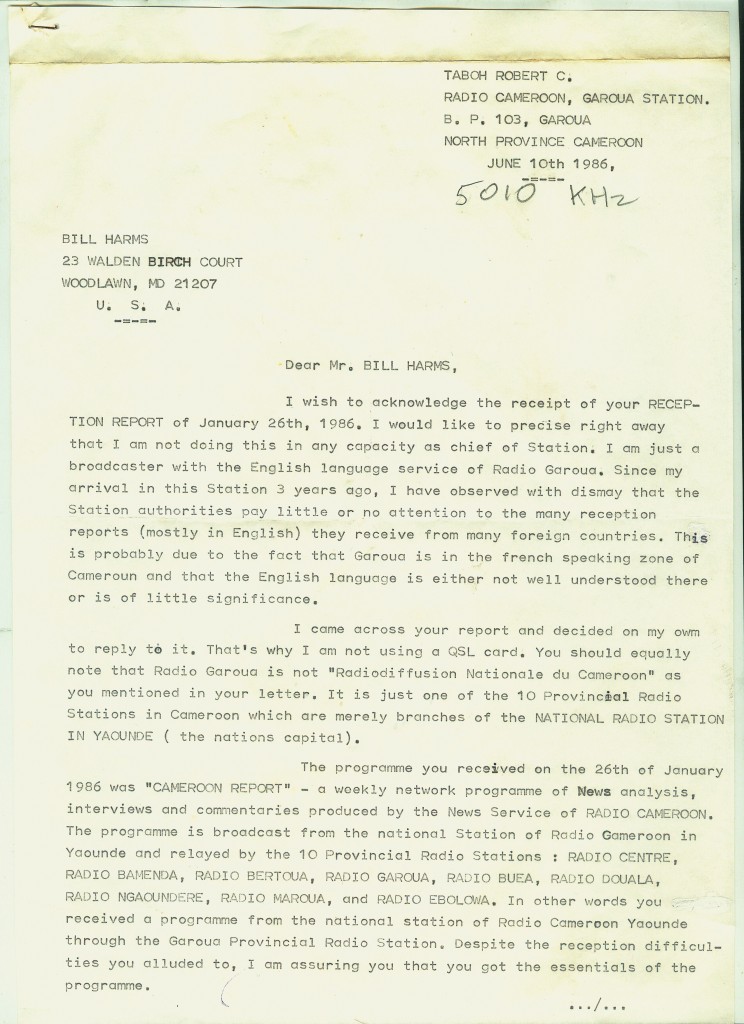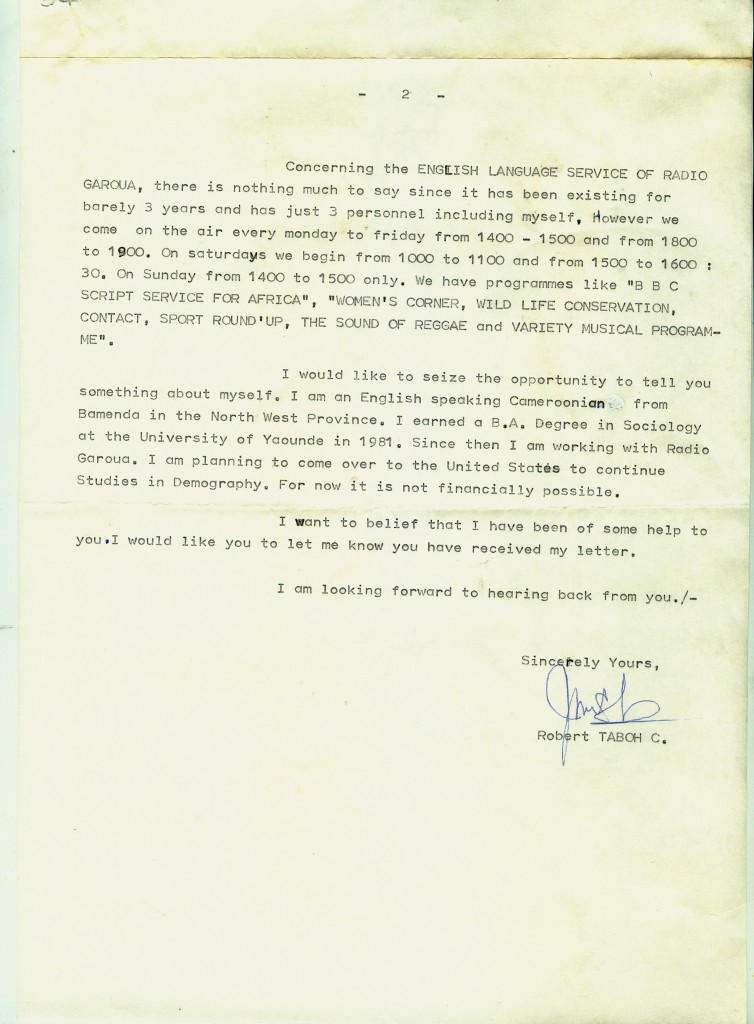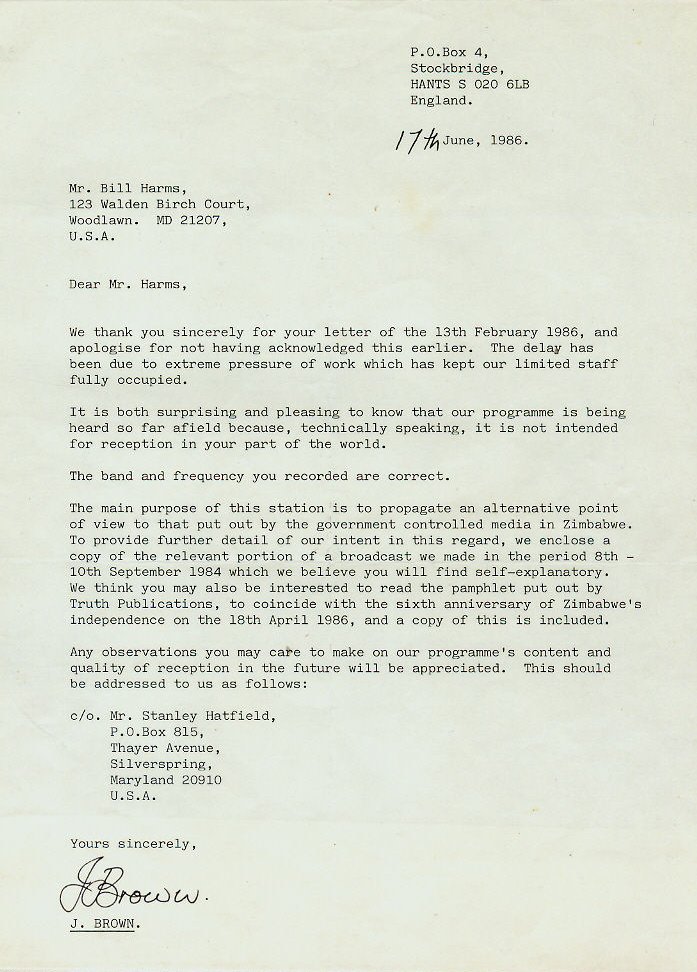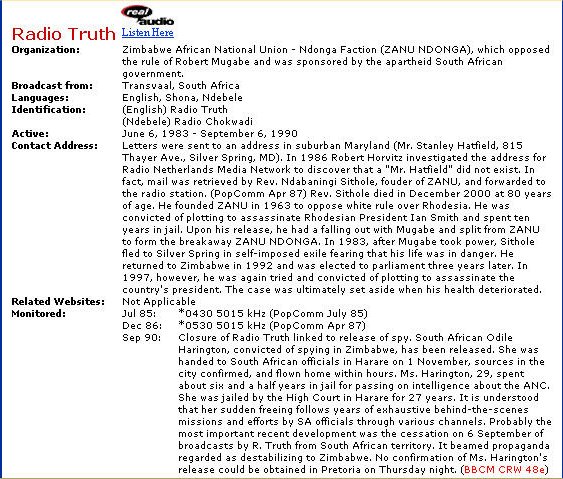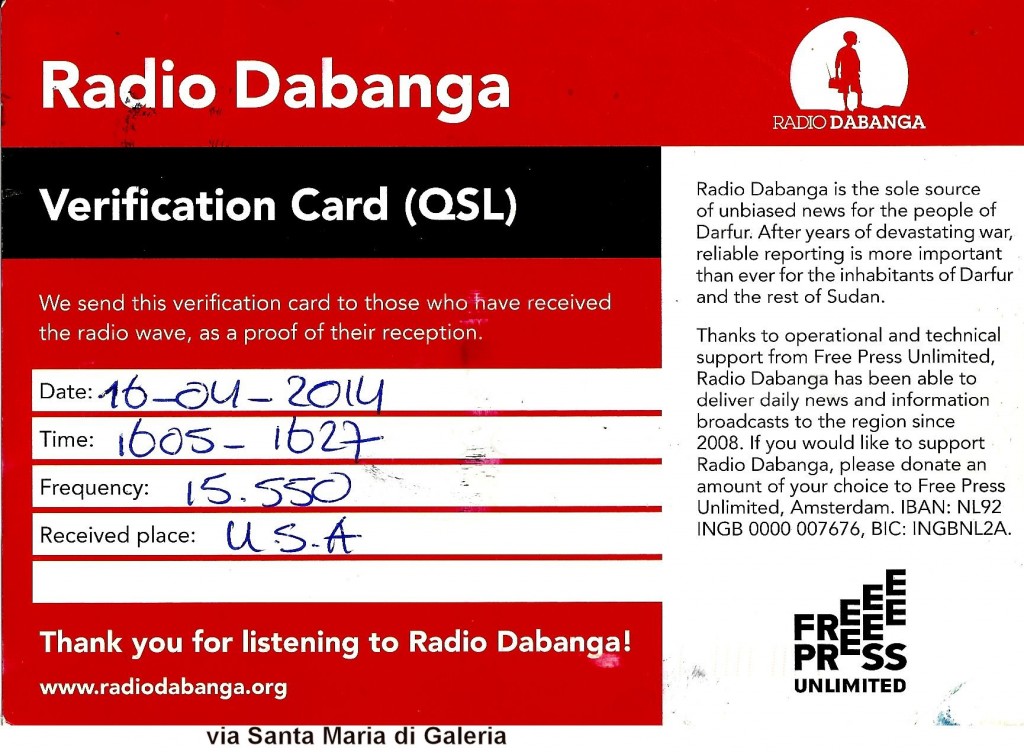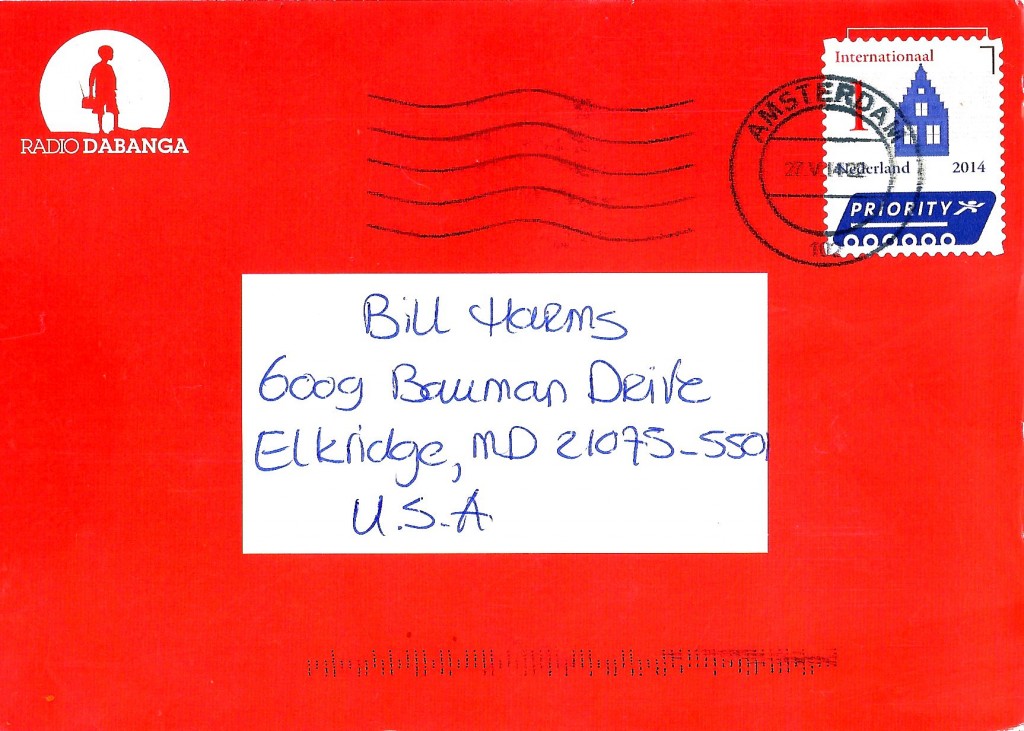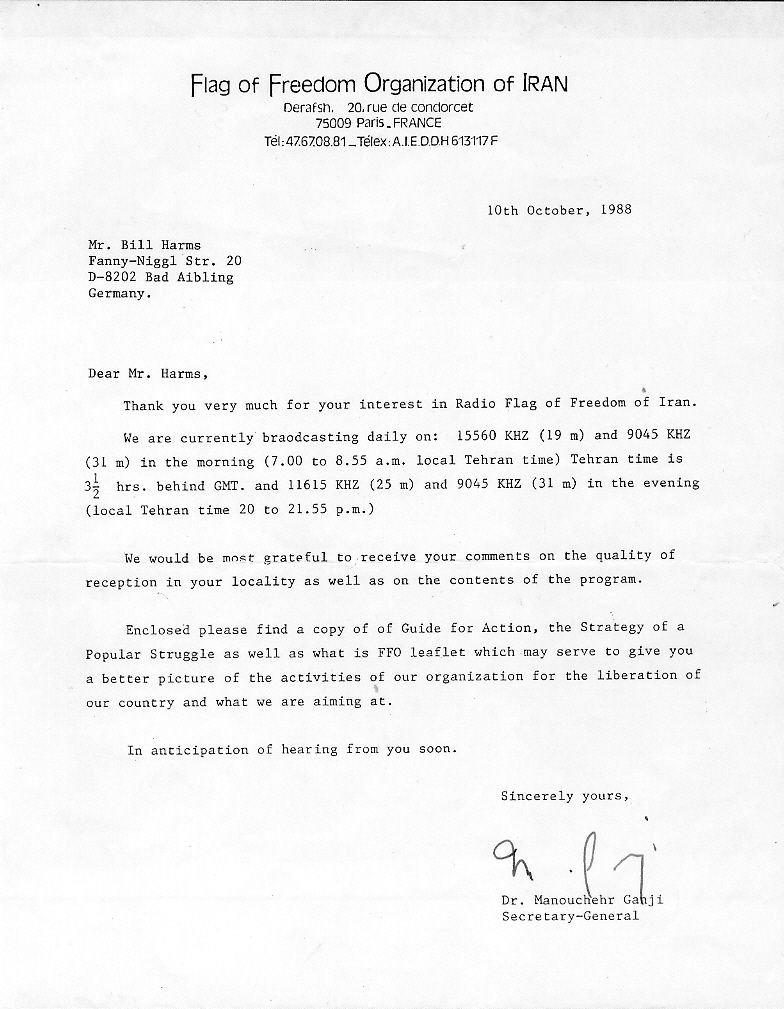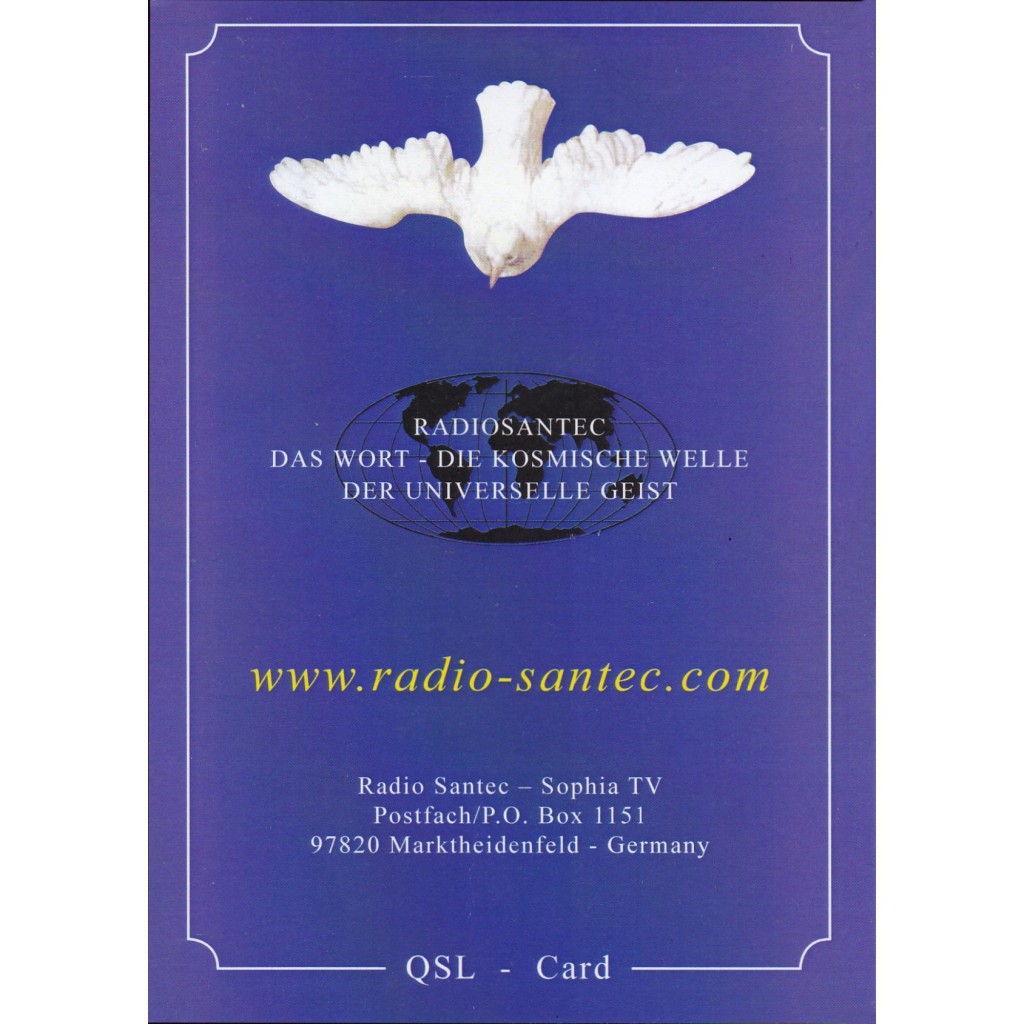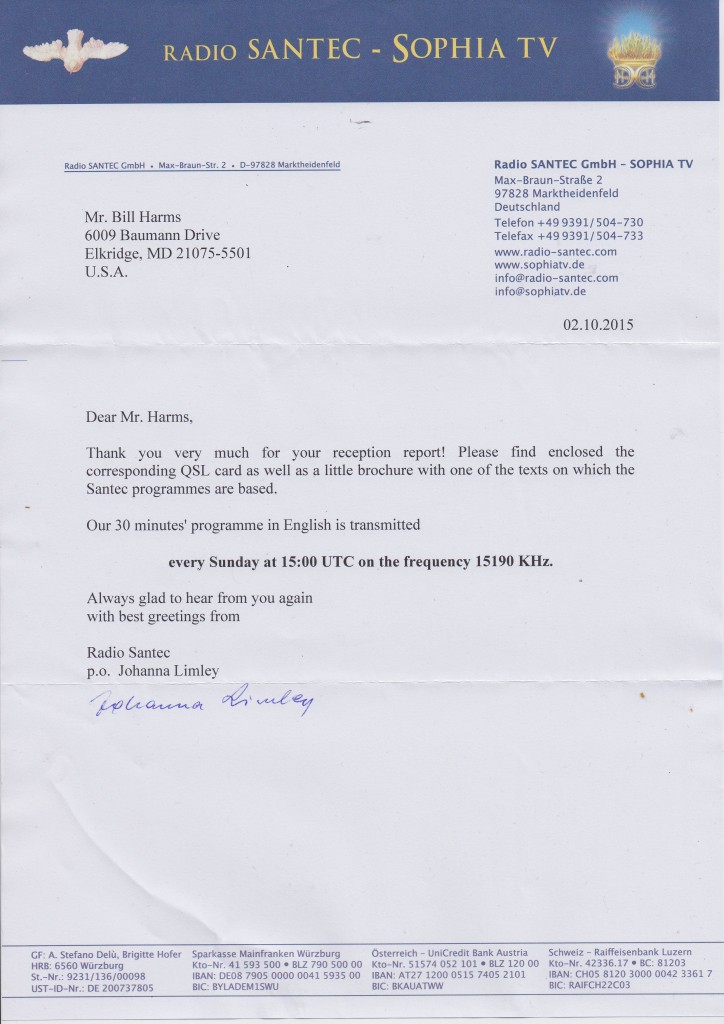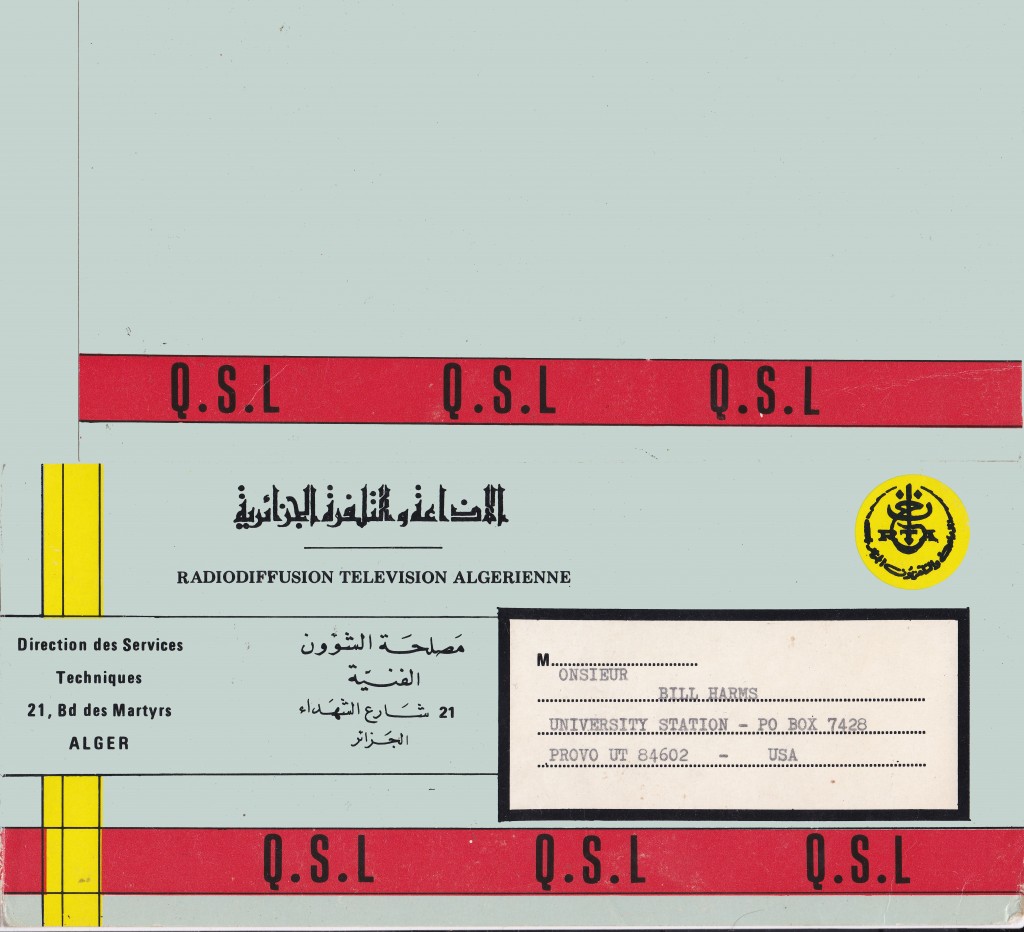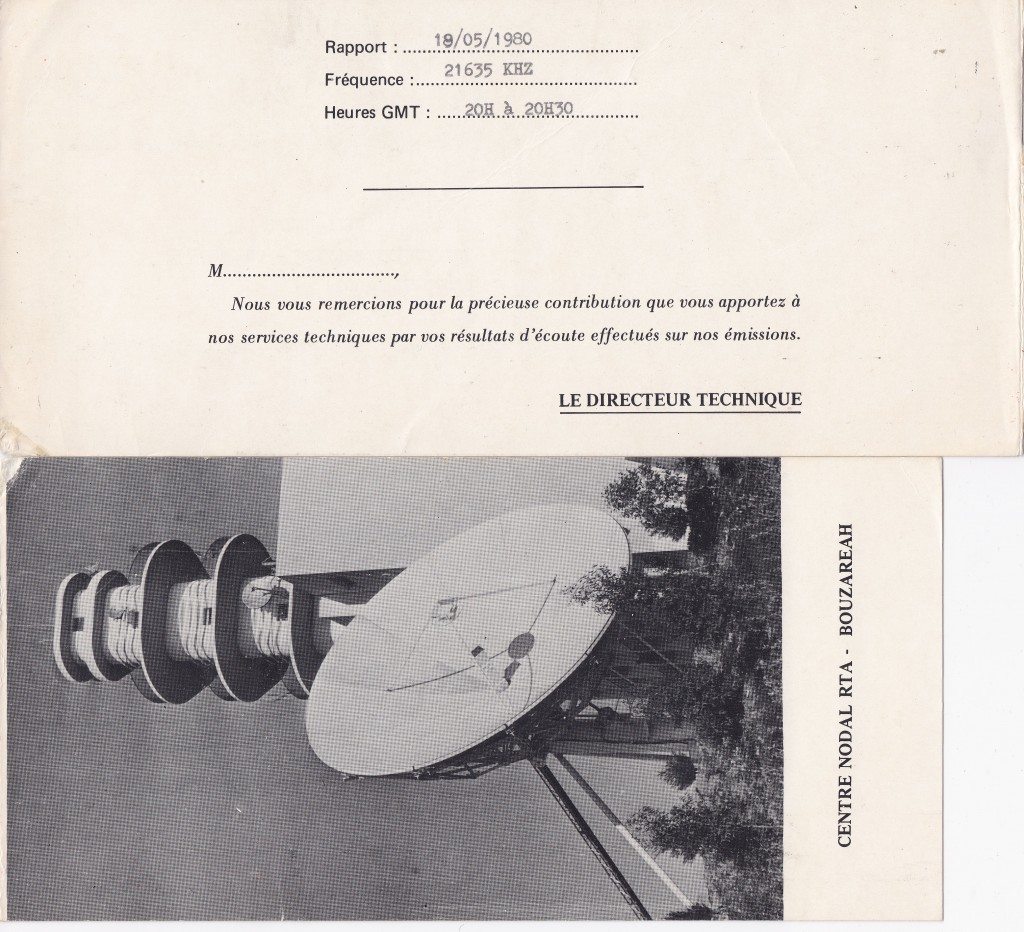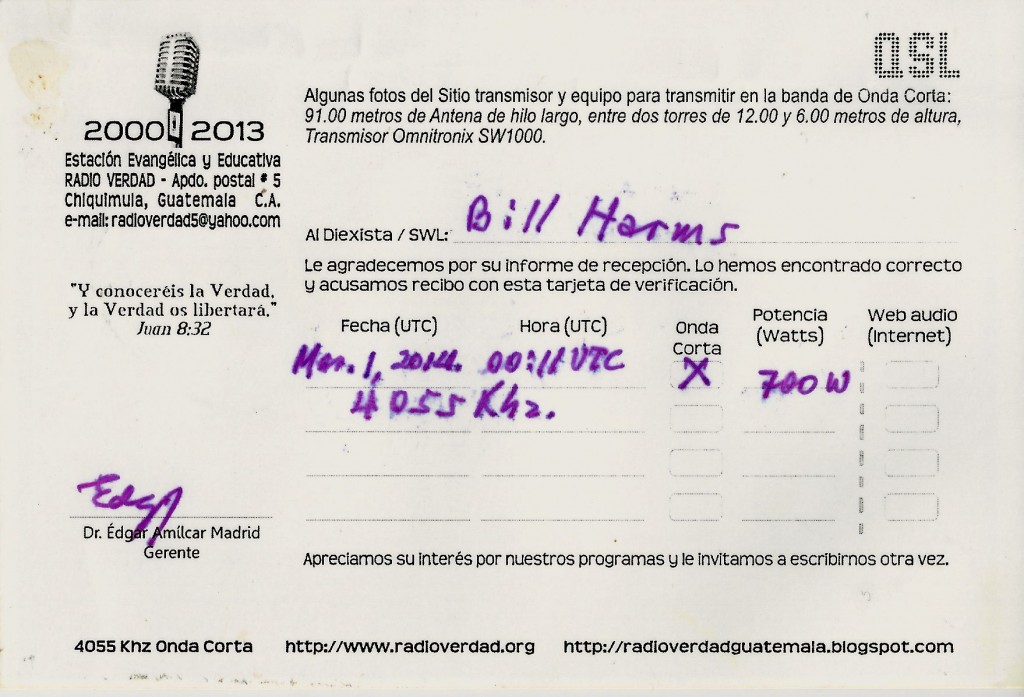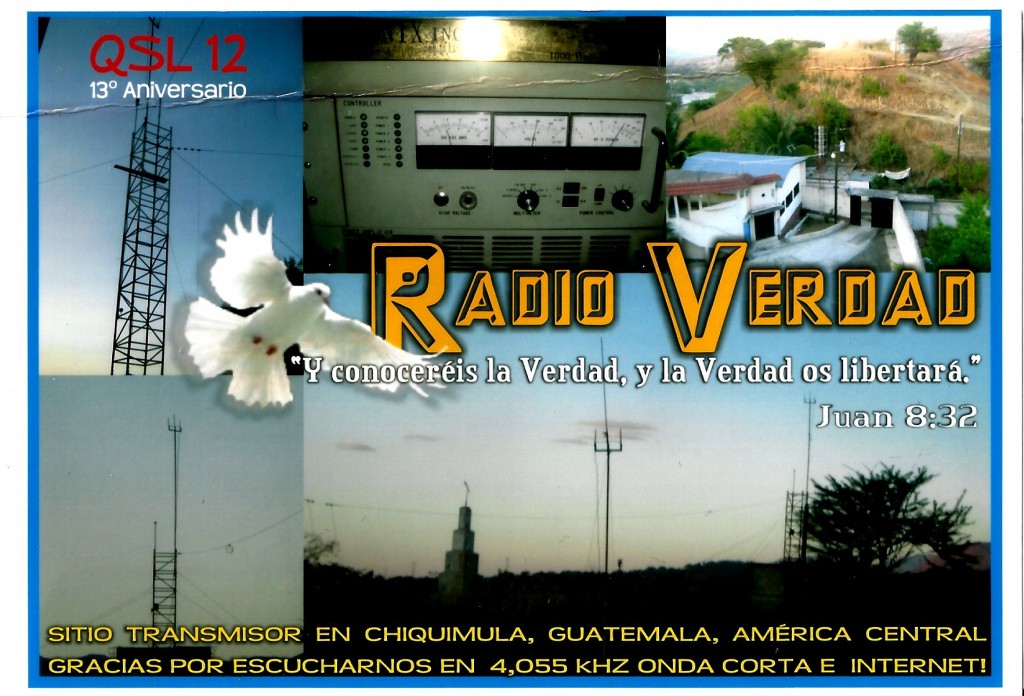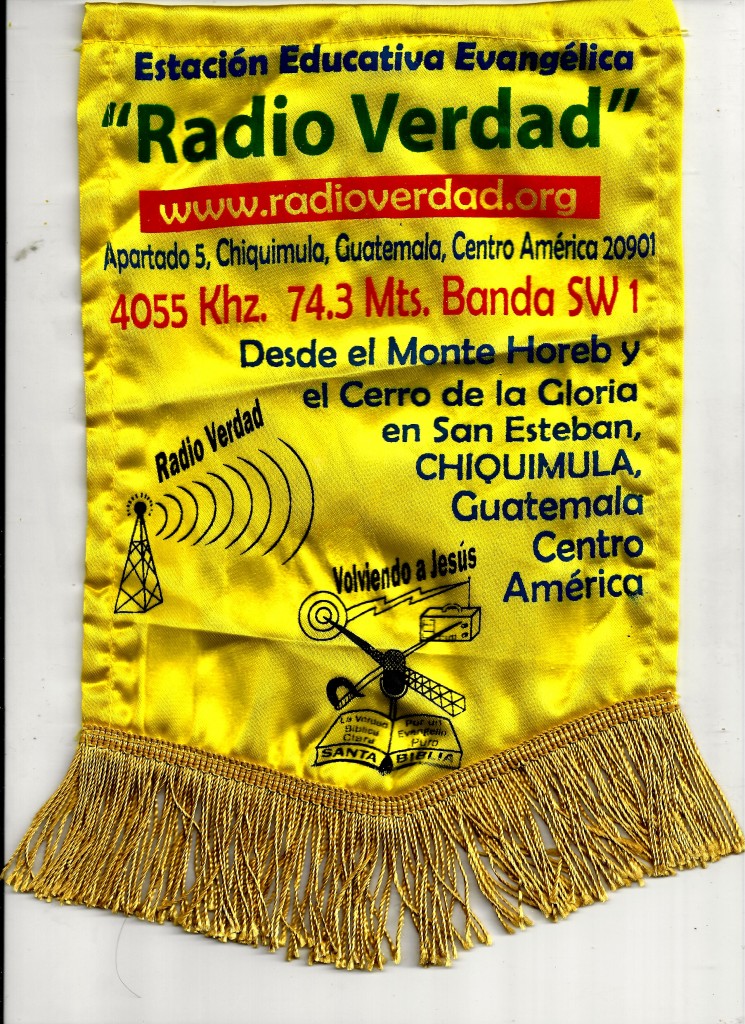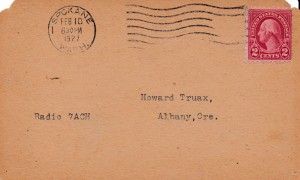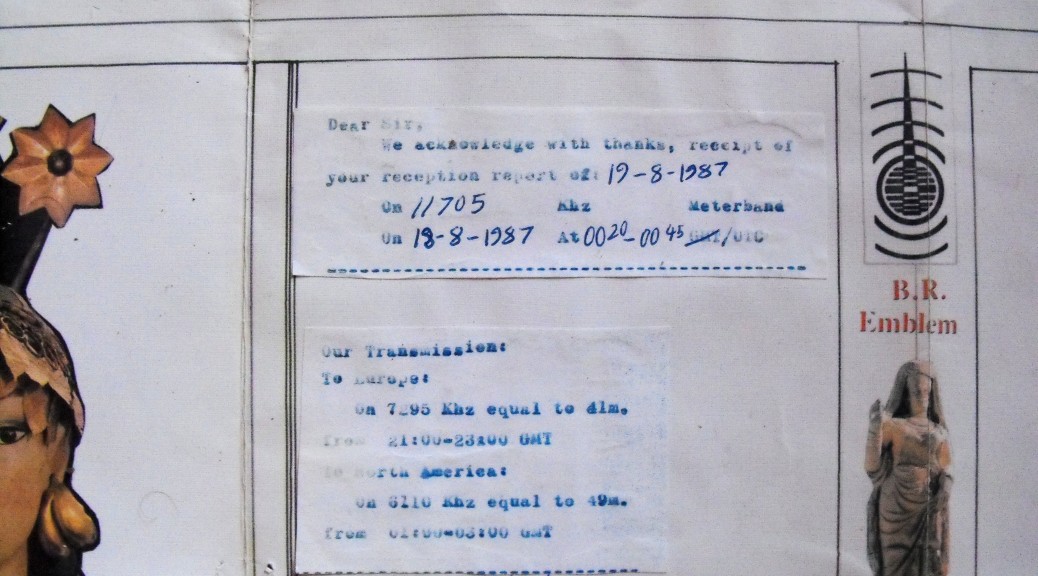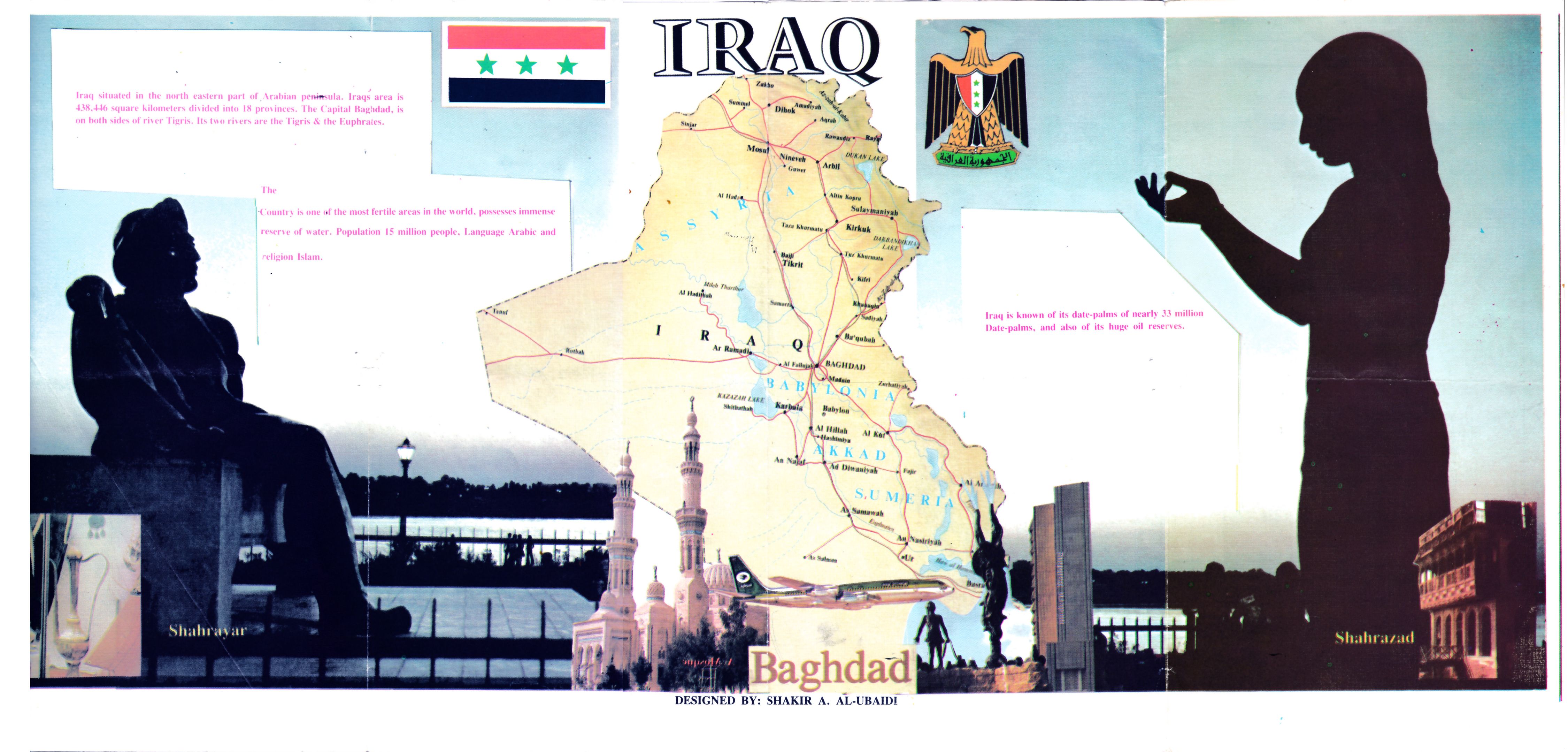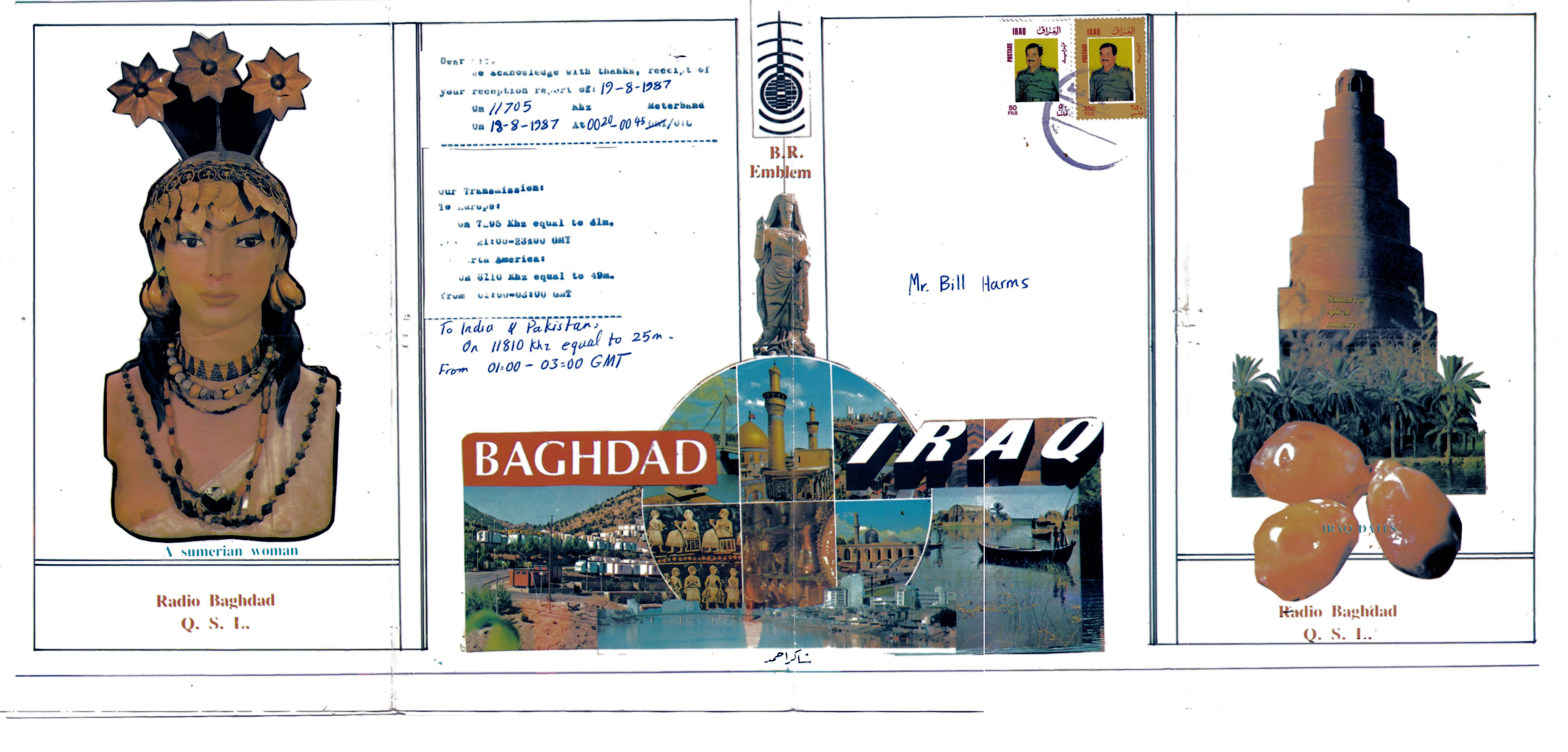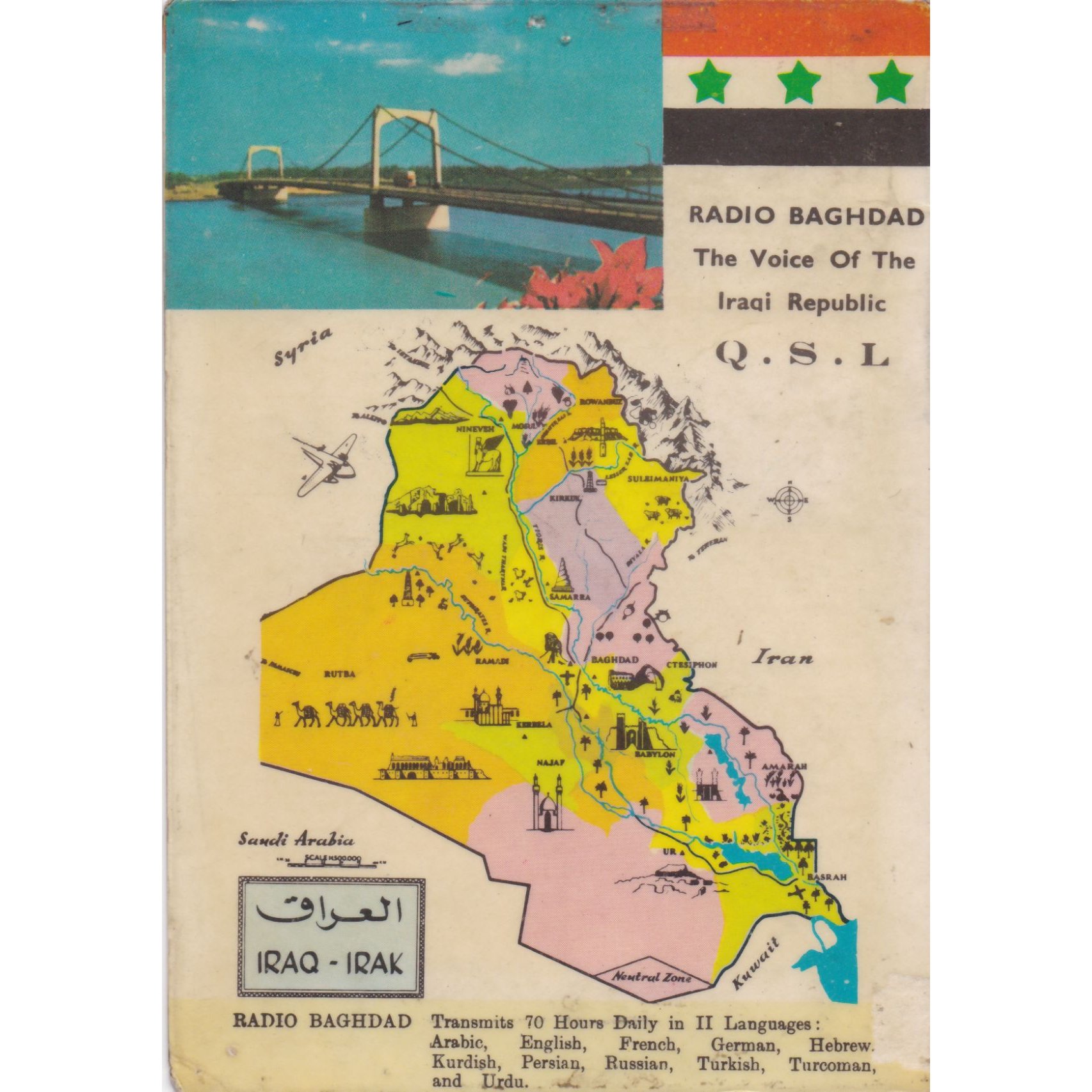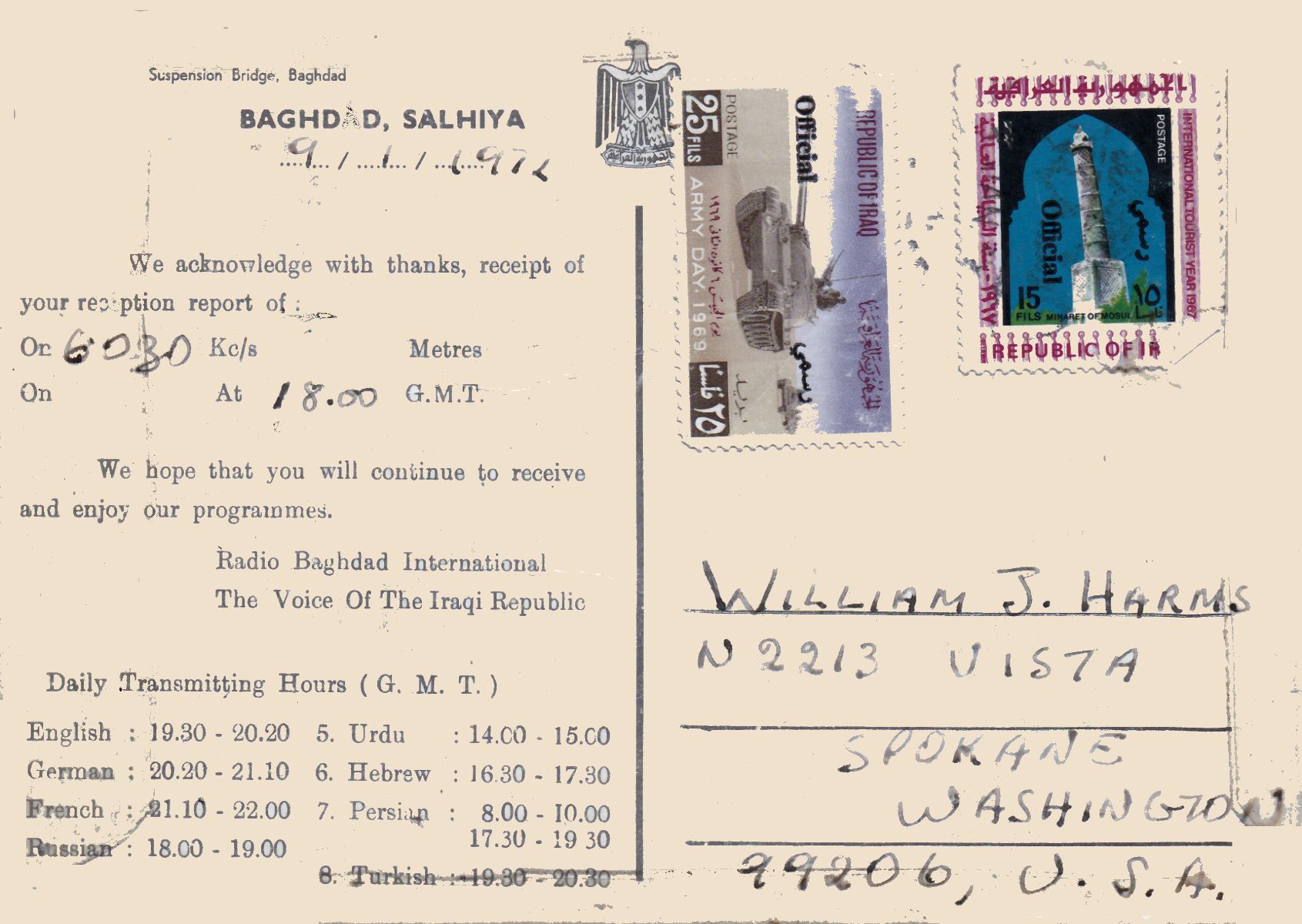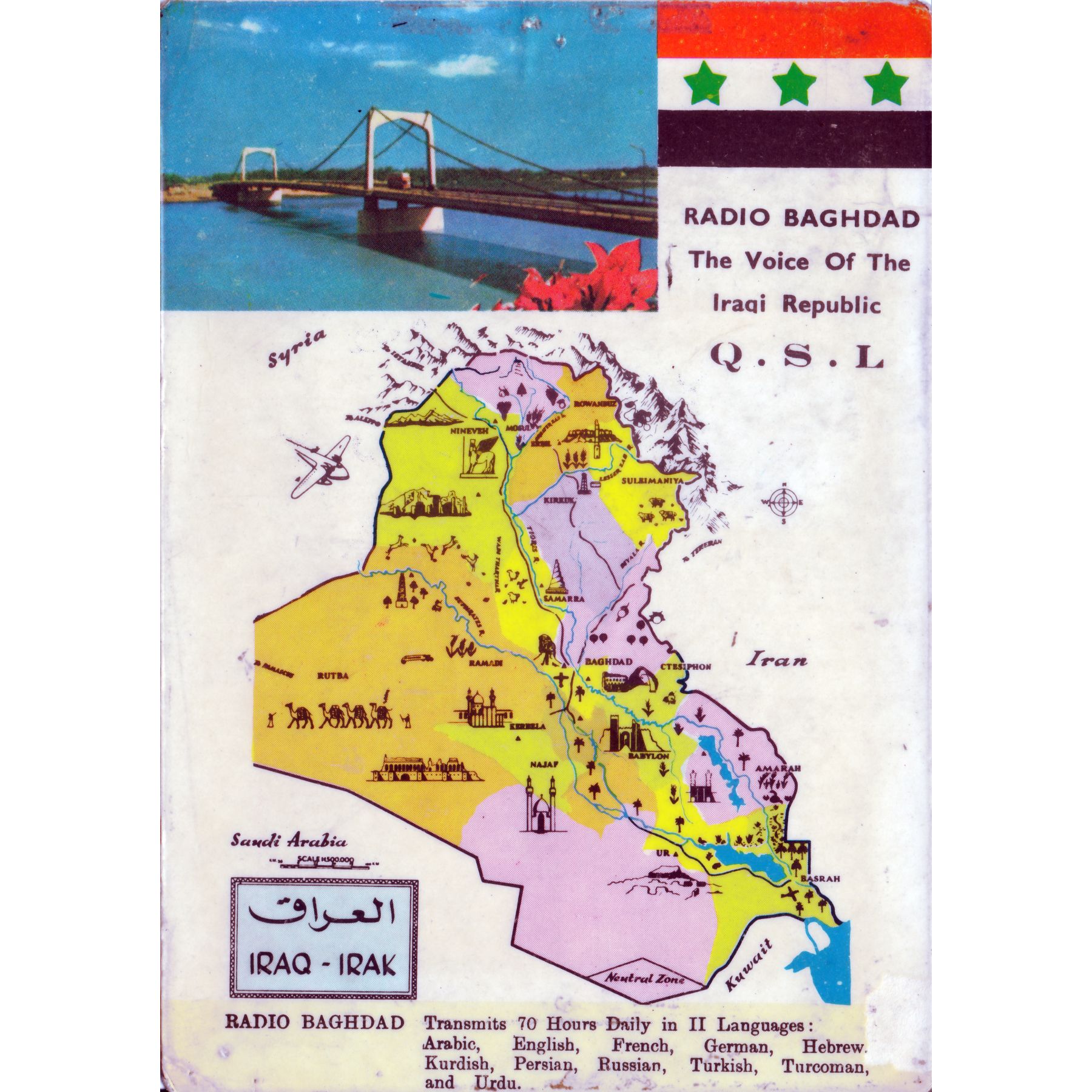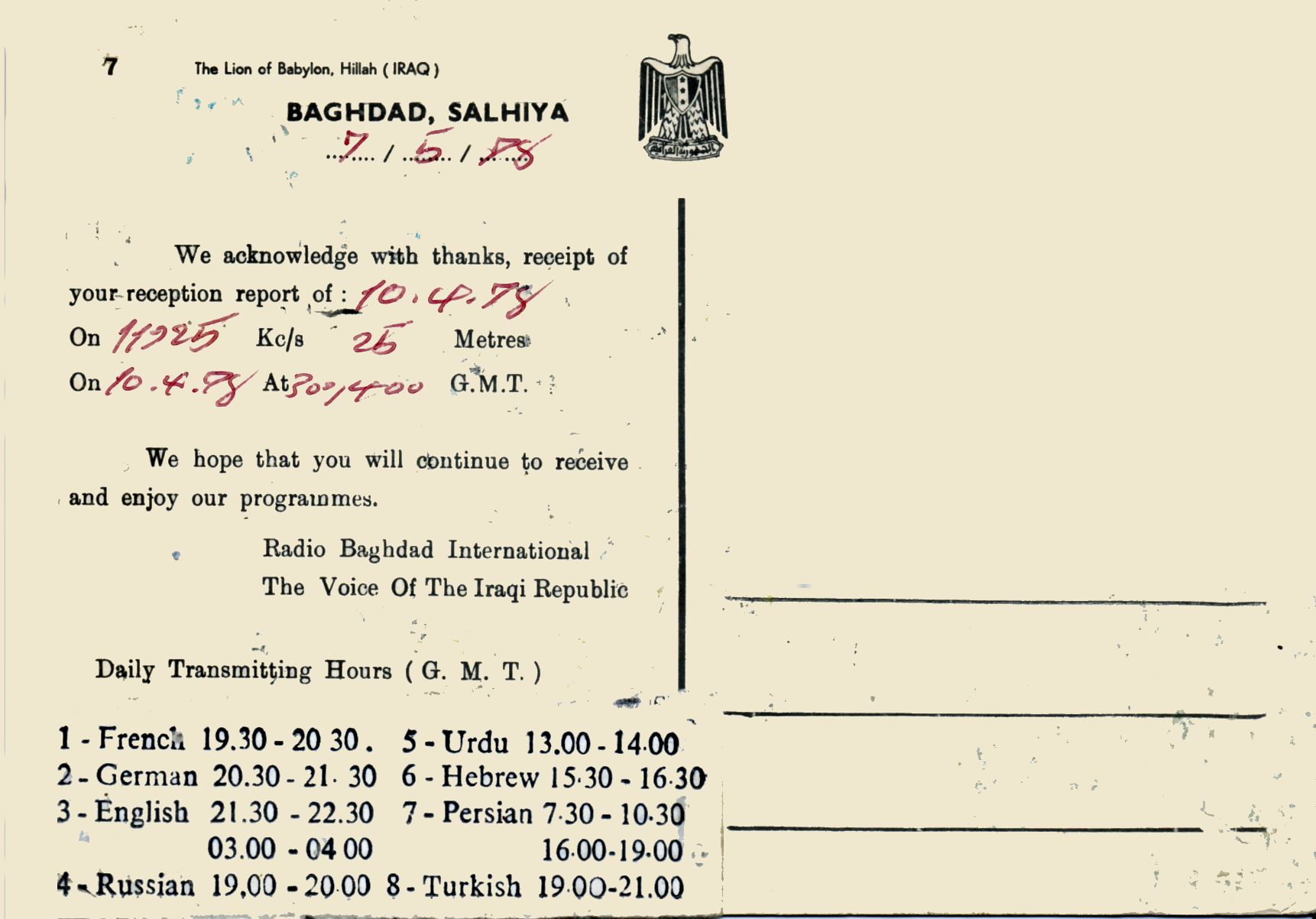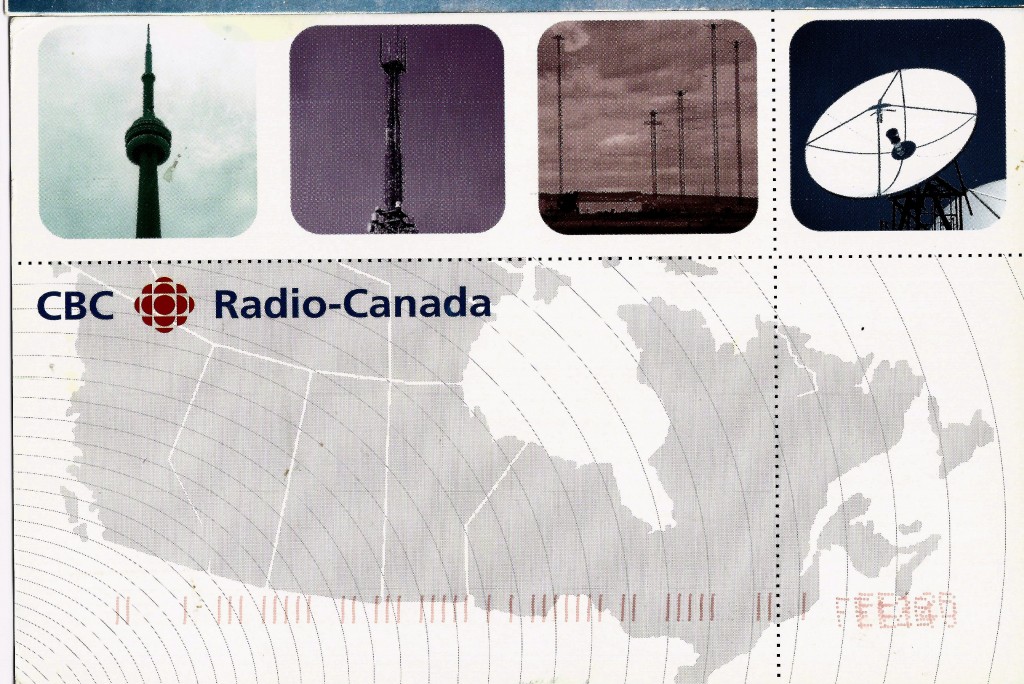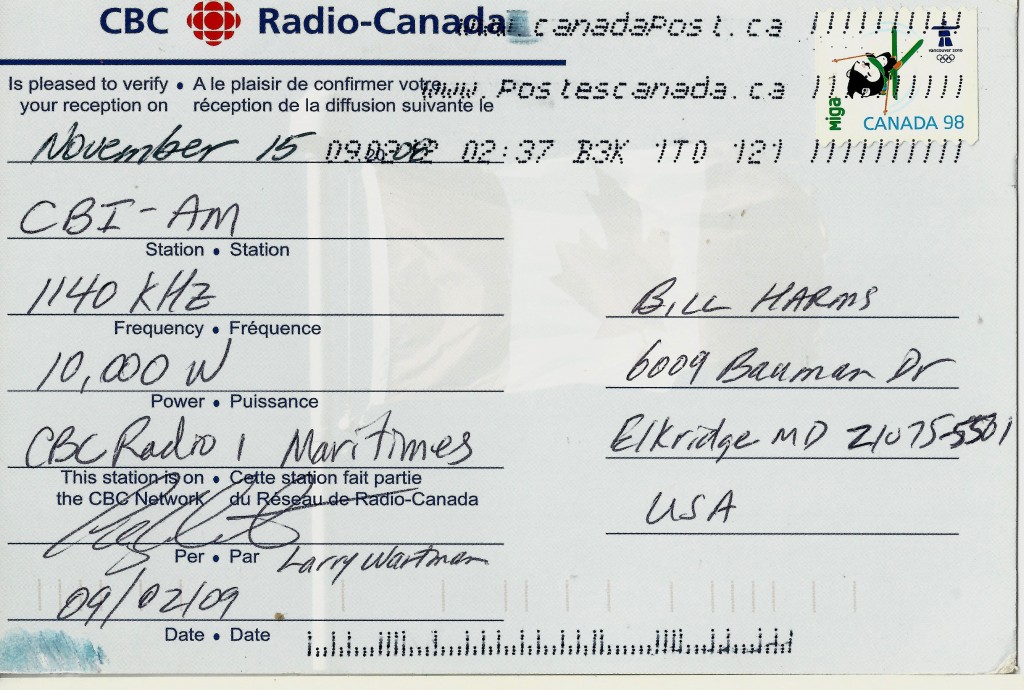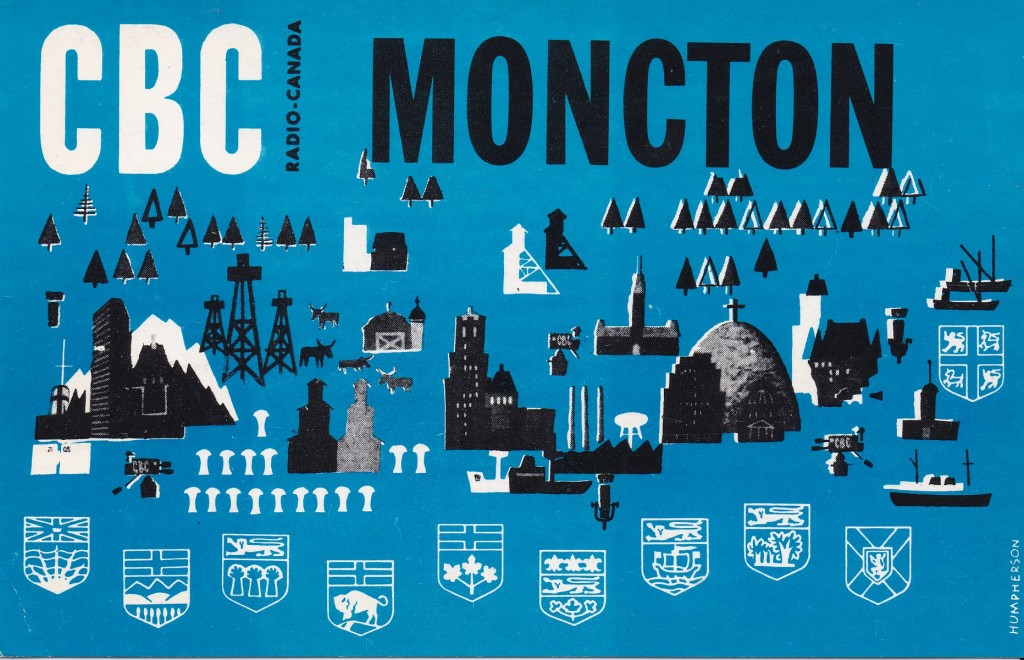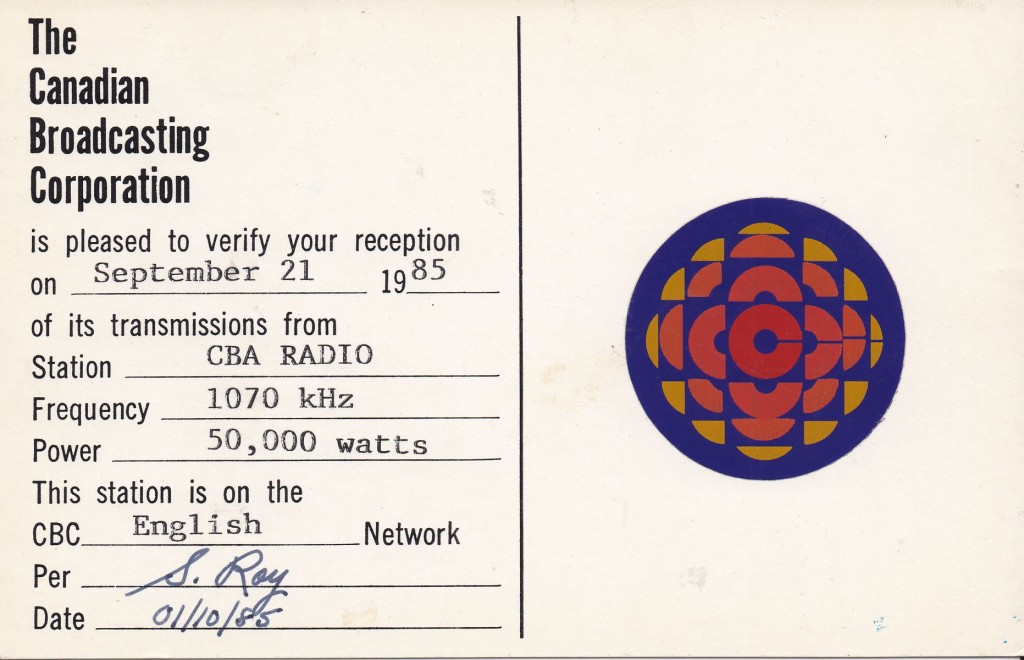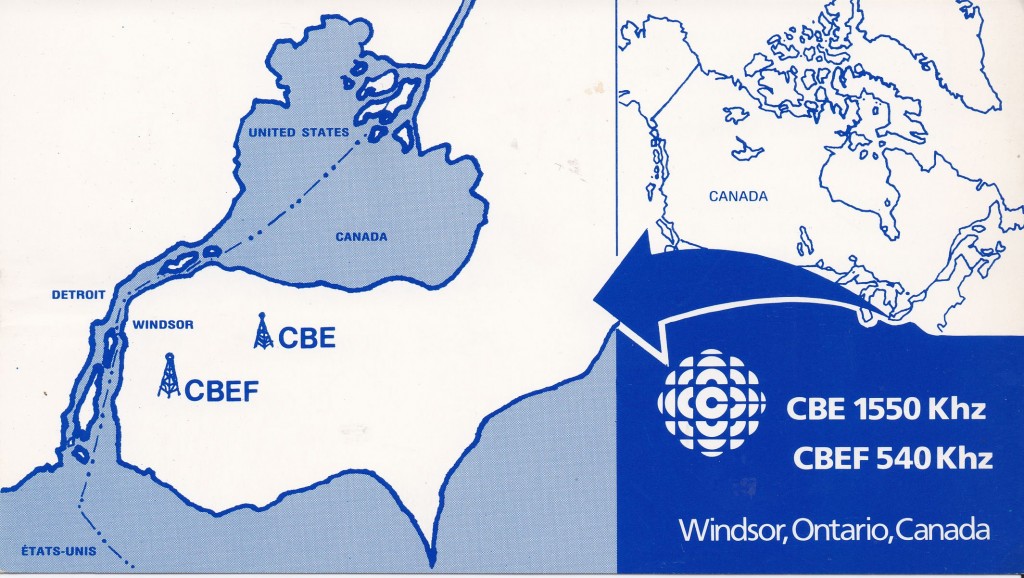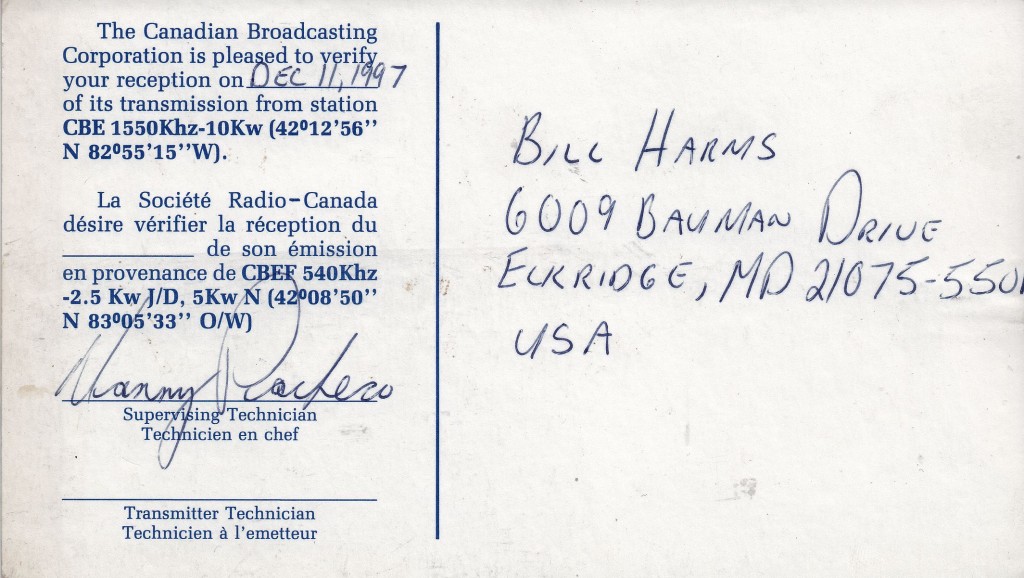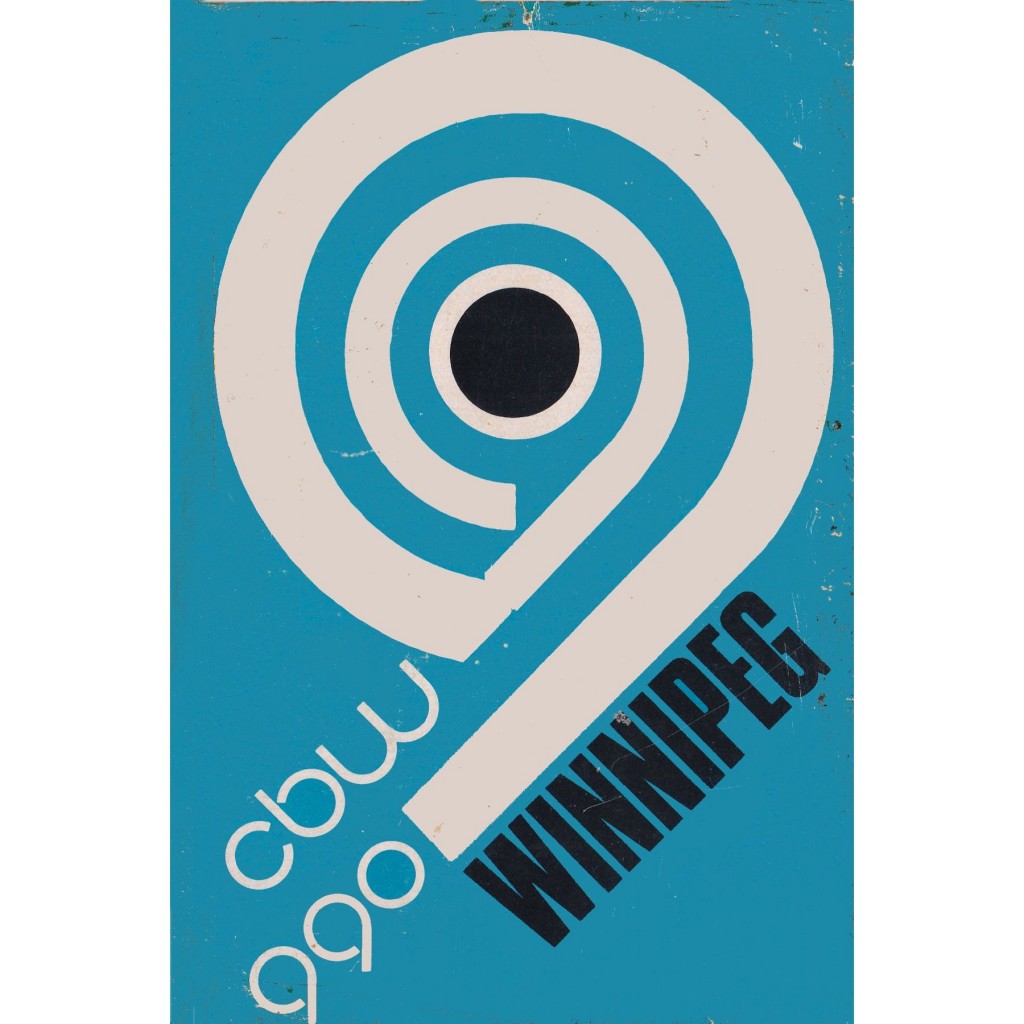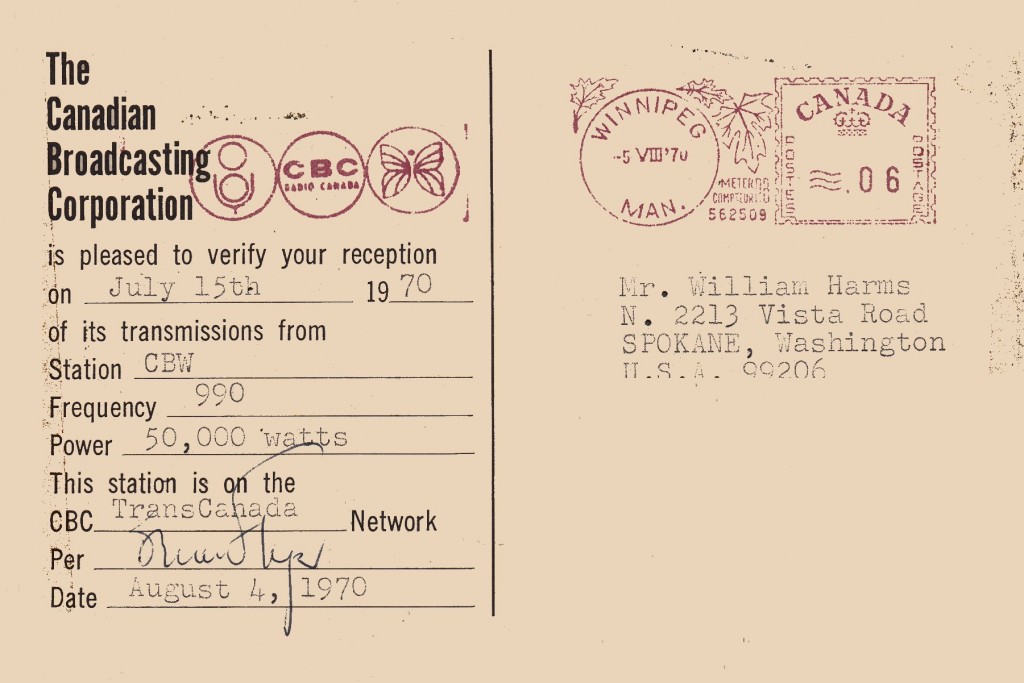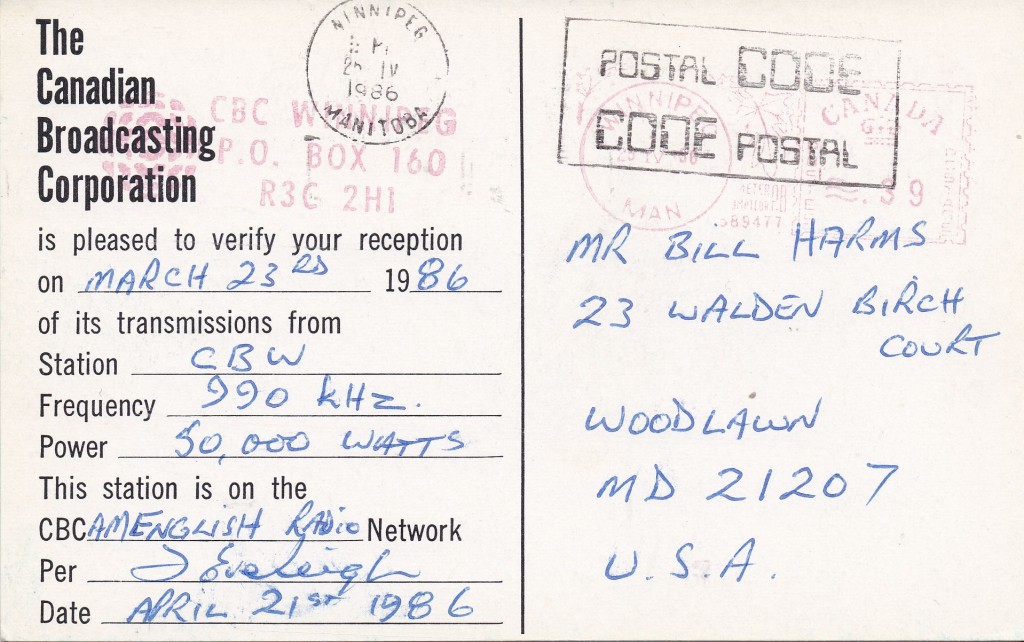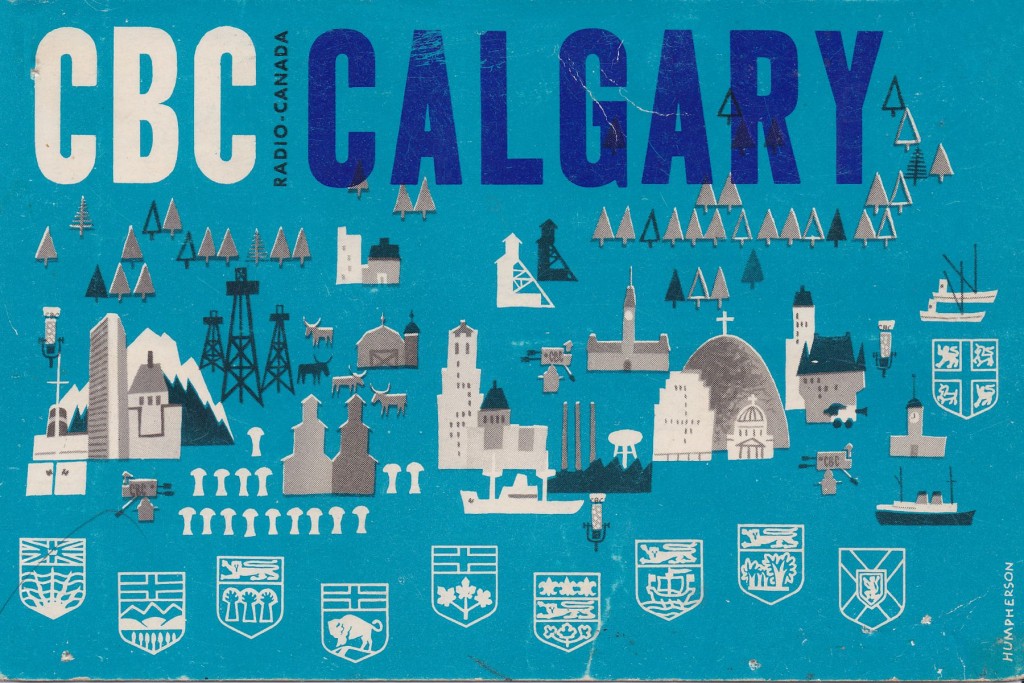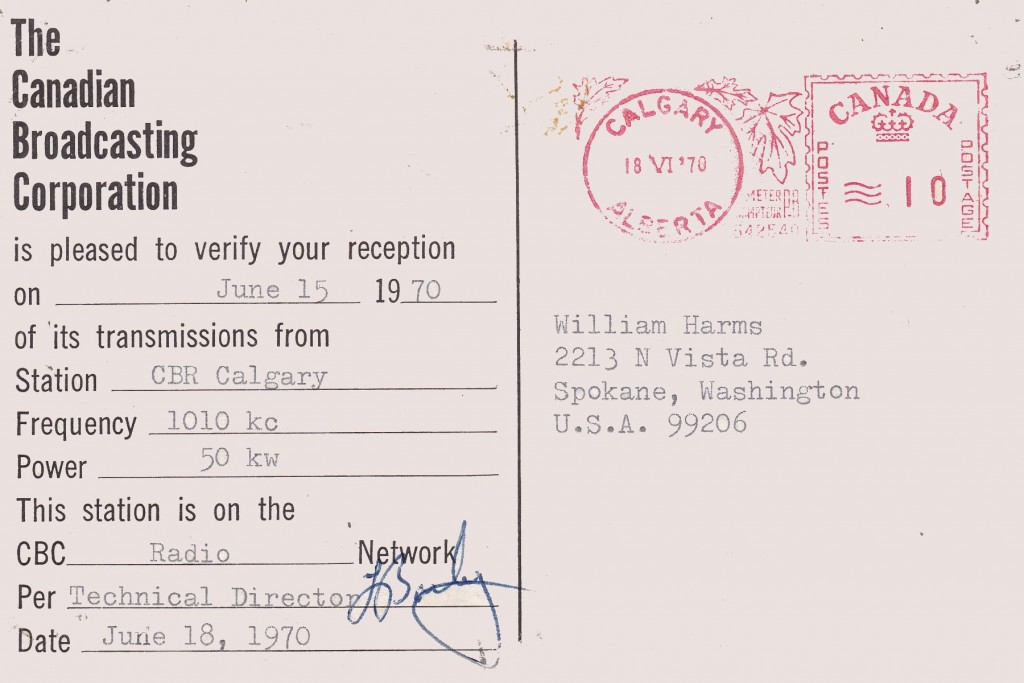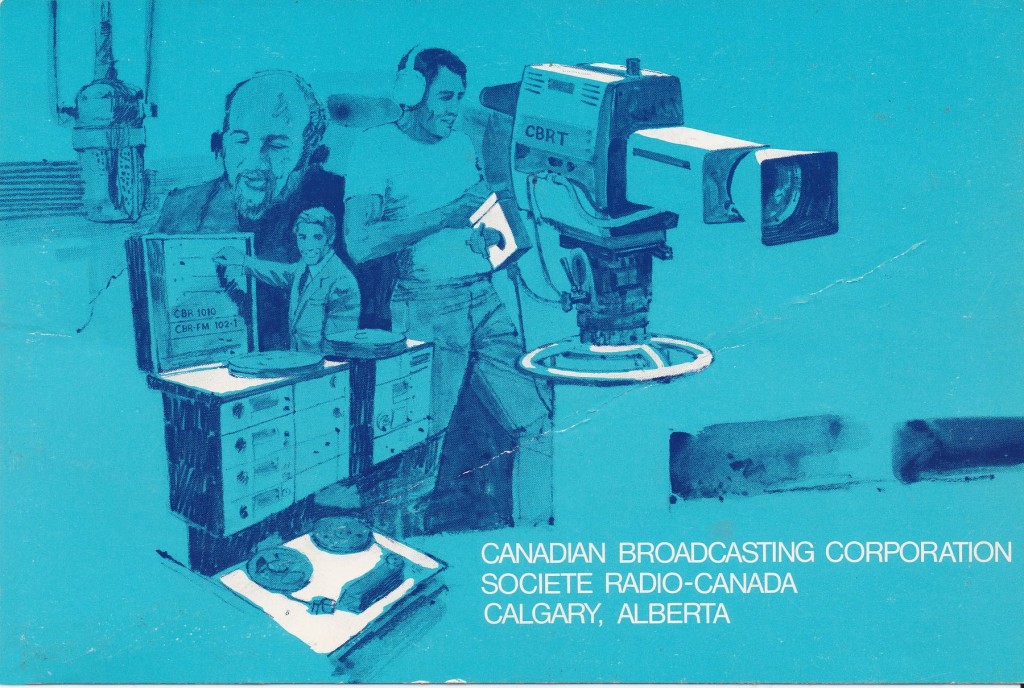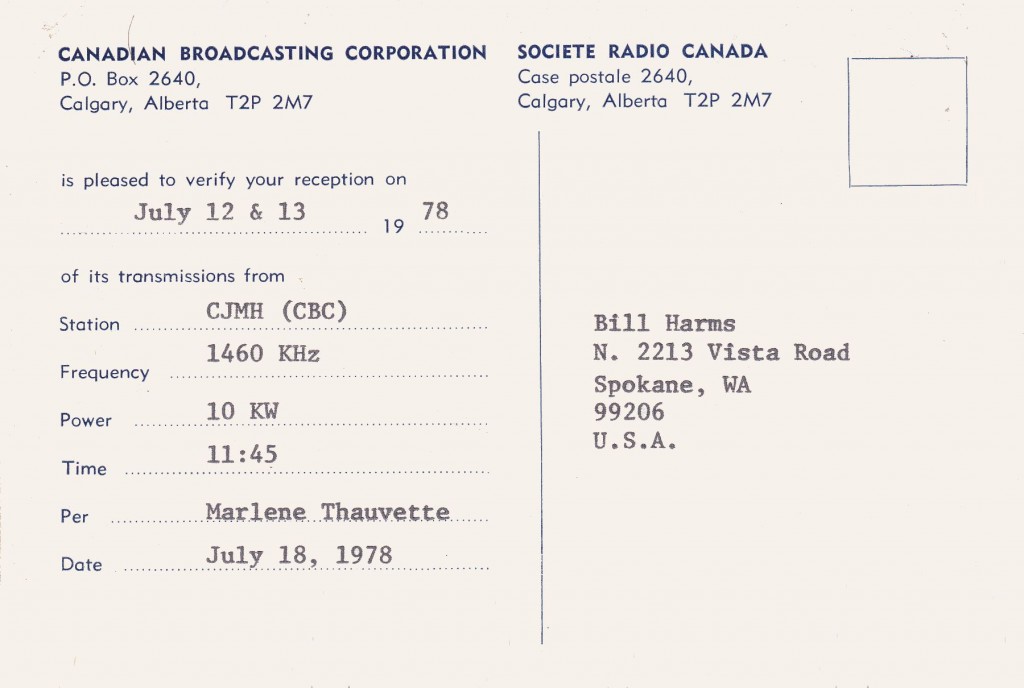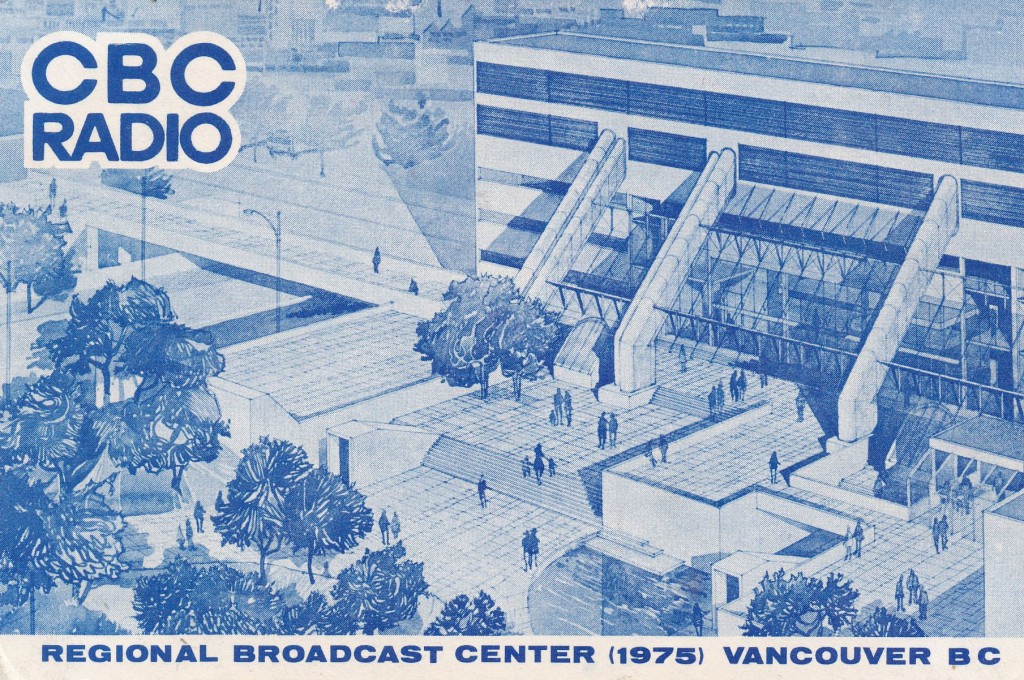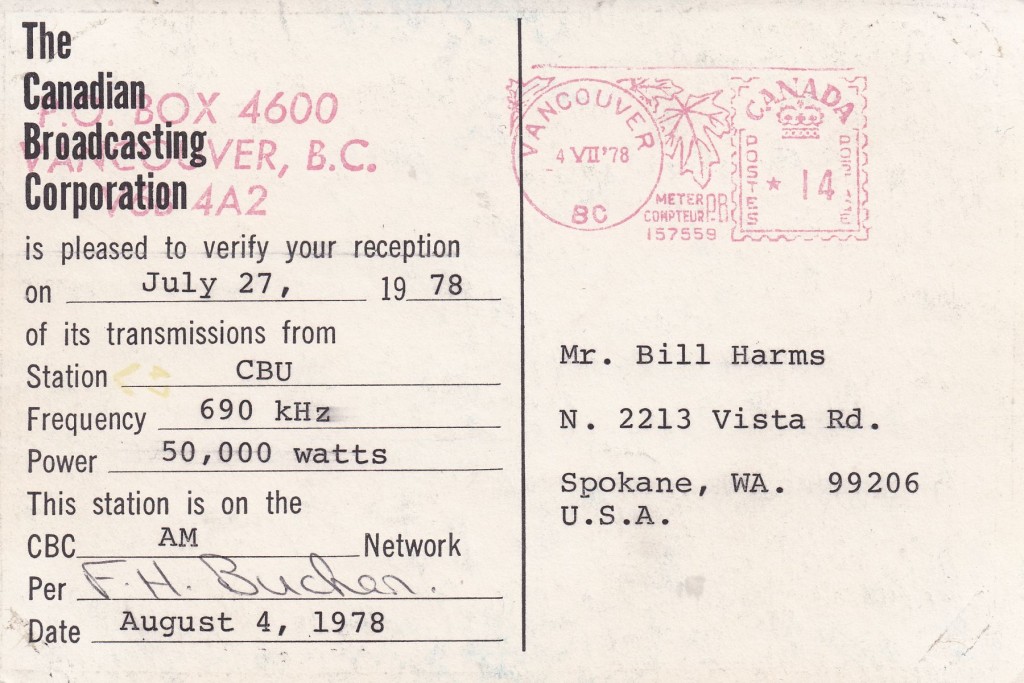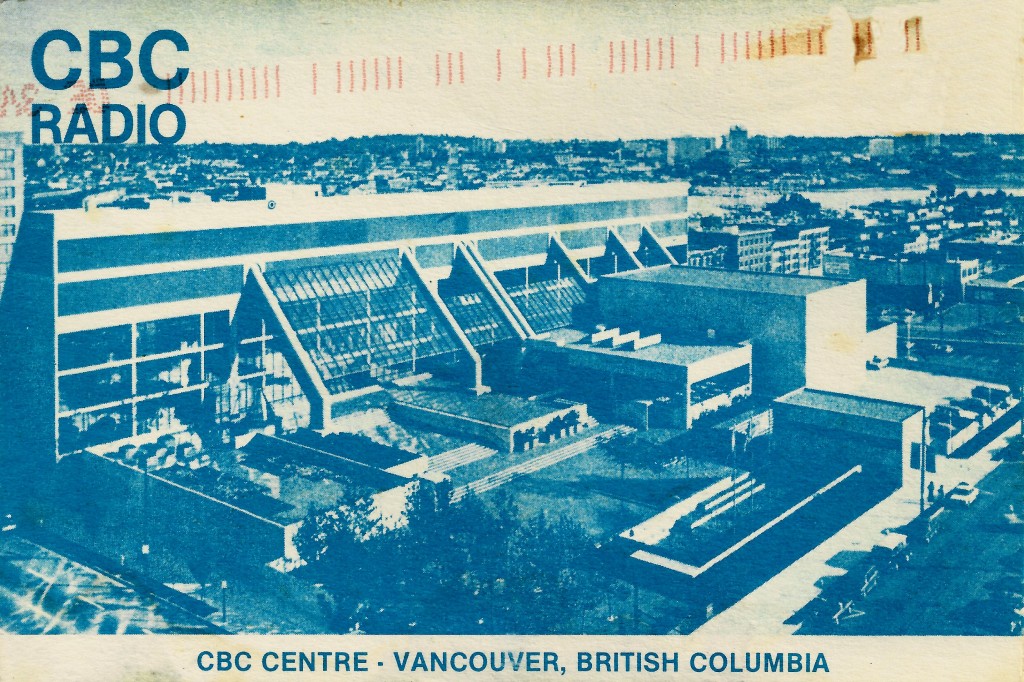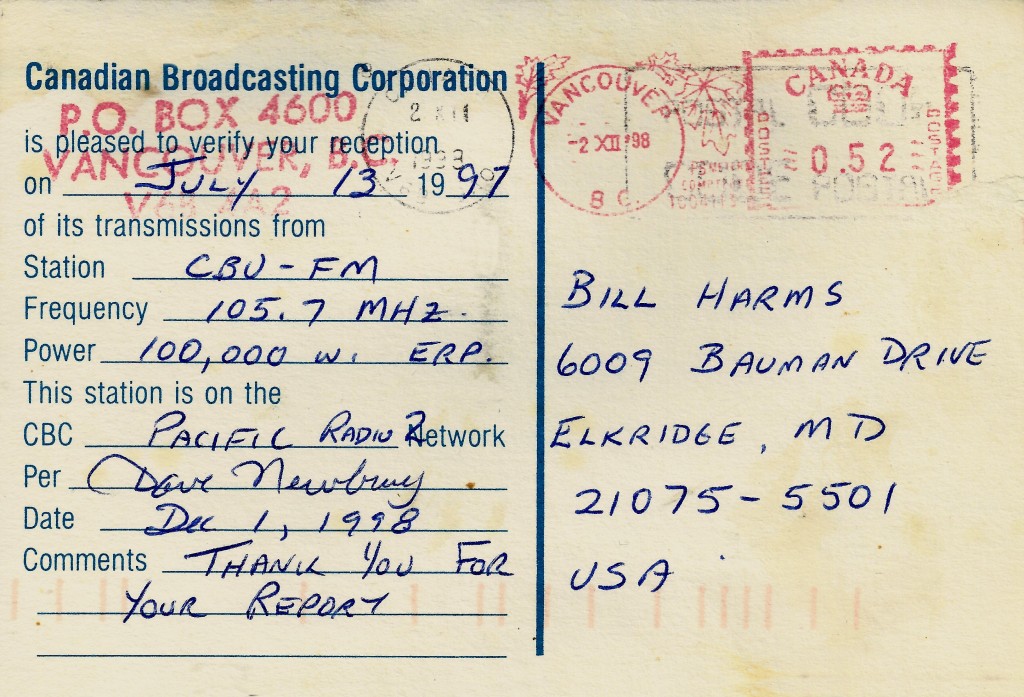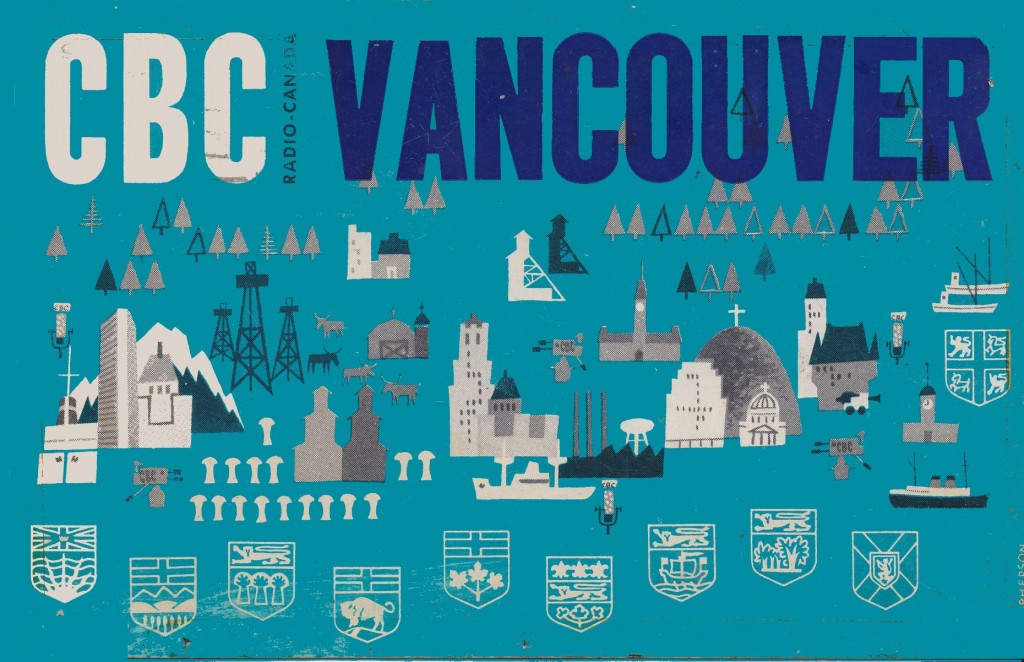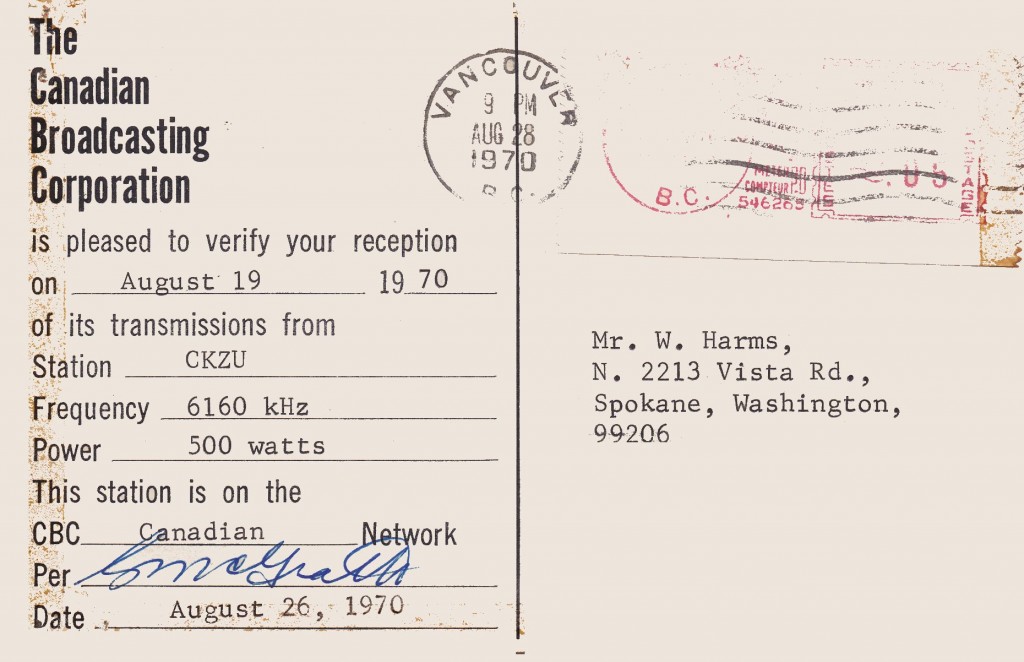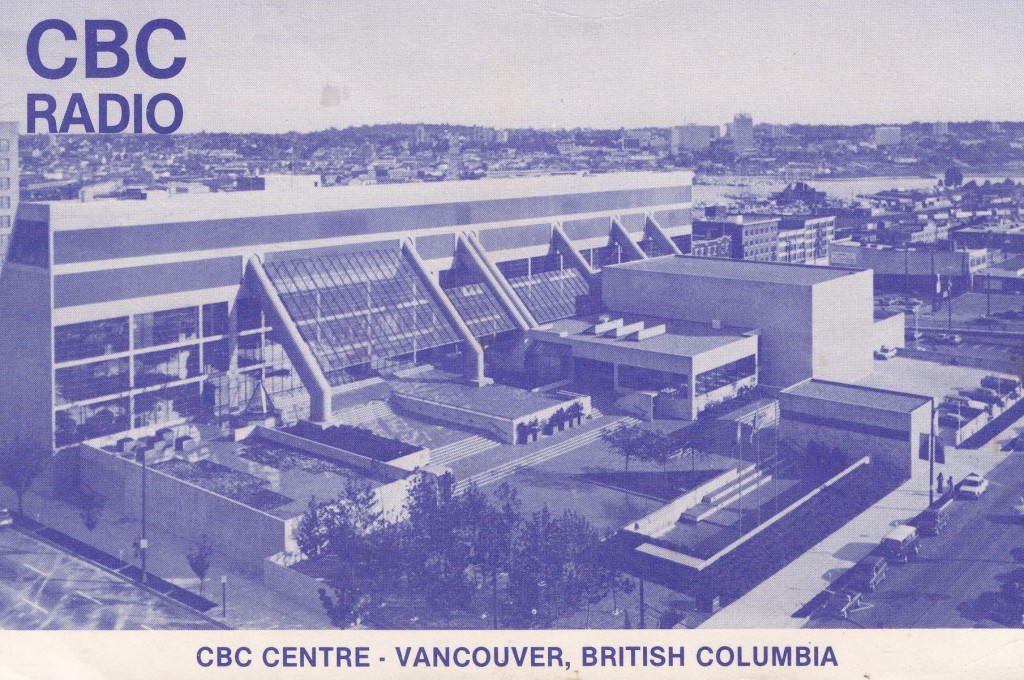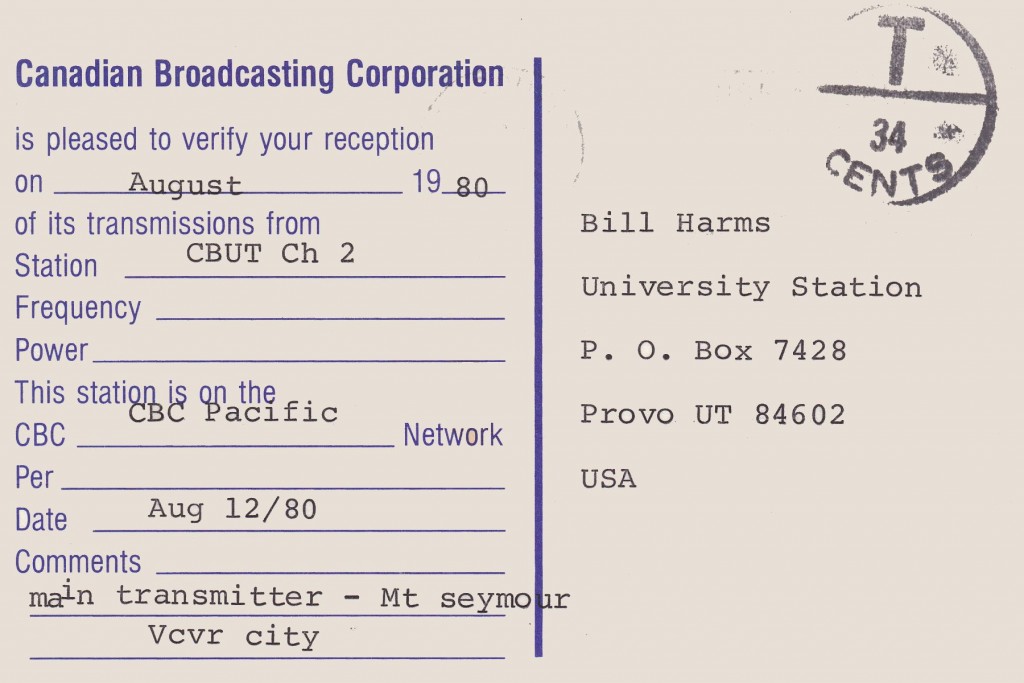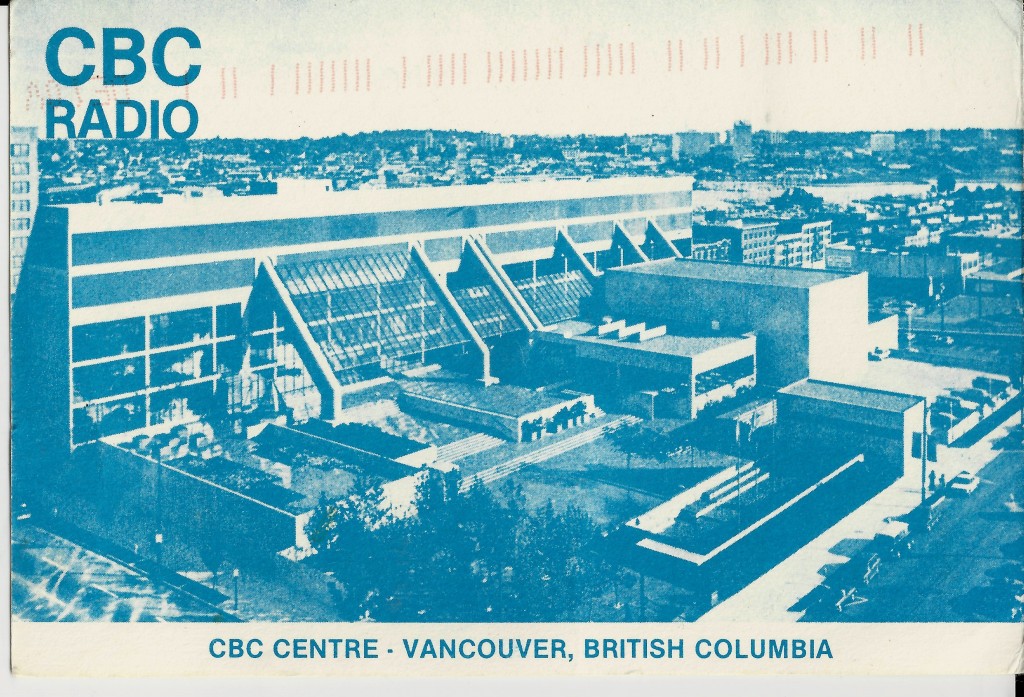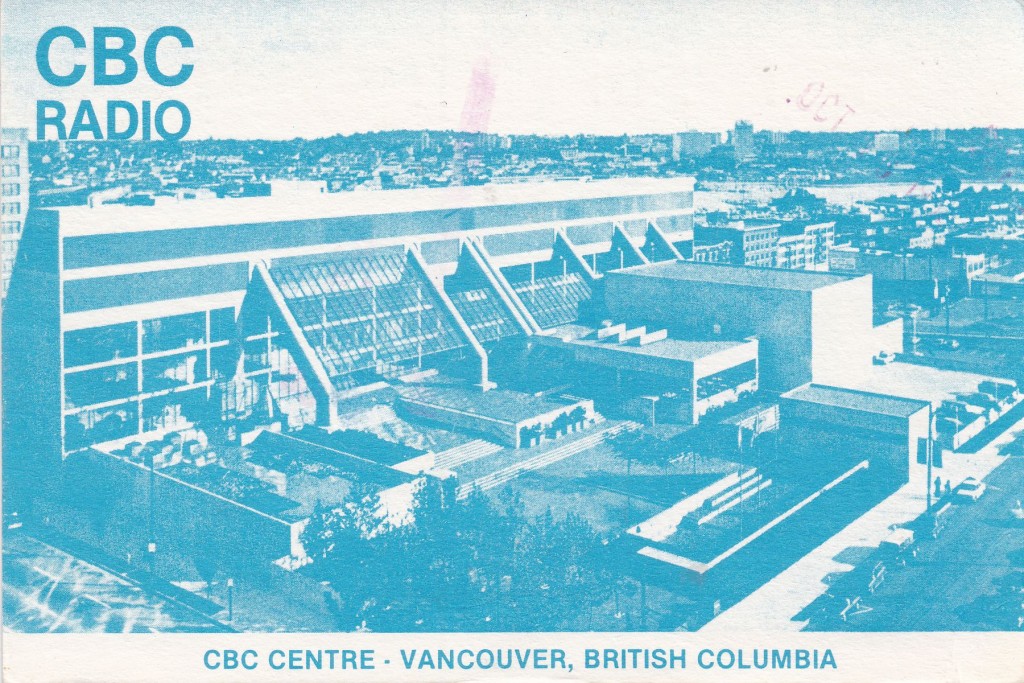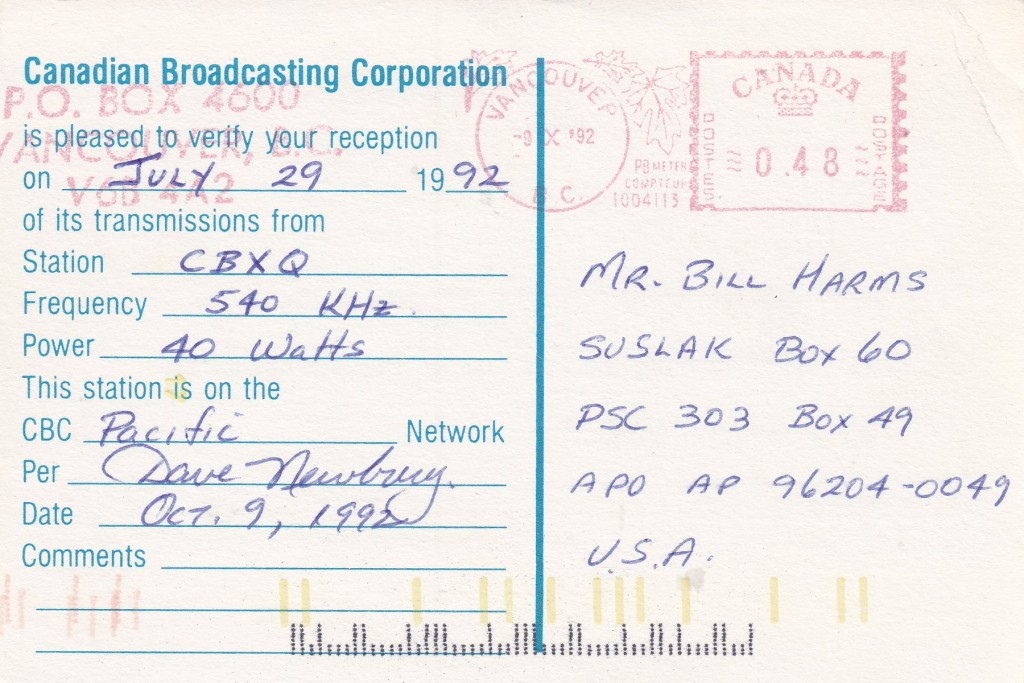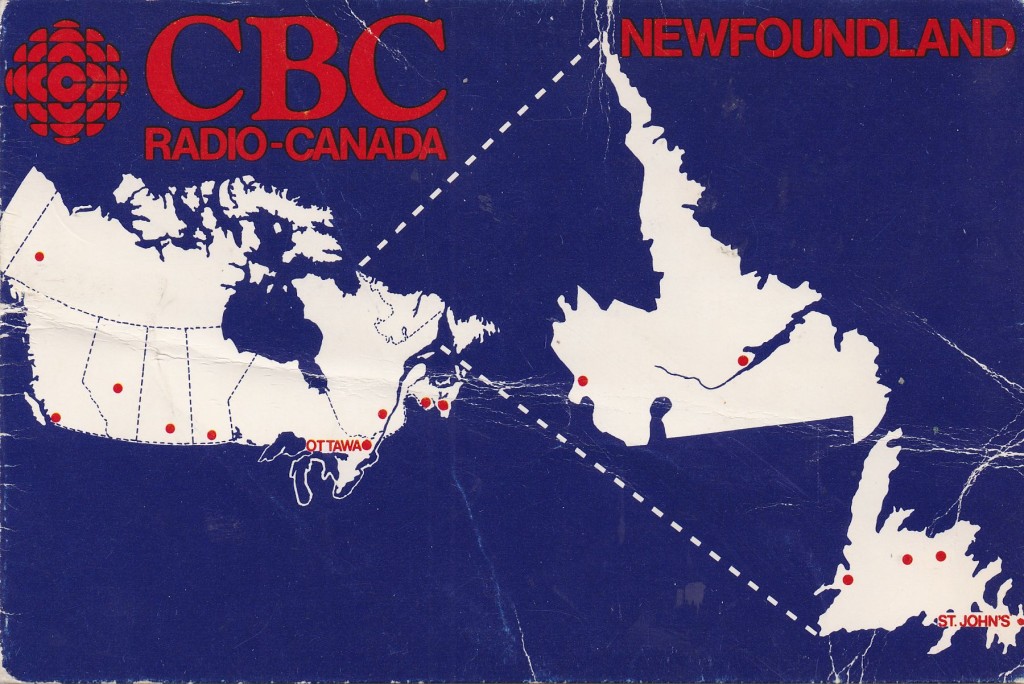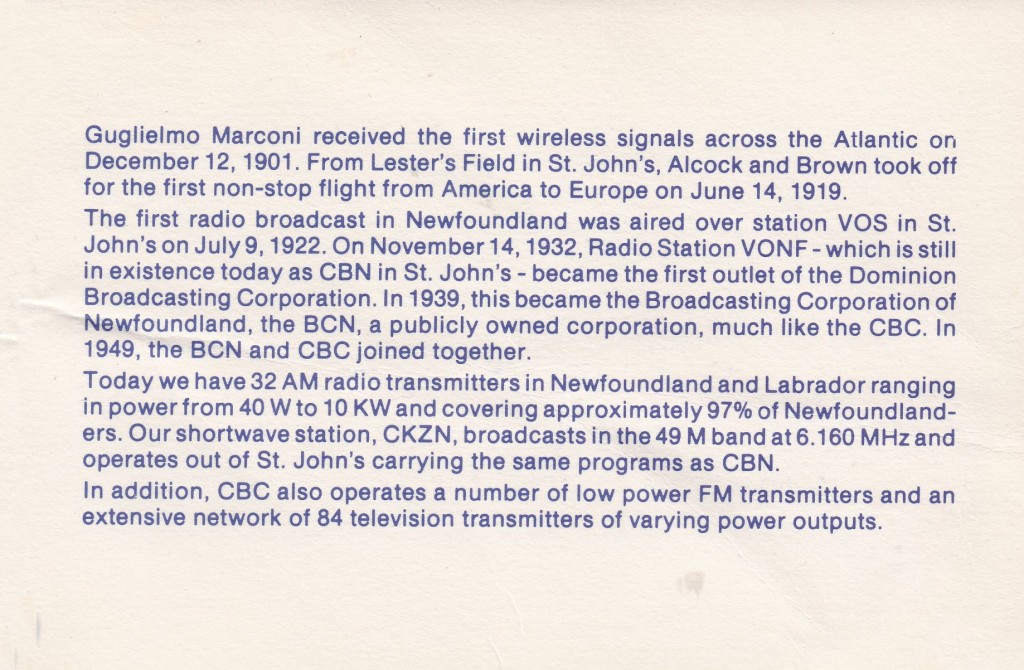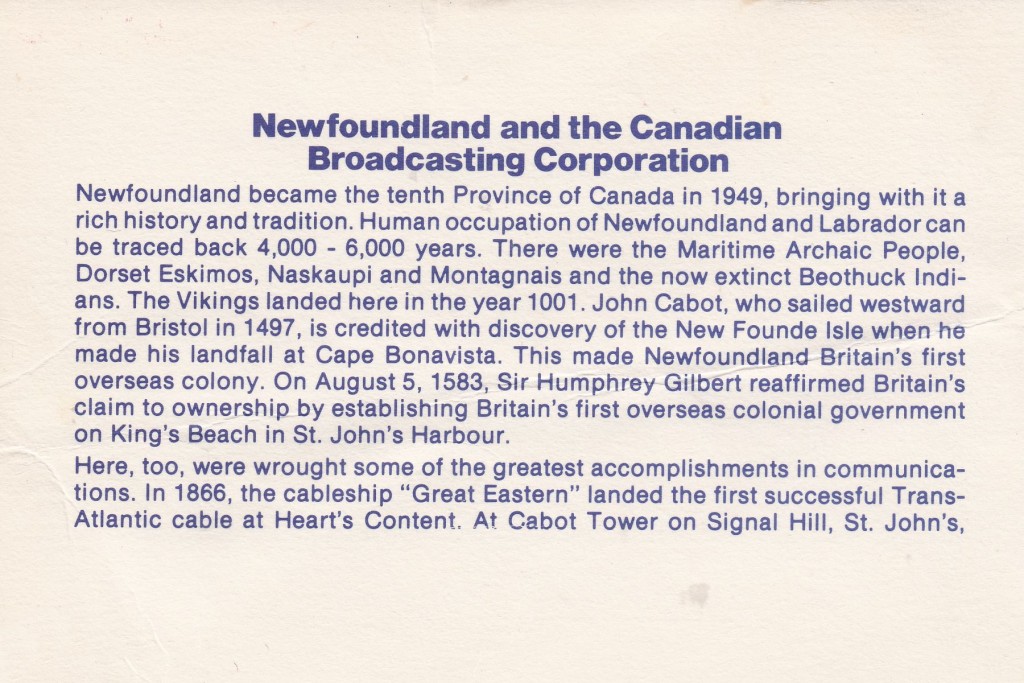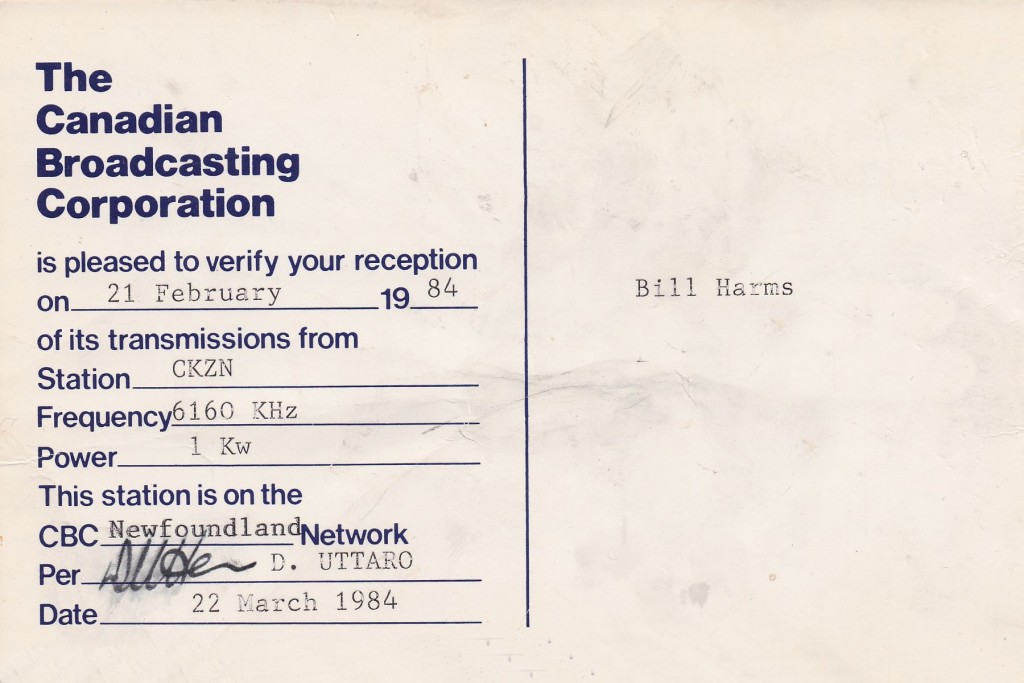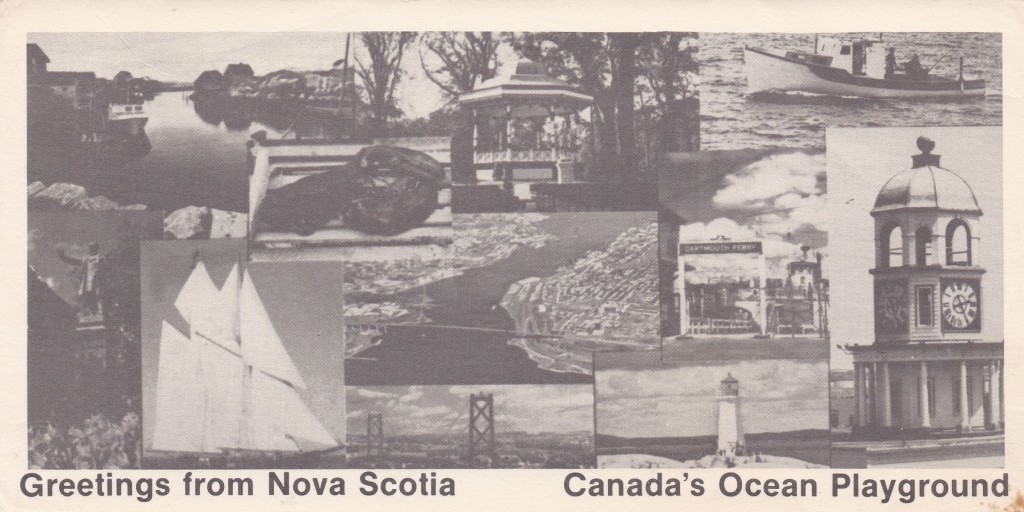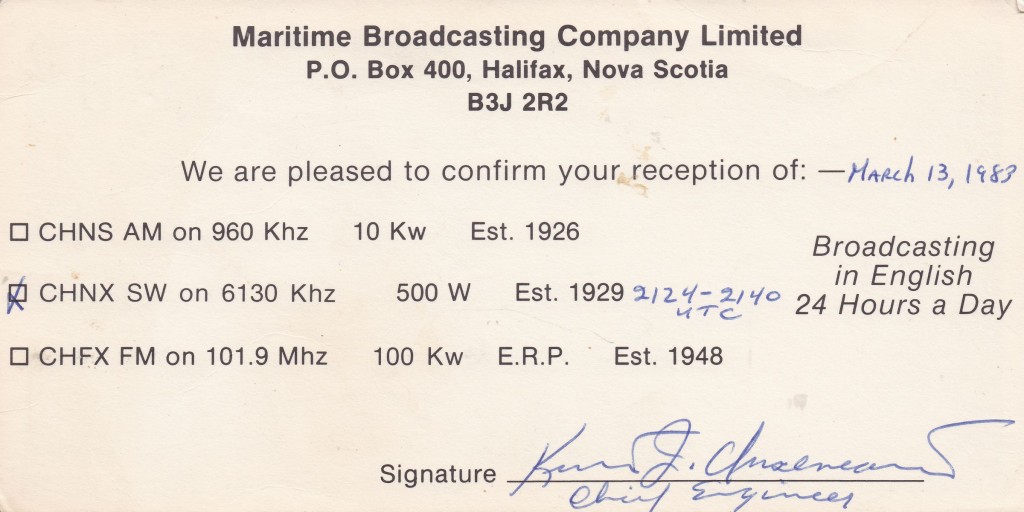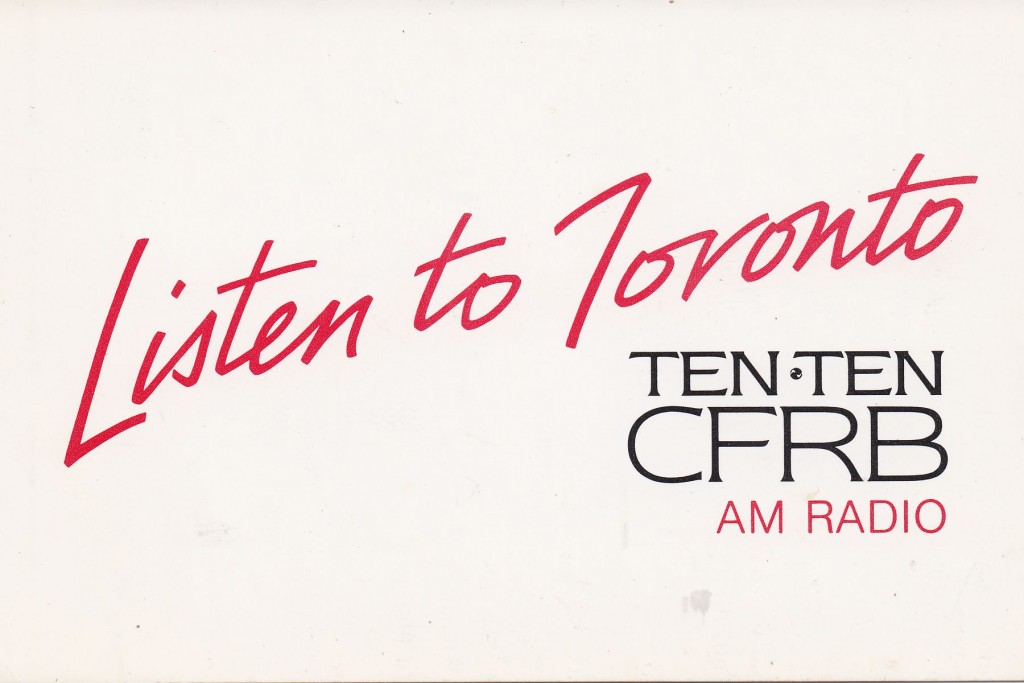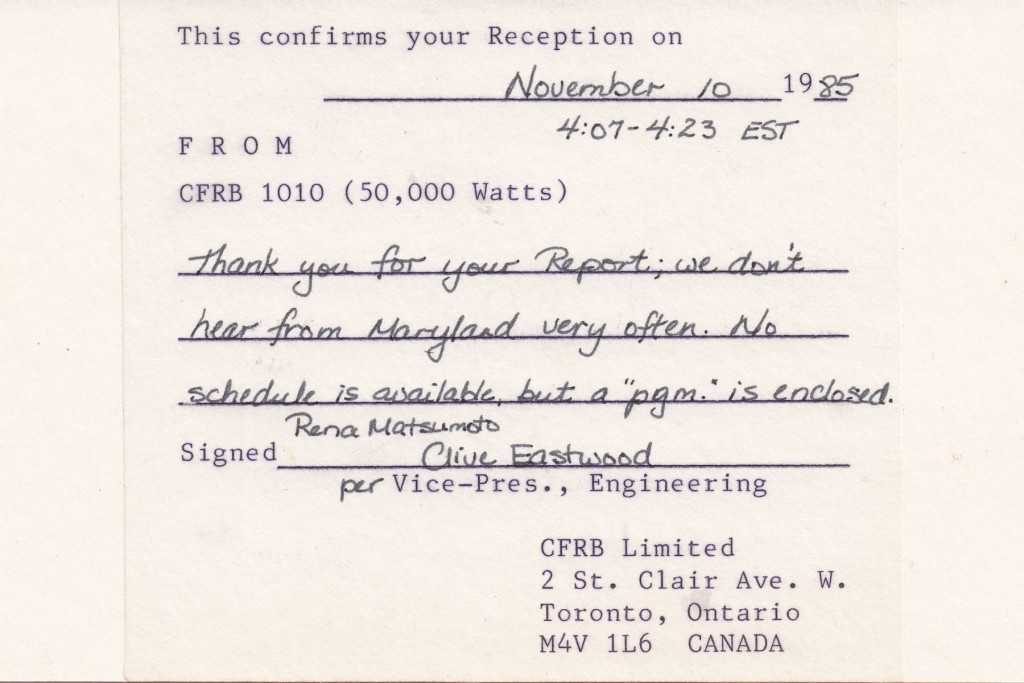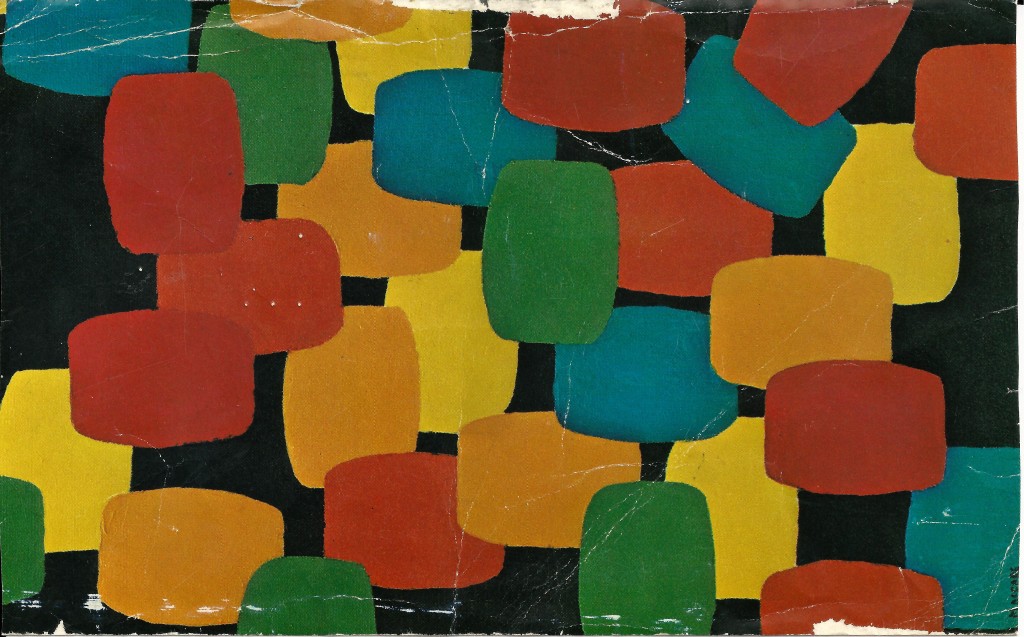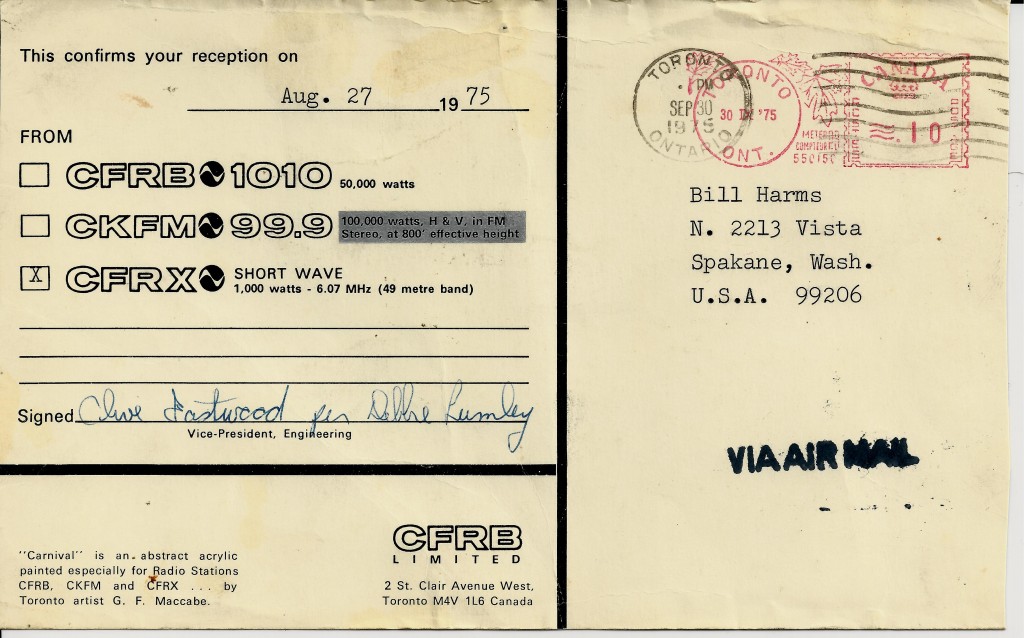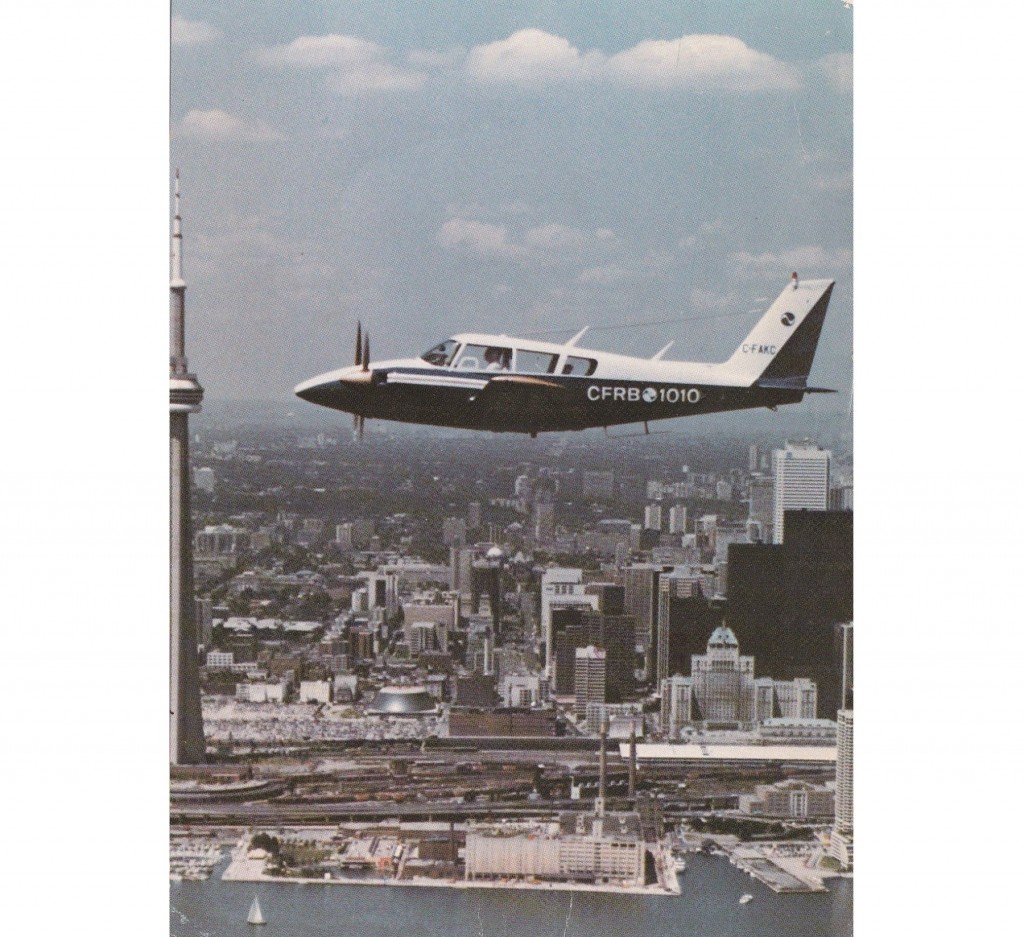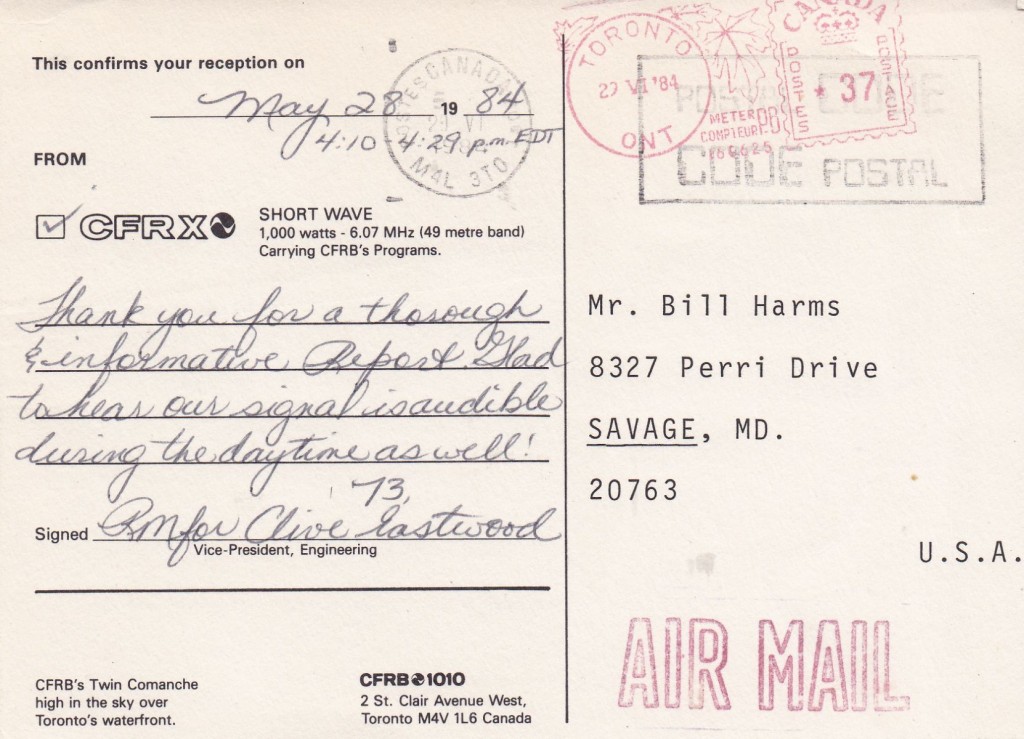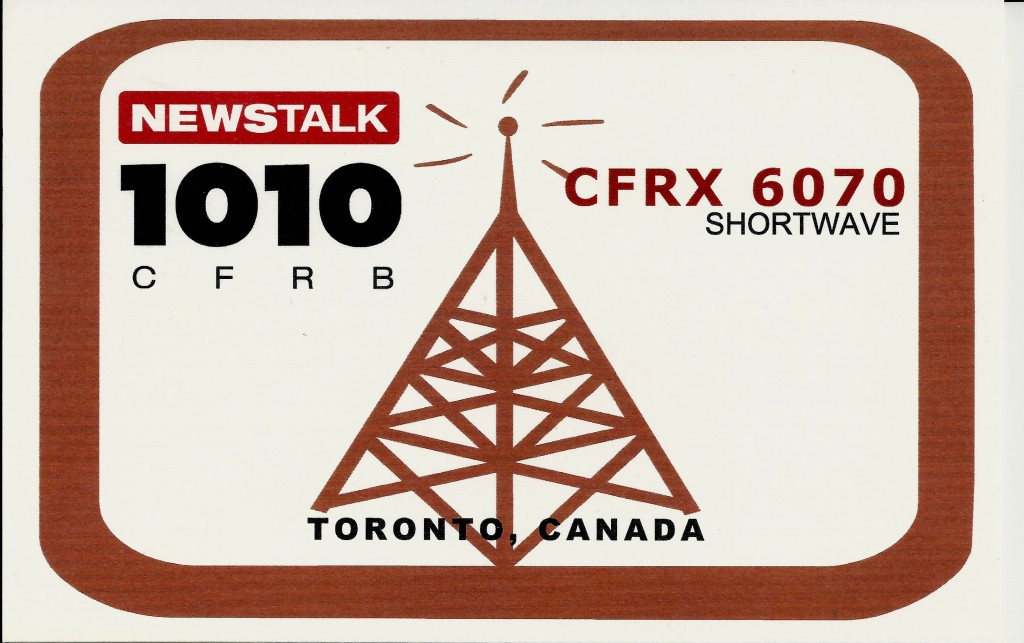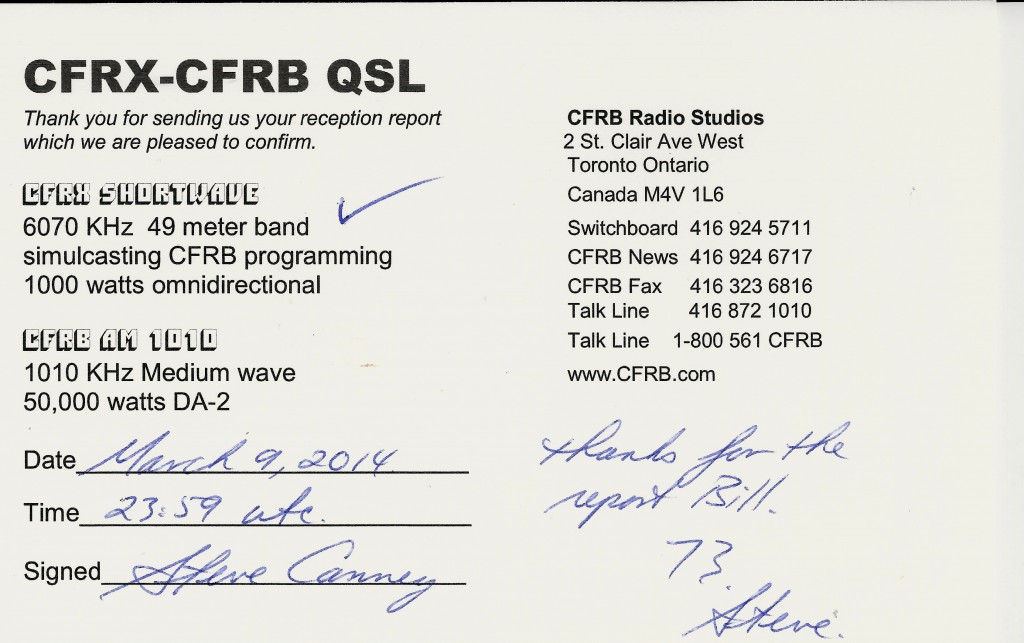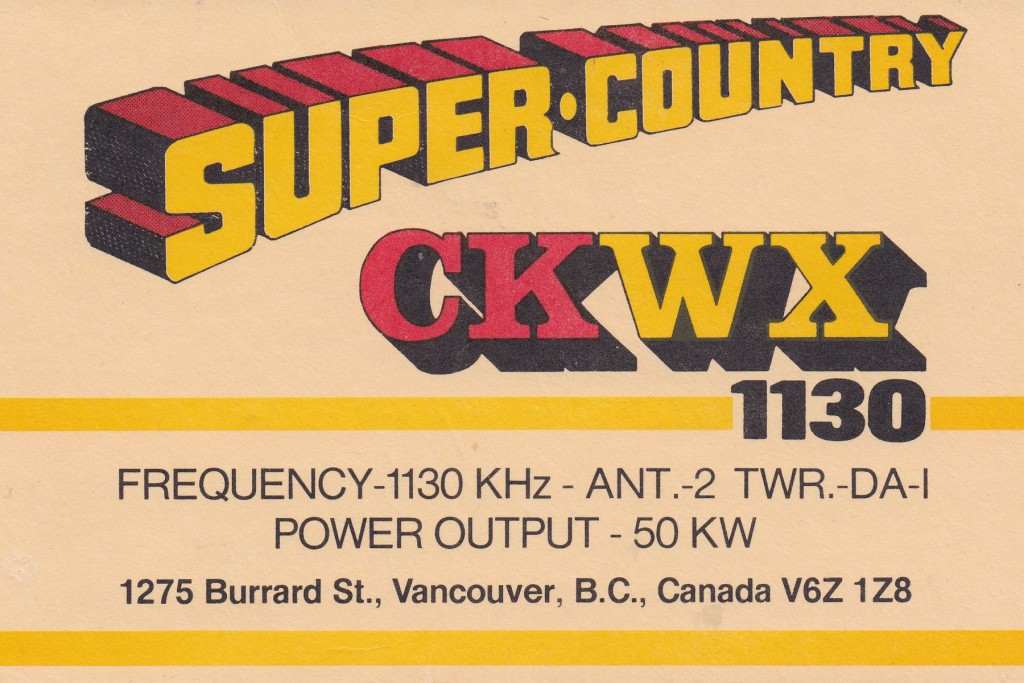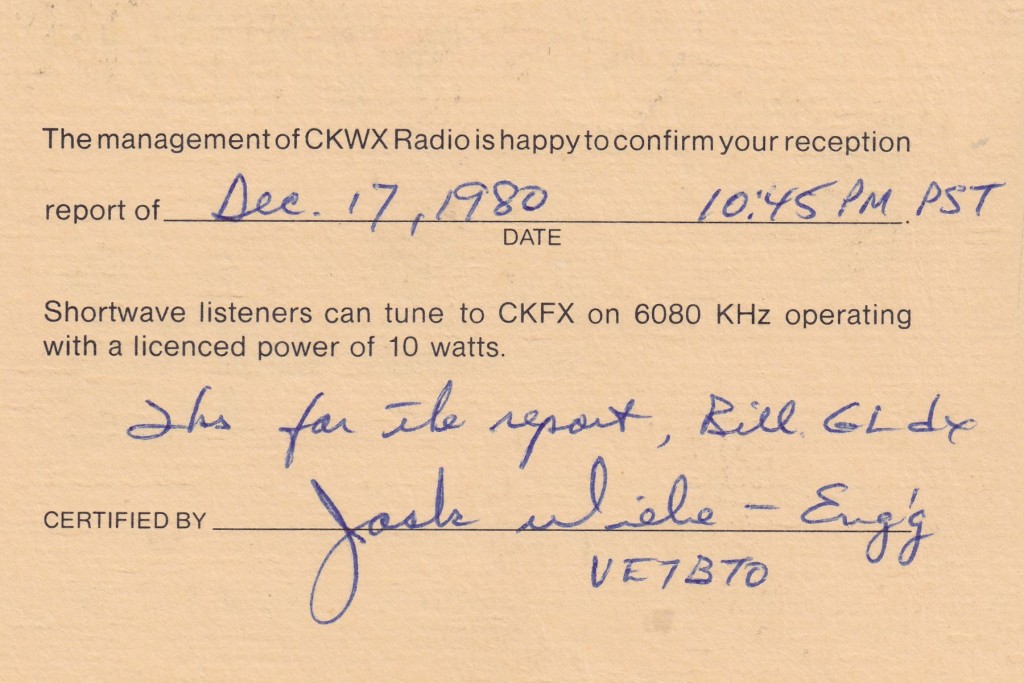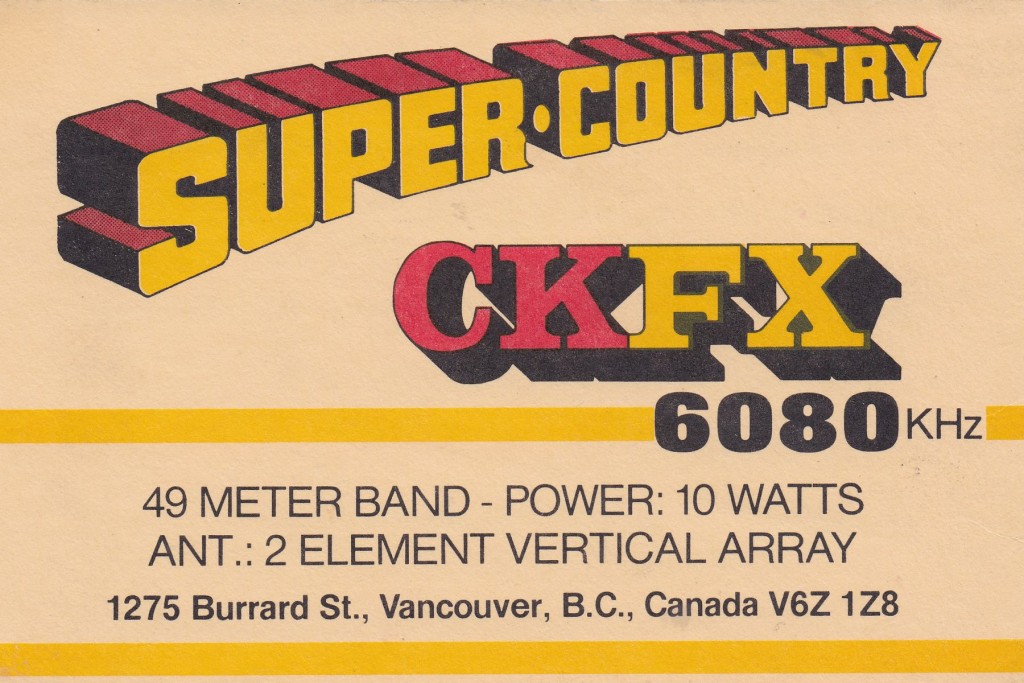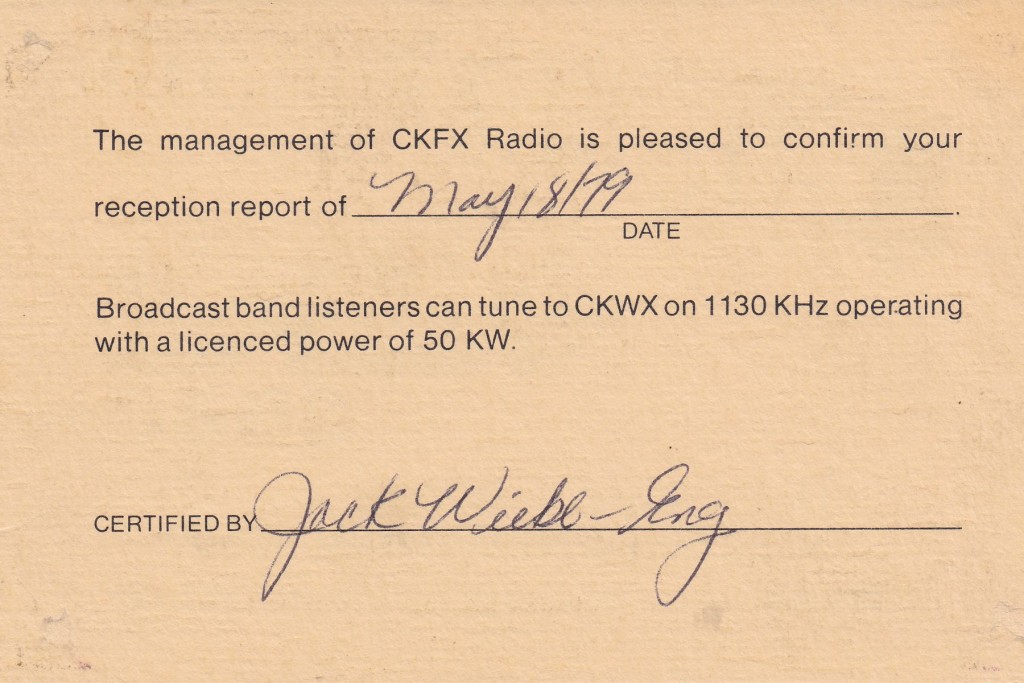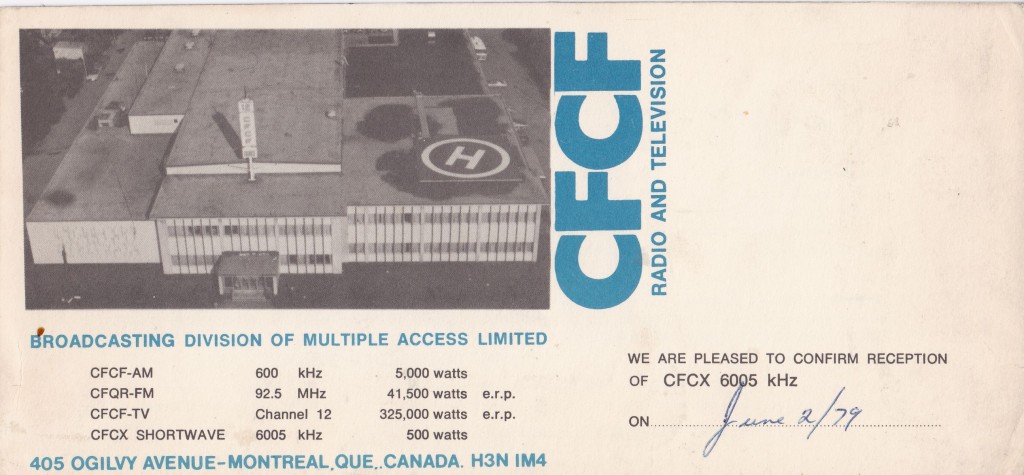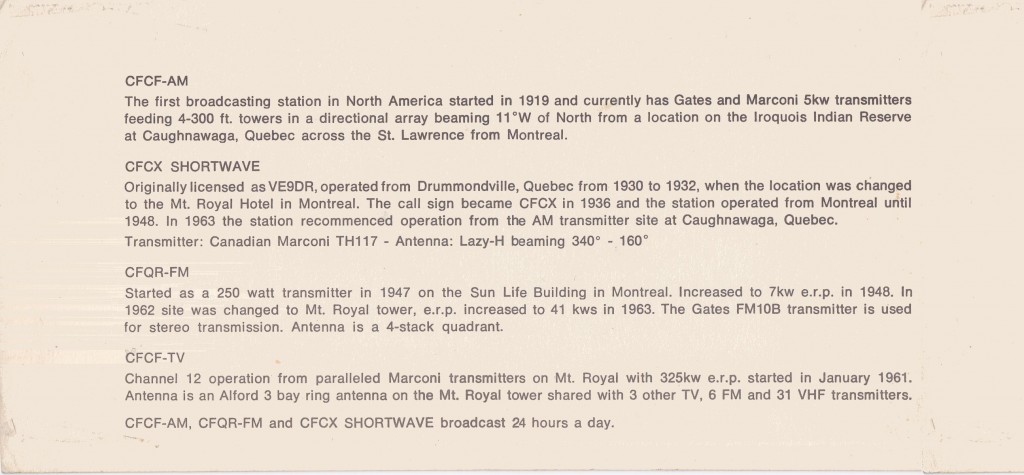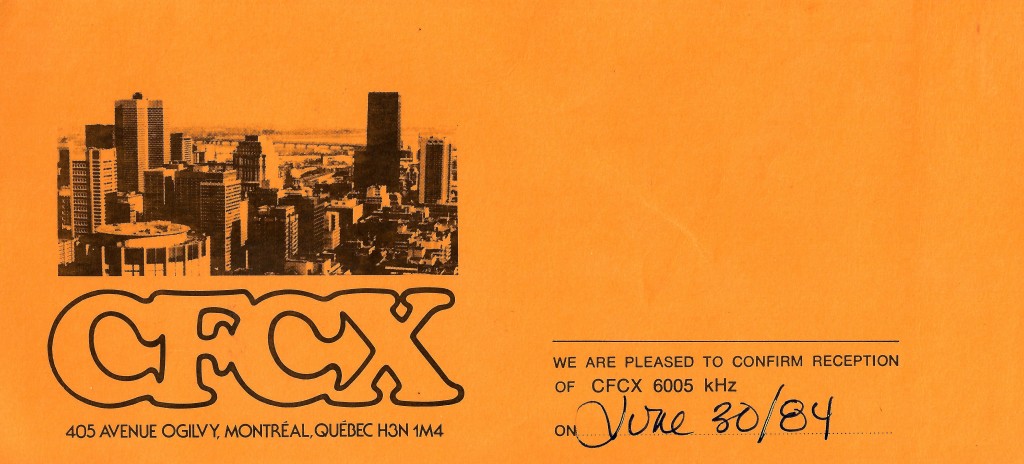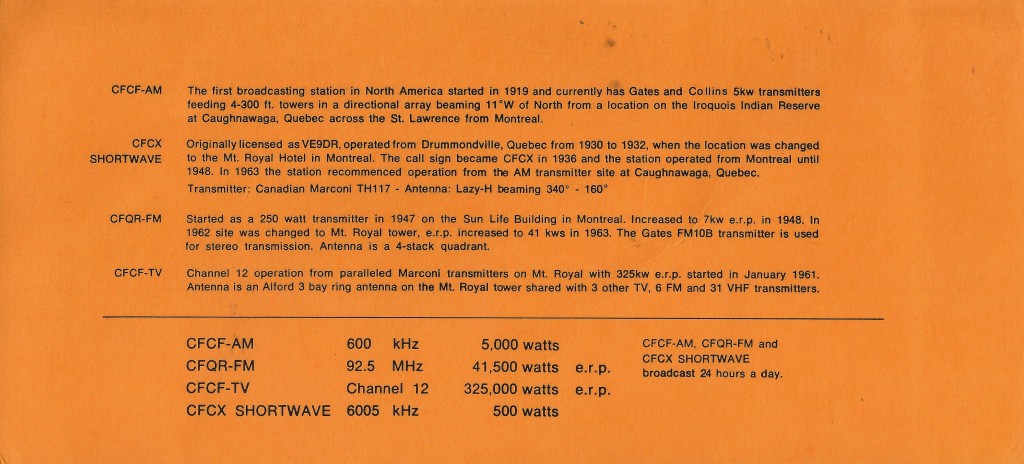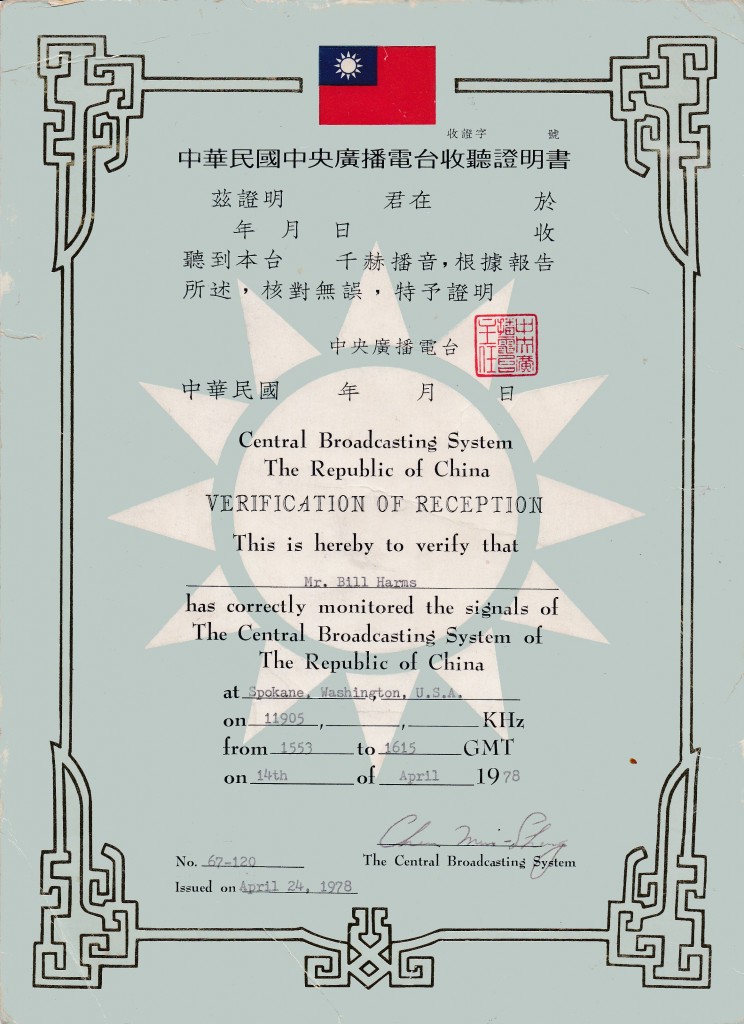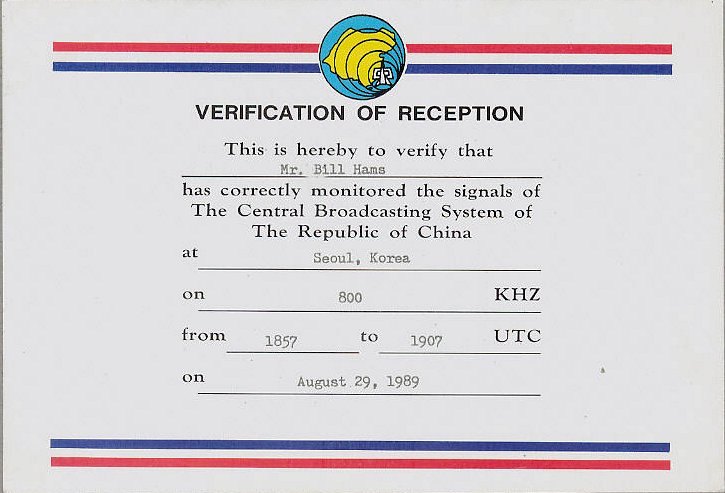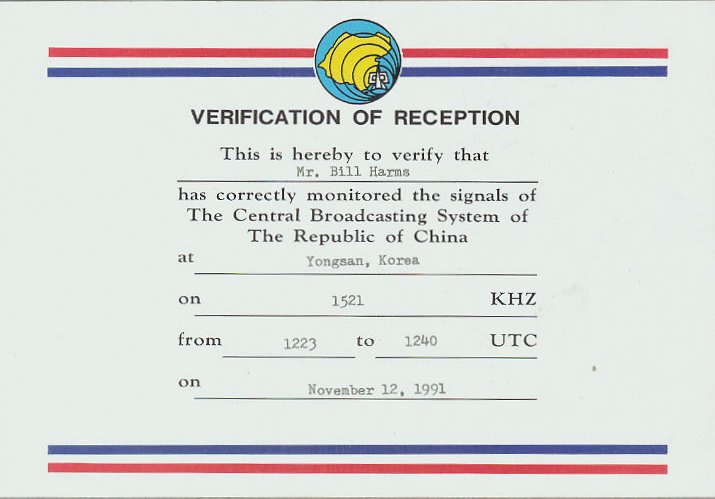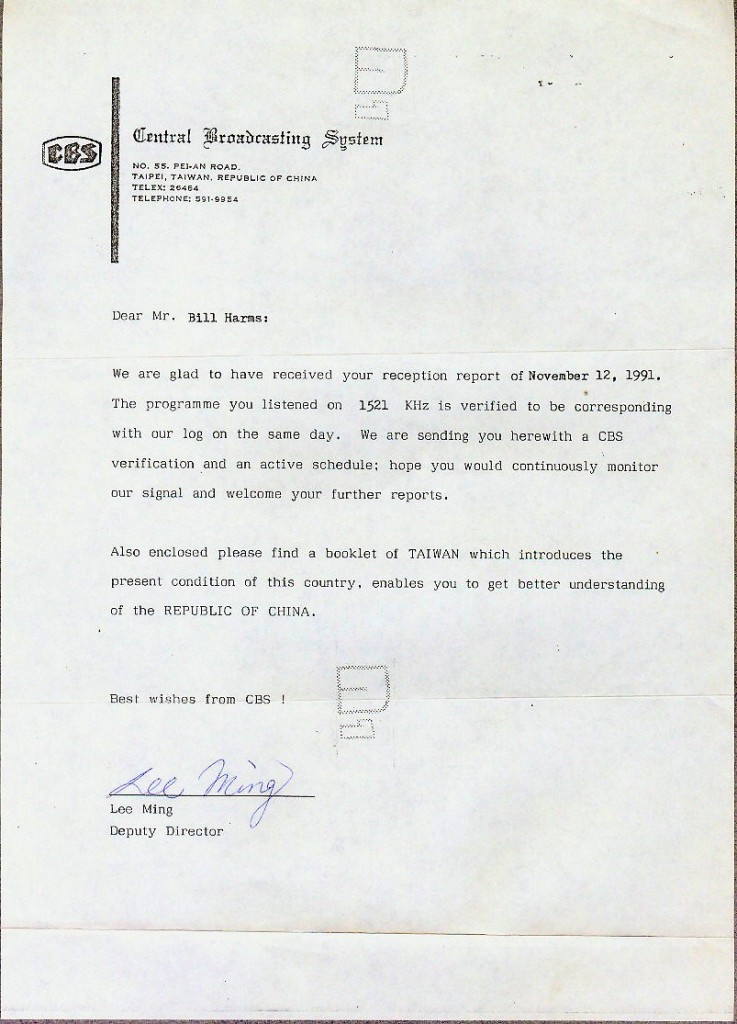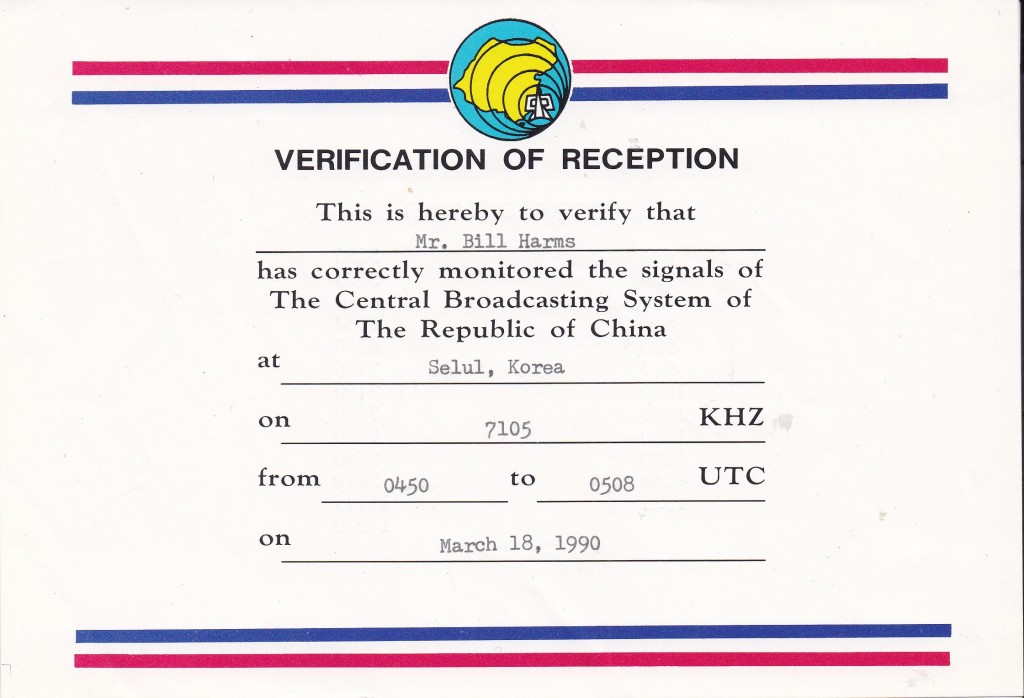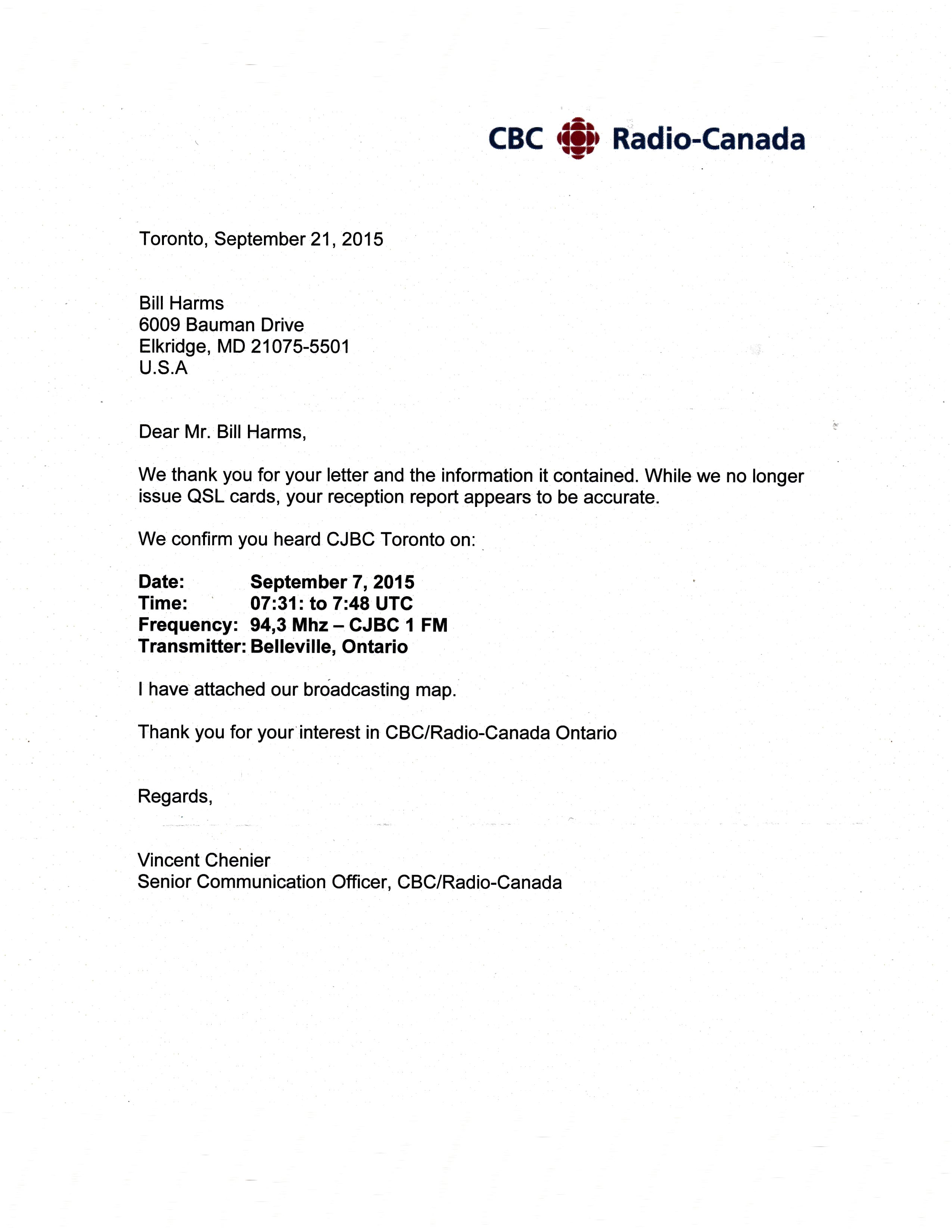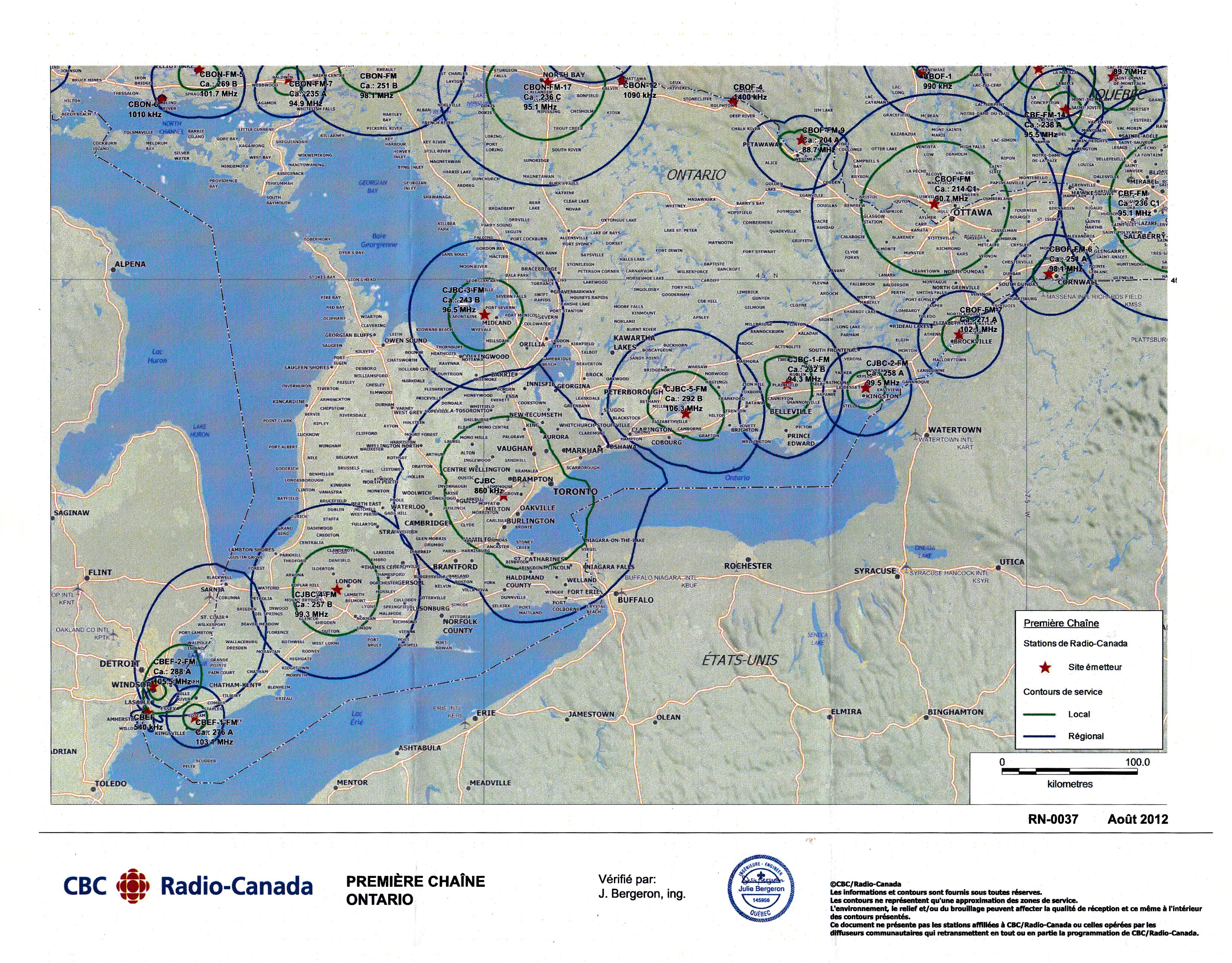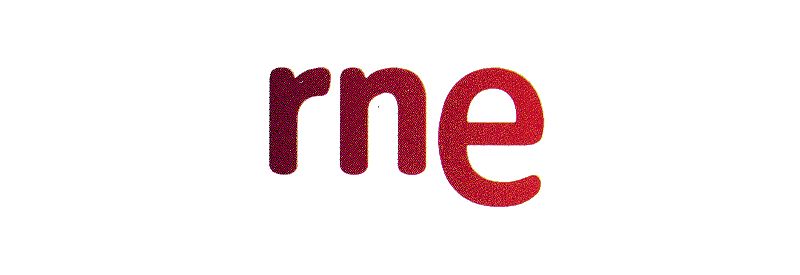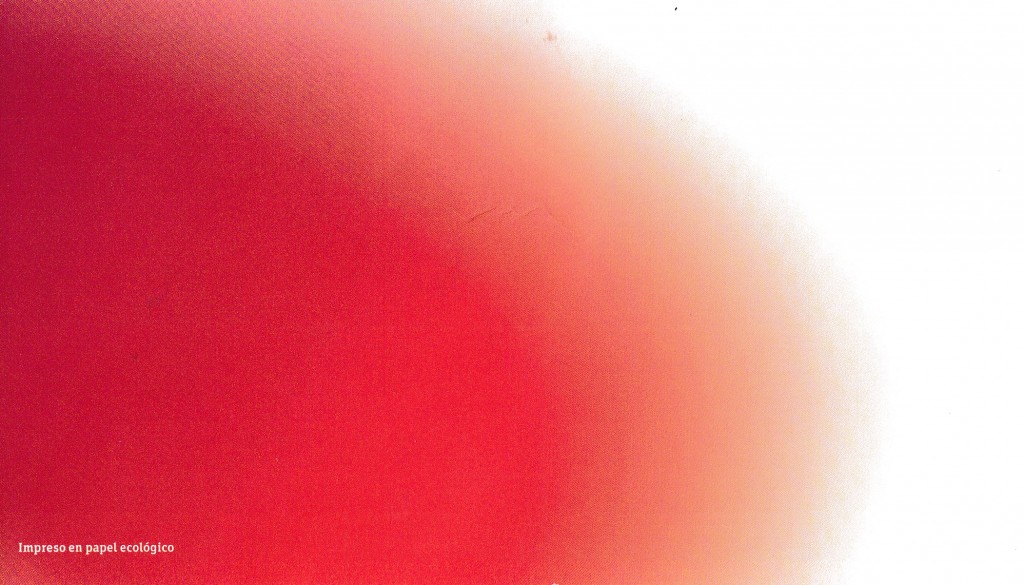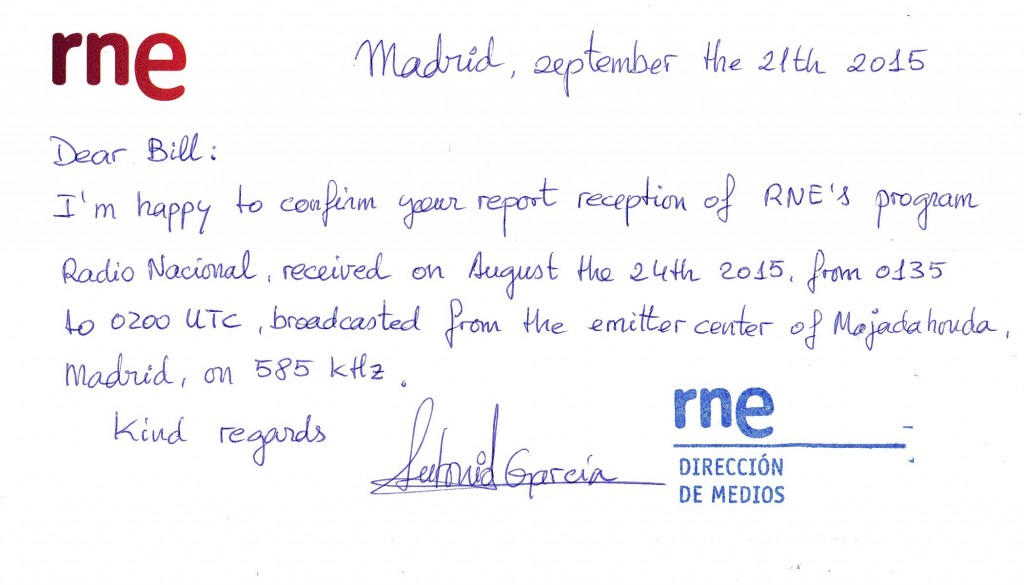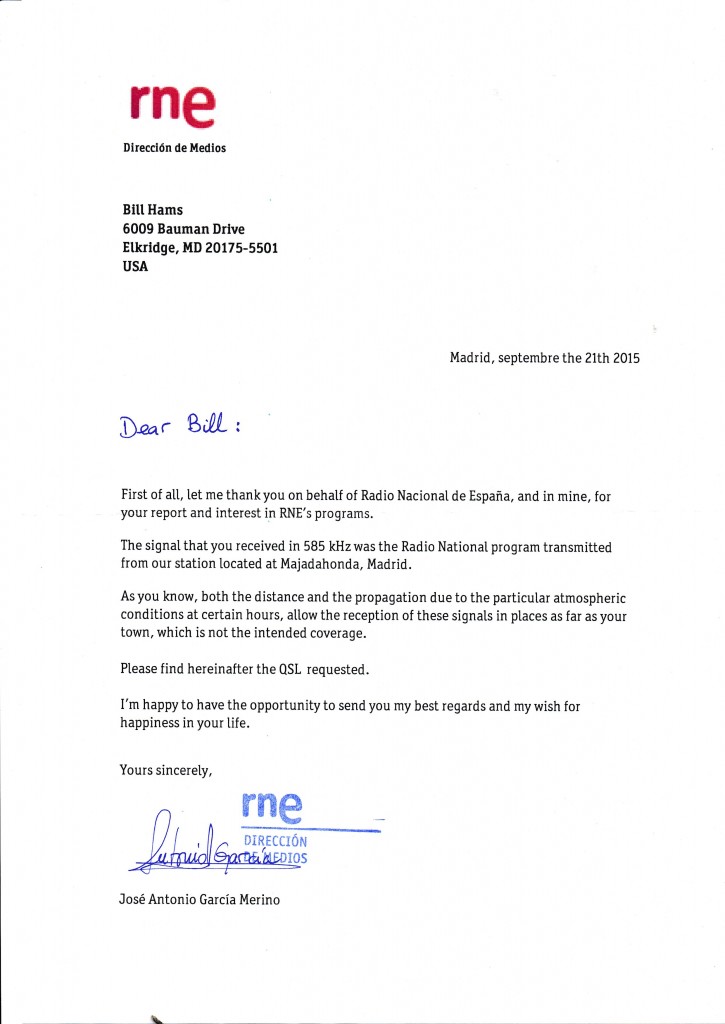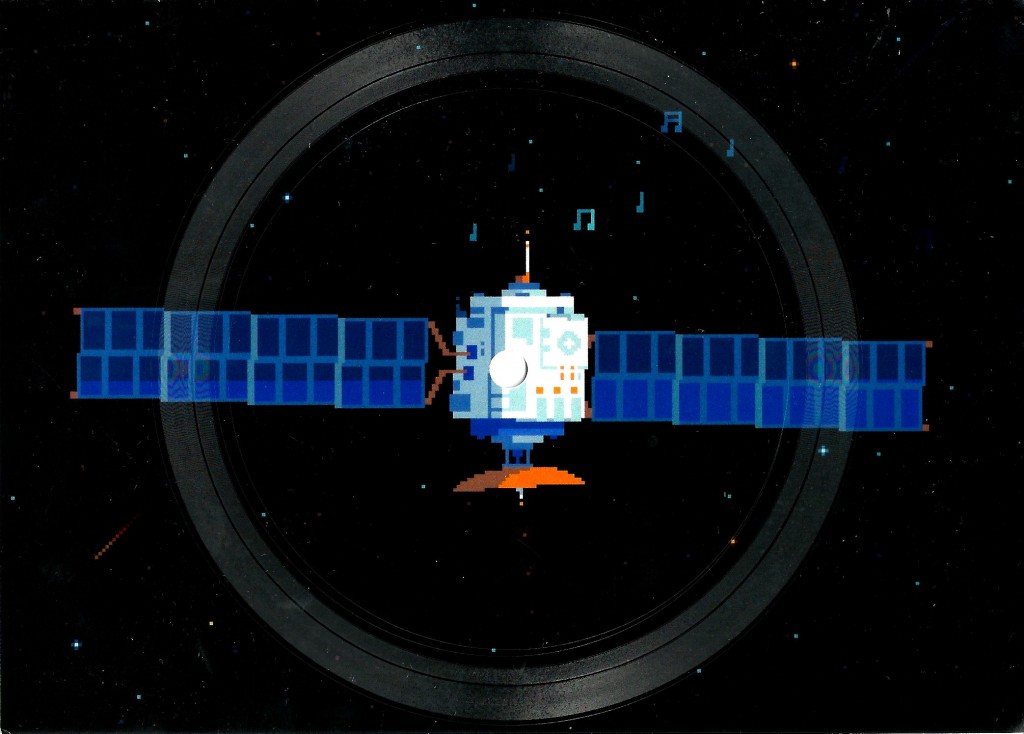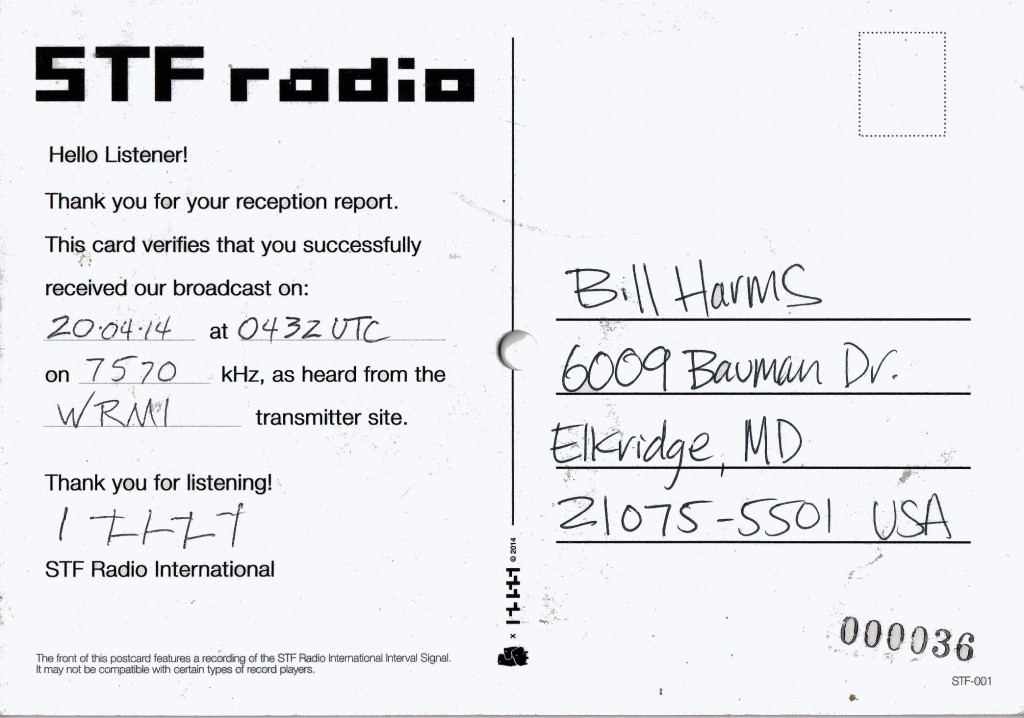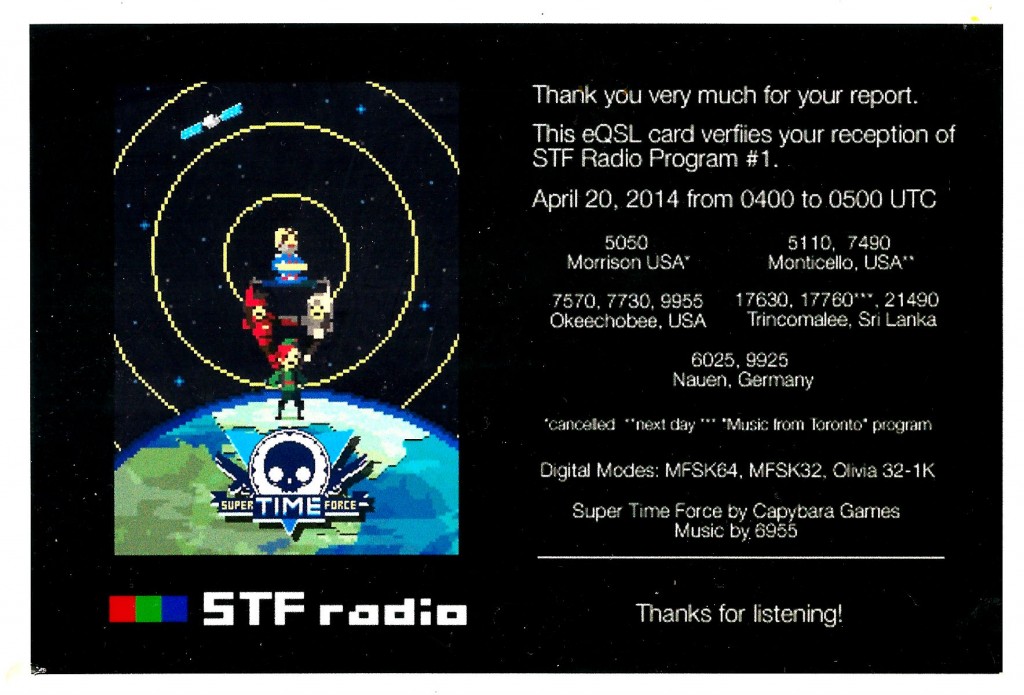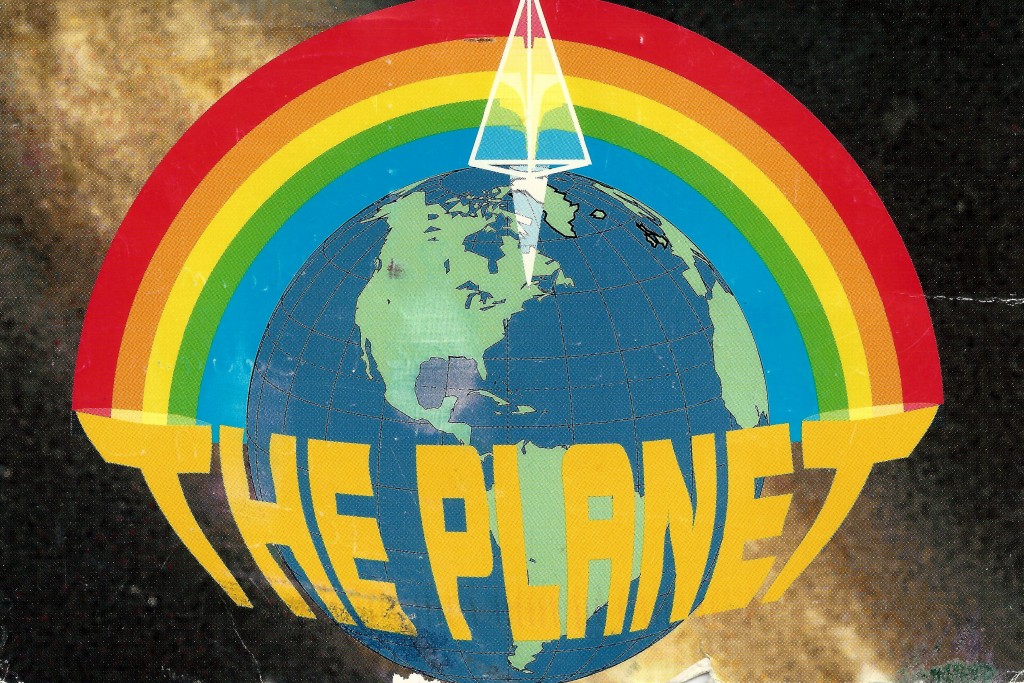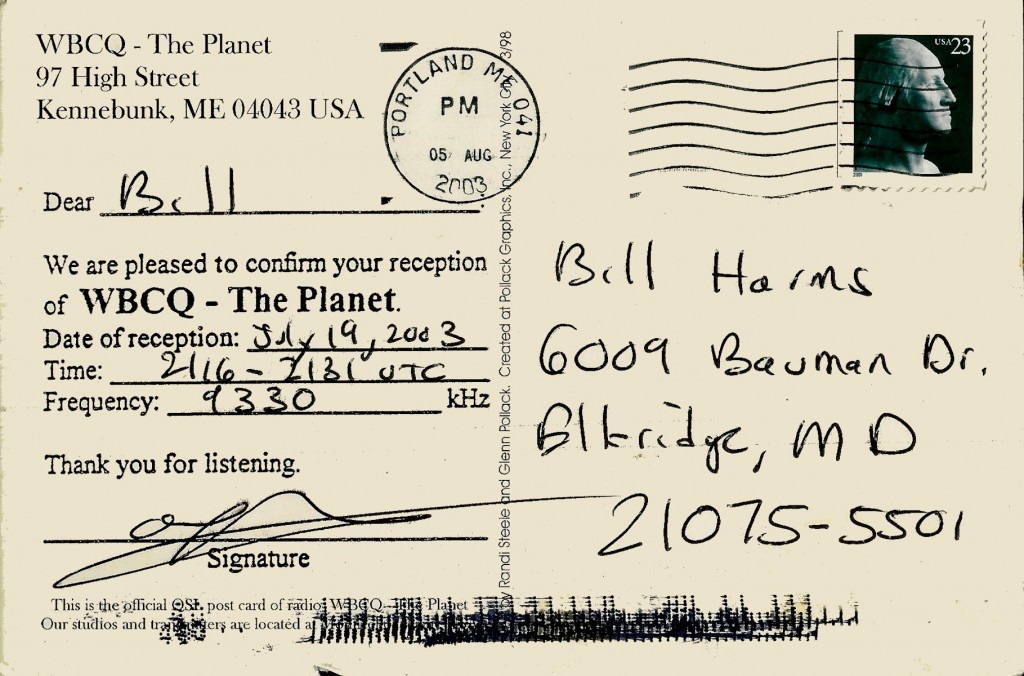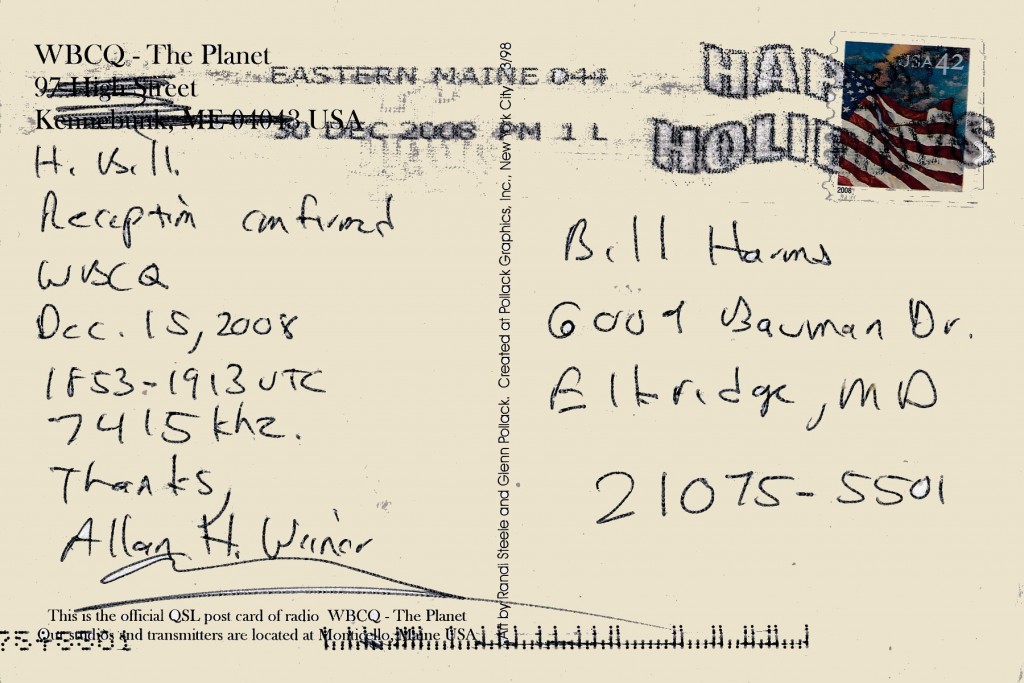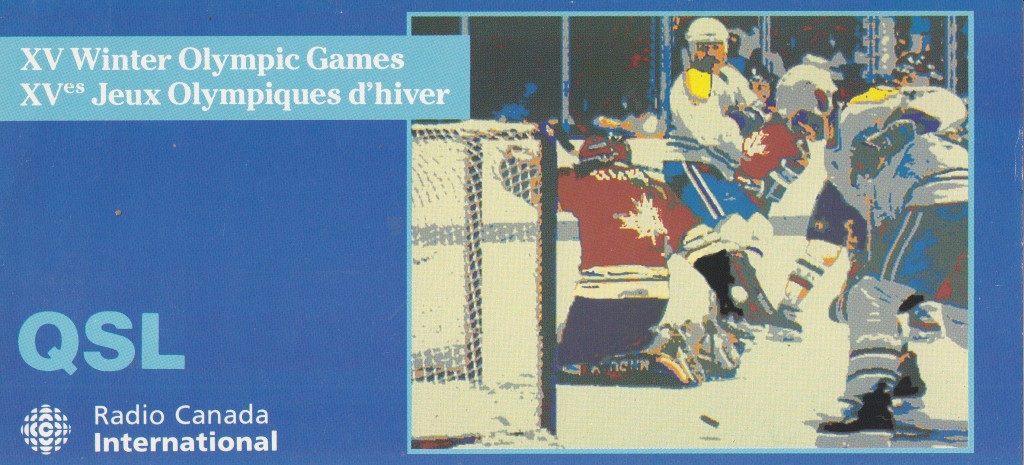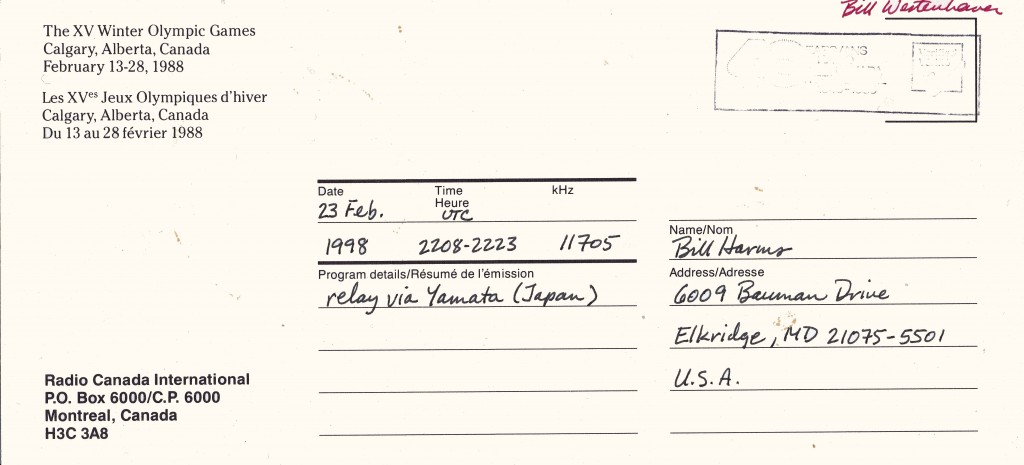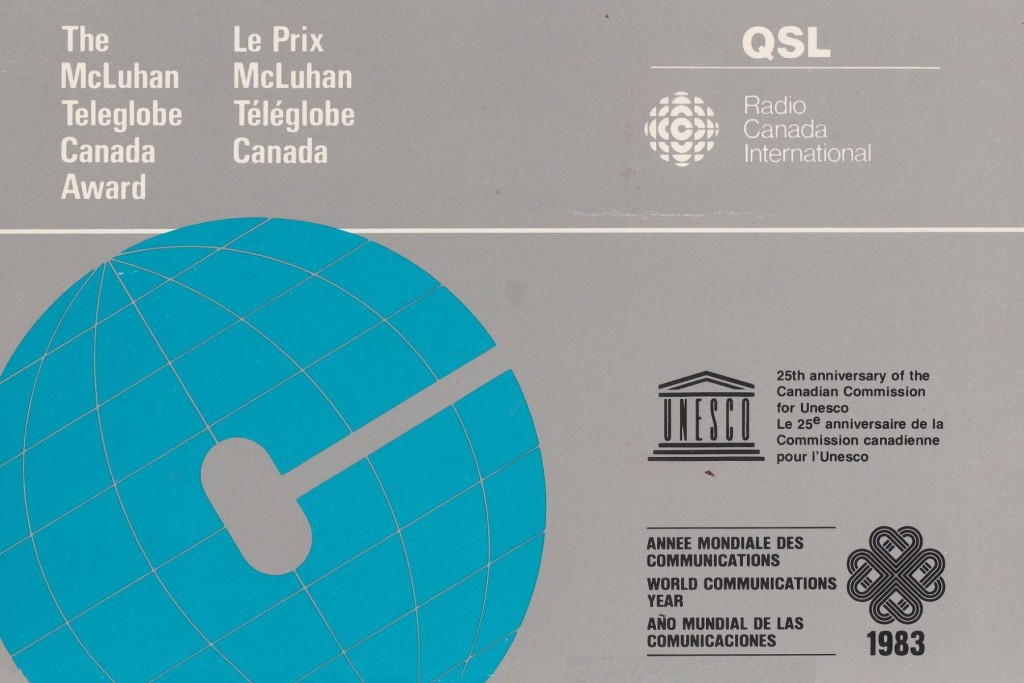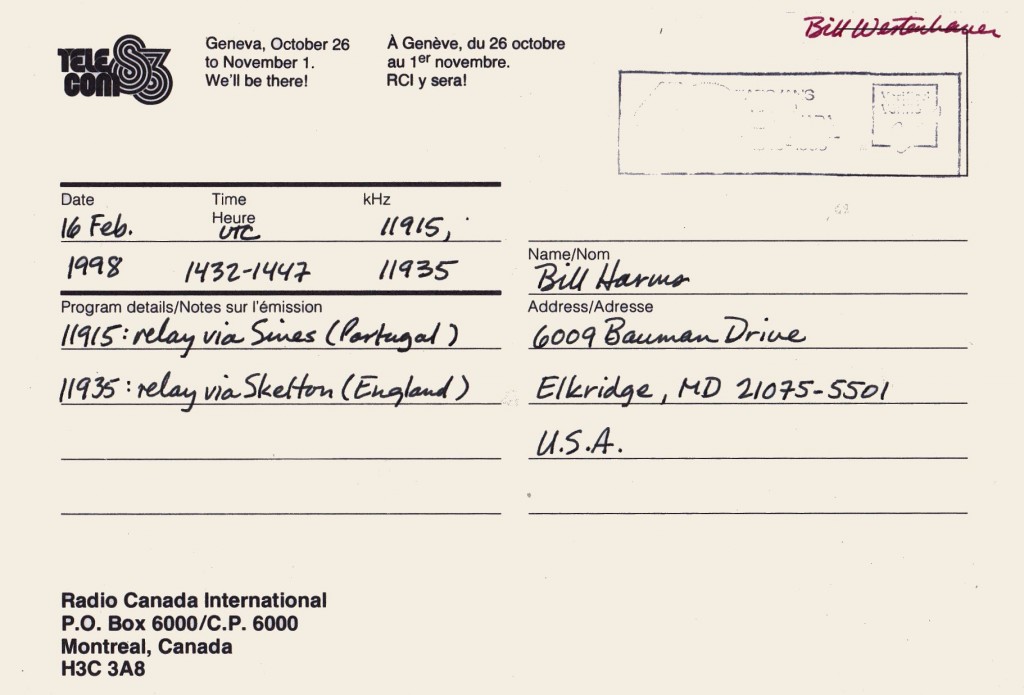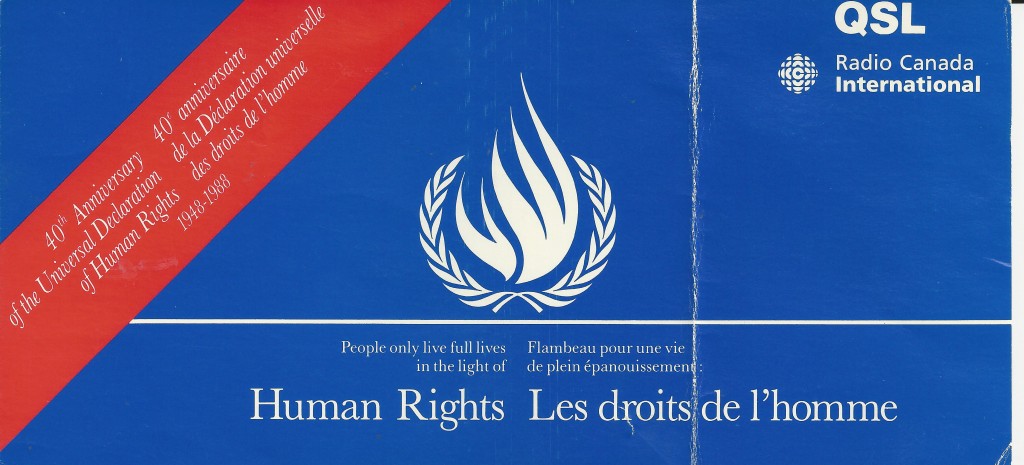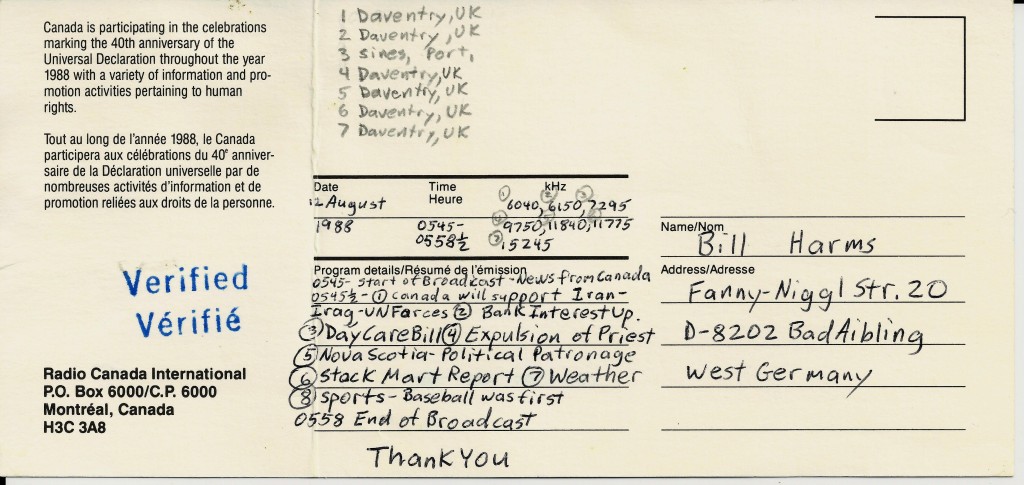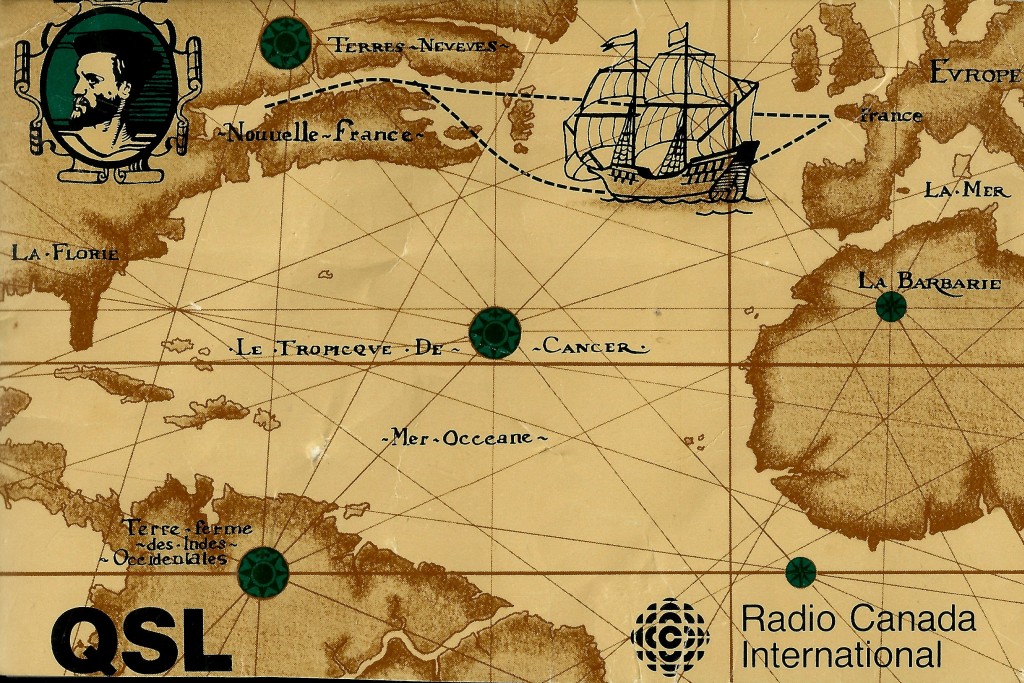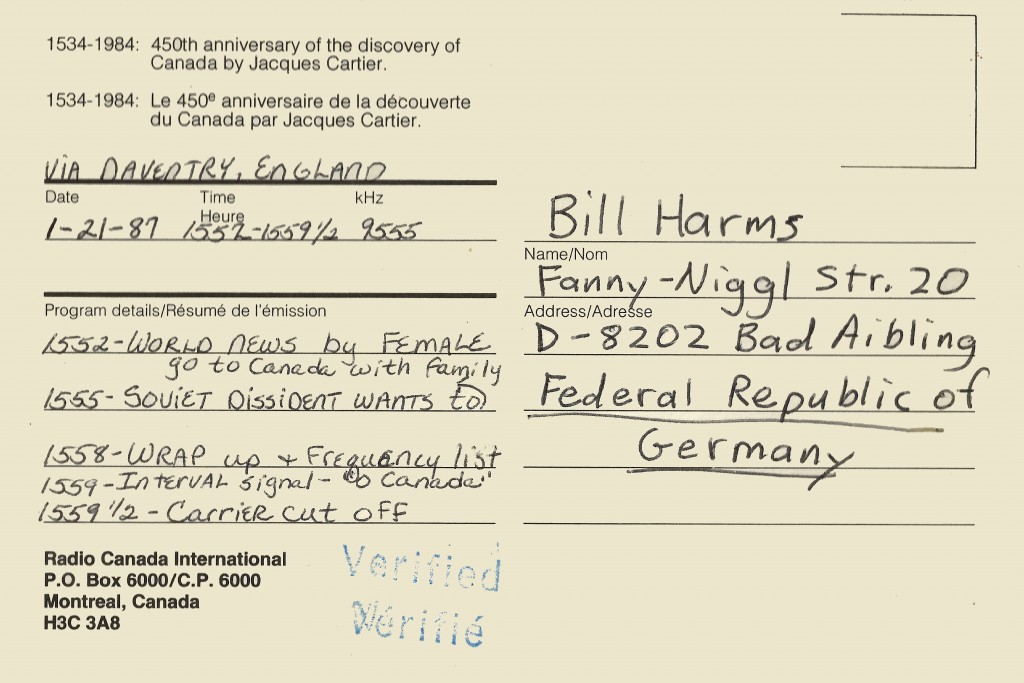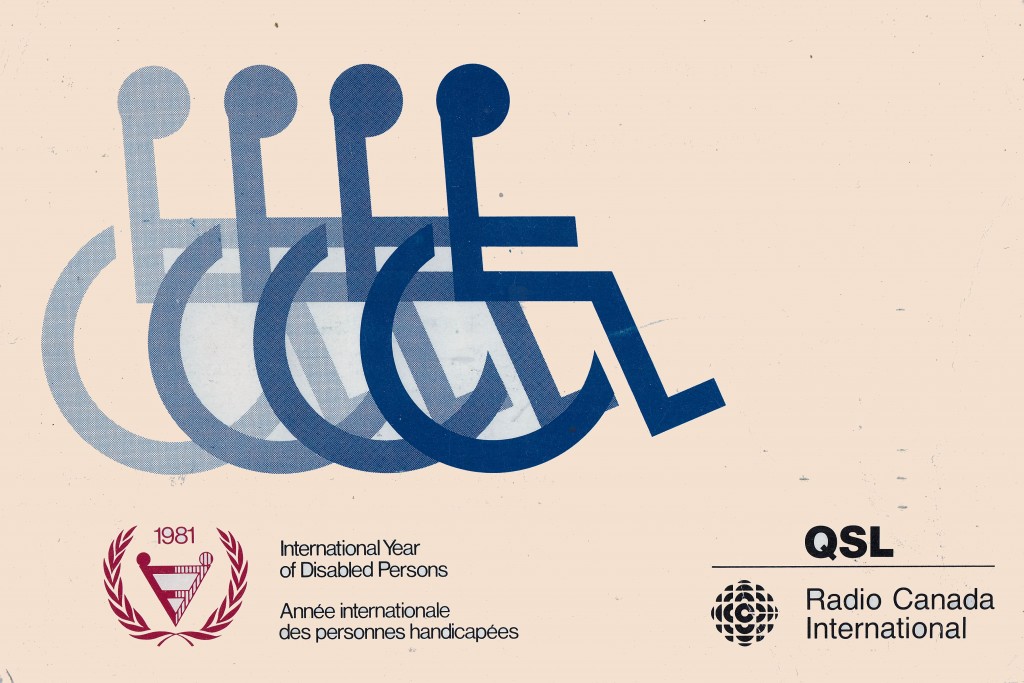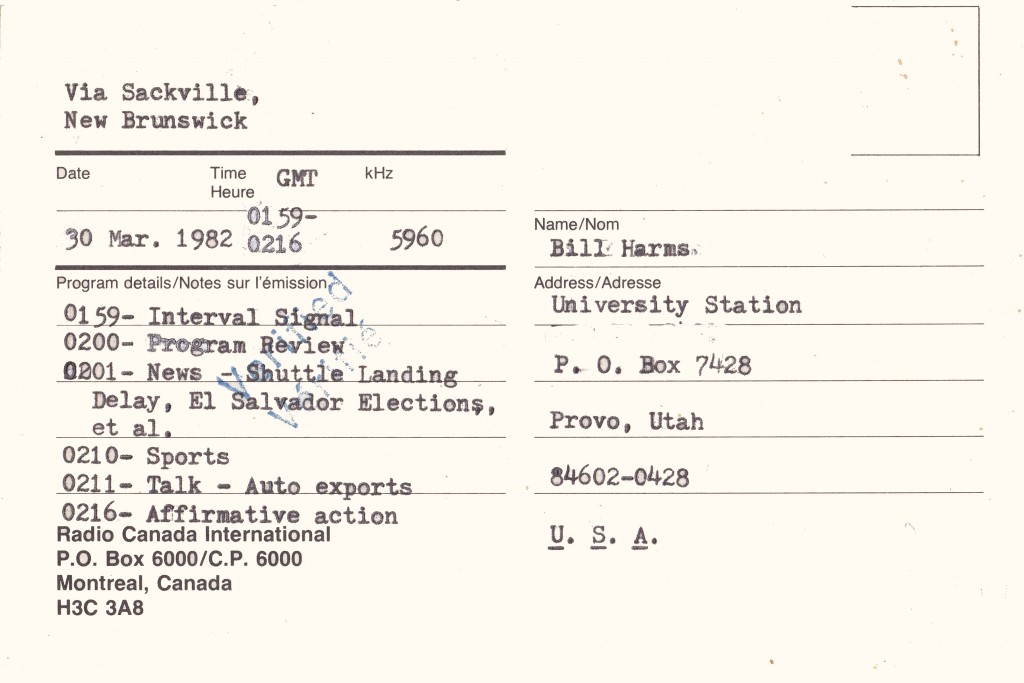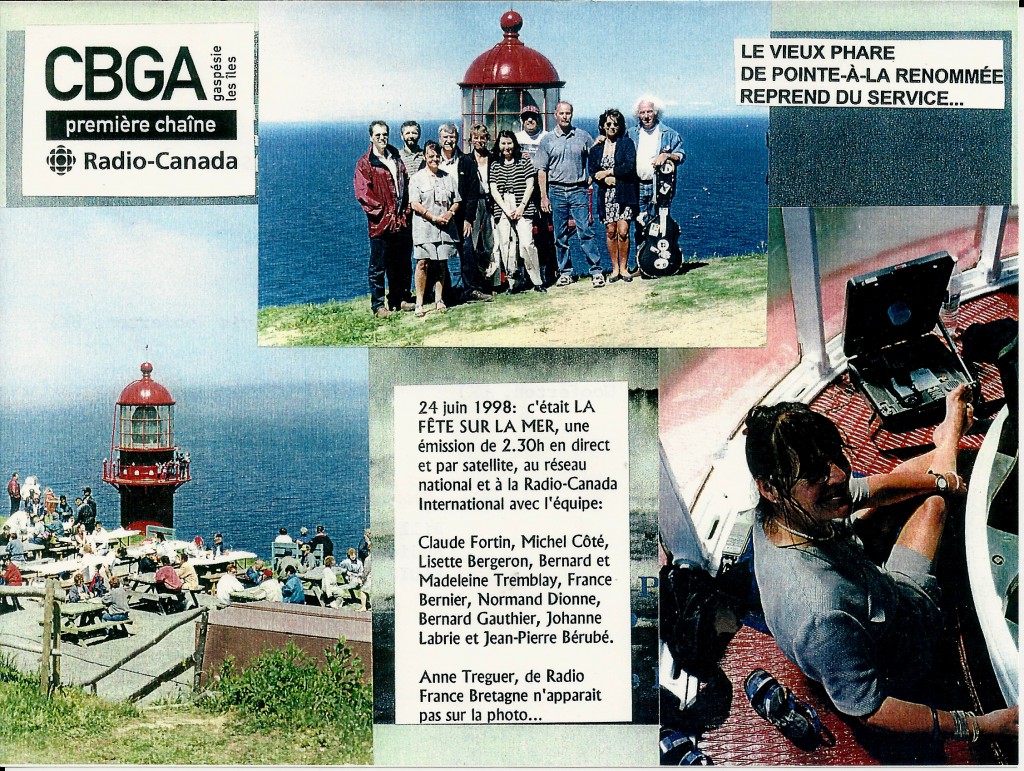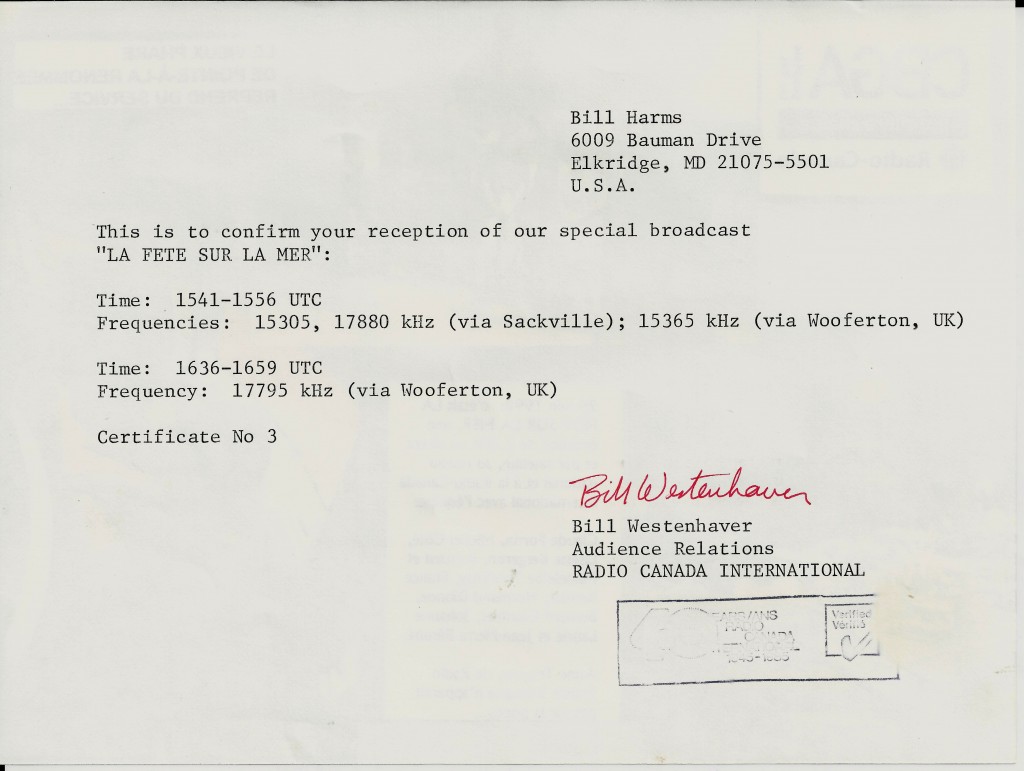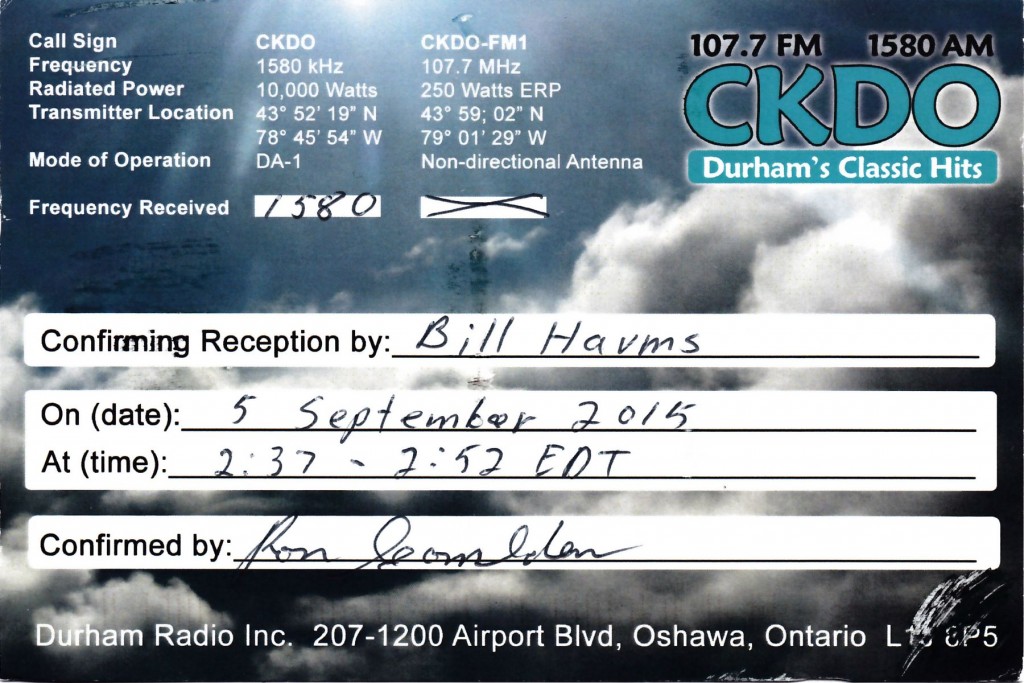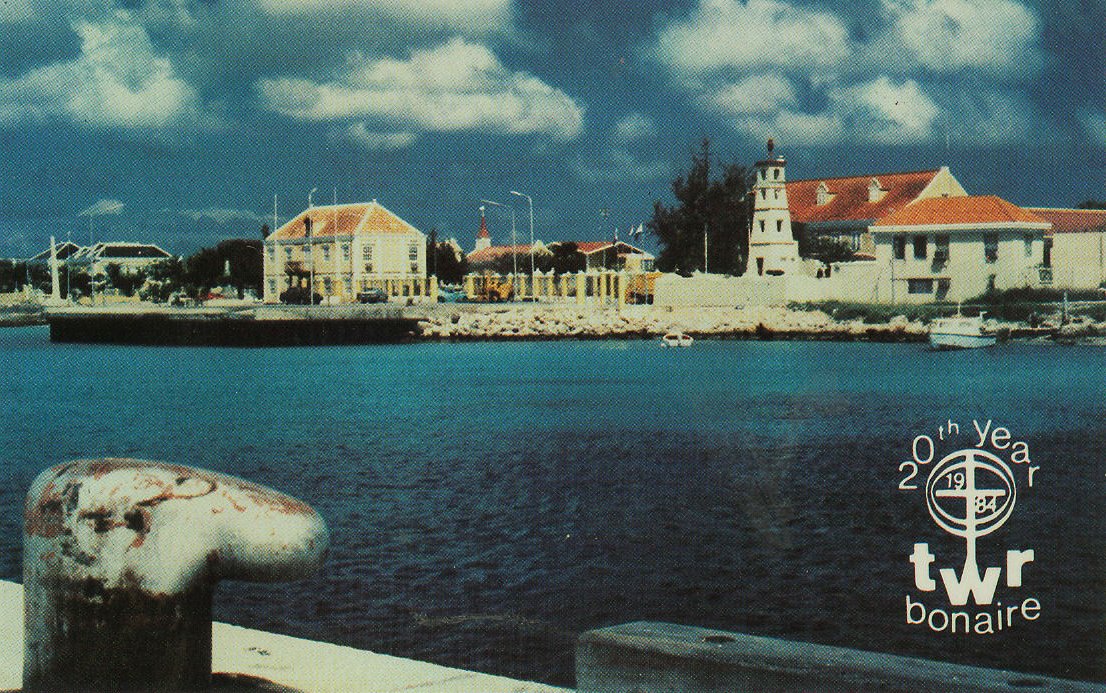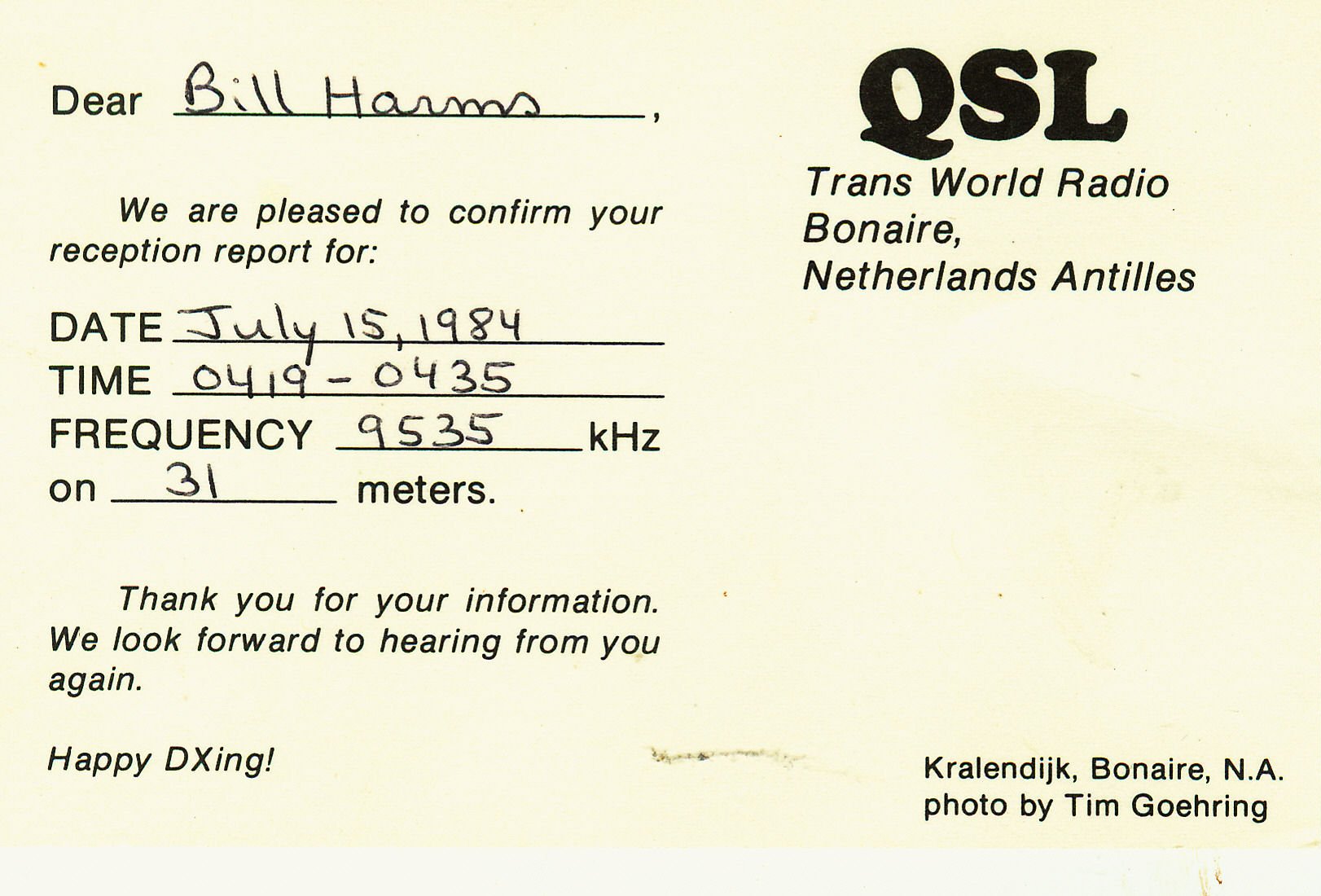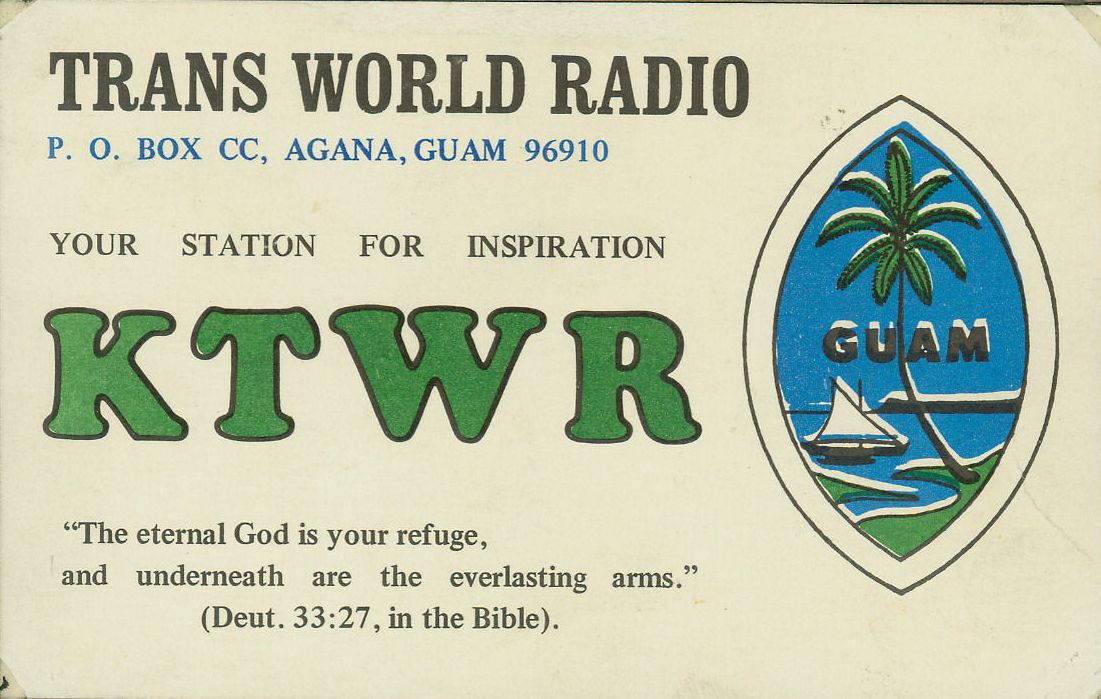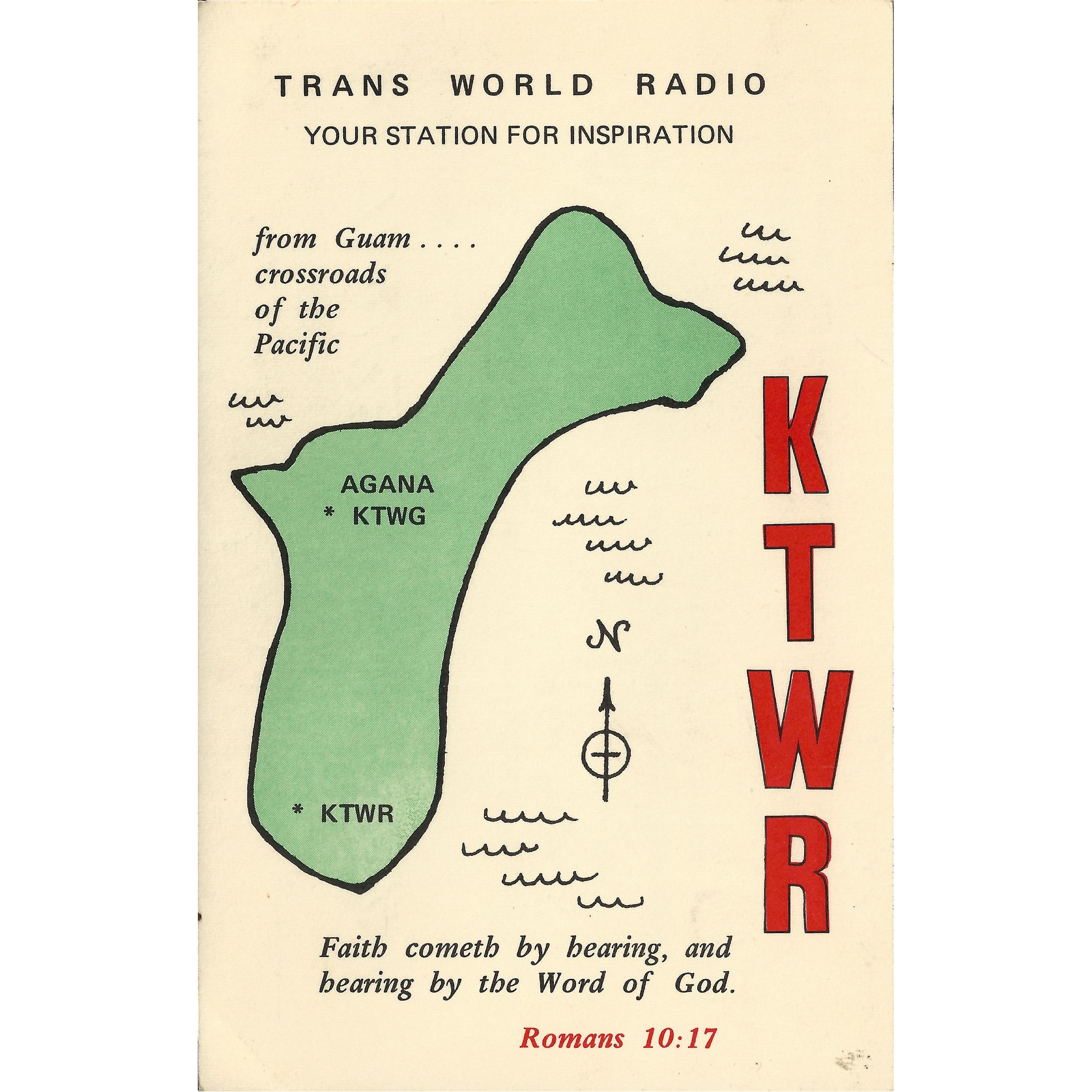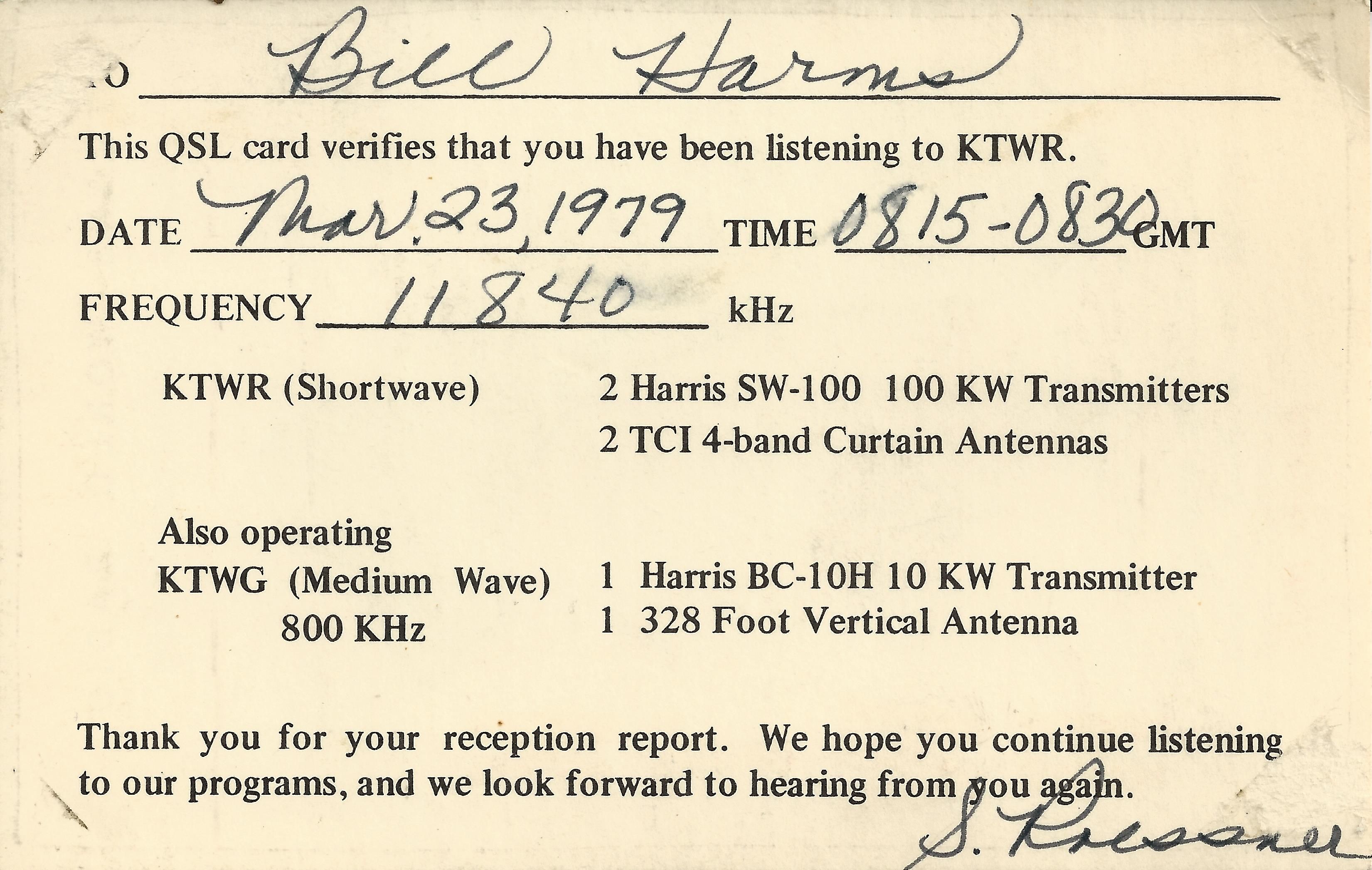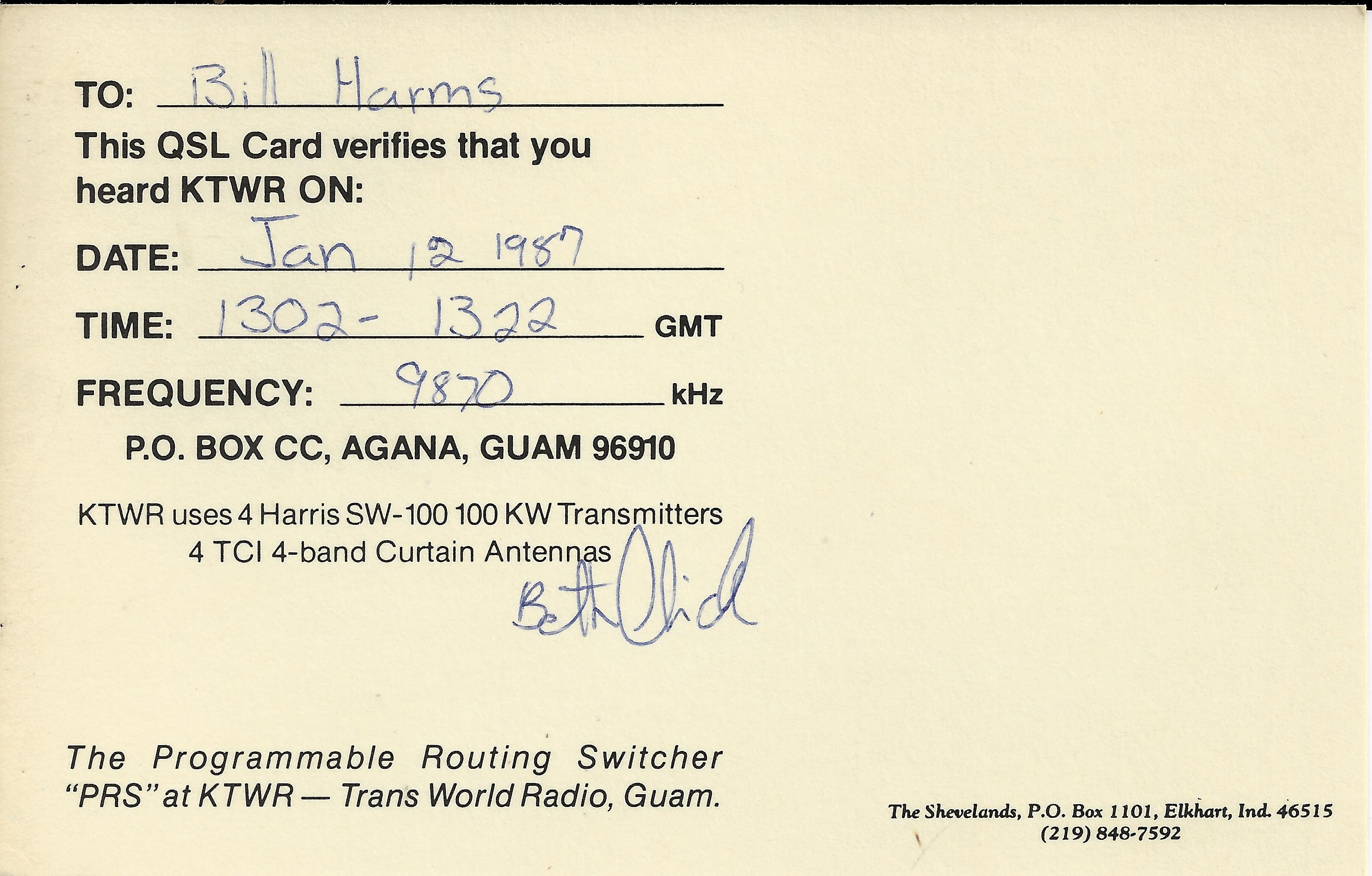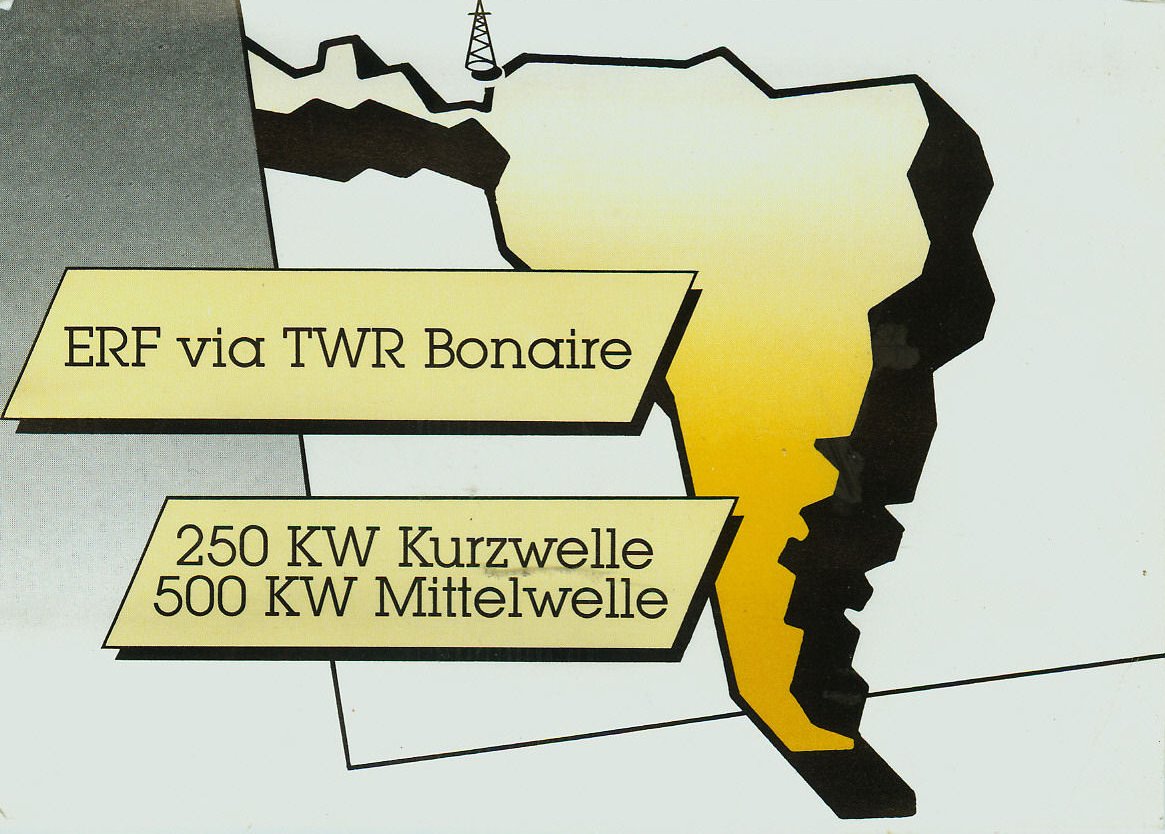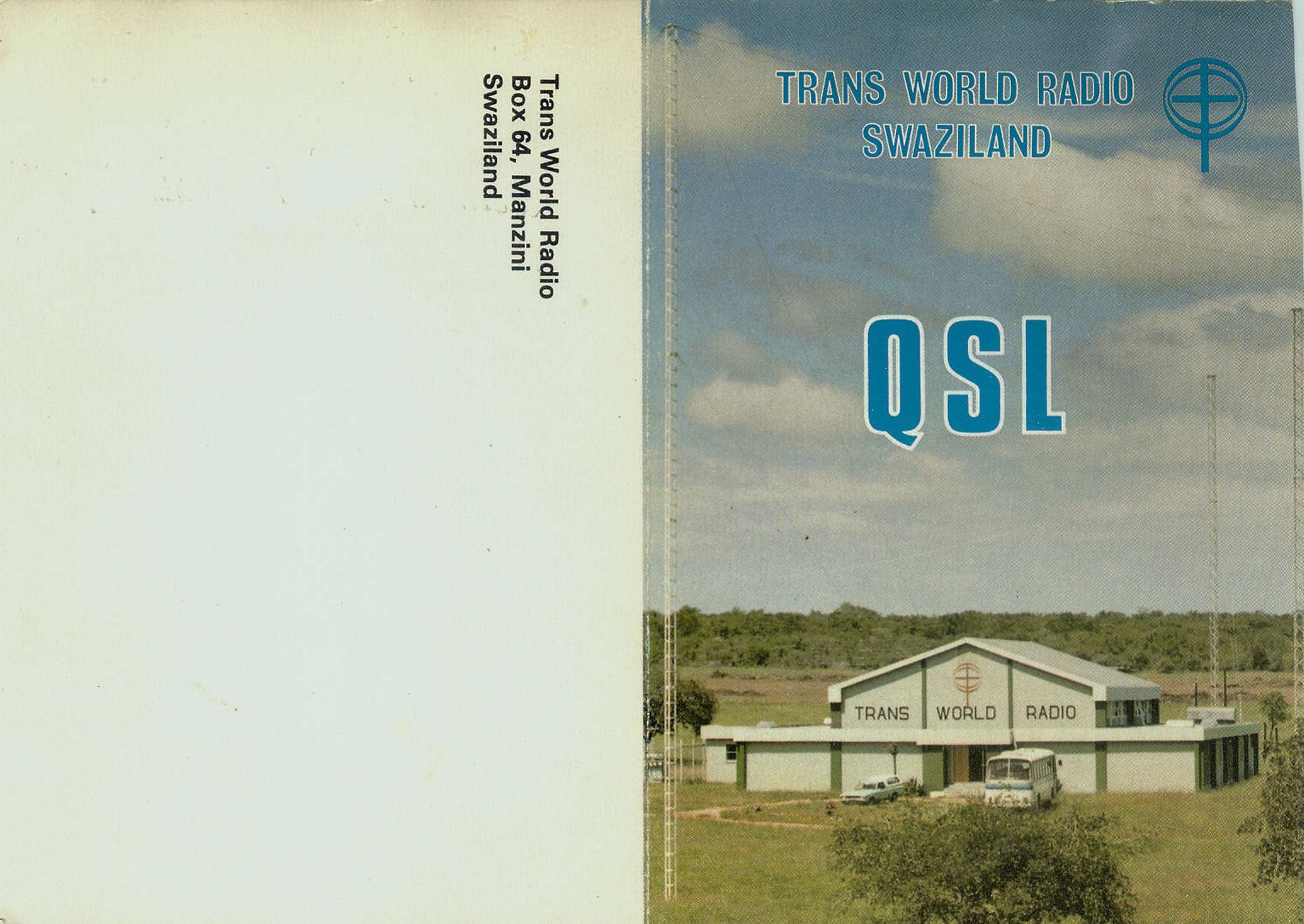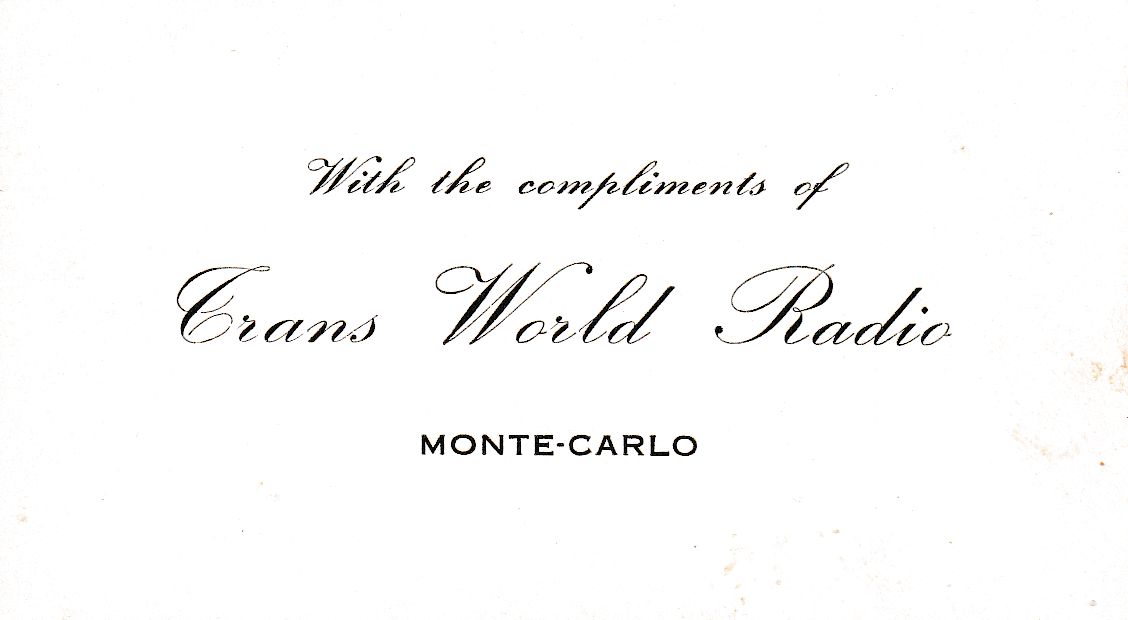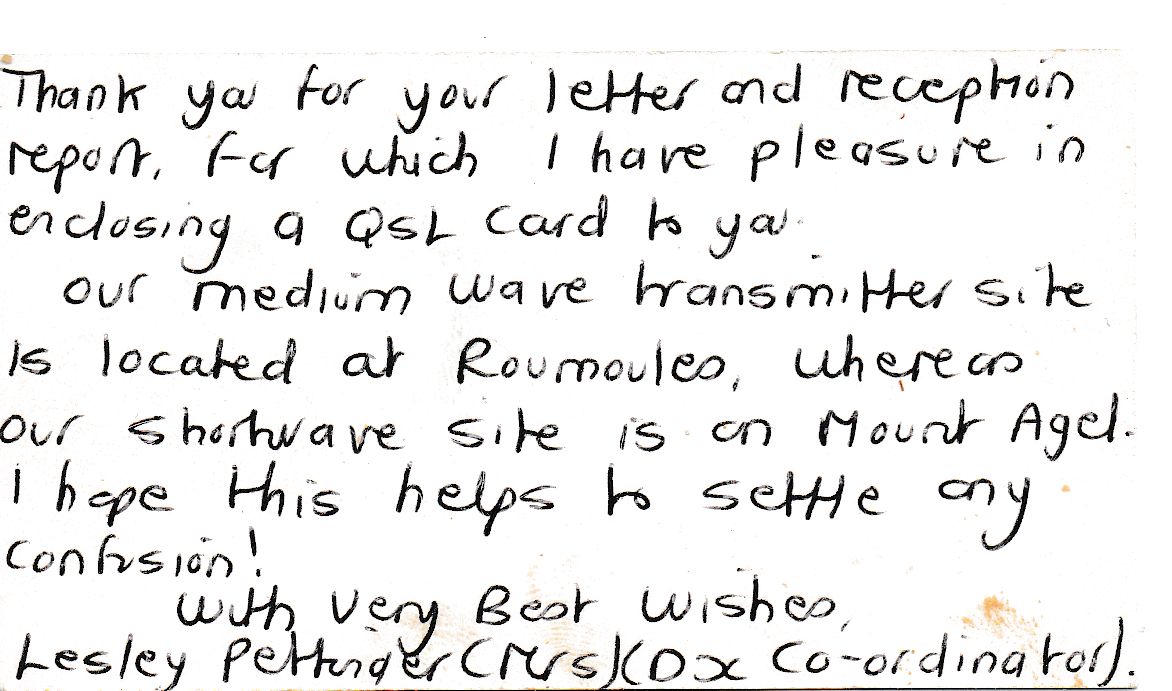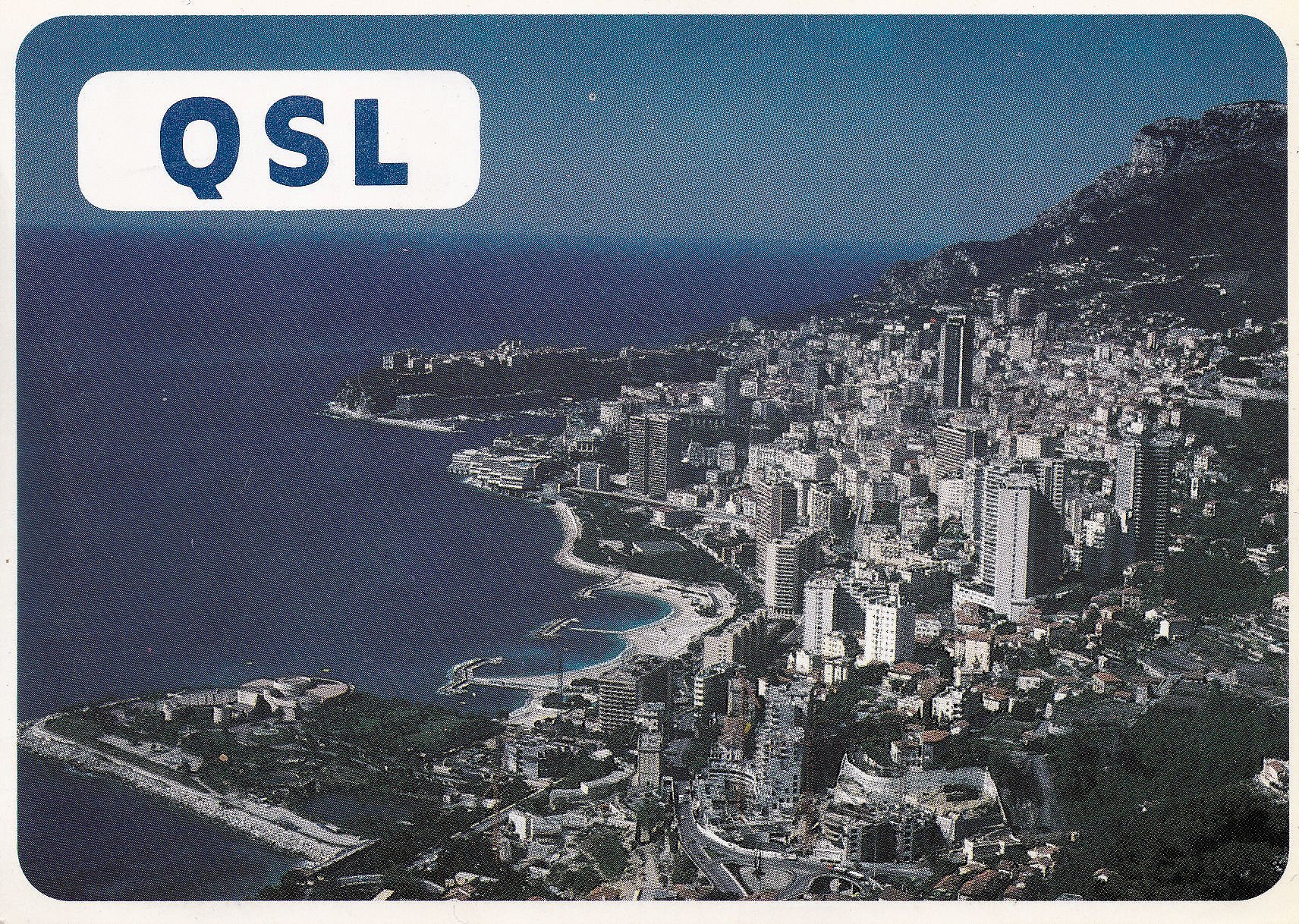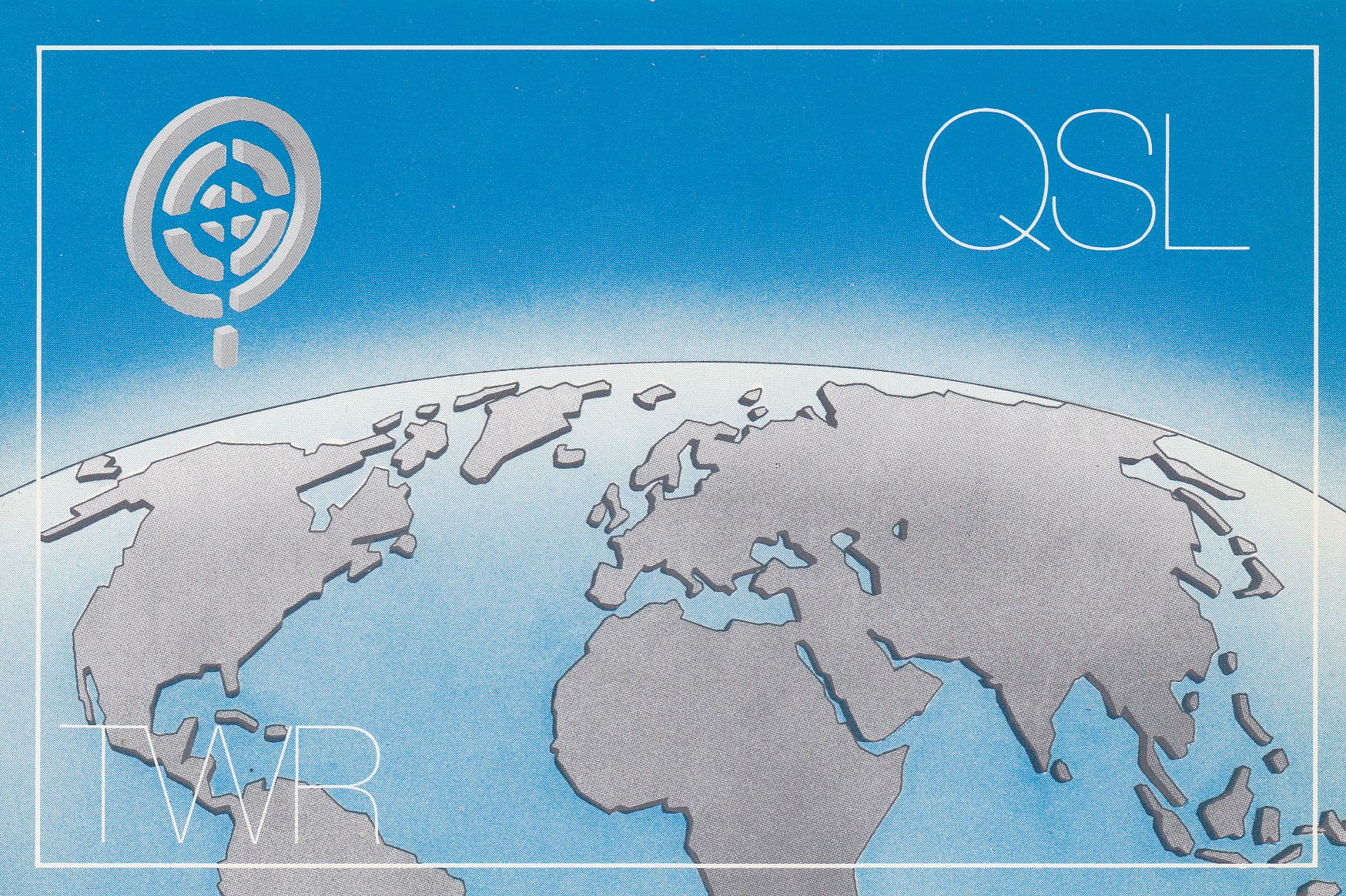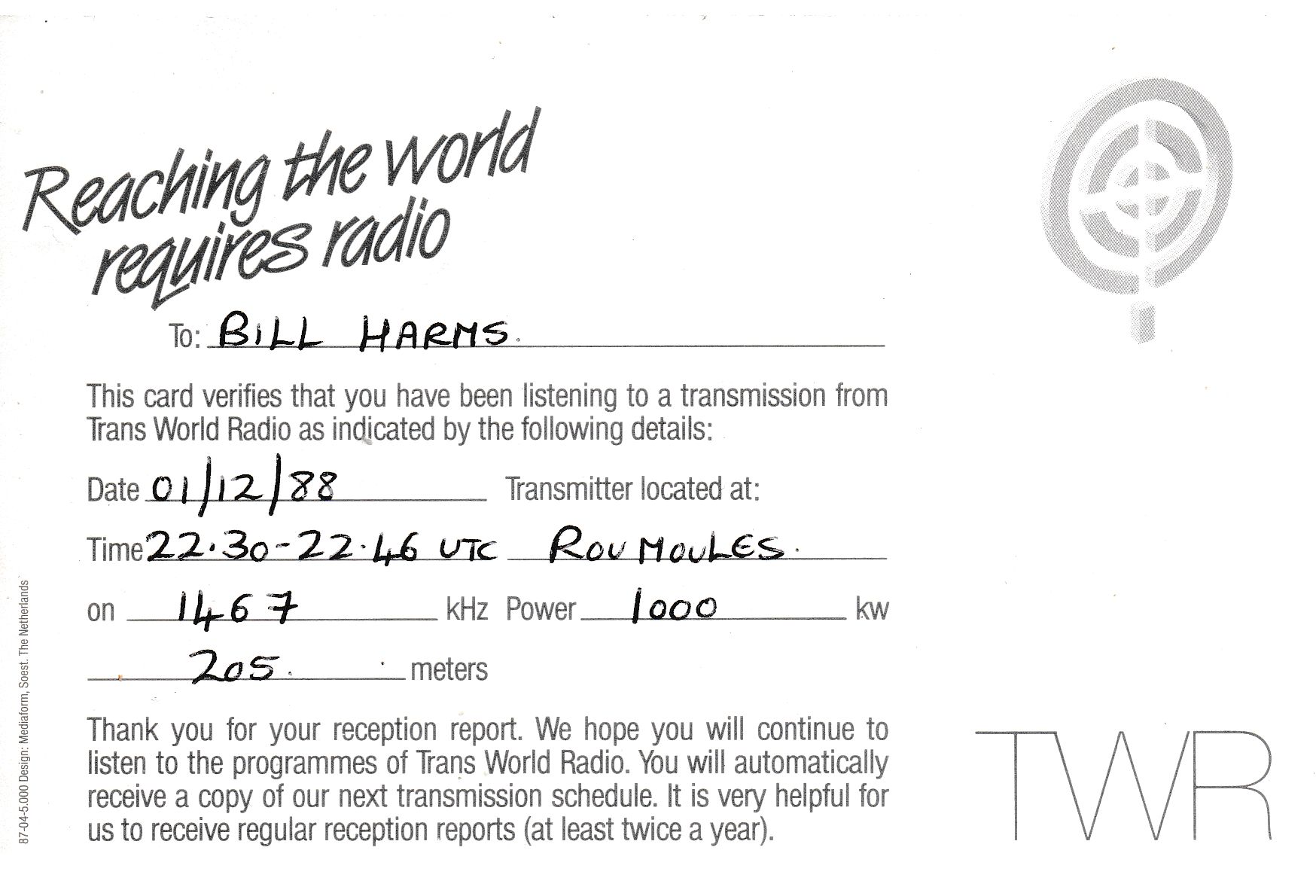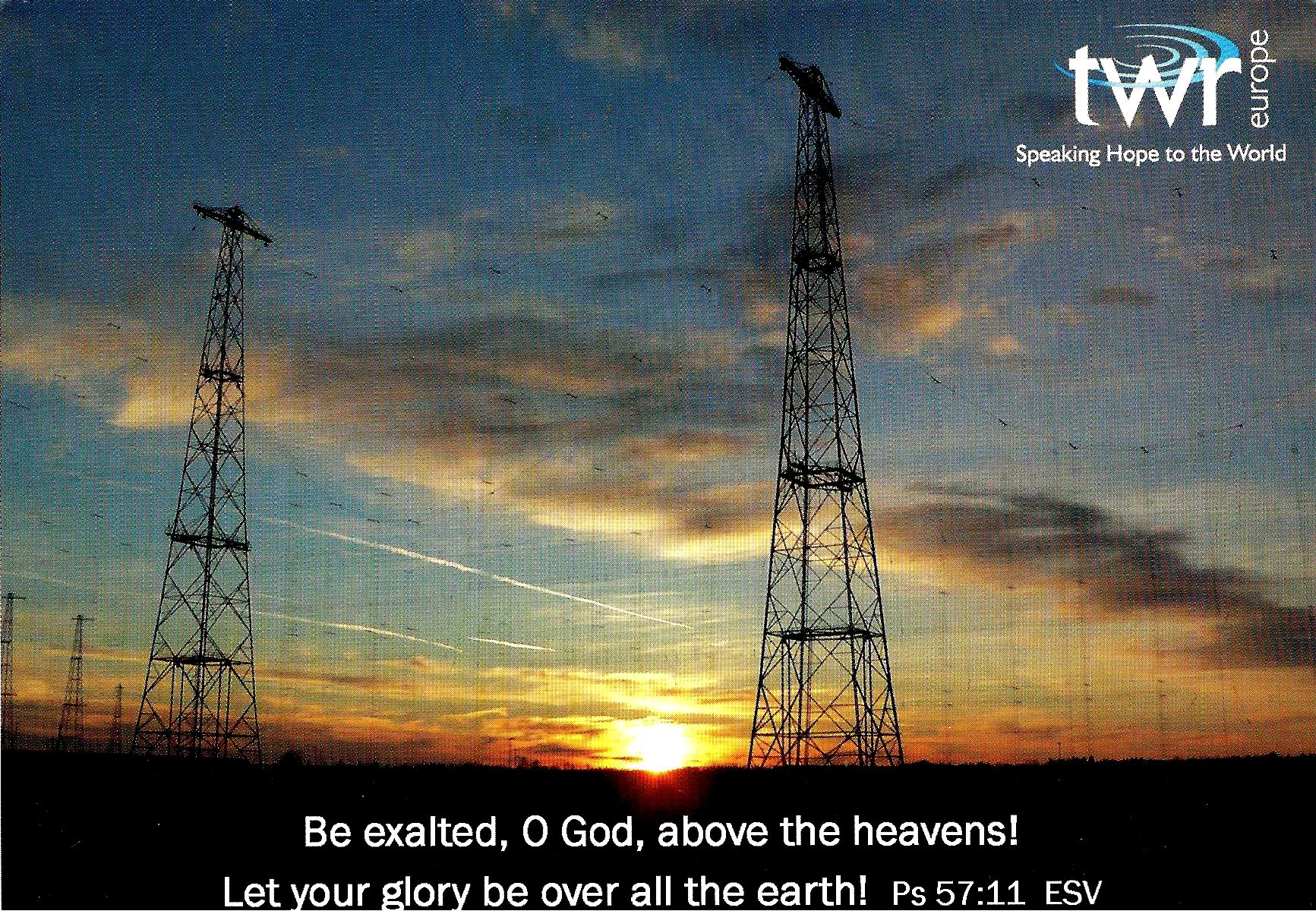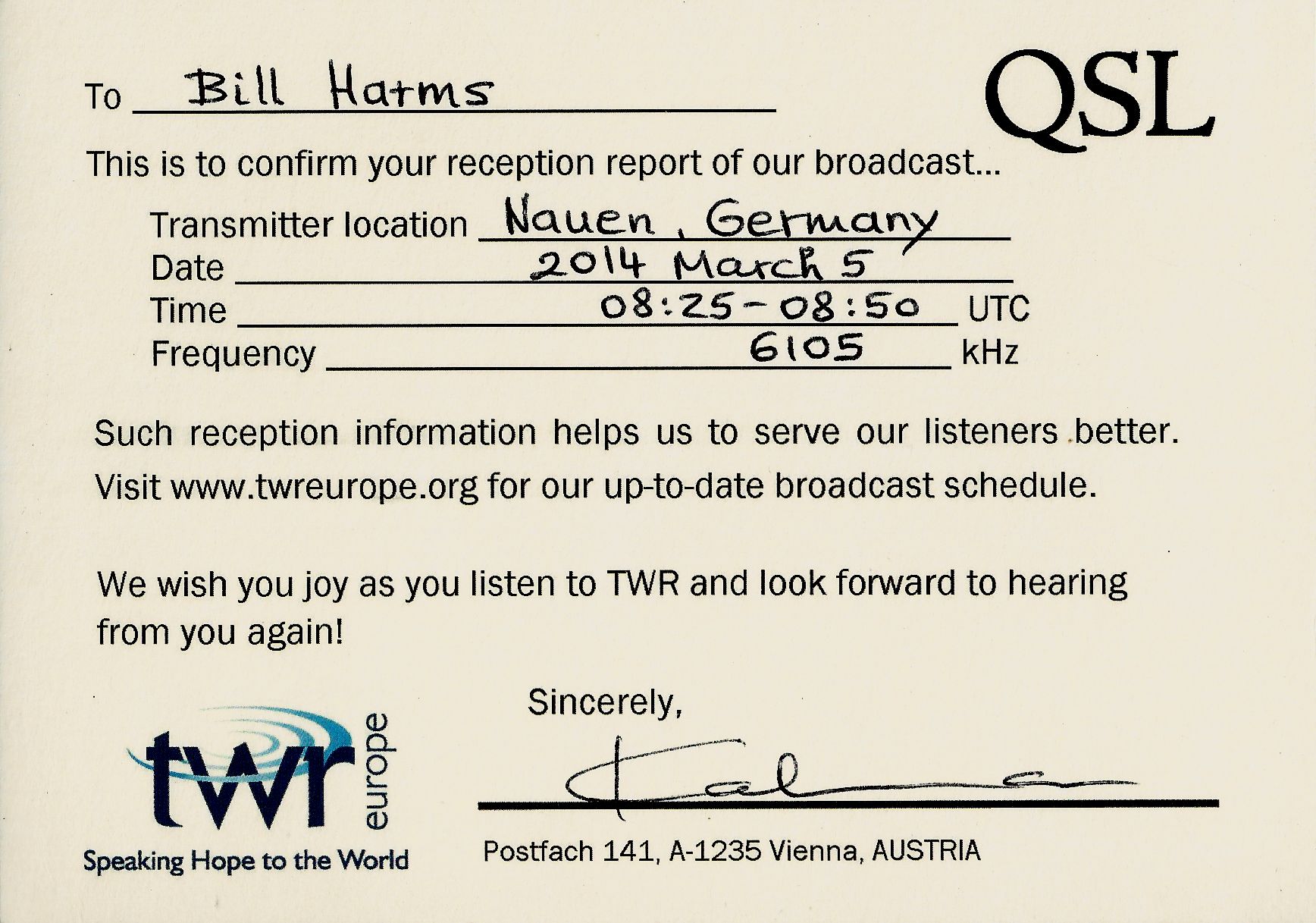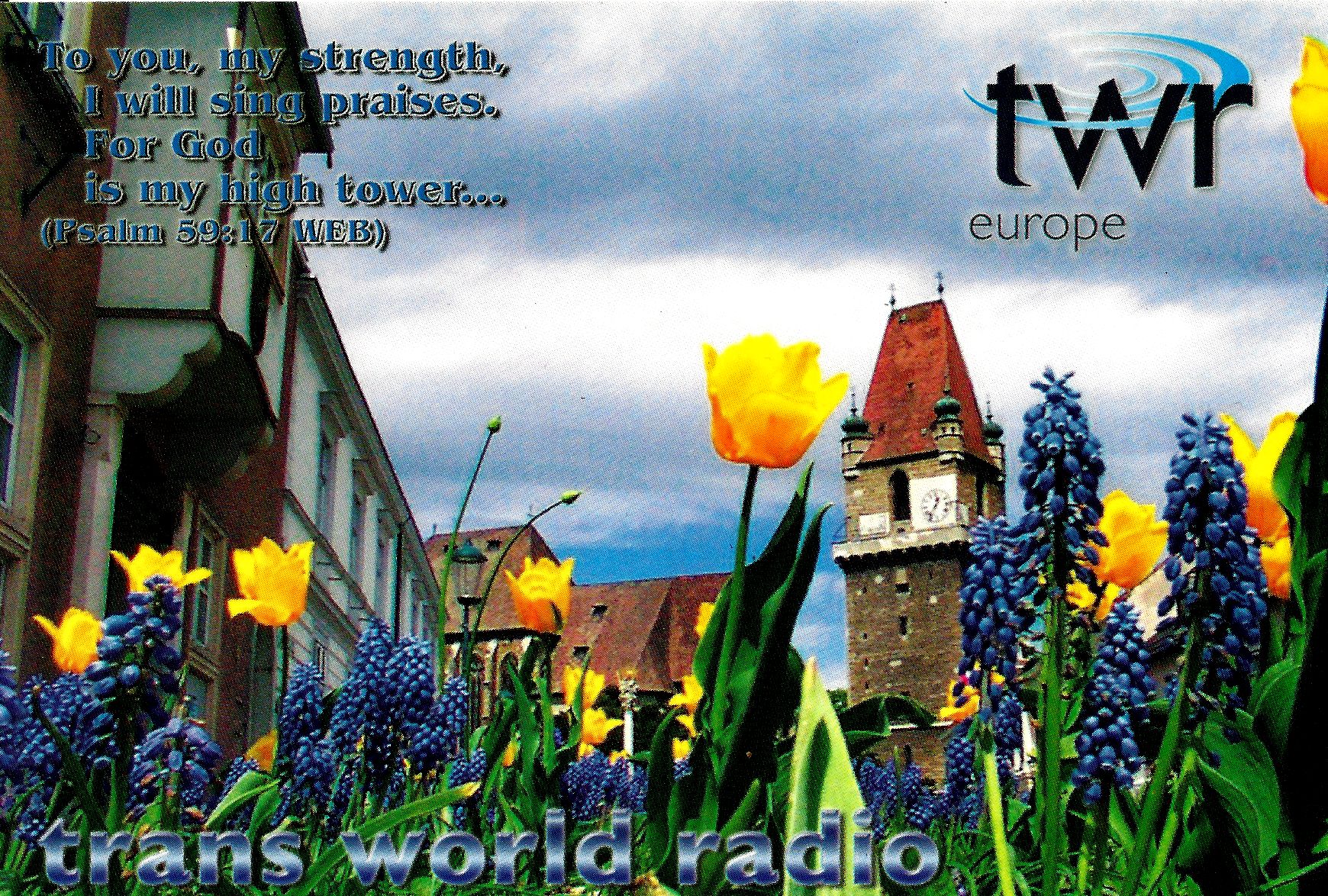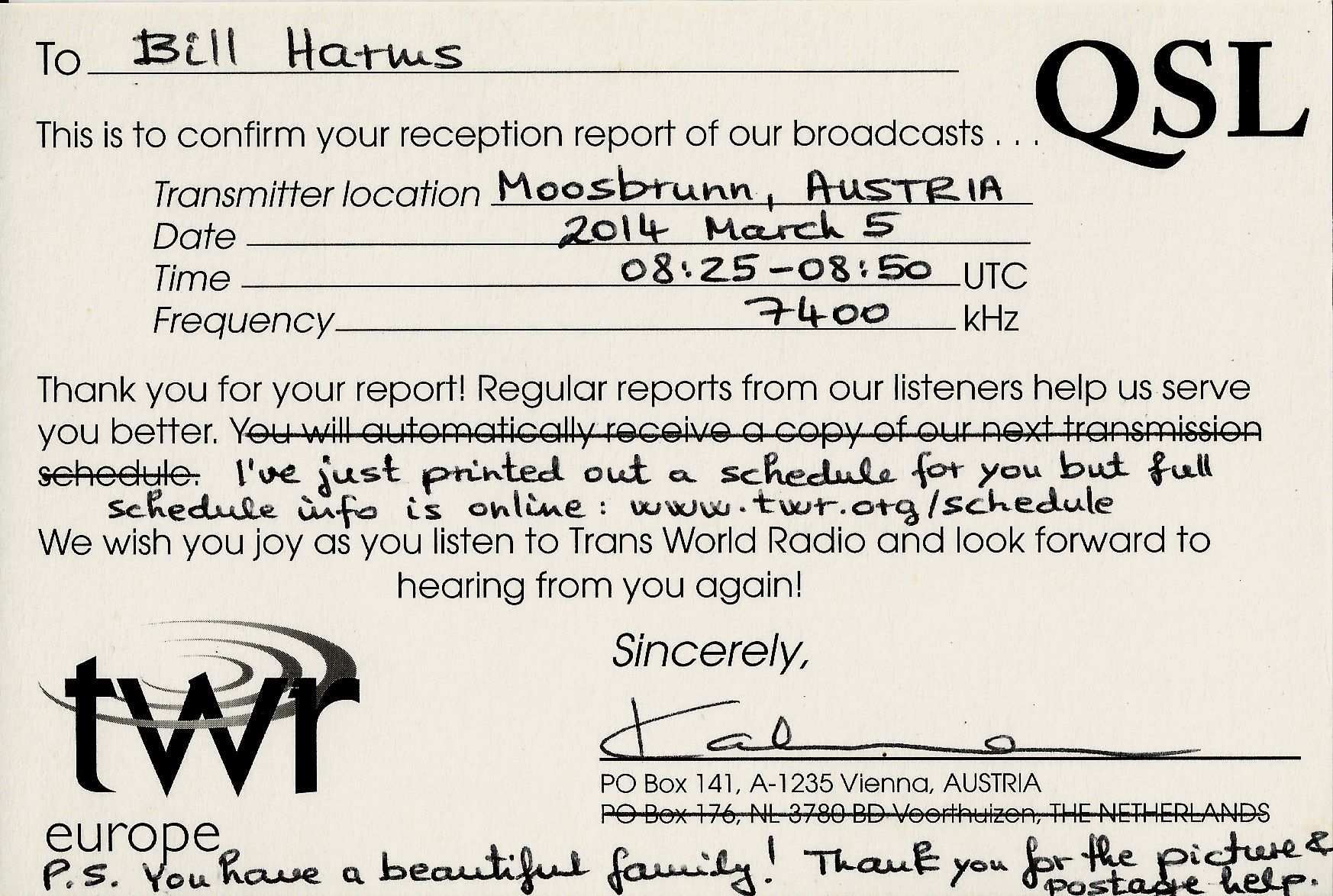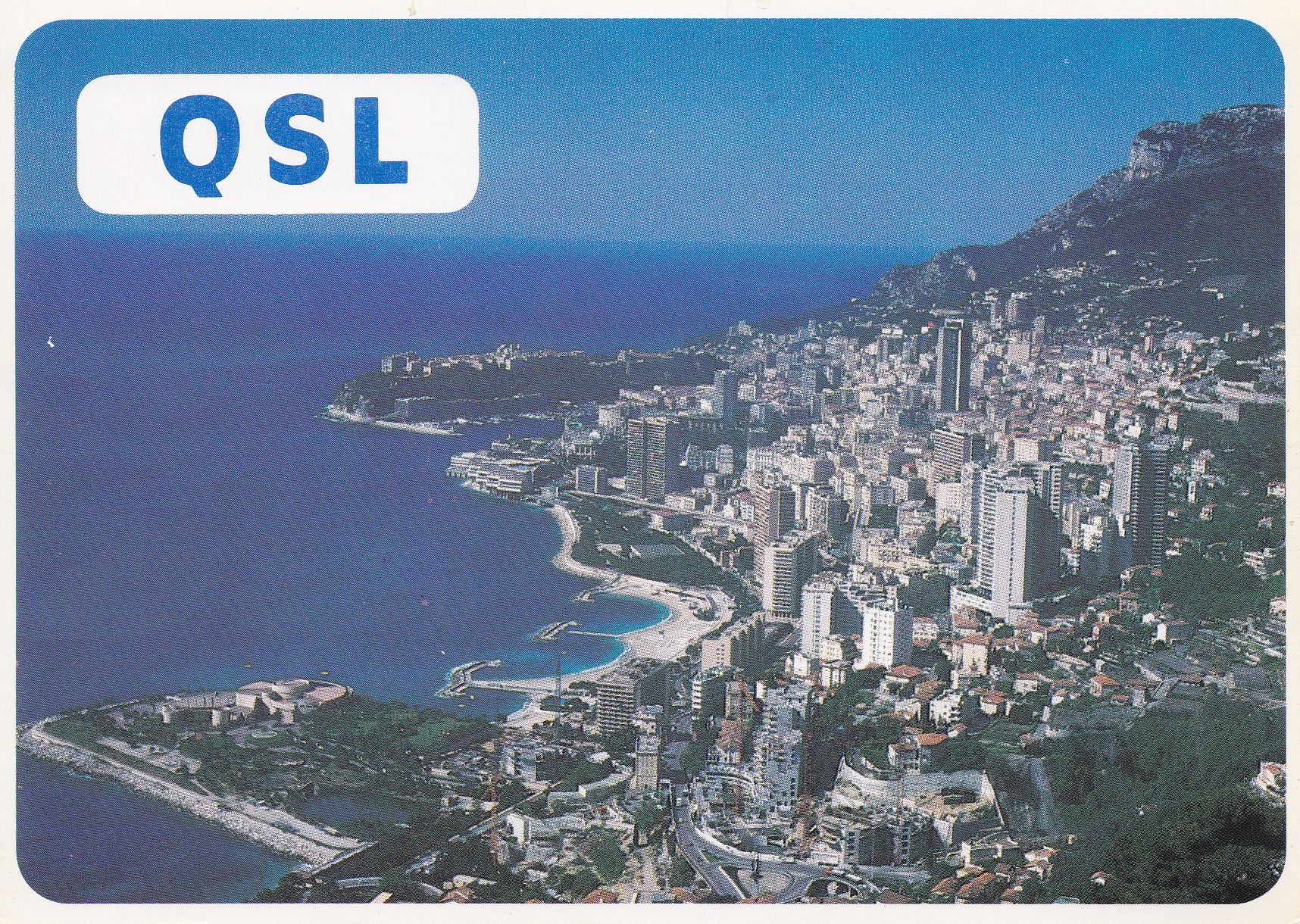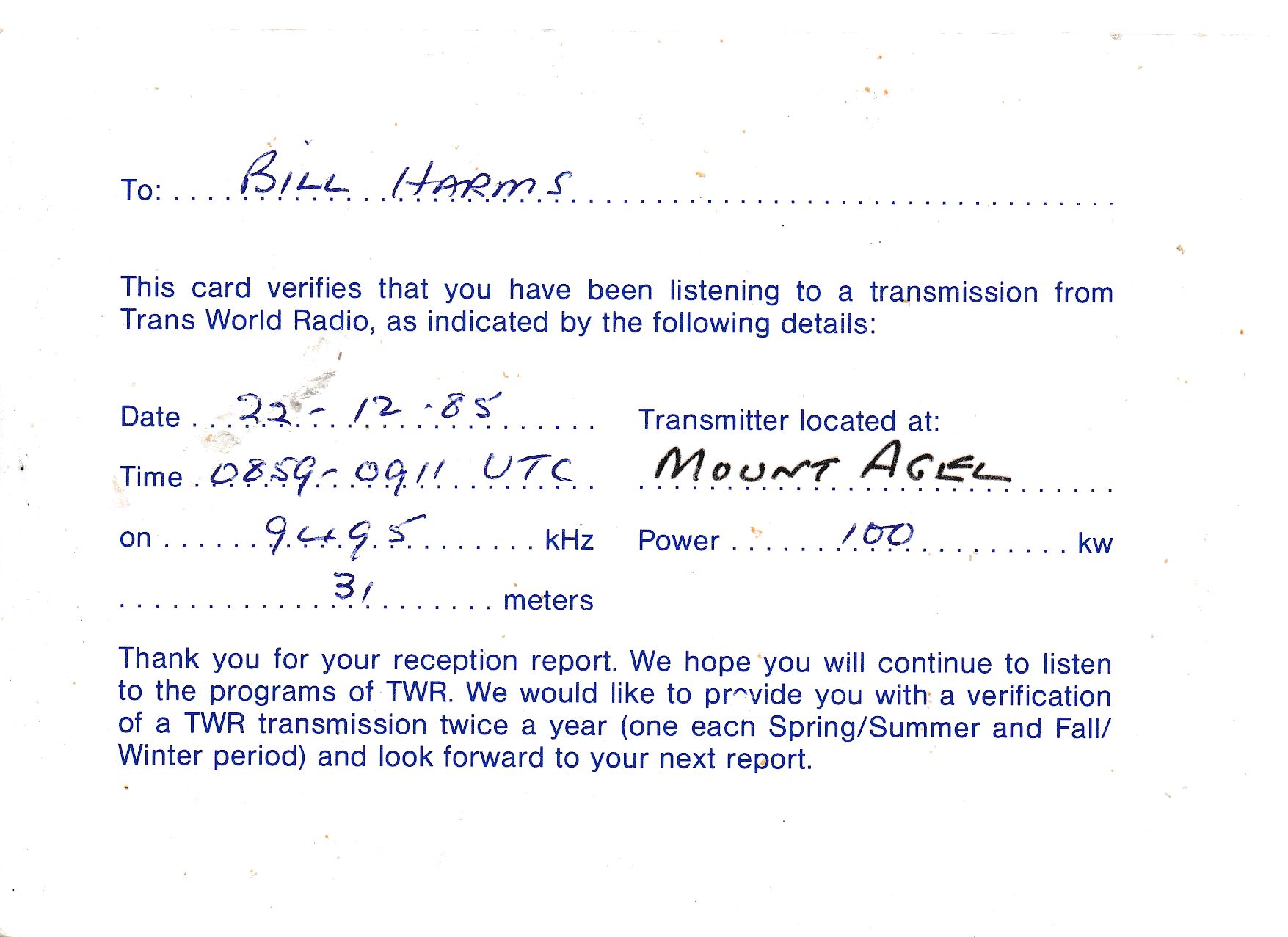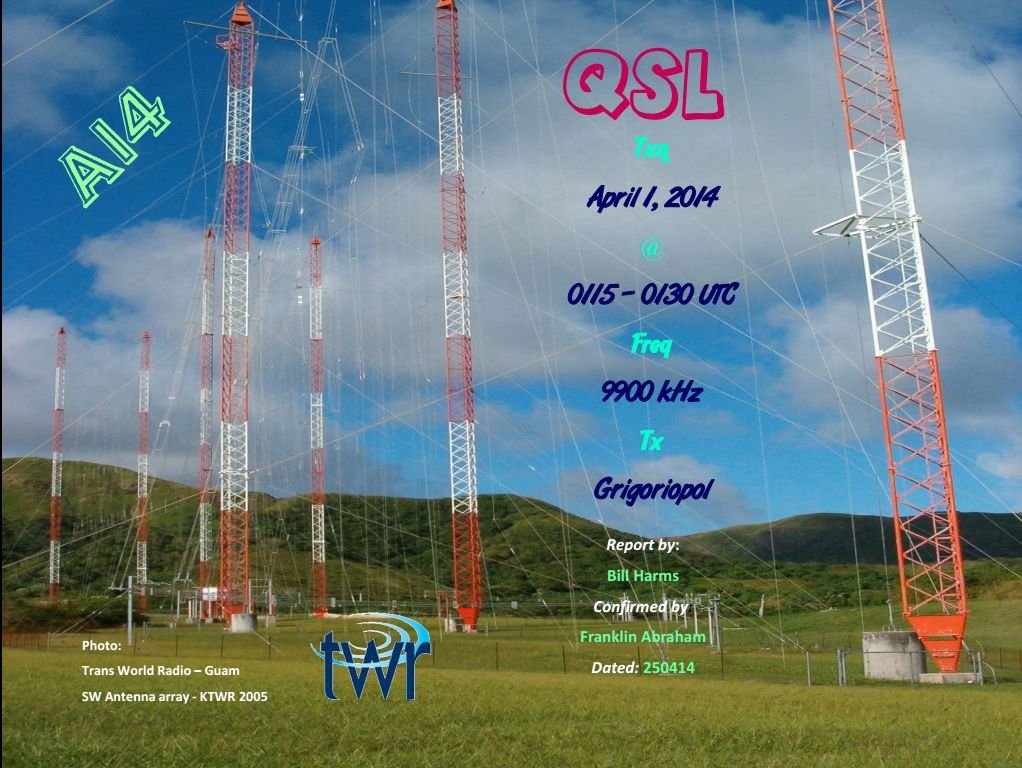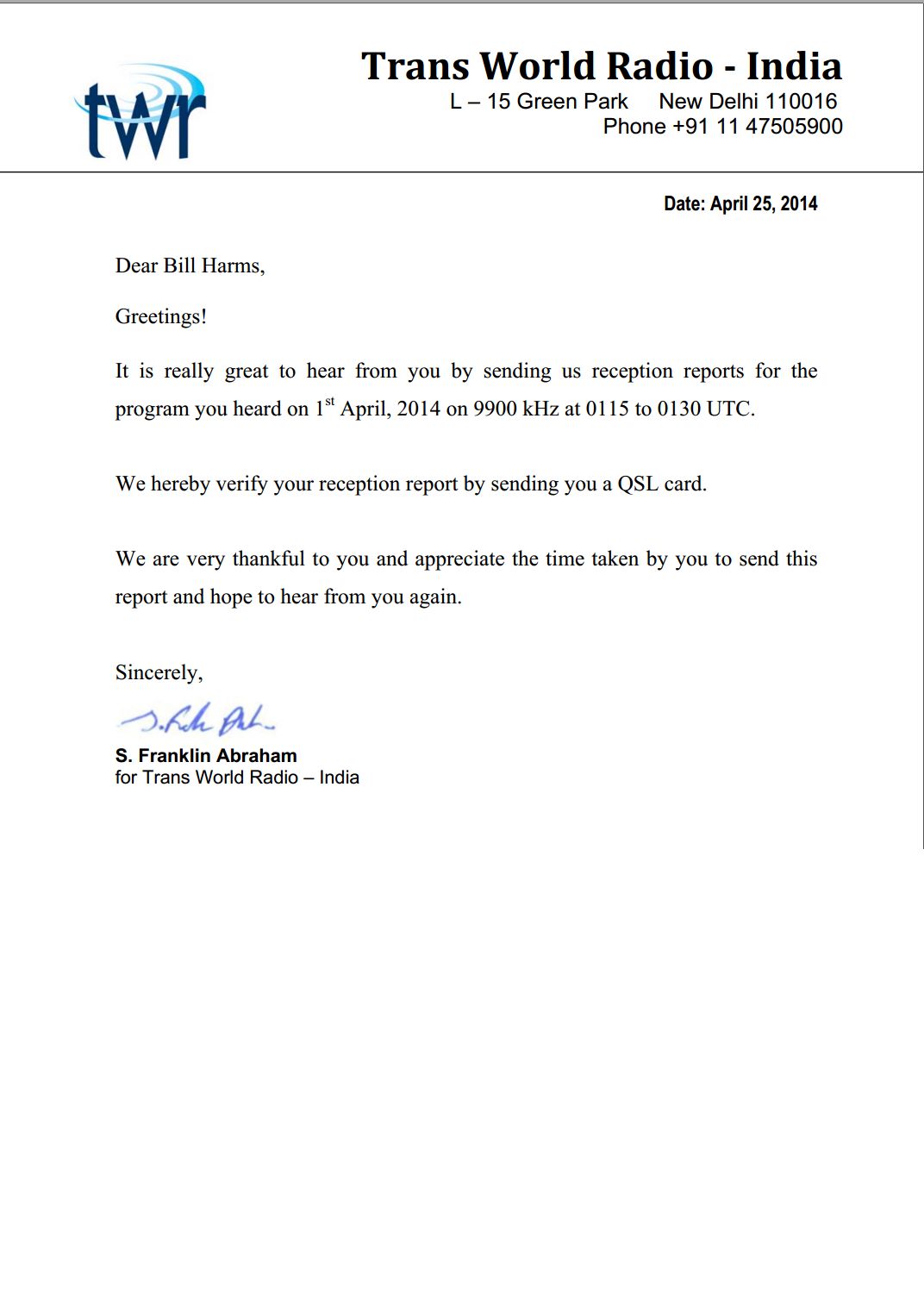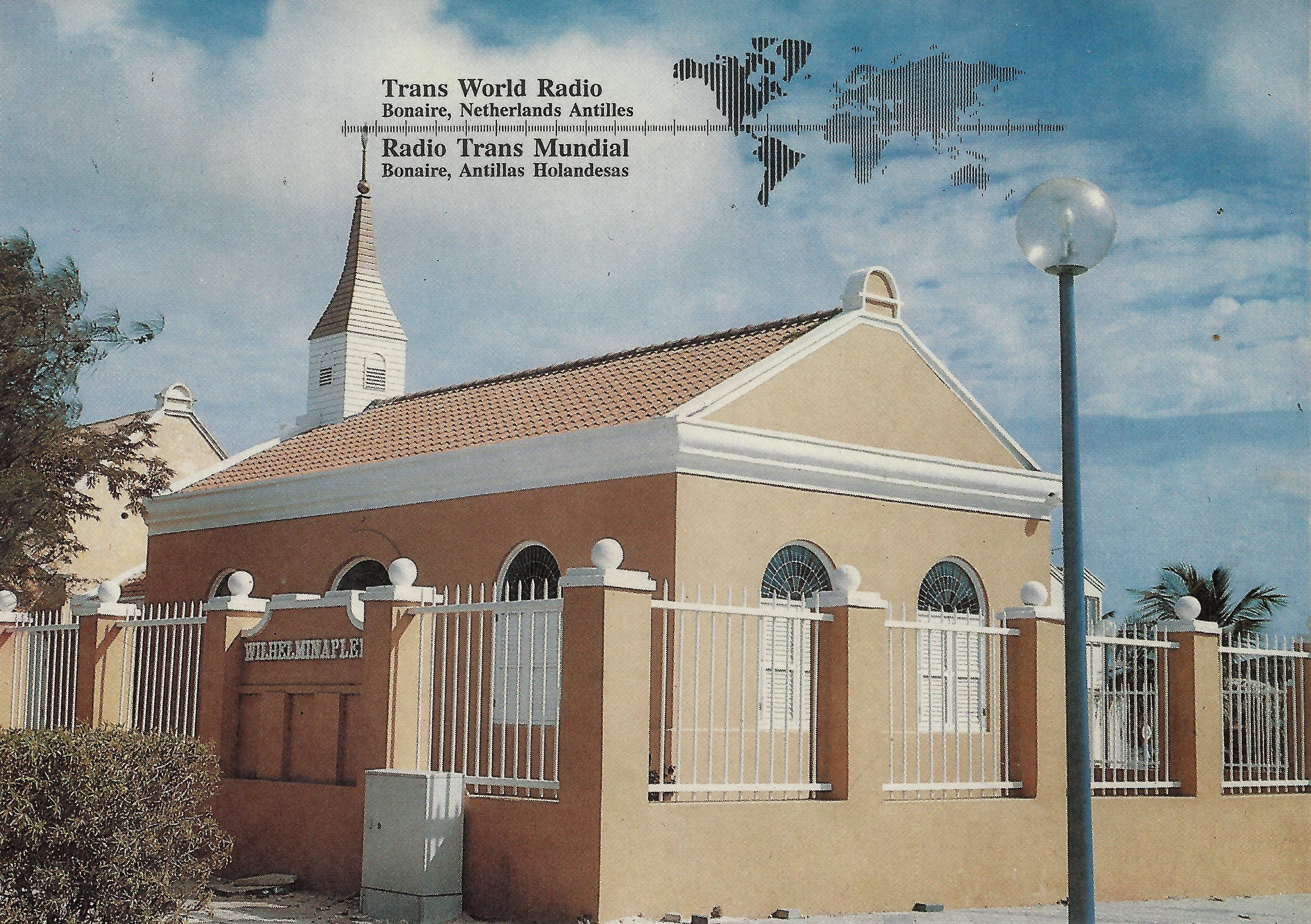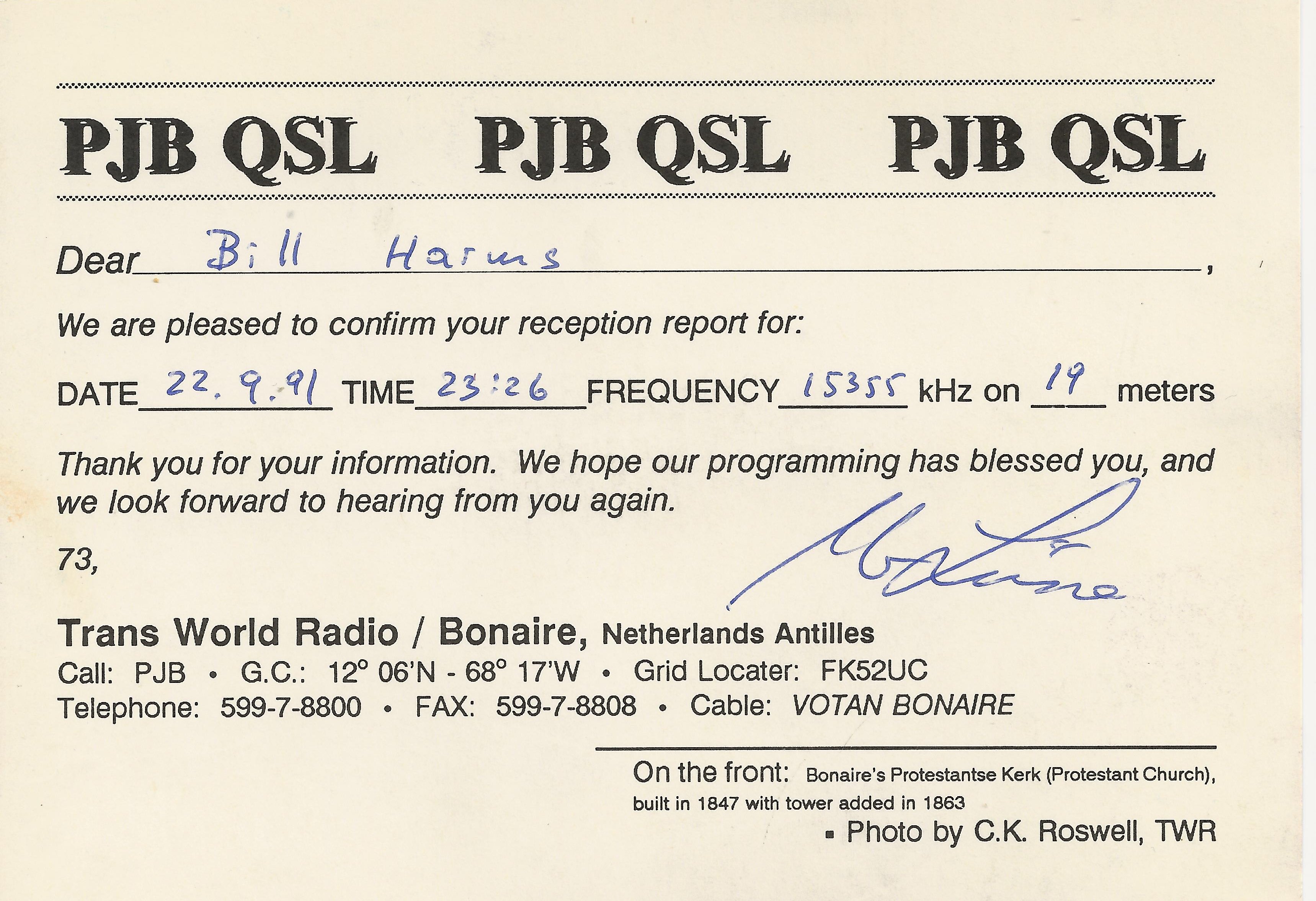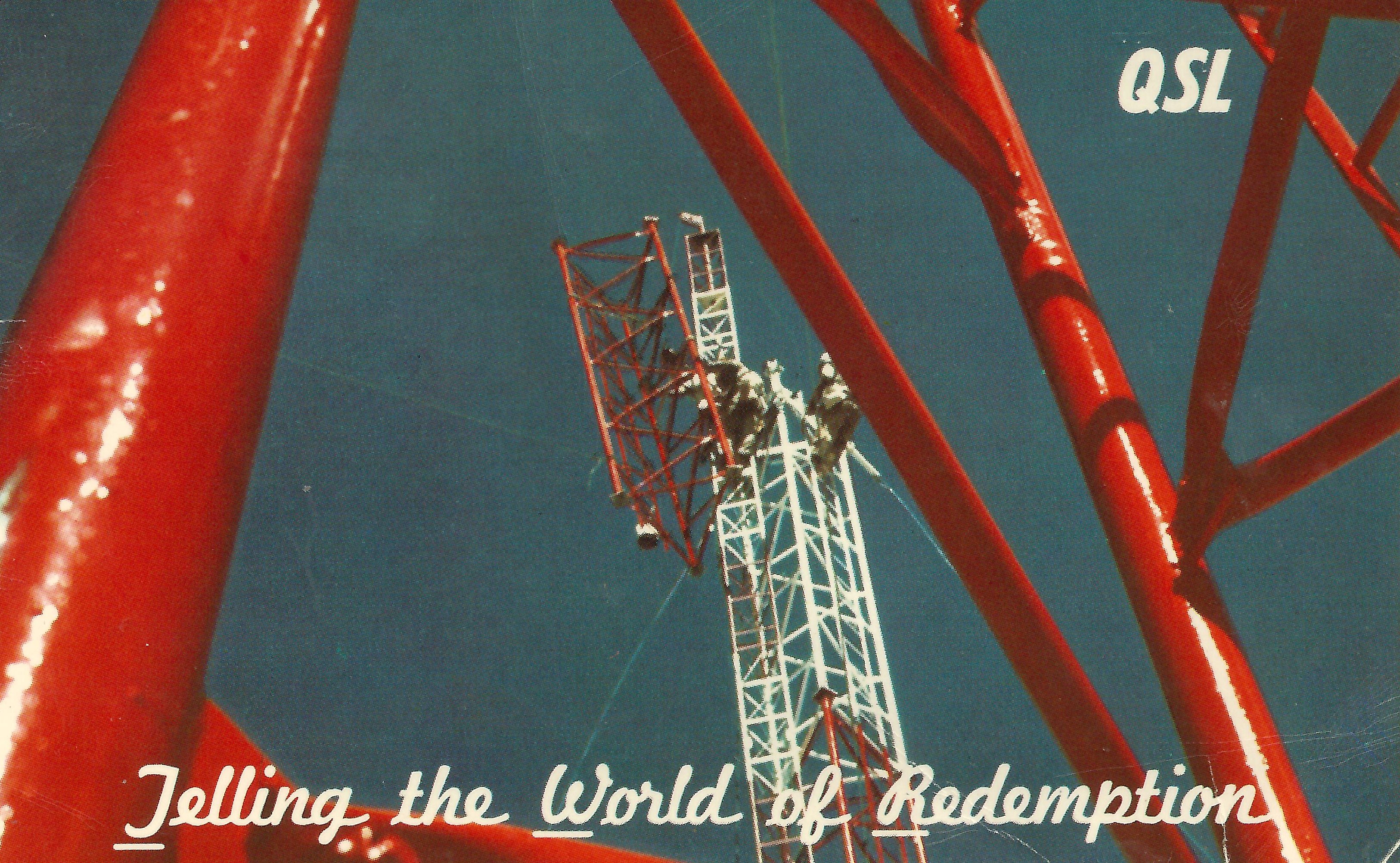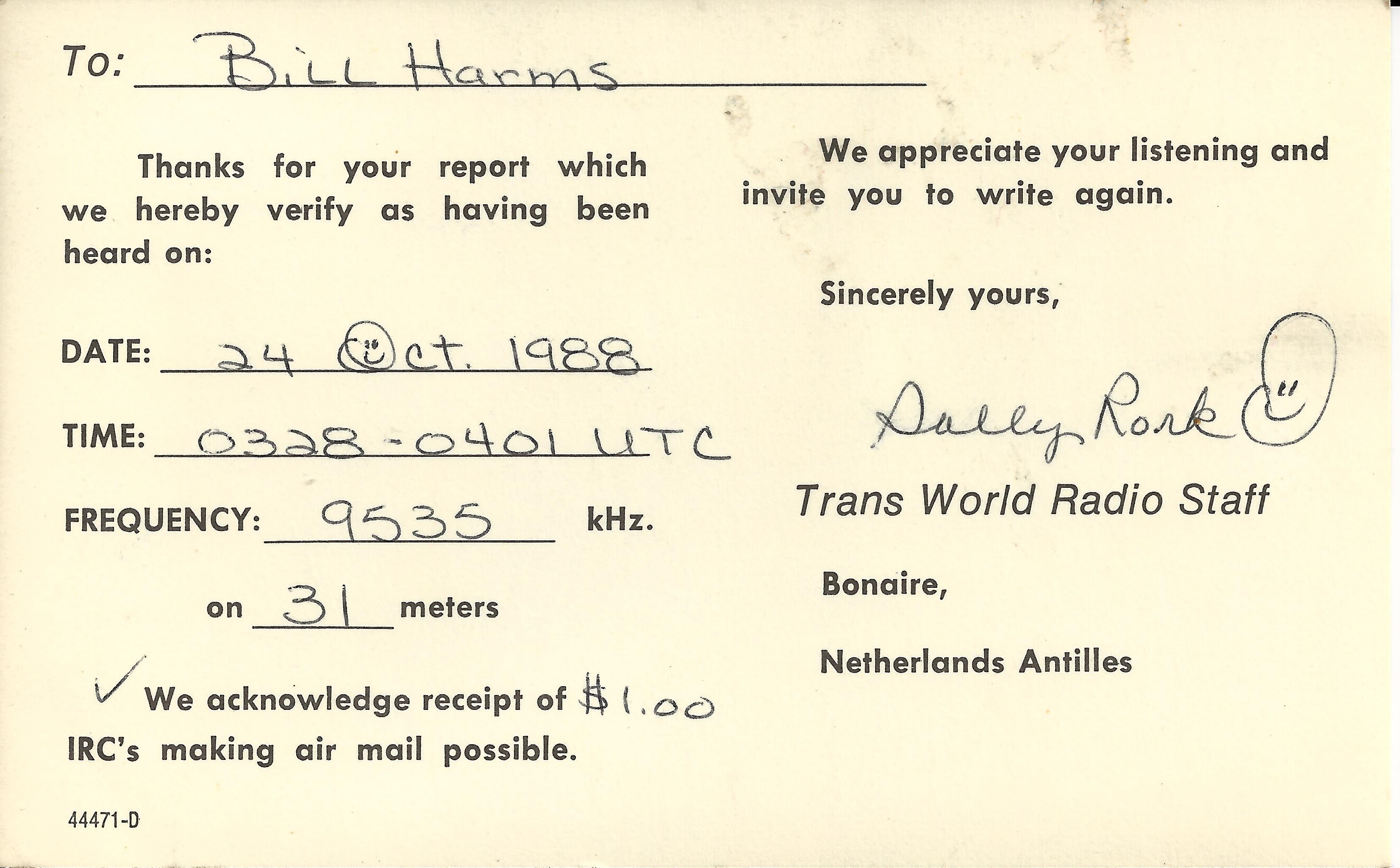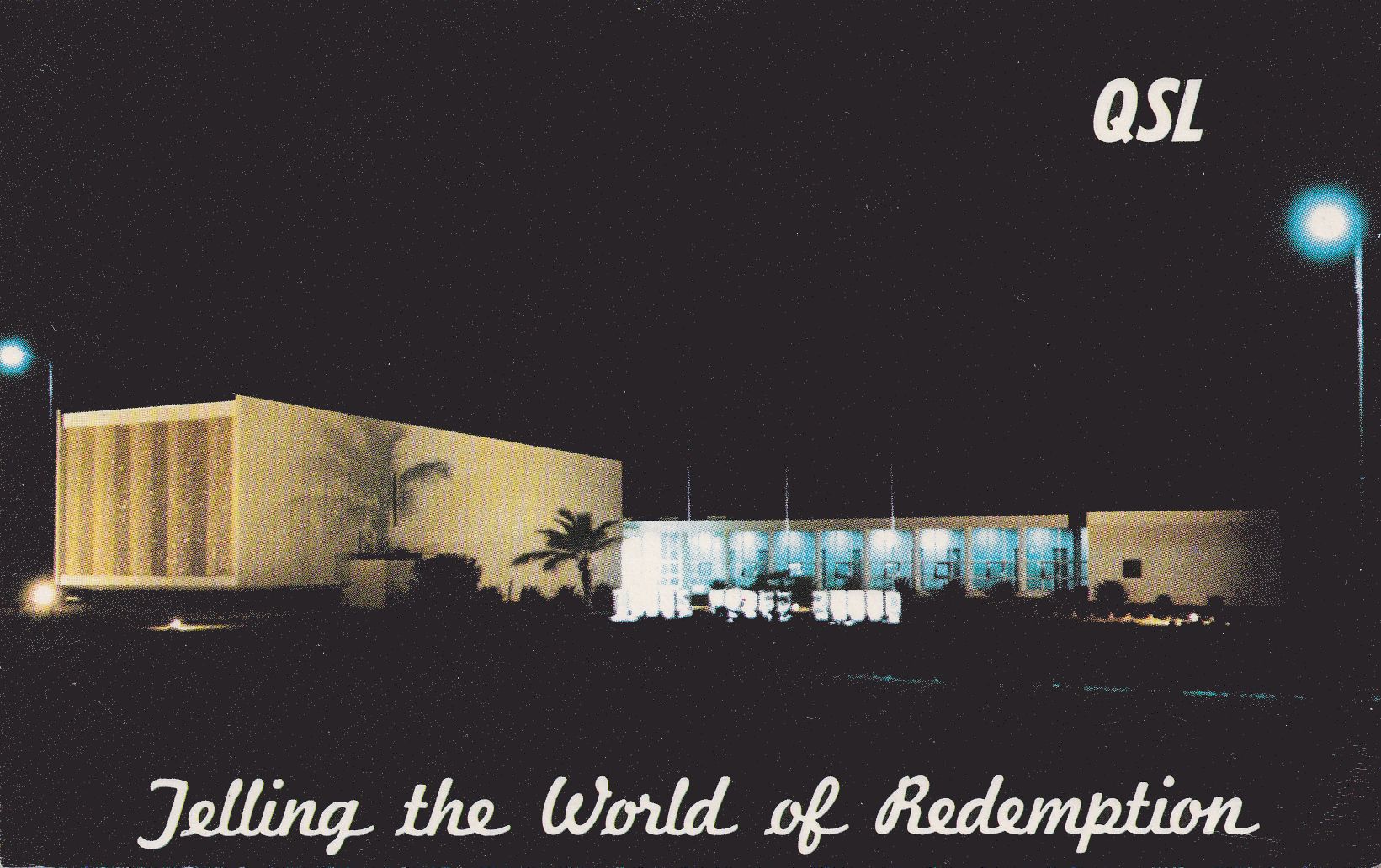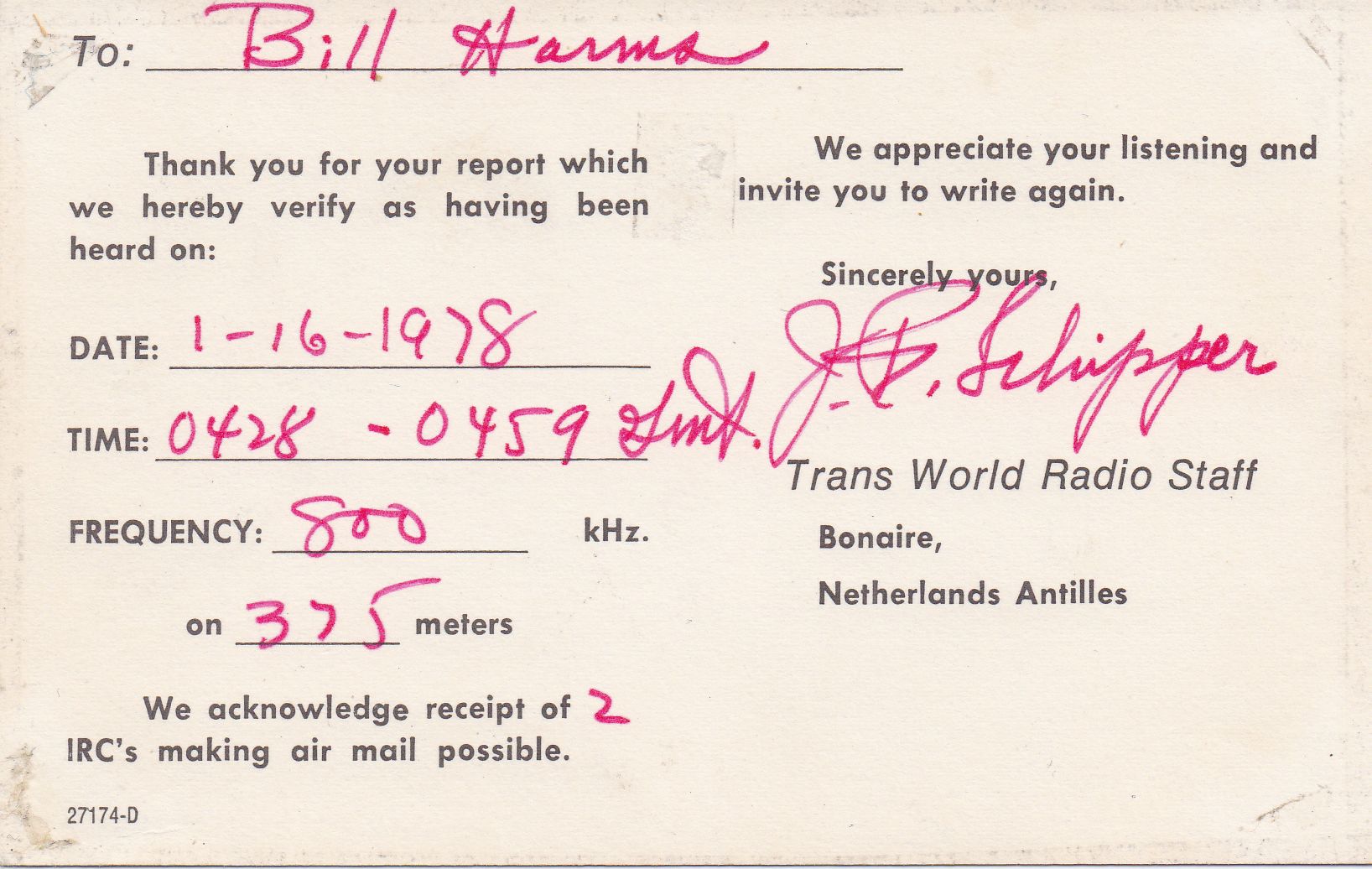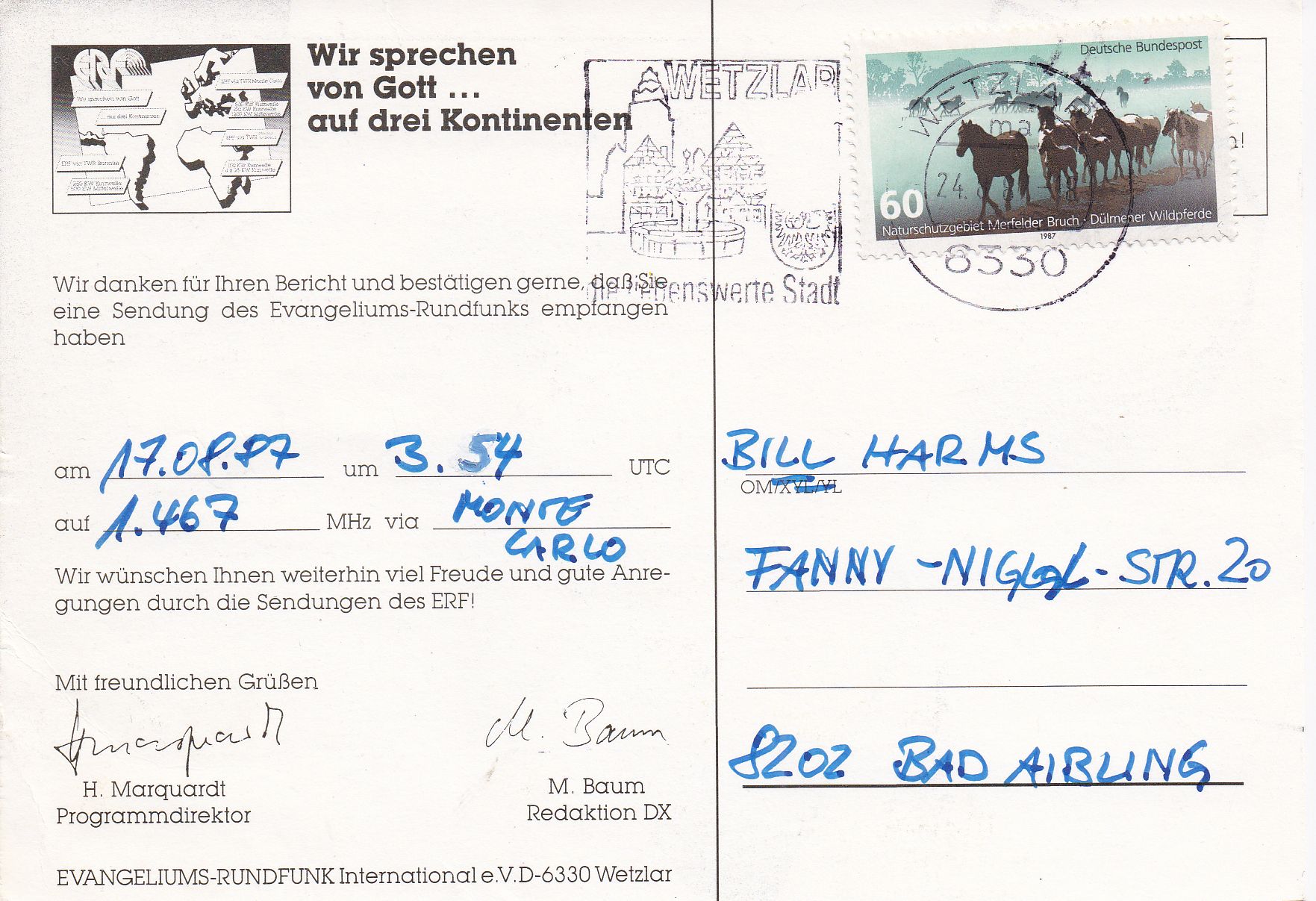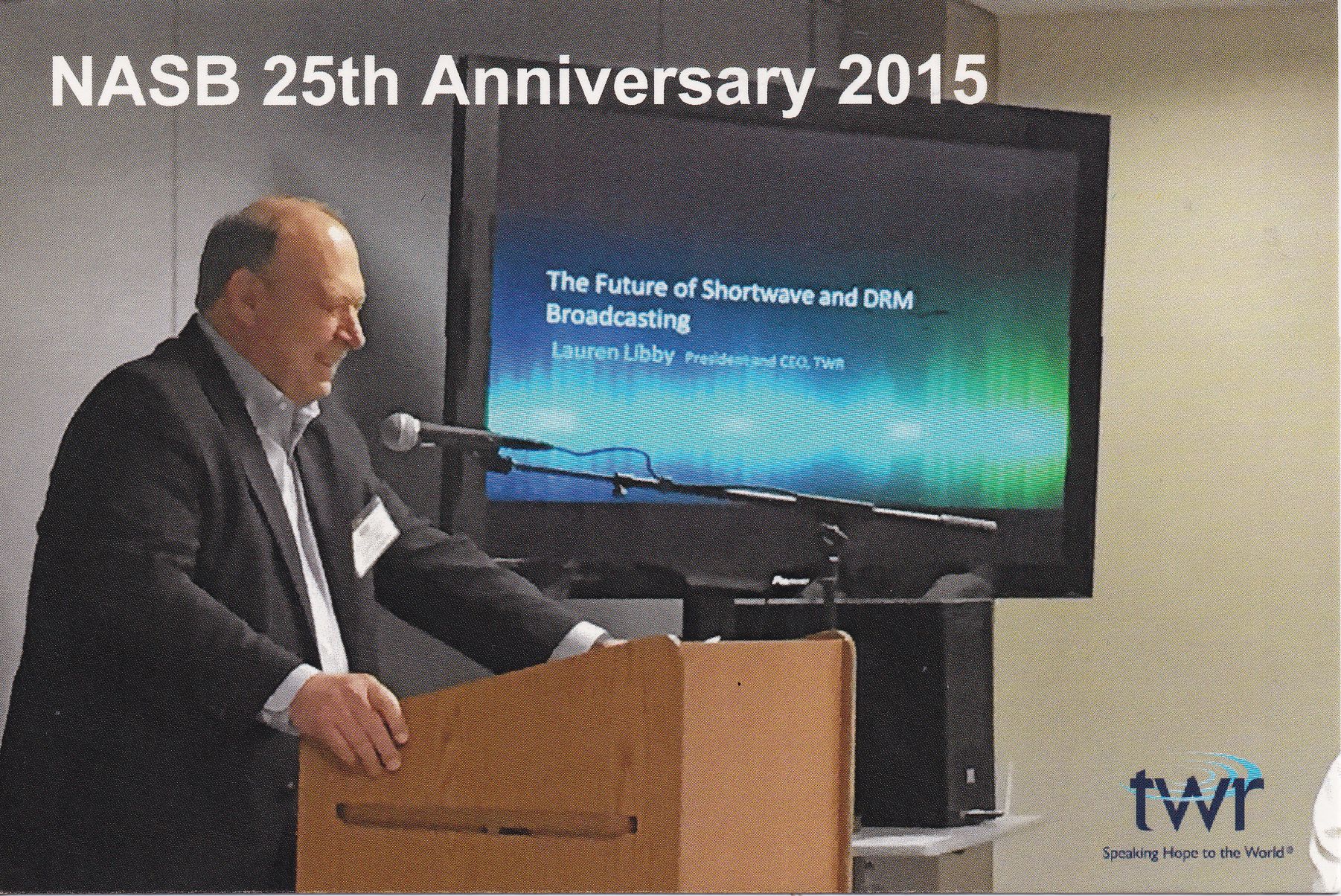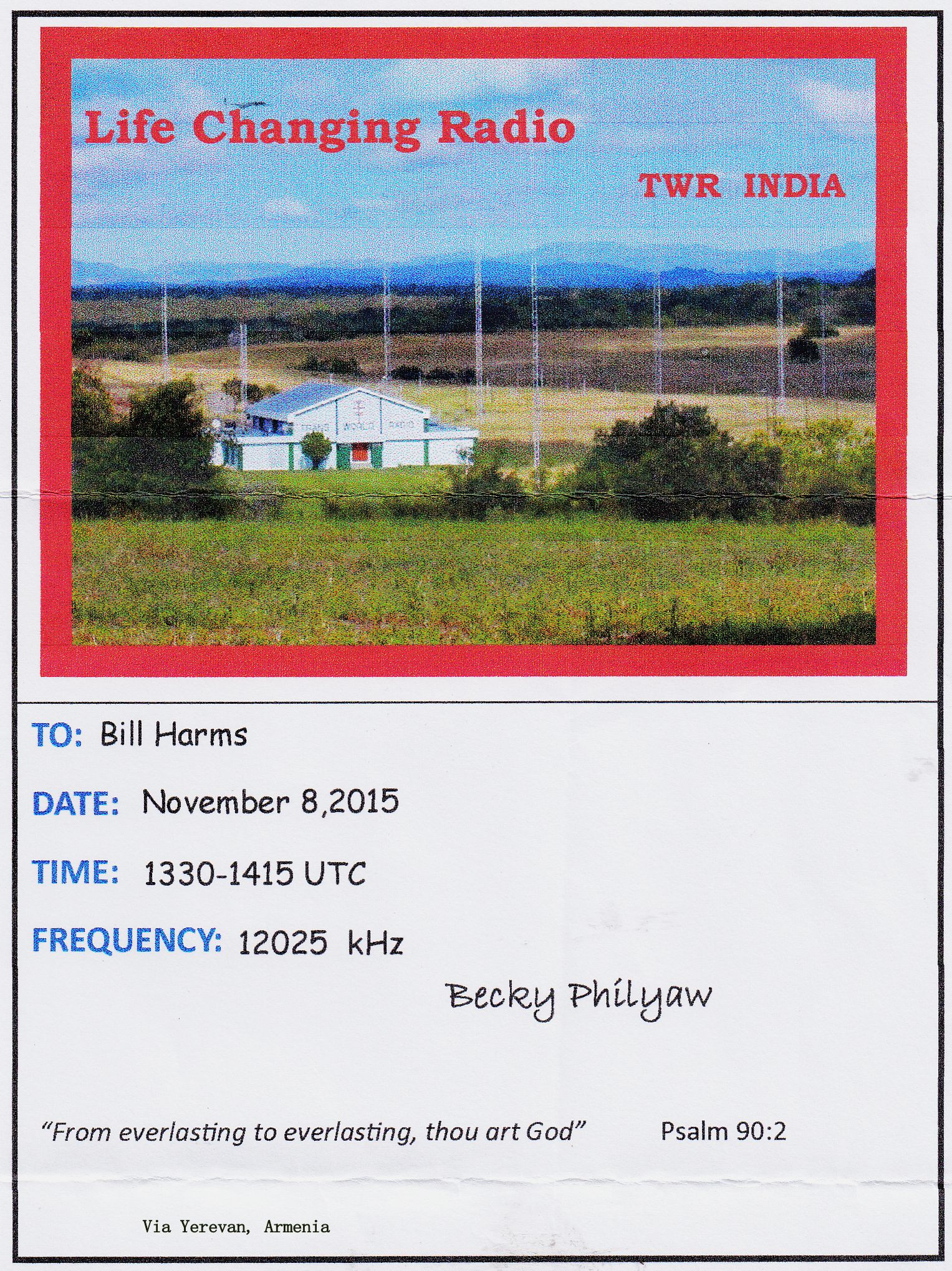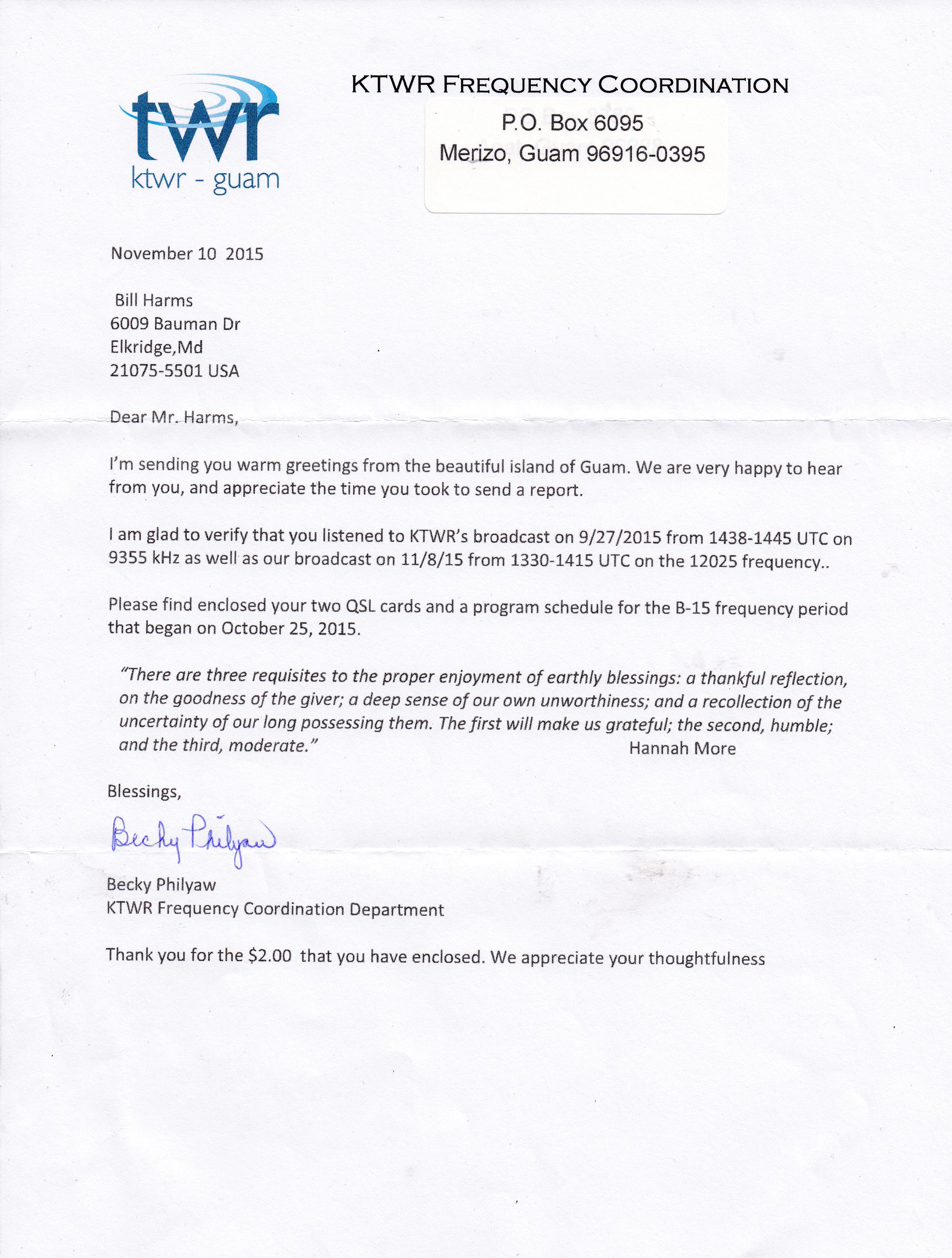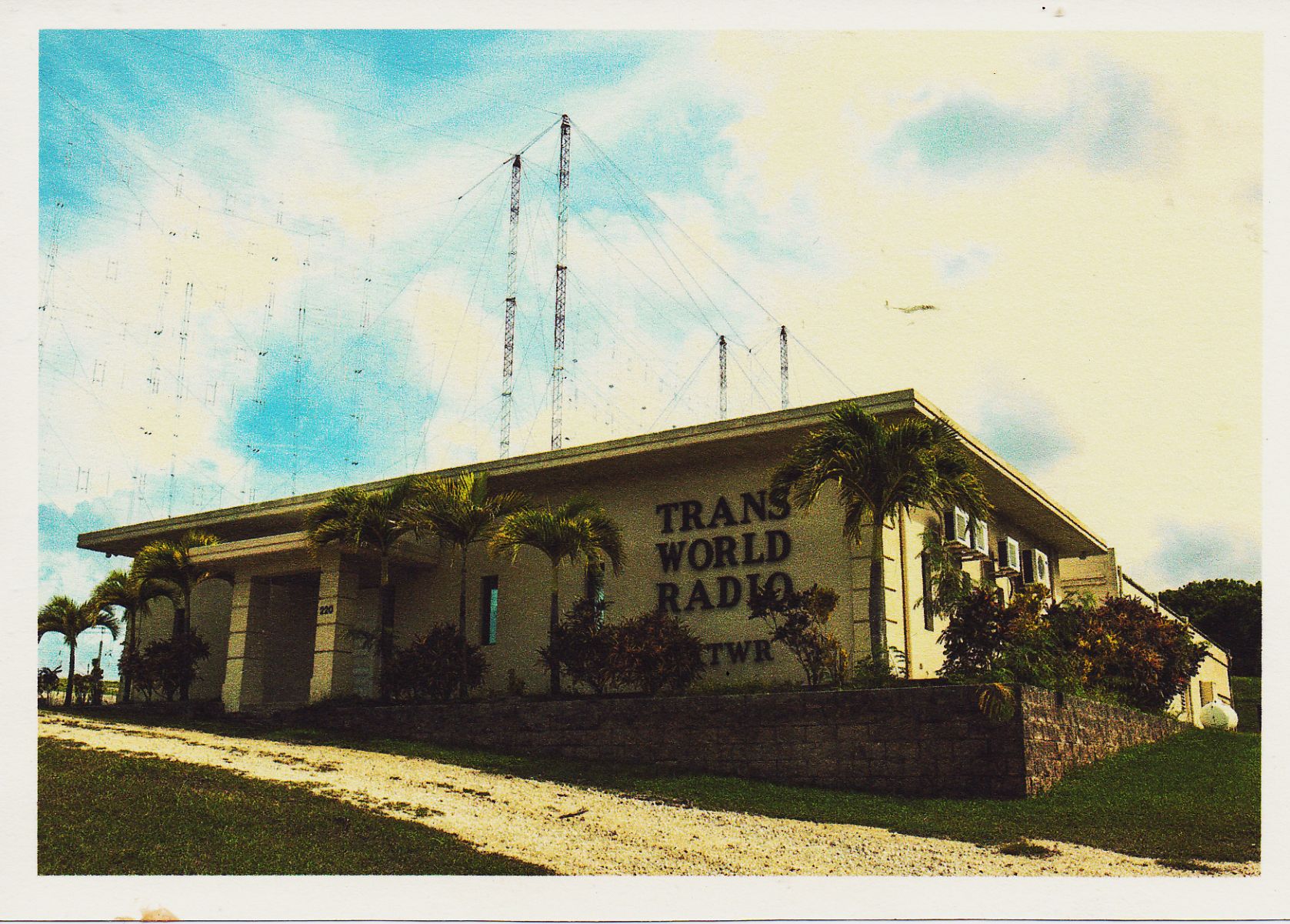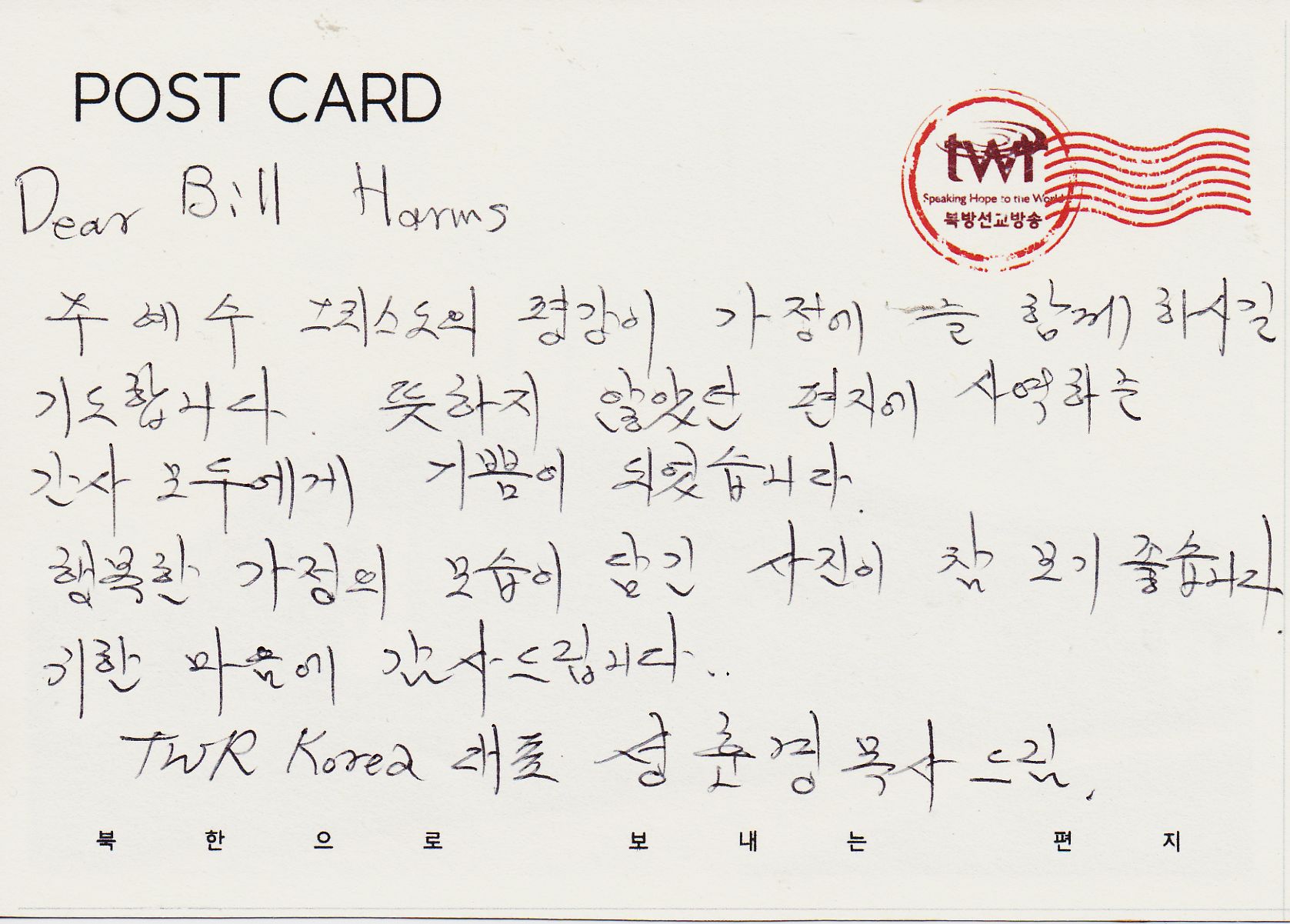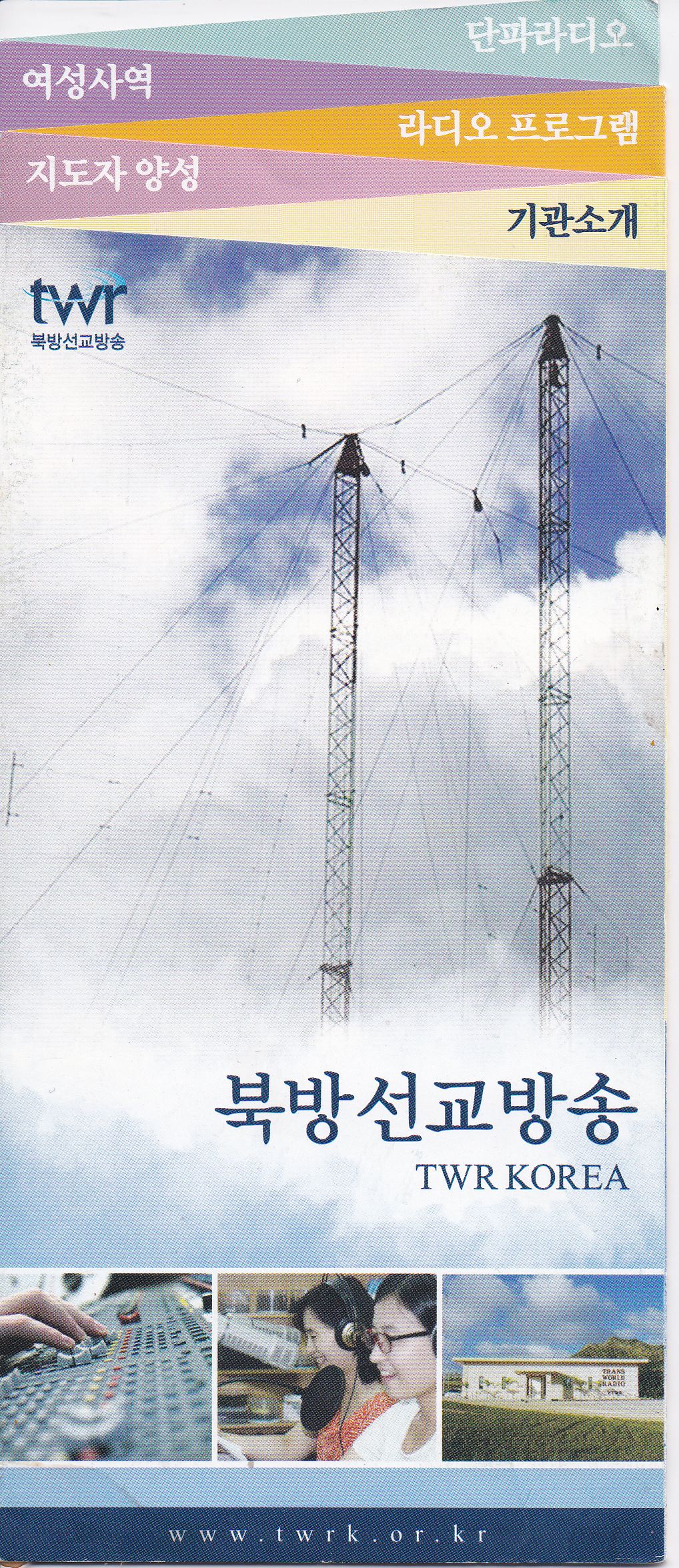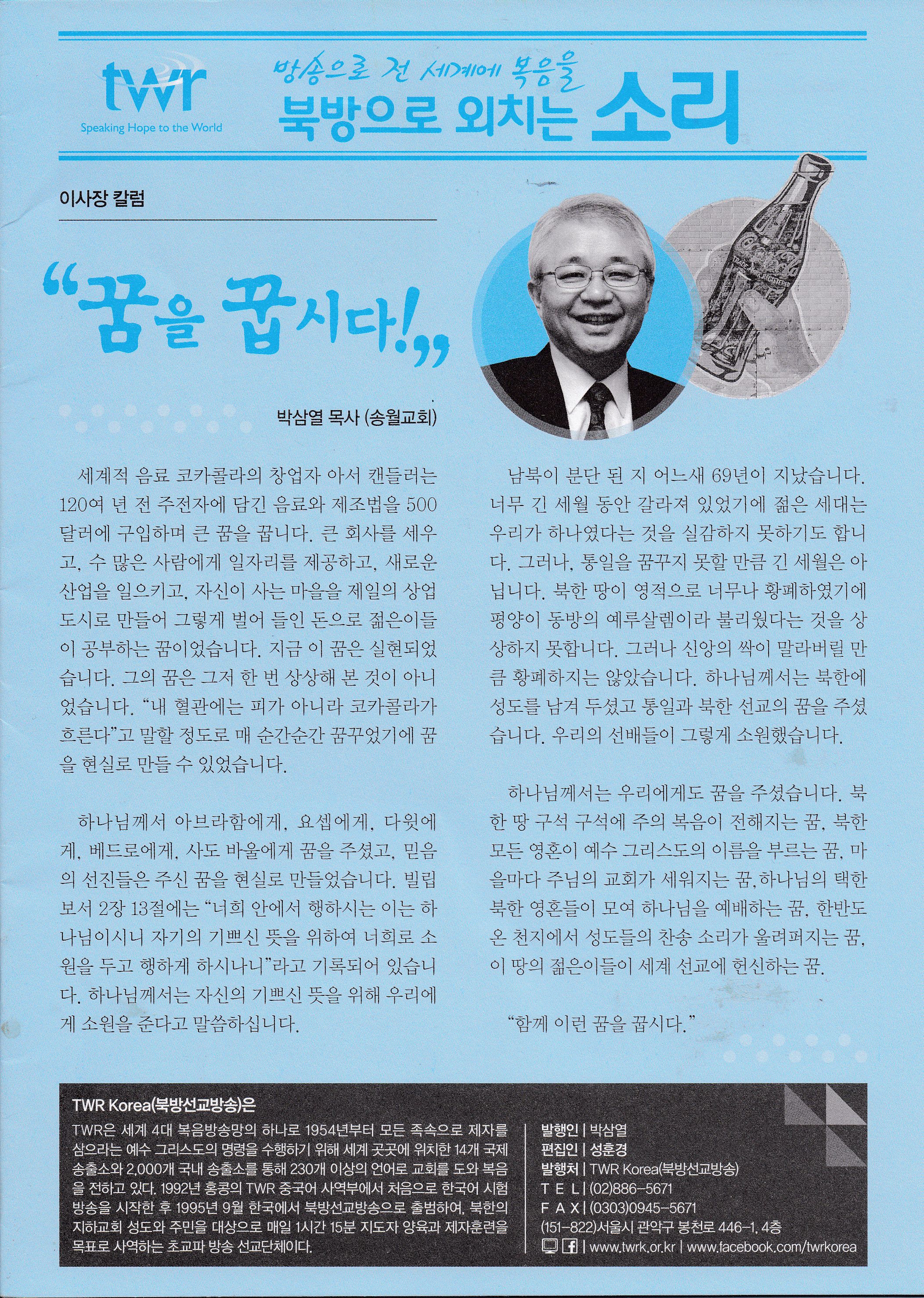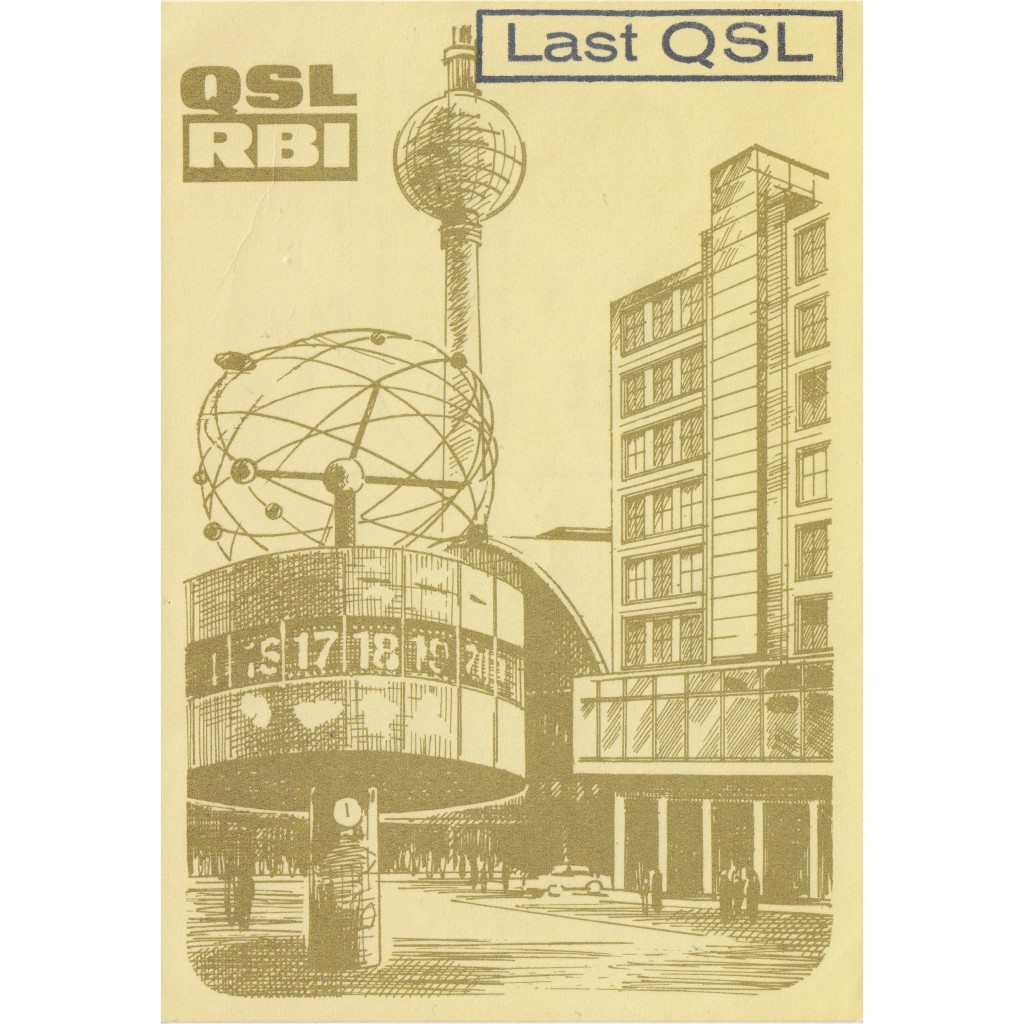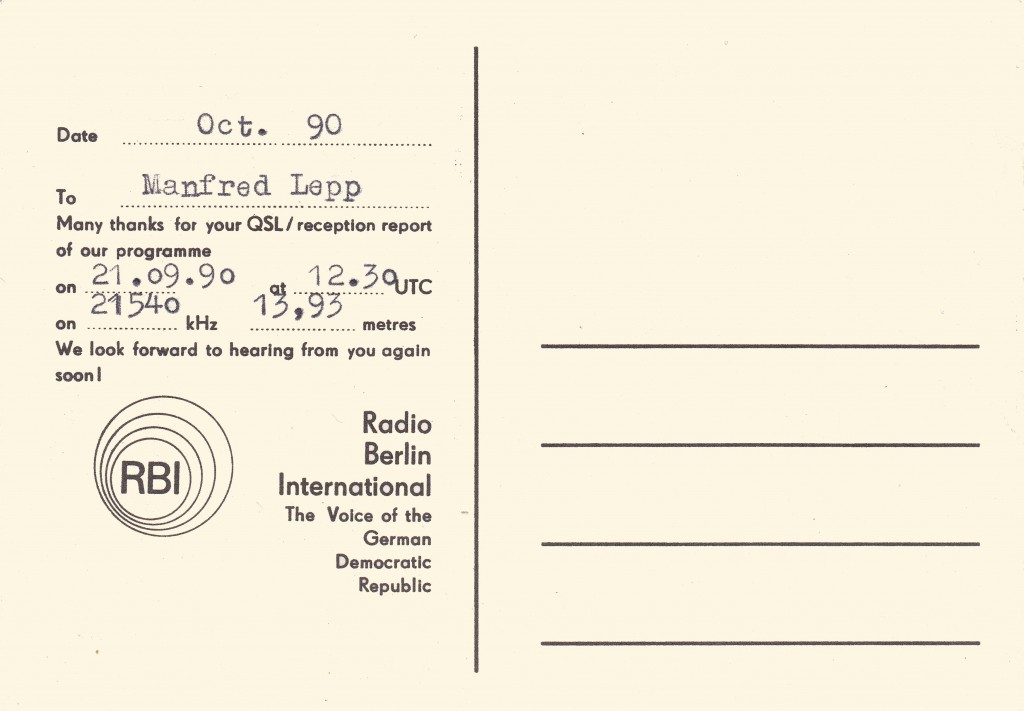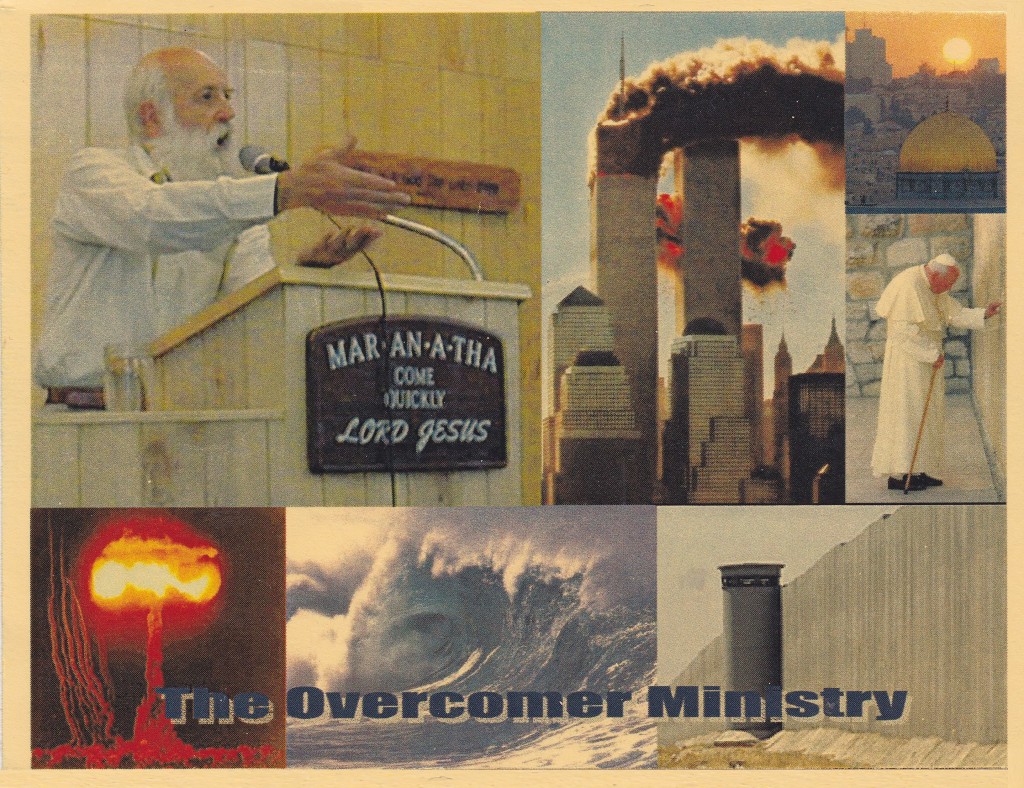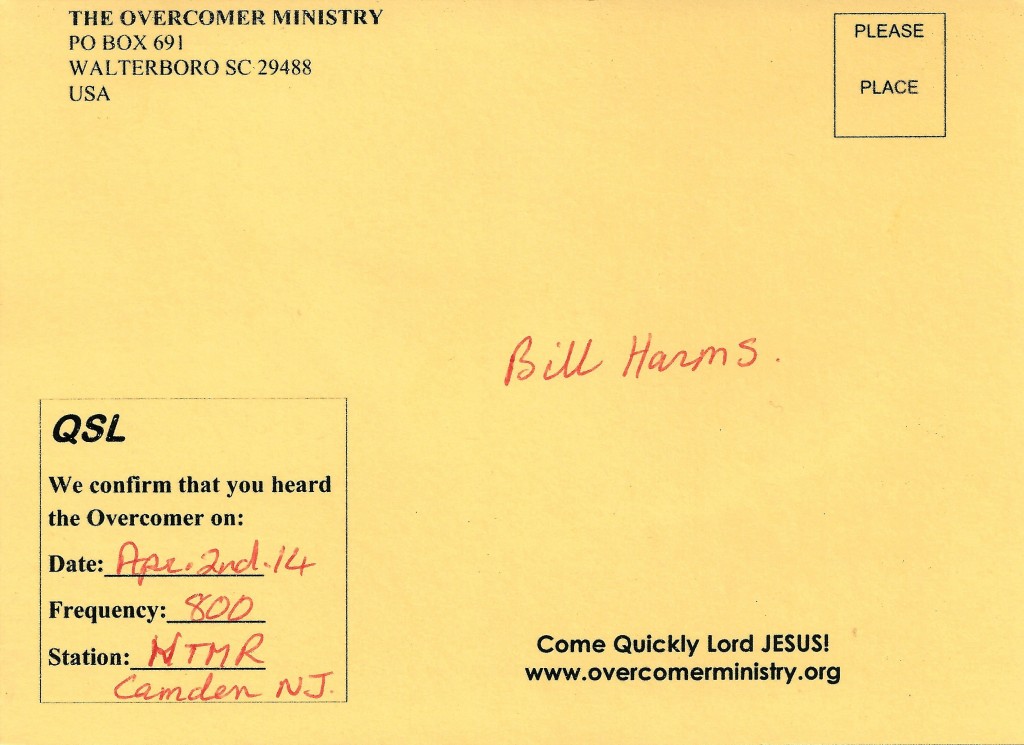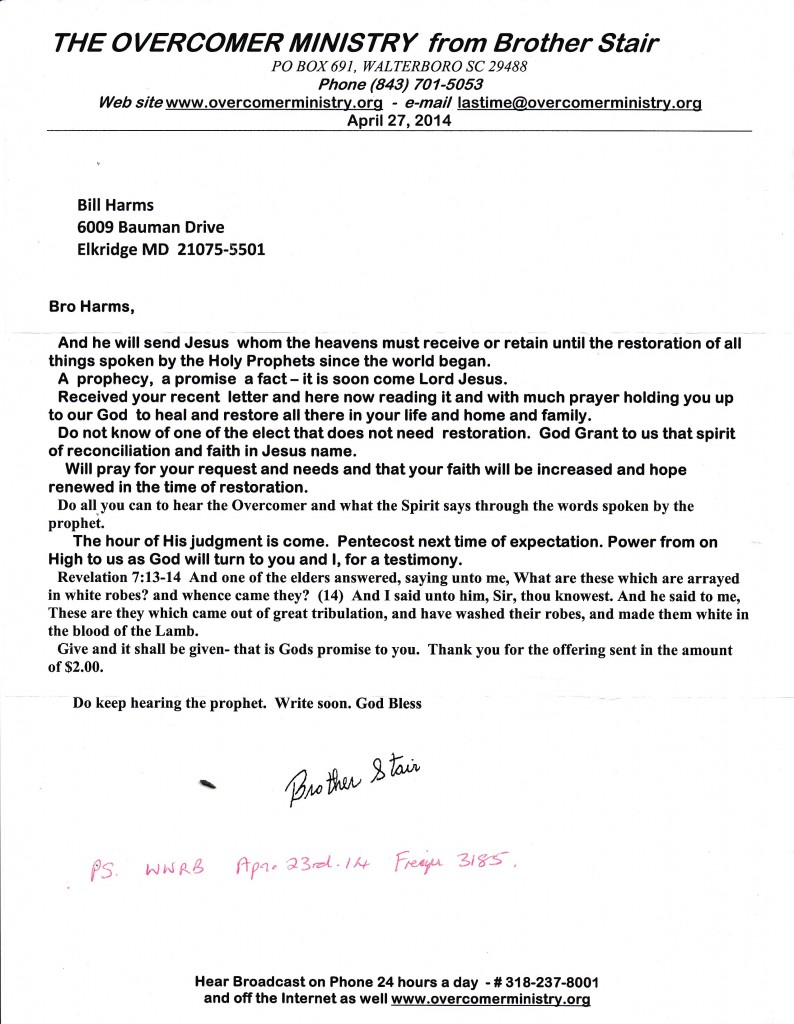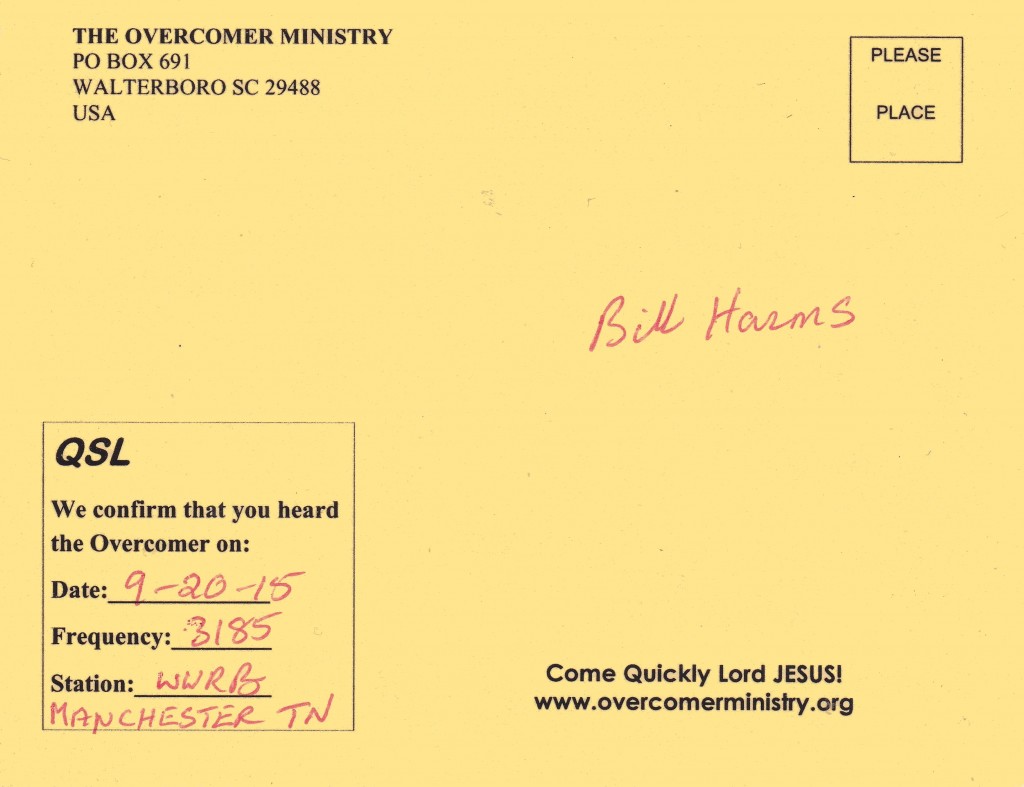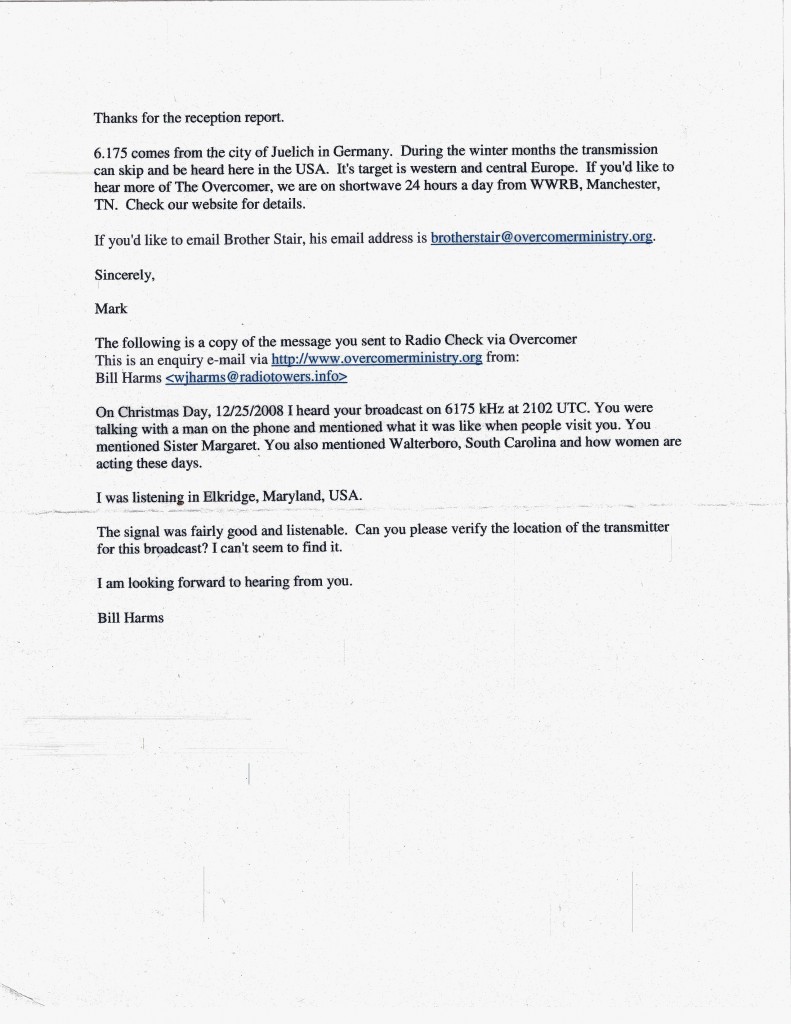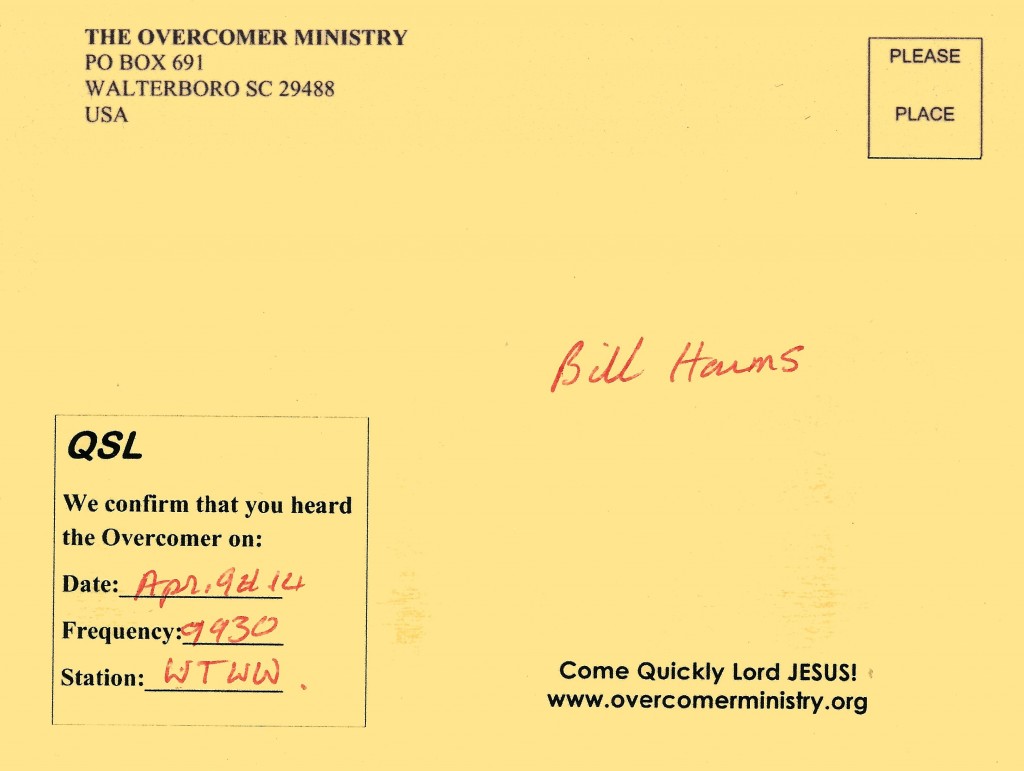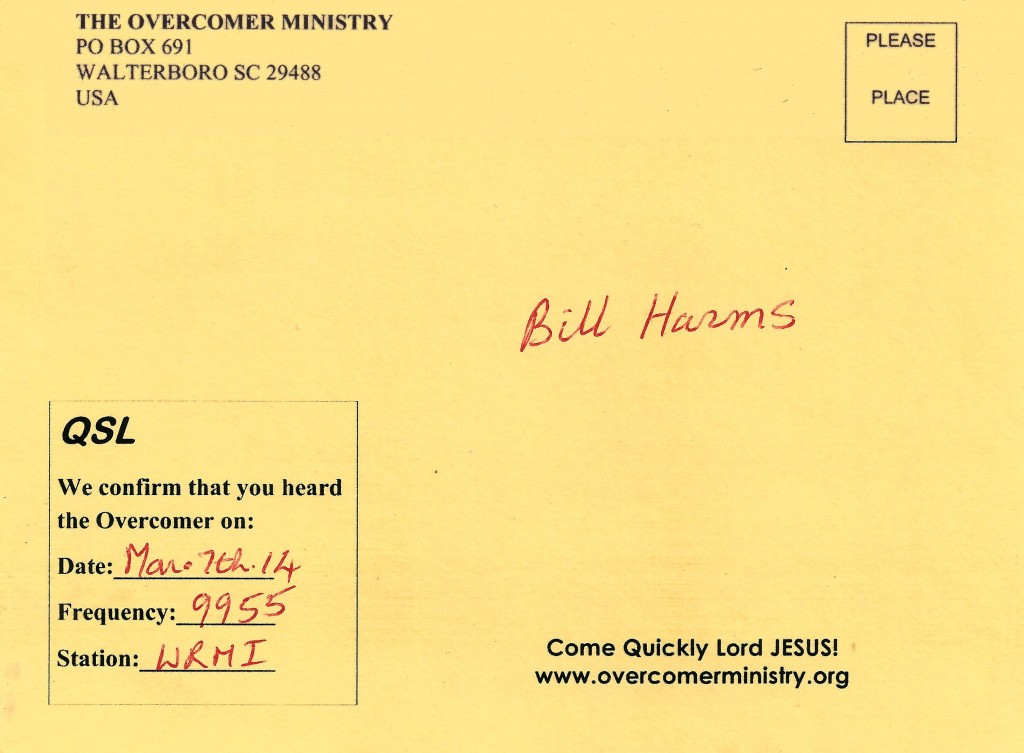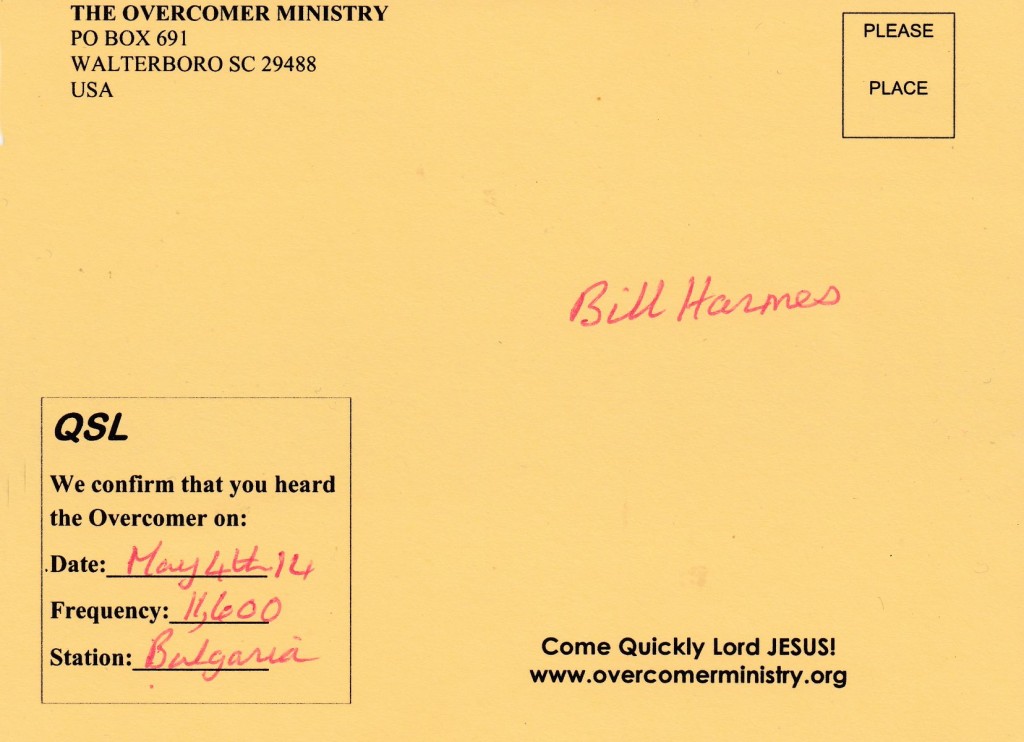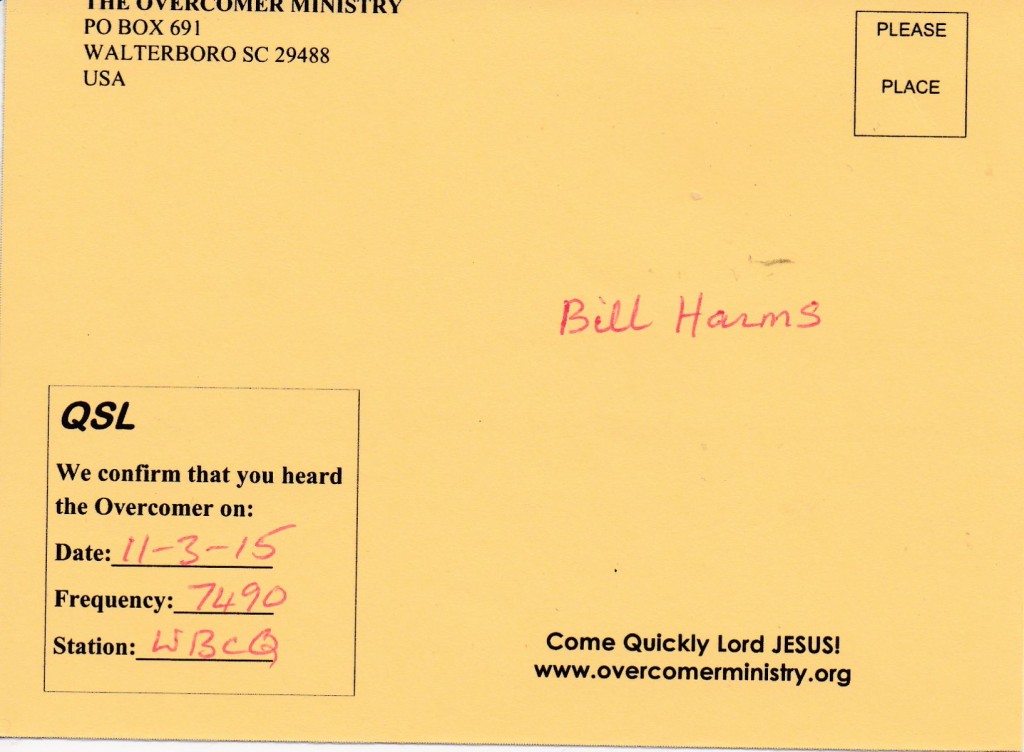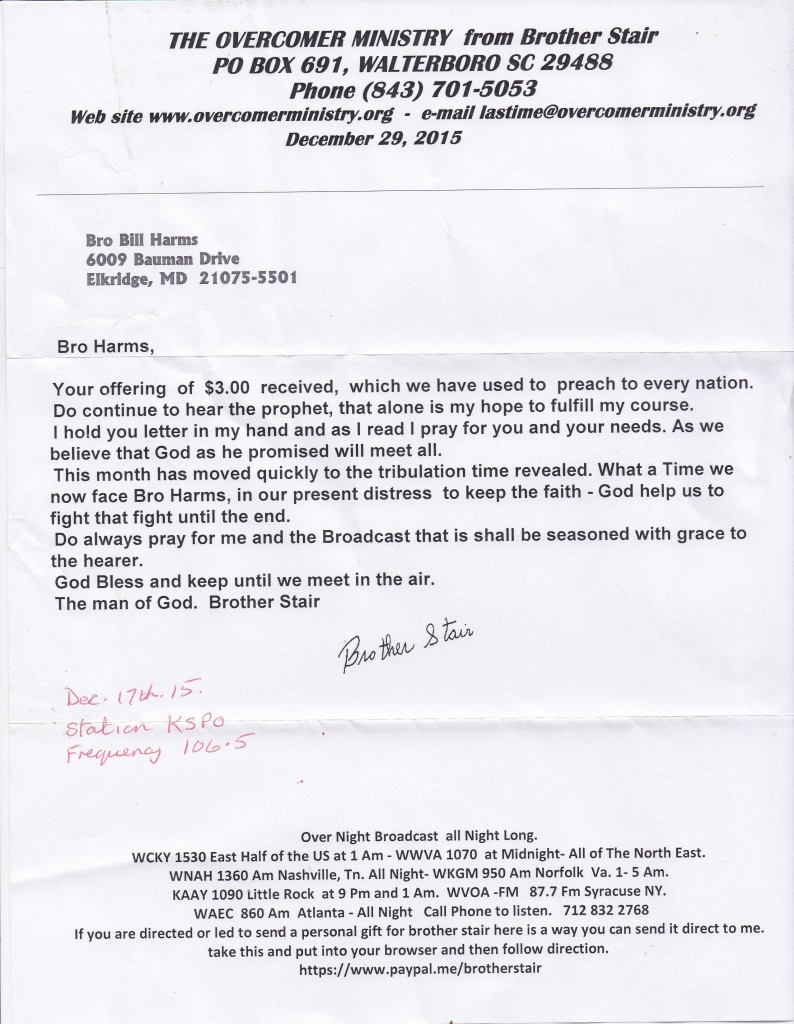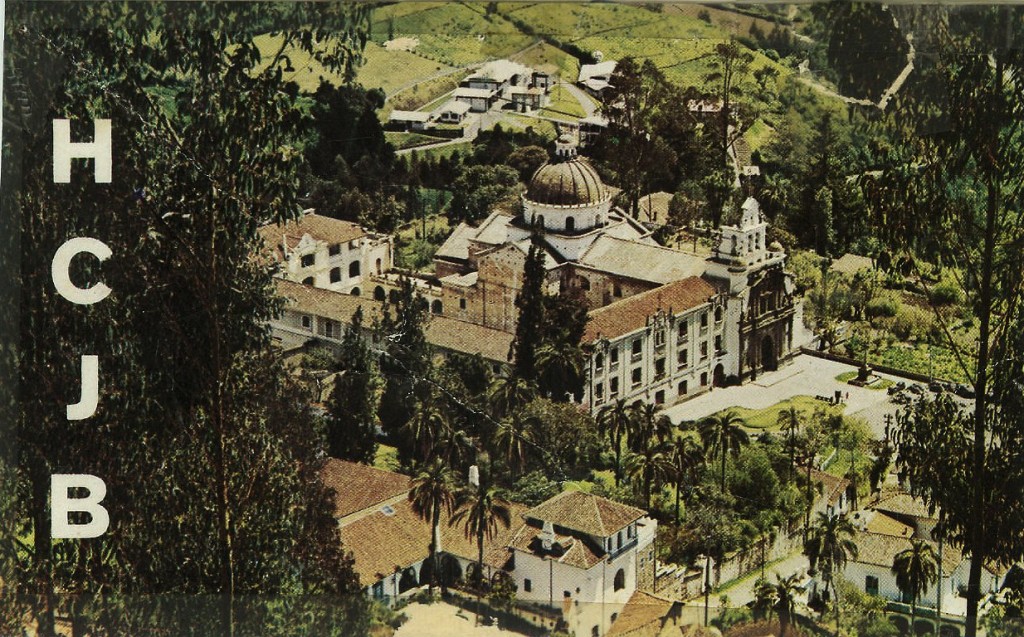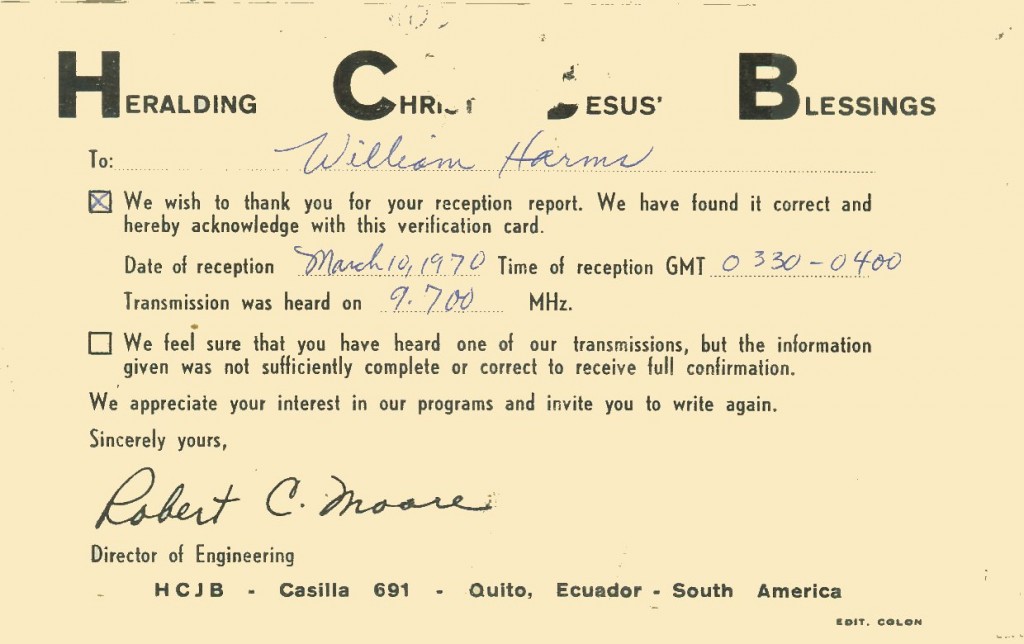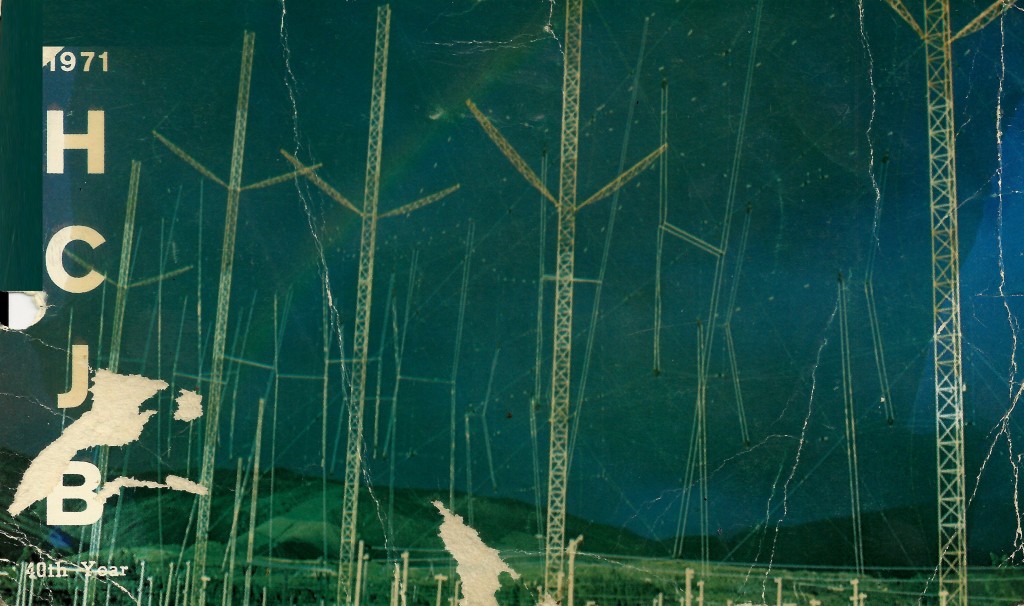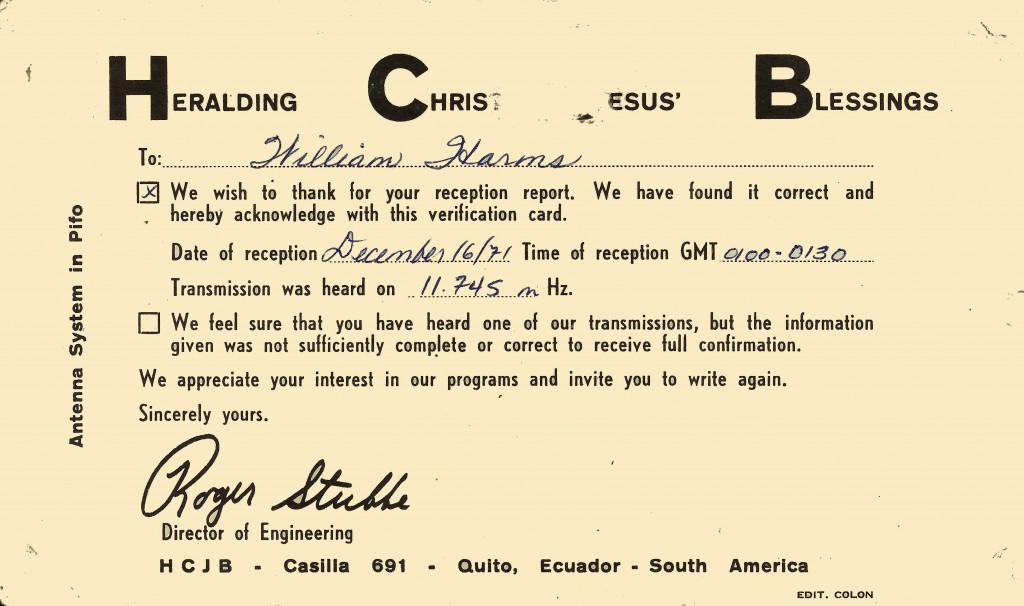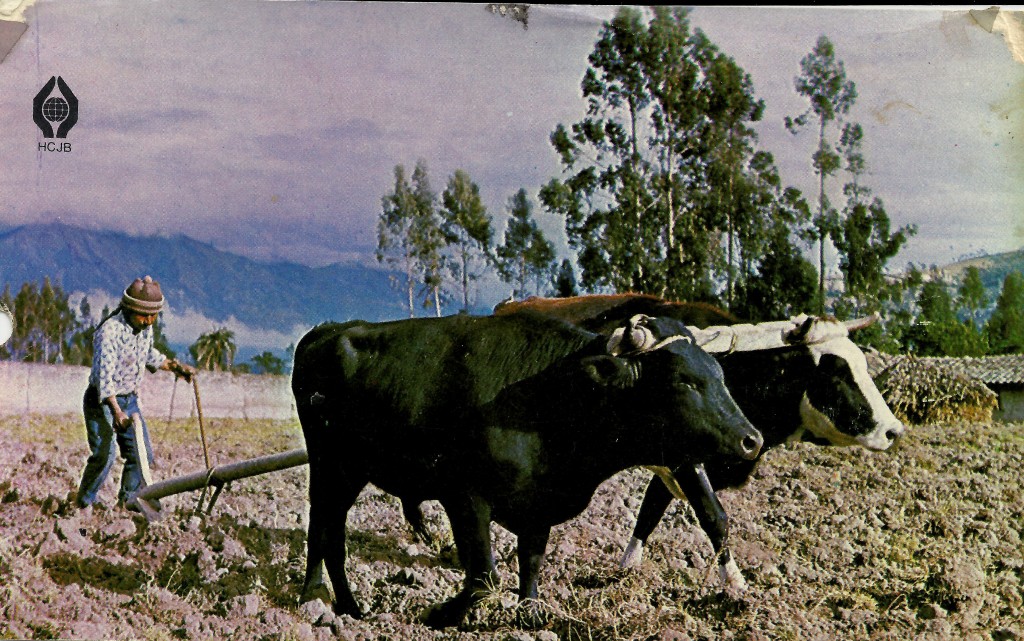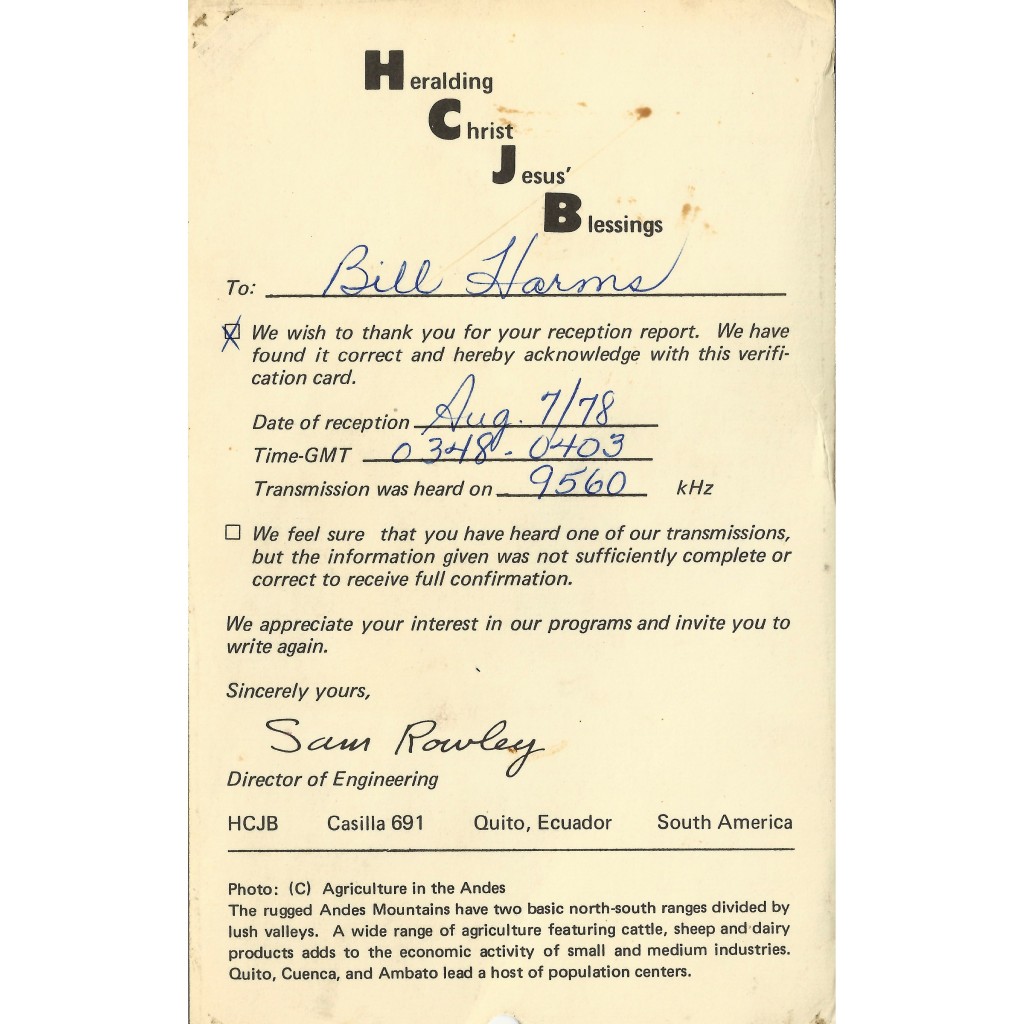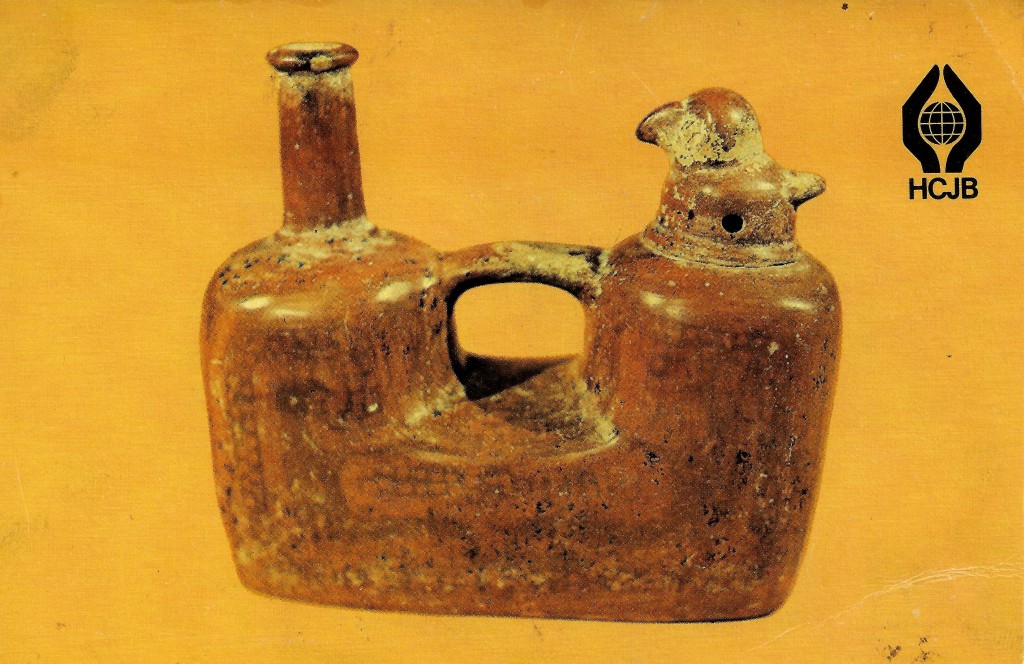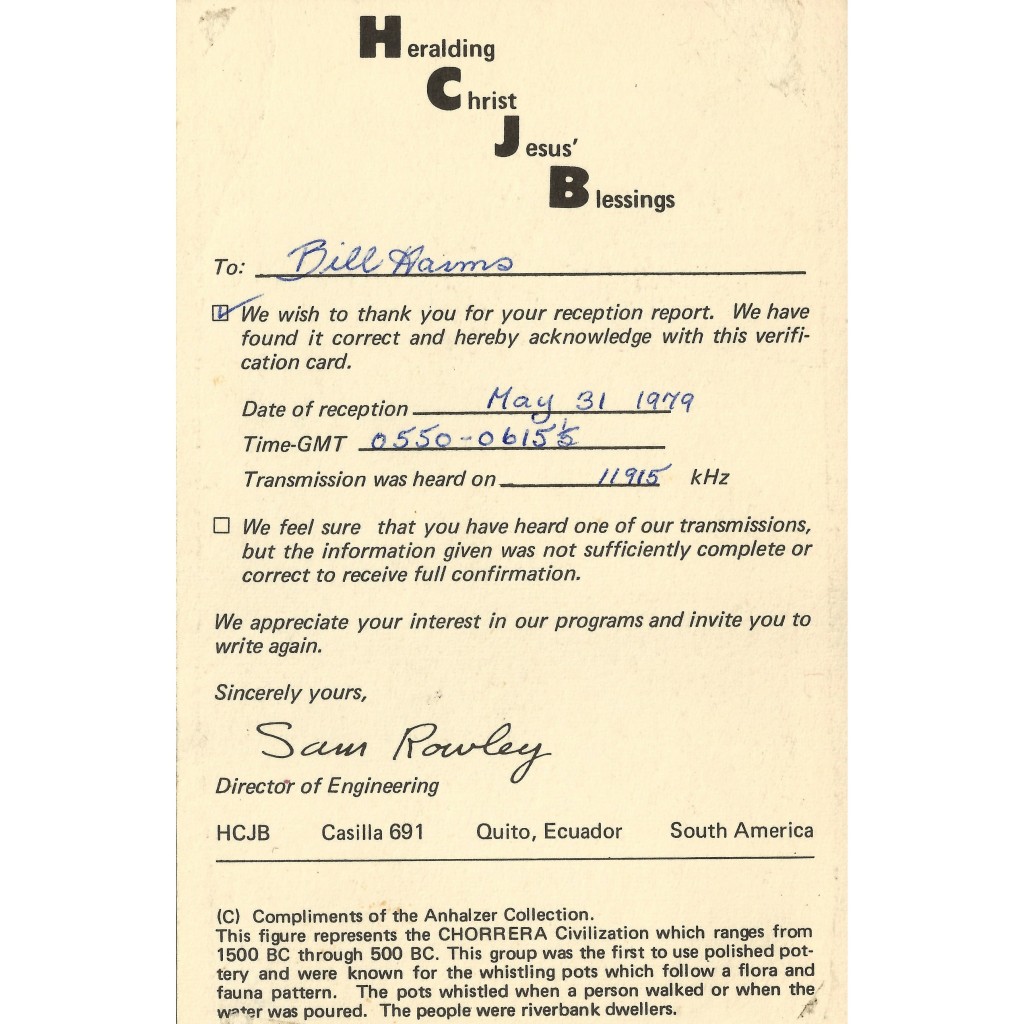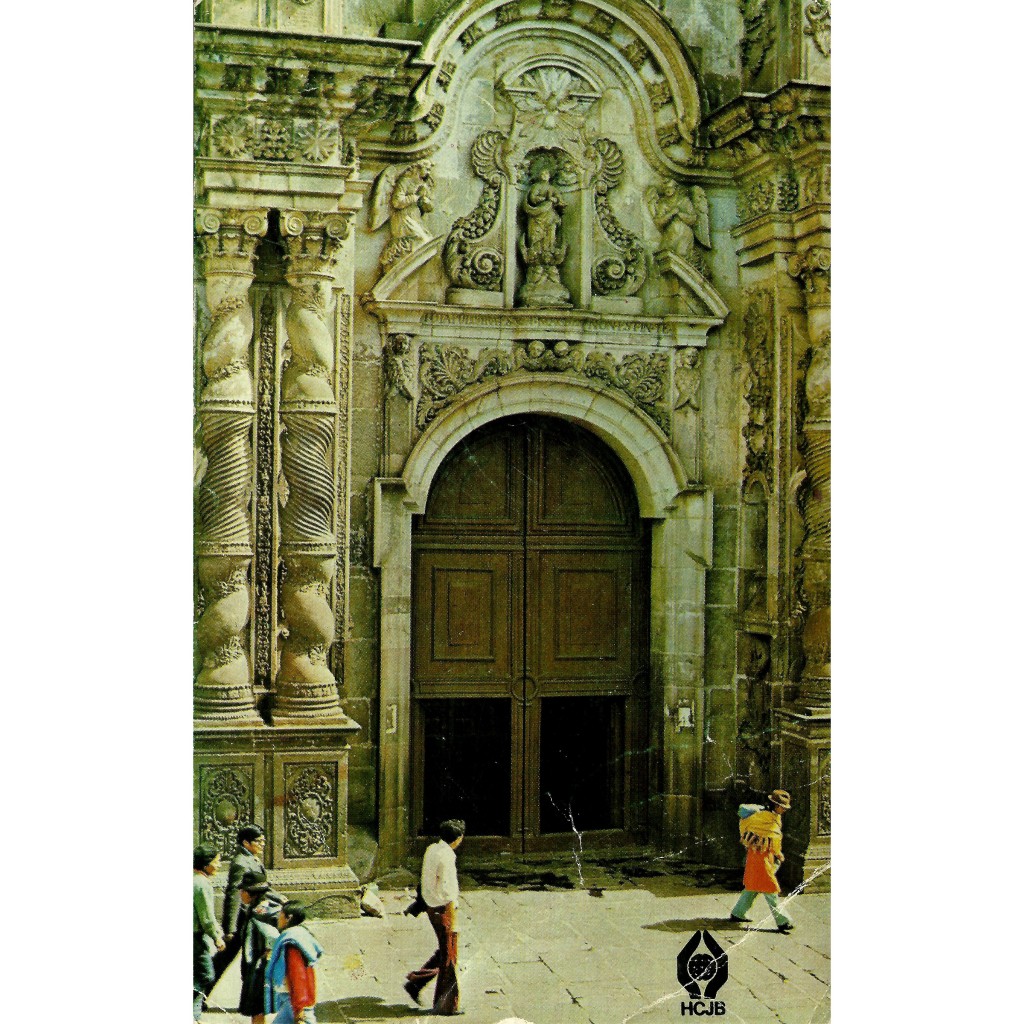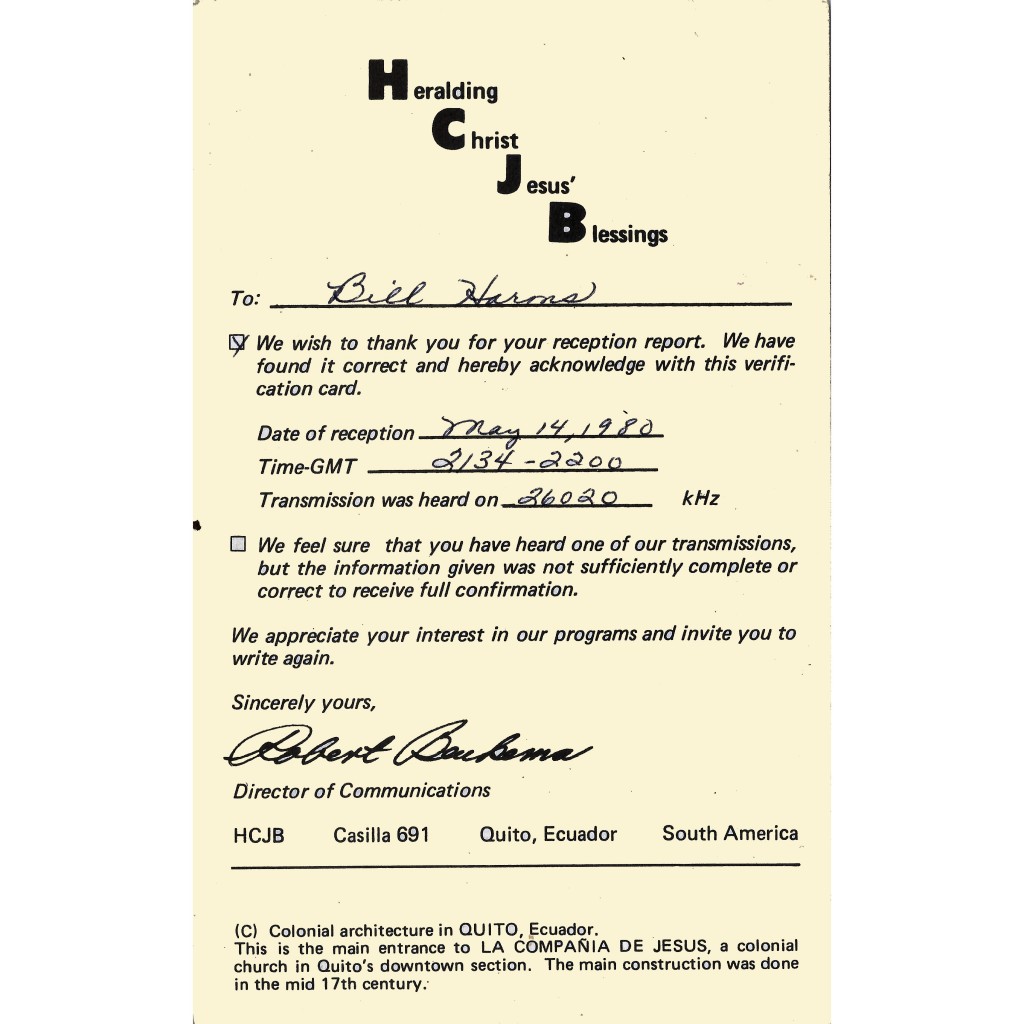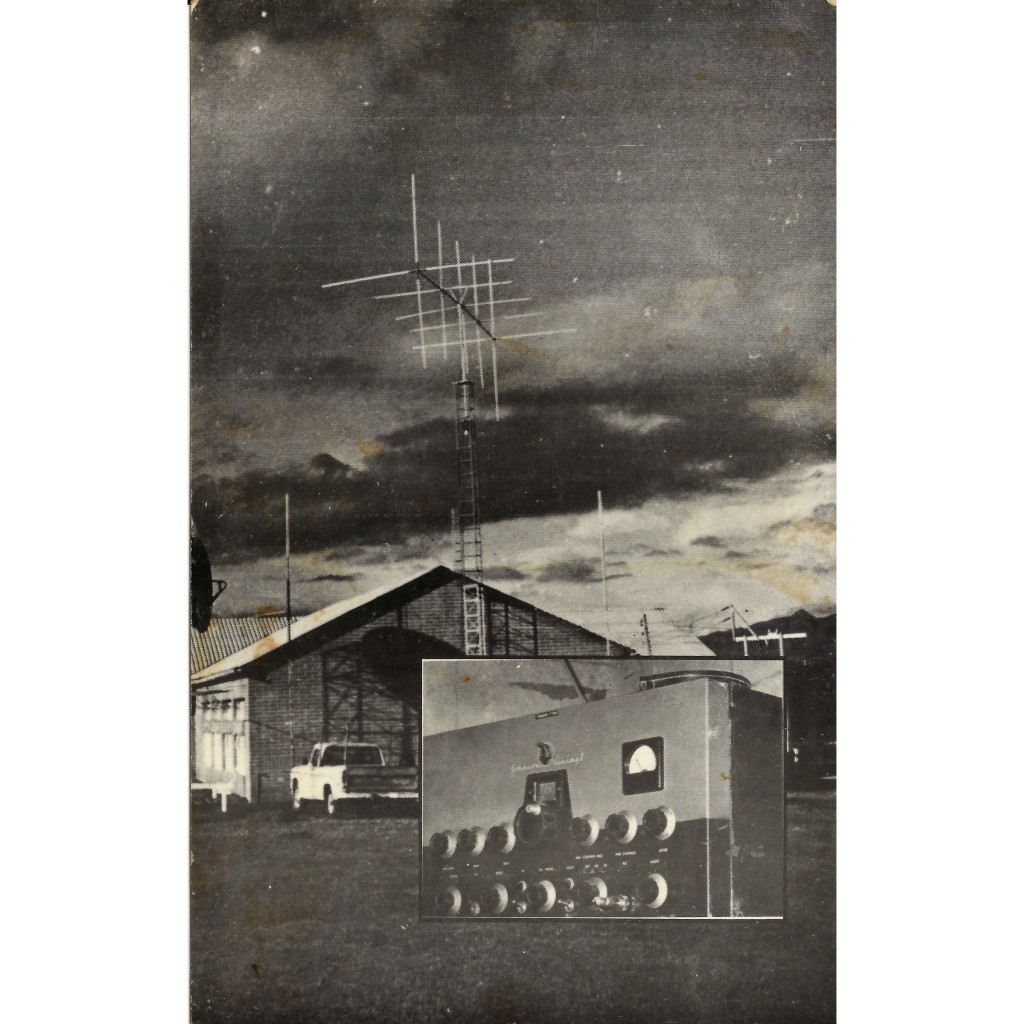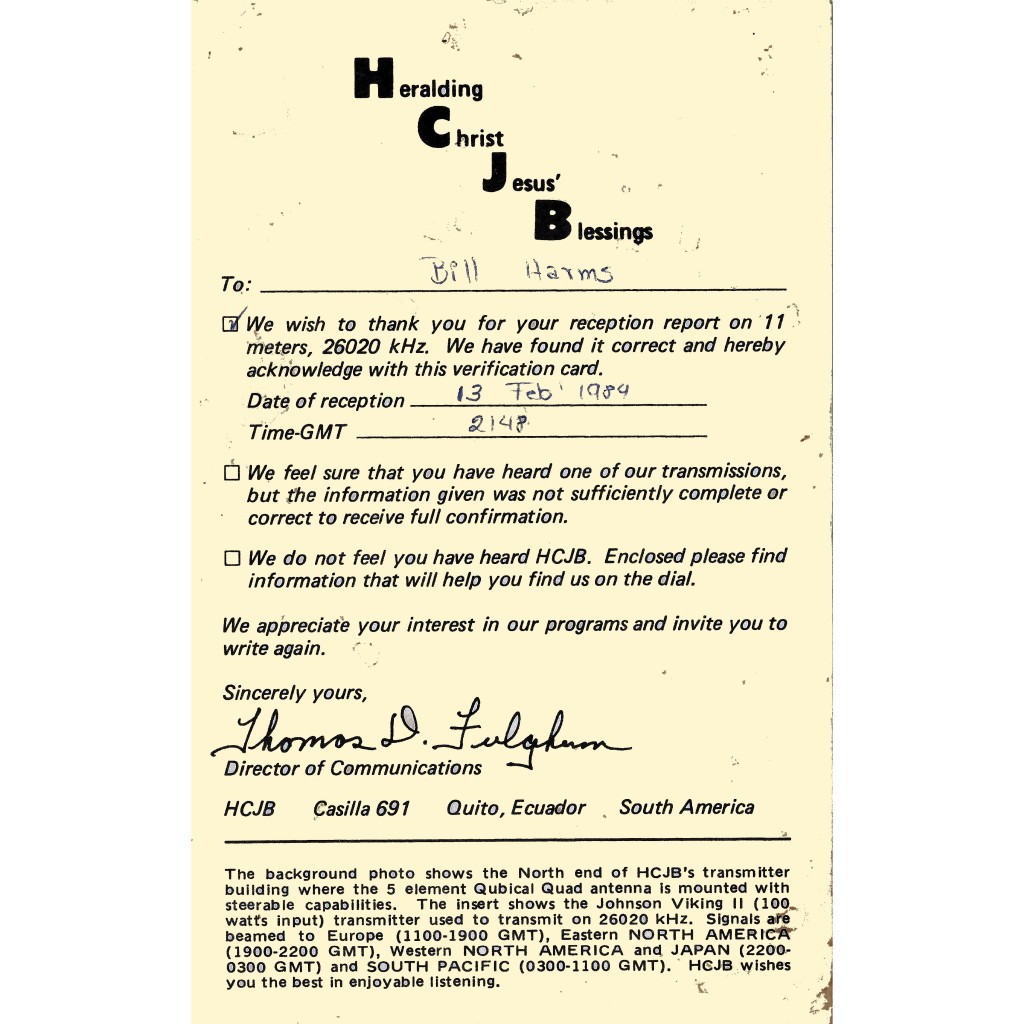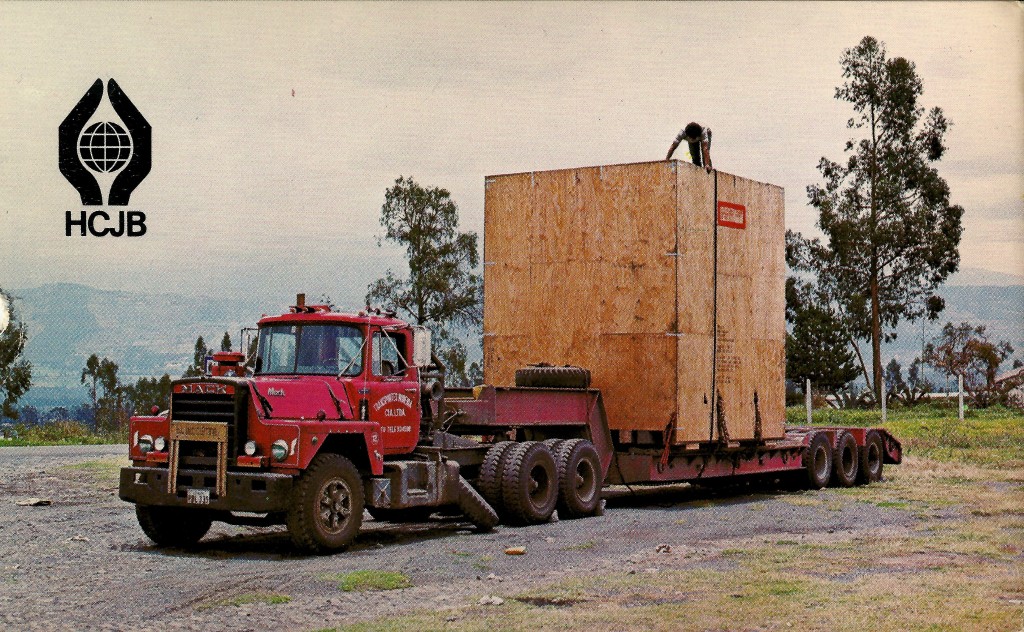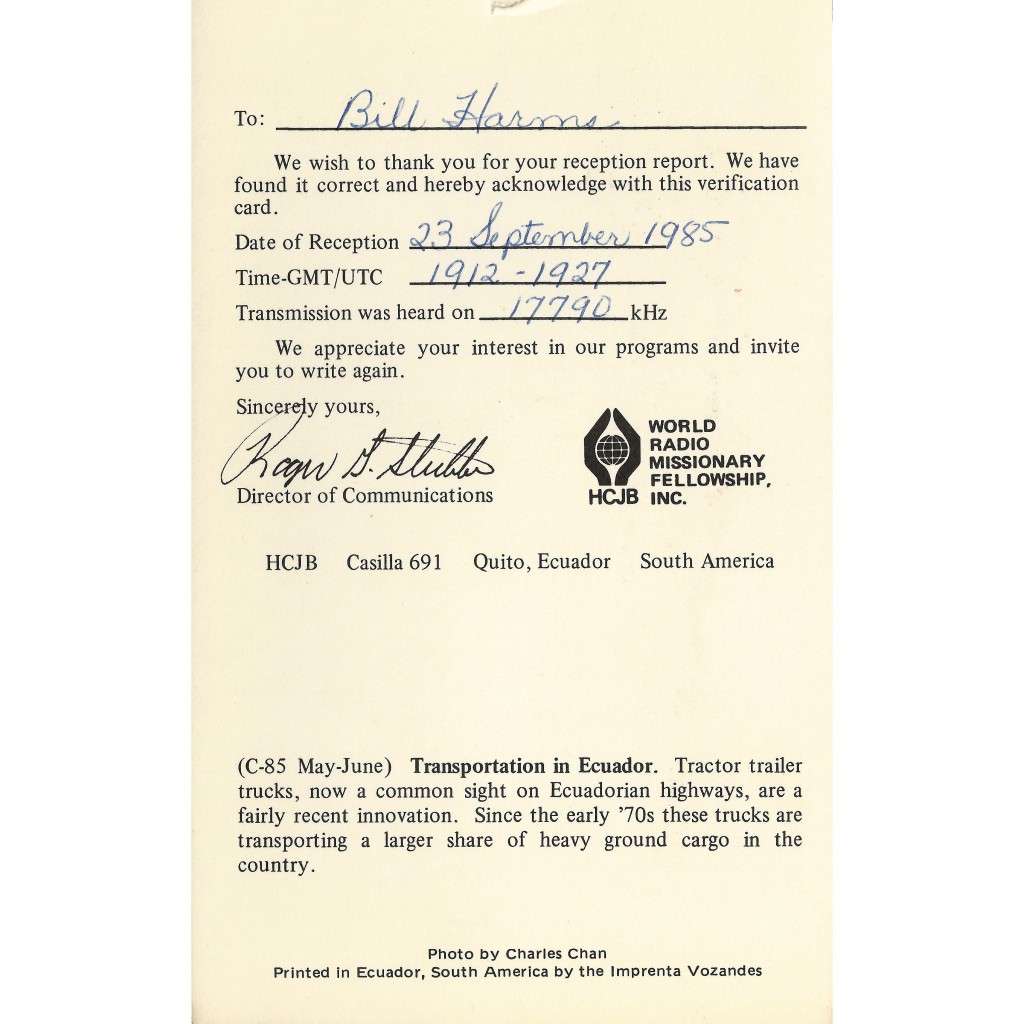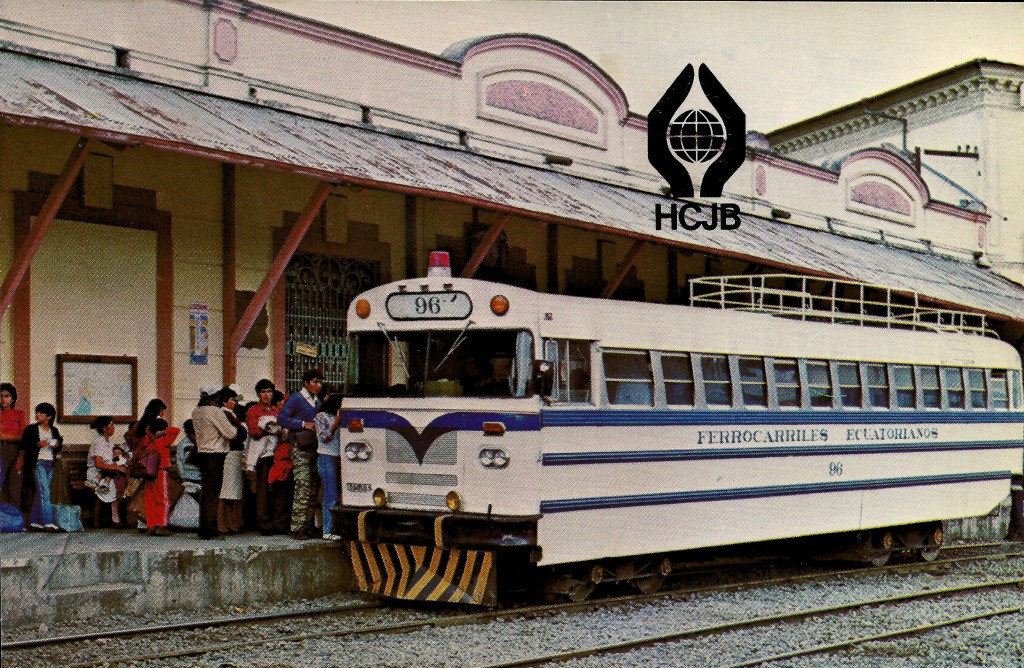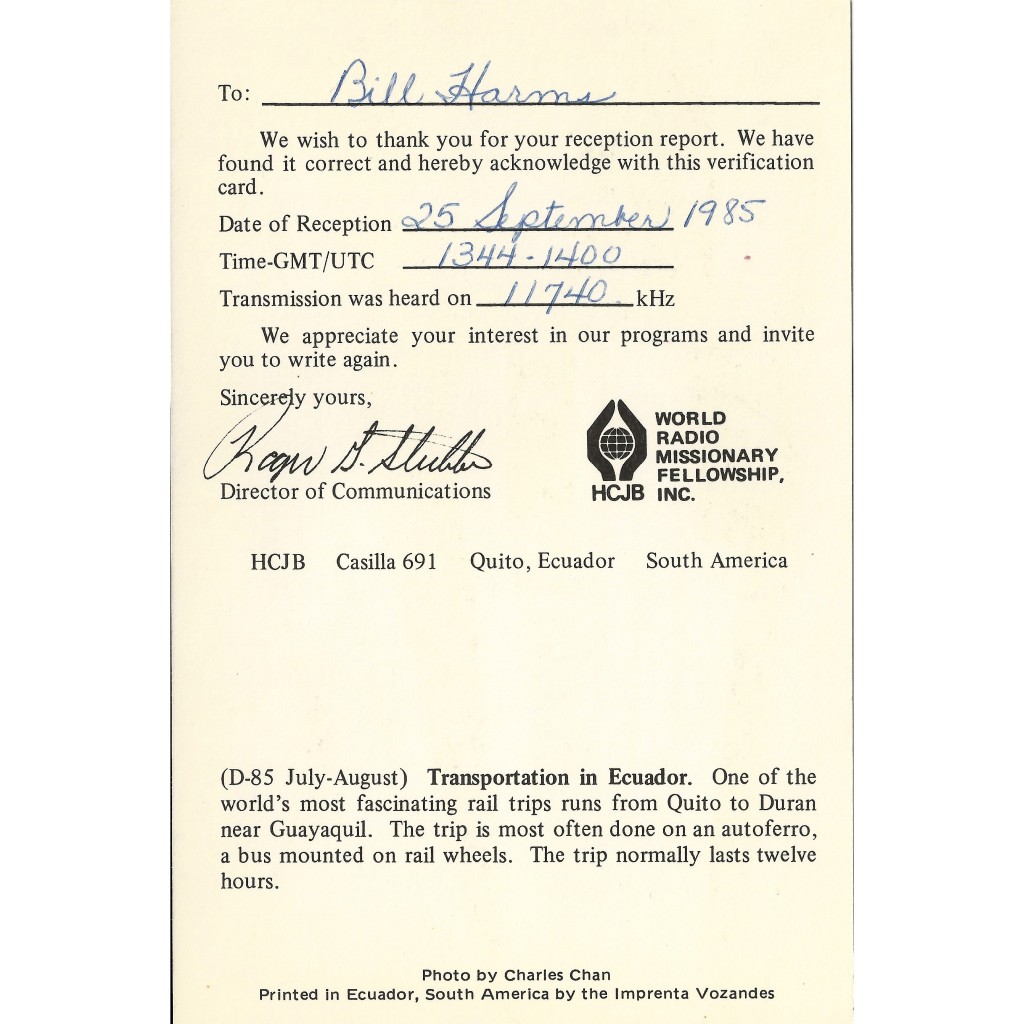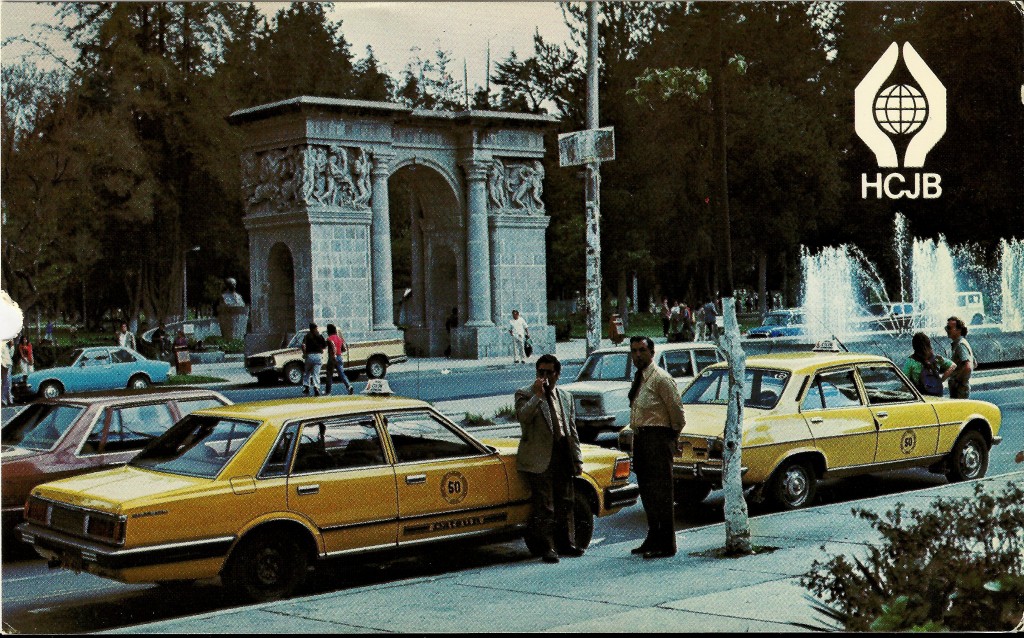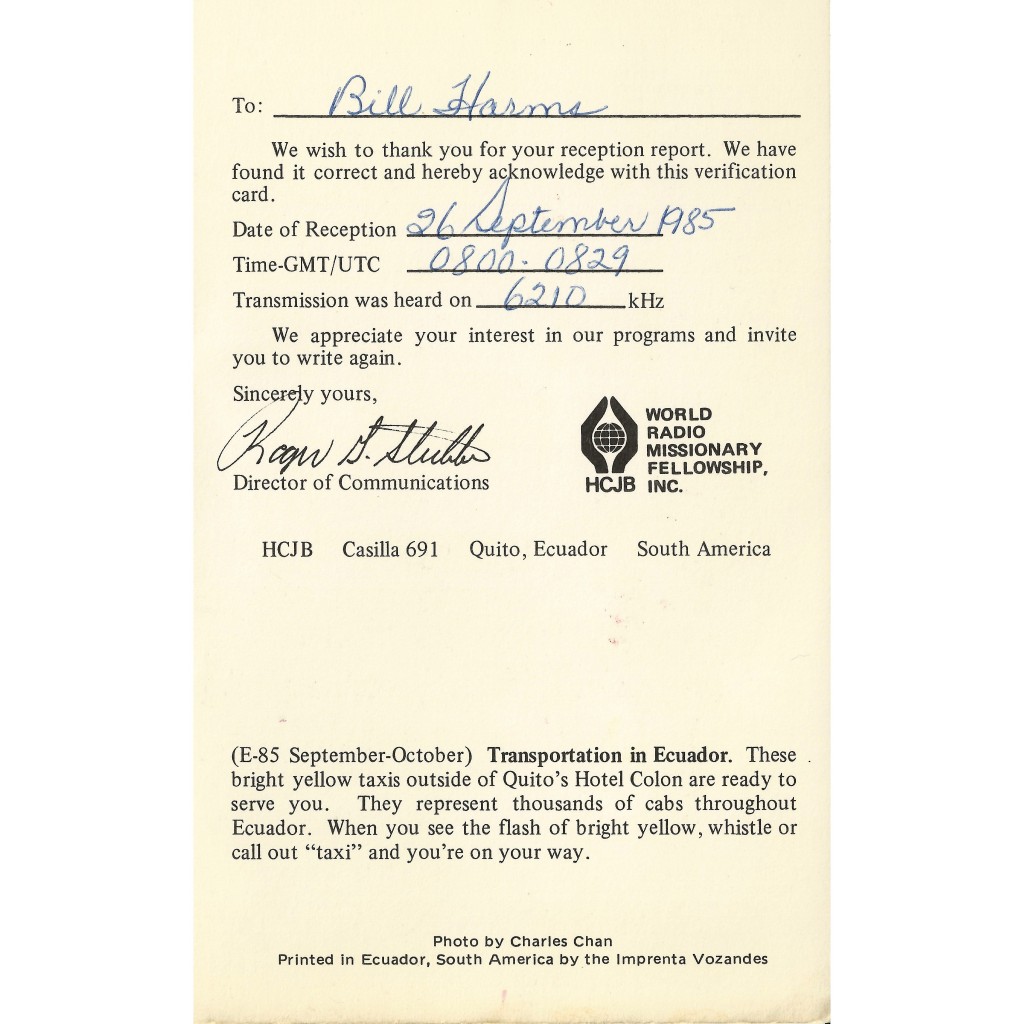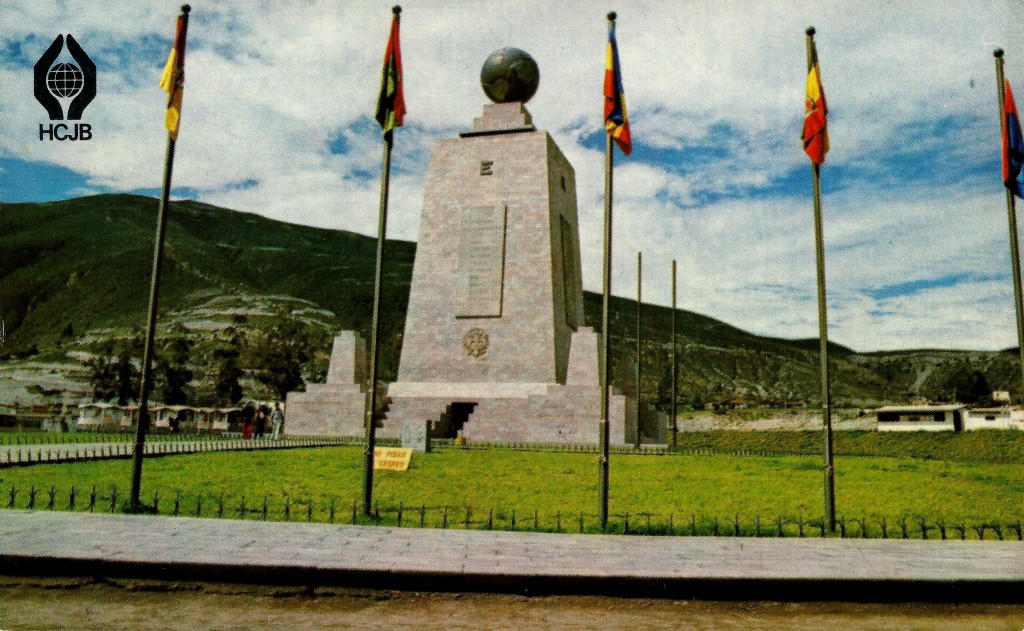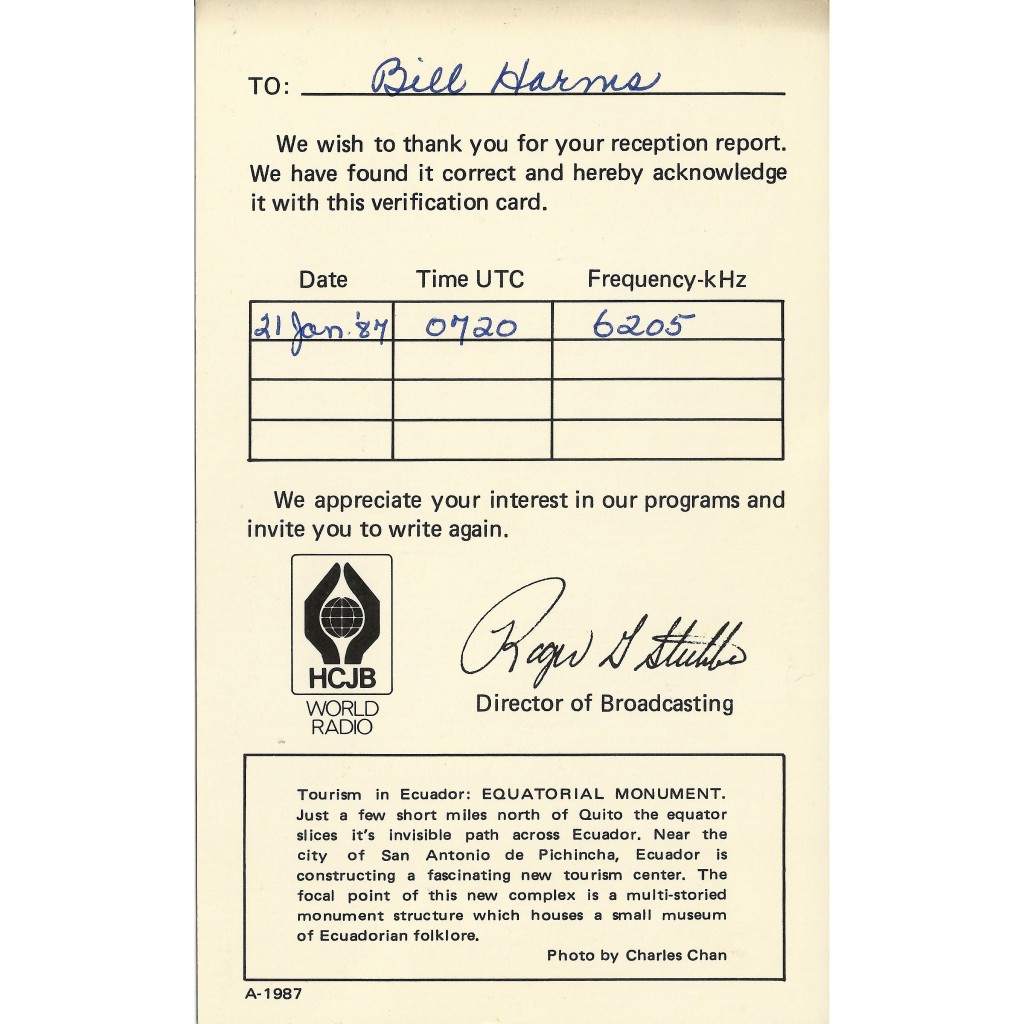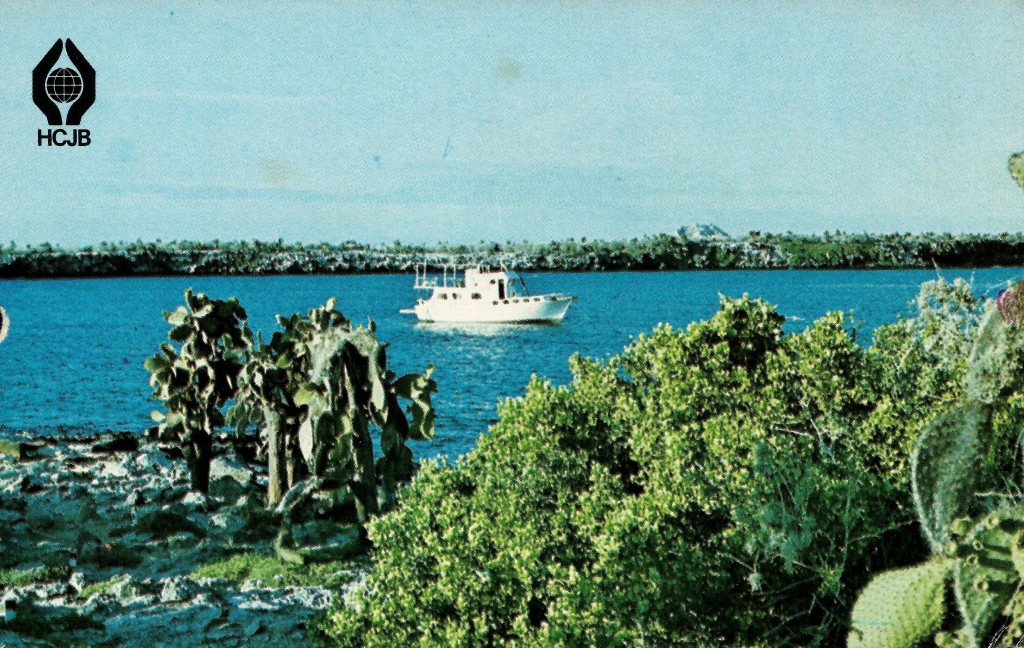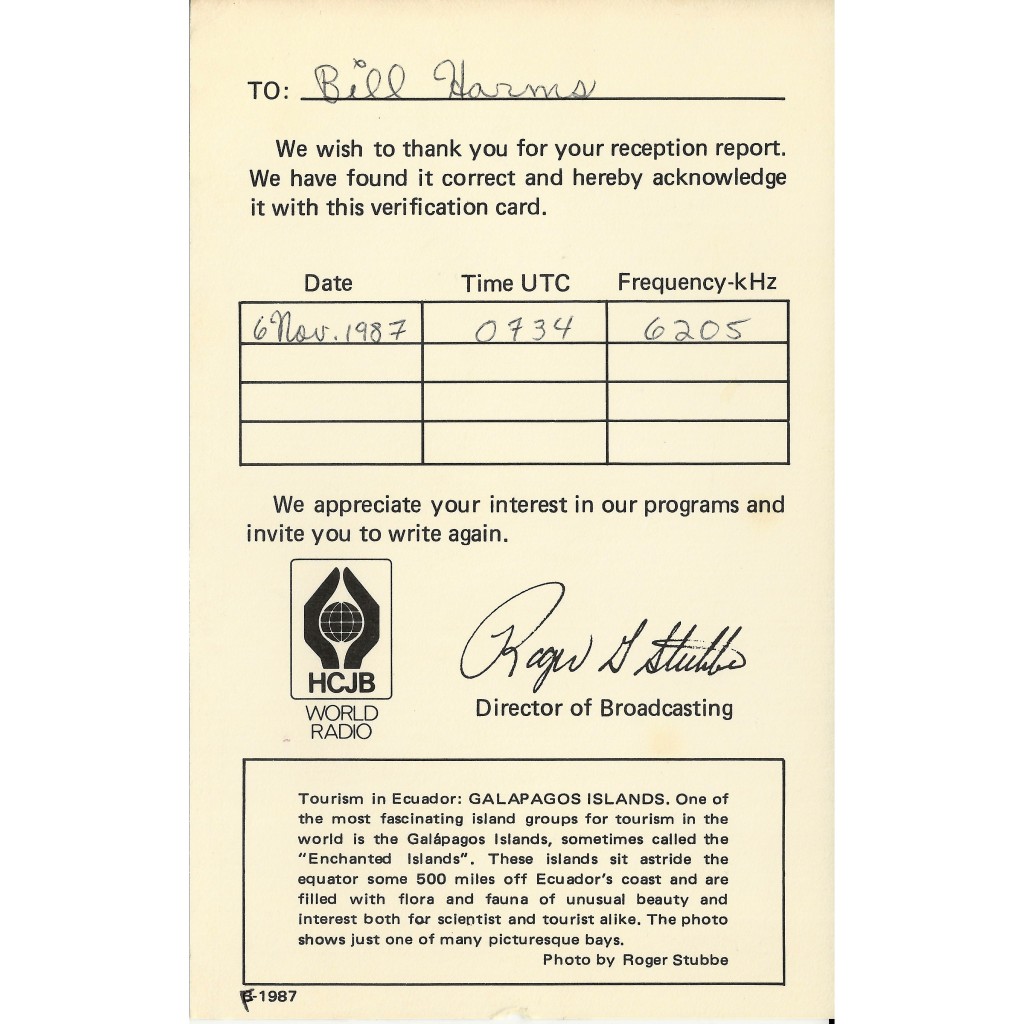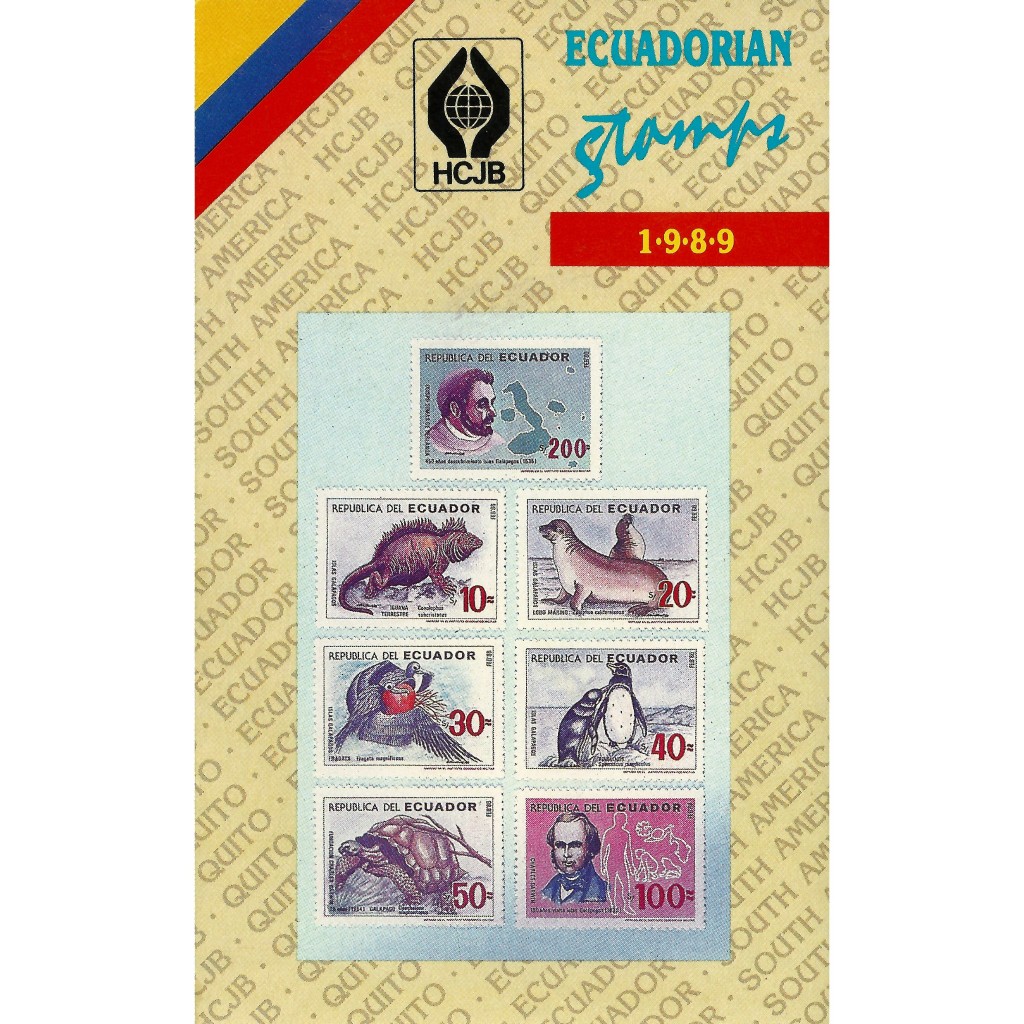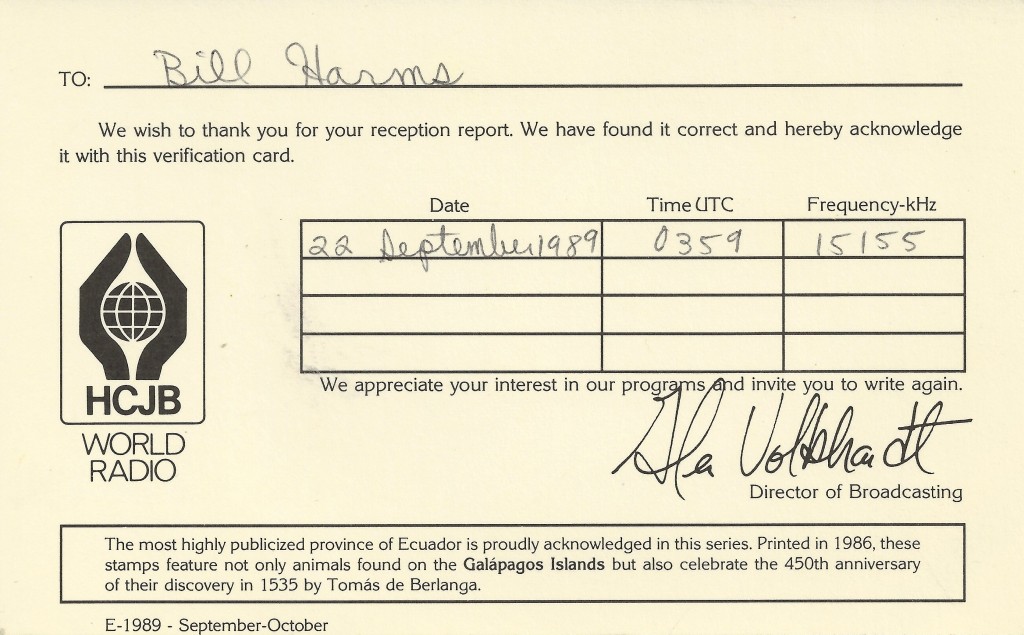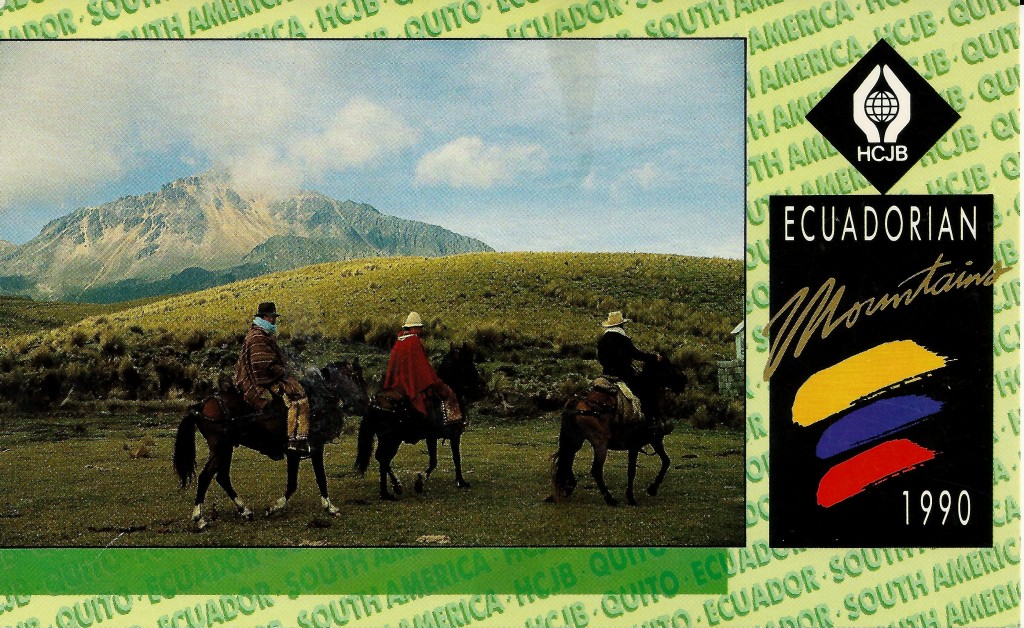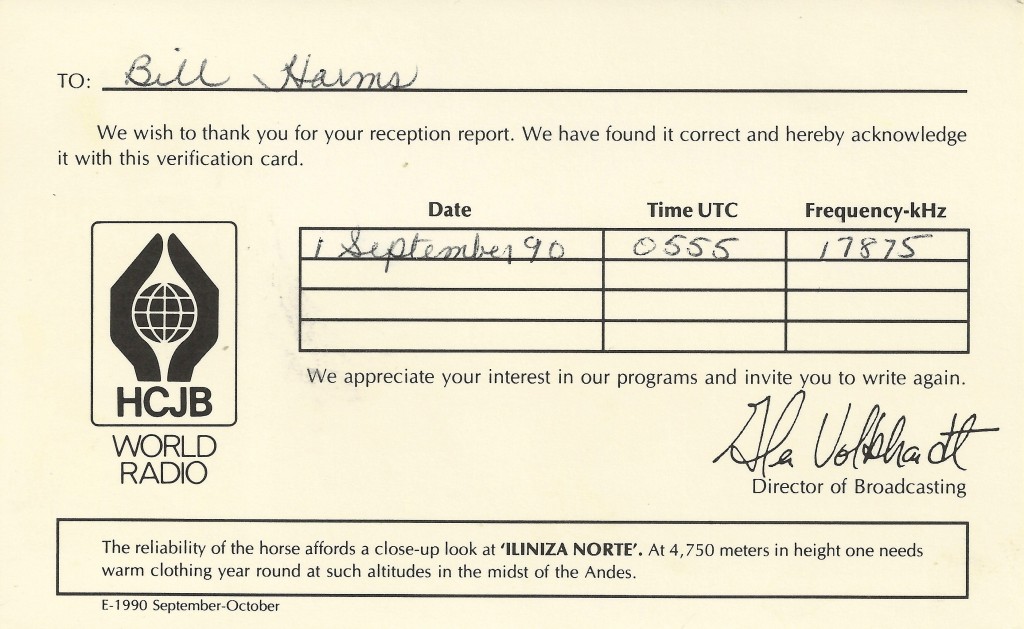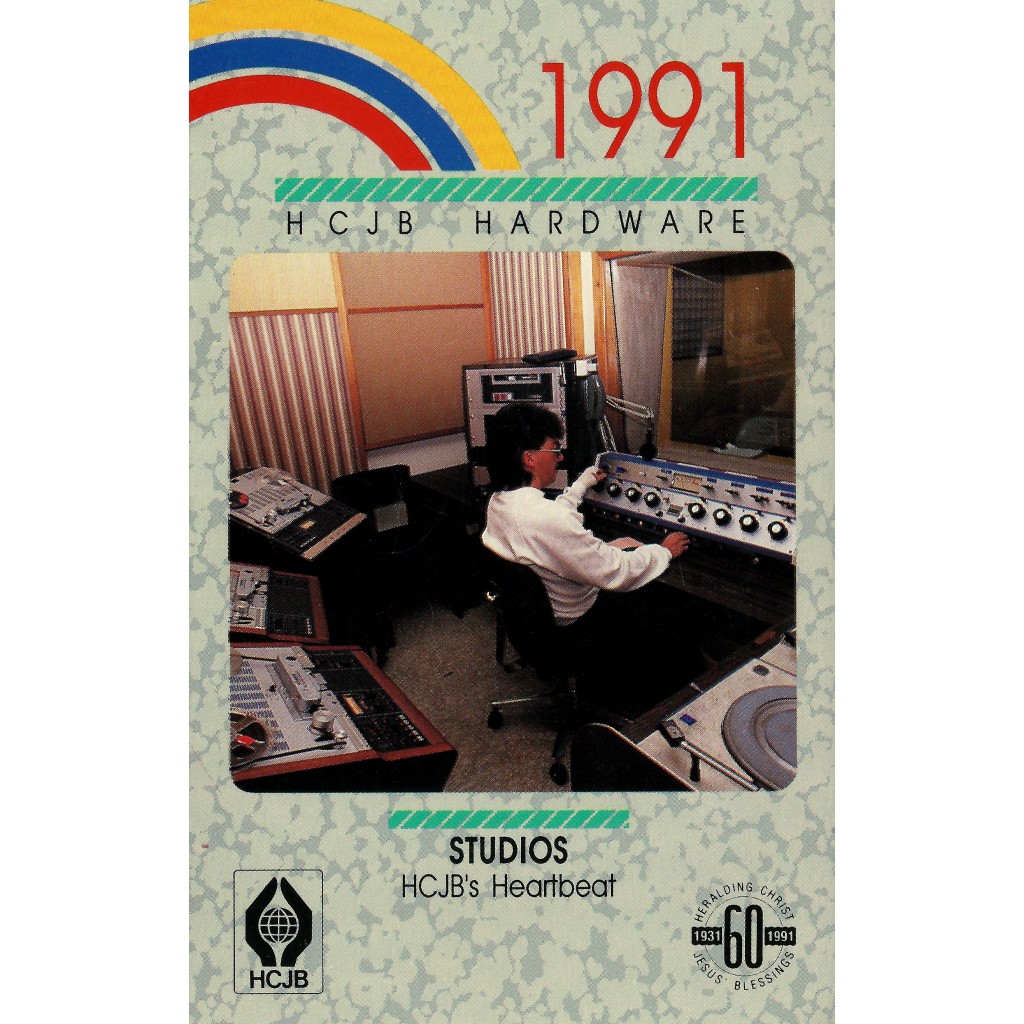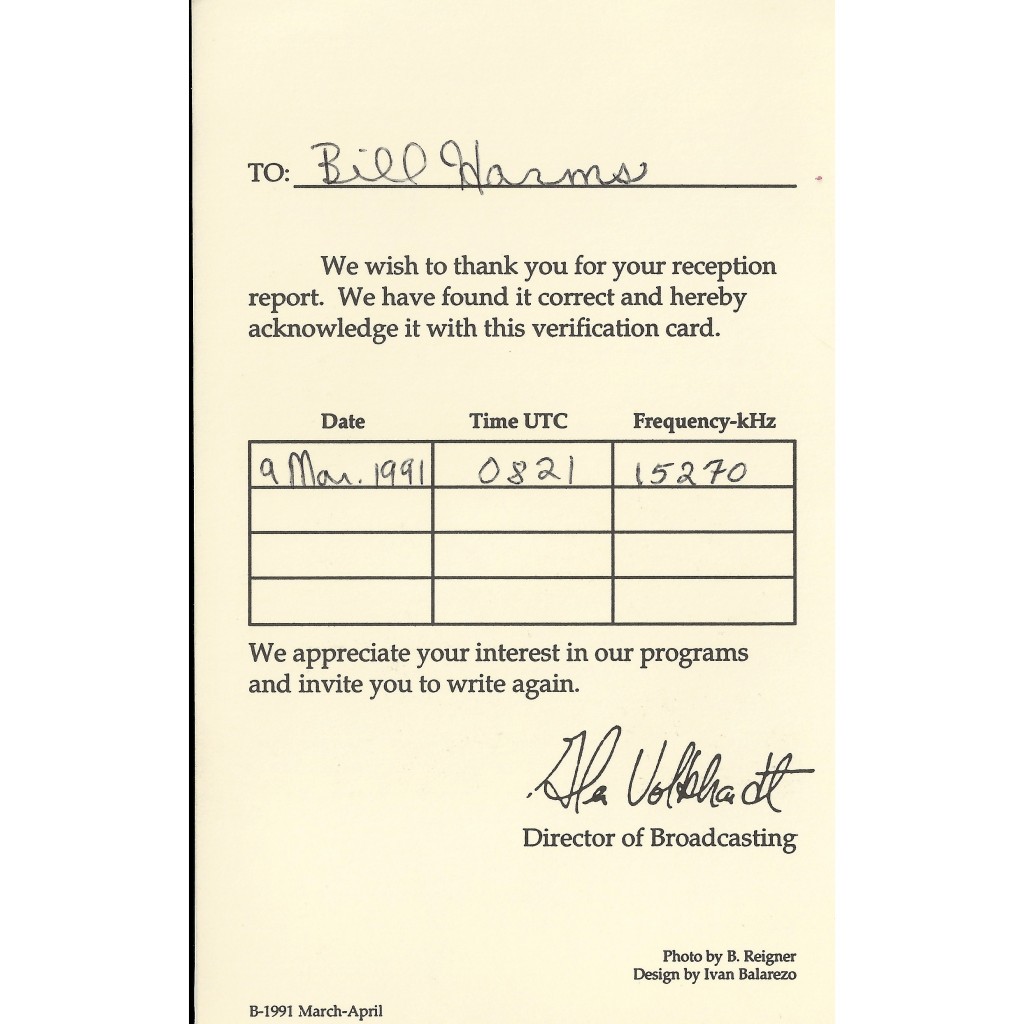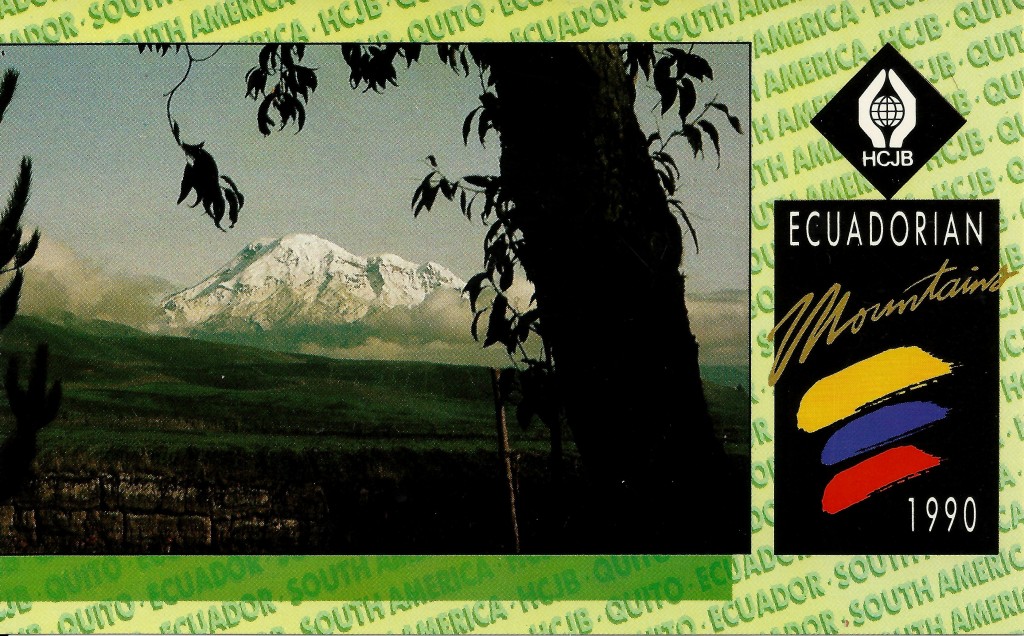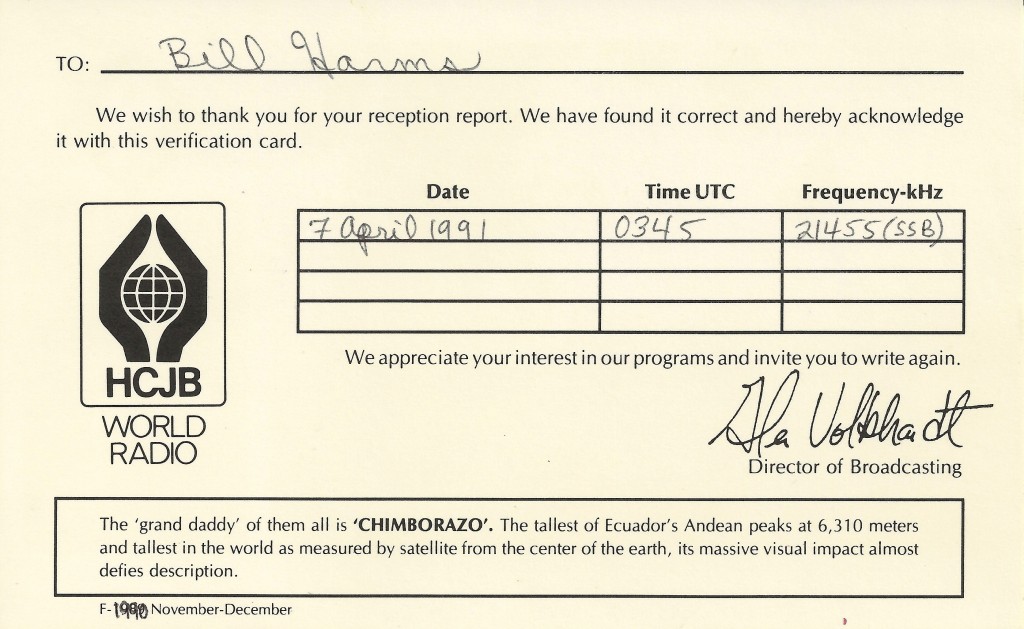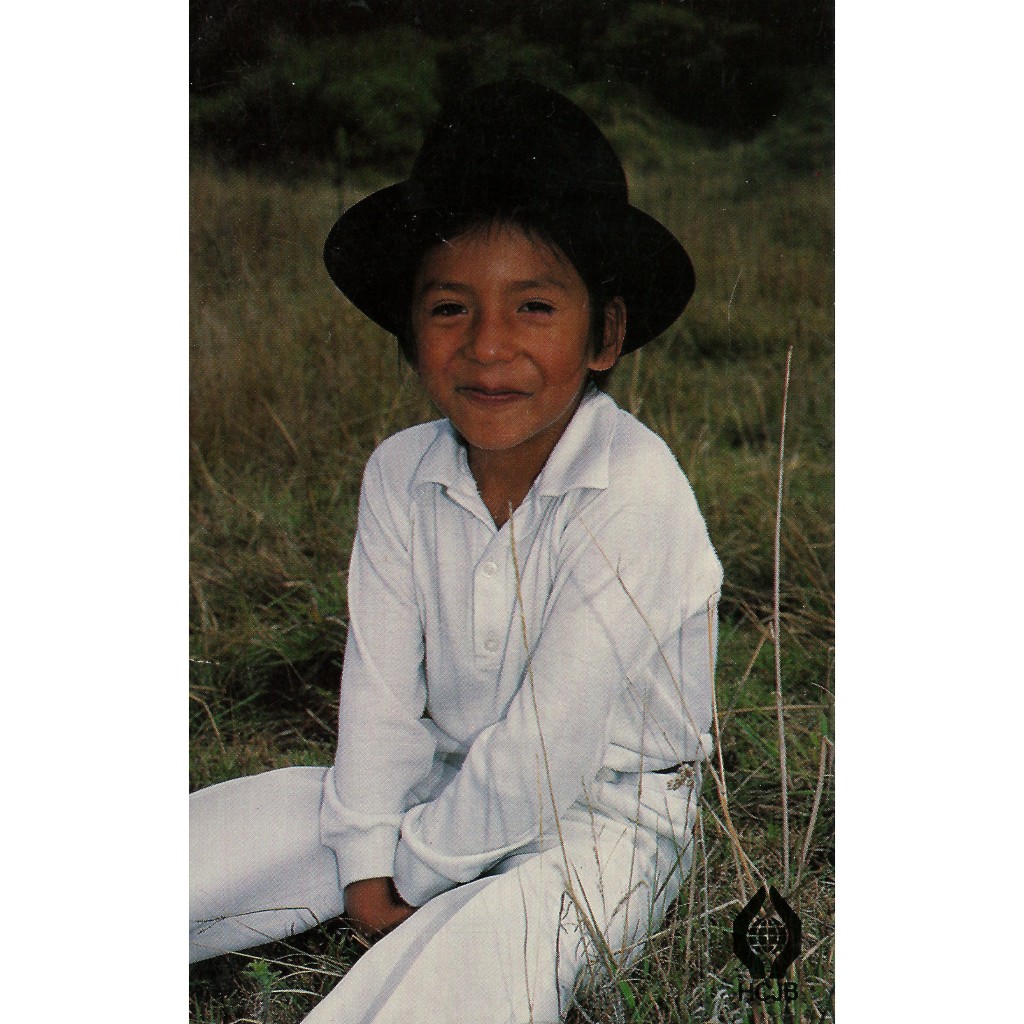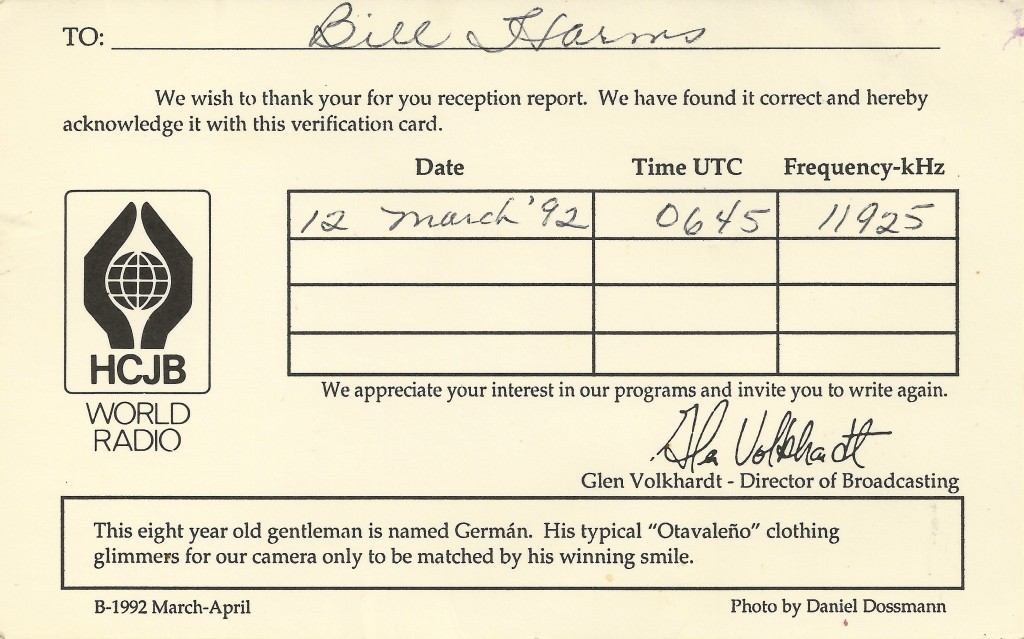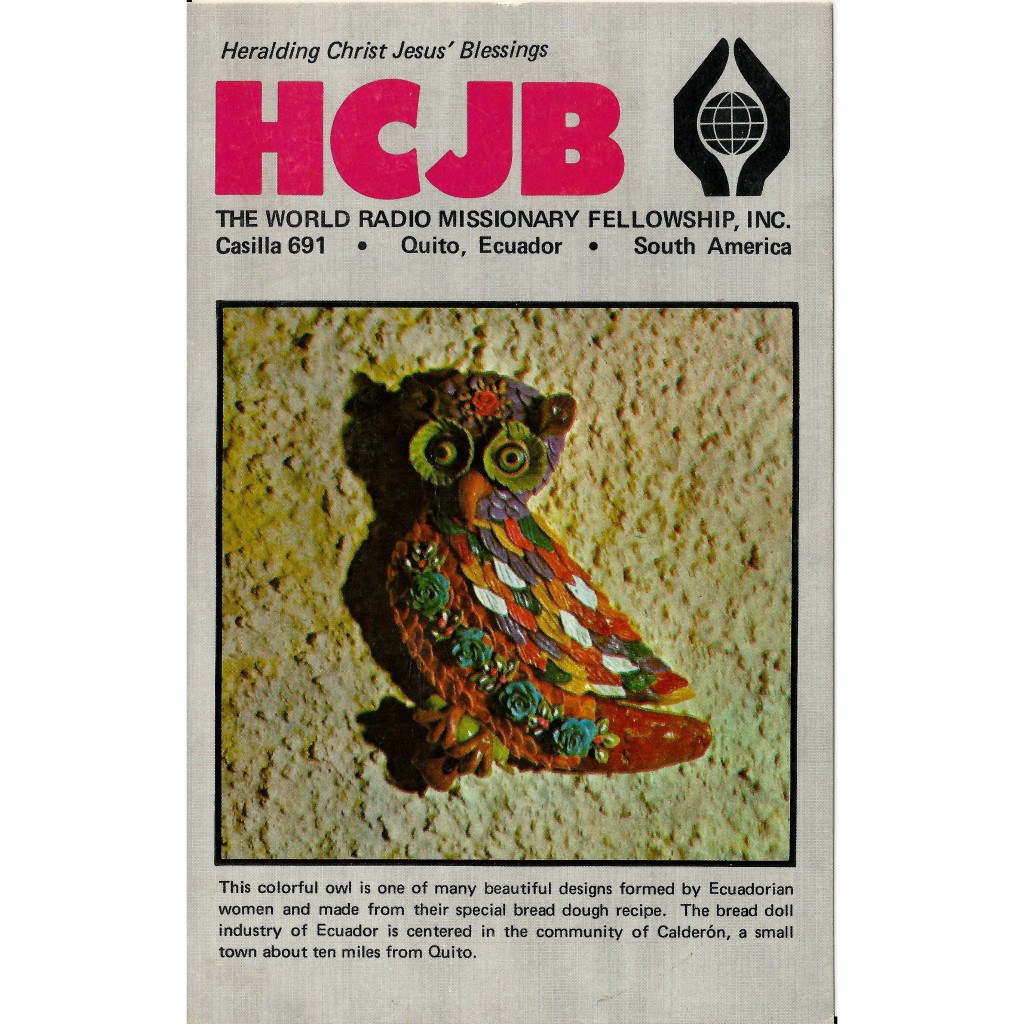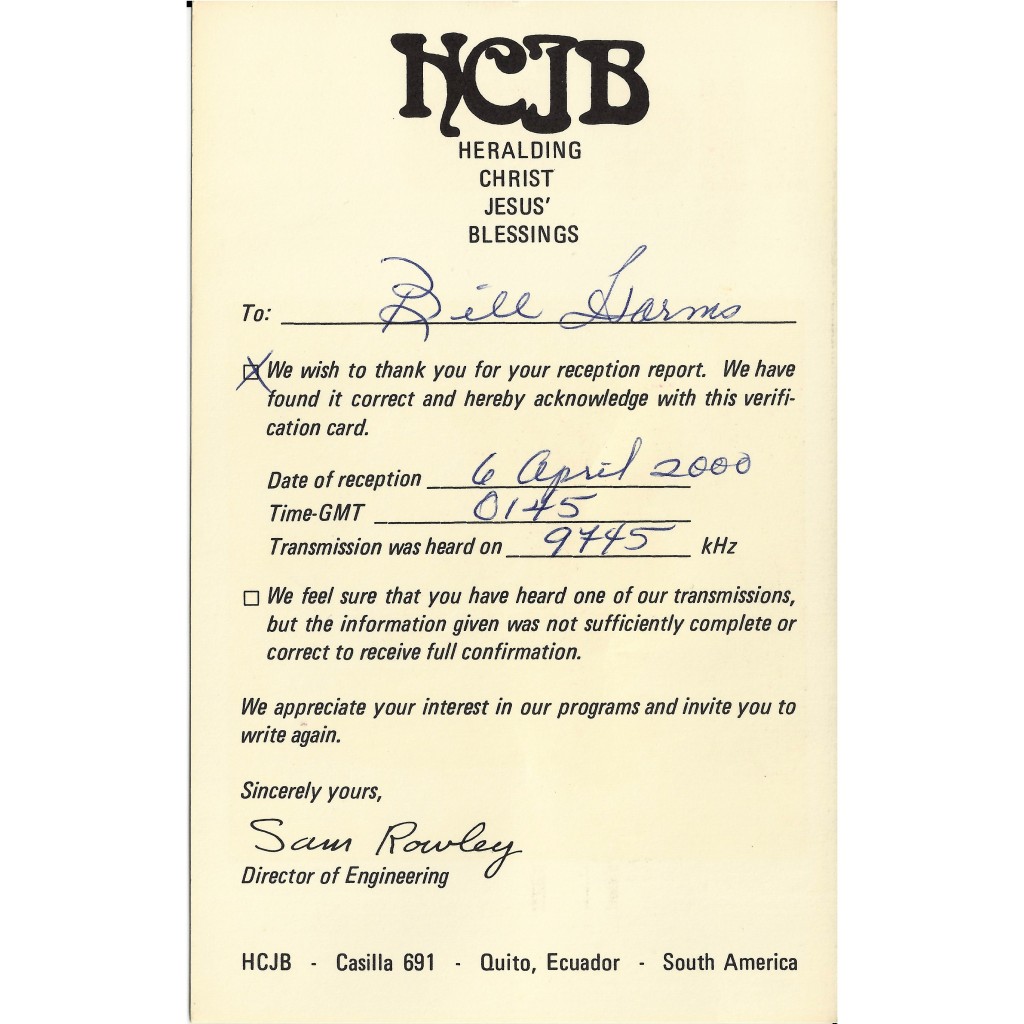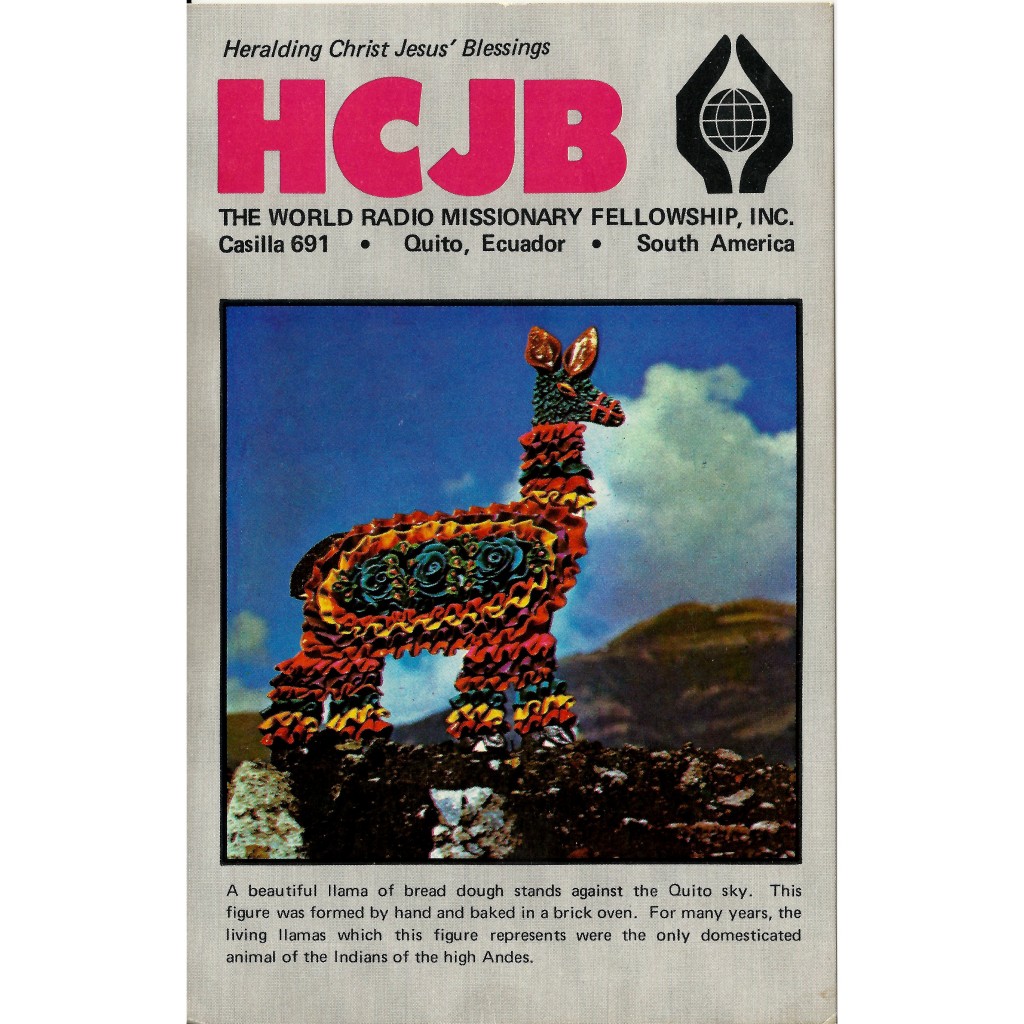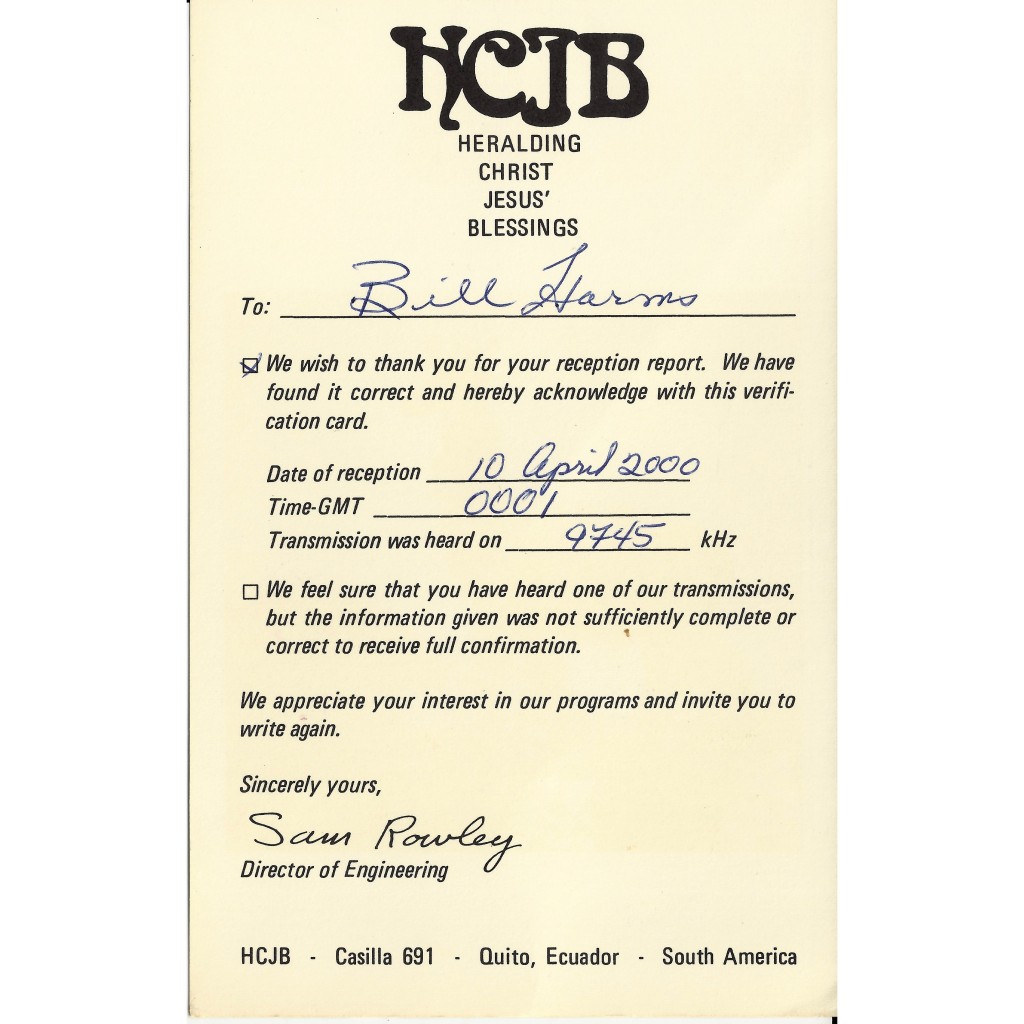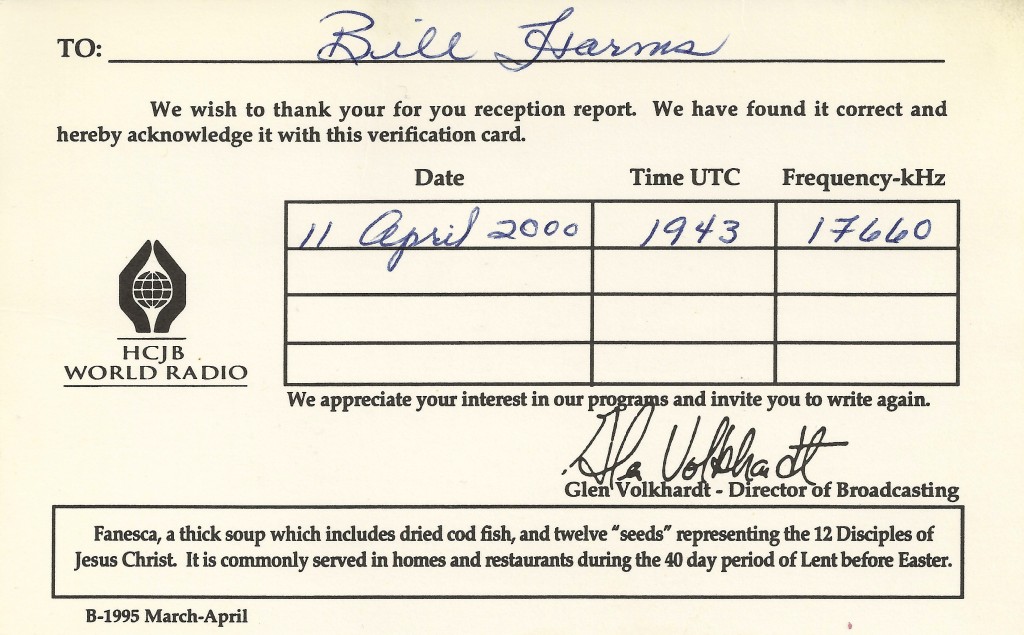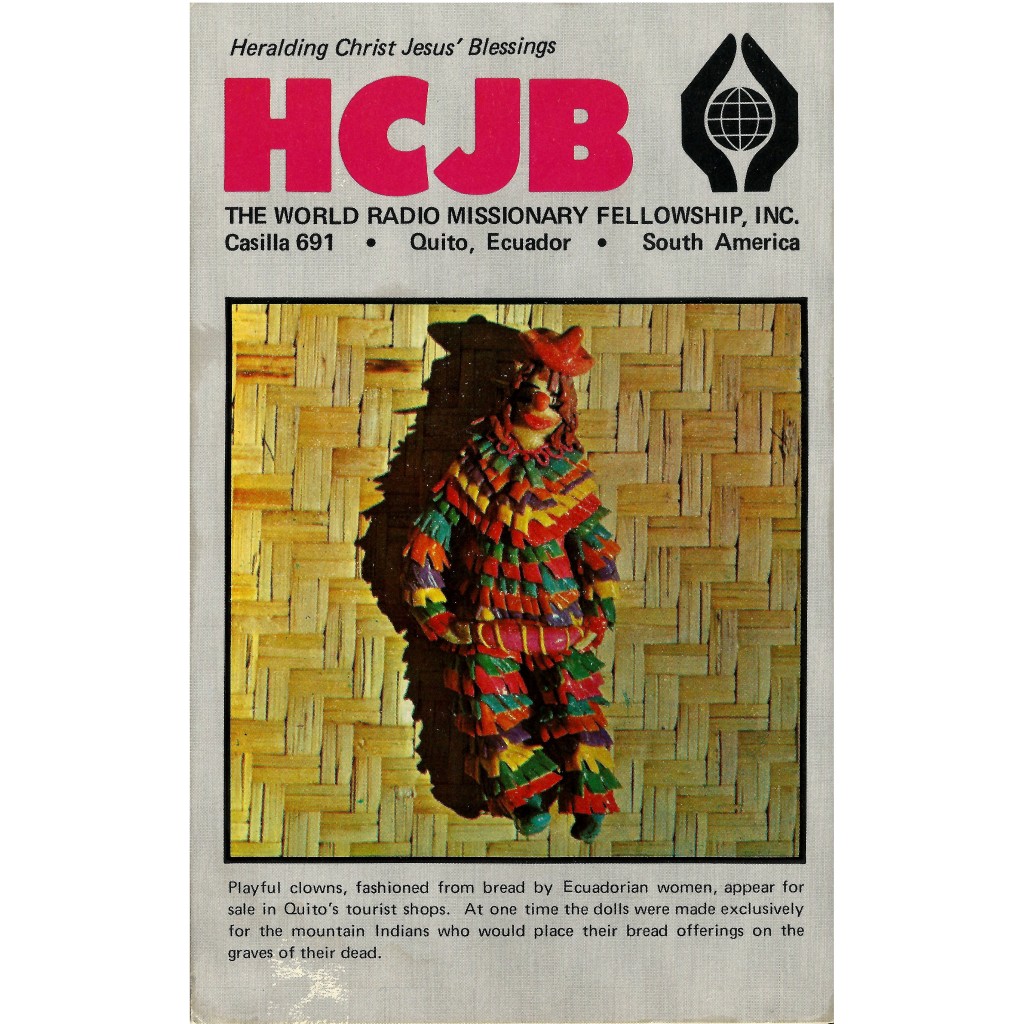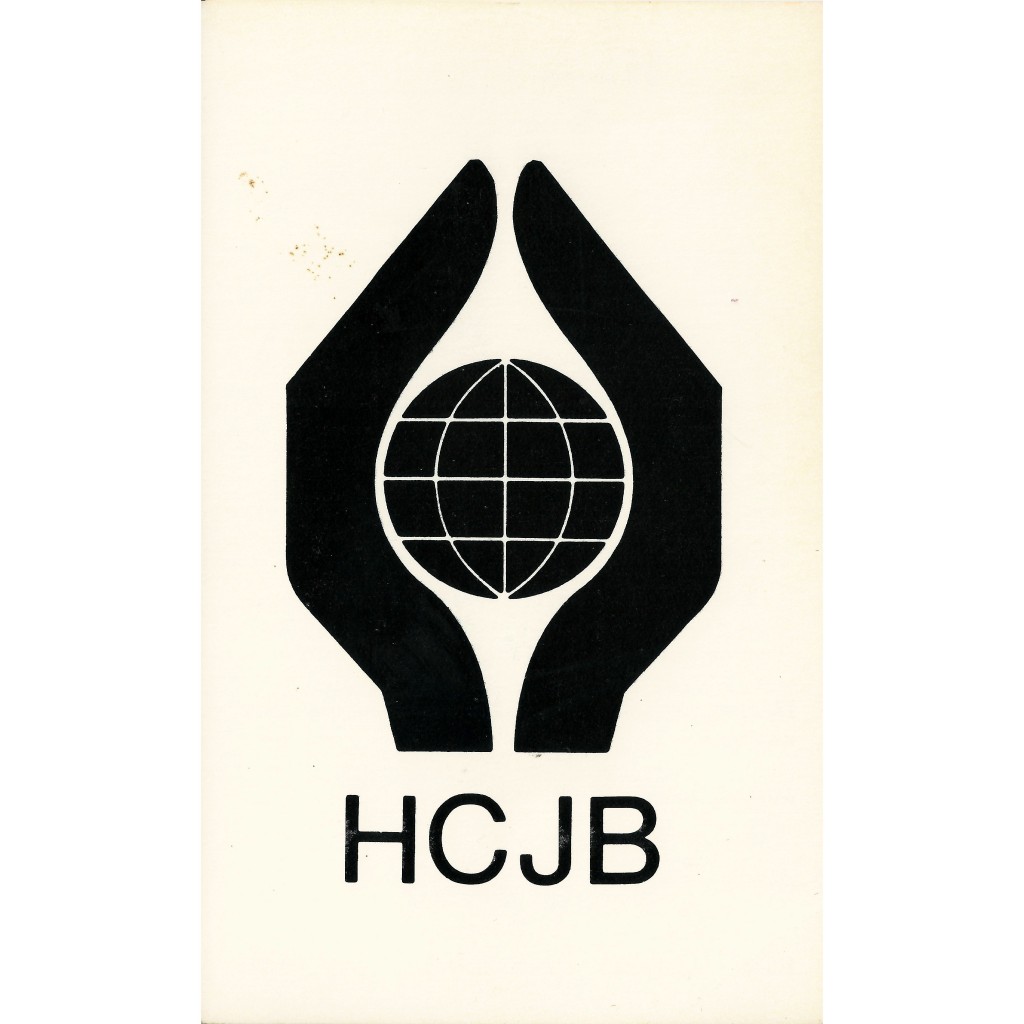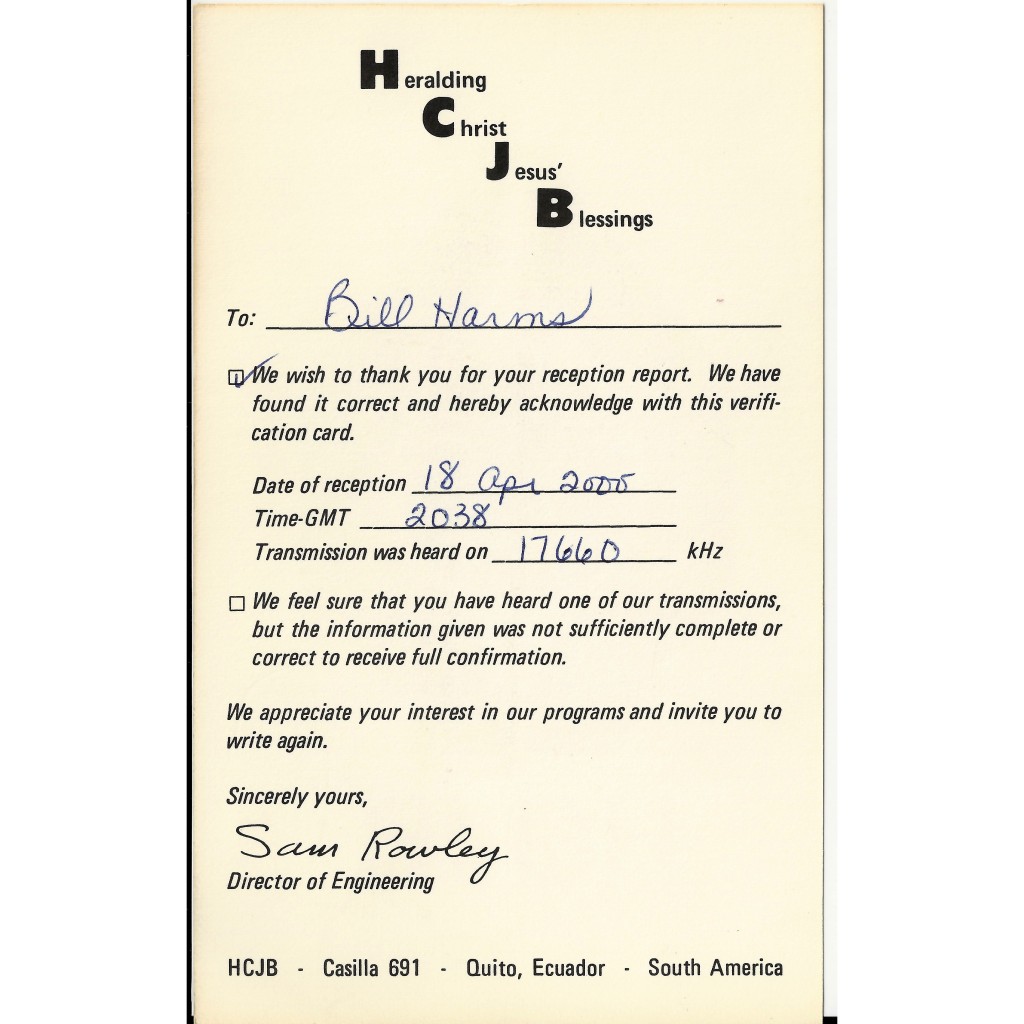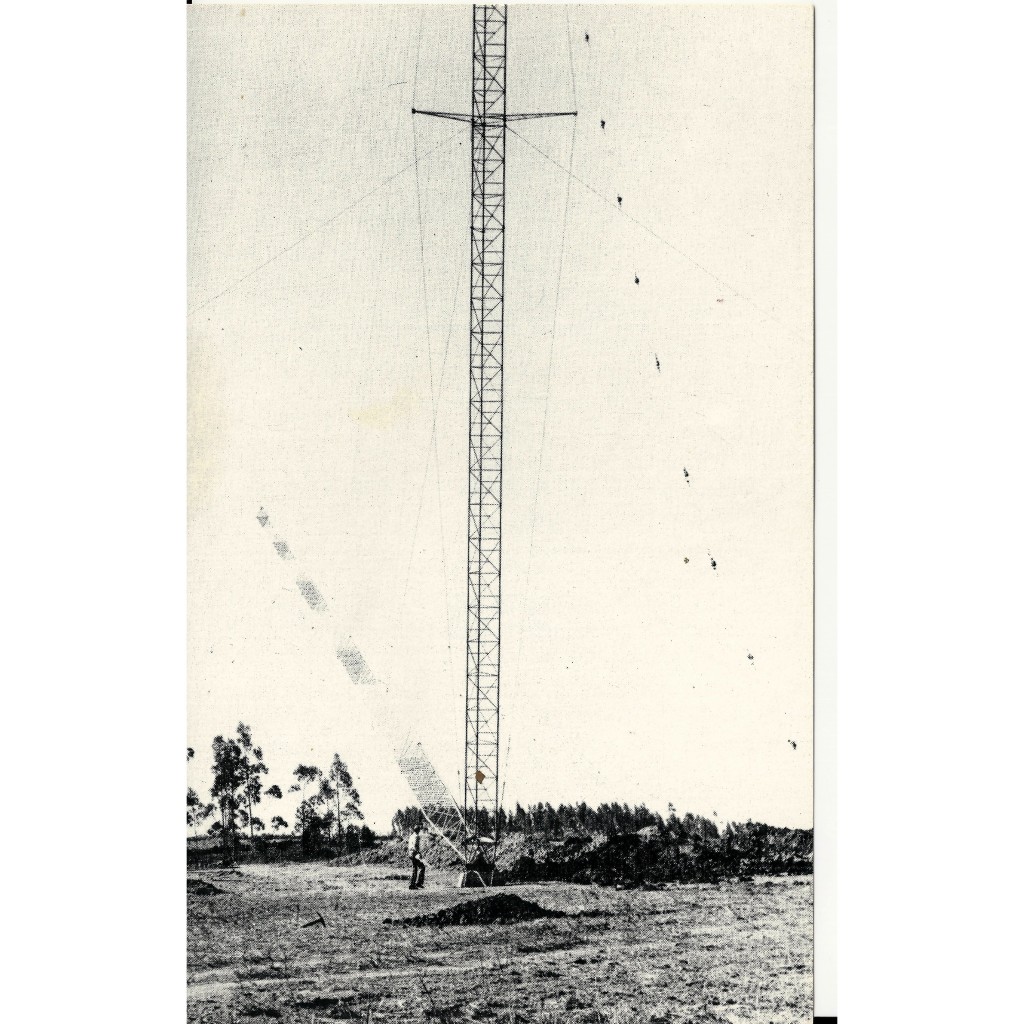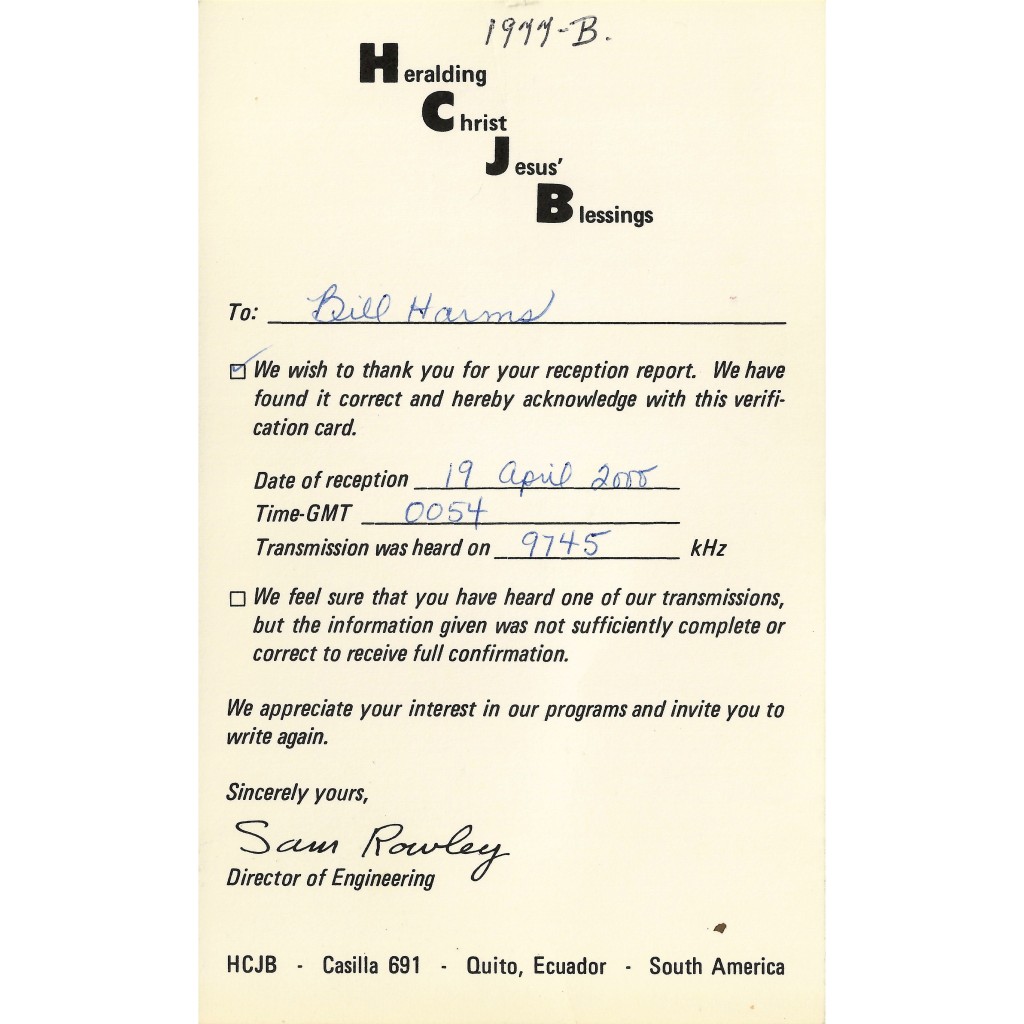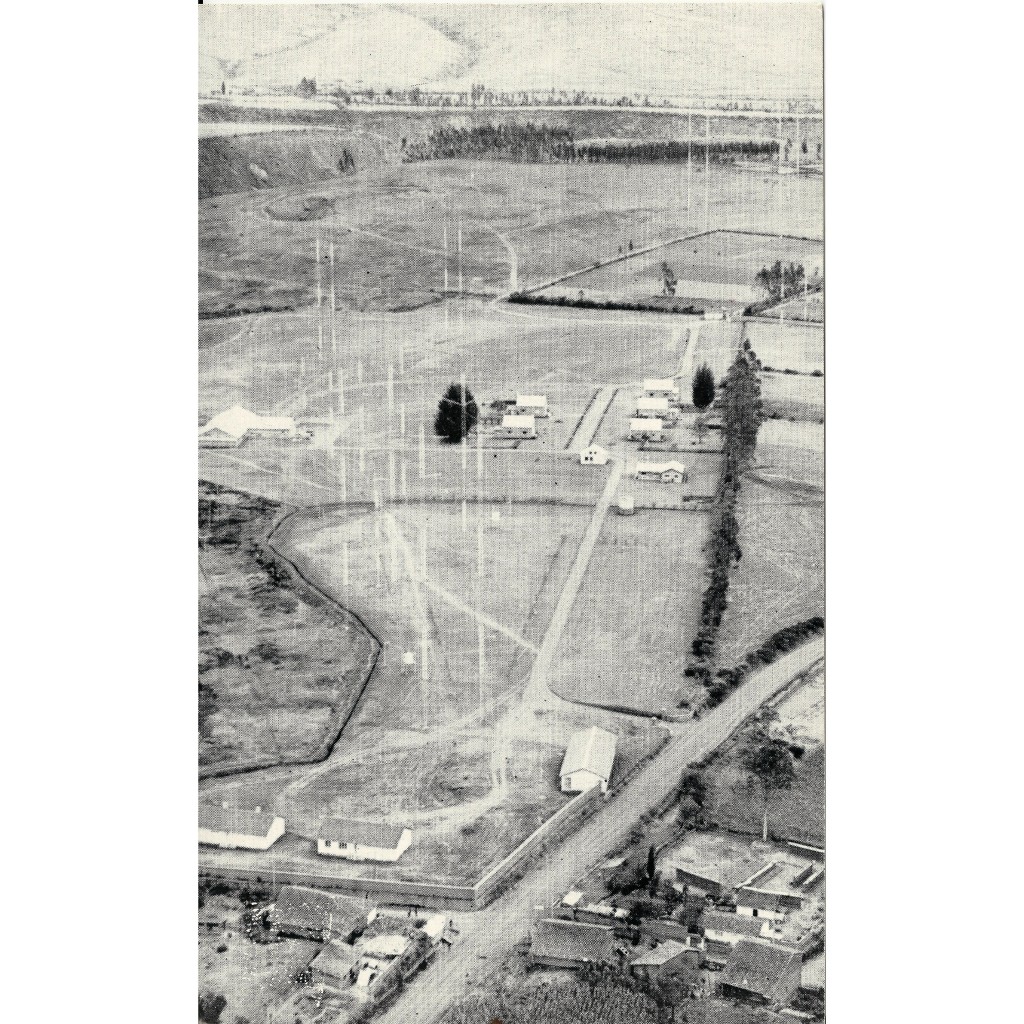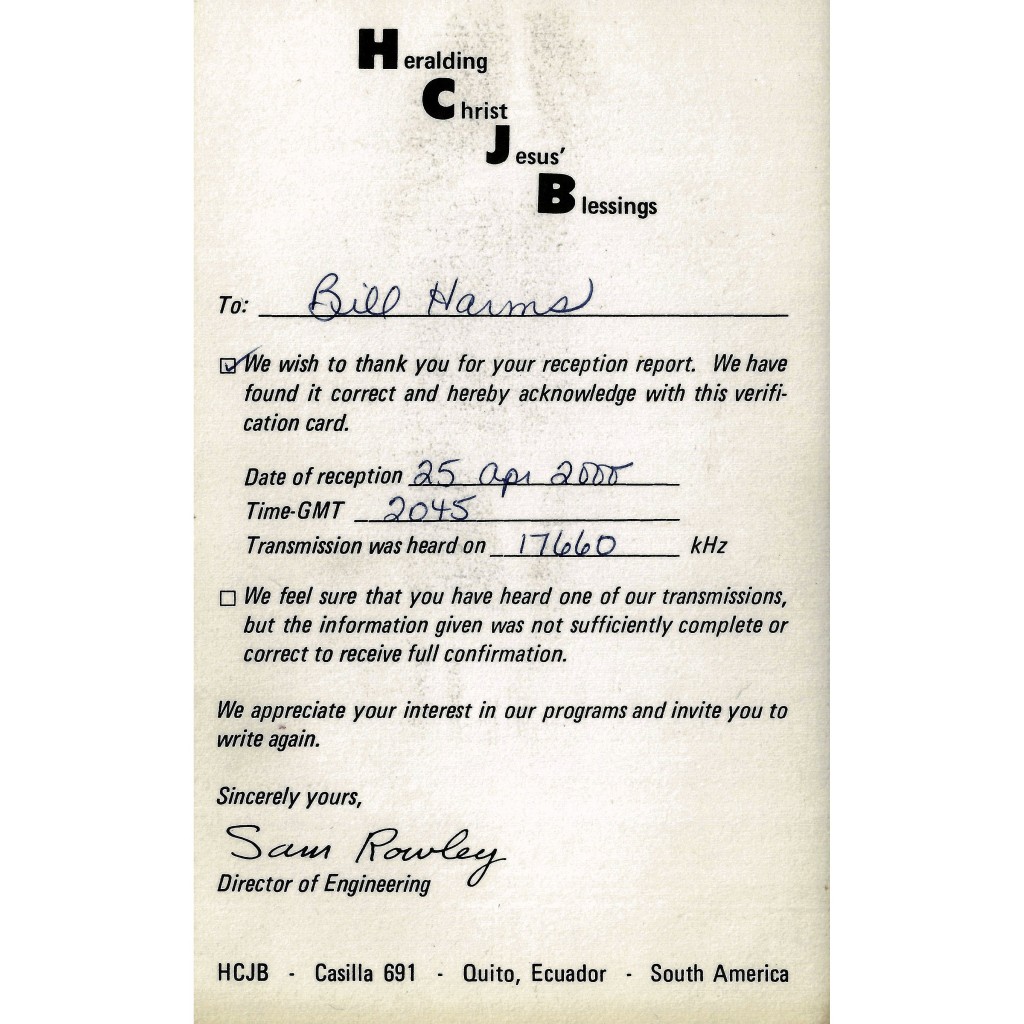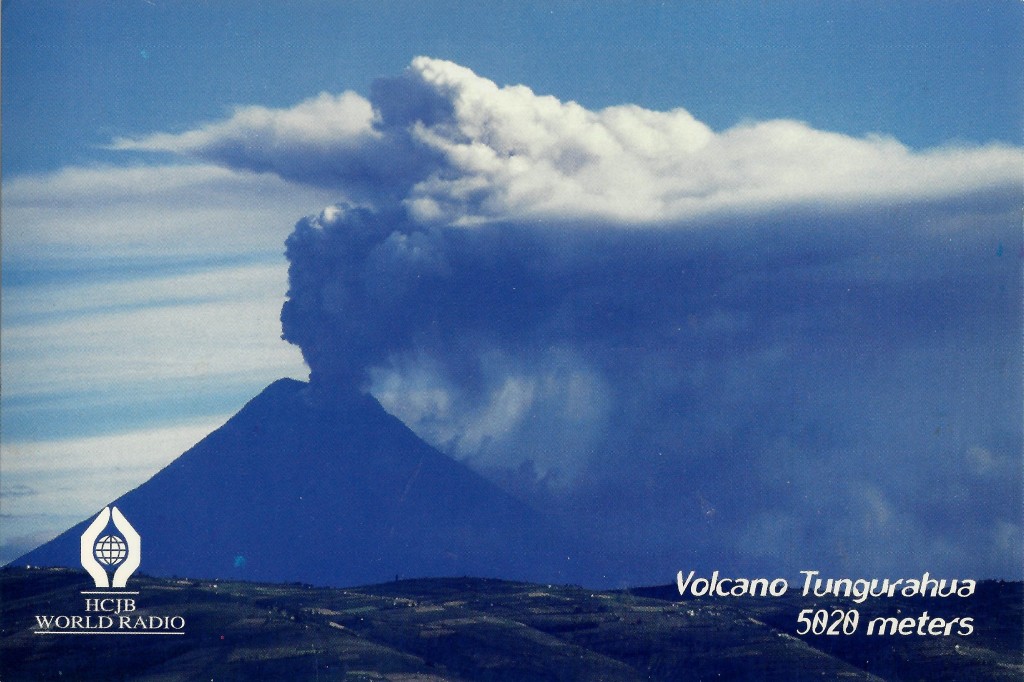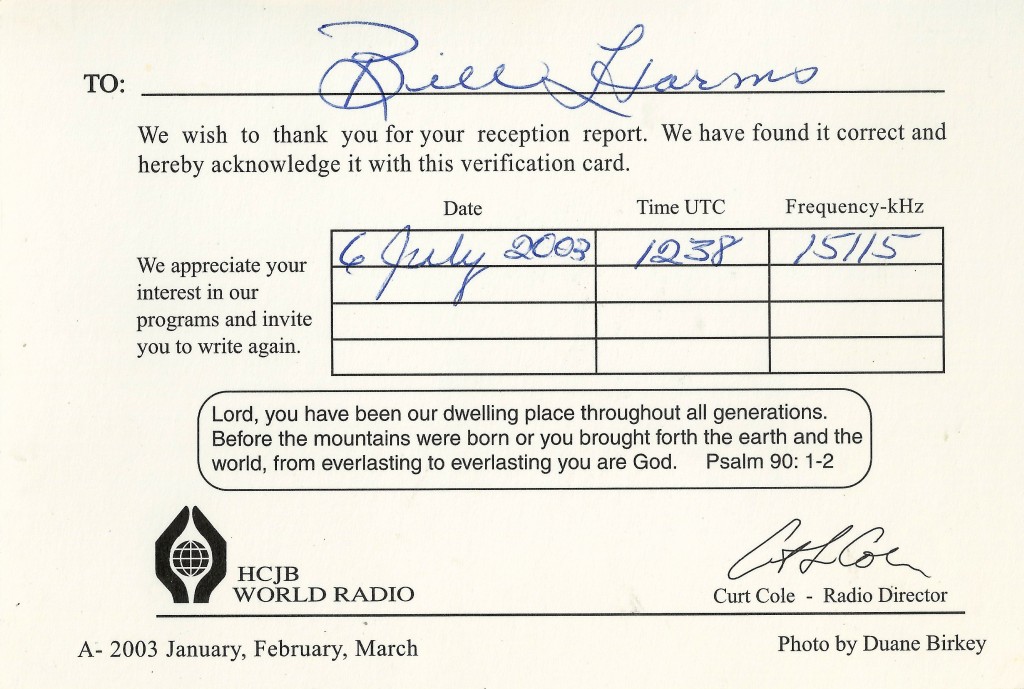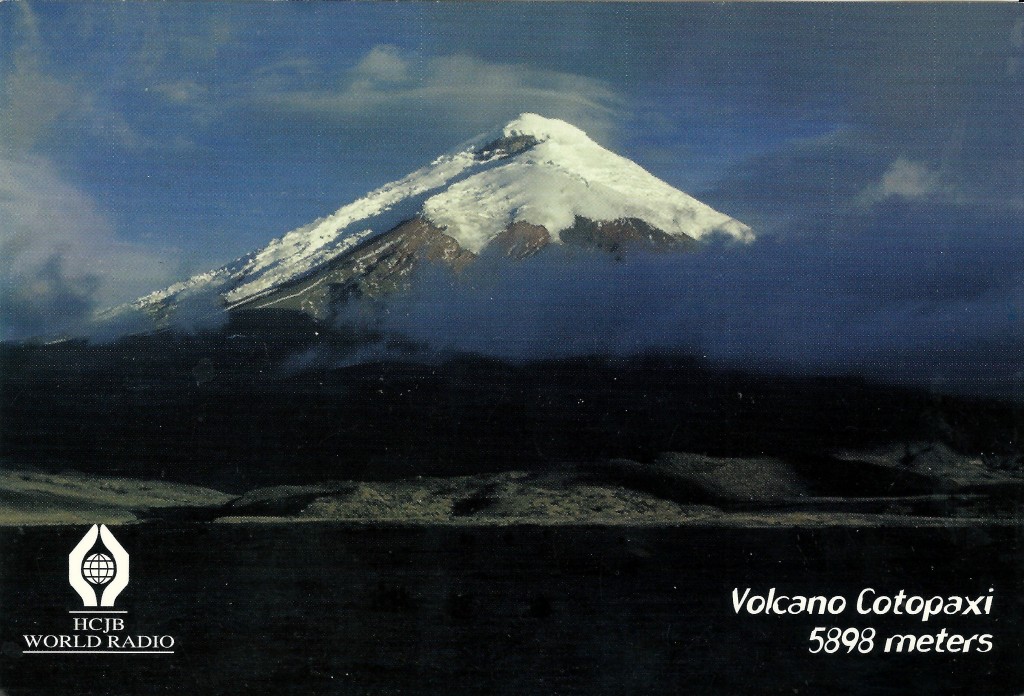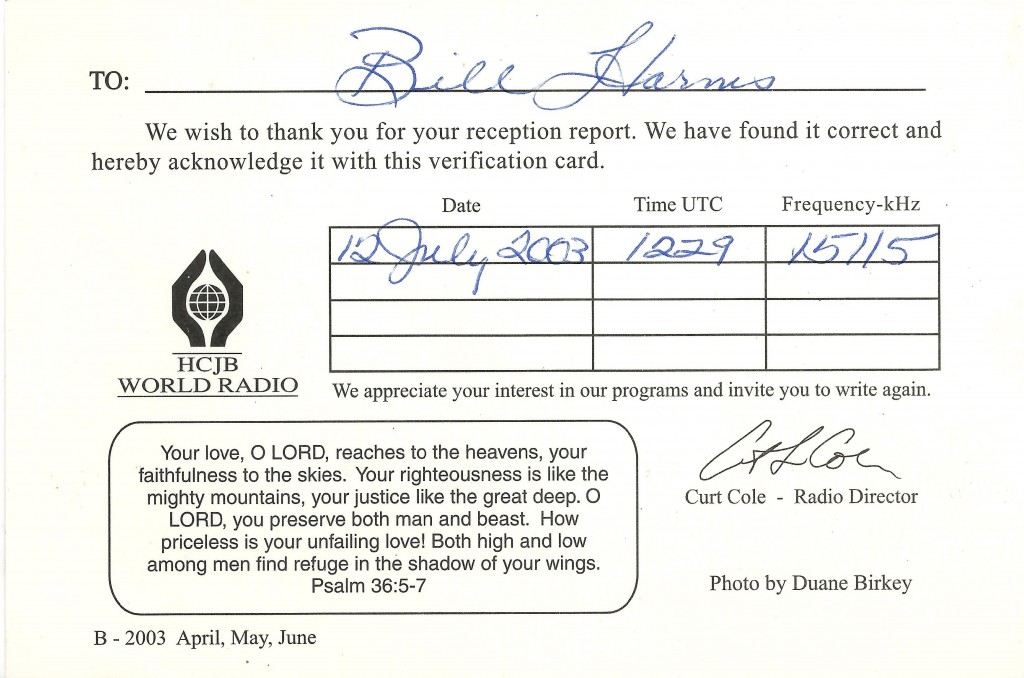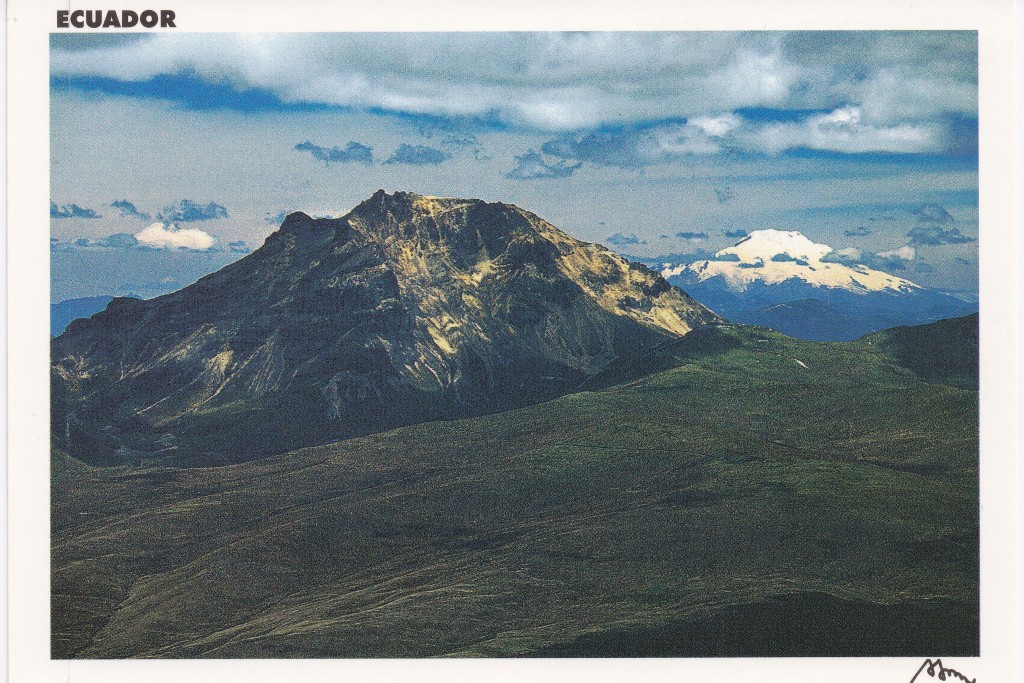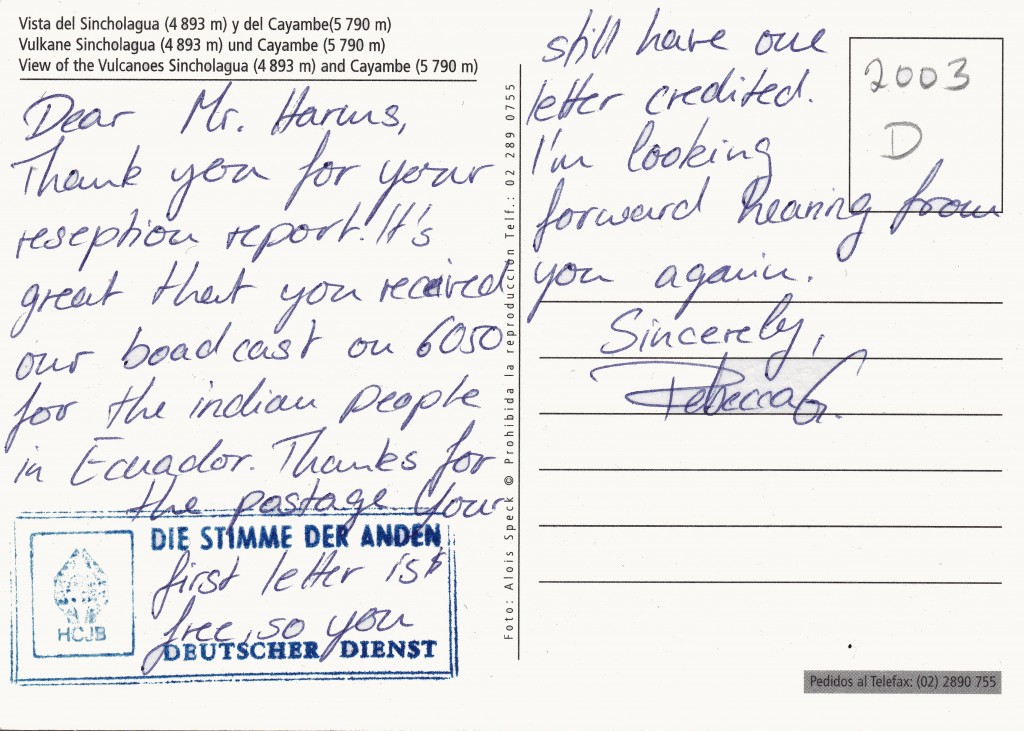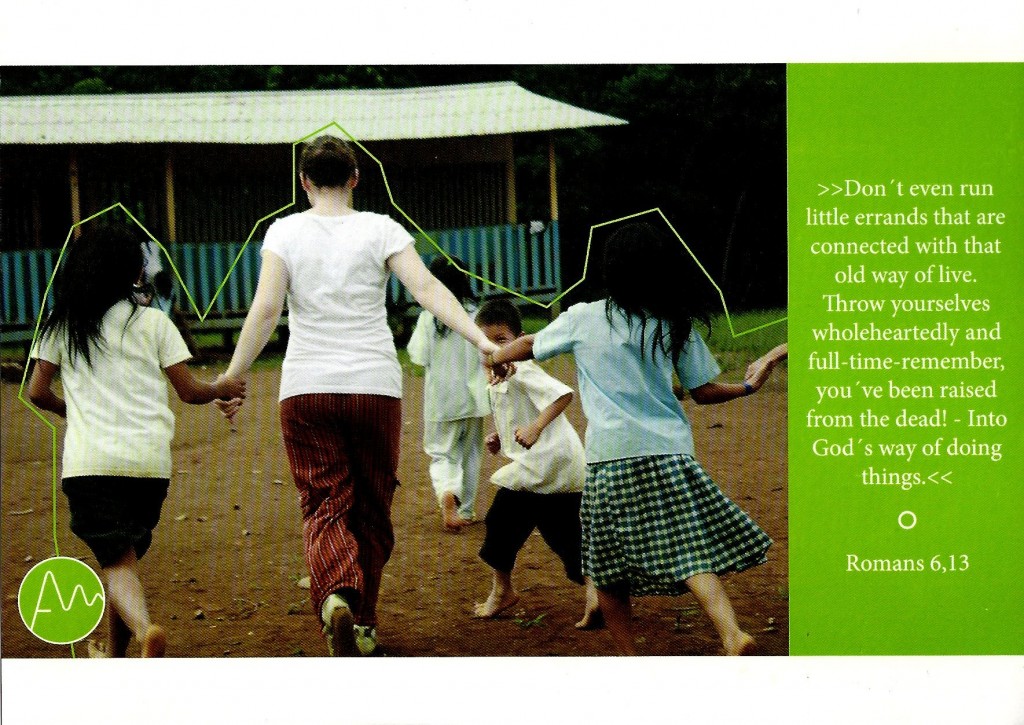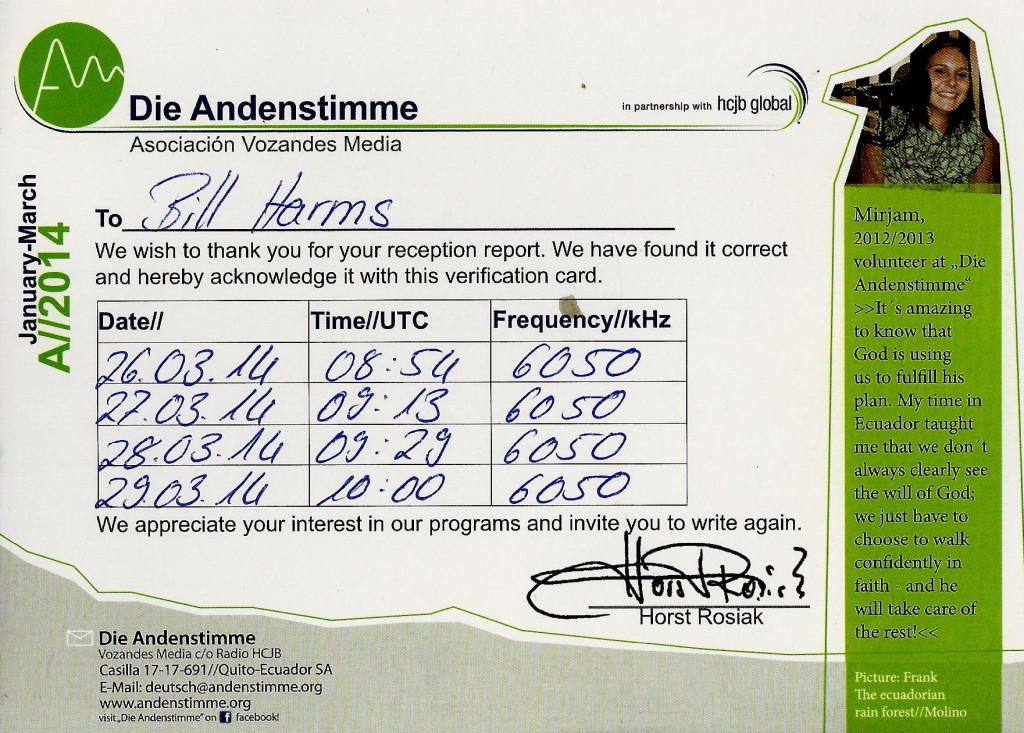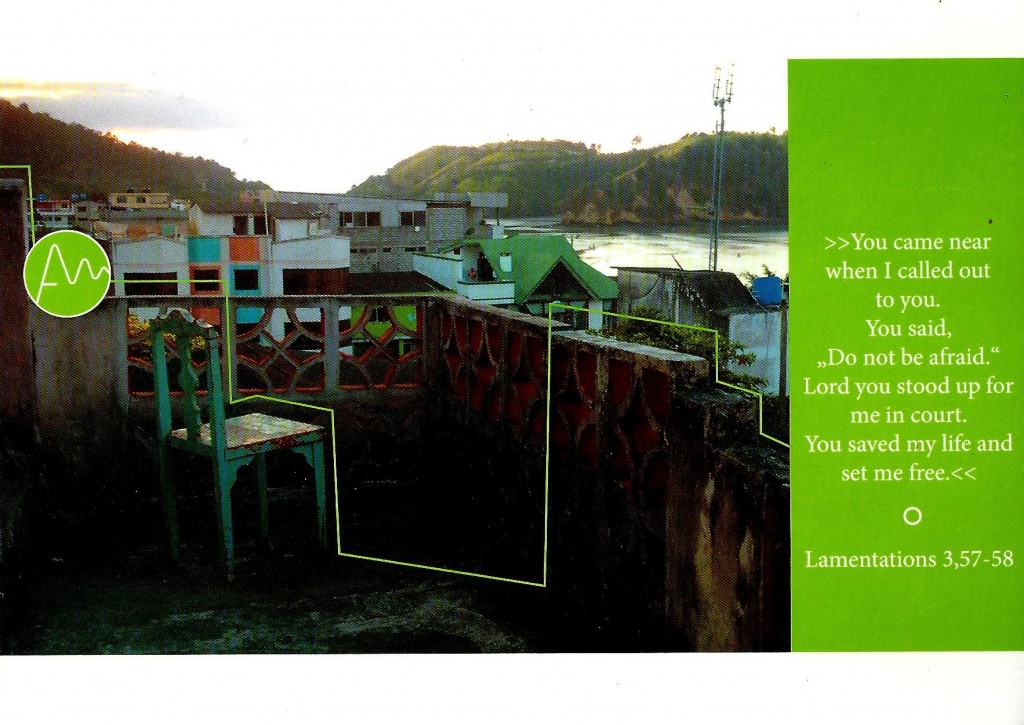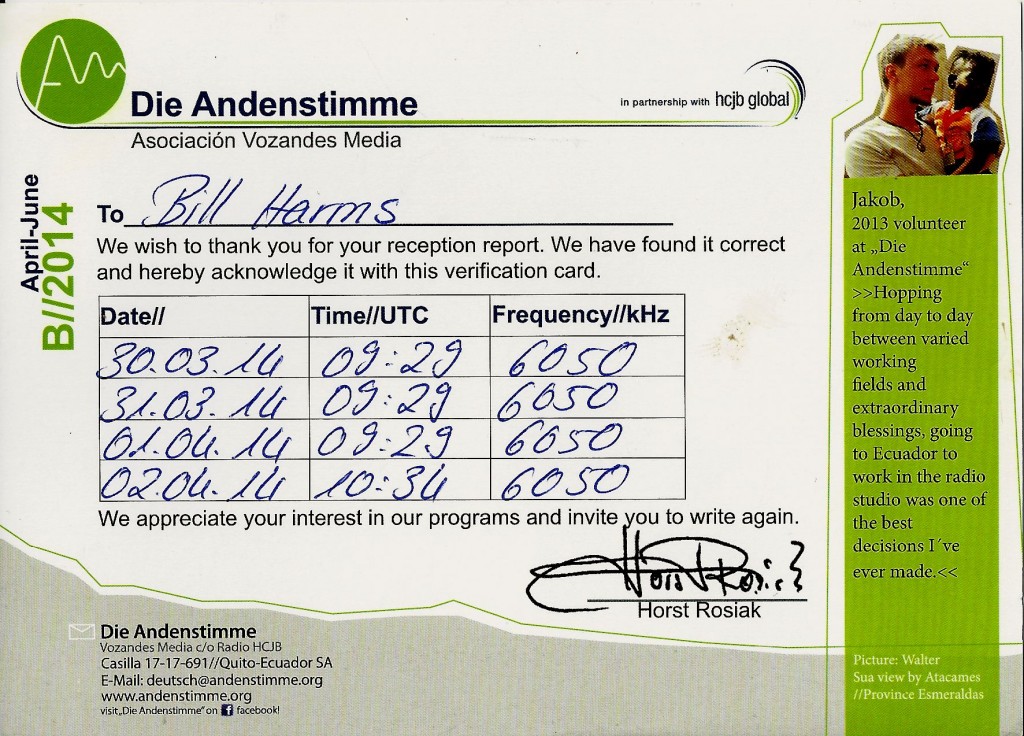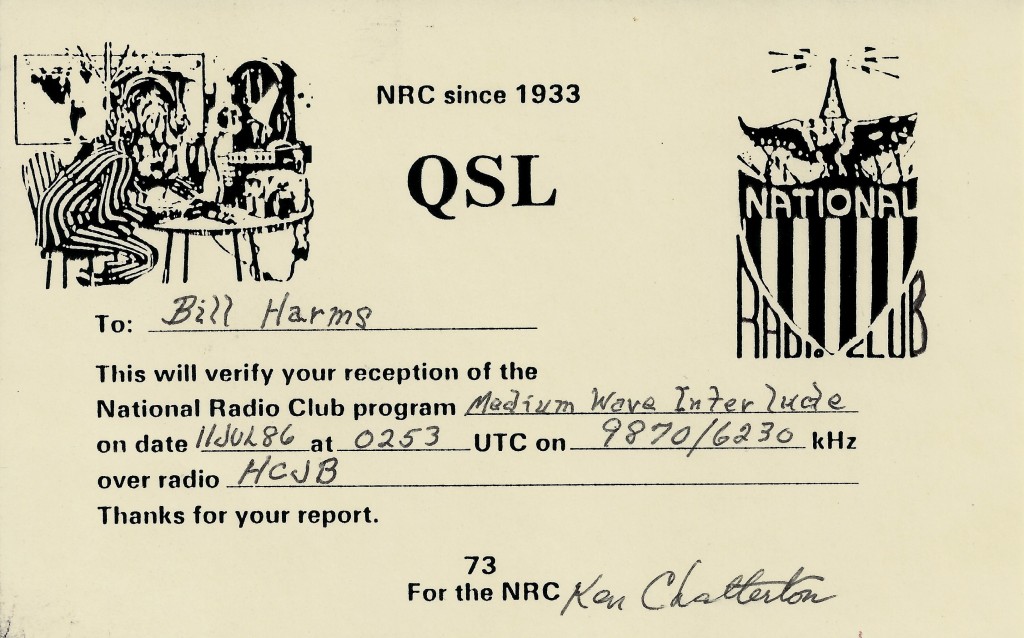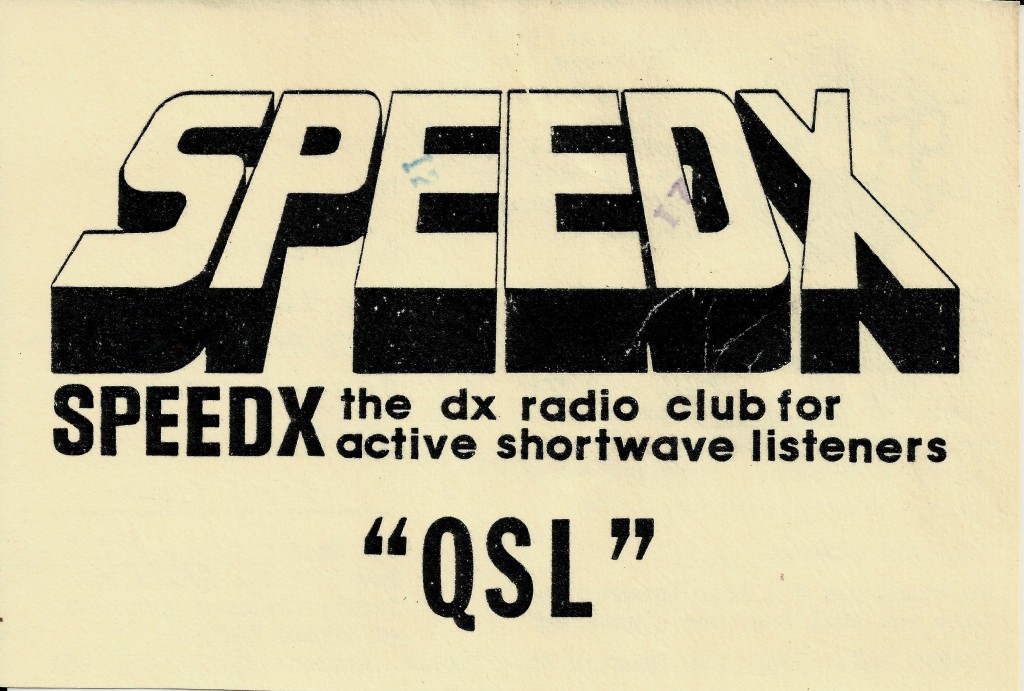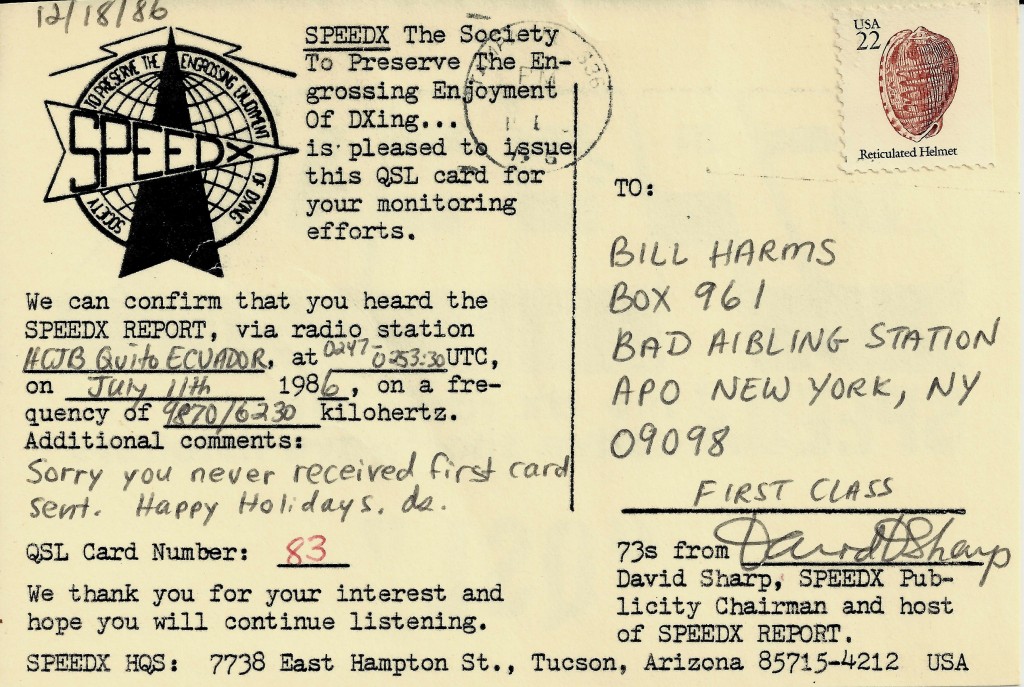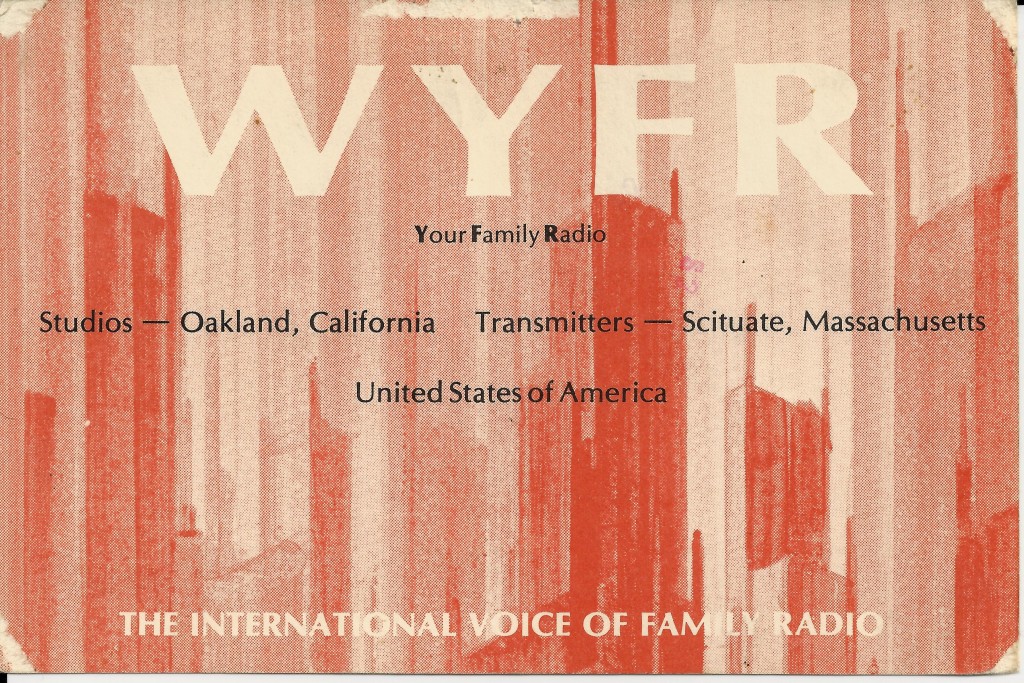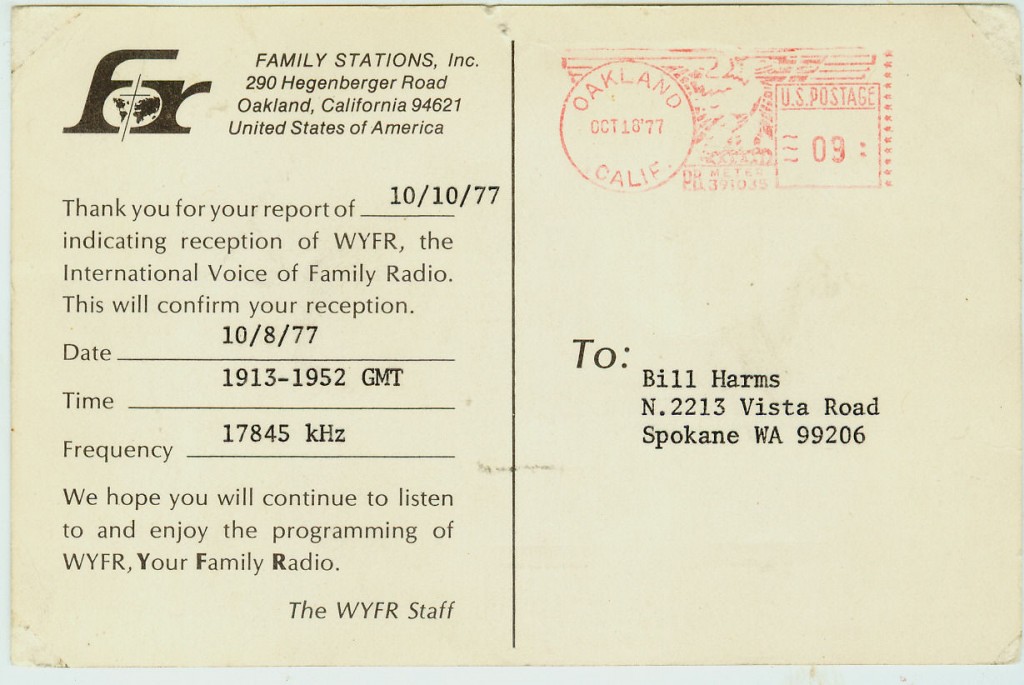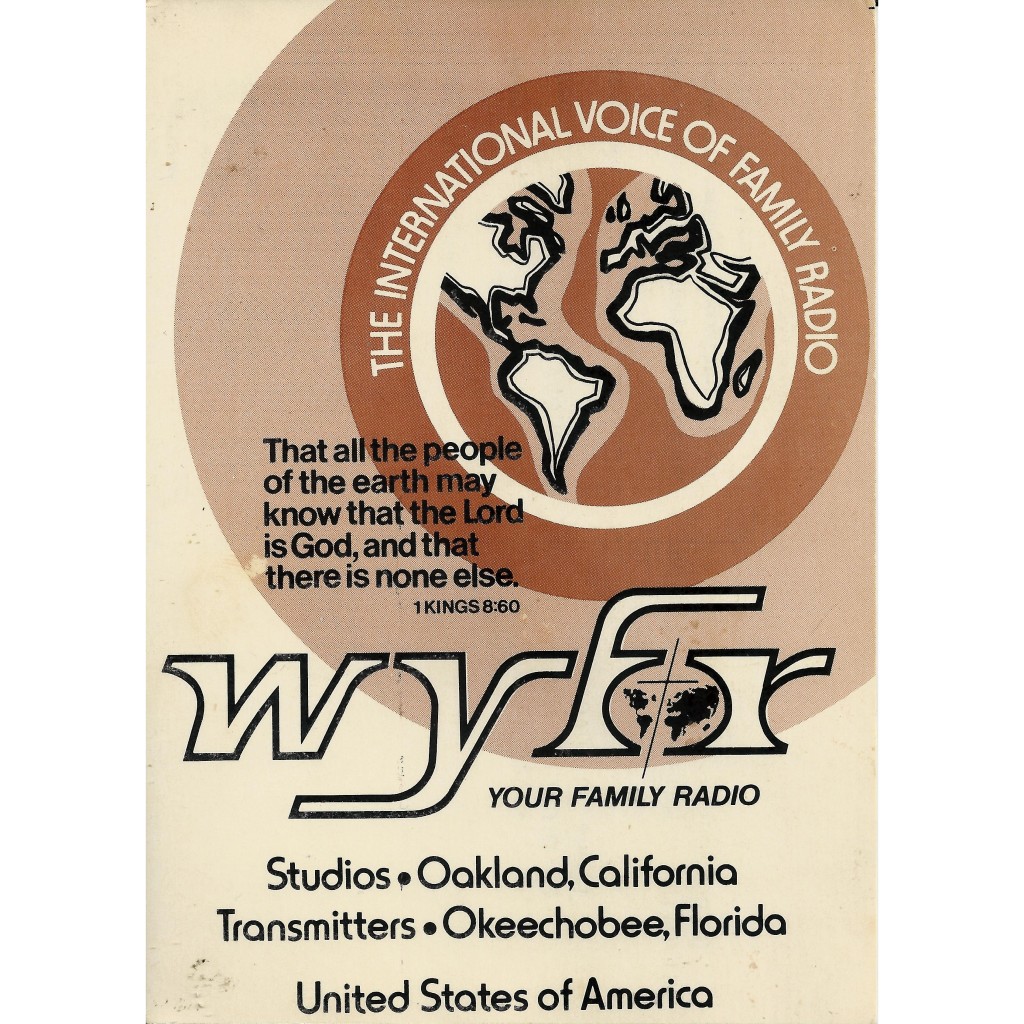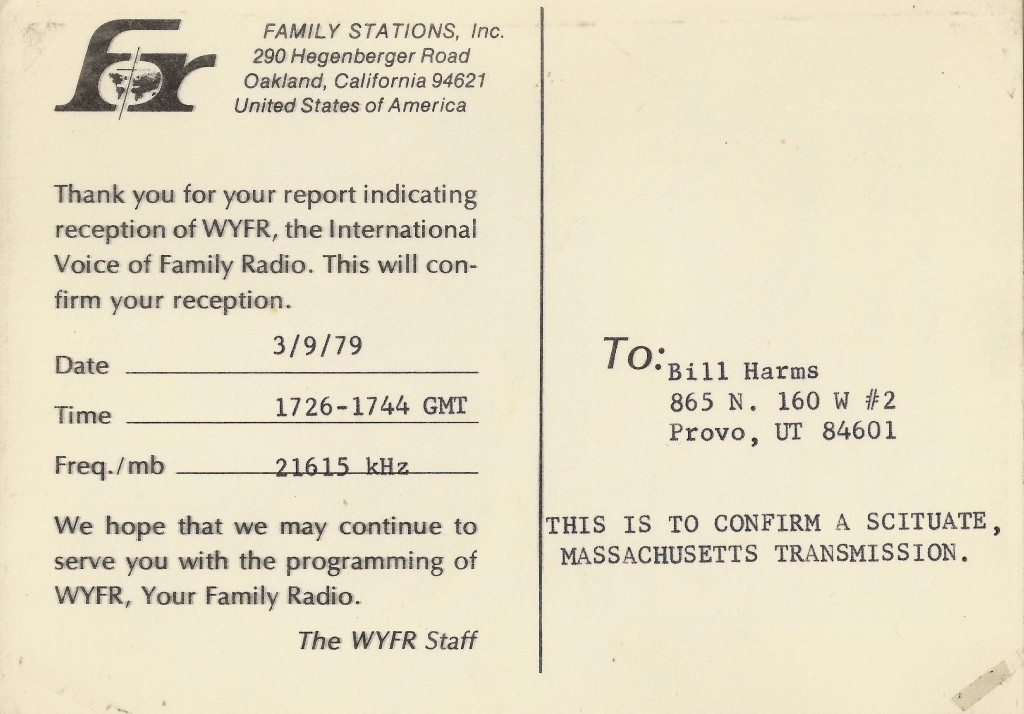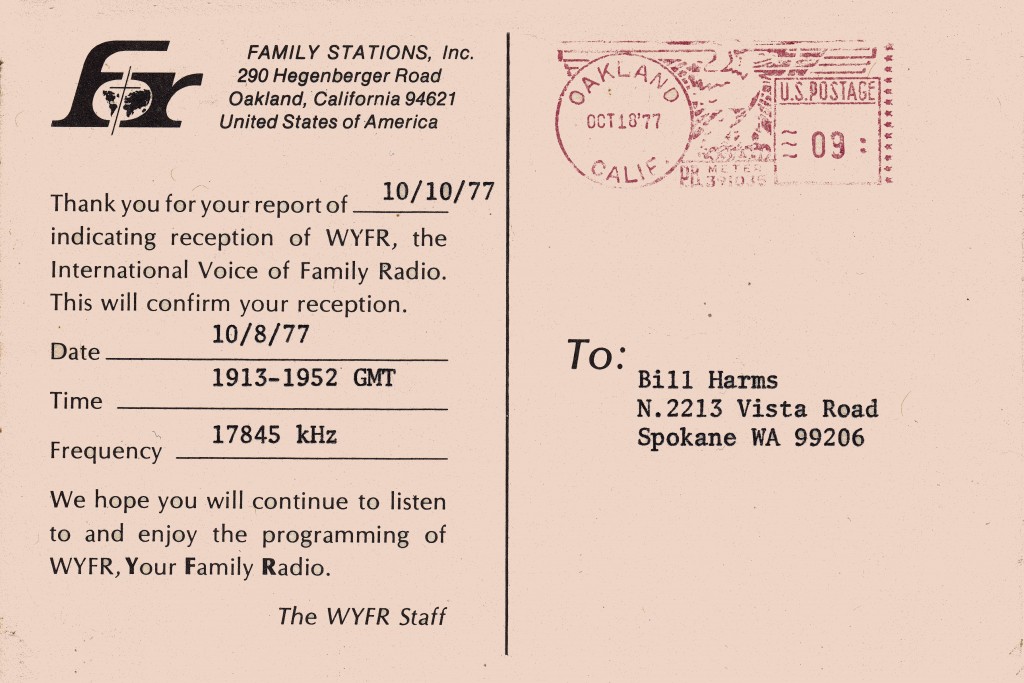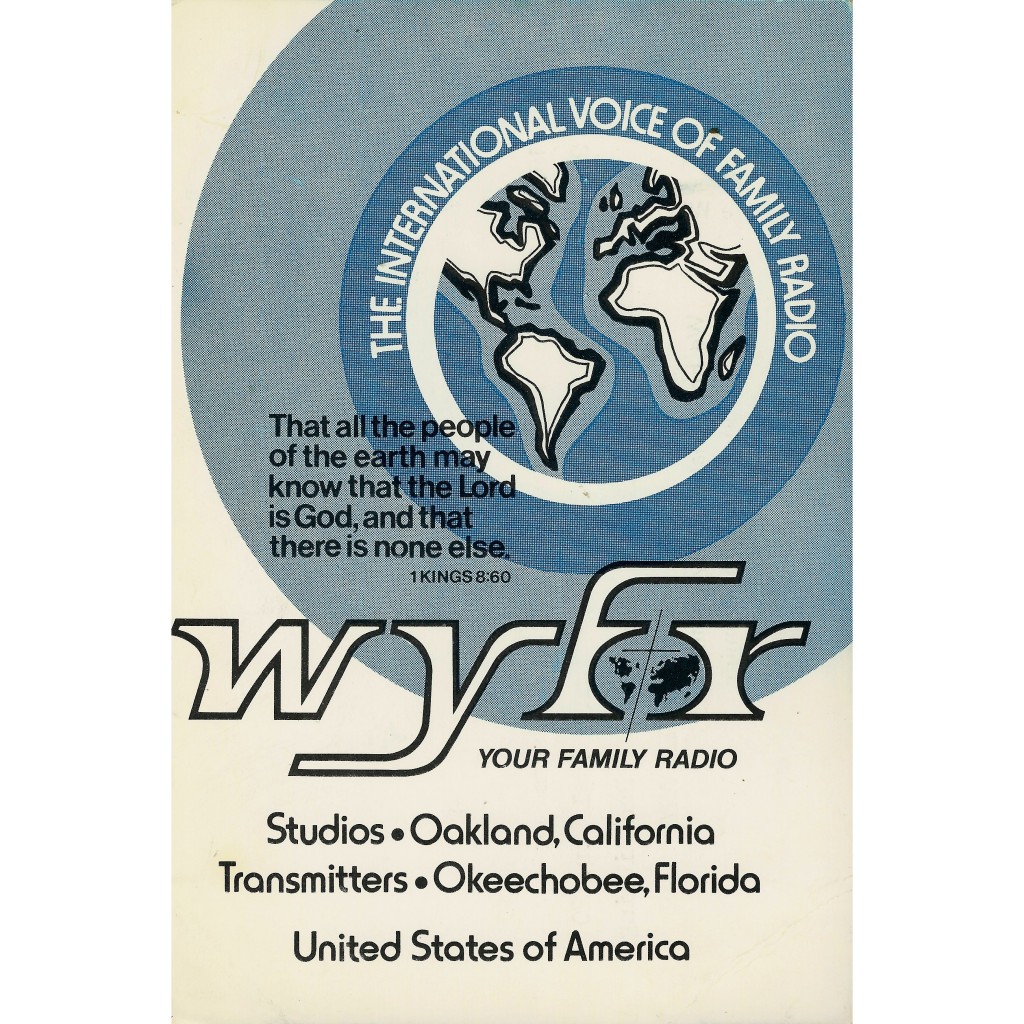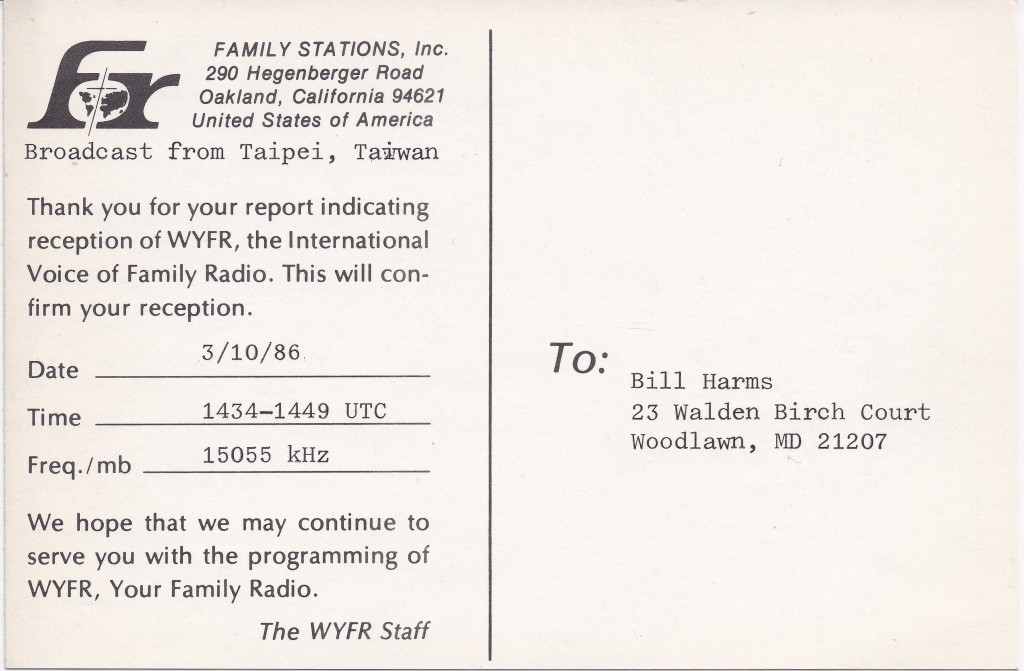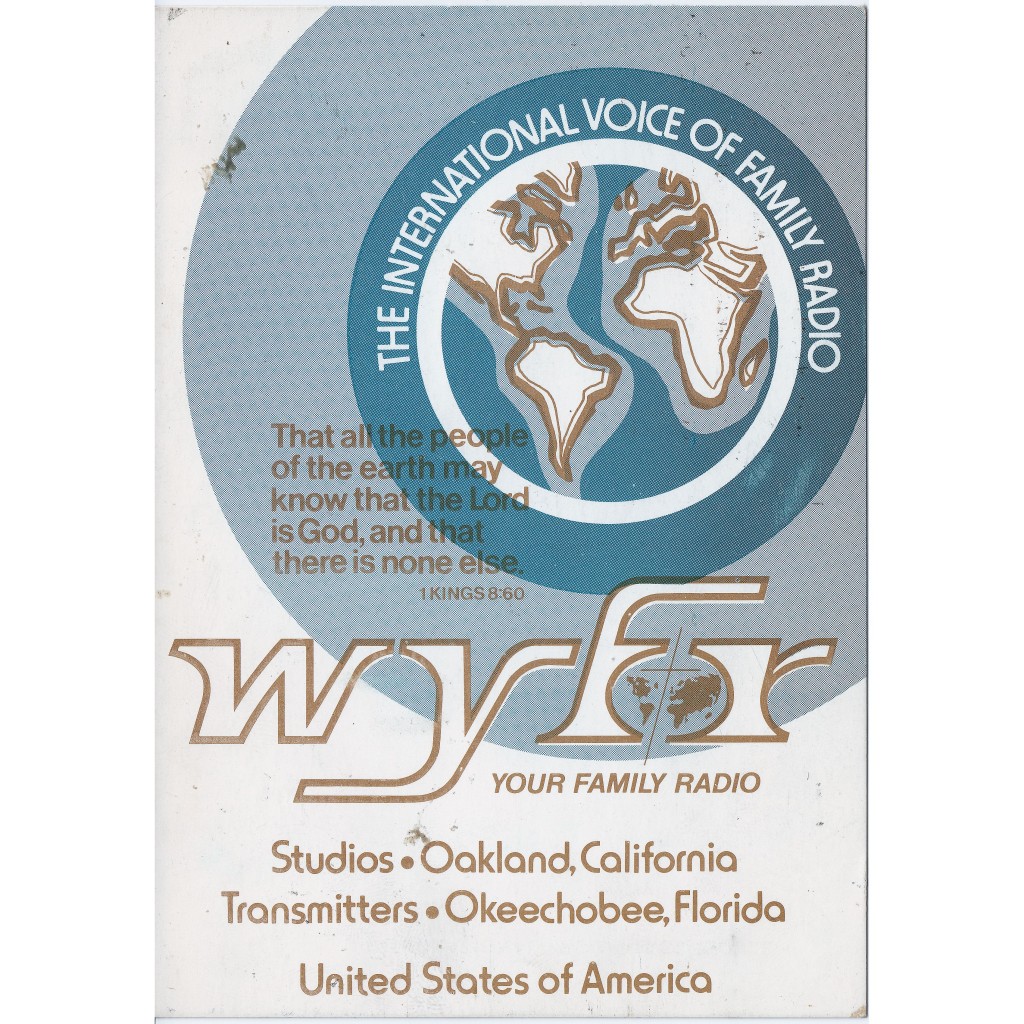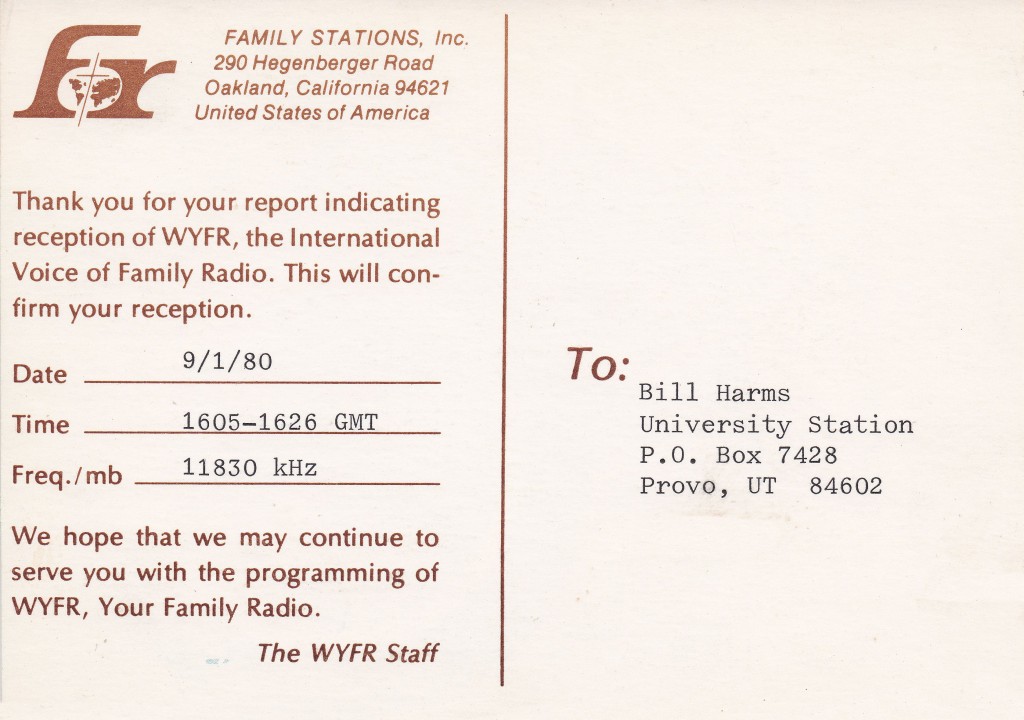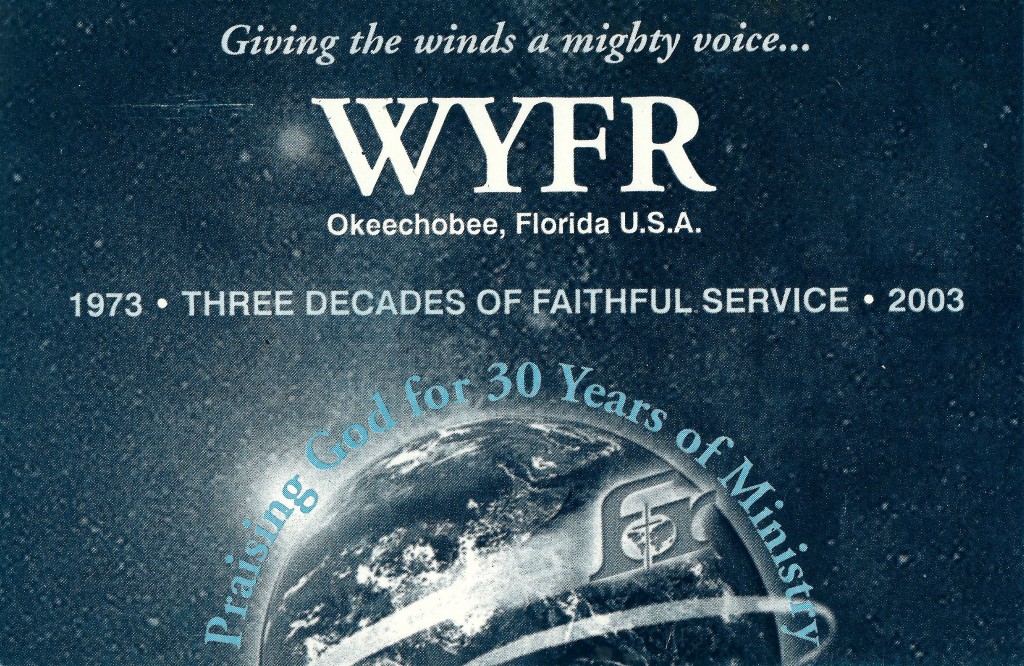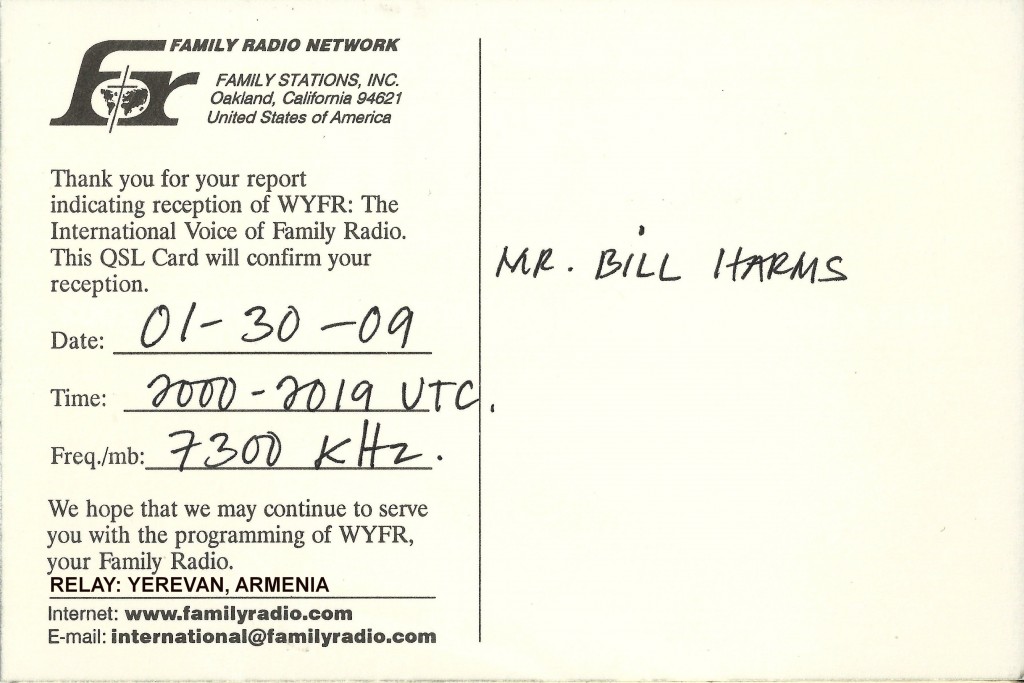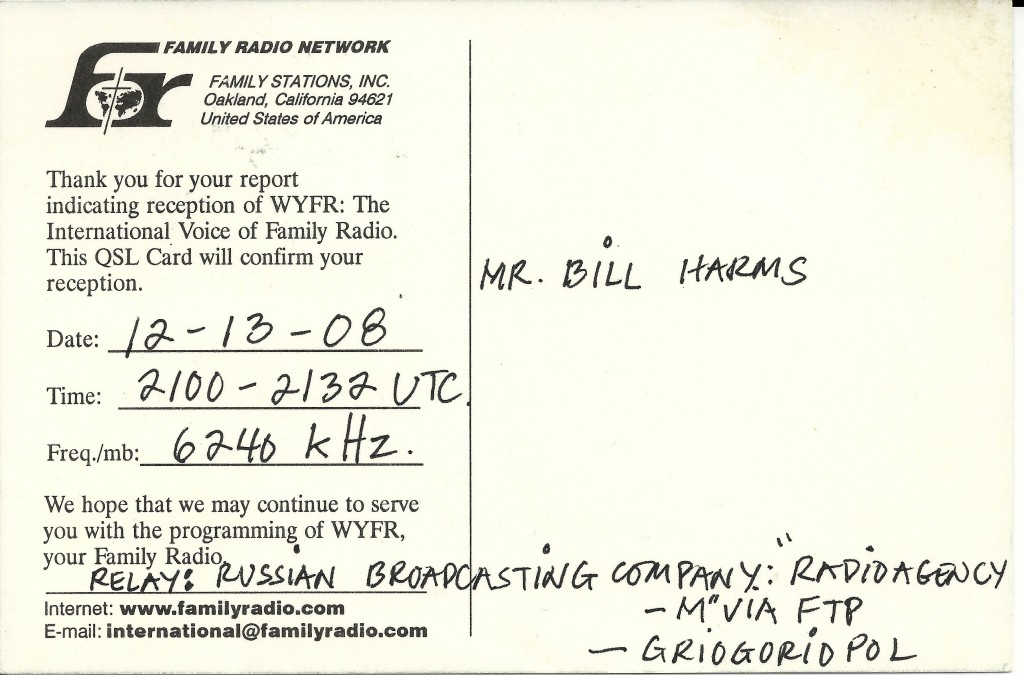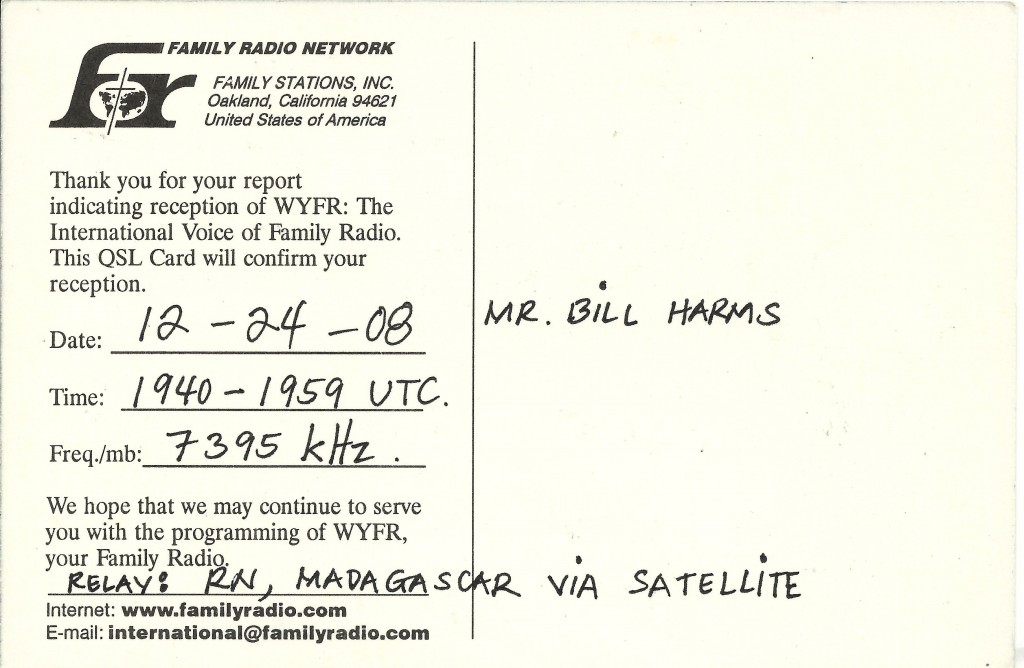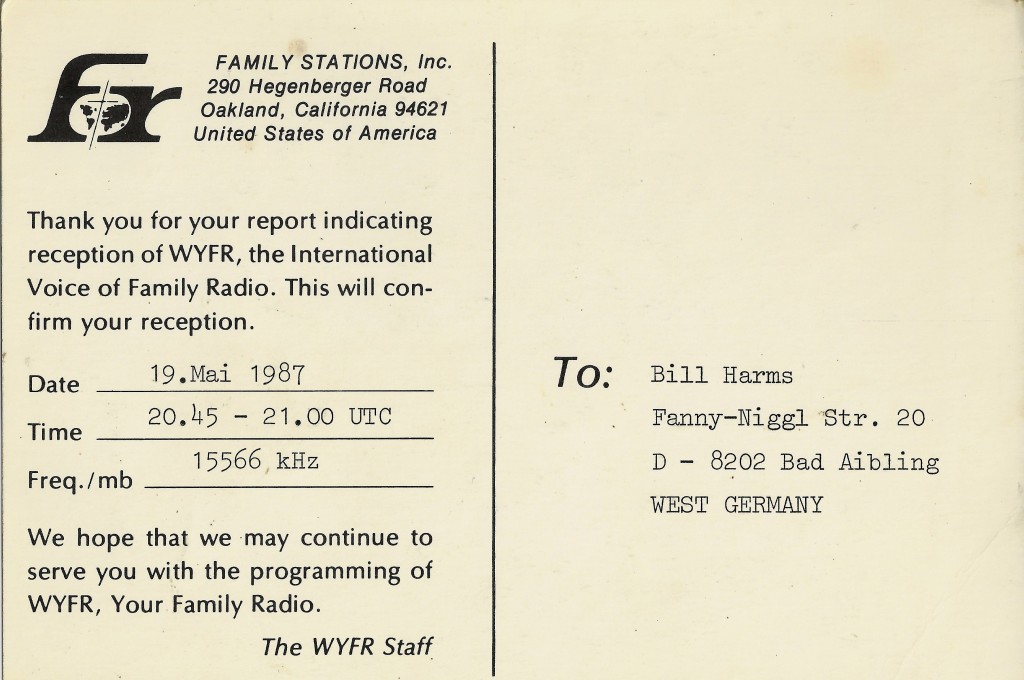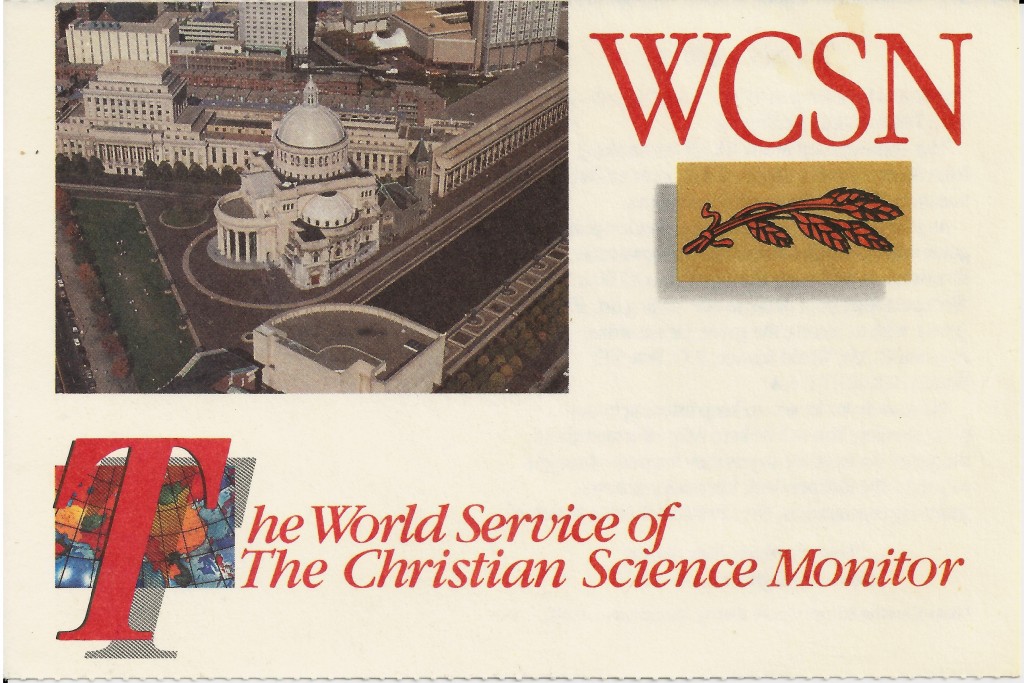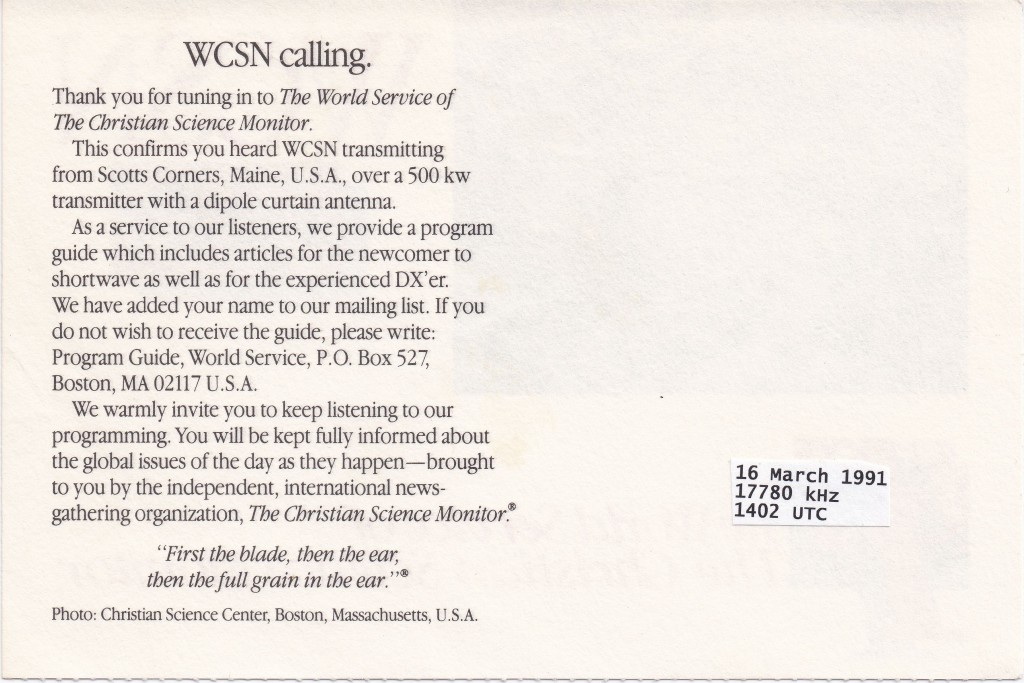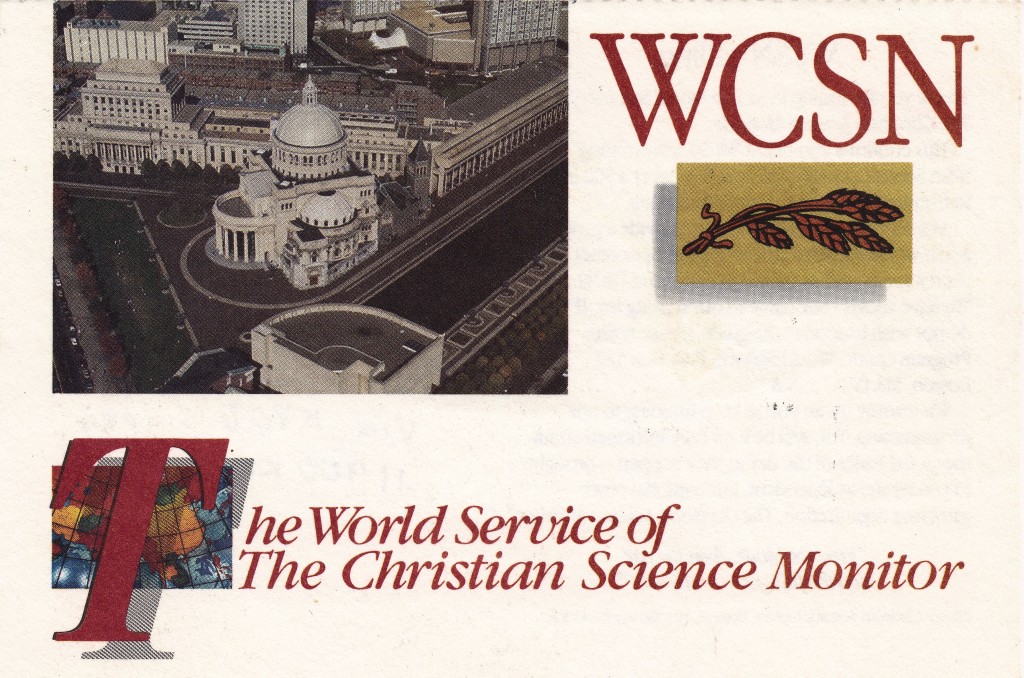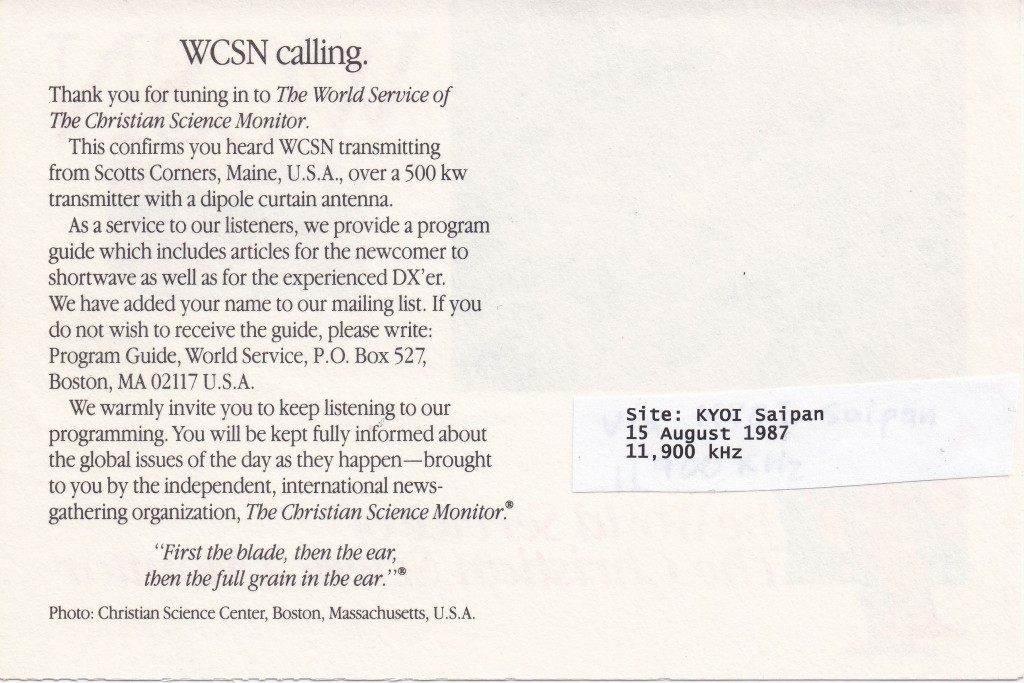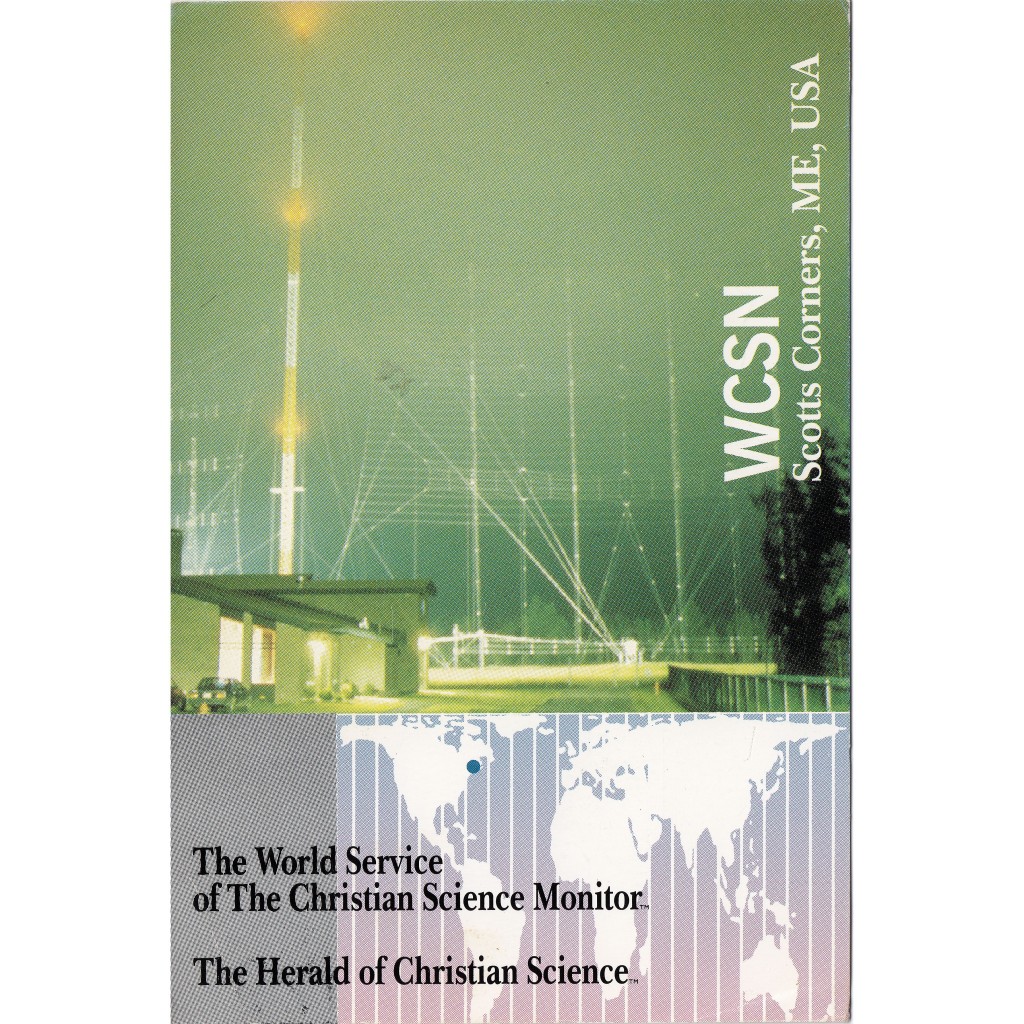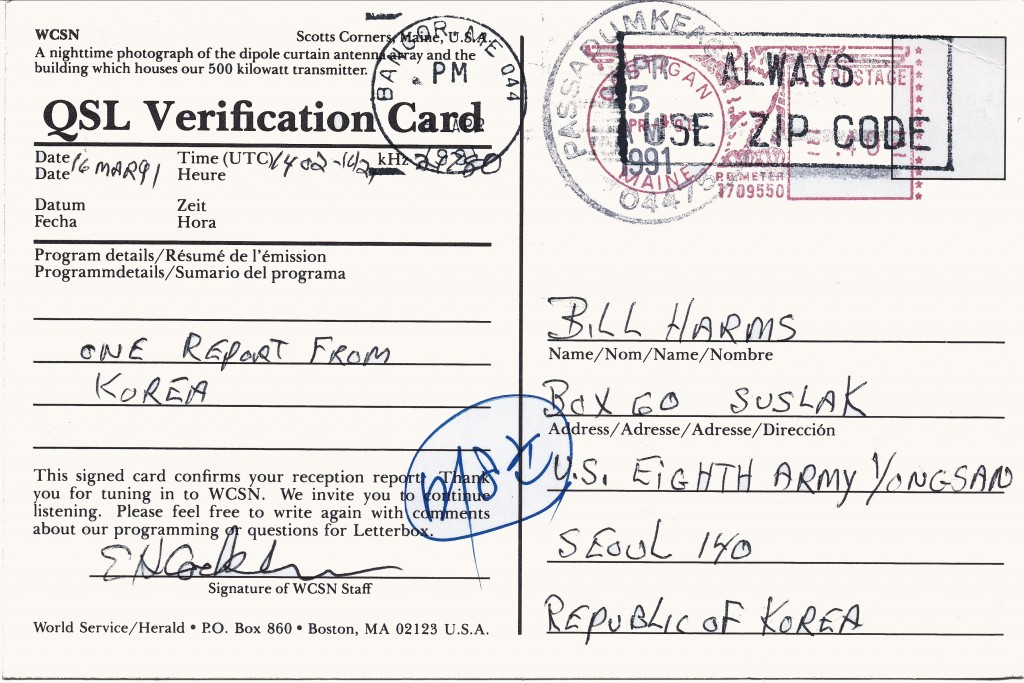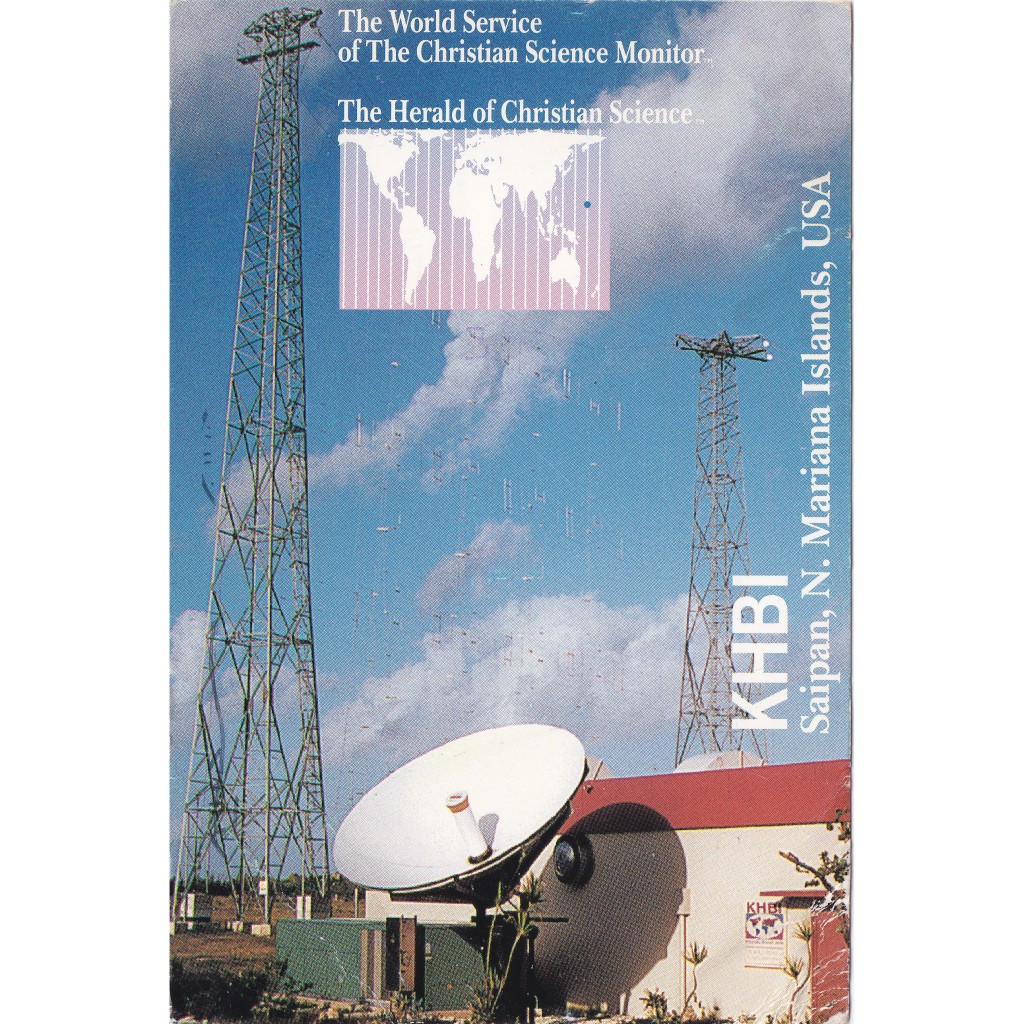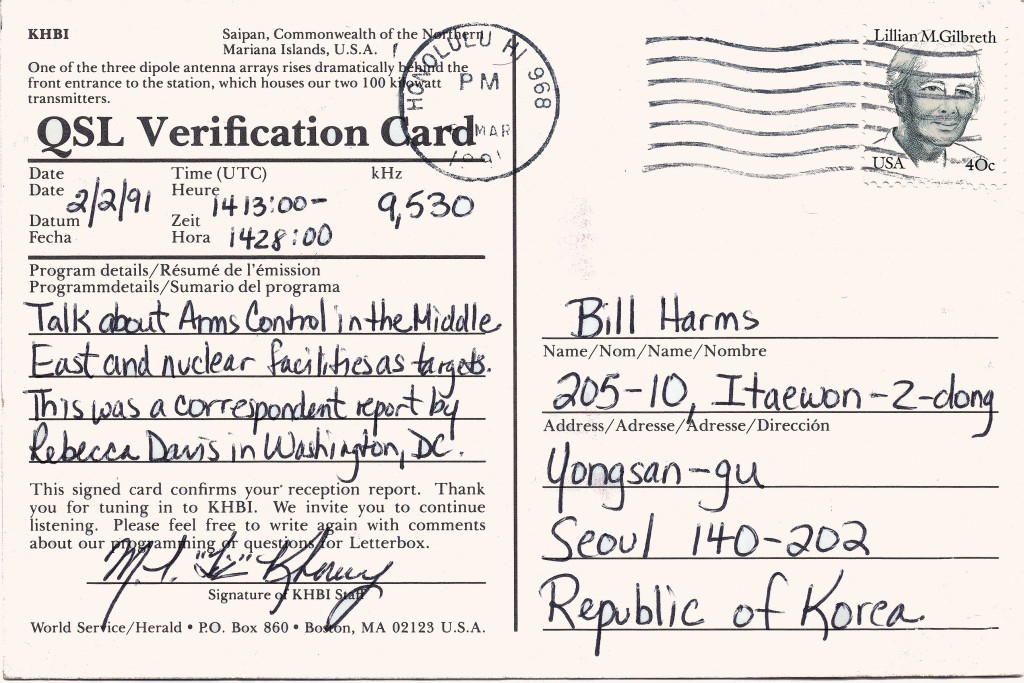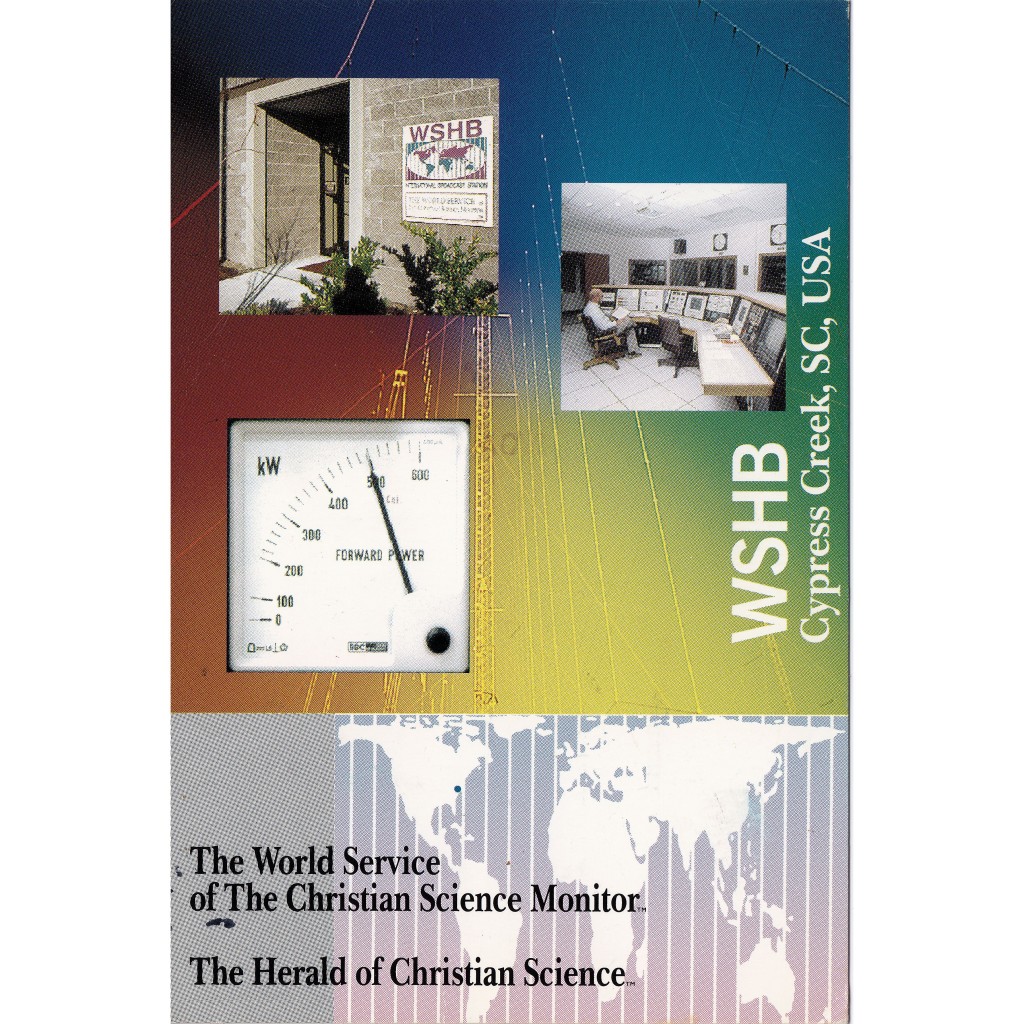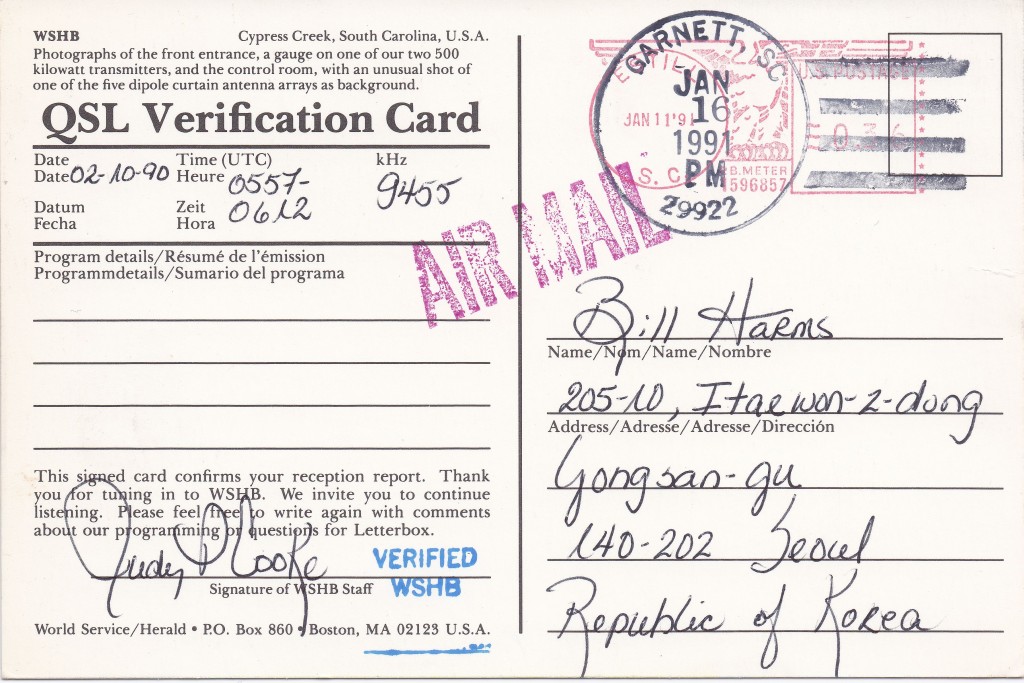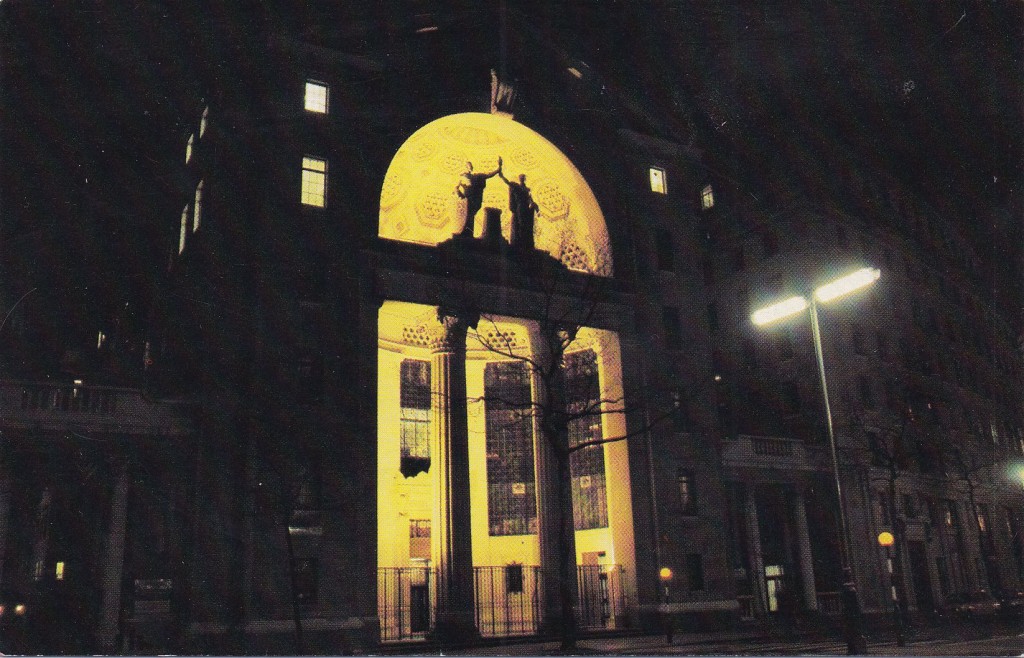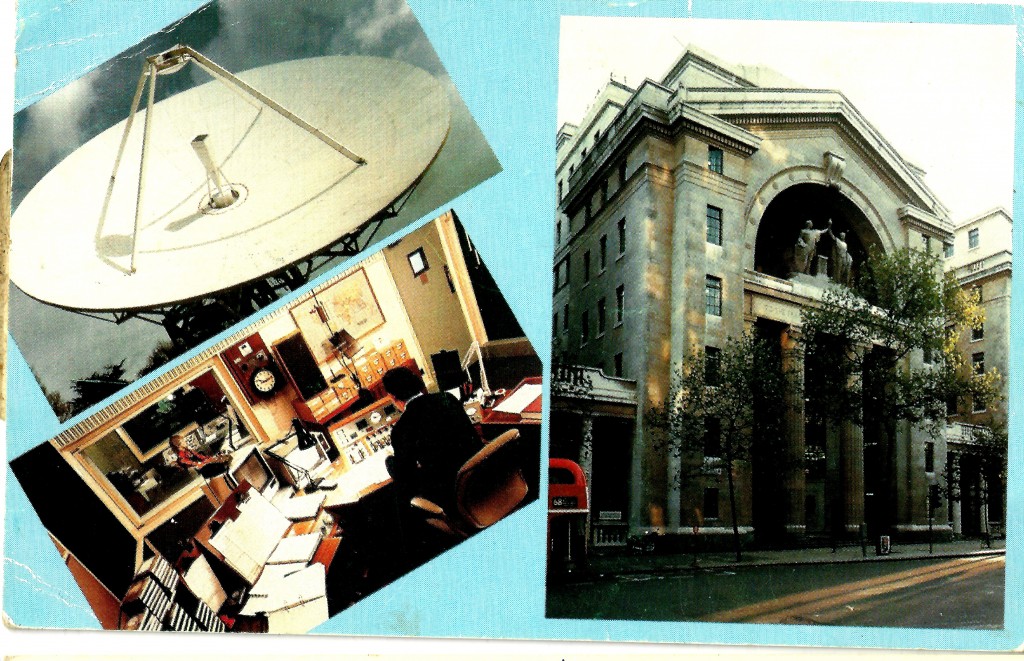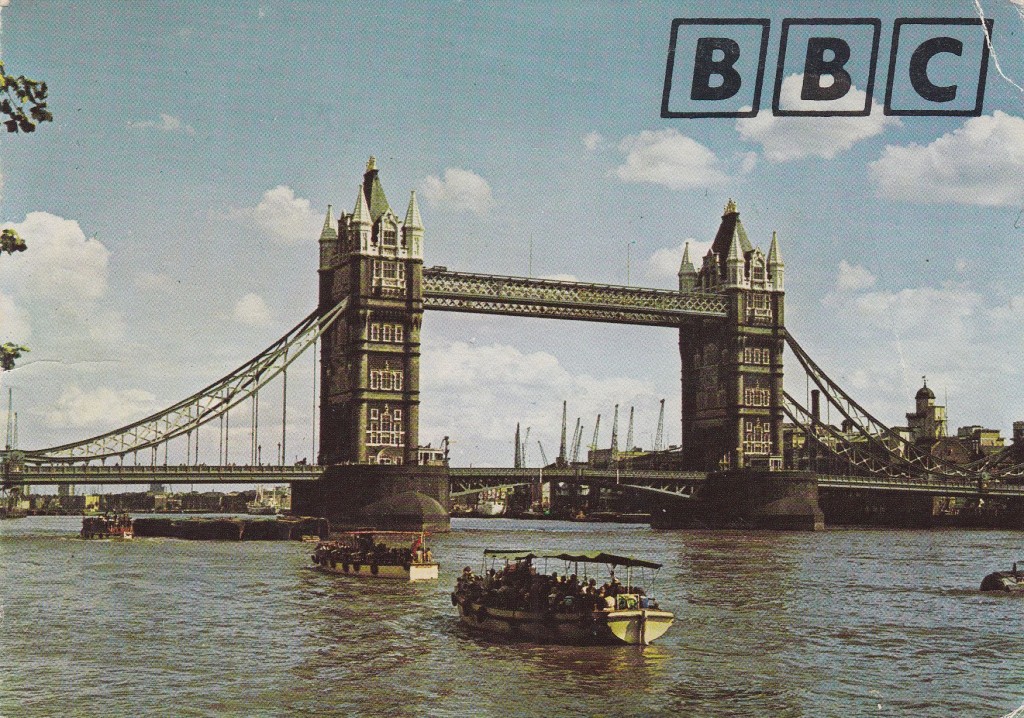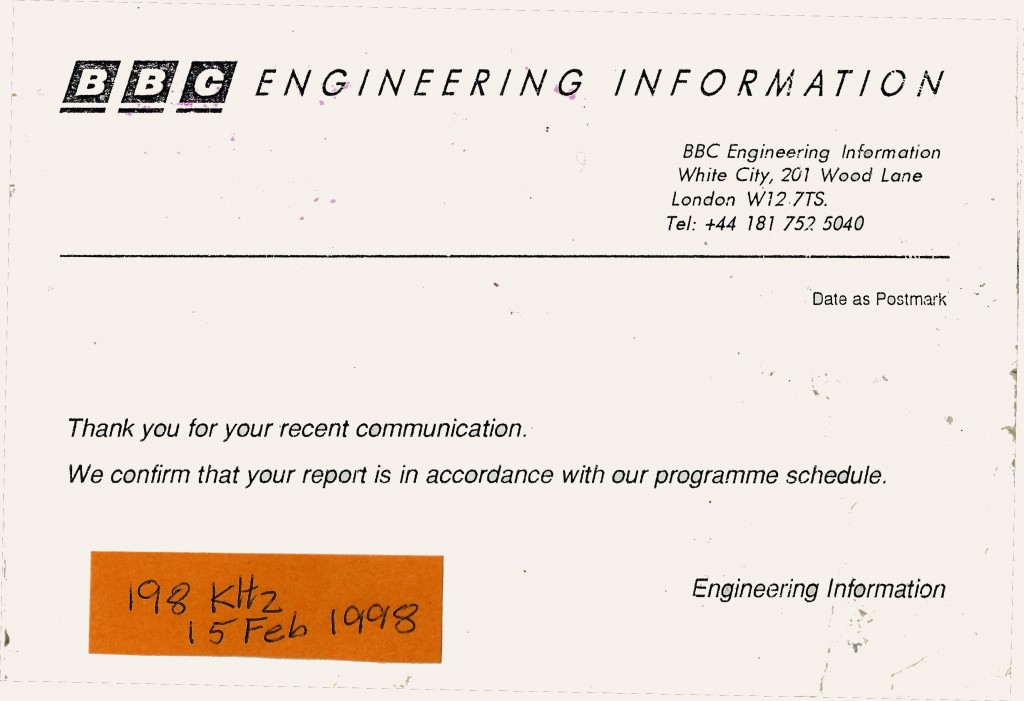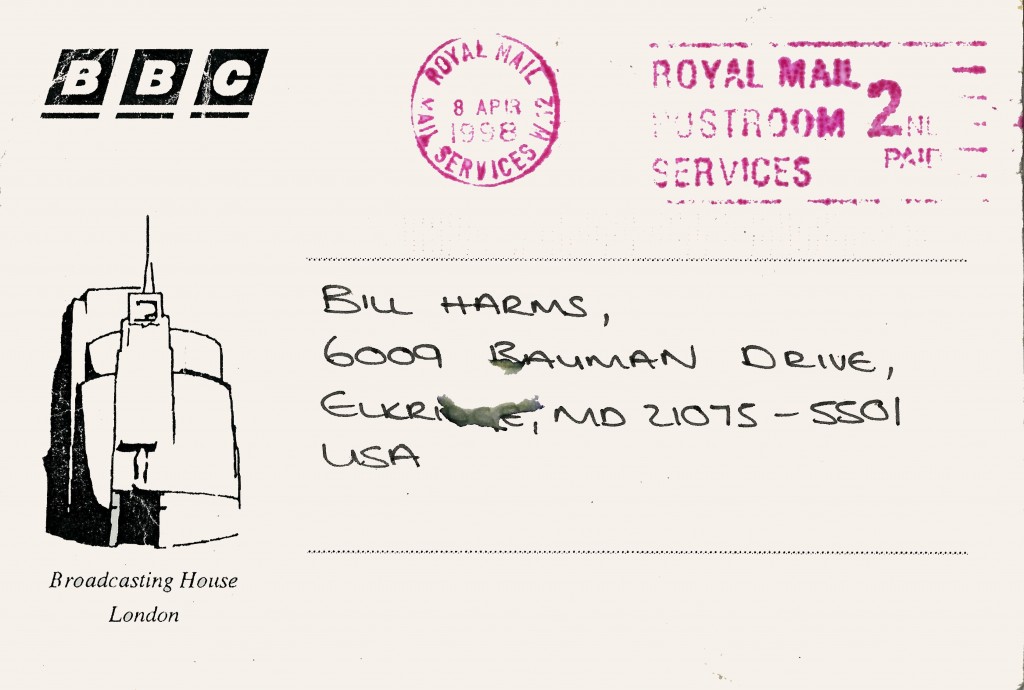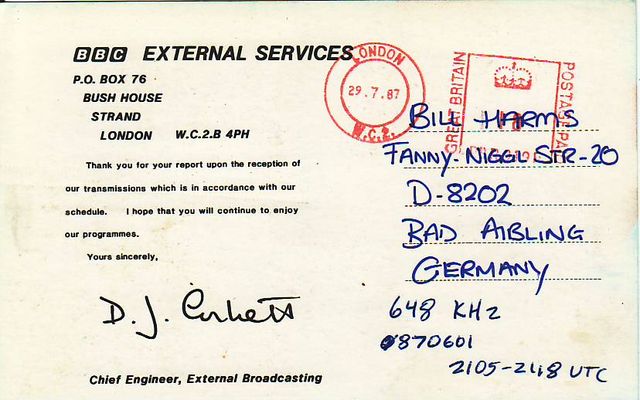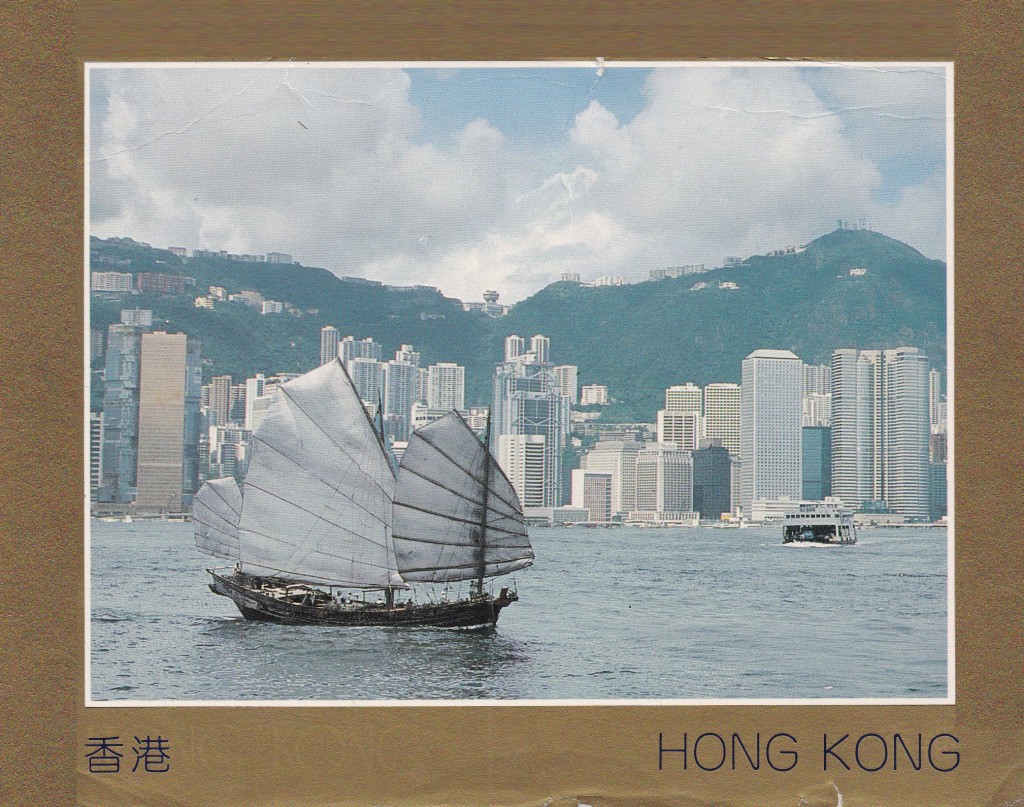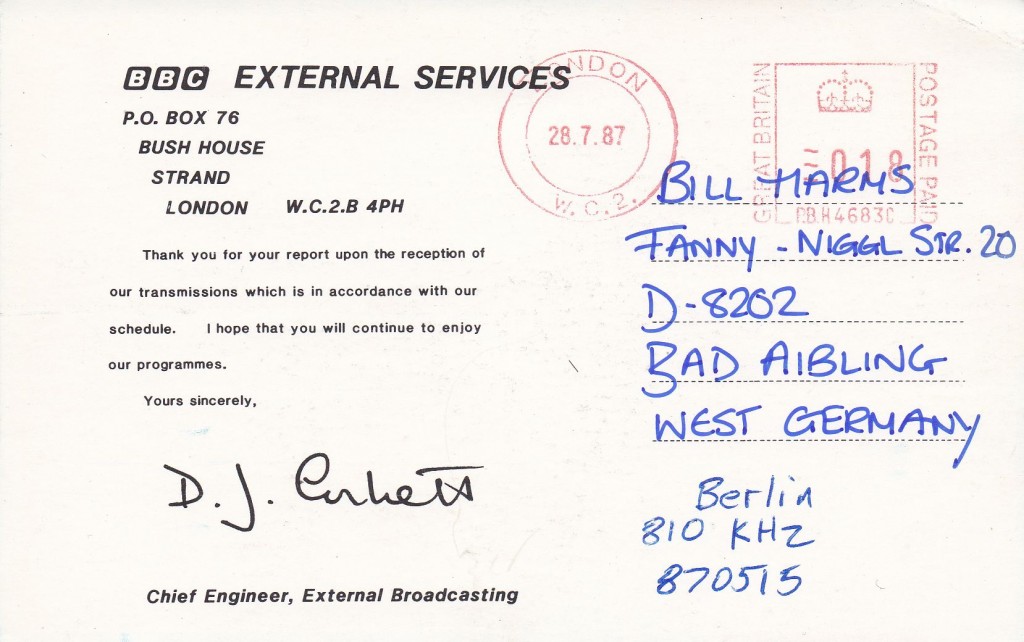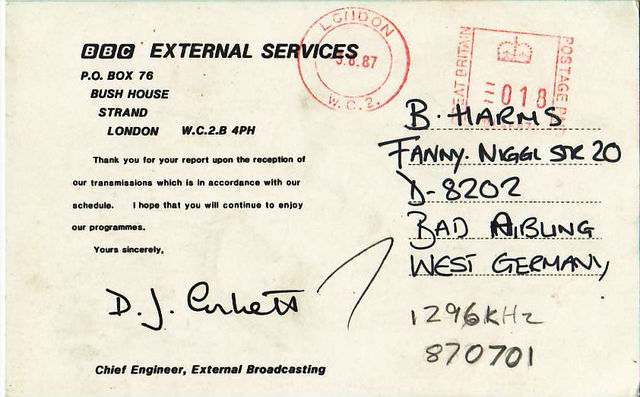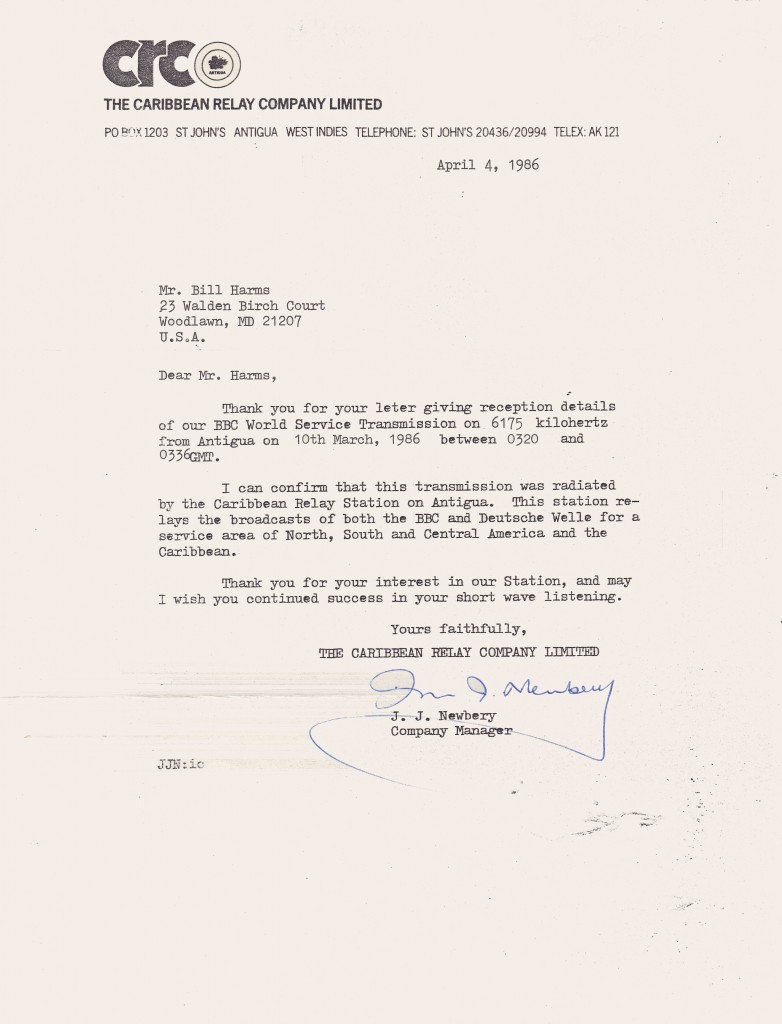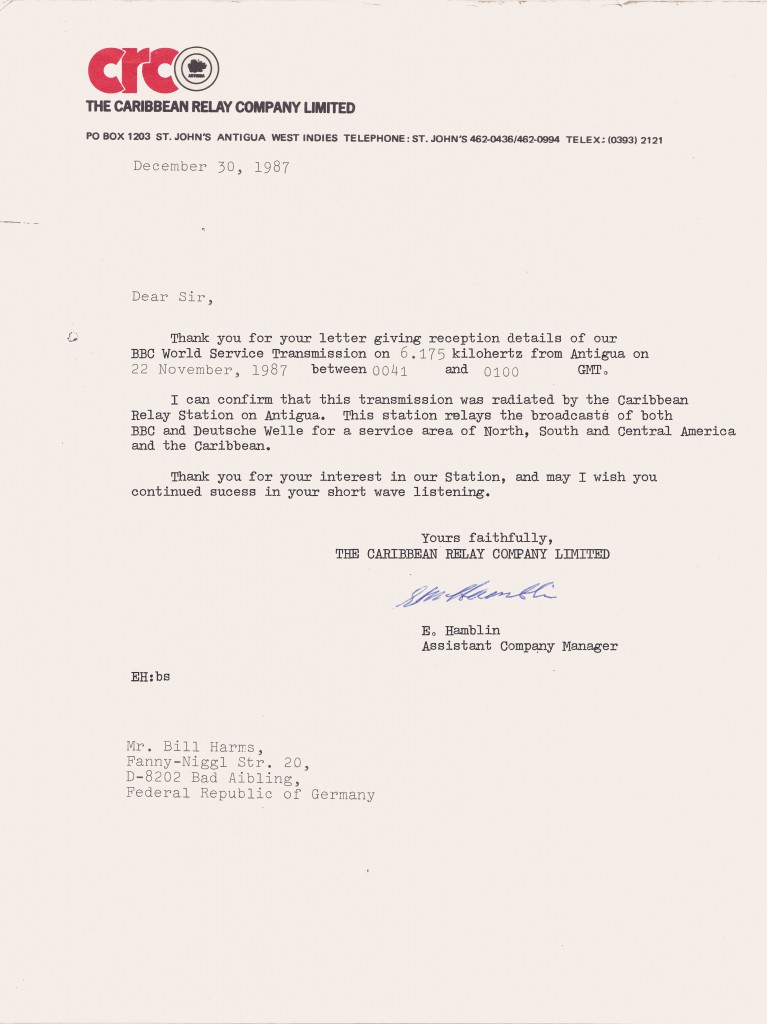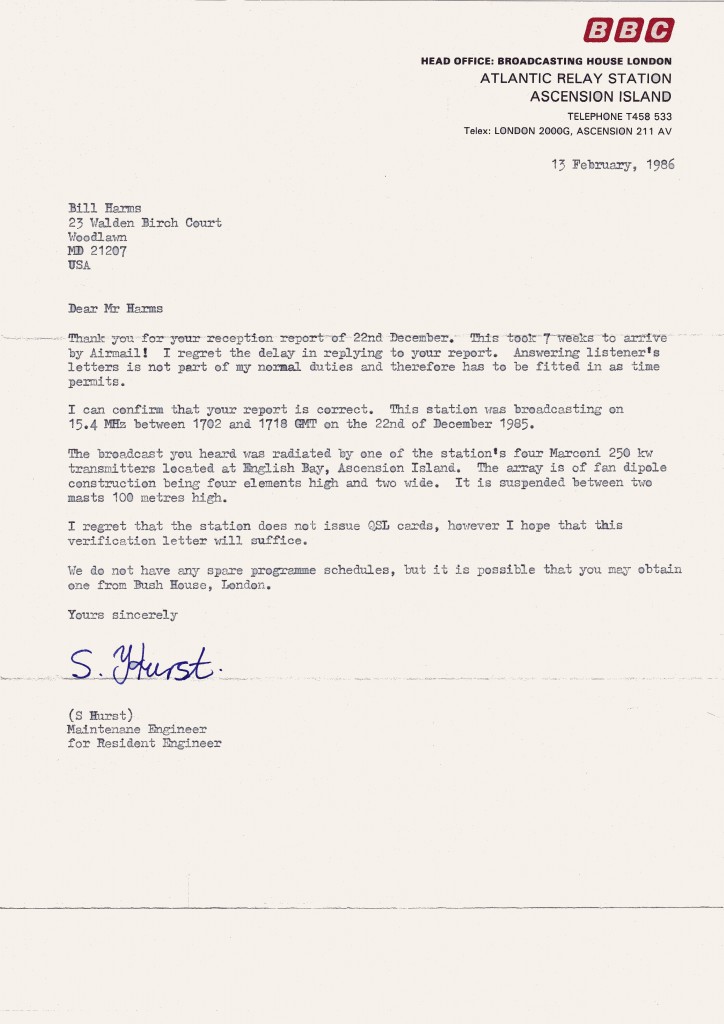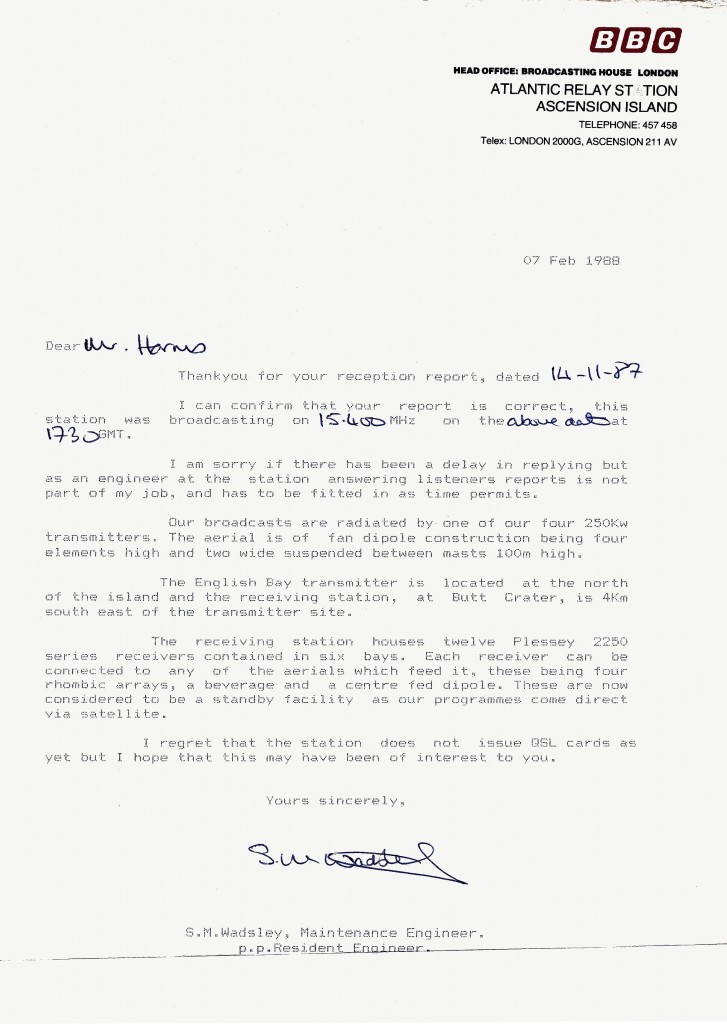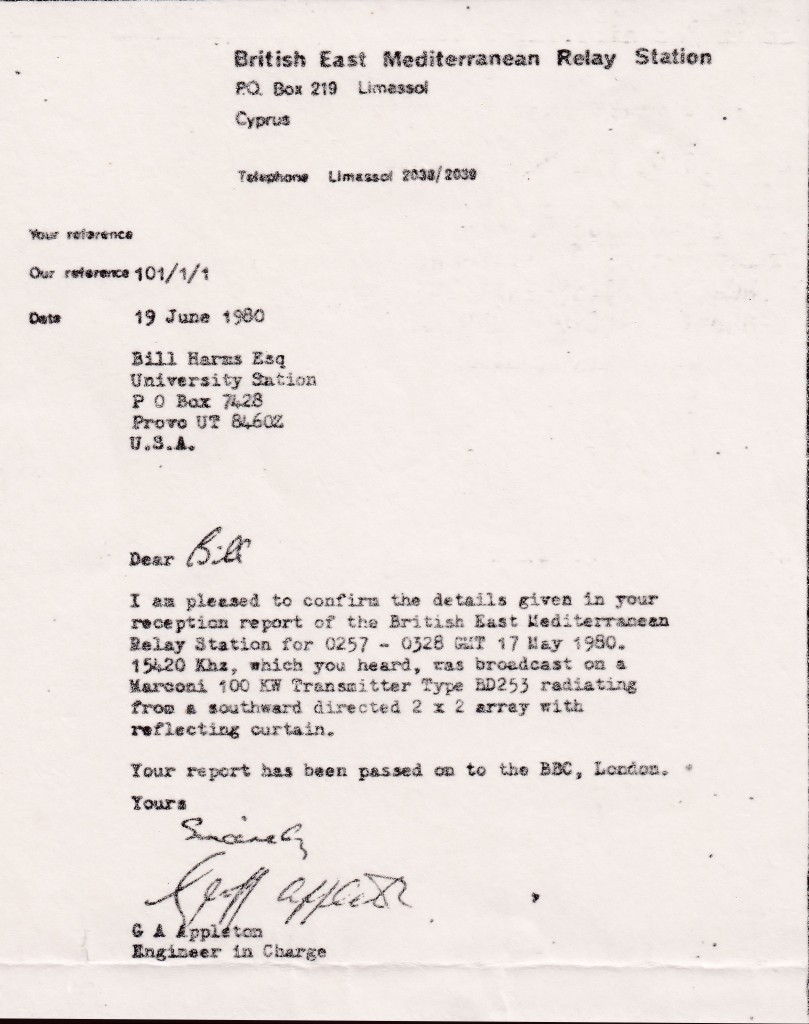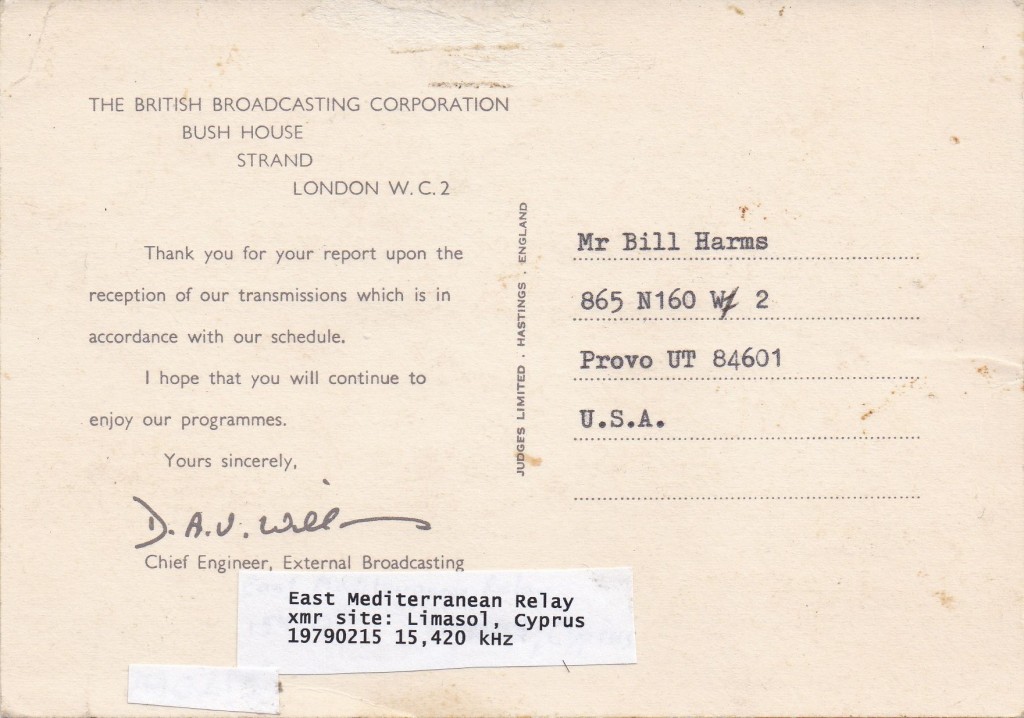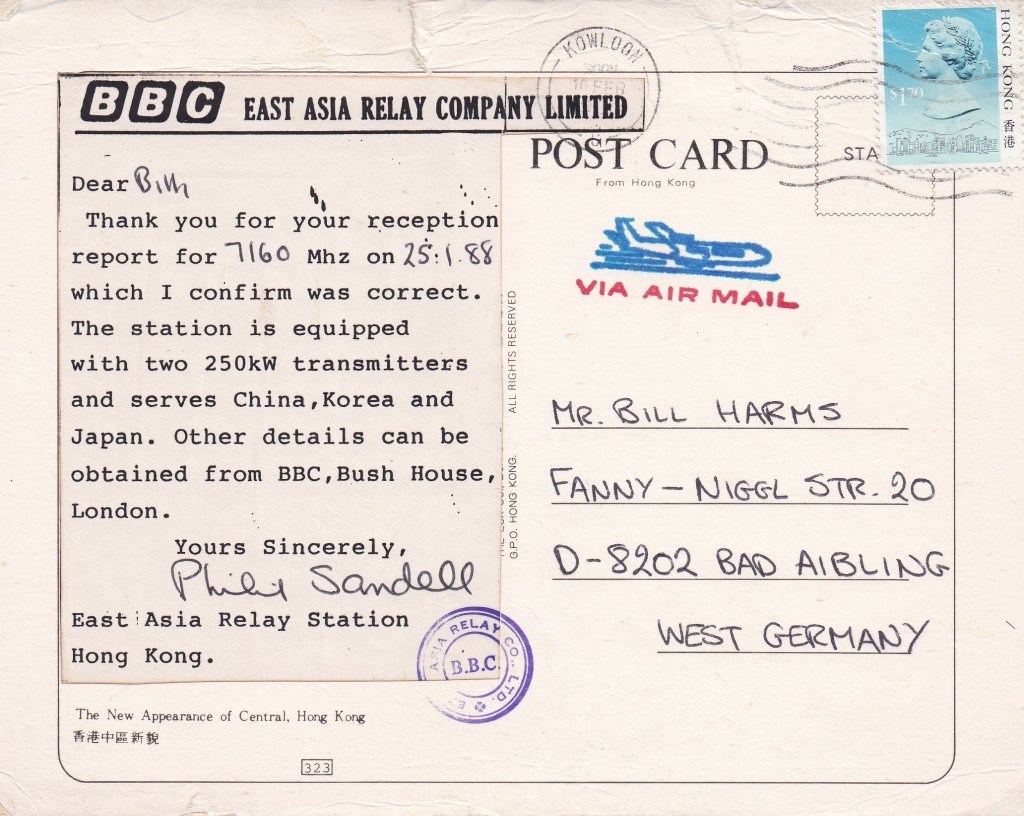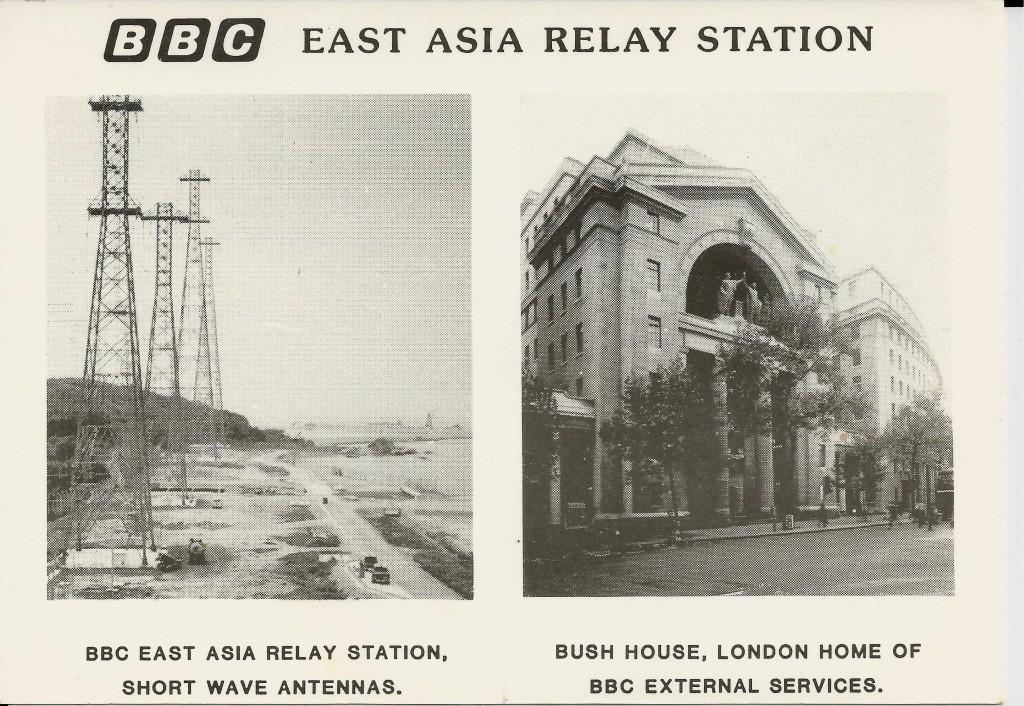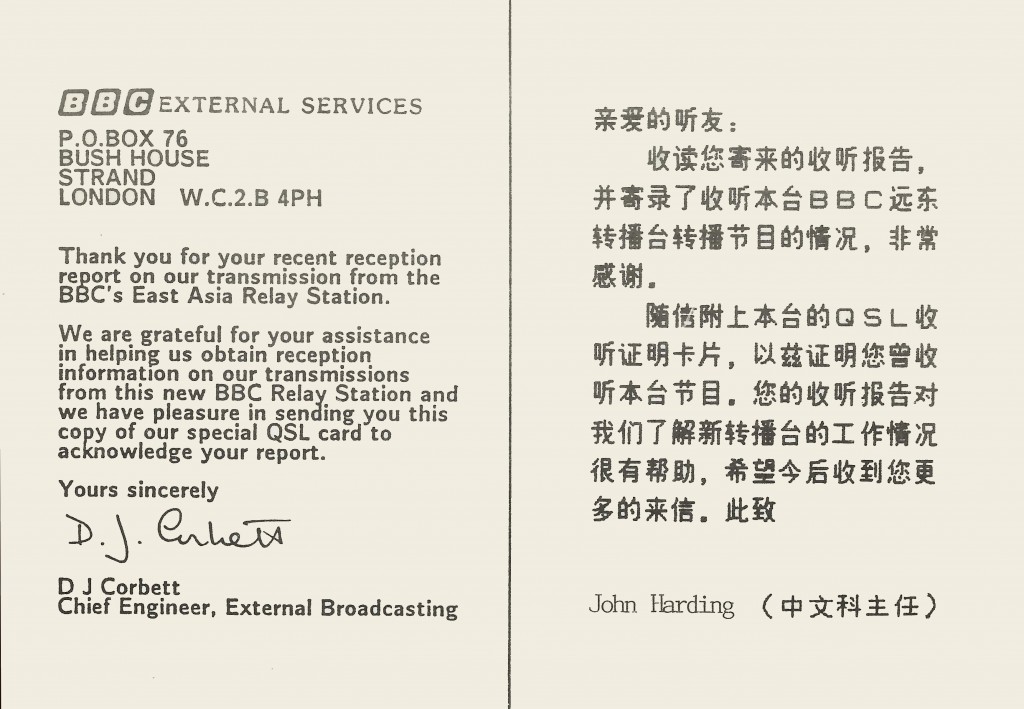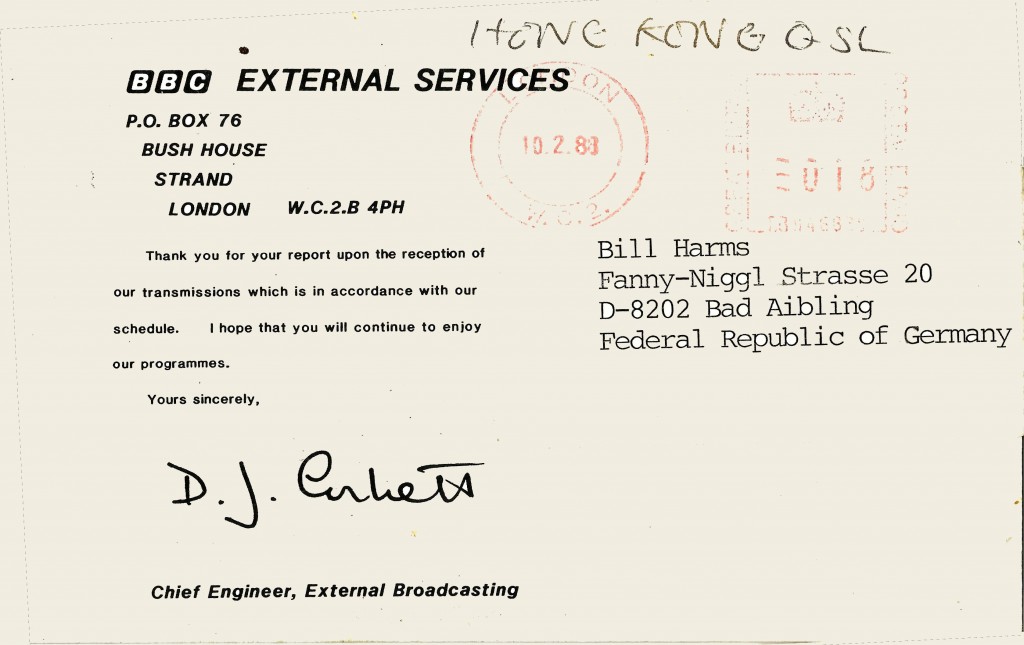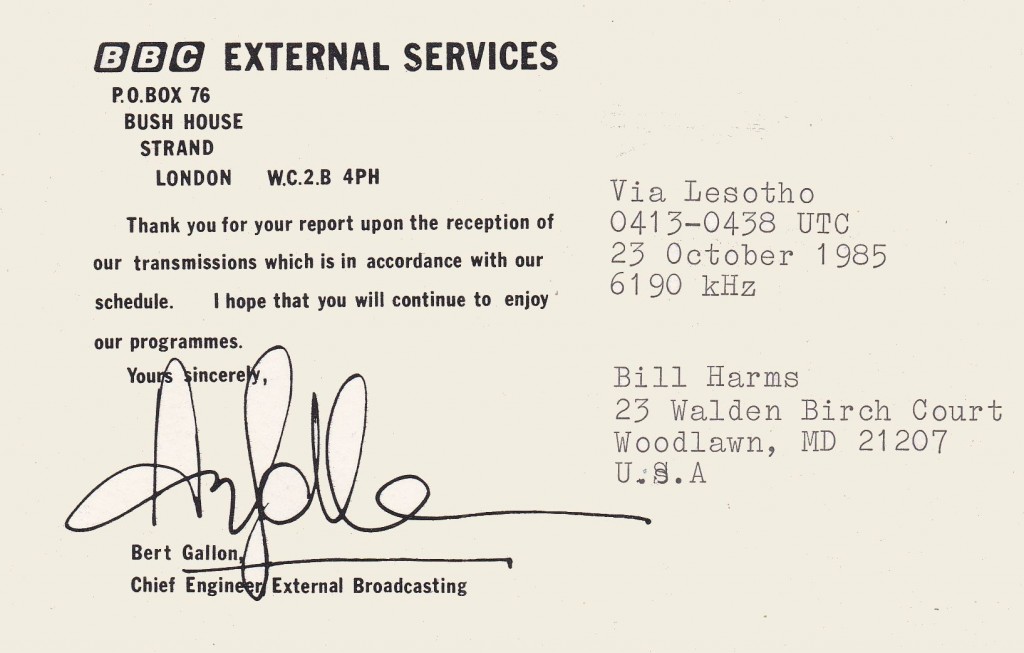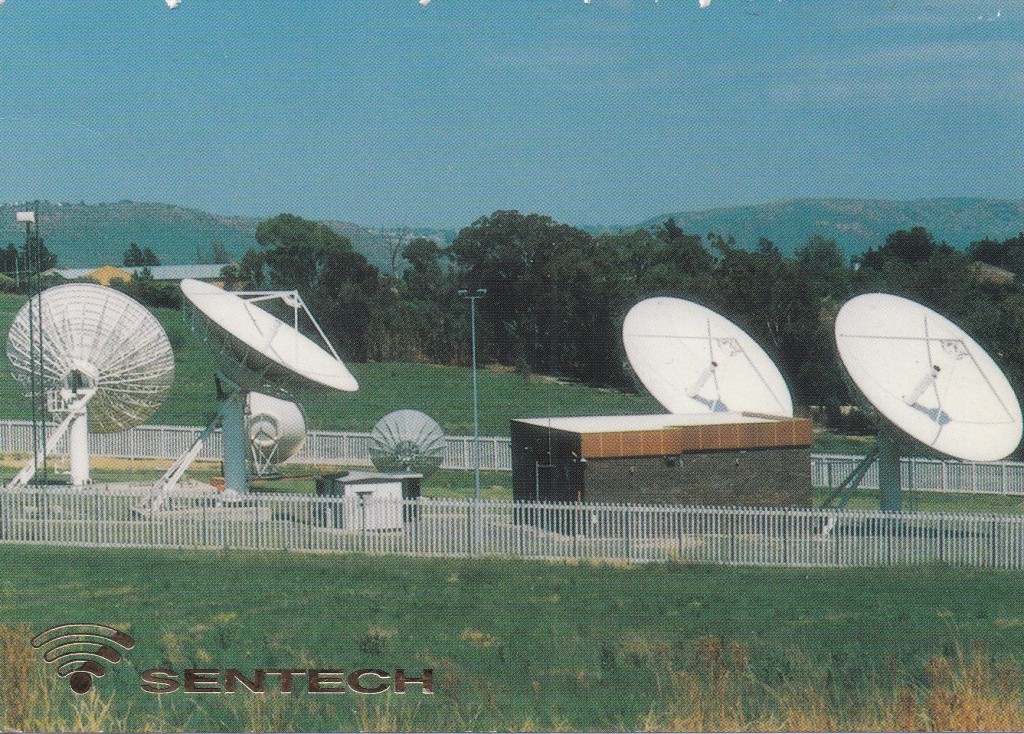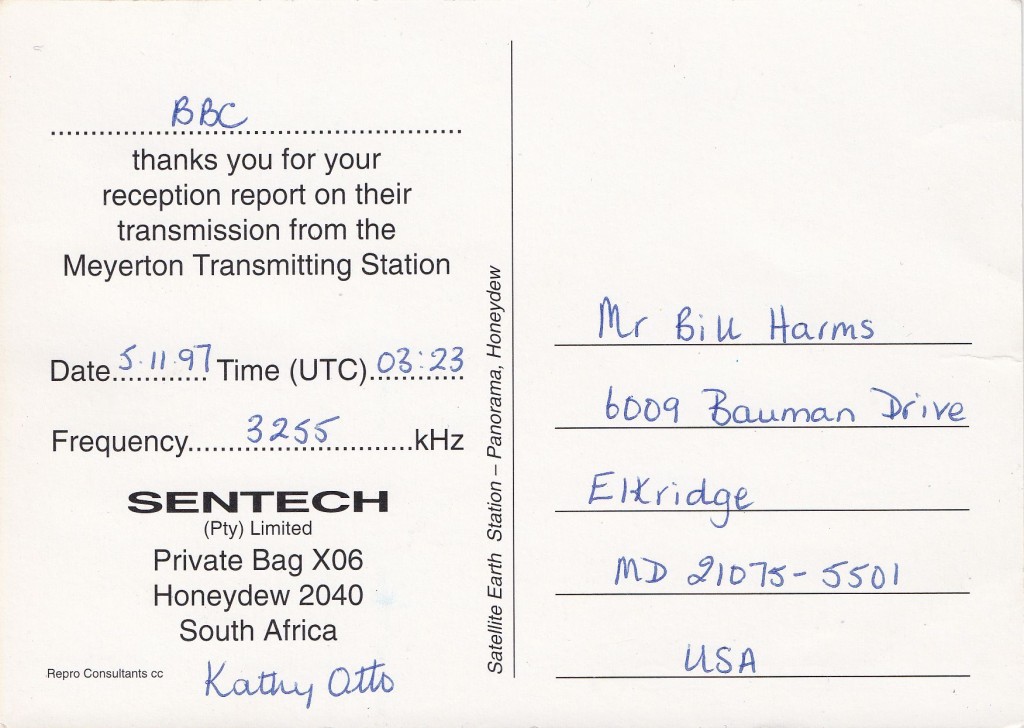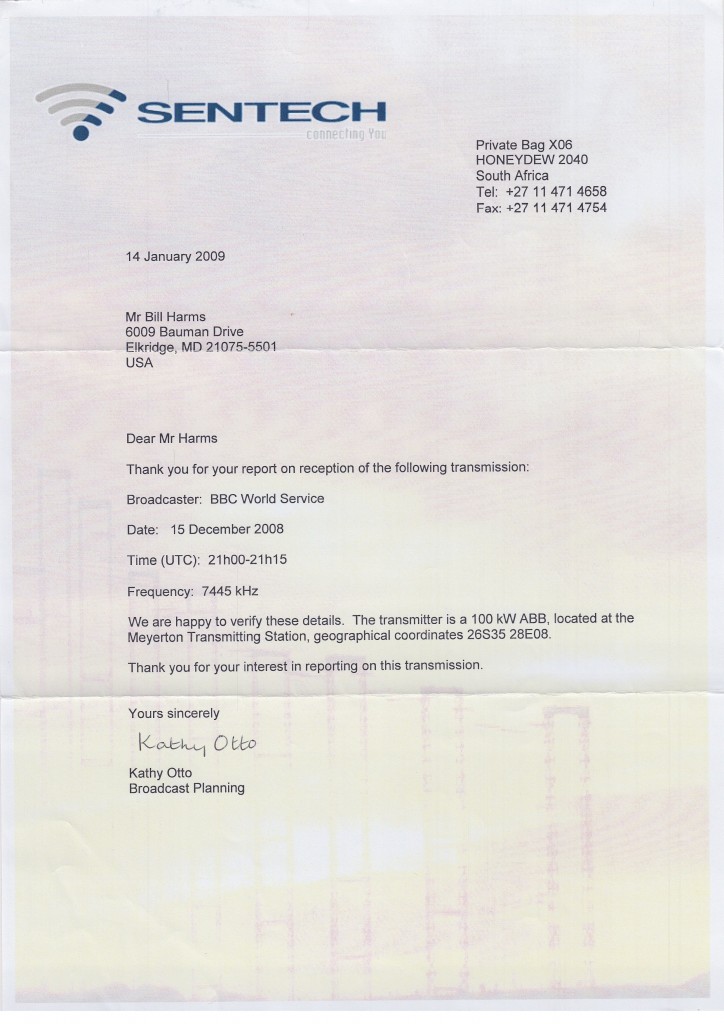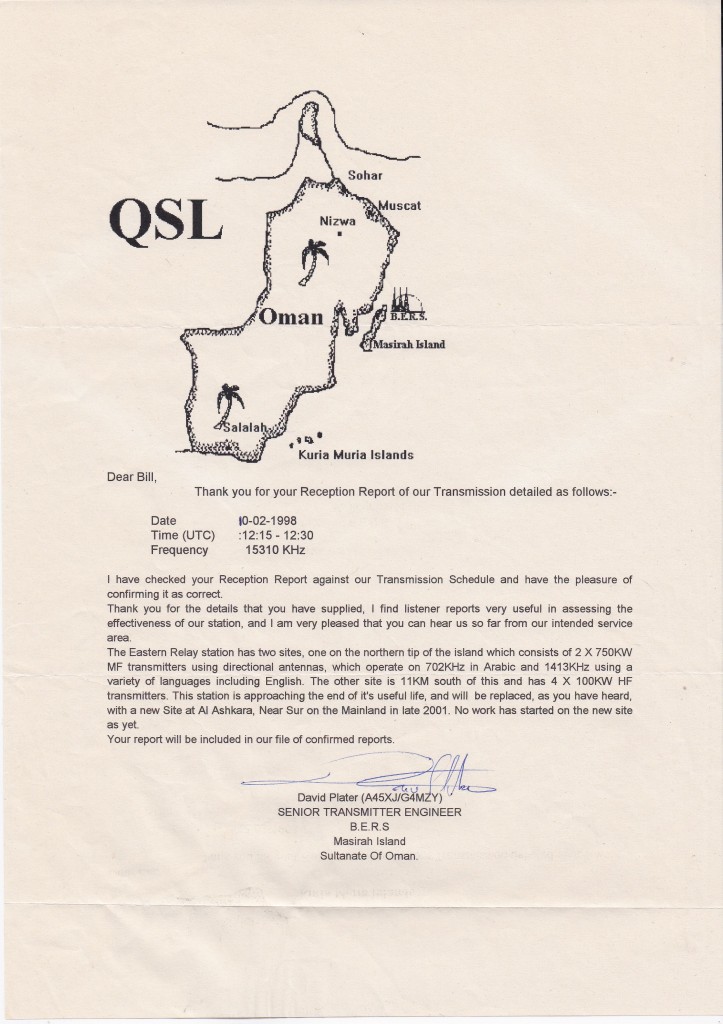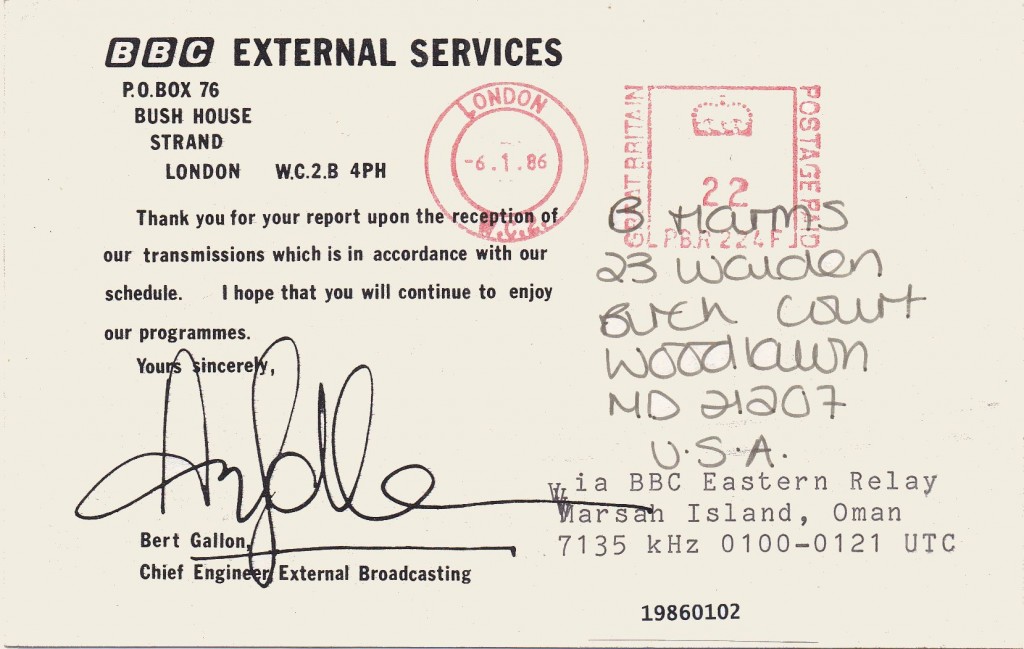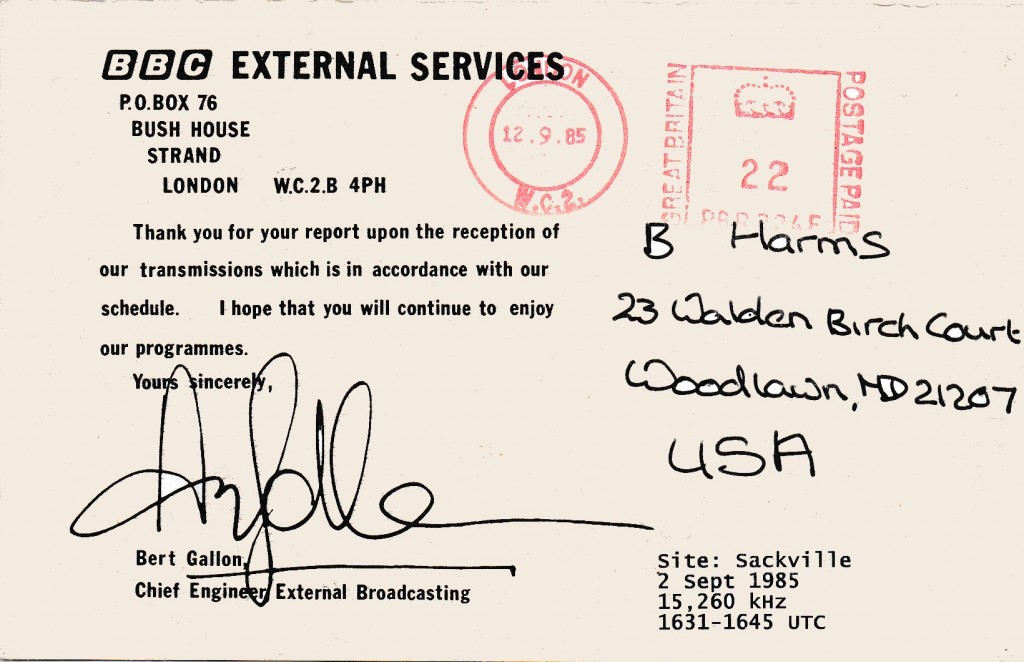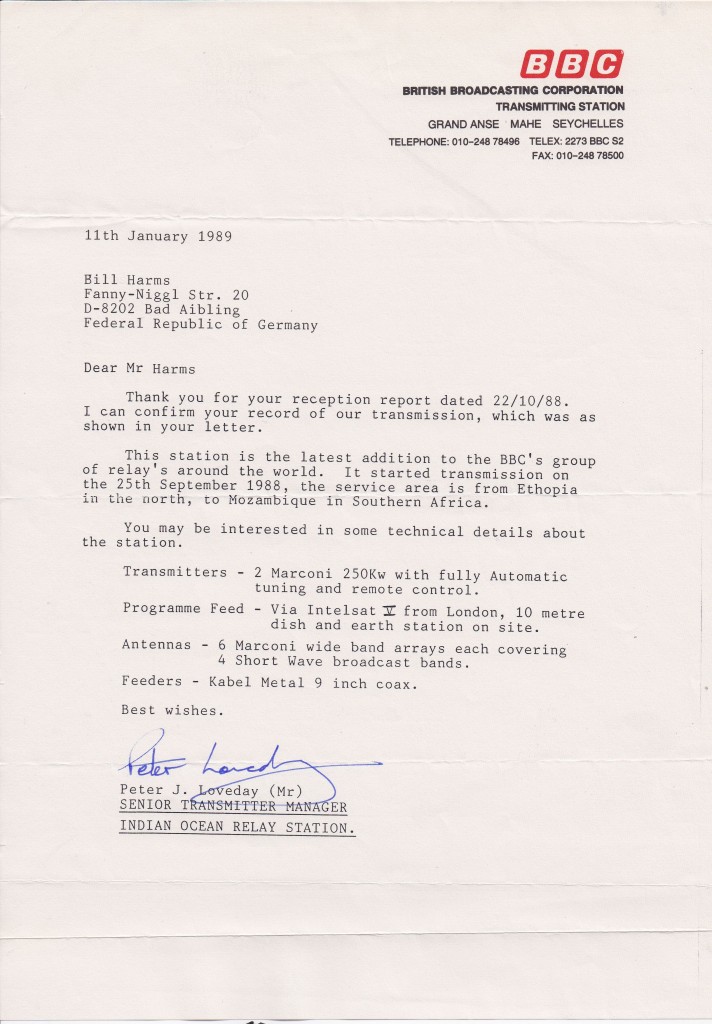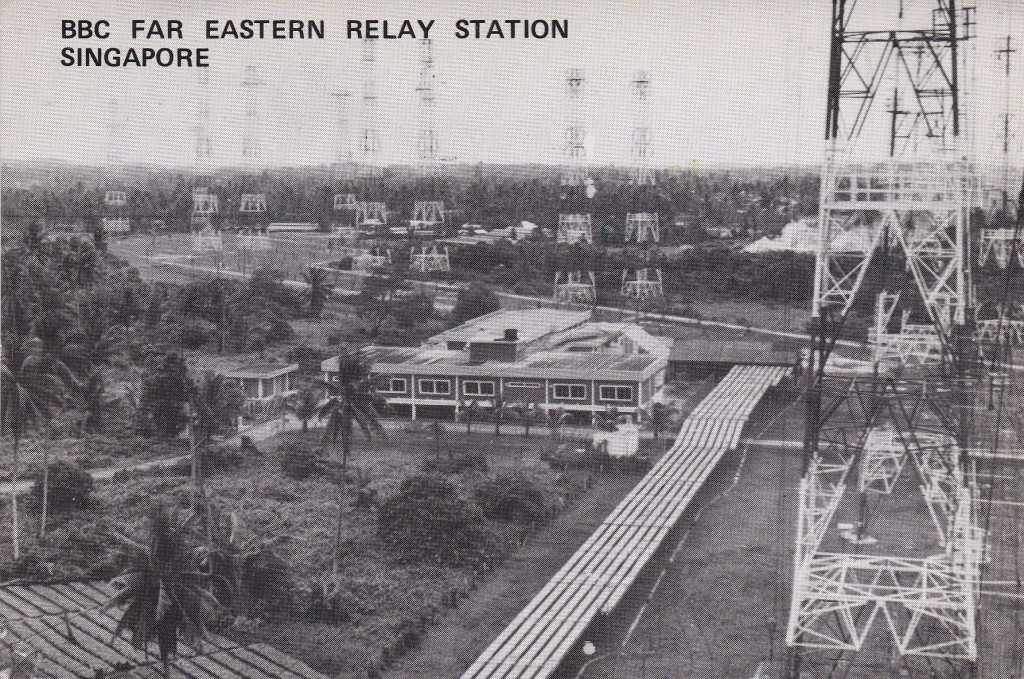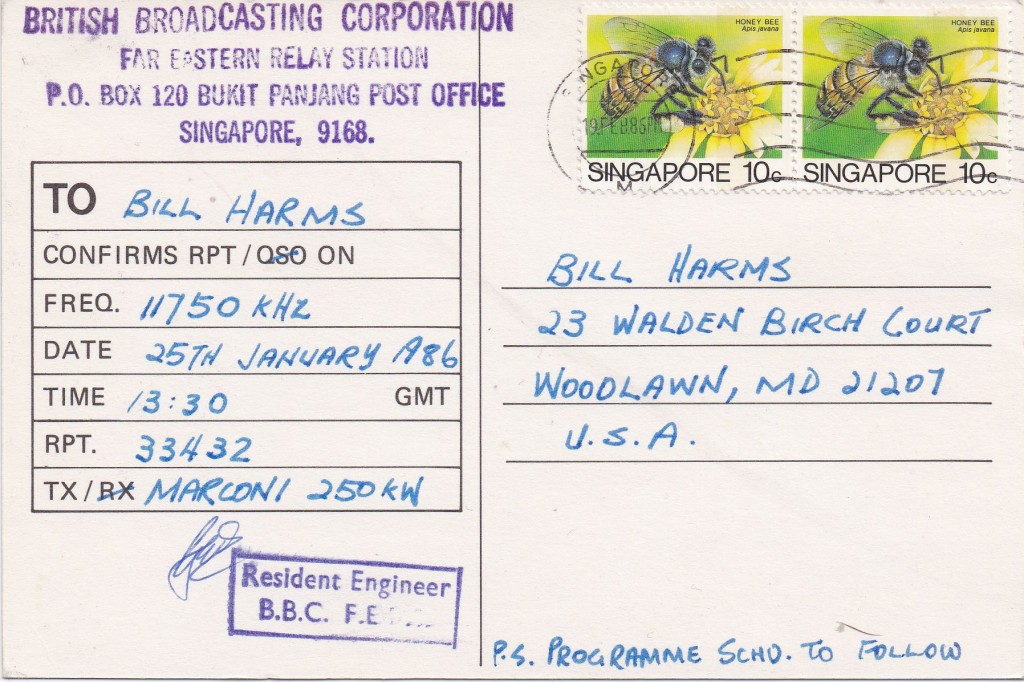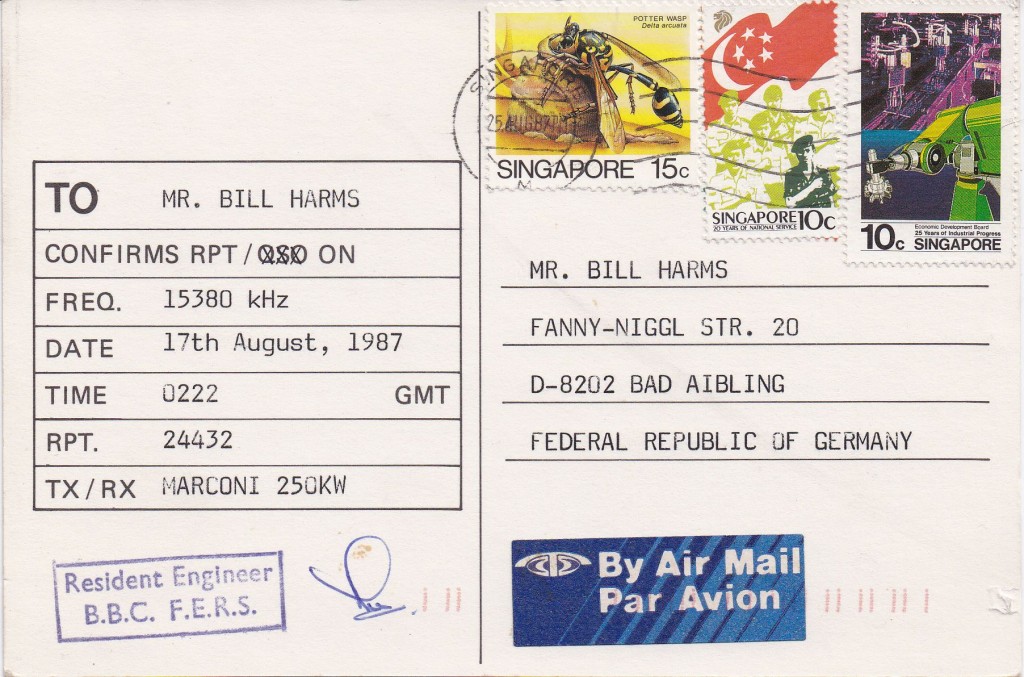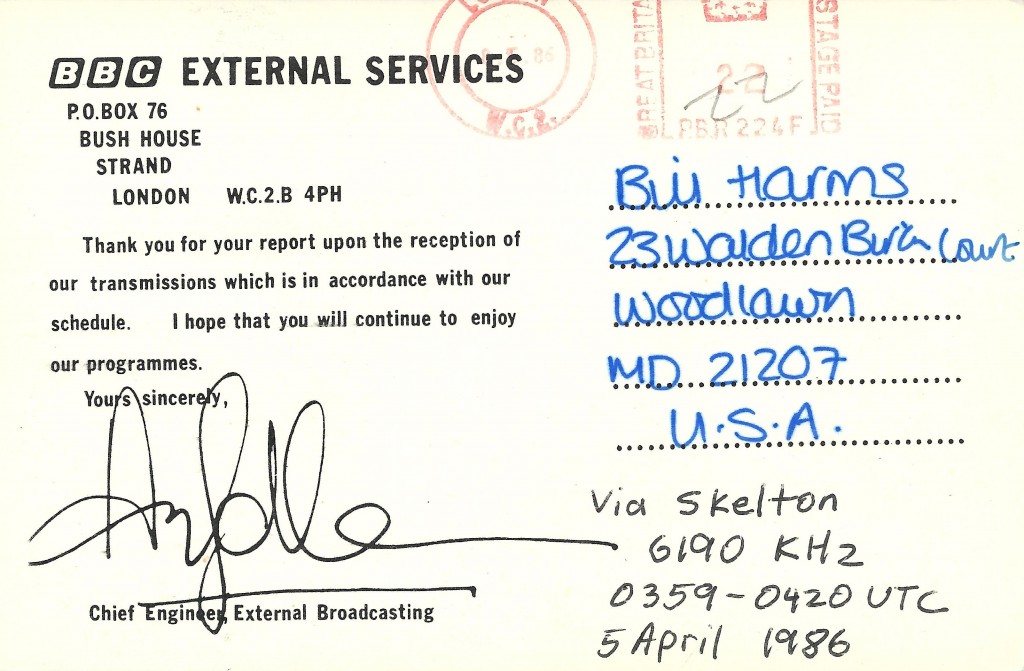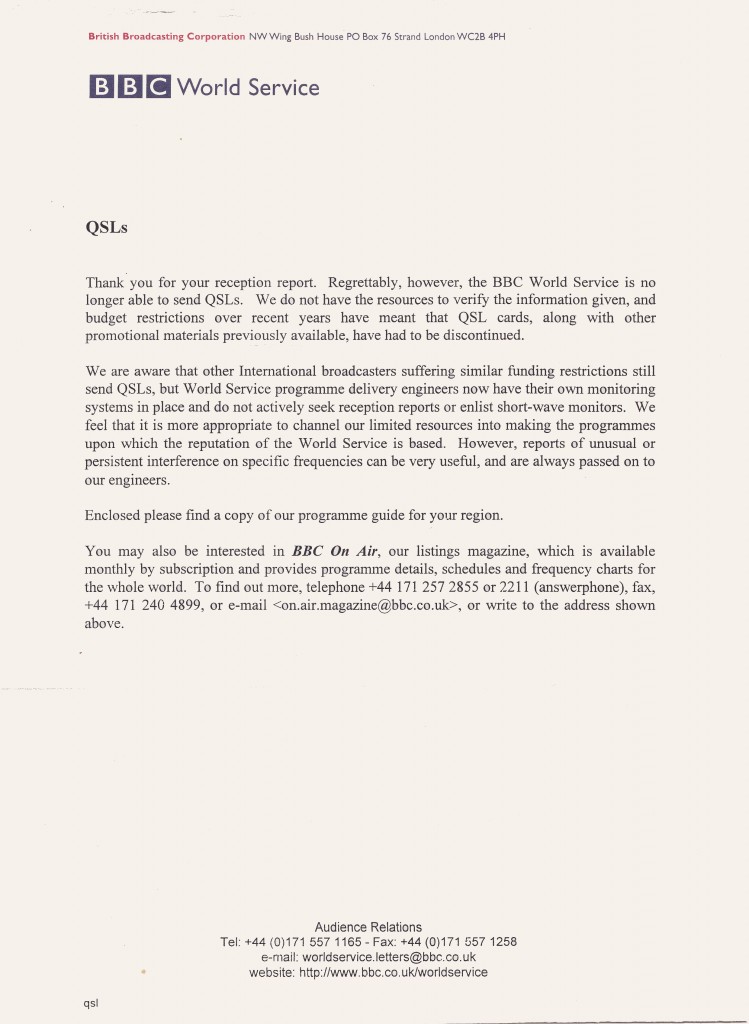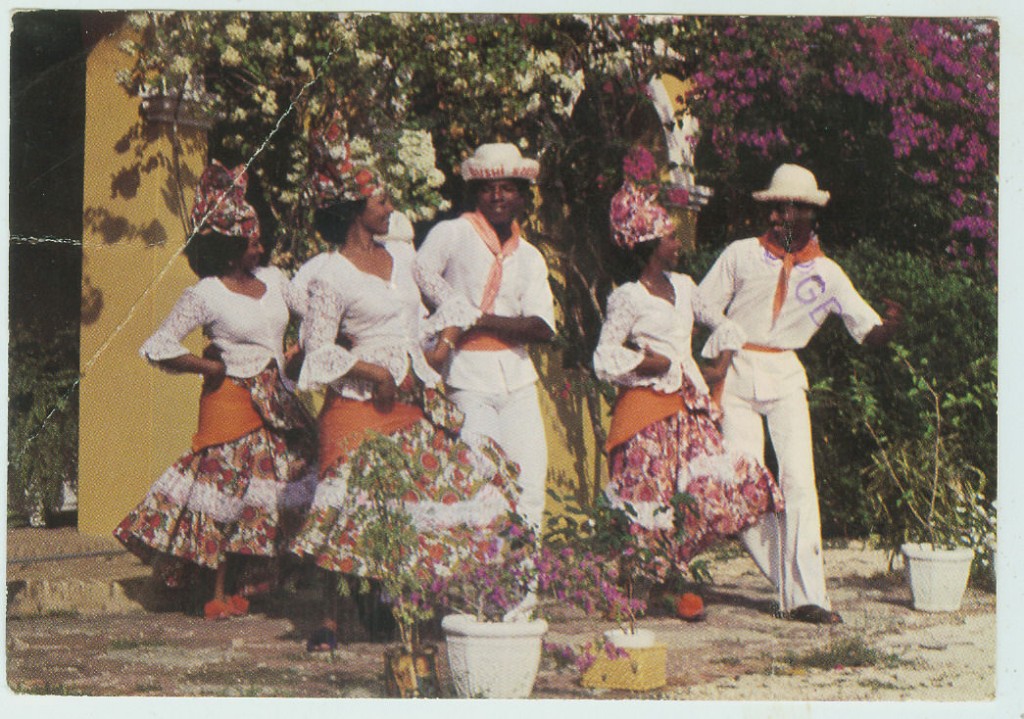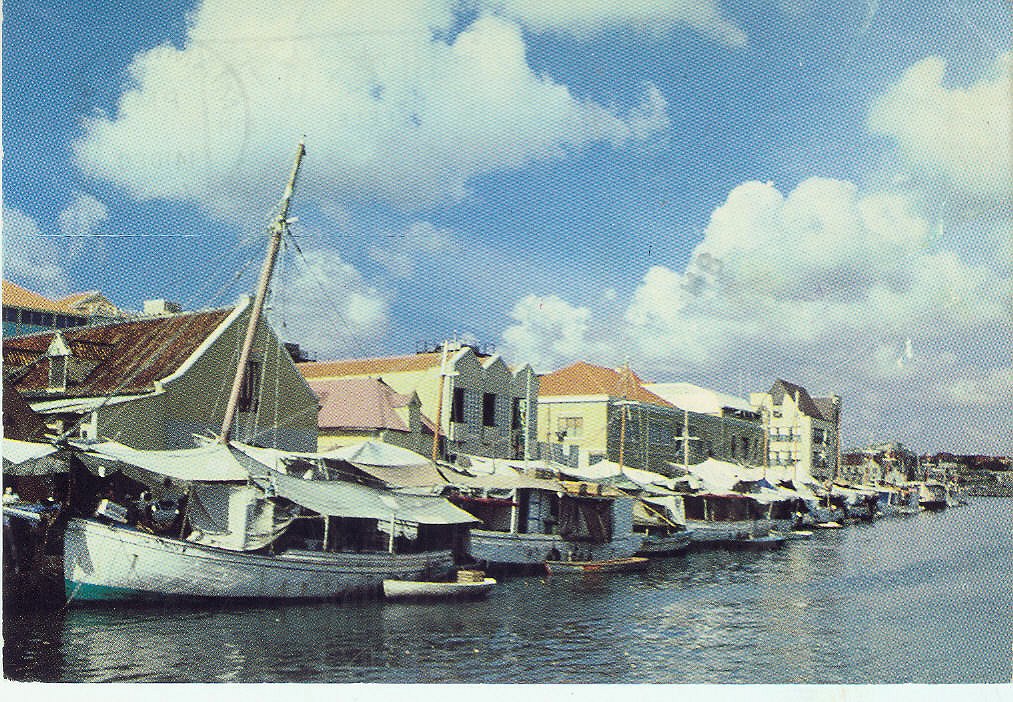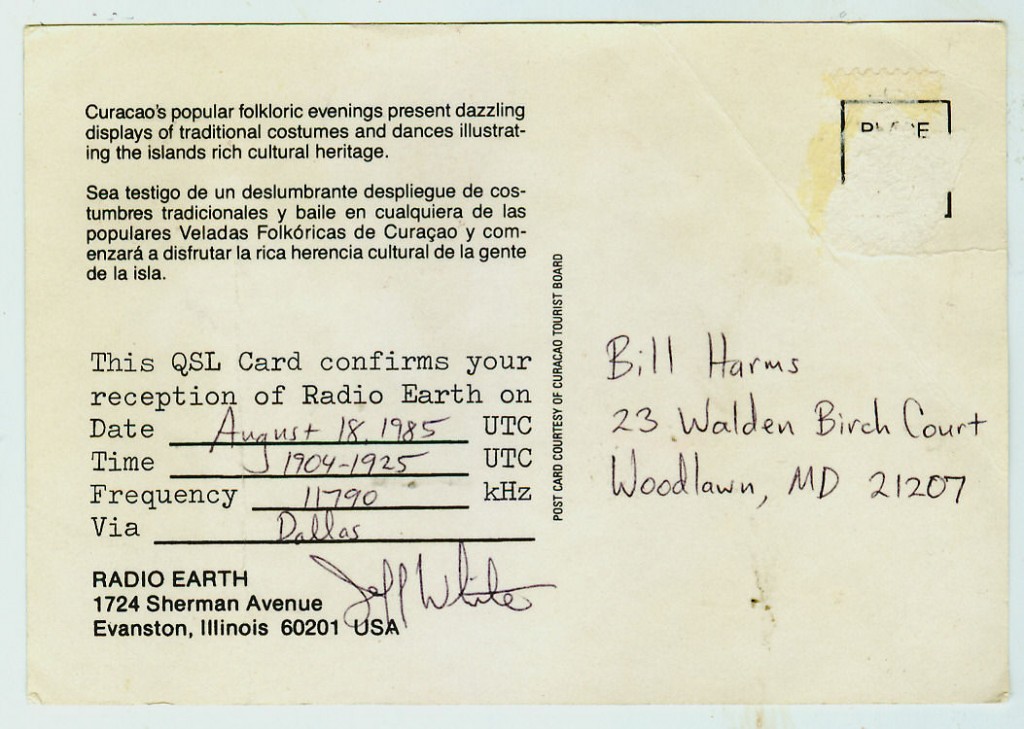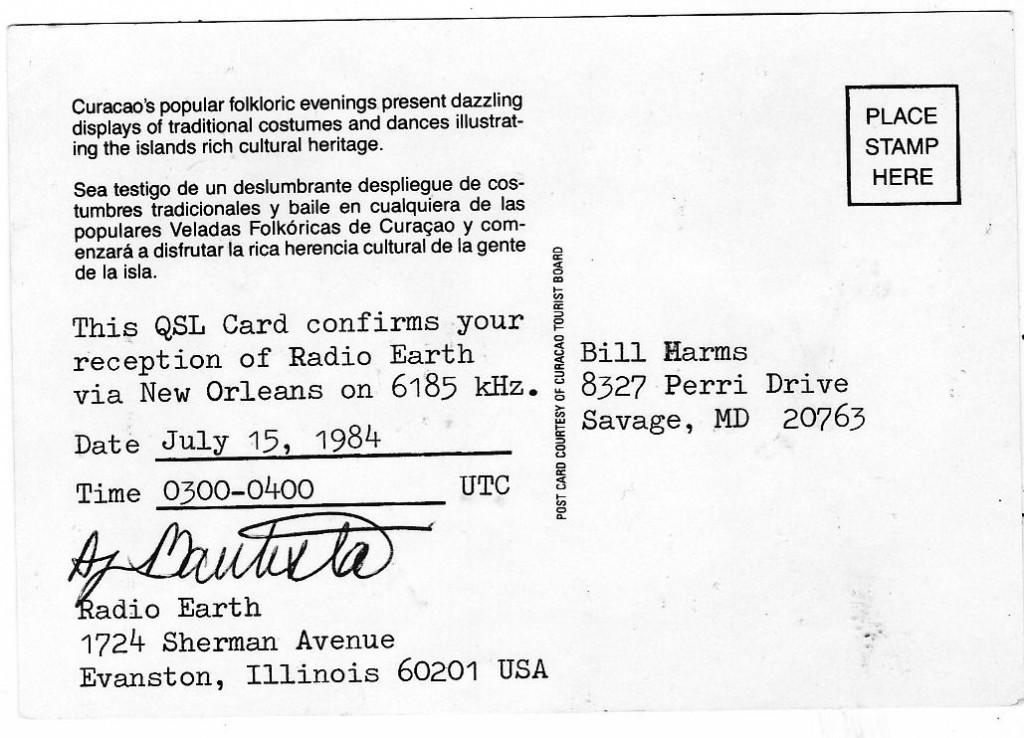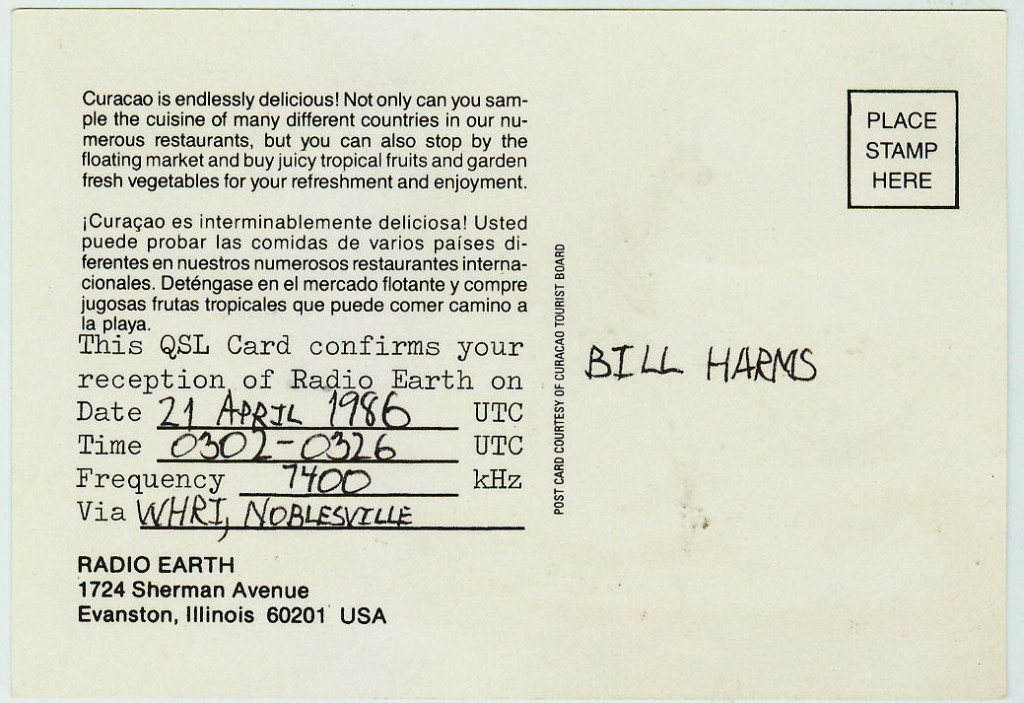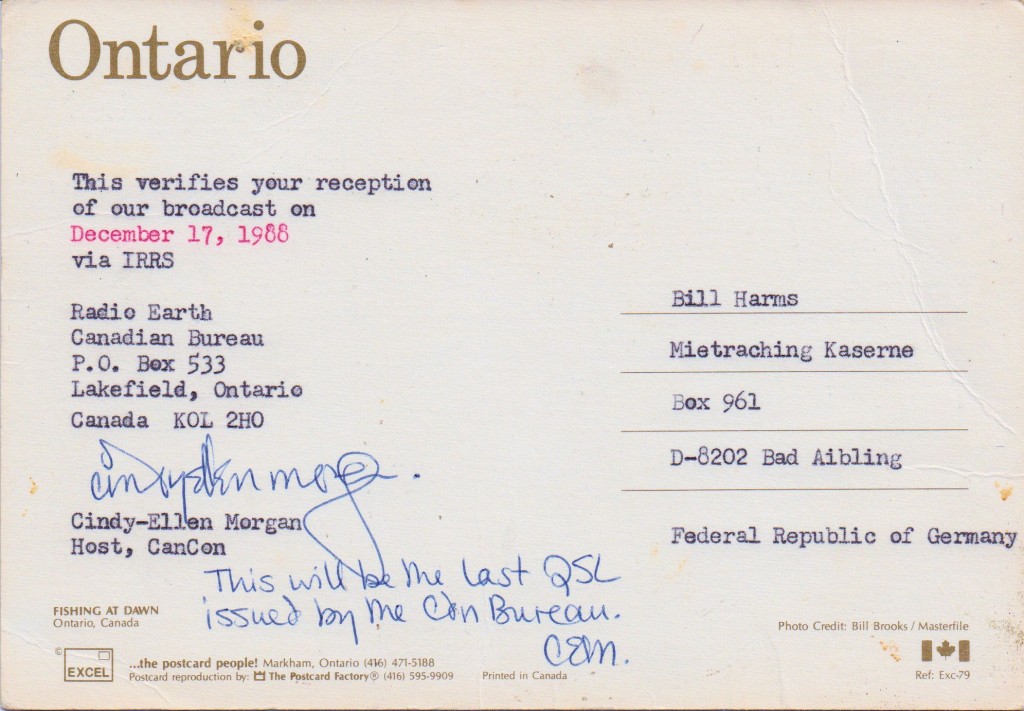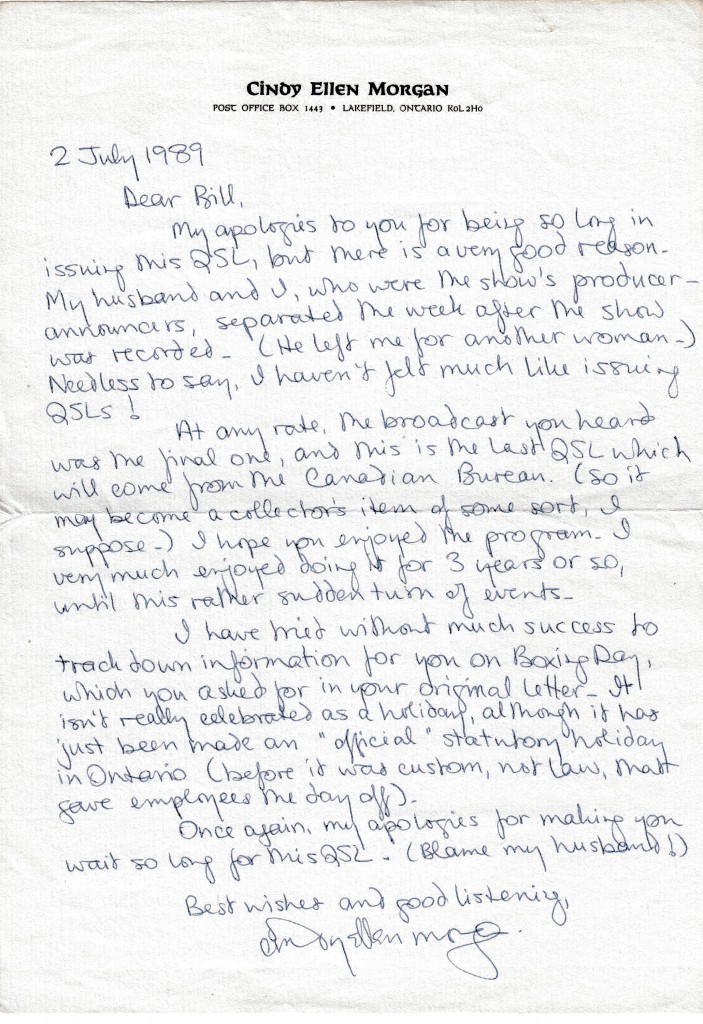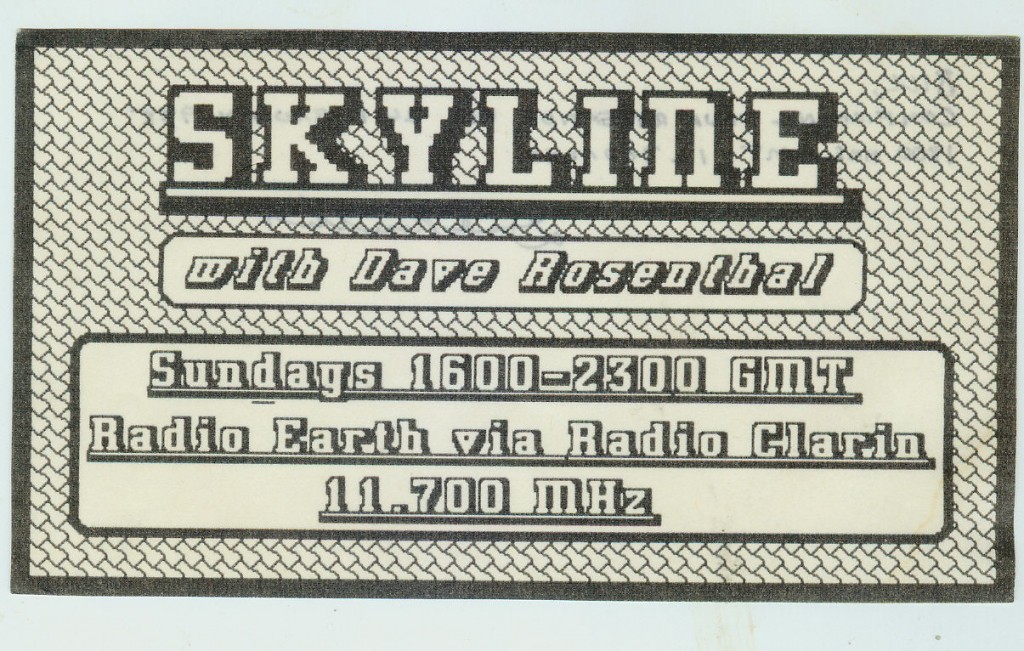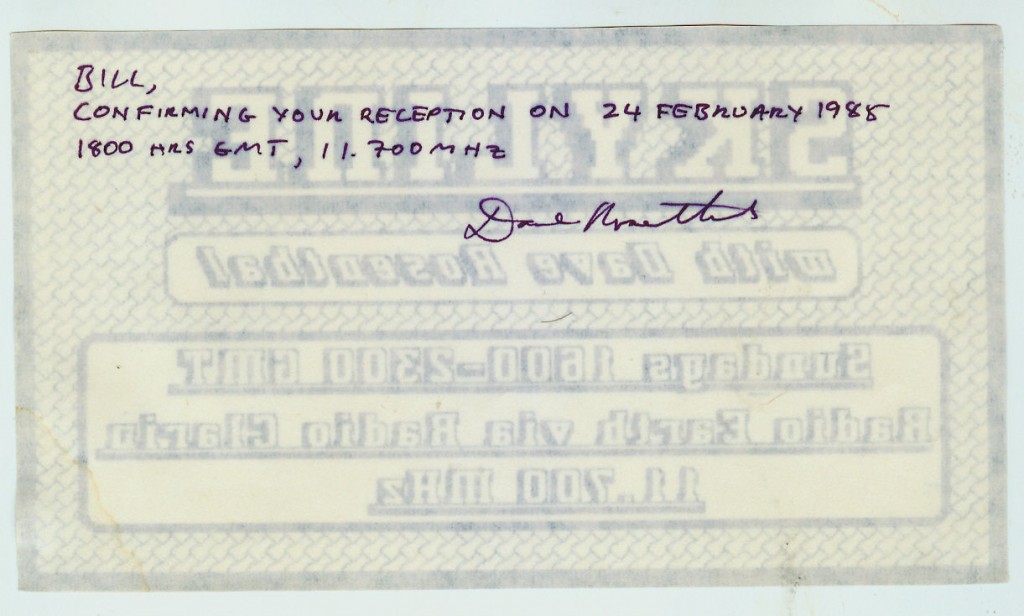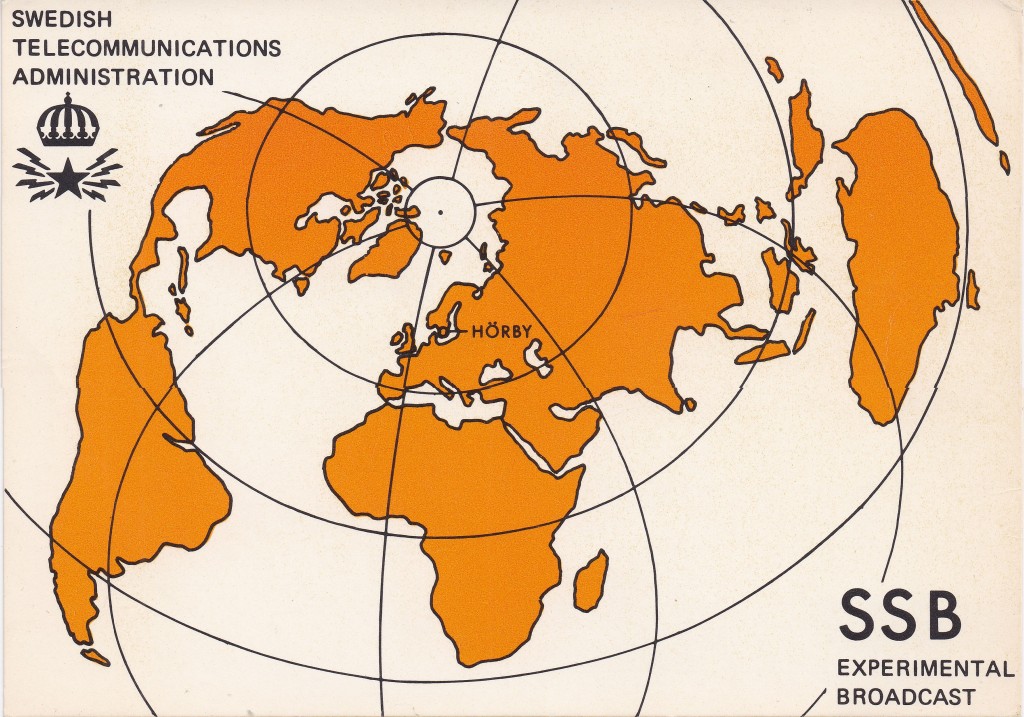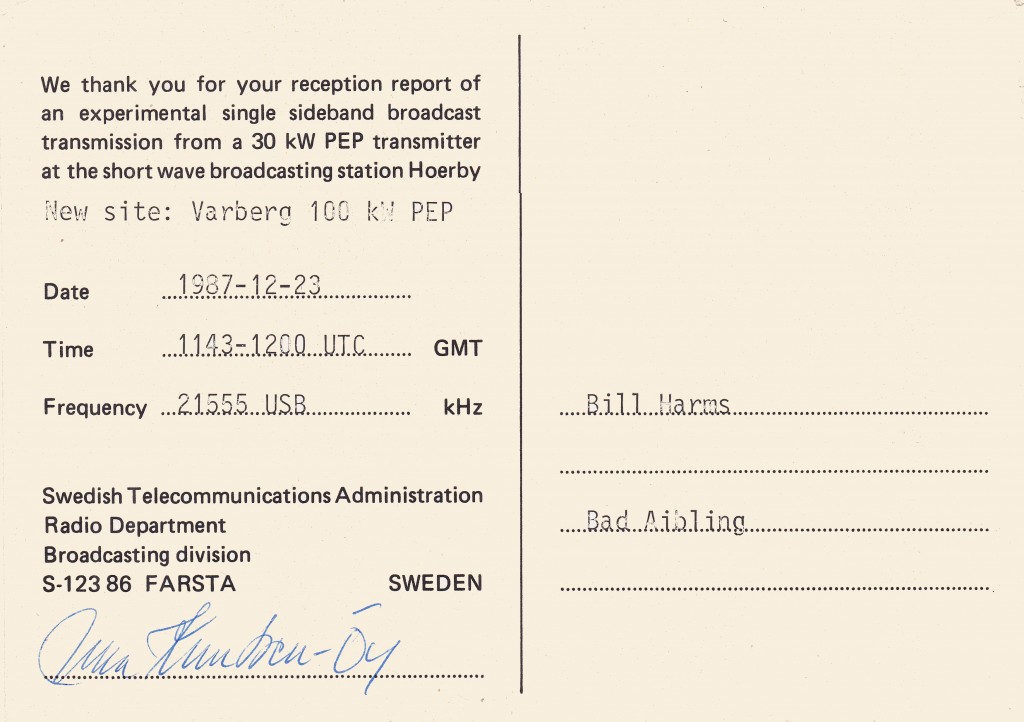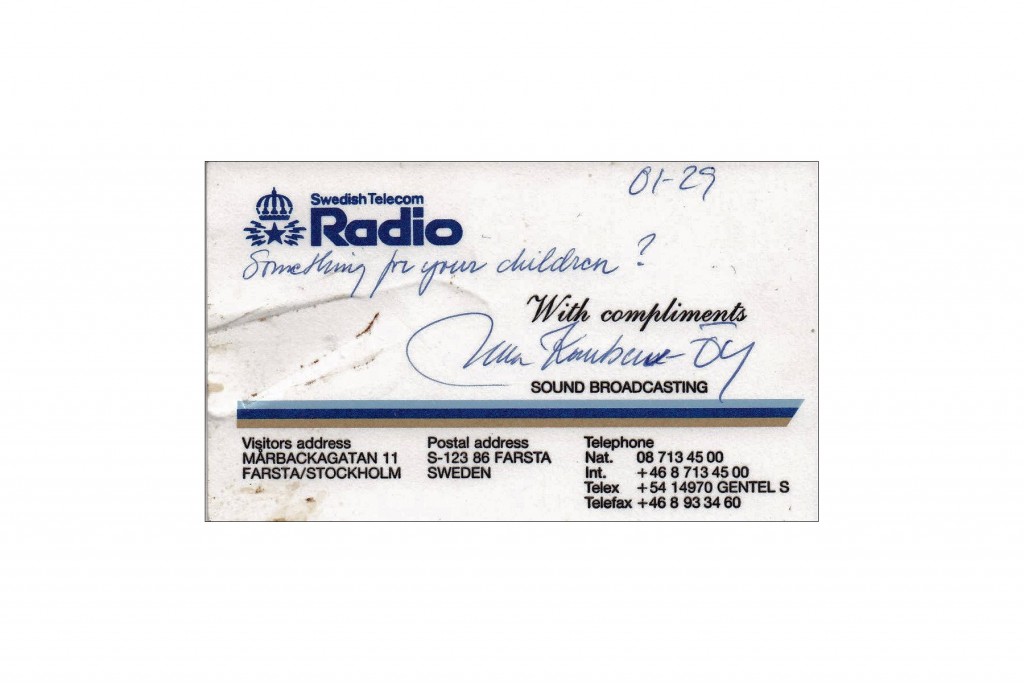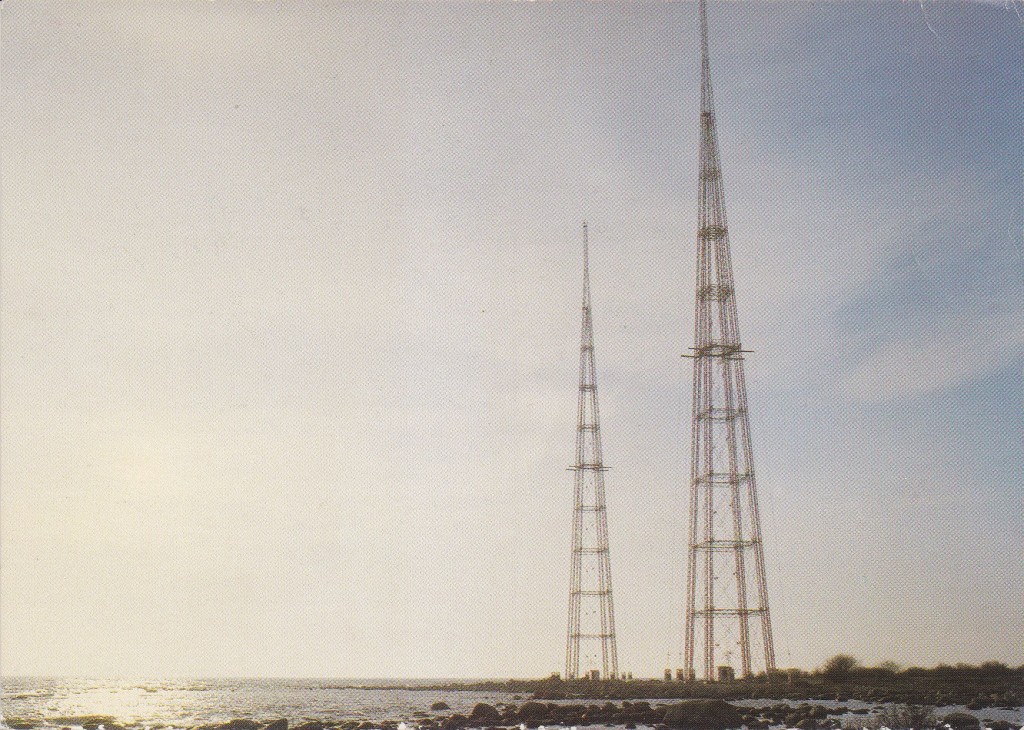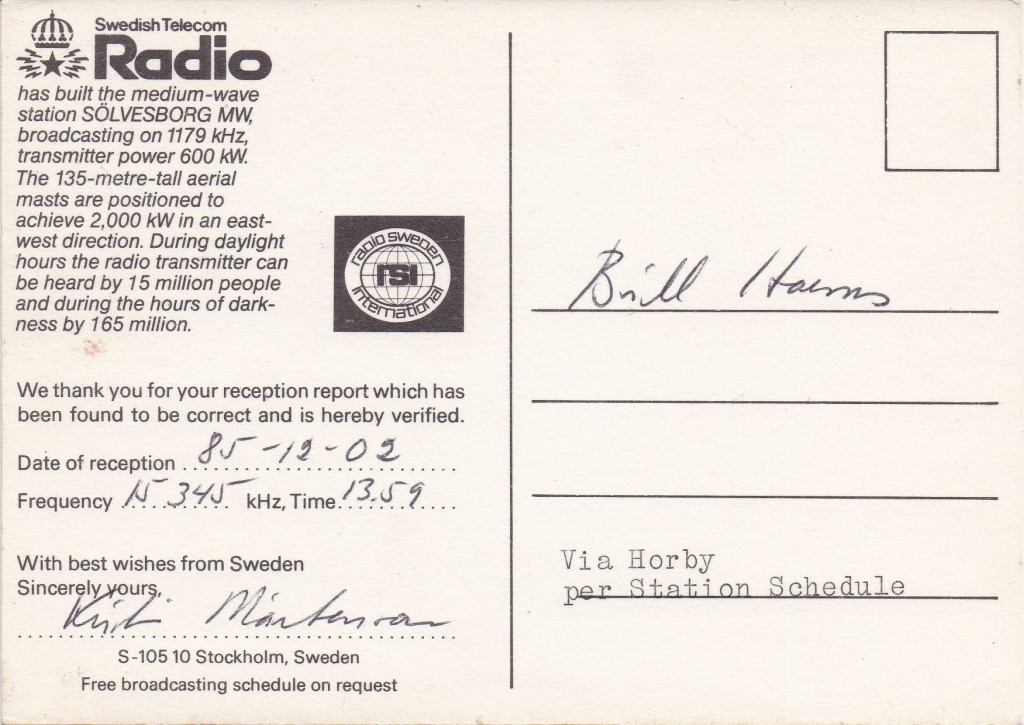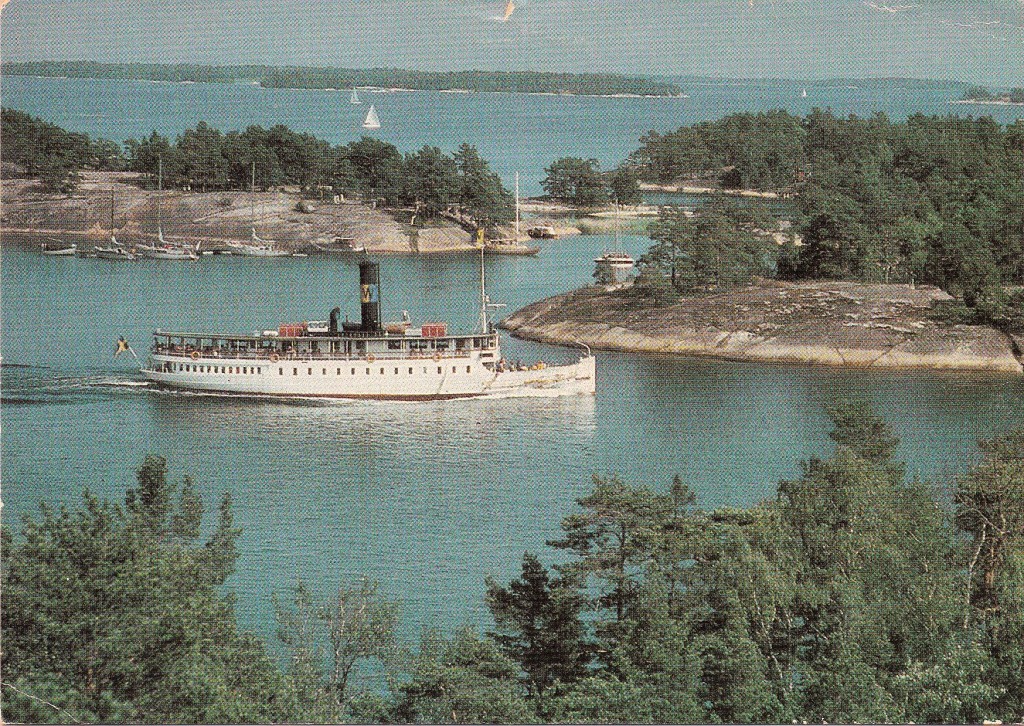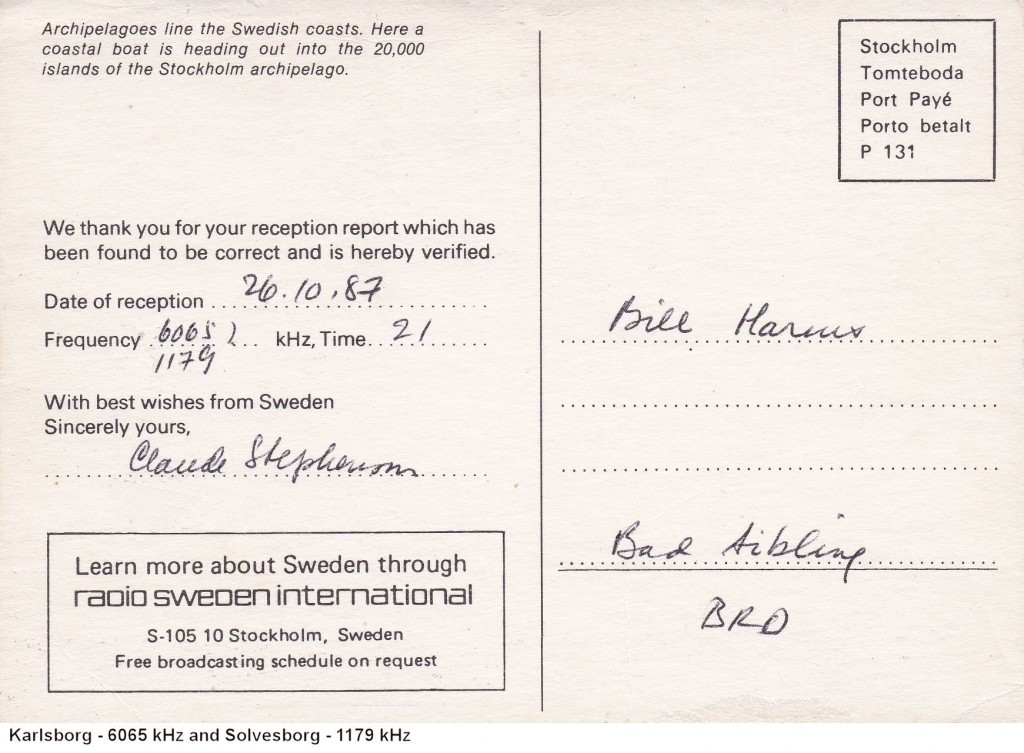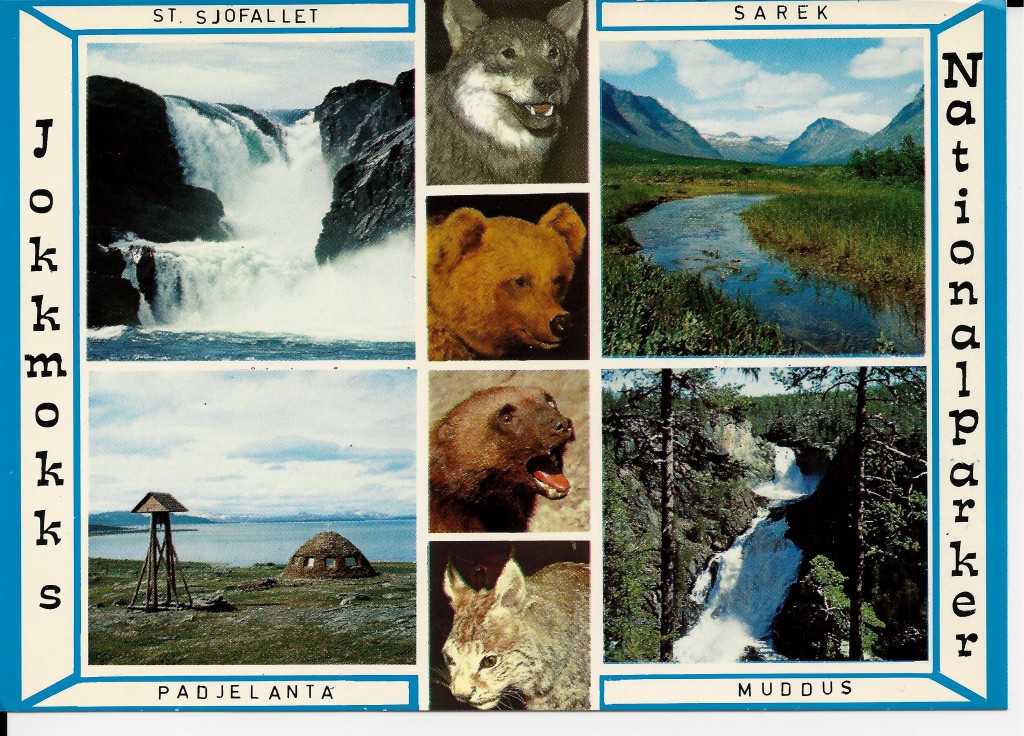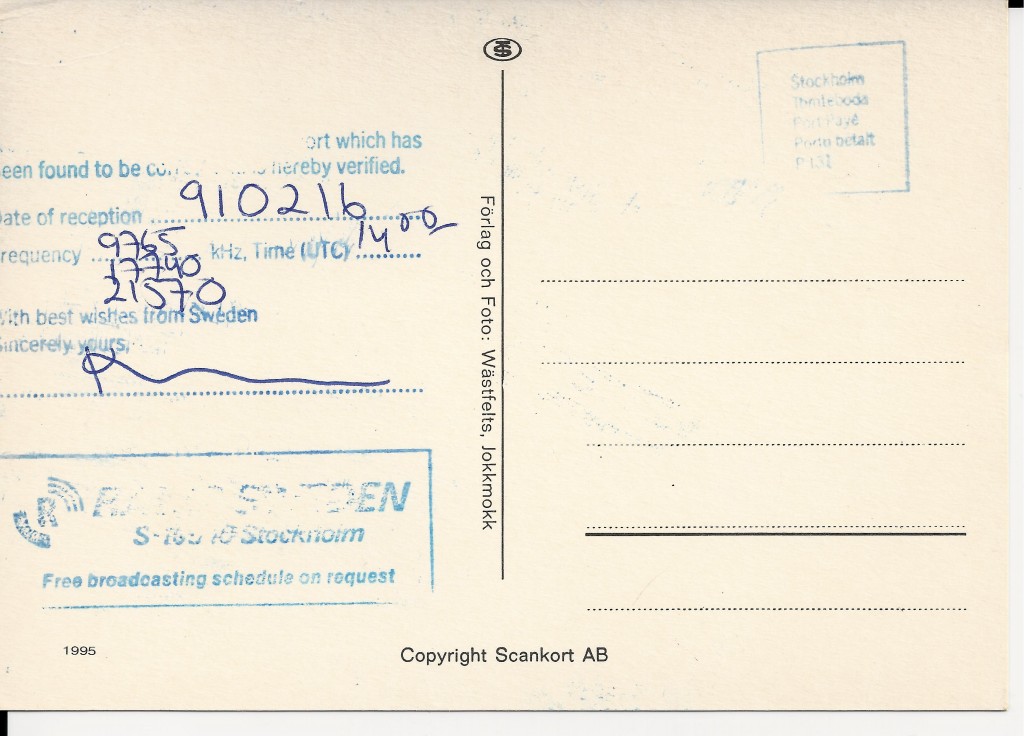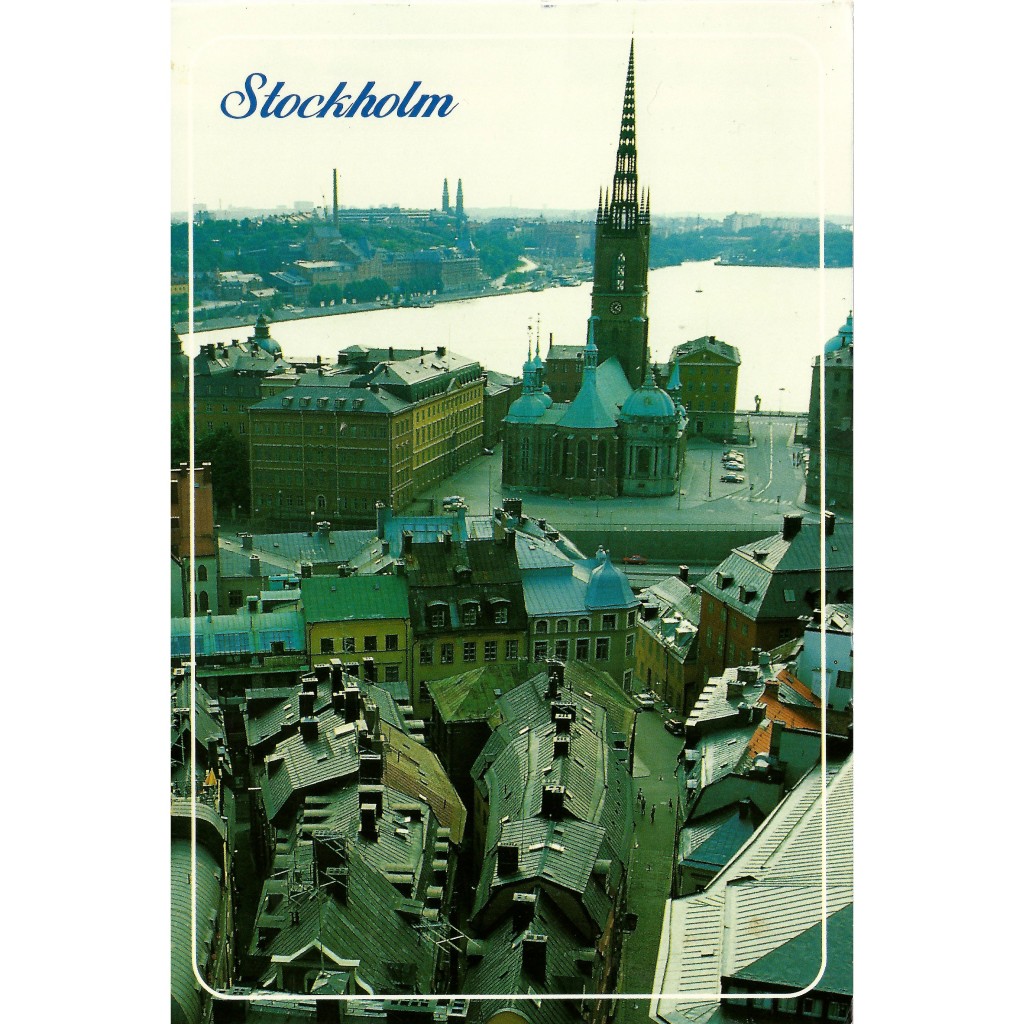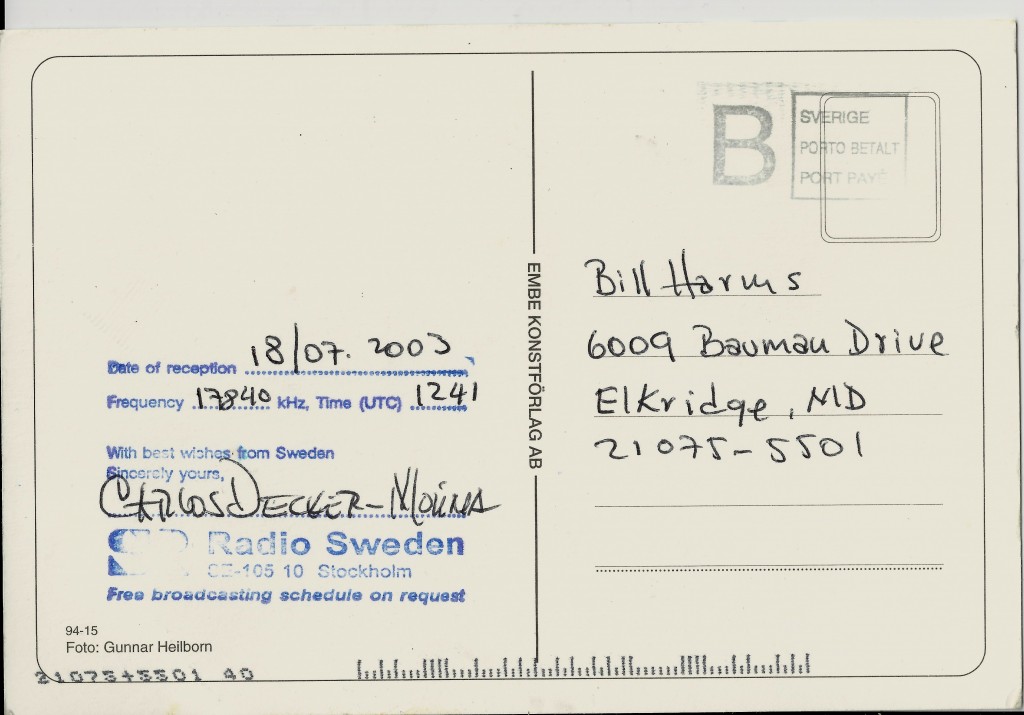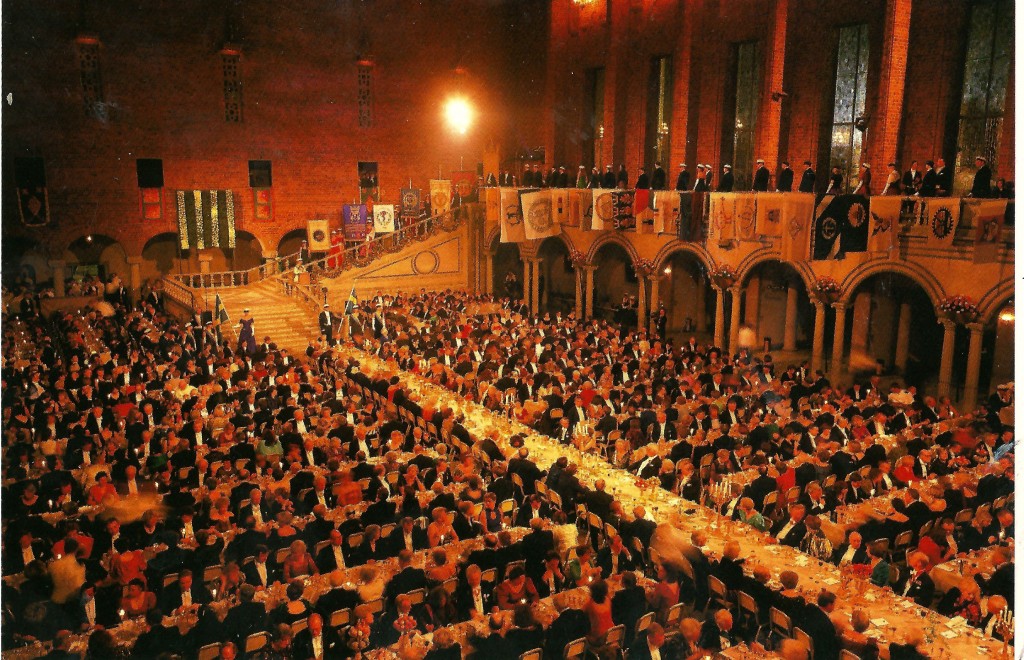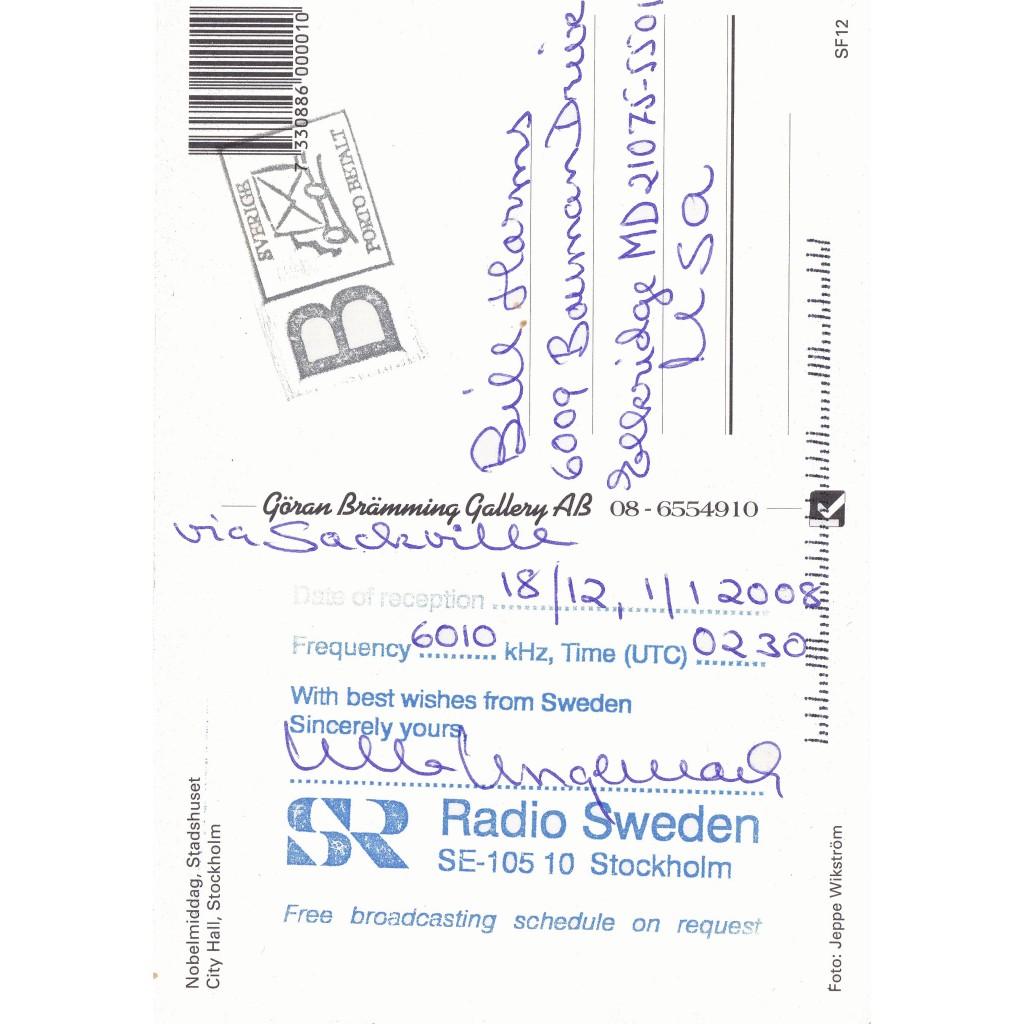Category Archives: QSL
Radio Truth – 5015
Clandestine – Zimbabwe
This QSL letter is from the clandestine Radio Truth. (Anyone remember them.) They were on the air for just a short while. It was associated with the political situation in Zimbabwe. I believe it transmitted from South Africa.
Radio Dabanga
Flag of Freedom
Radio Santech
Radio Santech can be heard here in Maryland with fairly strong signal. This QSL verifies a reception of their program via IRRS in Saftica, Romania on 15,190 kHz. The report was sent to the address shown here on the QSL. They broadcast on shortwave in English for only thirty minutes per per week.
Radio Santech is operated by a religious organization called Universal Life from Würzburg, Germany.
(Click on the link below to see the entire blog entry.) You see more about their organization at http://www.universelles-leben.org/en/
The posting of the QSL information for any station on this blog is for hobby purposes, and does constitute any type of an endorsement.
Radiodiffusion Television Algerienne التلفزيون الجزائري
Radio Botswana
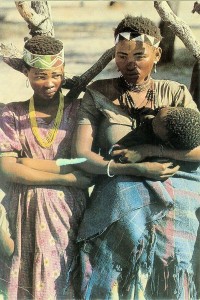 Radio Botswana is a governmental broadcasting service headquartered in Gaborone. Their broadcasts could be heard on shortwave on 3356 kHz and 4830 kHz. Who can forget their cow bell clanking interval signal when they signed on? I am not sure when they closed down their shortwave service, but I know they were still operating through the 1990’s. Today, their radio programs are broadcast on two networks, Radio Botswana 1 (RB 1) and RB 2. These can be heard live at http://www.radiobotswana.gov.bw/ A historical sketch of Radio Botswana can be found at http://www.dib.gov.bw
Radio Botswana is a governmental broadcasting service headquartered in Gaborone. Their broadcasts could be heard on shortwave on 3356 kHz and 4830 kHz. Who can forget their cow bell clanking interval signal when they signed on? I am not sure when they closed down their shortwave service, but I know they were still operating through the 1990’s. Today, their radio programs are broadcast on two networks, Radio Botswana 1 (RB 1) and RB 2. These can be heard live at http://www.radiobotswana.gov.bw/ A historical sketch of Radio Botswana can be found at http://www.dib.gov.bw
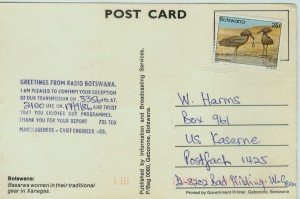 Botswana is still on the shortwave bands. The USA’s International Broadcasting Bureau (IBB) operates a relay station in Selebi-Phikwe. So it is still possible to receive a QSL for shortwave broadcasts from Botswana if one missed receiving one for Radio Botswana. A short treatise of this relay station can be seen at http://www.paws.dircon.co.uk/Bots6a.htm
Botswana is still on the shortwave bands. The USA’s International Broadcasting Bureau (IBB) operates a relay station in Selebi-Phikwe. So it is still possible to receive a QSL for shortwave broadcasts from Botswana if one missed receiving one for Radio Botswana. A short treatise of this relay station can be seen at http://www.paws.dircon.co.uk/Bots6a.htm
Radio Verdad
Antique Amateur QSL card – 7VL from 1927
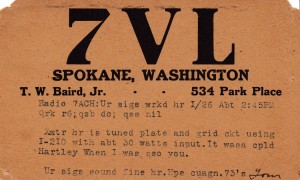
This time we are going to do something a little different and present an antique ham (amateur radio) QSL. This was T.W. (Tom) Baird’s QSL. His call sign was 7VL. He sent this QSL card to another ham operator Howard Truax of Albany, Oregon using the call sign 7ACH.
I find it interesting that the shorthand ham operator’s used back then is not much different in concept for the shorthand used for text messaging and other social media on the Internet. So much for re-inventing the wheel.
Tom was an engineer at radio station KFPY (now KXLY) in Spokane for several years and I understand served as chief engineer for a while.
Radio Baghdad
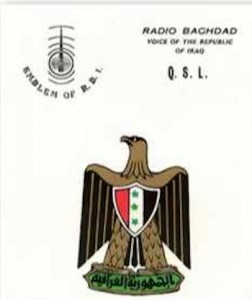
Over the years, three QSLs from Radio Baghdad have made it into my collection. The first one shown here, besides being the largest QSL in my collection, I would consider this to be one of the most unusual. It measures almost 22 inches by 11 inches. It features several icons of Iraq, including silhouettes of Shahazad and Shahrayar of One Thousand and One Nights fame. Also included are various scenes from around Iraq and some geographical information. Of particular interest are the two postage stamps displaying the likeness of Saddam Hussein.
As I remember, Radio Baghdad was a sporadic broadcaster. It seems that they were strong at times, and then would disappear. There is no international broadcast from the territory of Iraq today. These QSLs are a treasured part of my collection.
CBI Sydney
CBA 1070
Moncton, New Brunswick
CBA Radio, Moncton, New Brunswick was a fairly reliable signal many times at night on 1070 kHz at my listening post in Maryland. CBC Radio One moved its programming to FM in 2008 and the AM outlet went silent.
CBC Windsor
CBW 990
Winnipeg, Manitoba
CBW , the Canadian Broadcasting Corporation (CBC) outlet in Winnipeg, Manitoba traces their origins back to 1923 when it signed on as CKY. In 1933, CKY became a partial CBC outlet. In 1948, CBC purchased CKY outright and started to use the call letters CBW. The Call letters CKY were transferred to a new commercial station. CBW programming is re-broadcast on several FM outlets in Manitoba.
CBW was an easy catch in Spokane, and I have also heard them several times in Maryland. They sent the two QSL cards for reception reports sent to them.
CBX Radio 740
Edmonton, Alberta
CBX, the Canadian Broadcast Corporation (CBC) outlet in Edmonton started out on 1010 kHz in 1948. On 1 October 1964, CBX moved to 740 and CBR Calgary assumed the use of 1010. Currently, CBX is rebroadcast on several FM outlets throughout northern Alberta.
CBX would boom into Spokane in the 1970’s when conditions favored to the north. I sent a reception report off in 1977 and they responded with the QSL card below.
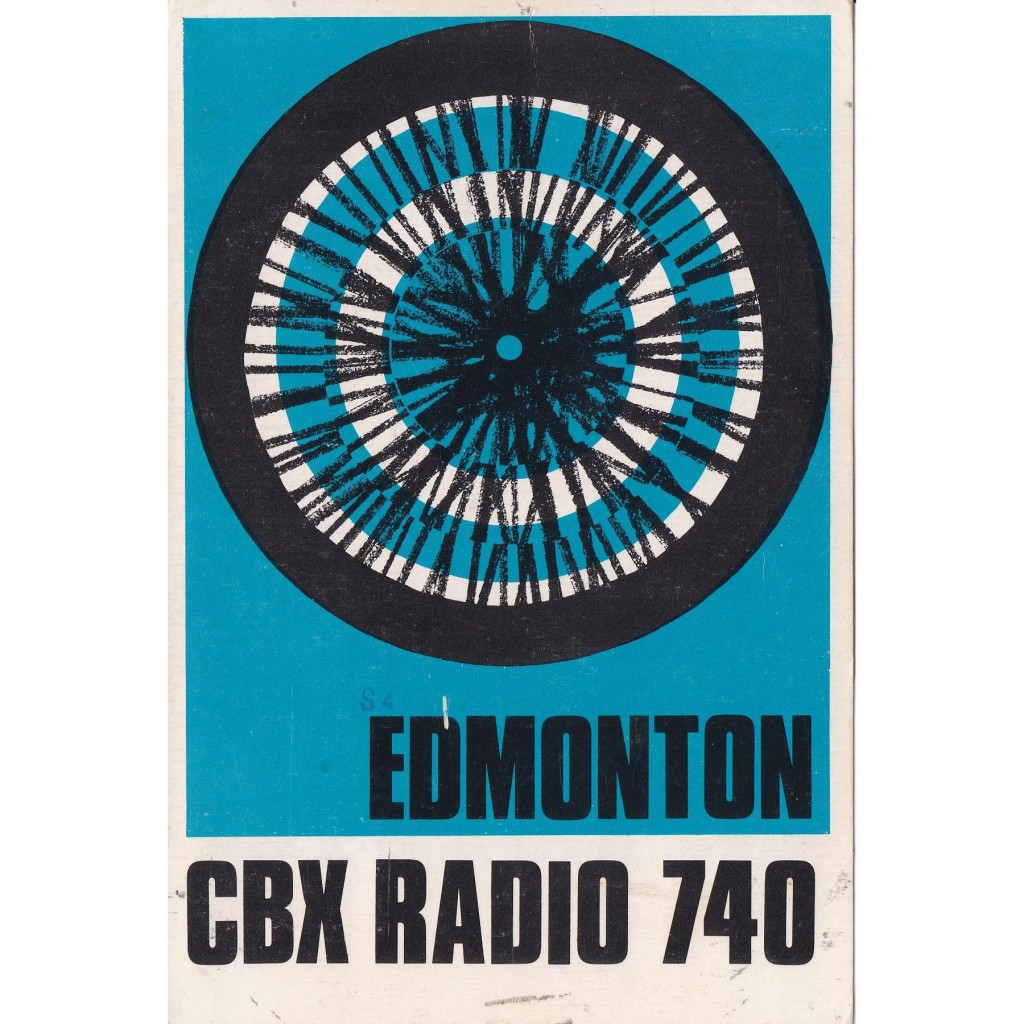
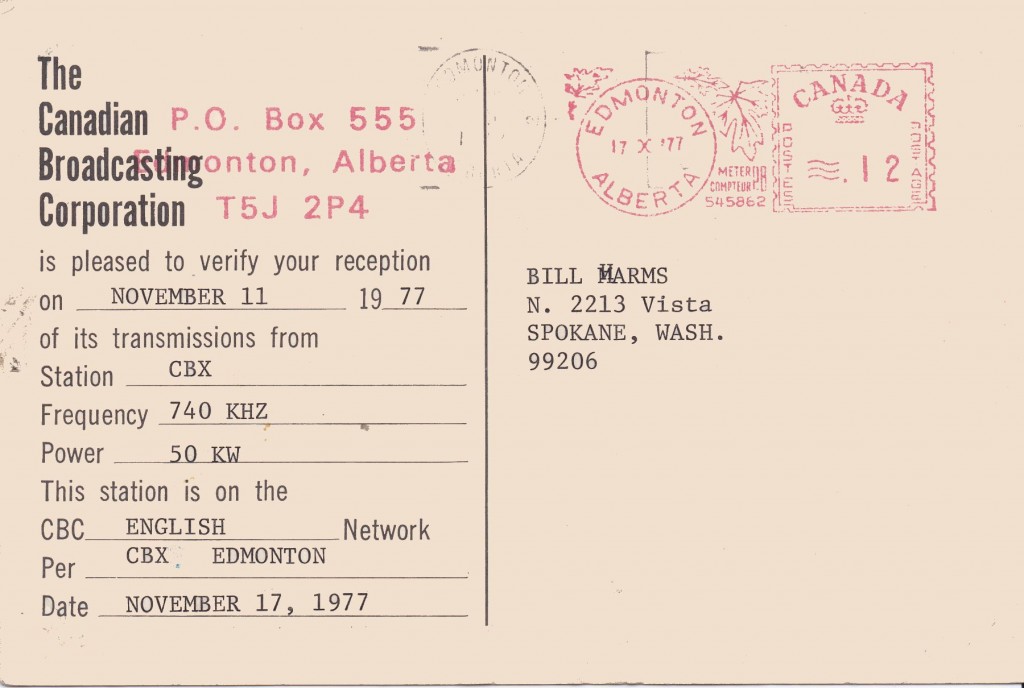
CBC Calgary, Alberta
1010 and 1460
CBR Calgary, Alberta on 1010 kHz was a regular reception in Spokane in the late 1960’s and 1970’s (and still is I assume). I remember tuning my little 8-transistor hand-held radio to their signal and placing it under my pillow to listen to them as I went asleep. Their programming was relayed on an outlet in Medicine Hat on 1460 kHz for a while. The 1010 kHz is still on the air, while 1460 kHz has since gone dark. CBR is also relayed on several FM outlets and one AM outlet as of this writing.
CBC Vancouver
This set of QSLs from Canadian Broadcasting Corporation (CBC) Vancouver is a sampling of different types of stations. I had fun picking up the various ways they transmitted their signals and receiving QSL cards for my reports. Continue reading to see what I am talking about.
The first one is for their medium wave flagship station (CBU) on 690 kHz. This outlet can be easily heard throughout the West, but it does have to contend with interference from the station in Tijuana, Mexico. I could hear it all day long, especially in the winter in Spokane.
The second QSL below is for their main FM outlet (CBU-FM) on 105.7 MHz. They can be heard in the Seattle area with a fair signal. For this report, the reception was made at Moran State Park, on the San Juan Islands, Washington State.
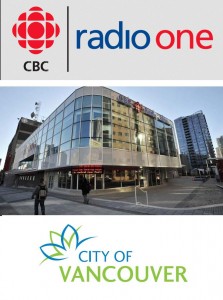 The third QSL is for their shortwave service (CKZU) on 6160 kHz which can be heard throughout the world under proper conditions. I could hear them all day long in Spokane, and occasionally all day long in Utah.
The third QSL is for their shortwave service (CKZU) on 6160 kHz which can be heard throughout the world under proper conditions. I could hear them all day long in Spokane, and occasionally all day long in Utah.
The fourth QSL is for the analog television station on channel 2. I managed to pick them up in Heber City, Utah on E-Skip. They were quite strong.
The fifth one is for the reception of a regional FM outlet (CBTA-FM) 94.7 MHz in Trail, BC. Amazingly, they could be fairly frequently heard in certain areas in Spokane on a car radio. I sent a report to Vancouver when I heard them on vacation to Spokane and received this card.
The sixth and final QSL is for their low-powered relay station (CBXQ) in Ucluelet, BC on Vancouver, Island. This 40-watt outlet on 540 kHz can be heard for a fair distance up and down the coast during the day. I heard them a couple of times in Utah on a beverage antenna after CBK signed off at midnight. My report this time is for a reception made at the Kalaloch Campground in the Olympic National Park along the coast. It was quite strong.
(Please scroll down to see all the QSLs)
(NOTE: Not all of the reception locations match my mailing addresses because they were vacation loggings.)
CKZN 6160 – Saint John’s
CHNX 6130 – Halifax
CFRB 1010 and CFRX 6070 – Toronto
CKWX 1130 and CKFX 6080 – Vancouver
CFCX 6005 – Montreal
Central Broadcasting System of the Republic of China
CBJC 1 FM – Belleville, ON – 94.3 MHz
While vacationing near Rochester, NY, over Labor Day weekend, I picked up the Canadian Broadcasting Corporation (CBC) French language outlet on 94.3 MHz. After sending a reception report to the studios in Toronto, CBC kindly responded with a QSL letter and the coverage map below. I appreciate Vincent Chenier’s assistance.
Examining the coverage map, I noticed the signal traveled a short distance over land before crossing Lake Ontario and reaching my location in Walworth, New York. Surprisingly, the signal was quite strong, which I attribute to tropospheric ducting propagation, as it’s typically not that robust.
Radio Nacional de España (RNE) – Madrid – 585 kHz
This QSL card and letter from Radio Nacional de España was left in my mailbox this afternoon. It was for their station on 585 kHz with the transmitter located at Majadahonda, Madrid, Spain. It was strong for about 30 or so minutes and I was able to pick out enough program details for the kind staff at the station to verify.It is RNE number 5 in my collection. A big thank you to José Antonio Garcia Merino for taking the time and effort to answer my reception report.
Super Time Force Radio – STF Radio
WCBQ
Radio Canada International
Radio Korea and KBS World Radio
(QSL’s below the text.)
KBS World Radio in Korea 12 January 2016 via SDR Twente. 0859 Sign on
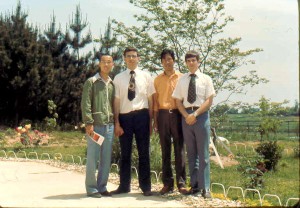
Radio Korea (and its successors Radio Korea International and KBS World Radio and its predecessor Voice of Free Korea) has to be my sentimental favorite shortwave radio station. They have been one of my connections to Korea, where I served as a missionary from 1975 to 1977.
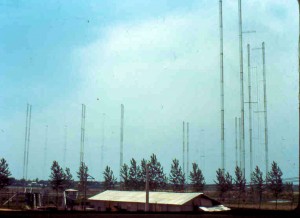
On 7 July 1977, I had the opportunity to visit the KBS transmitter site at Kimje (김제). You can see the photos here.
Over the years, they issued some rather eye catching and classy QSL cards. I first heard Voice of Free Korea in 1969. Unfortunately, I did not send them a reception report for a QSL card. From what I understand they changed their name to Radio Korea in 1973. Then in 1975, I was called to be a missionary in Korea, so my interest in Radio Korea piqued. Since I was busy as a missionary, my time for listening to the radio was virtually non-existent, but I do remember hearing Radio Korea’s English language program for foreigners on medium wave on 600 and 750 kHz. I even picked up a shortwave broadcast and received a QSL for my reception report.
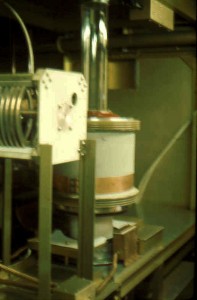
After I came home from my mission in 1977, I sent off a few more reports and received QSL cards in return. My interest in Radio Korea was in full gear. I listened to their Korean language transmissions to practice my Korean, in addition to listening to their English language programs.
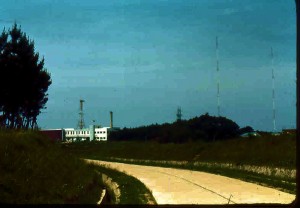
In 1983, I became an official monitor and received a new QSL every month. I even listened to their English language program on FM during a three-month long visit to Korea in 1984. My term as an official monitor lasted until 1987 when we moved to Germany. I still sent reception reports to them on a fairly regular basis even after that.
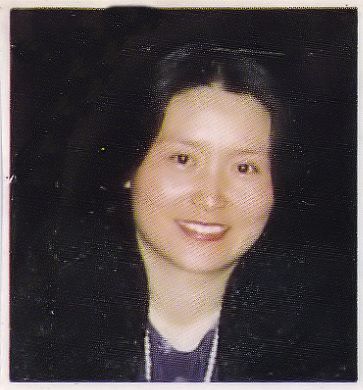
After we moved to Korea in 1989, I began to spend less time listening to Radio Korea, mainly because they no longer broadcast on FM and medium wave and because it was difficult to pick up their shortwave broadcasts. That is because we were so close that their signals would skip over us, and so they were not strong. However, in addition to the American Forces Korean Network (AFKN), I listened to the Korean stations including KBS. I did send a few reception reports to Radio Korea nonetheless.
We returned to the USA in 1997, and discovered that it was still difficult to hear Radio Korea in Maryland. Propagation of their signal to Maryland was not good, and they started to beam their signal elsewhere. Additionally, my schedule did not mesh with their broadcast times. So, my reports were very sporadic.
I collected almost 100 different QSLs from Radio Korea and KBS World Radio, by far the most from any single station. Most of them are for their shortwave transmissions from Kimje. I also have a QSL verifying the reception of a transmission from their transmitter site in Suwon (수원) as well as several QSLs verifying their FM broadcasts in 1984 and a couple QSLs for overseas relay stations.
I hope to be able to listen to KBS World Radio more in the future as time and propagation permits.
You can see the QSL cards that I collected from Radio Korea and KBS World Radio over the years below. They bring back a lot of fond memories to me. Comments are welcome. (Click on the images for enlarged views.)
REFERENCE:
About KBS World Radio – http://world.kbs.co.kr/english/about/about_kbsworld.htm – accessed 25 September 2015
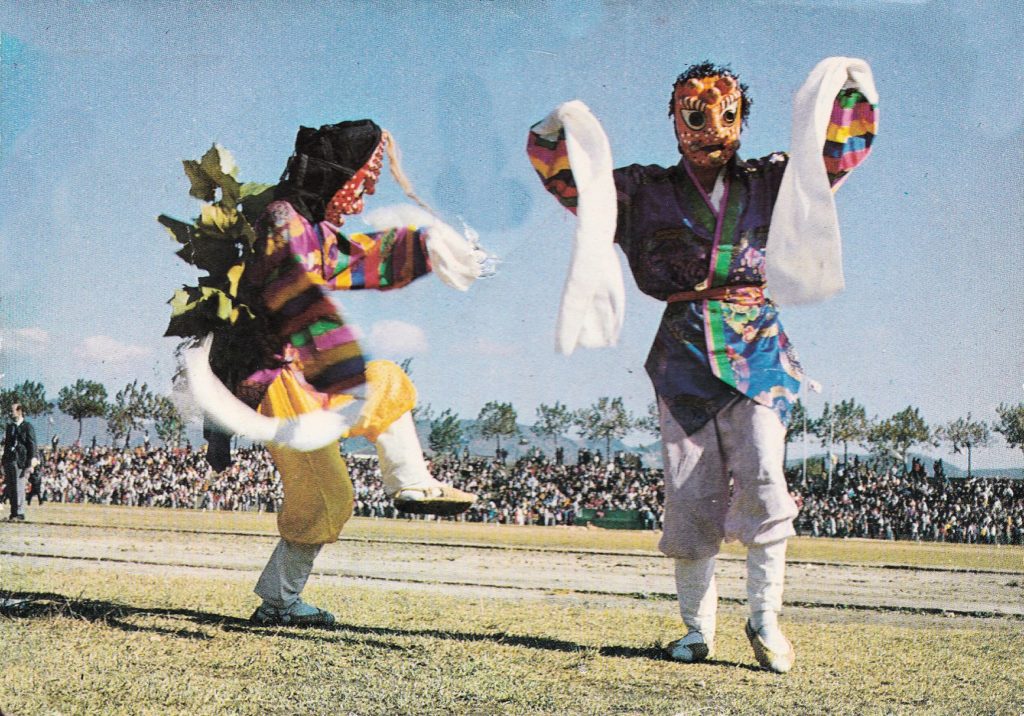
1977 3 – Kimje 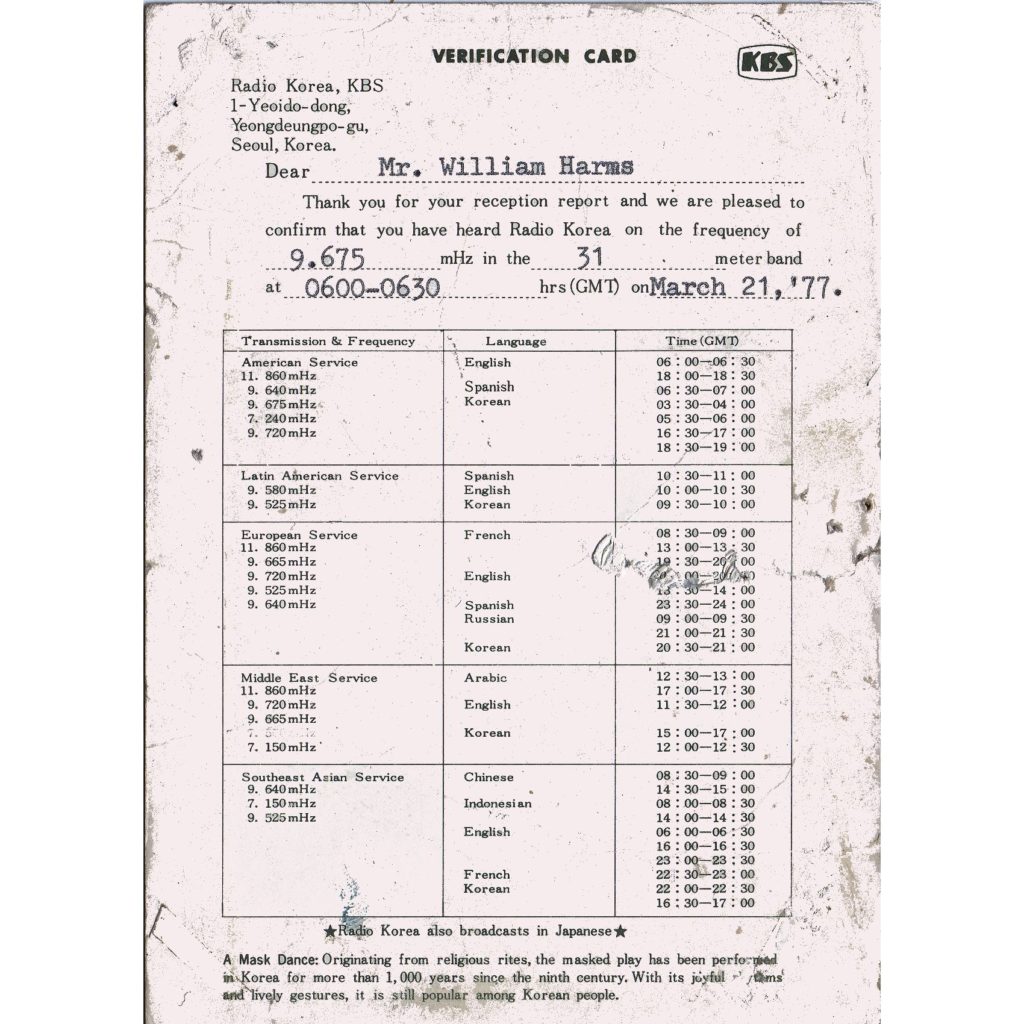
1977 3 – Kimje 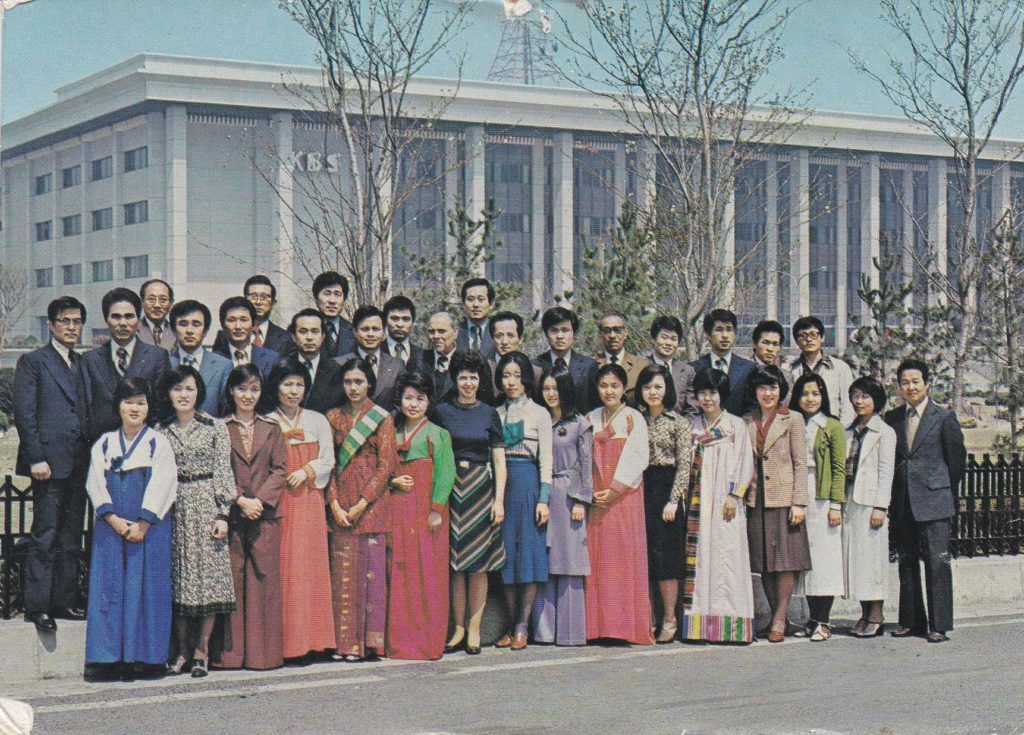
1977 10 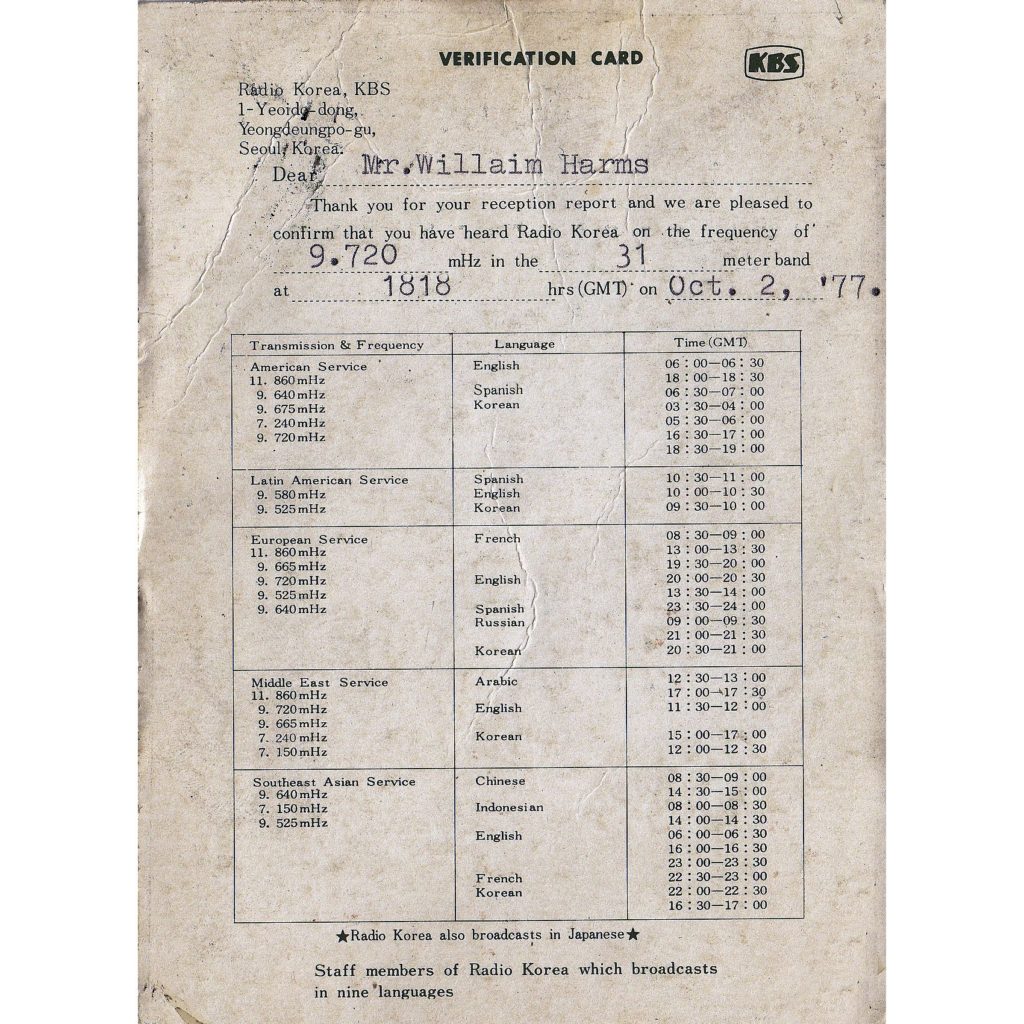
1977 10 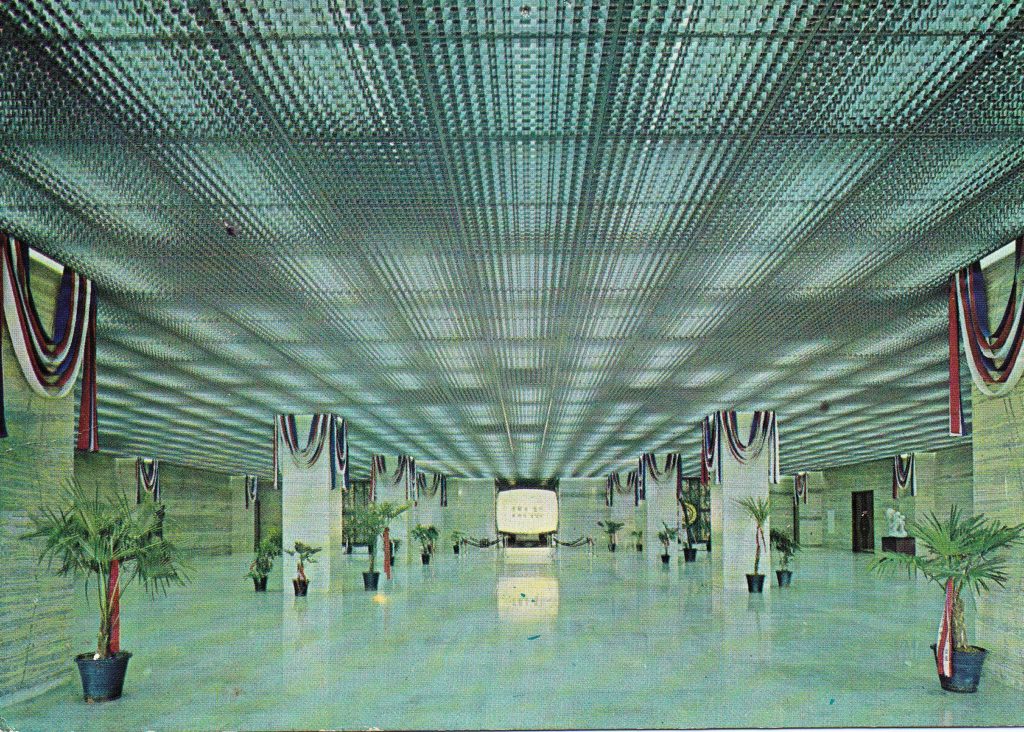
1978 04 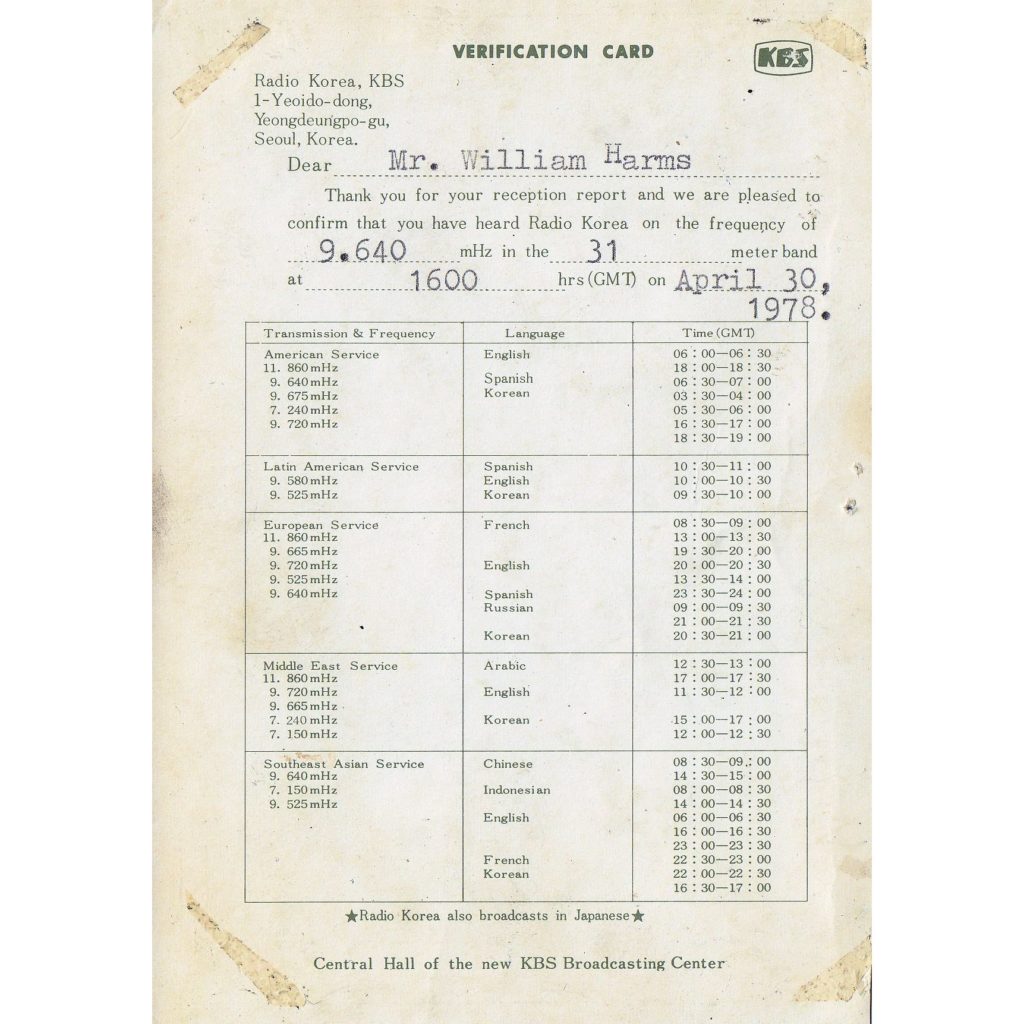
1978 04 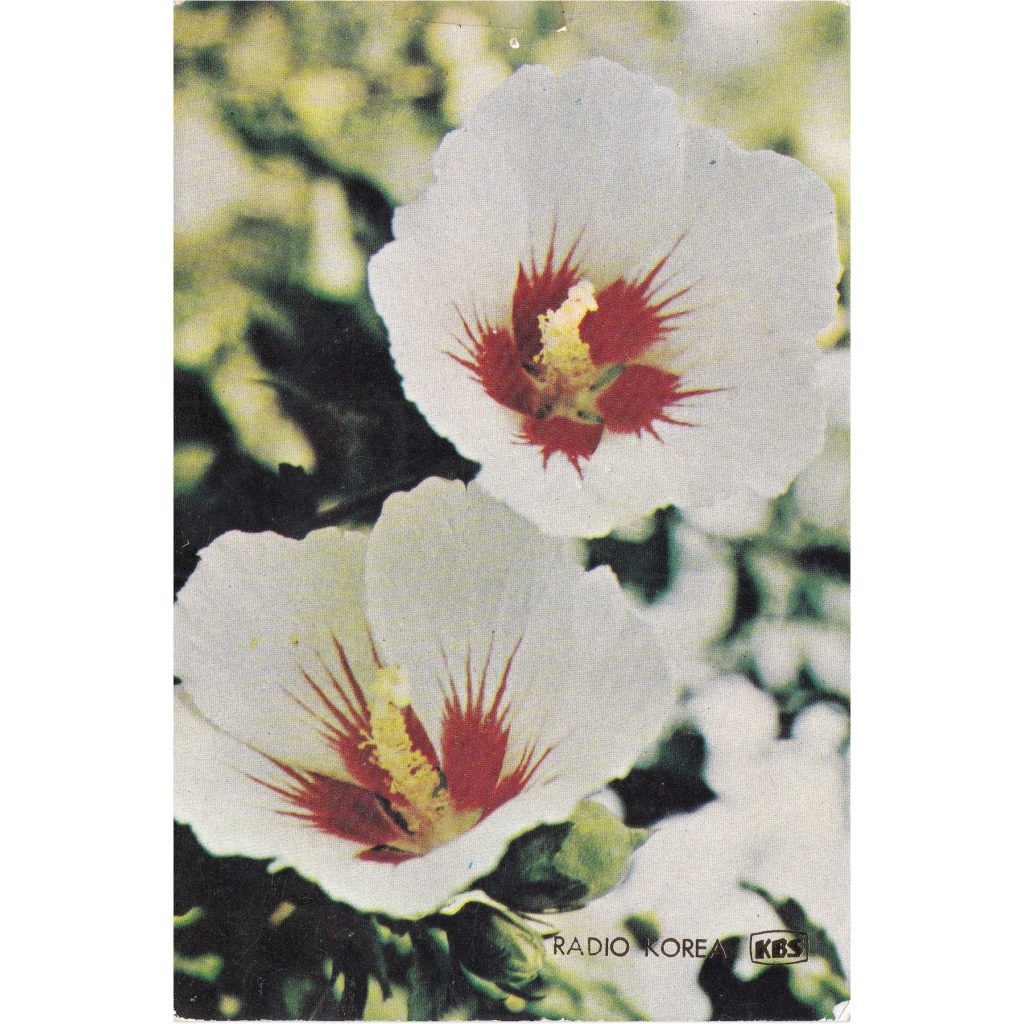
1978 05 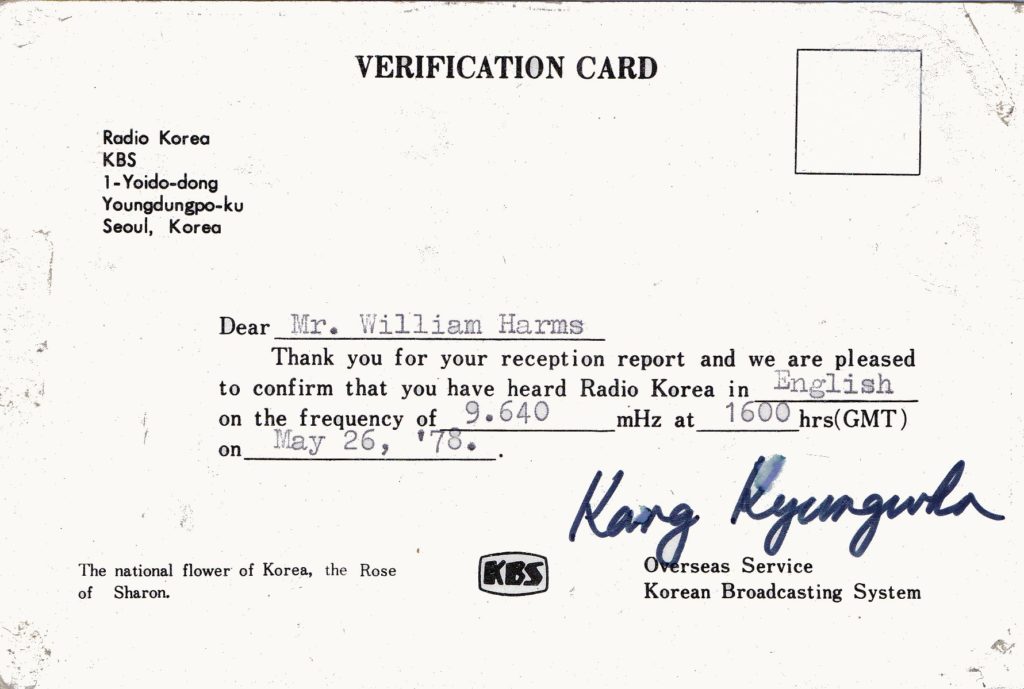
1978 05 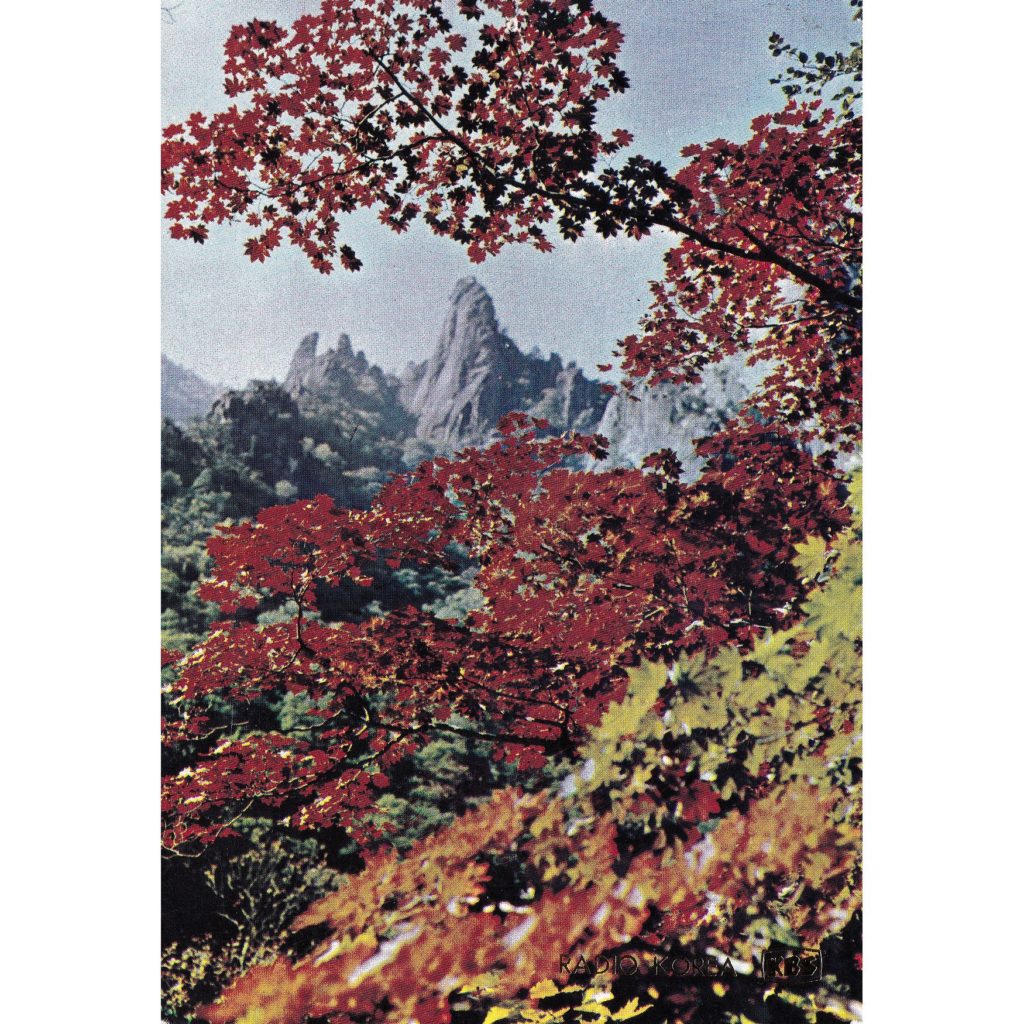
1978 07 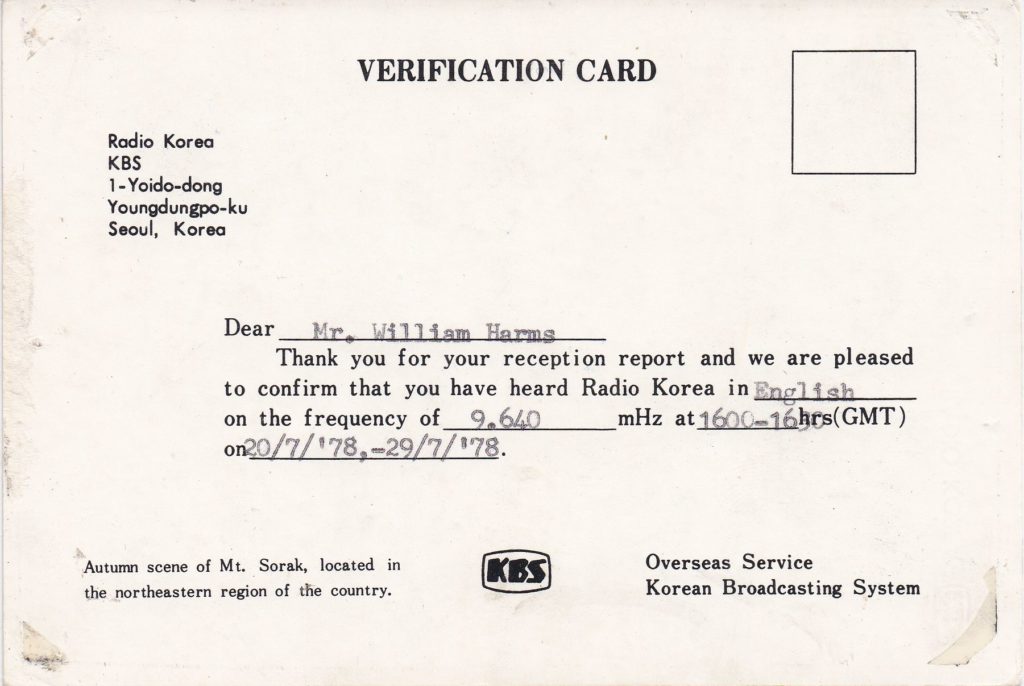
1978 07 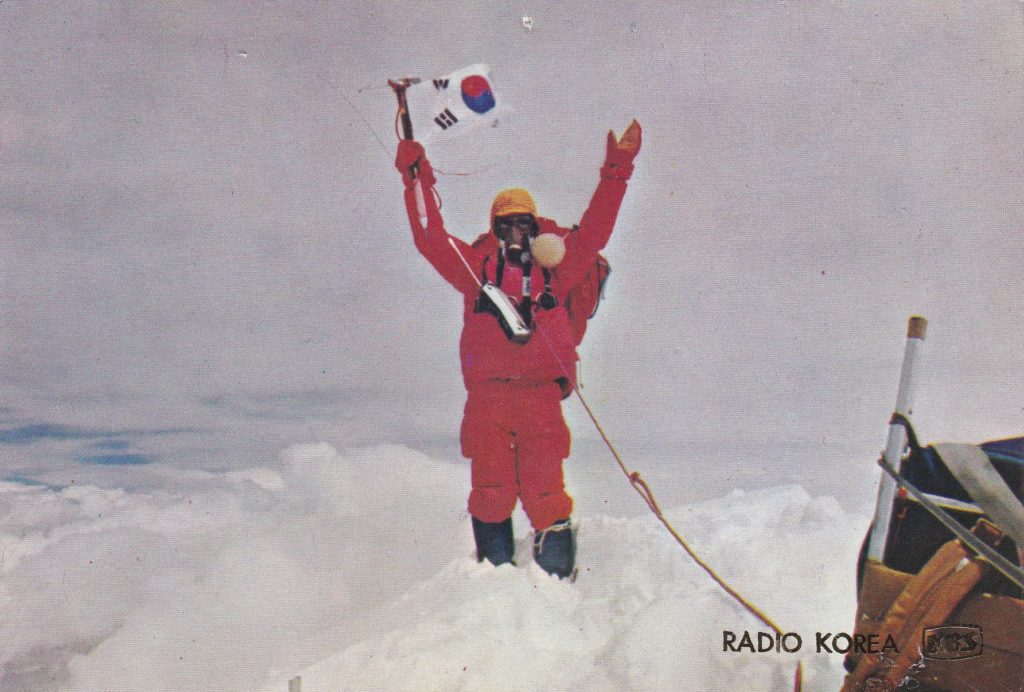
1978 12 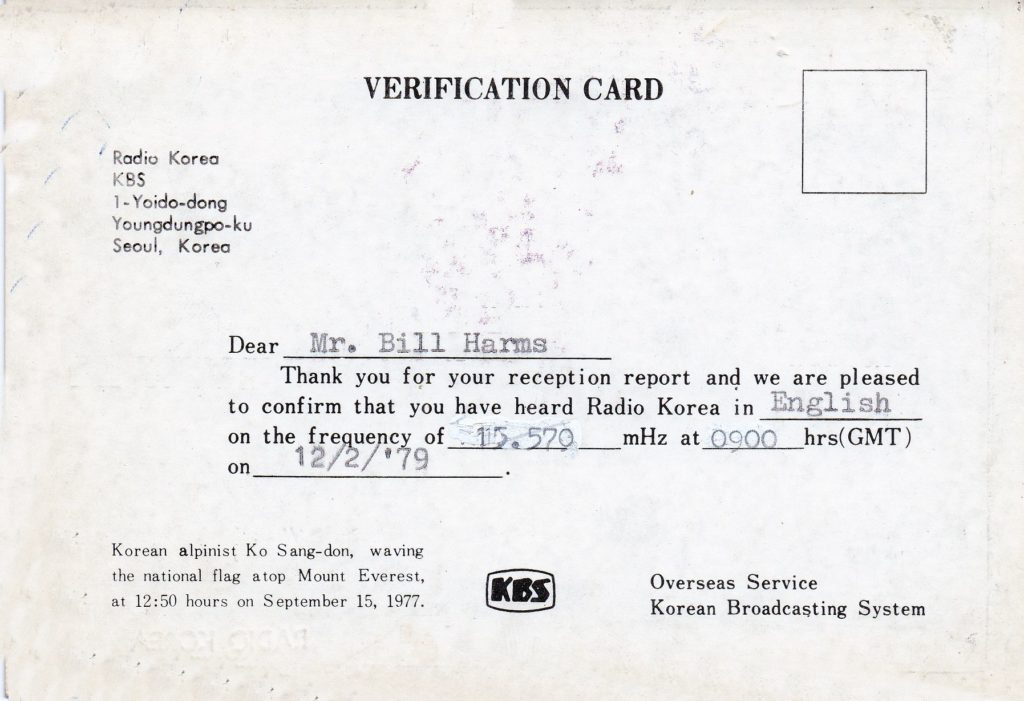
1978 12 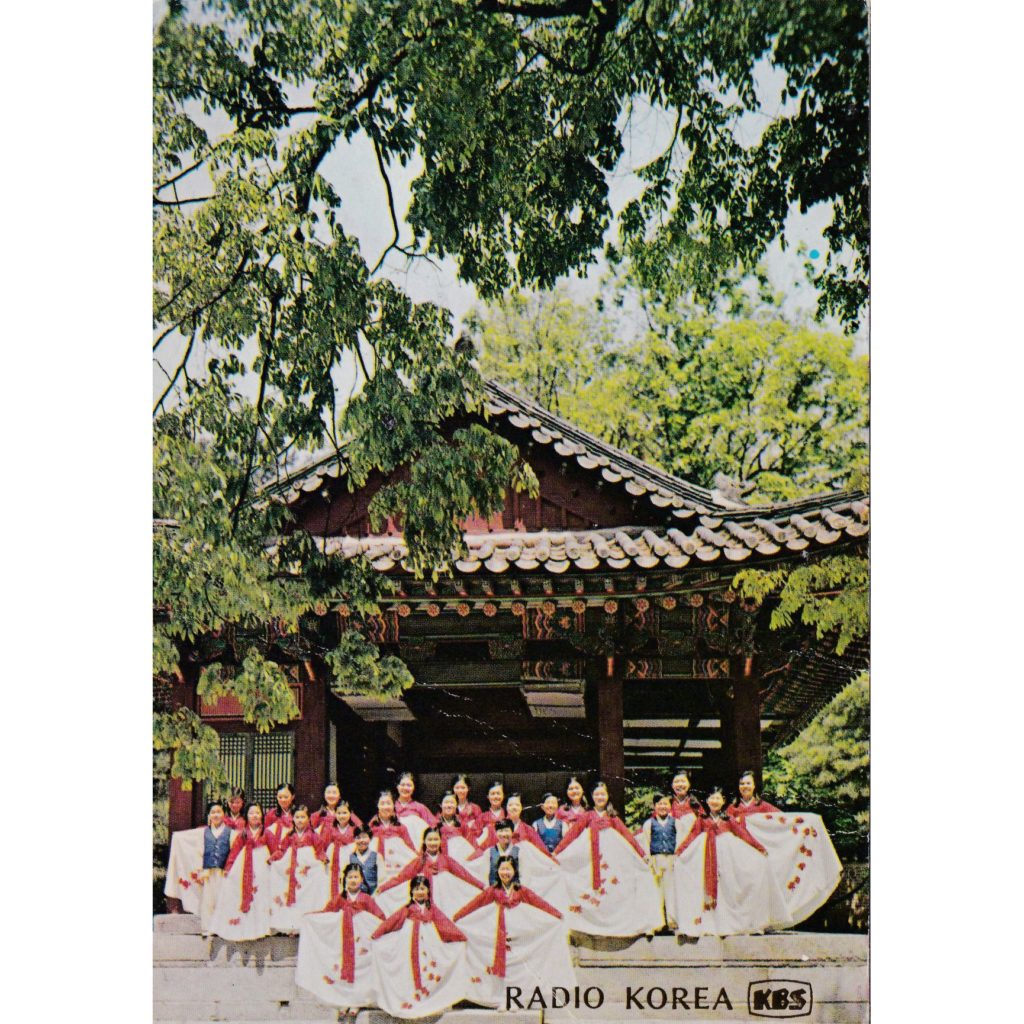
1979 08 – Kimje 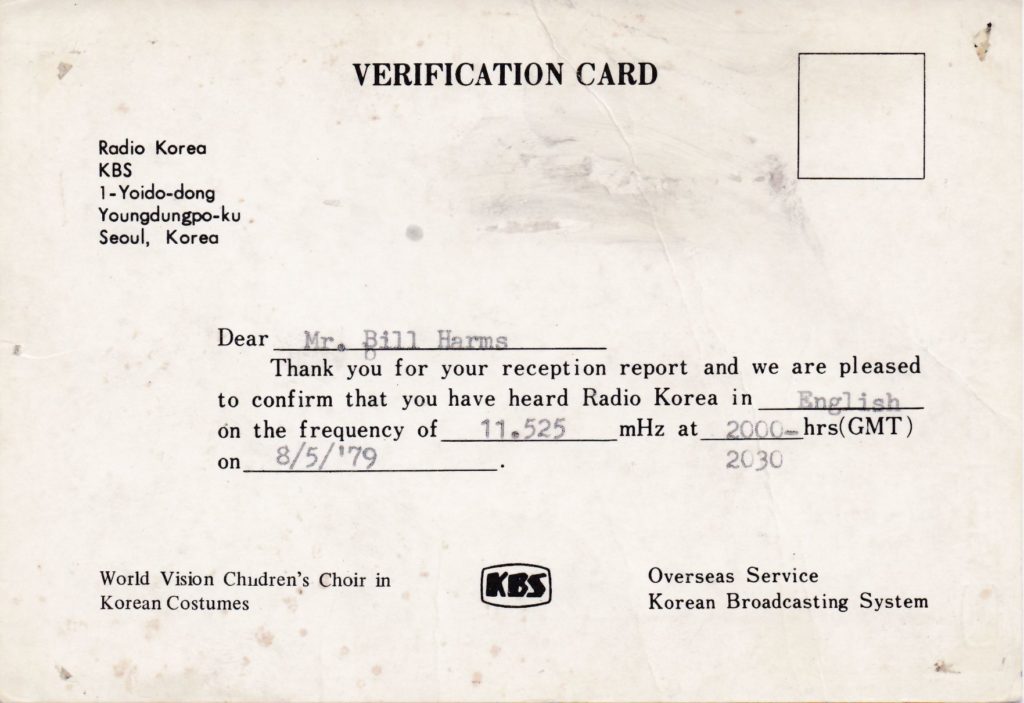
1979 08 – Kimje 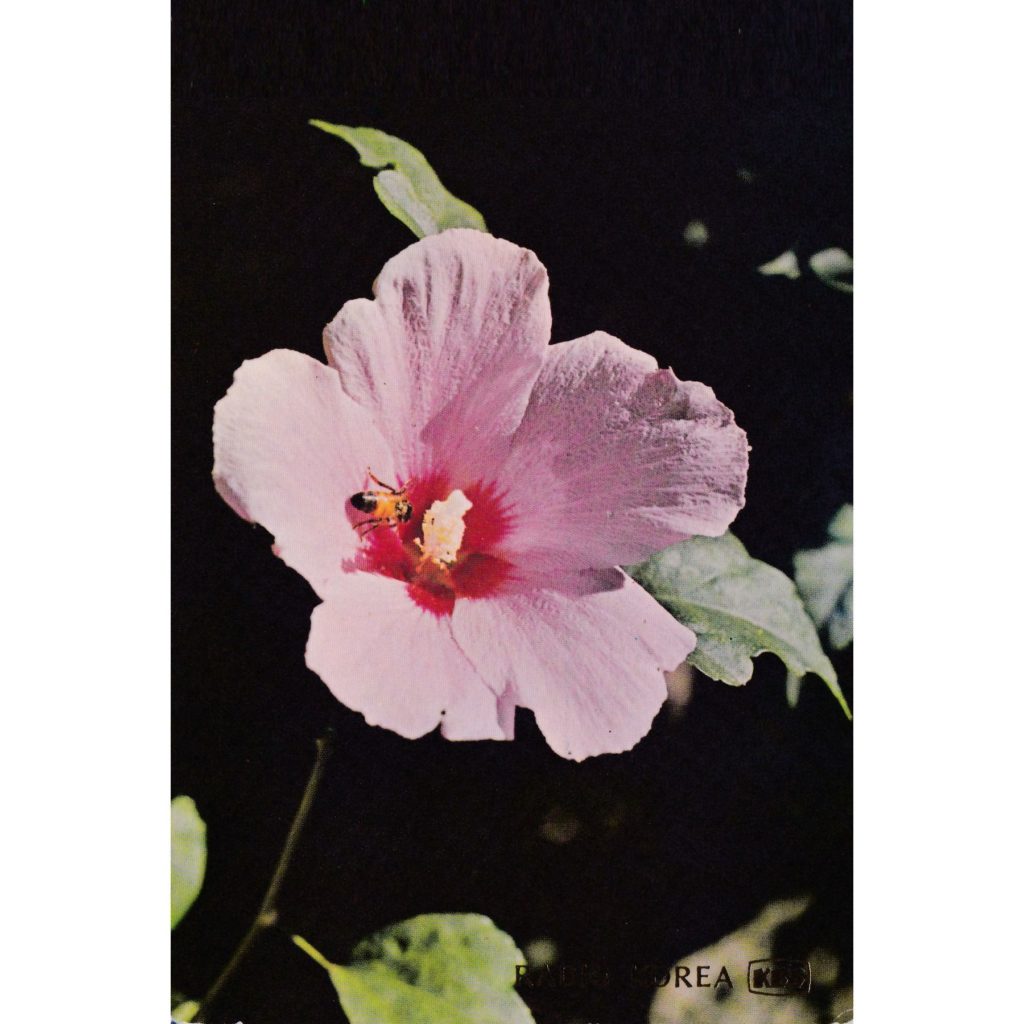
1979 05 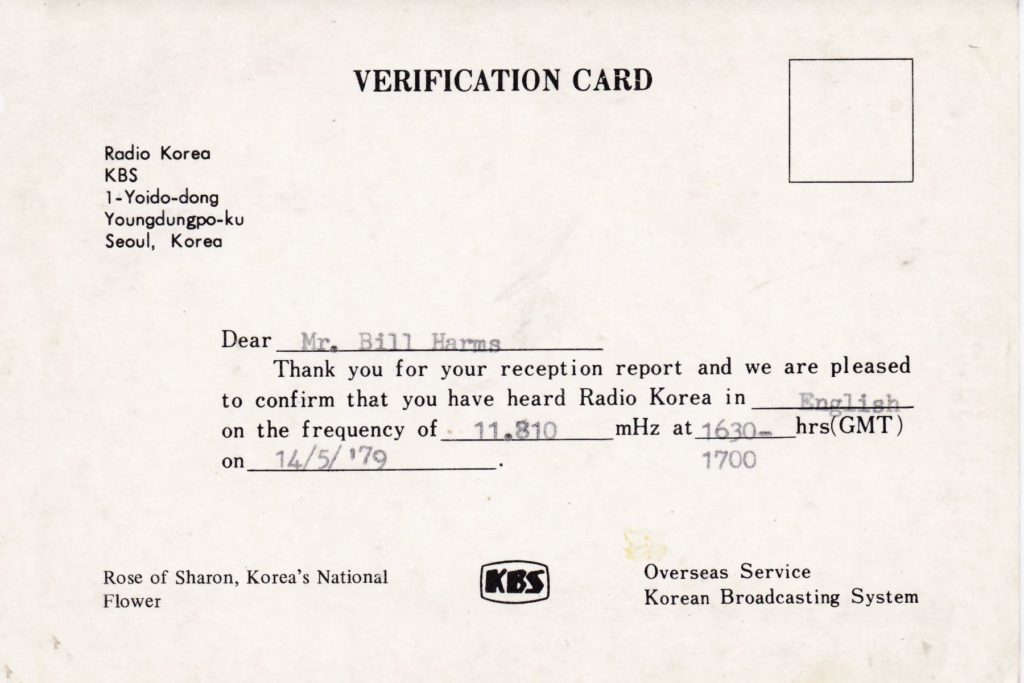
1979 05 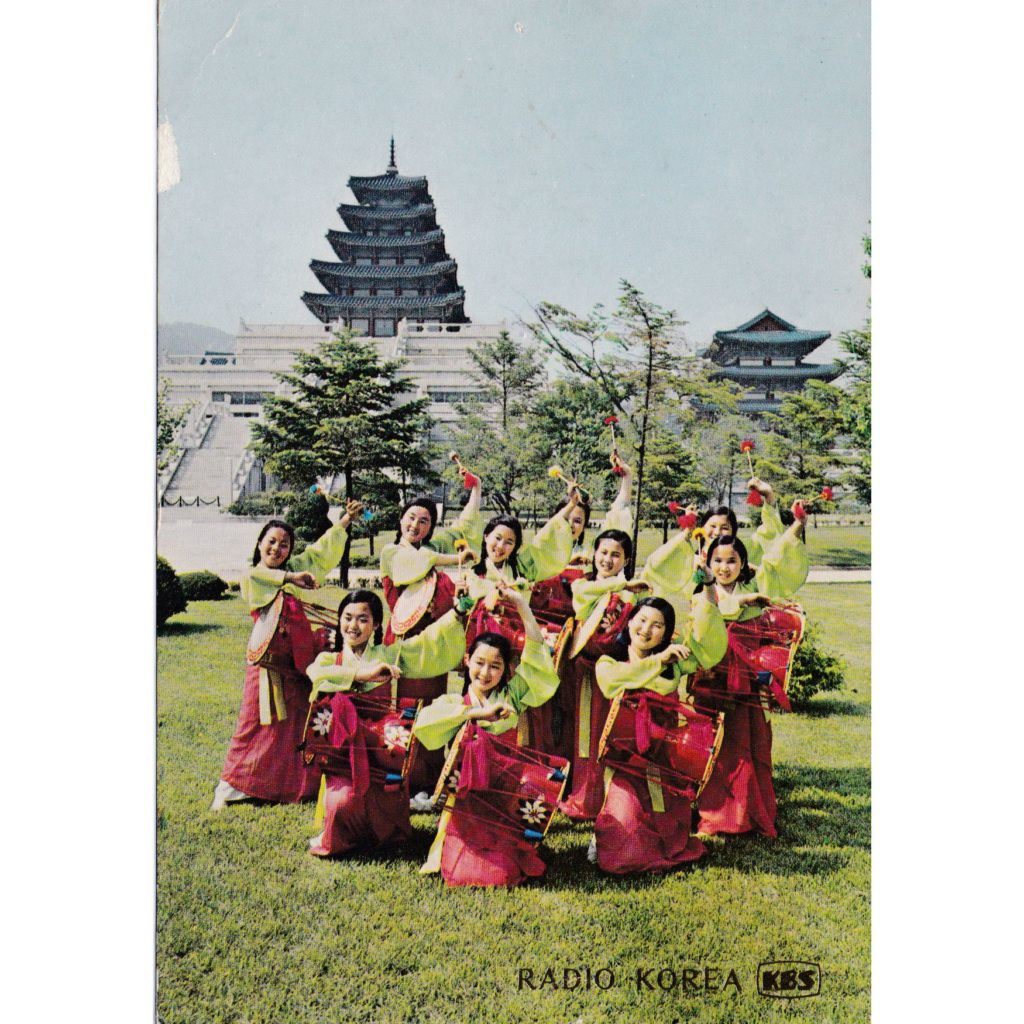
1979 05 – Kimje 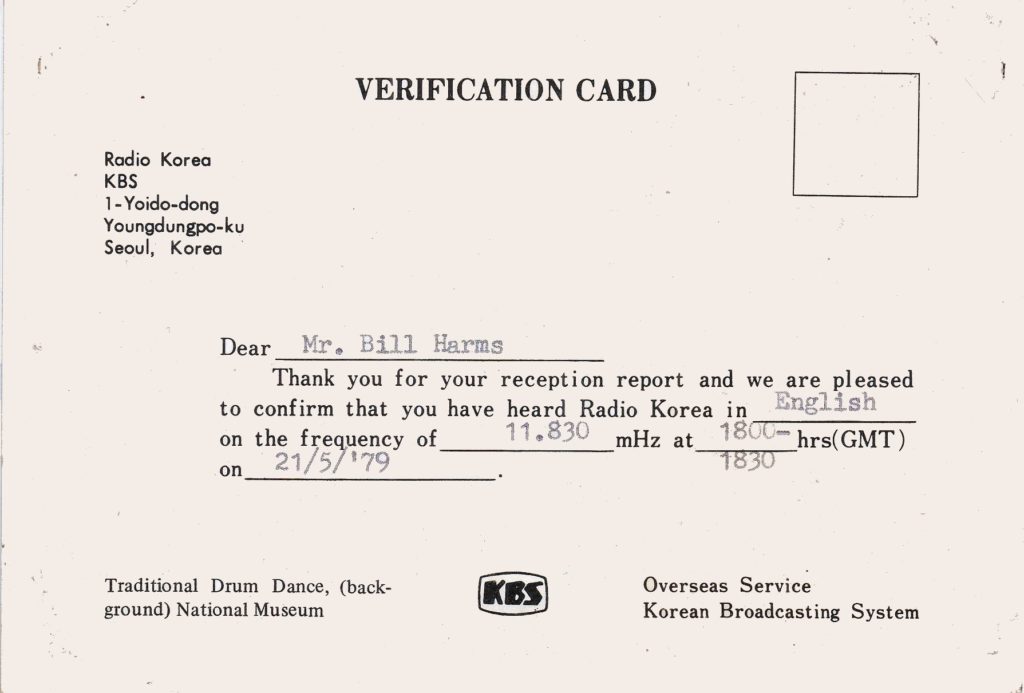
1979 05 – Kimje 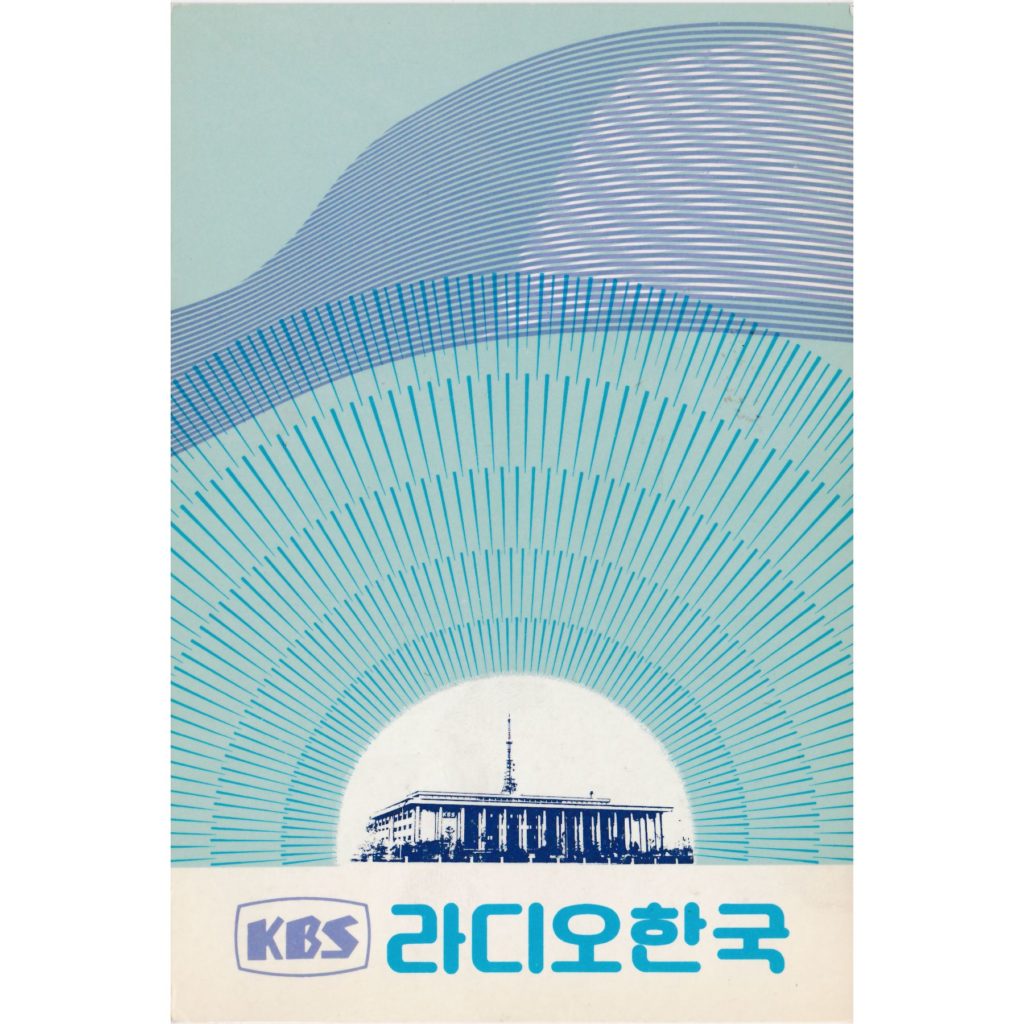
1980 04 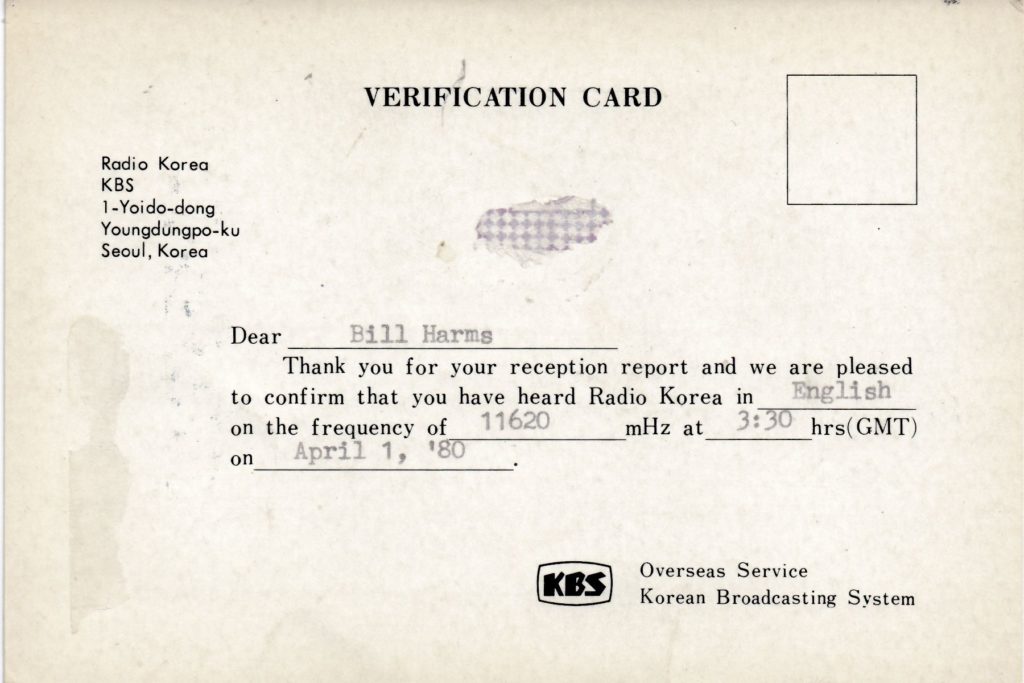
1980 04 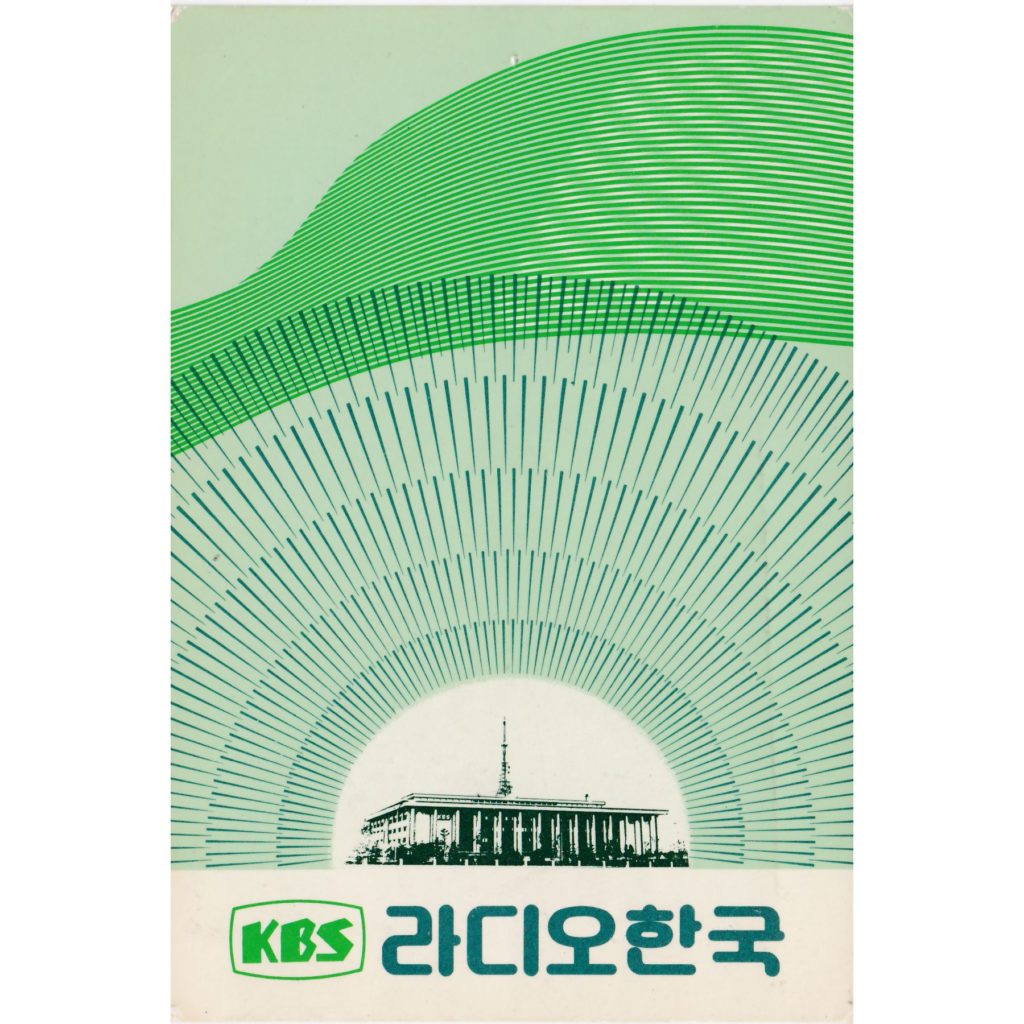
1980 08 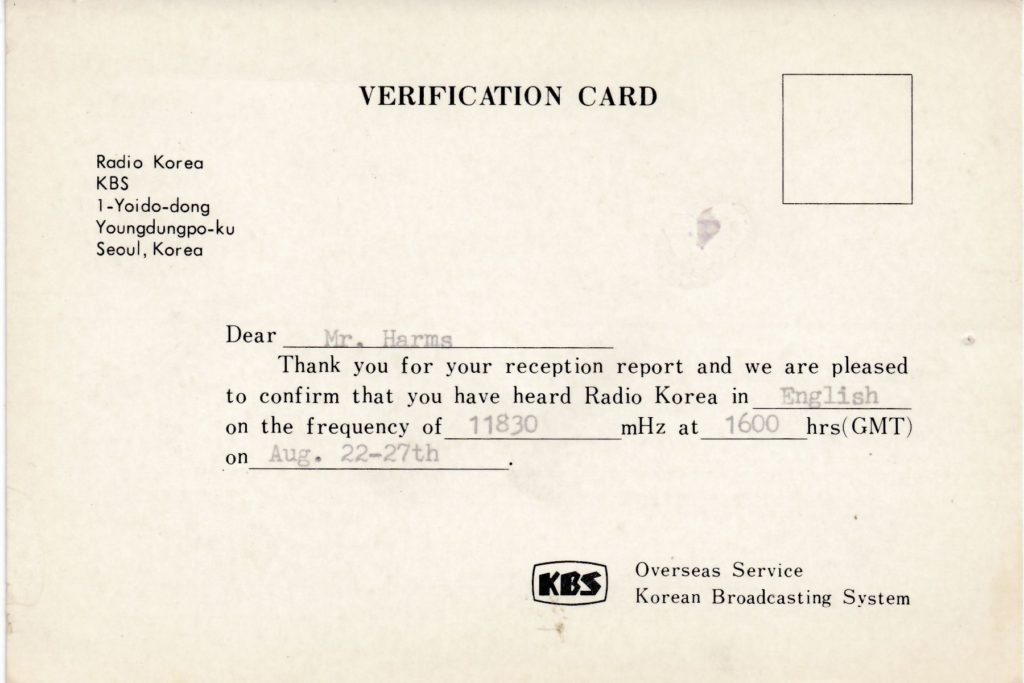
1980 08 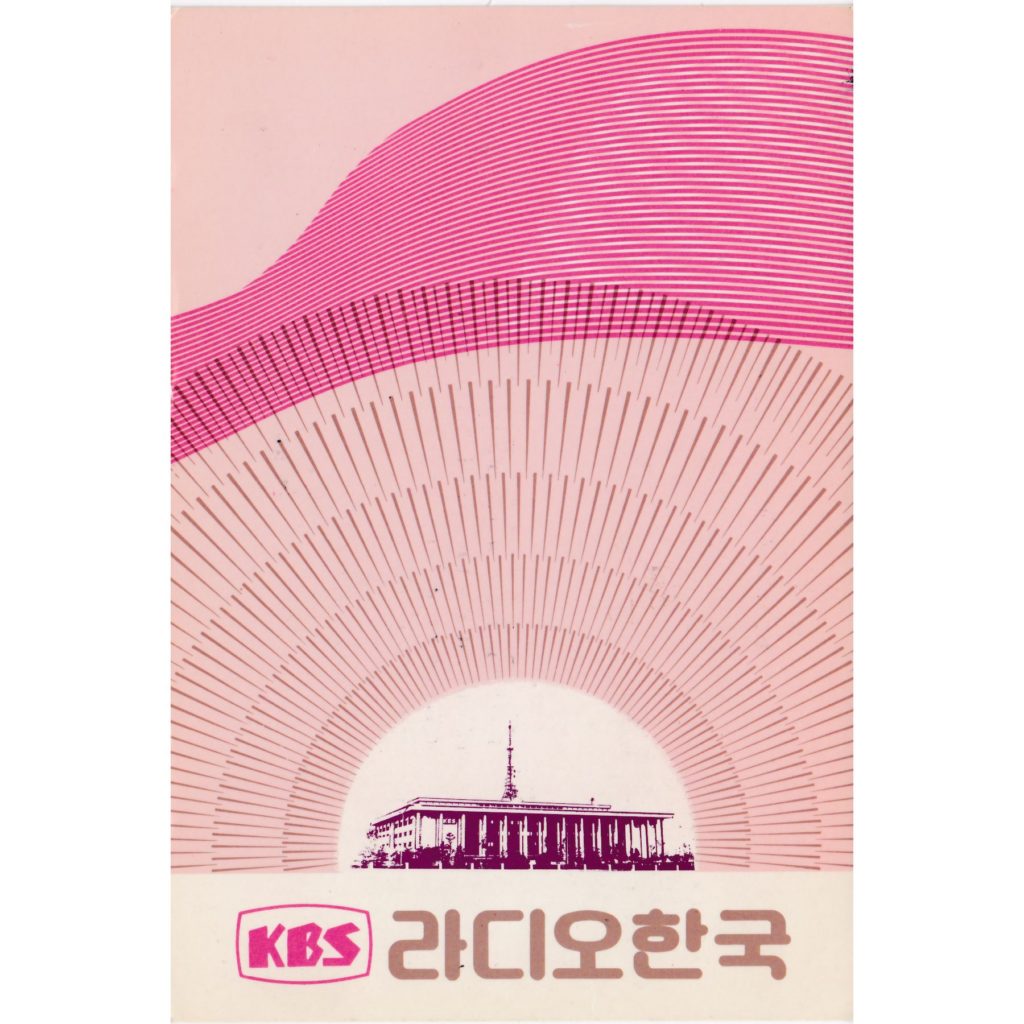
1980 04 – Kimje 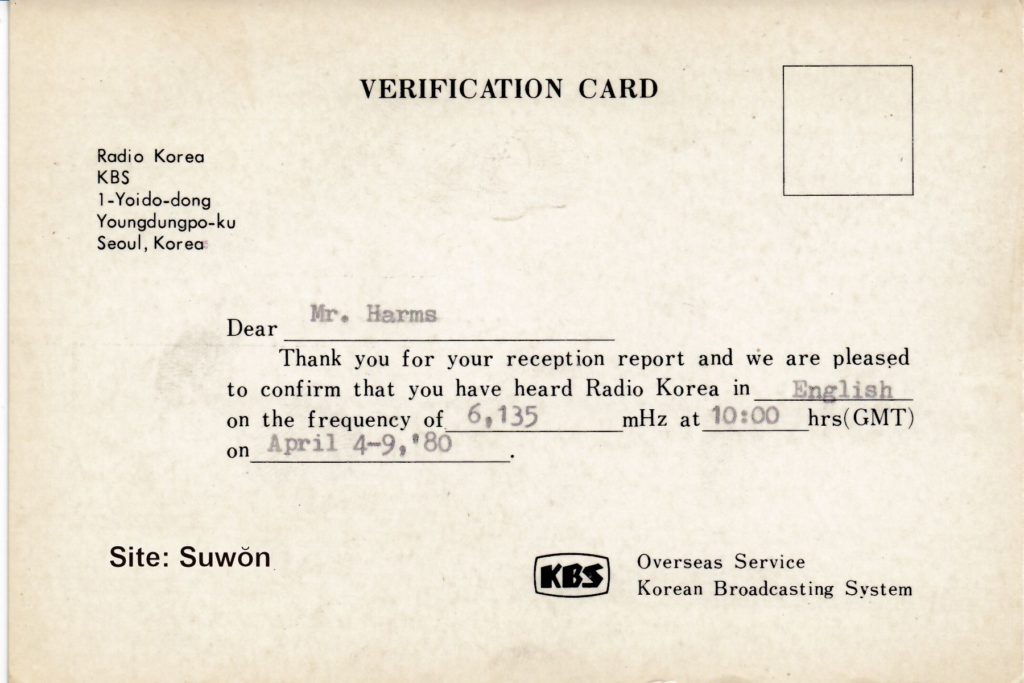
1980 04 – Kimje 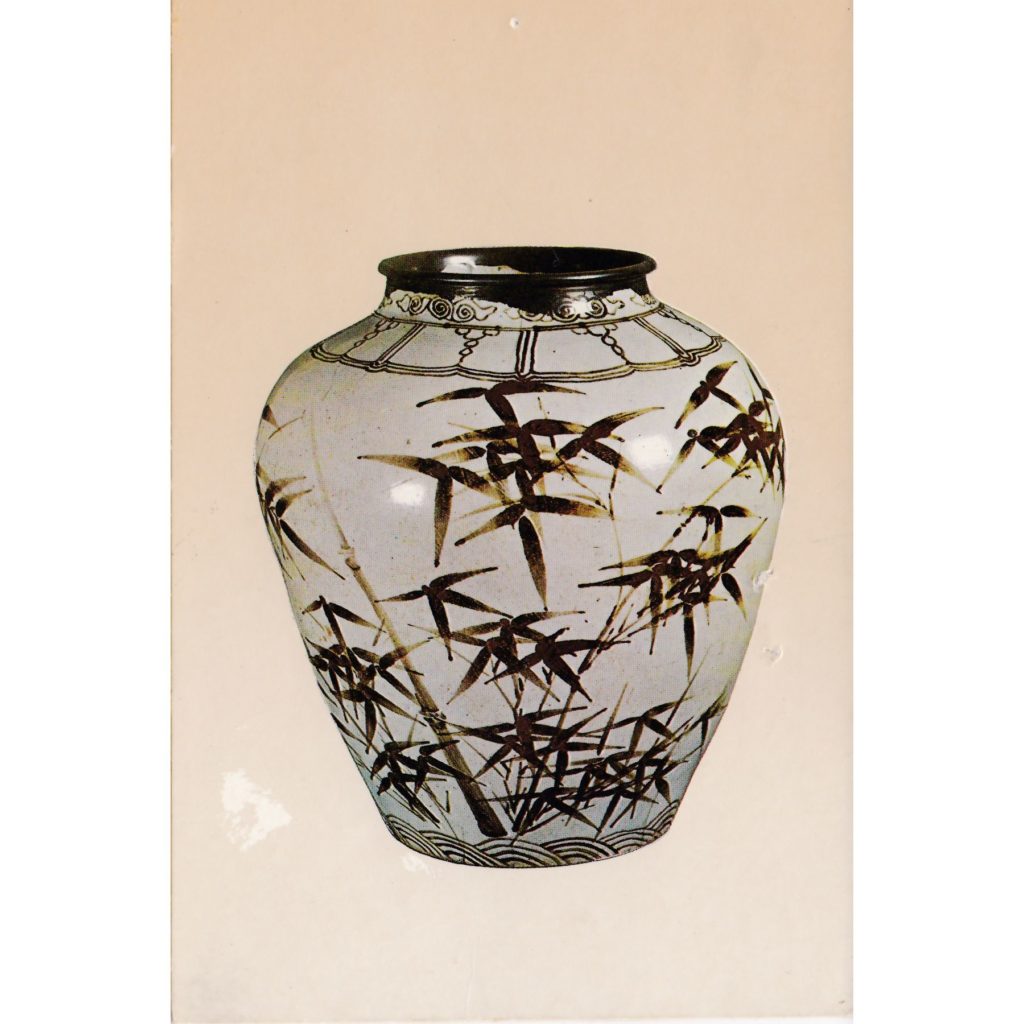
1981 10 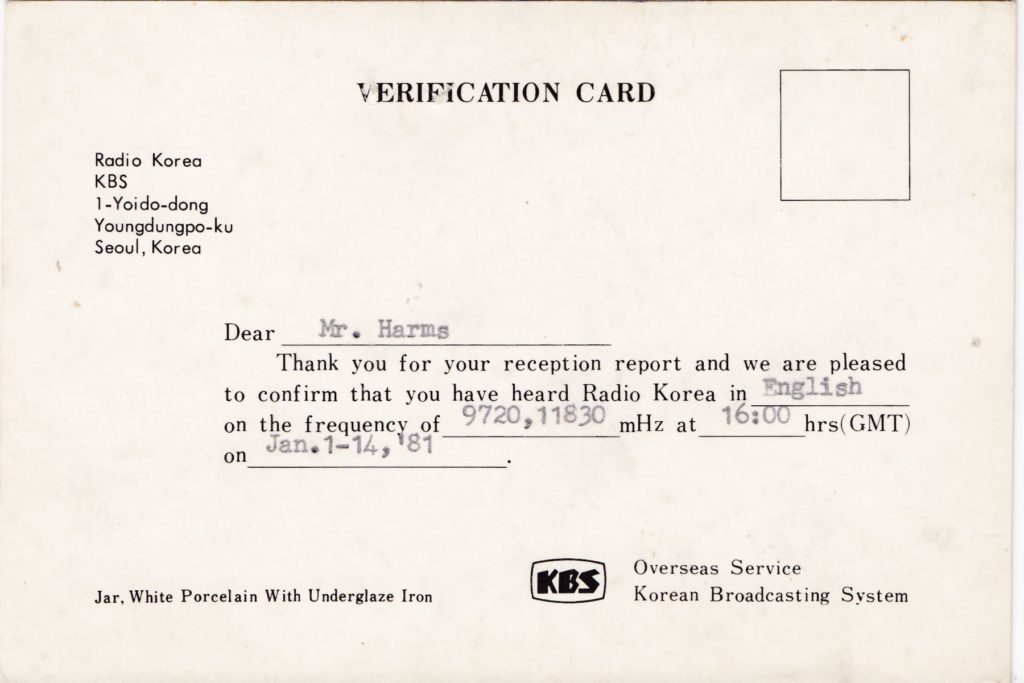
1981 10 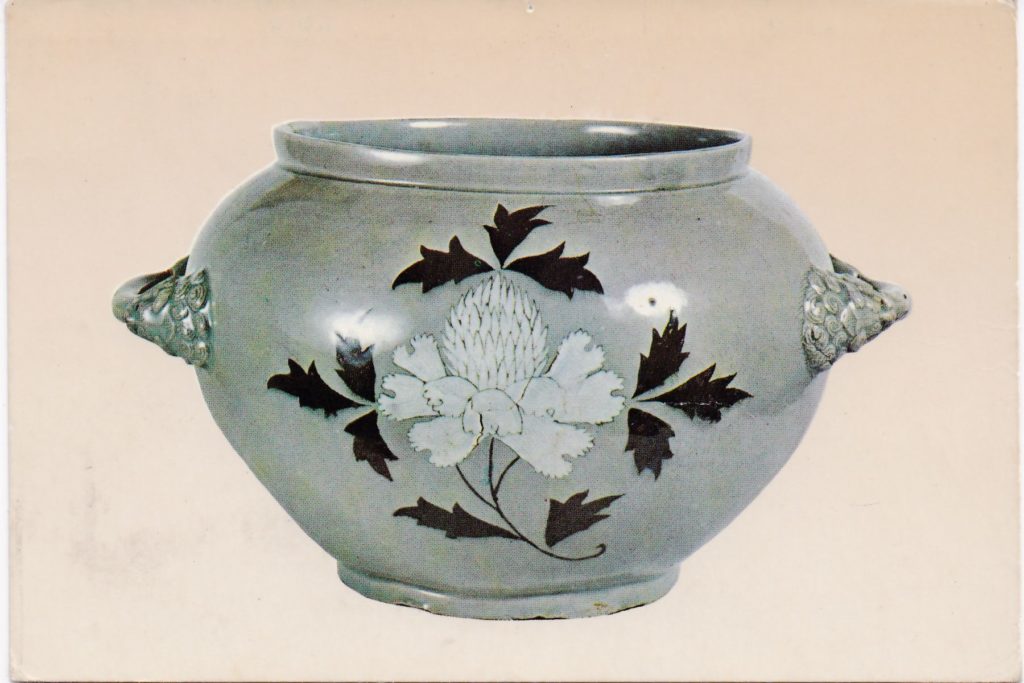
1981 11 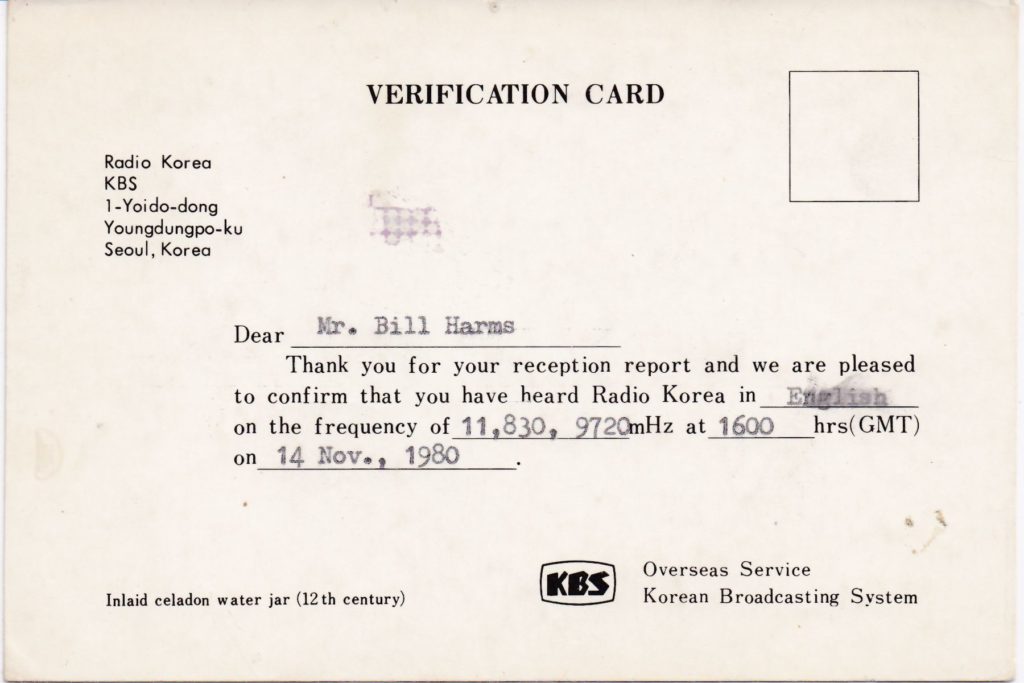
1981 11 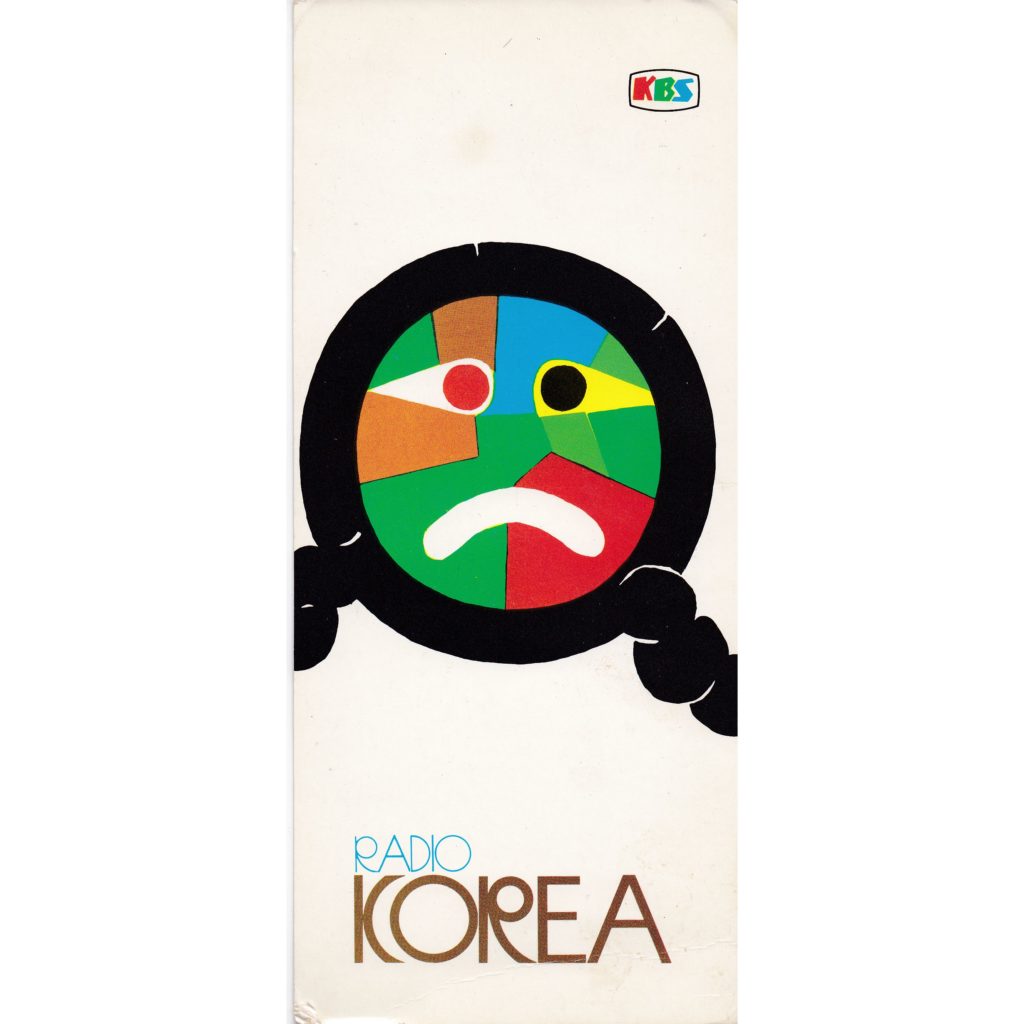
1982 2 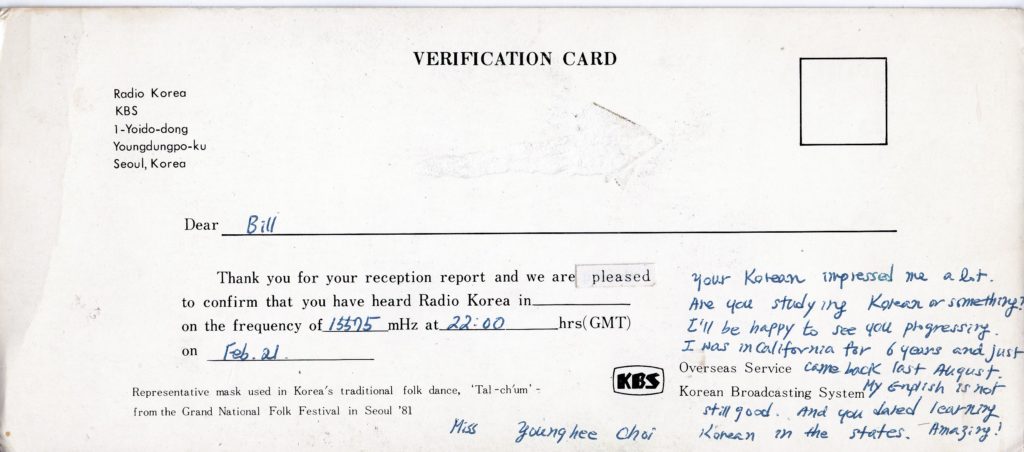
1982 2 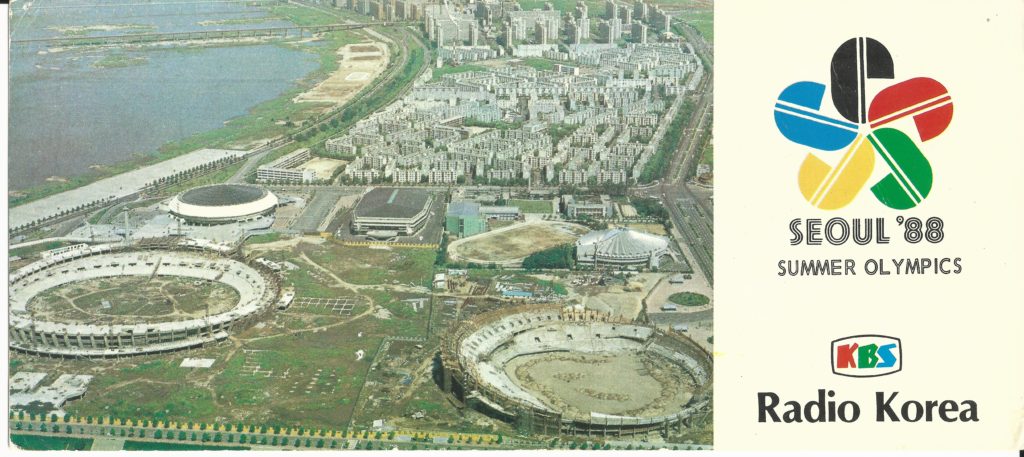
1982 3 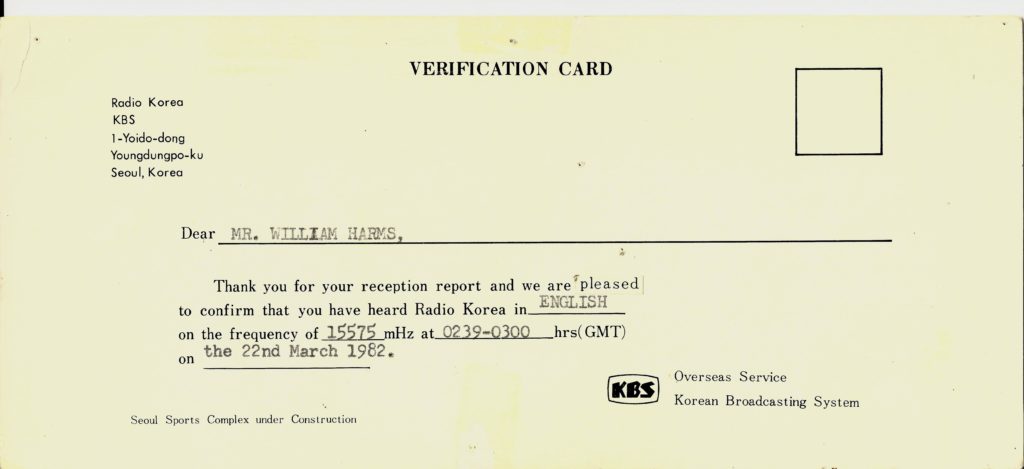
1982 3 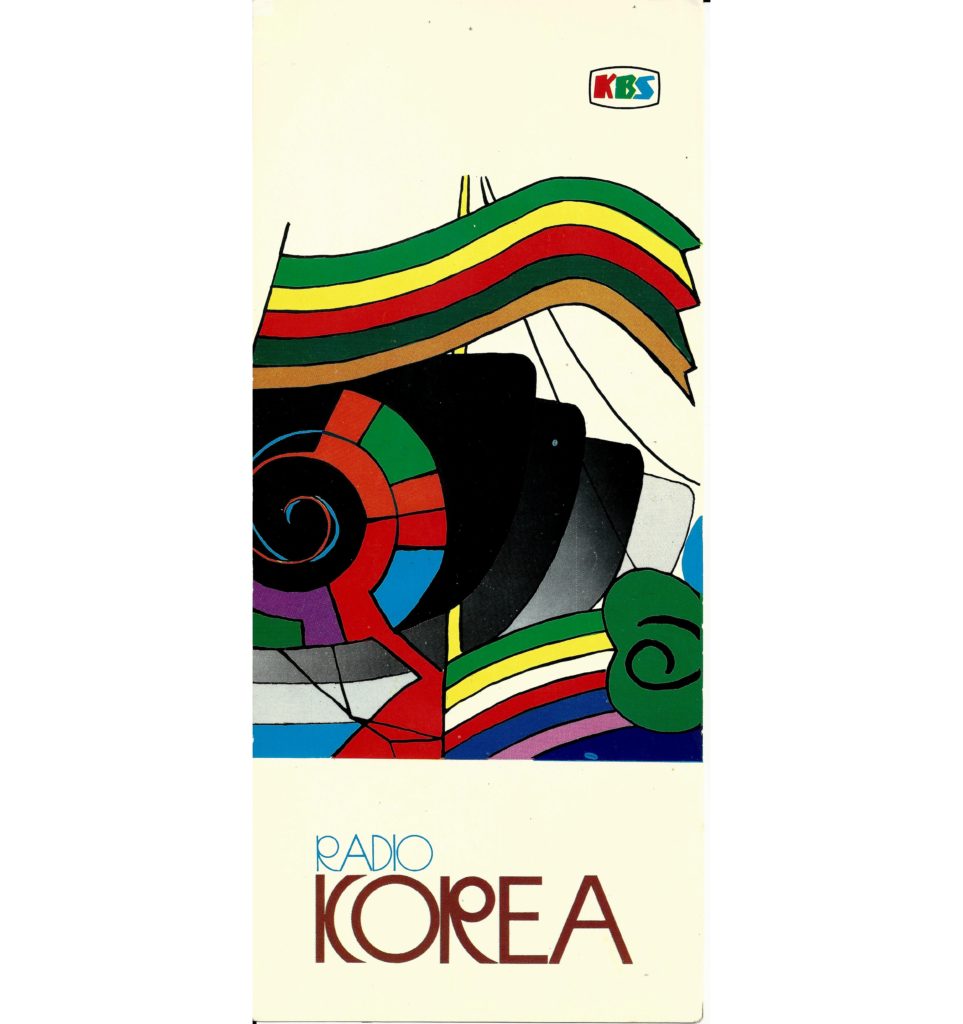
1982 4 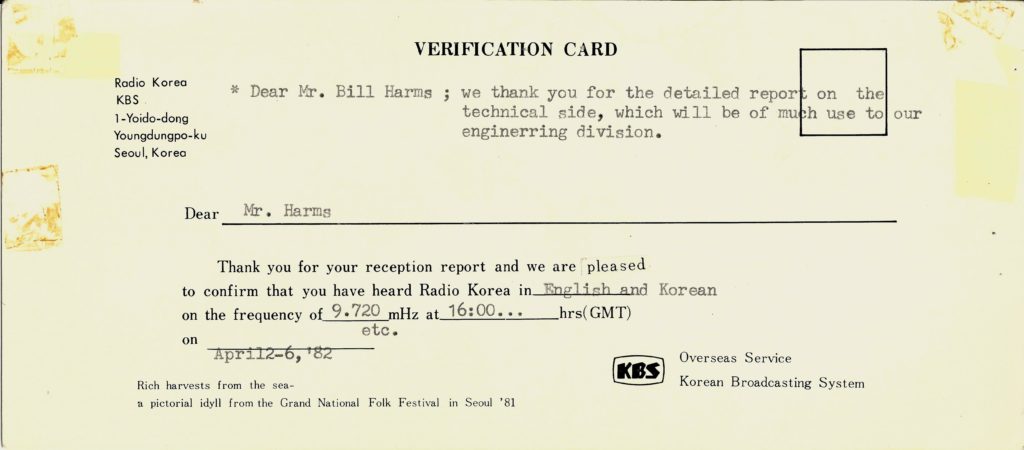
1982 4 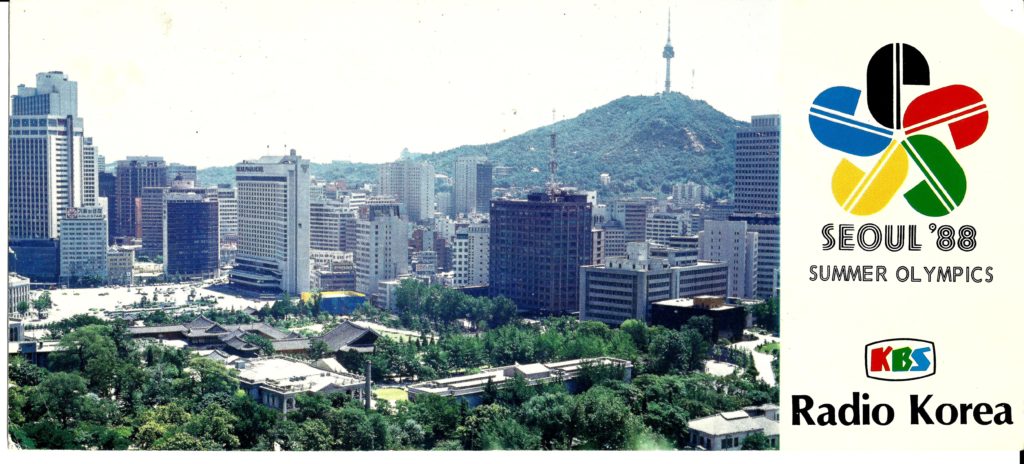
1982 4 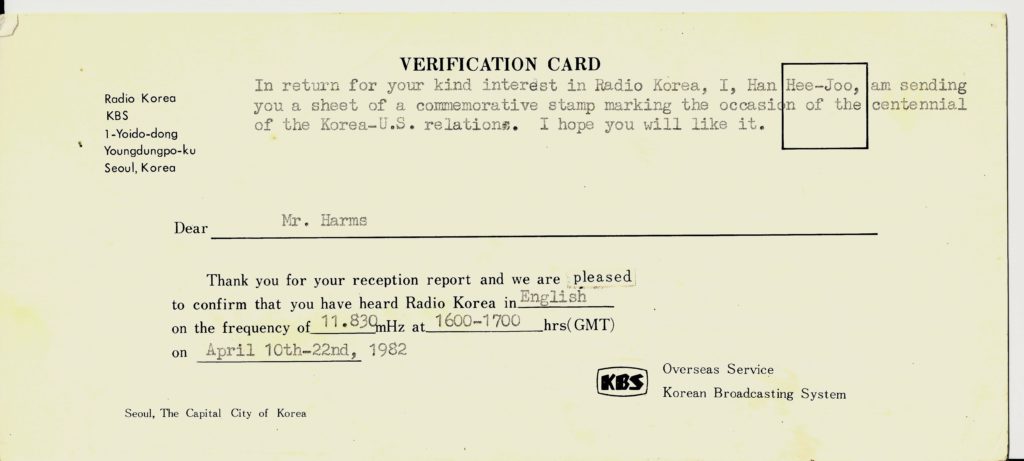
1982 4 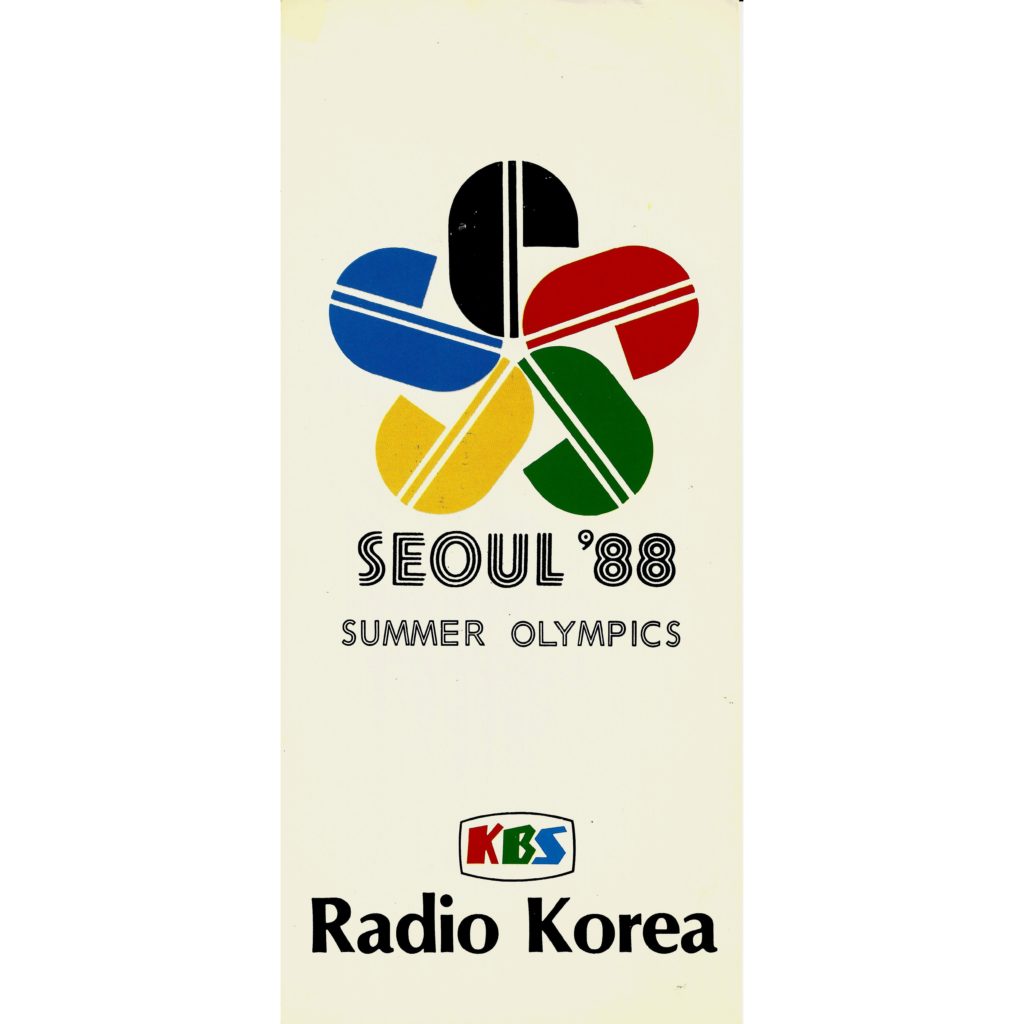
1982 7 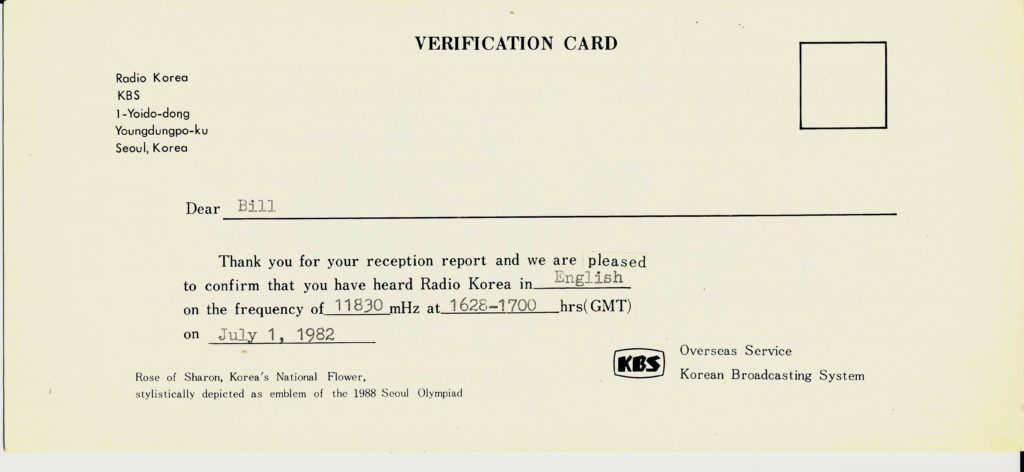
1982 7 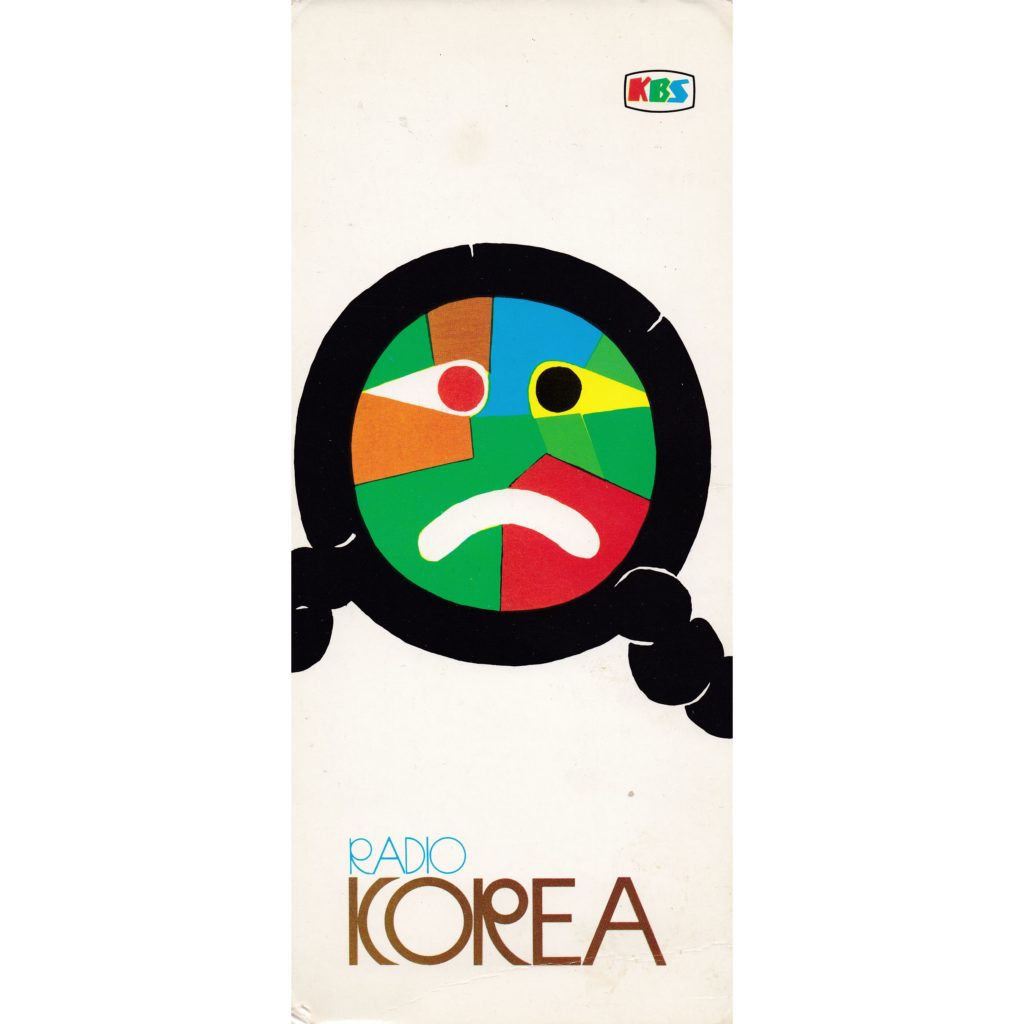
1982 9 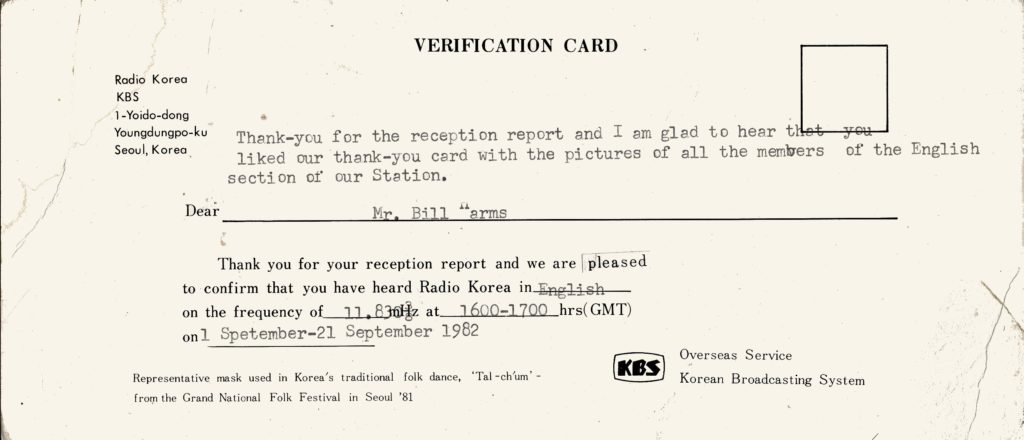
1982 9 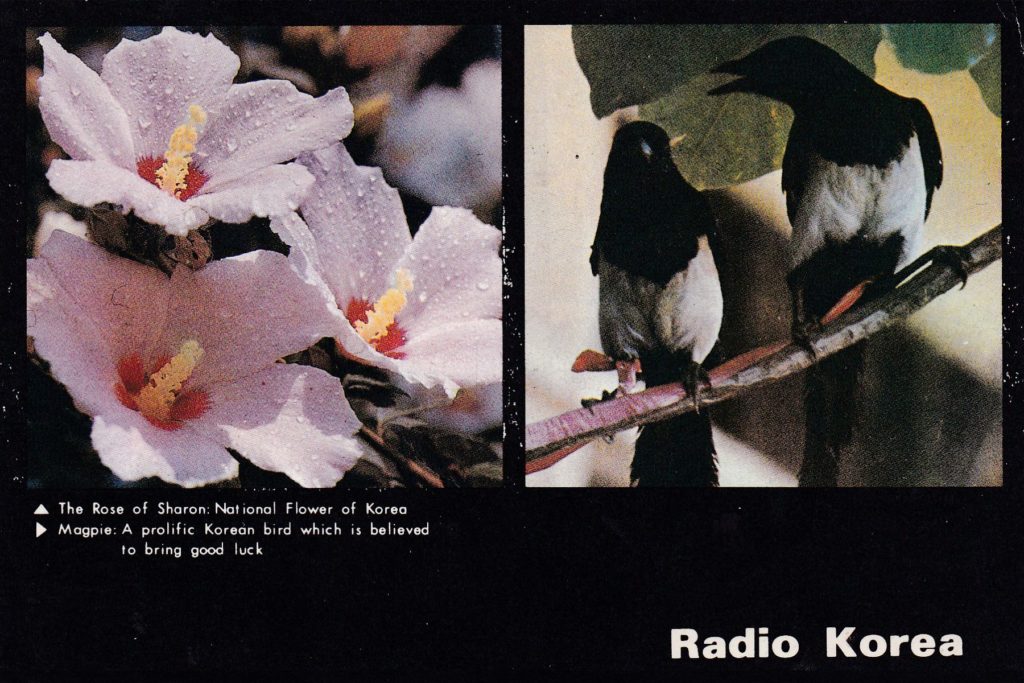
1983 01 – Kimje 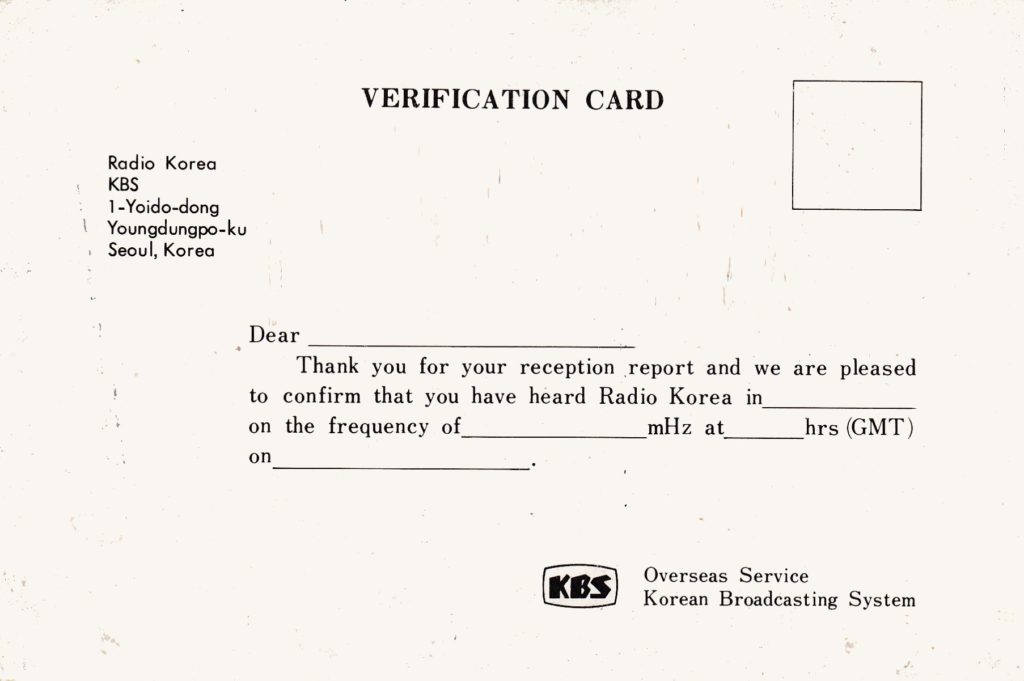
1983 01 – Kimje 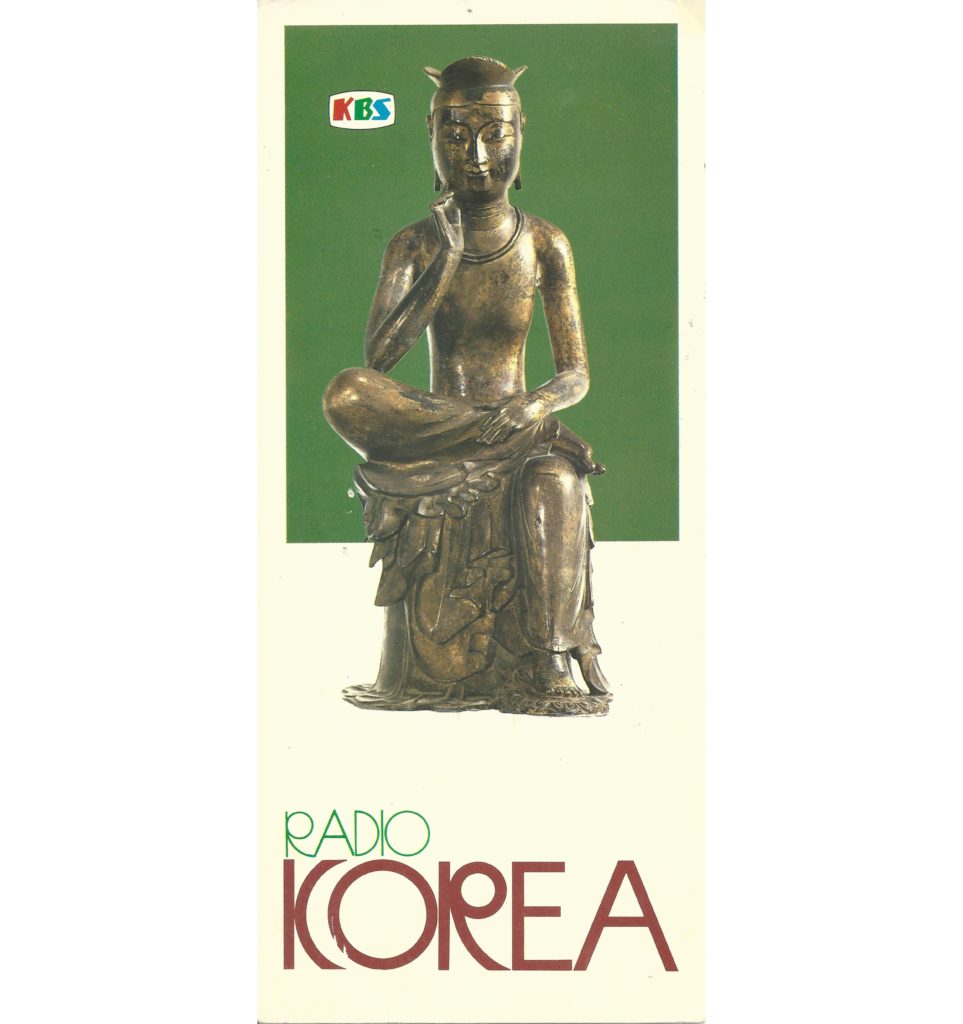
1983 3 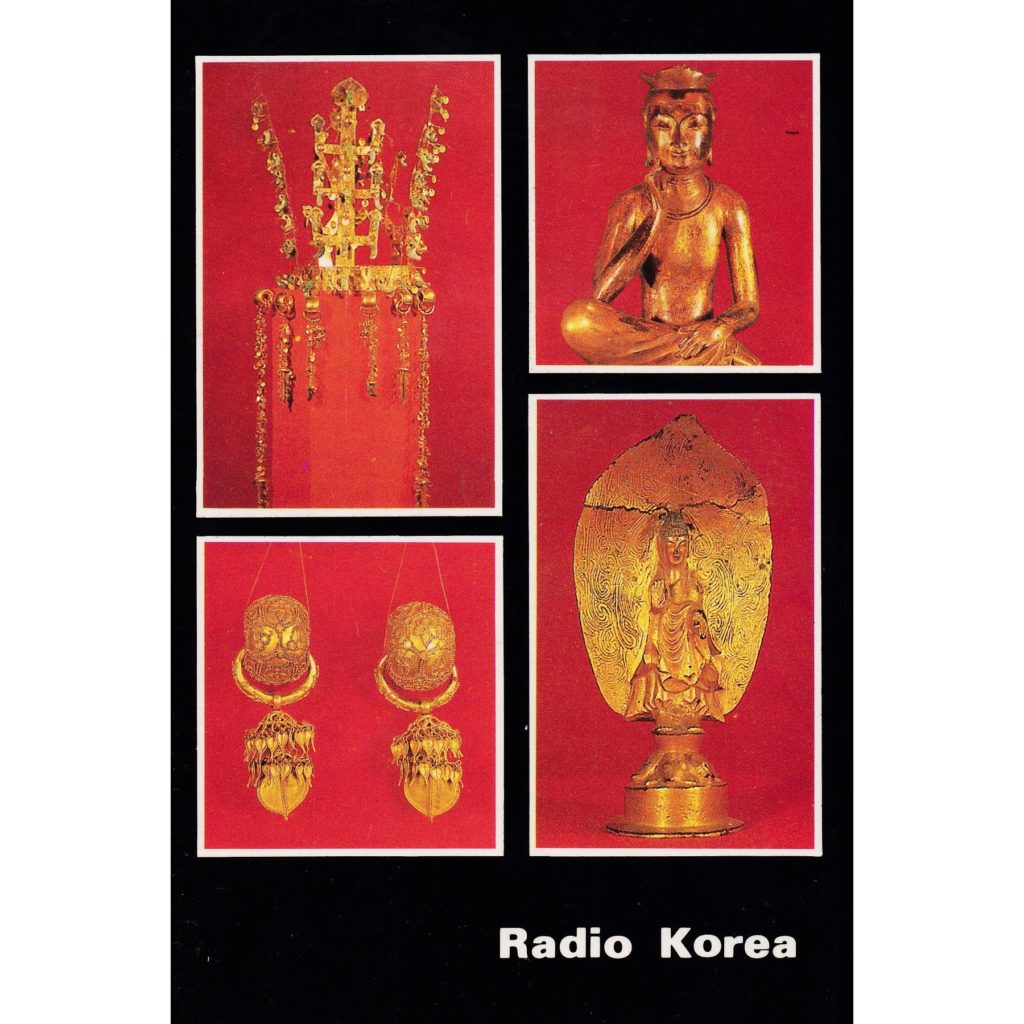
1983 04 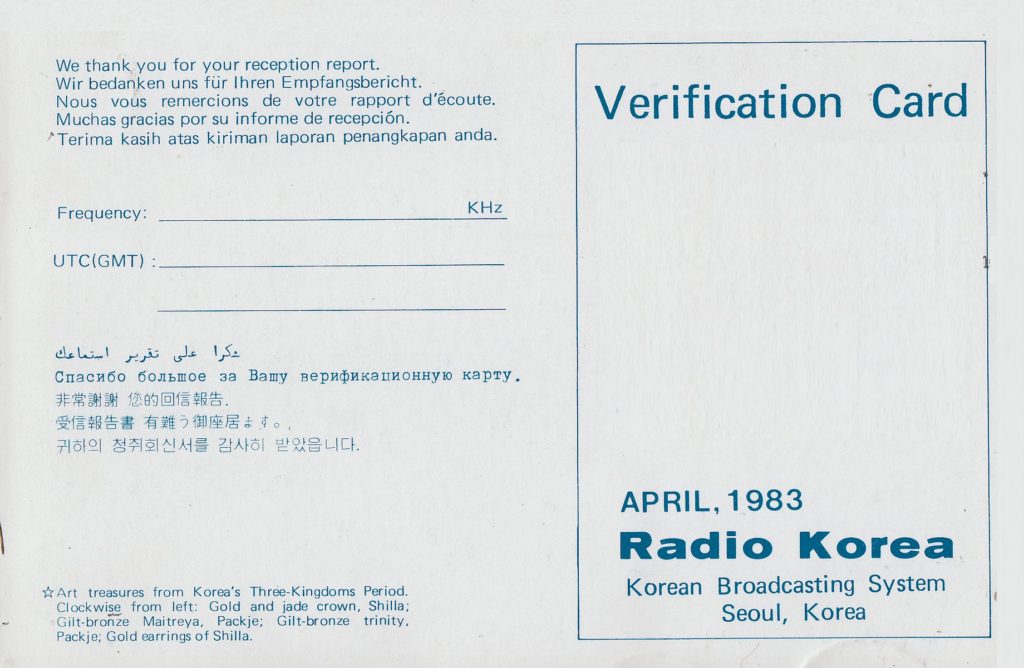
1983 04 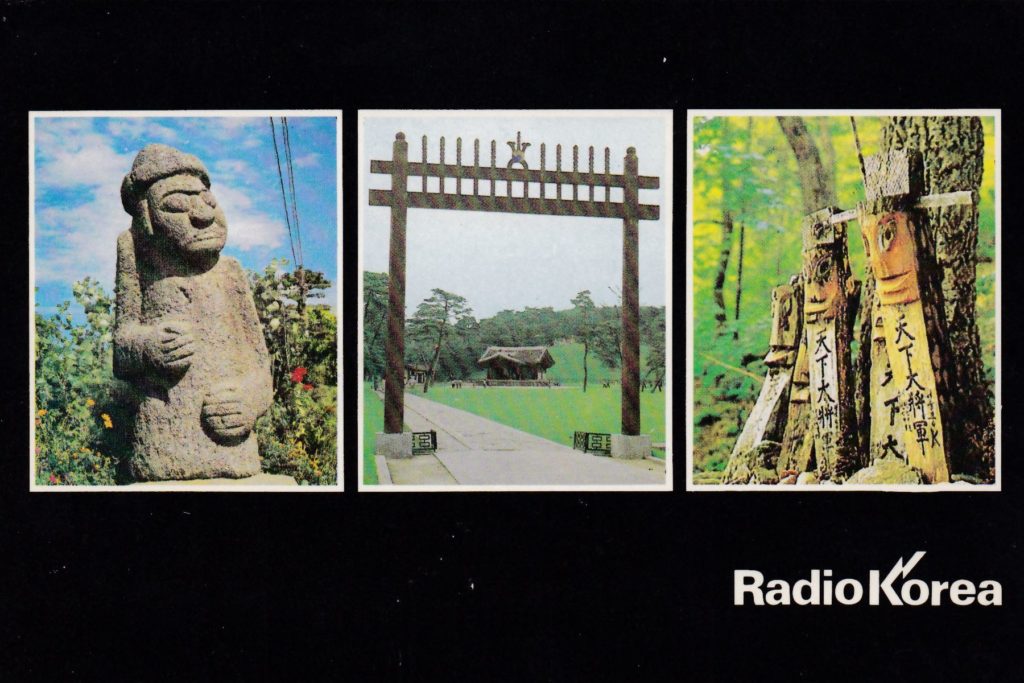
1983 07 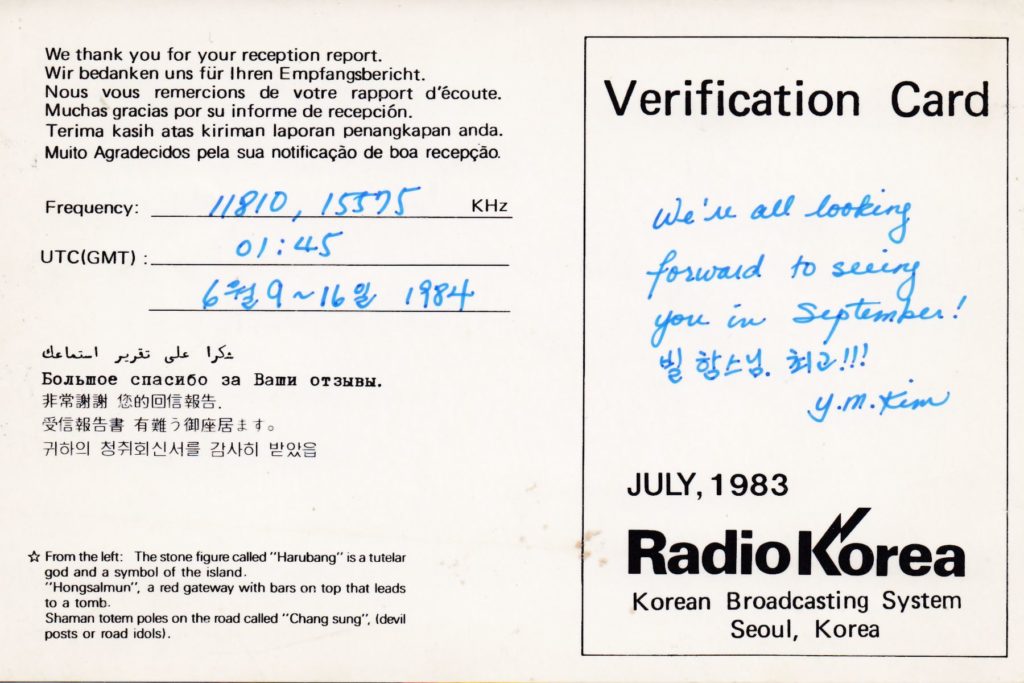
1983 07 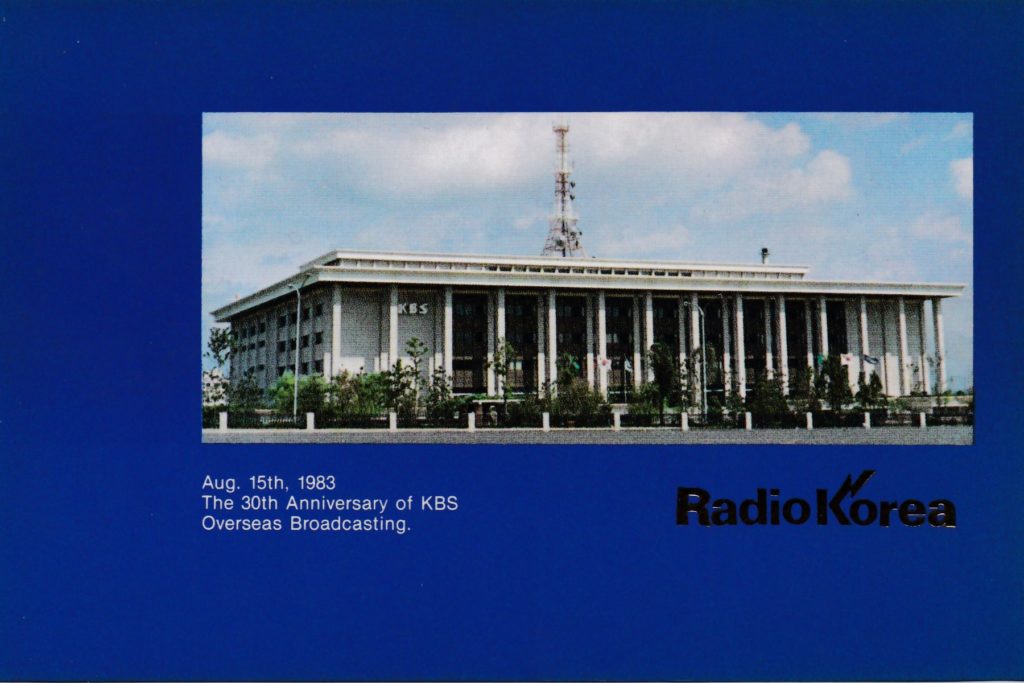
1983 08 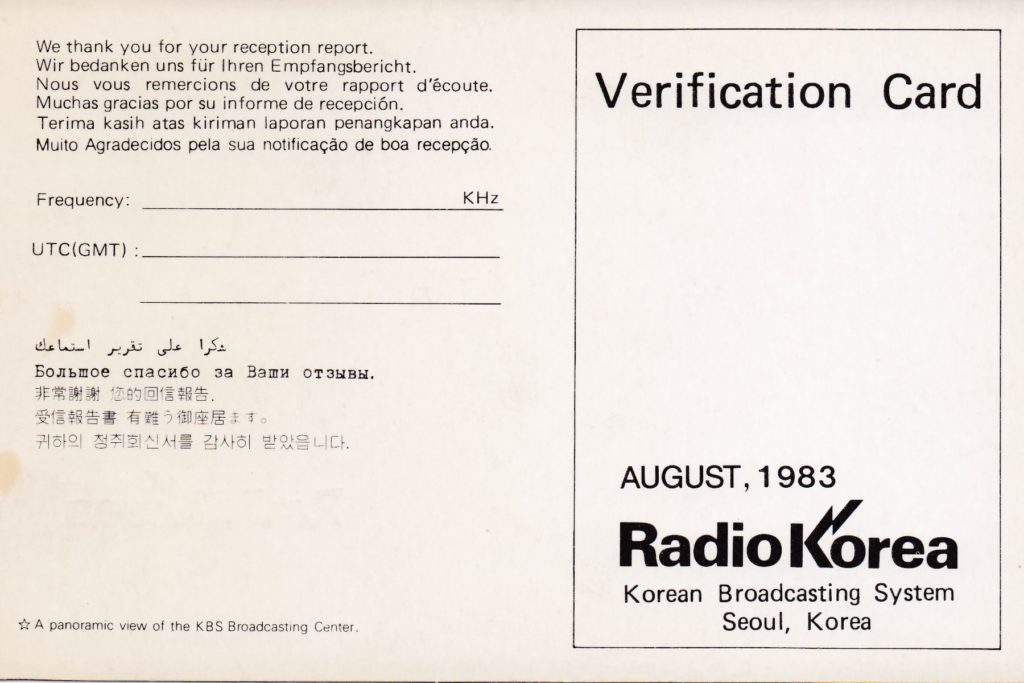
1983 08 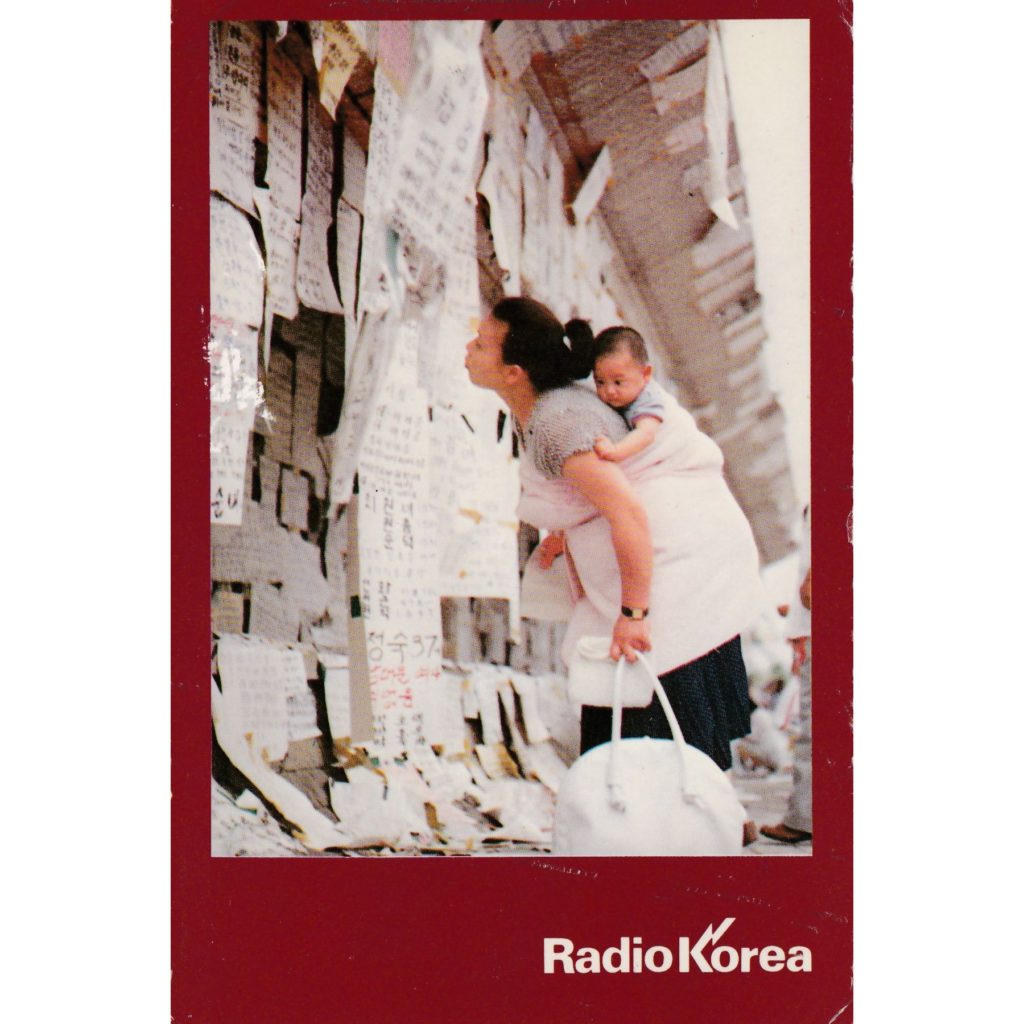
1983 10 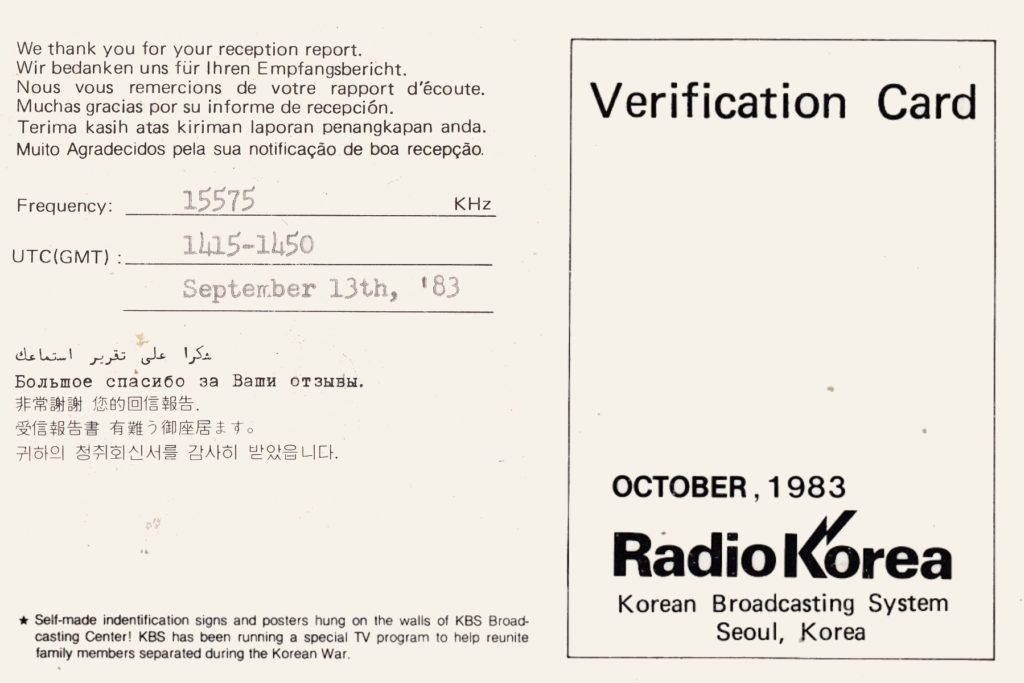
1983 10 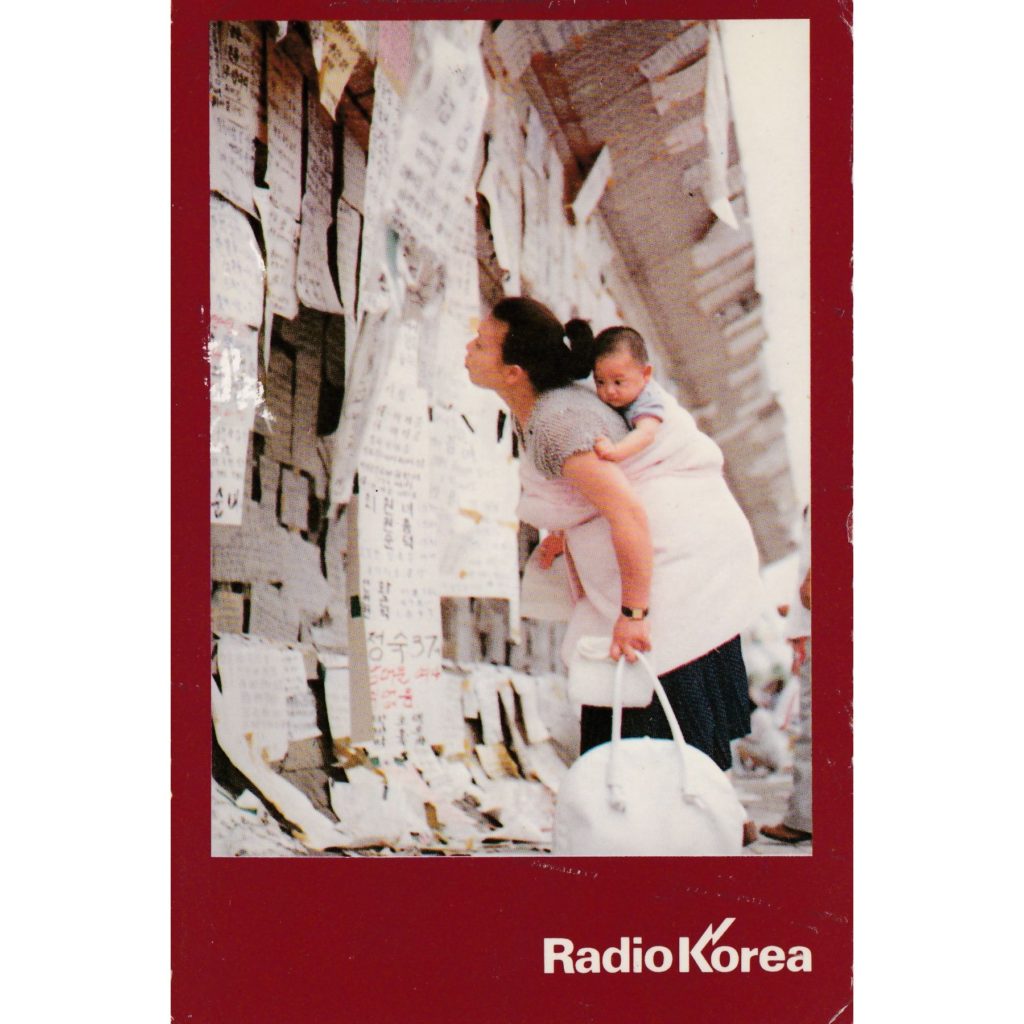
1983 10 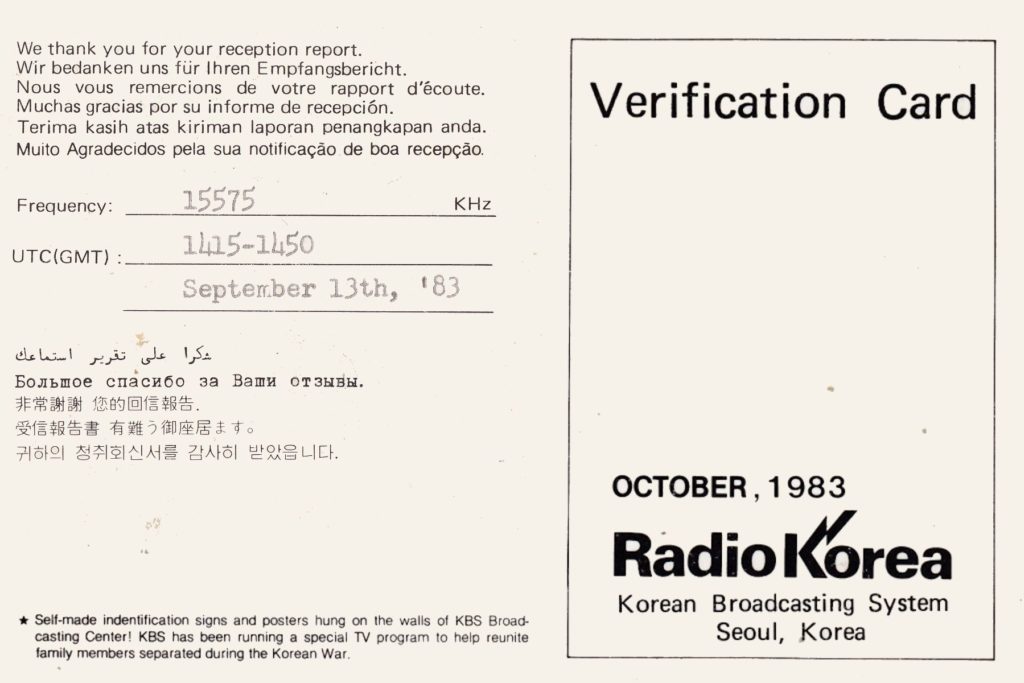
1983 10 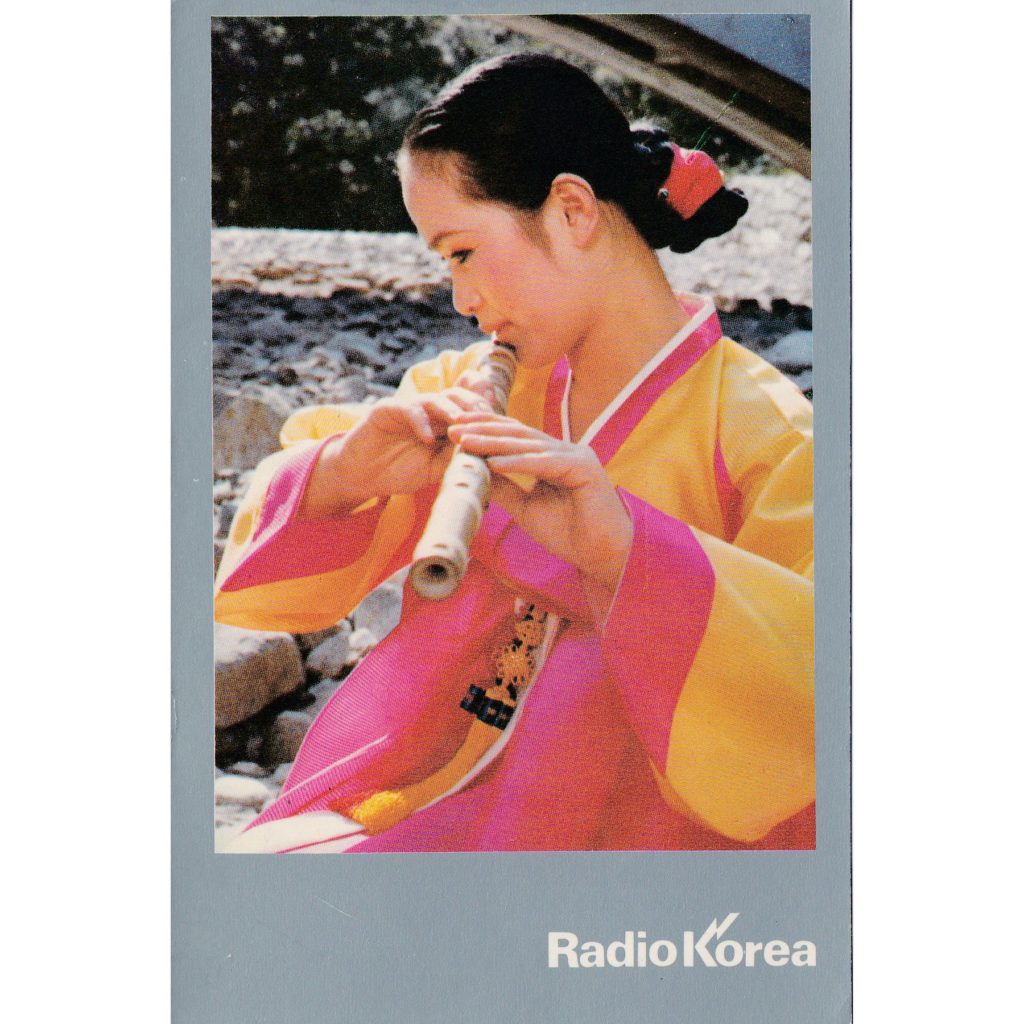
1983 11 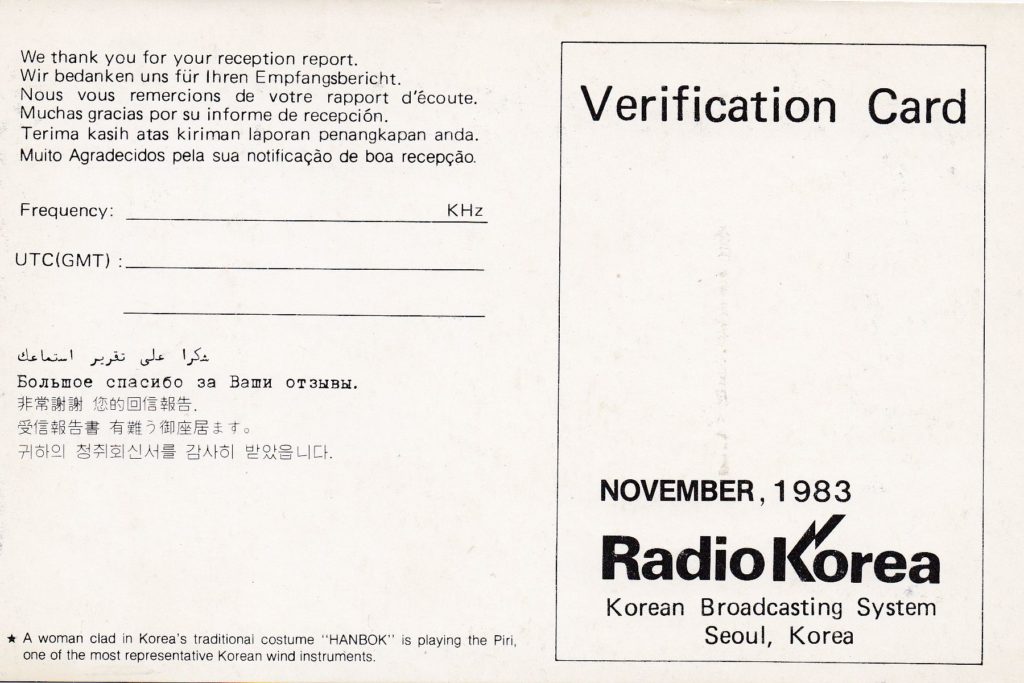
1983 11 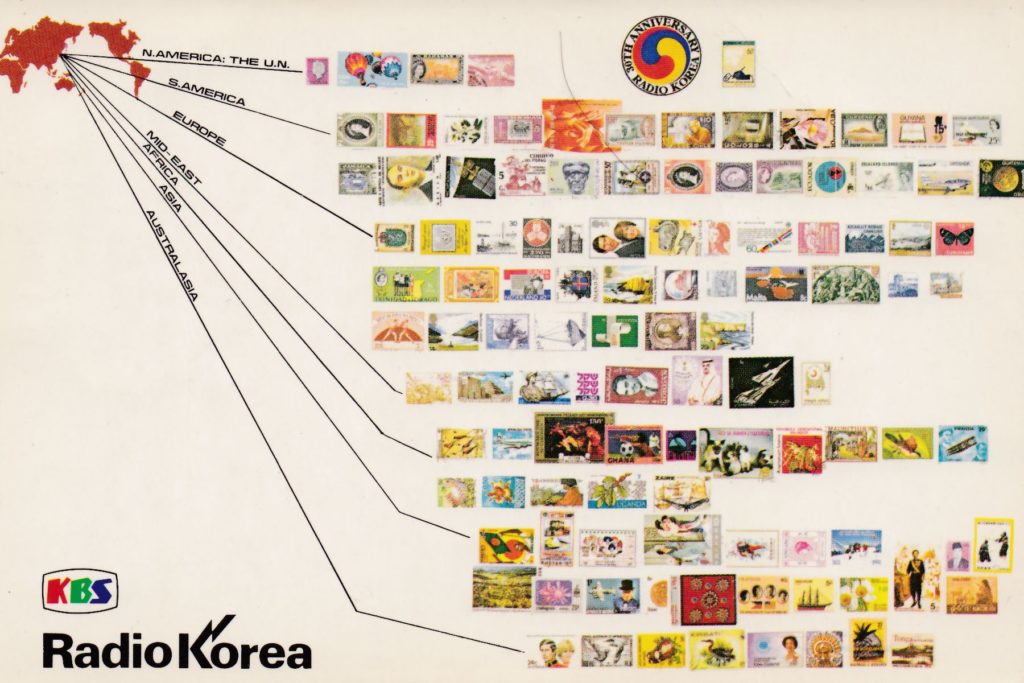
1983 11 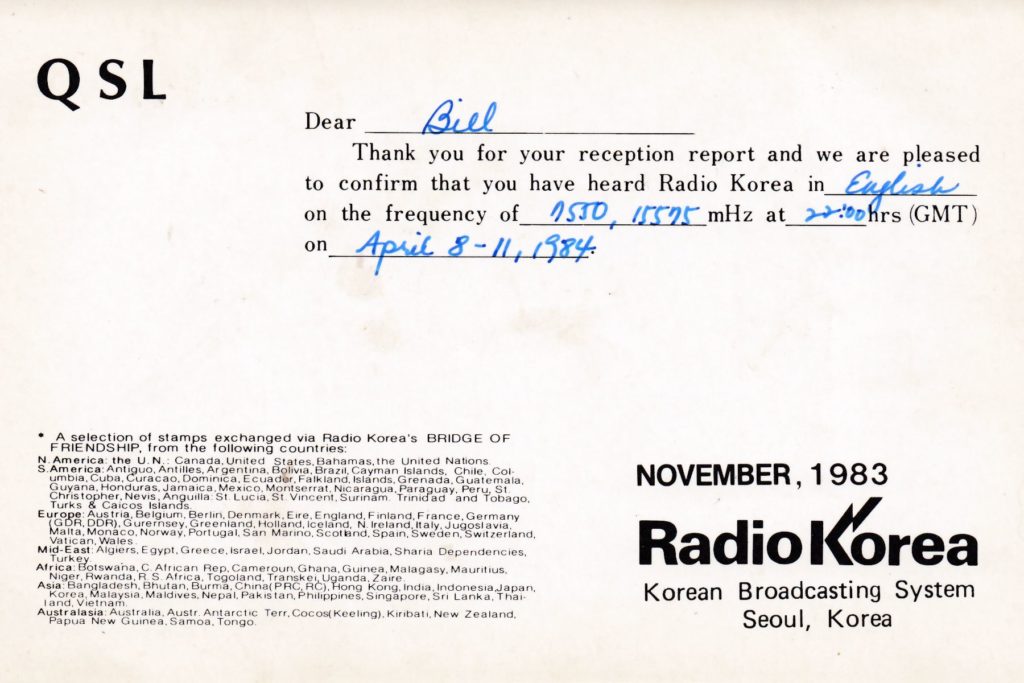
1983 11 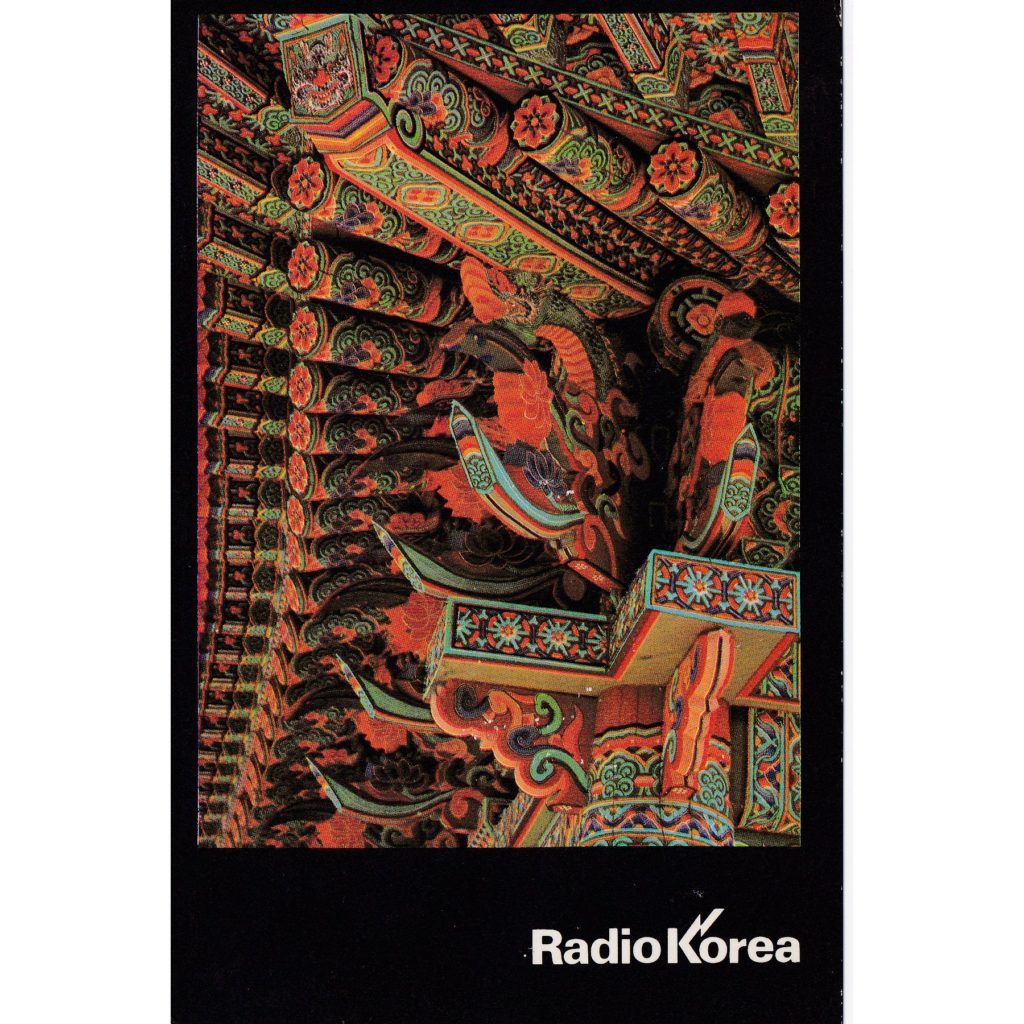
1983 12 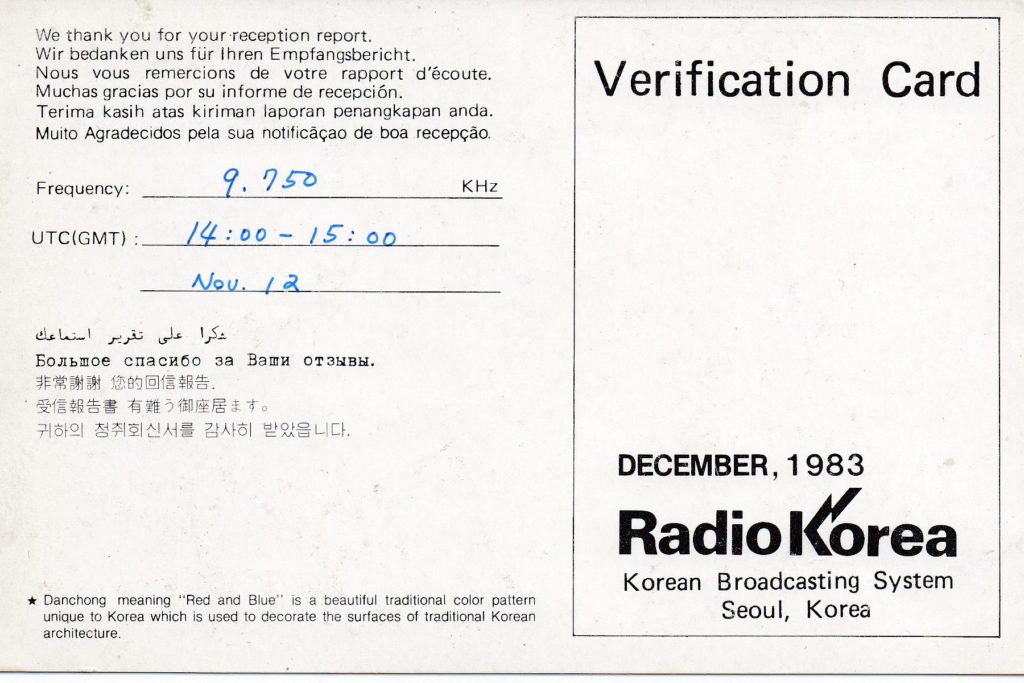
1983 12 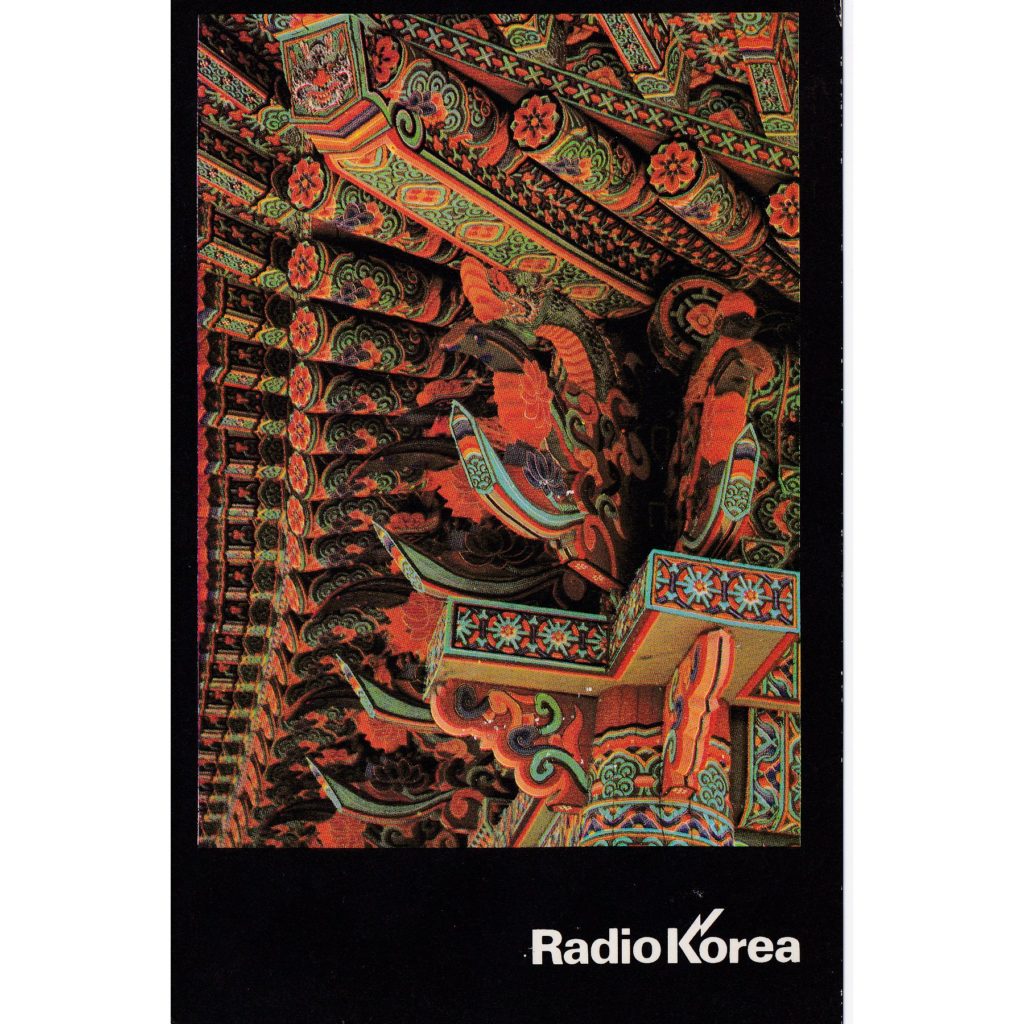
1983 12 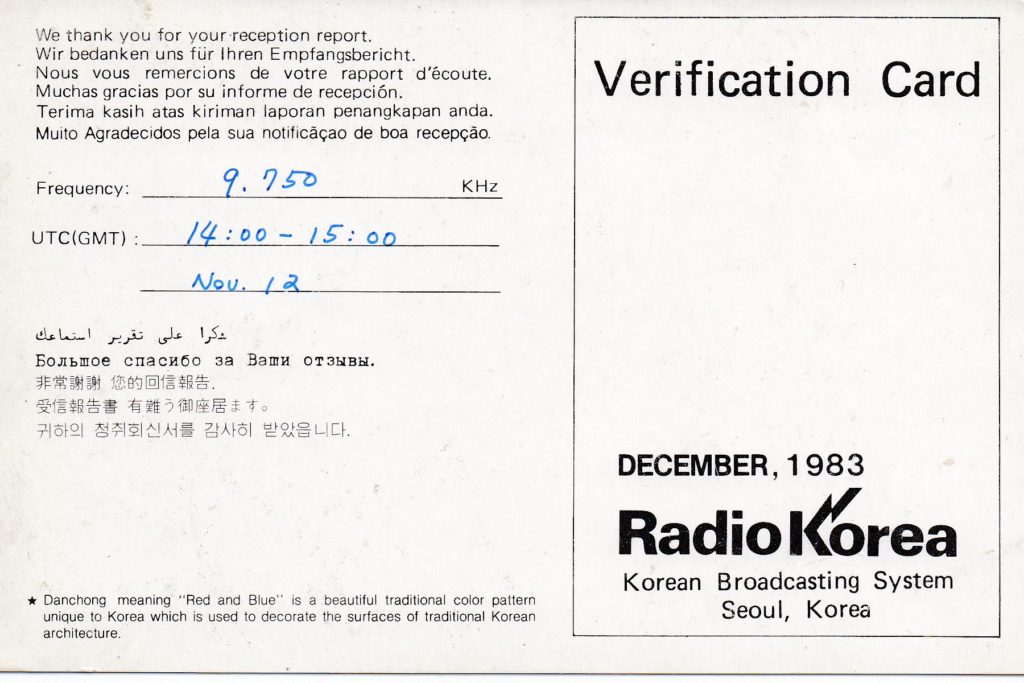
1983 12 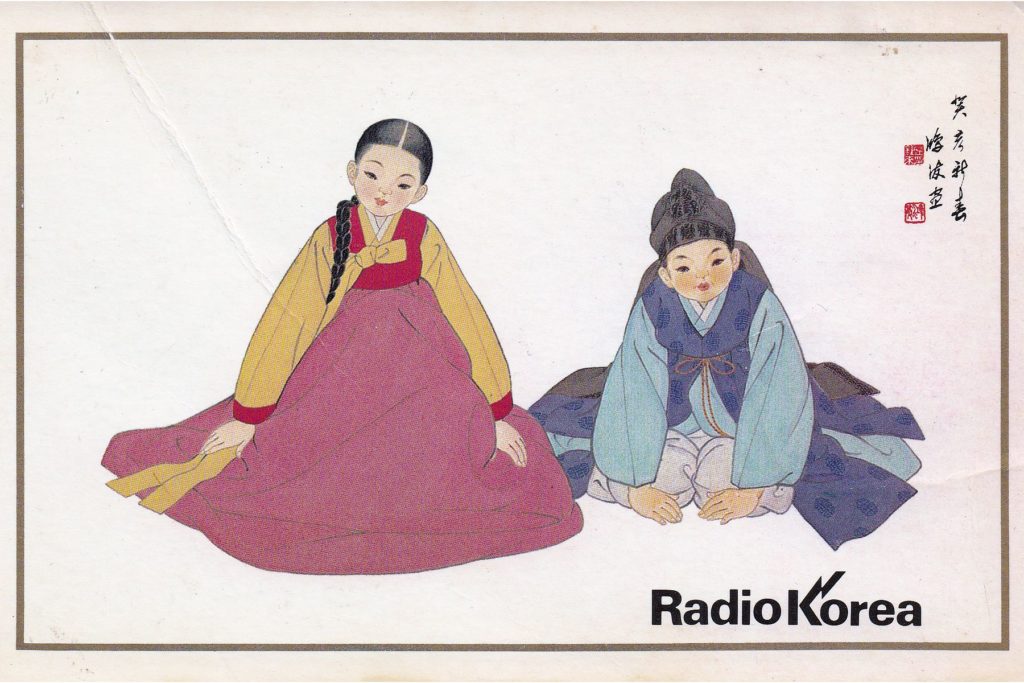
1984 01 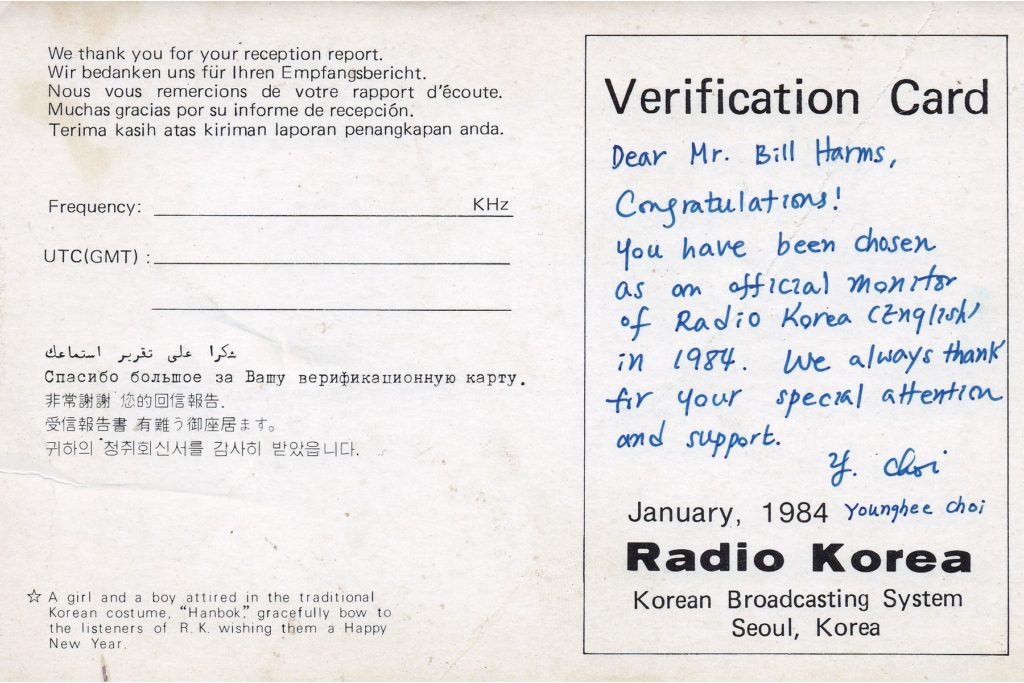
1984 01 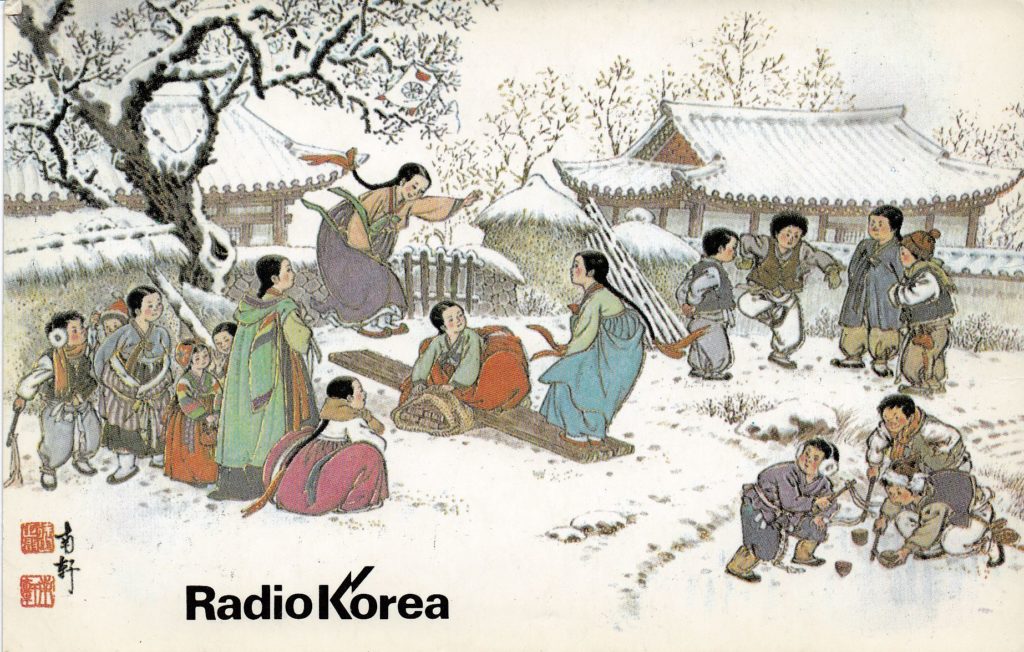
1984 02 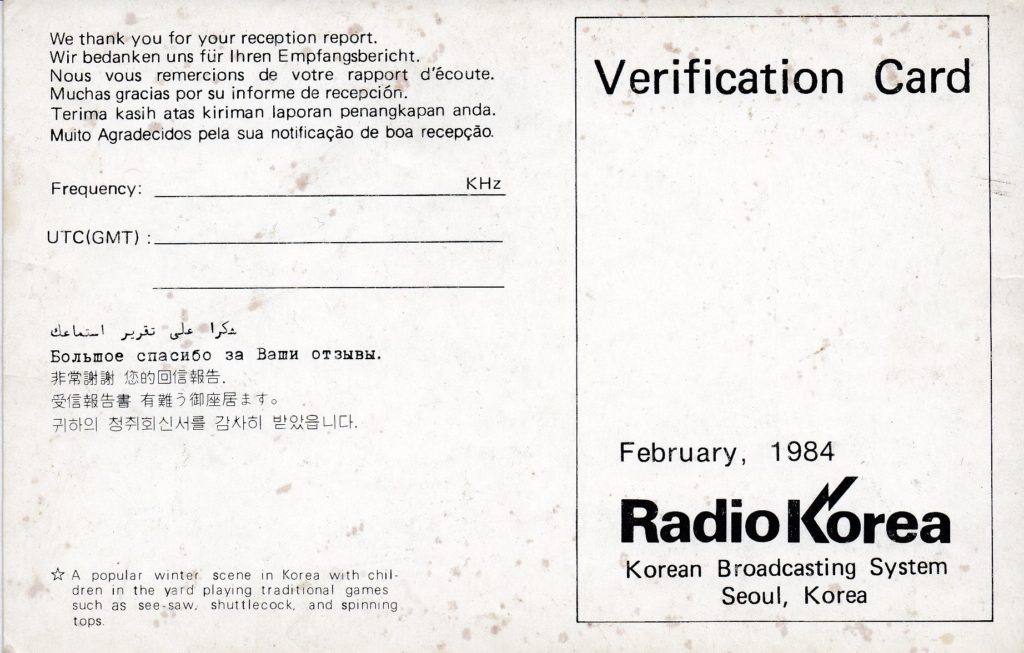
1984 02 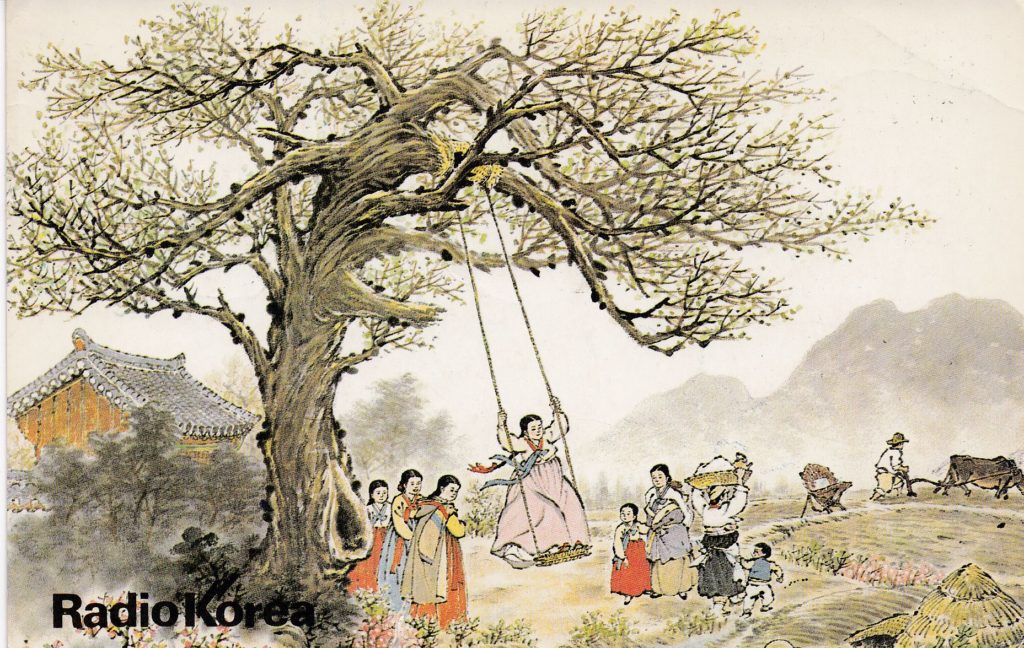
1984 03 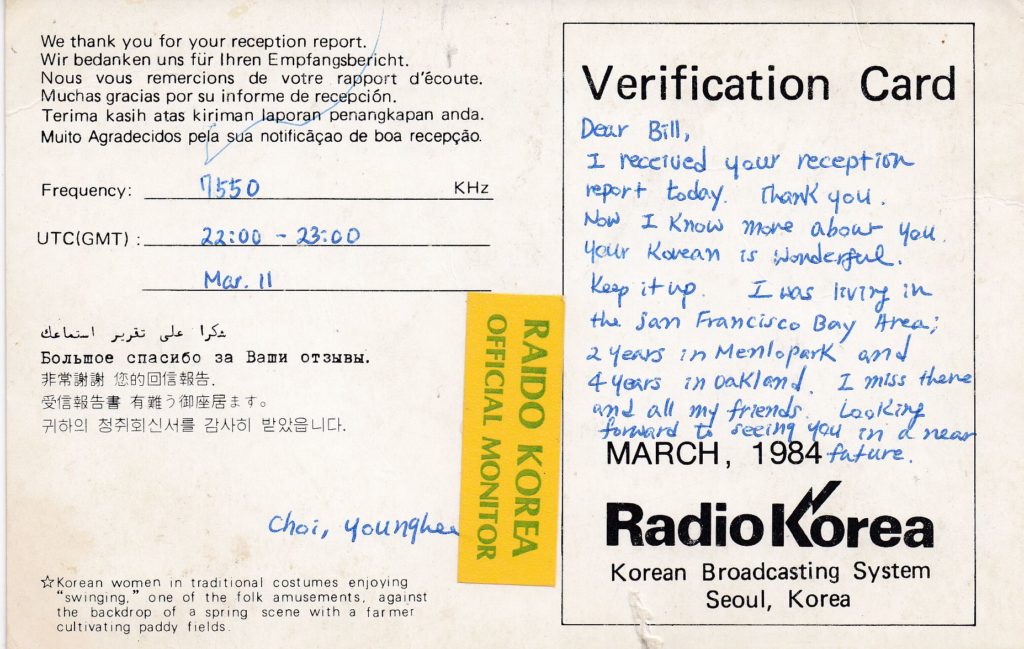
1984 03 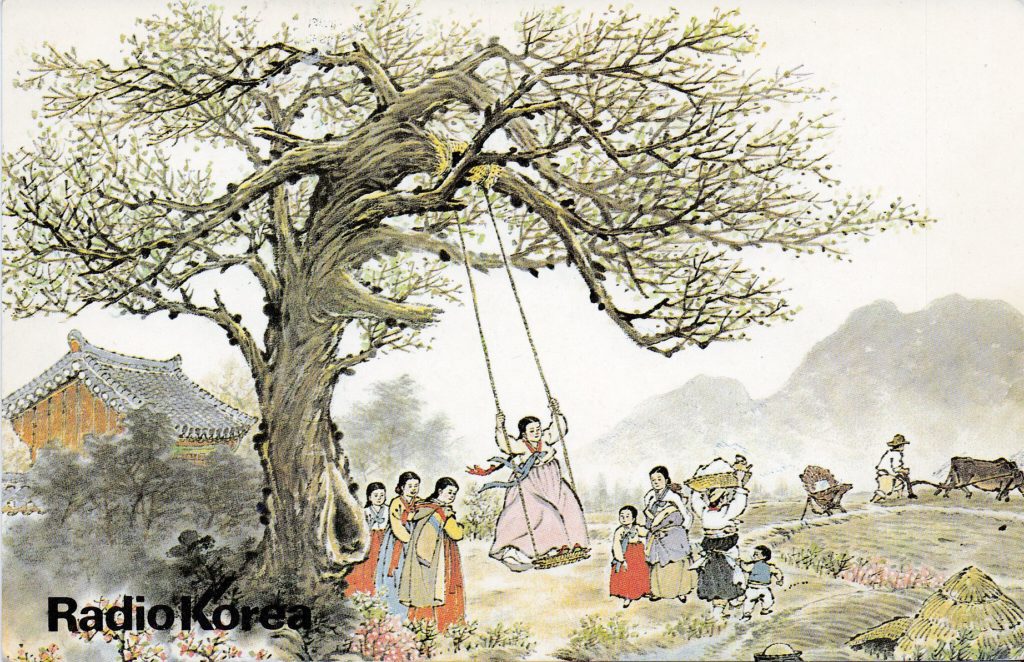
1984 03 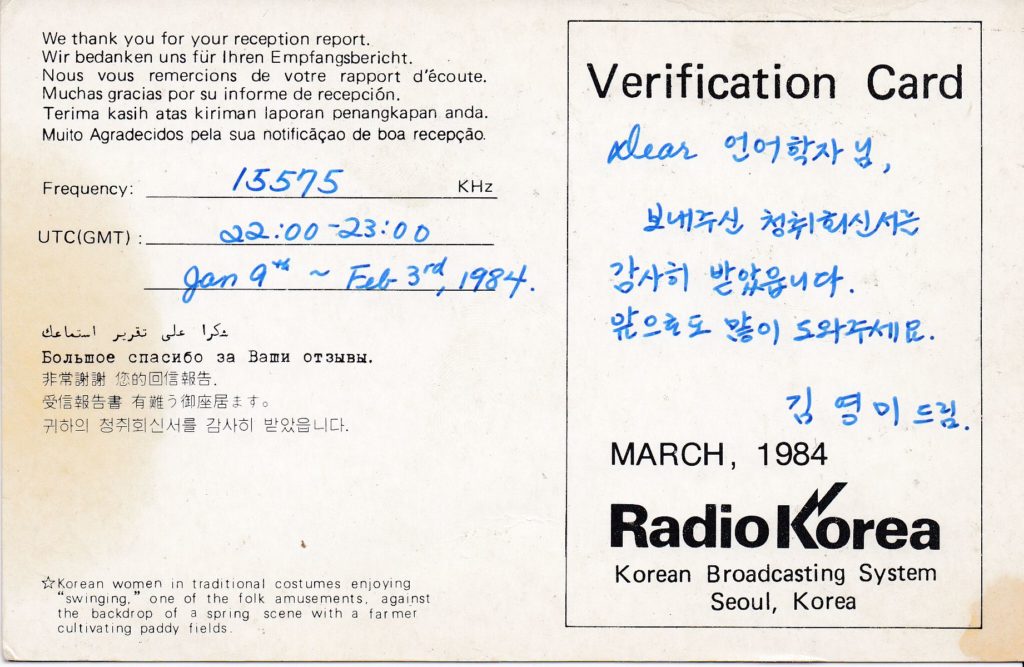
1984 03 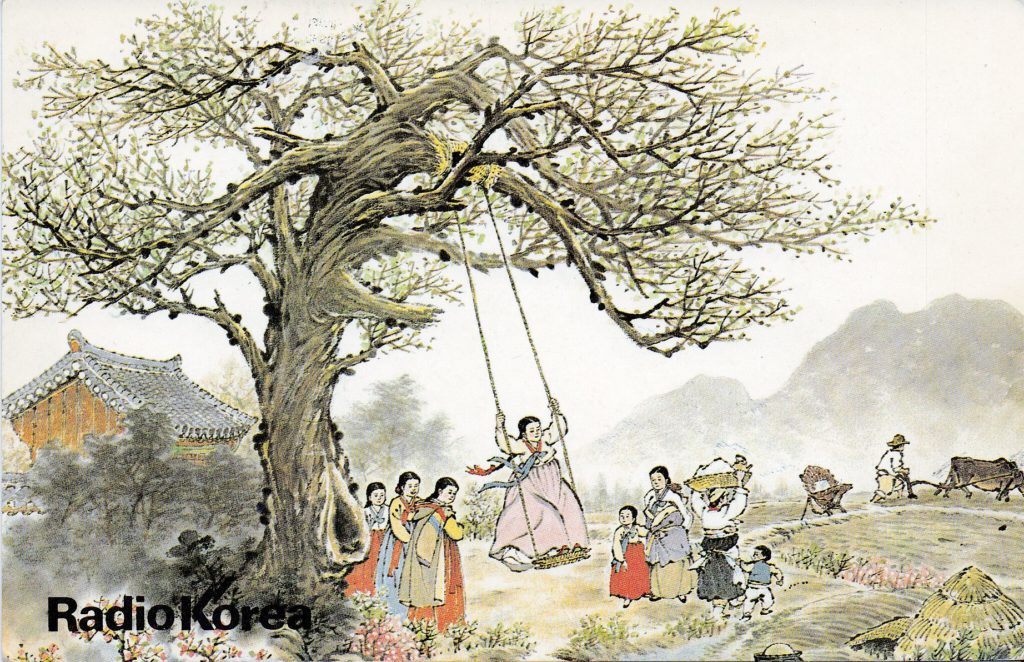
1984 03 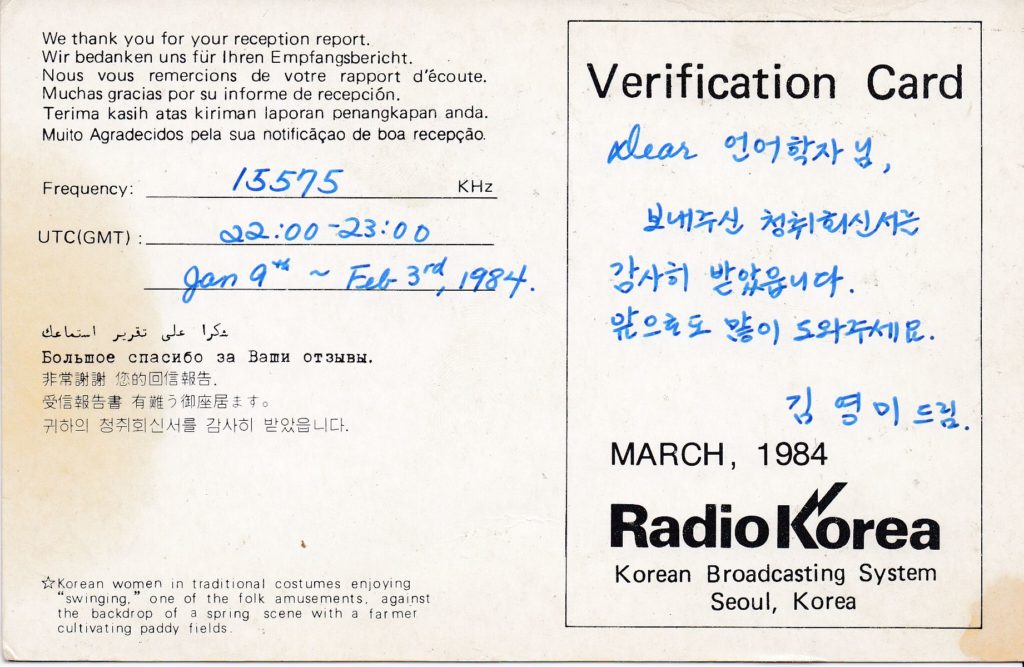
1984 03 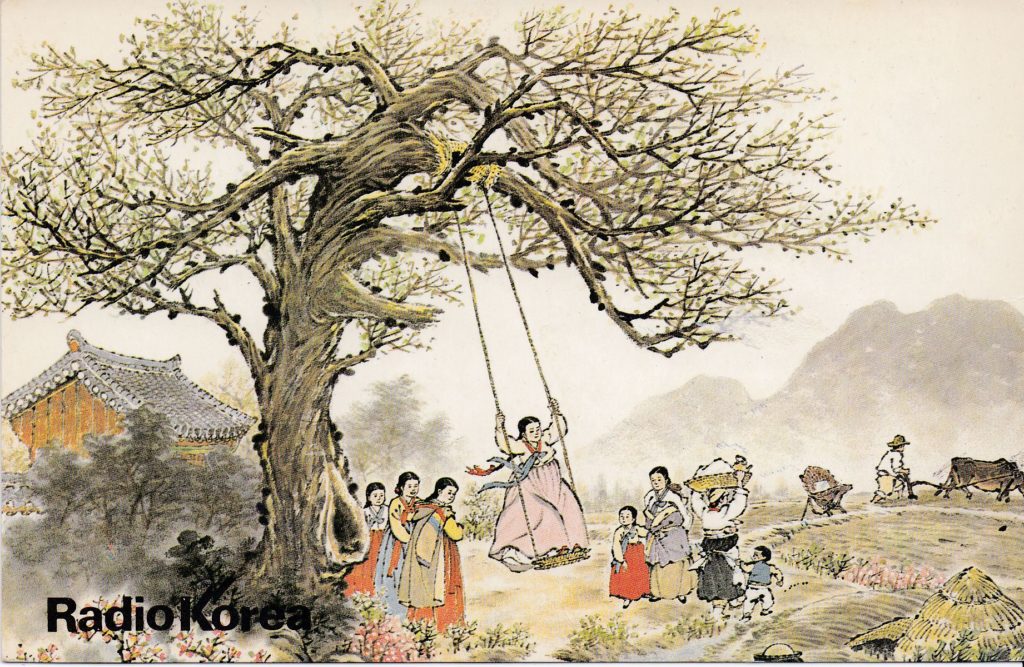
1984 03 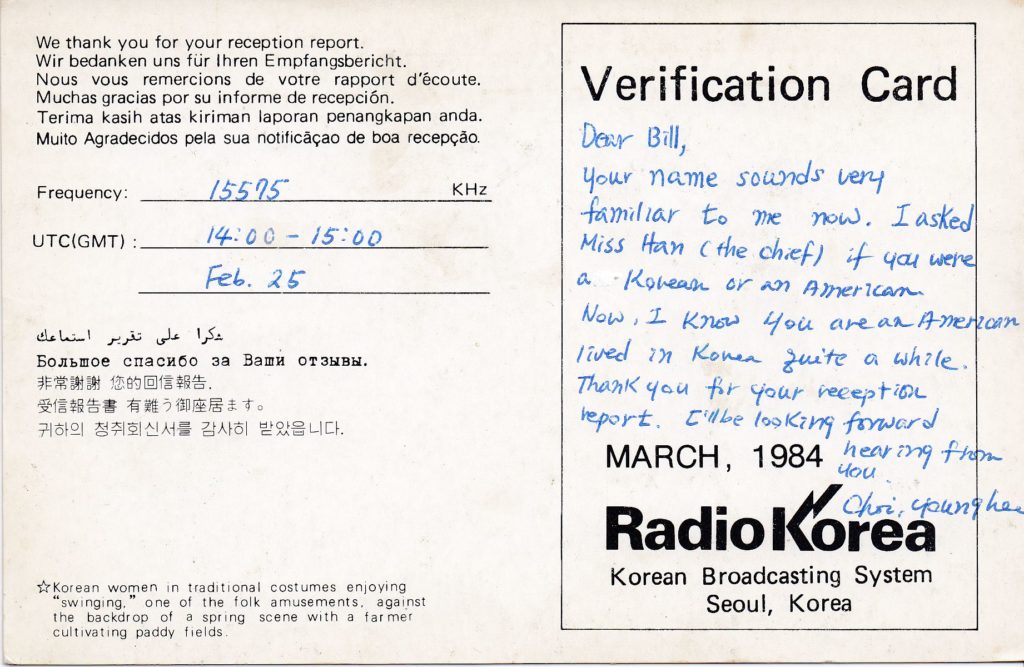
1984 03 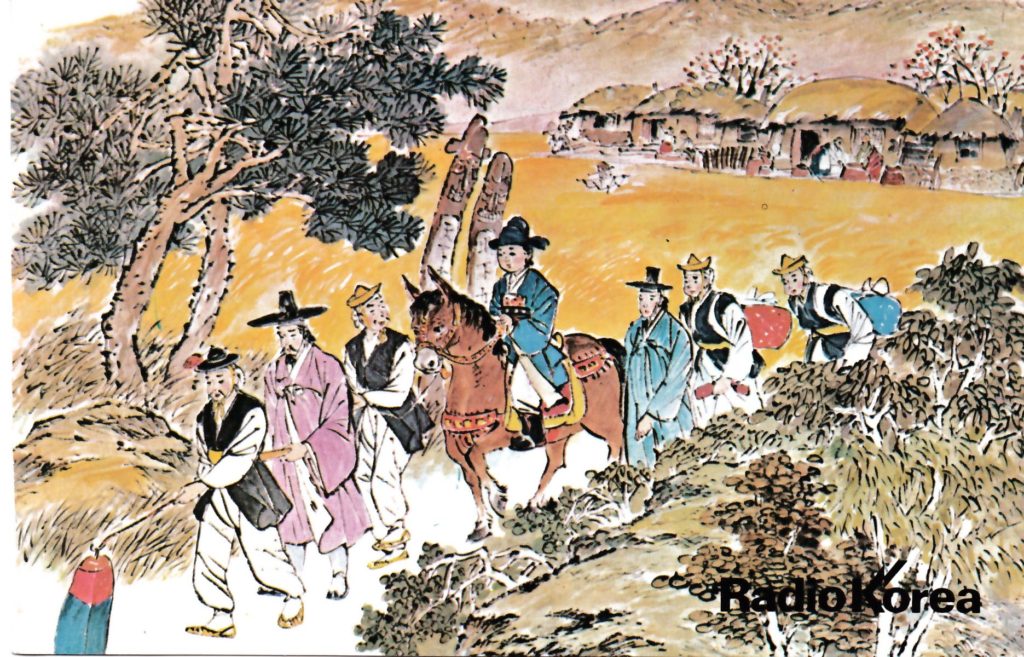
1984 04 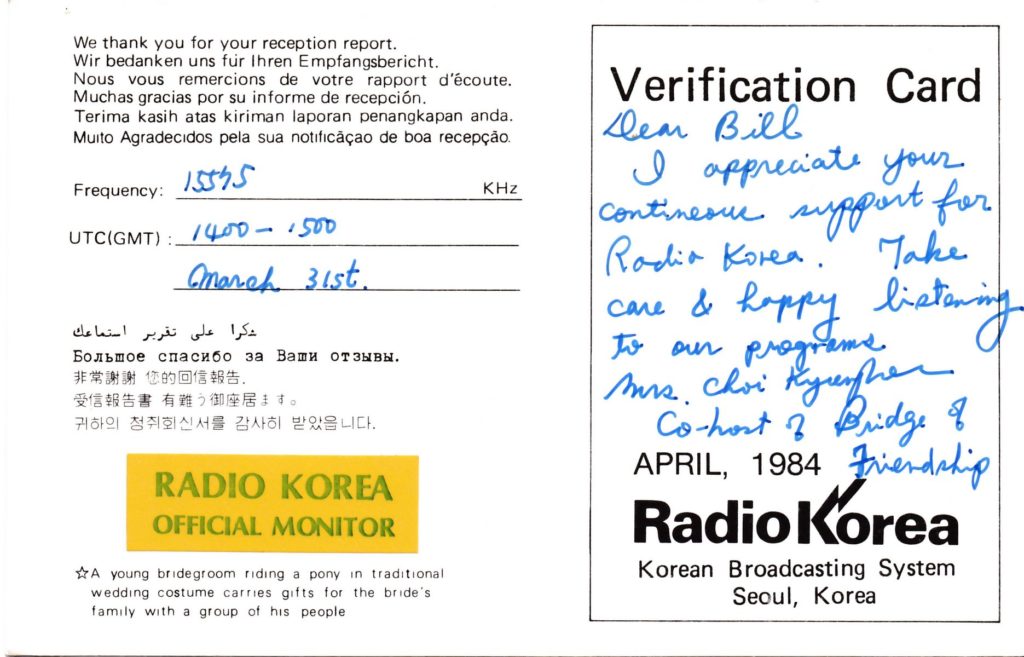
1984 04 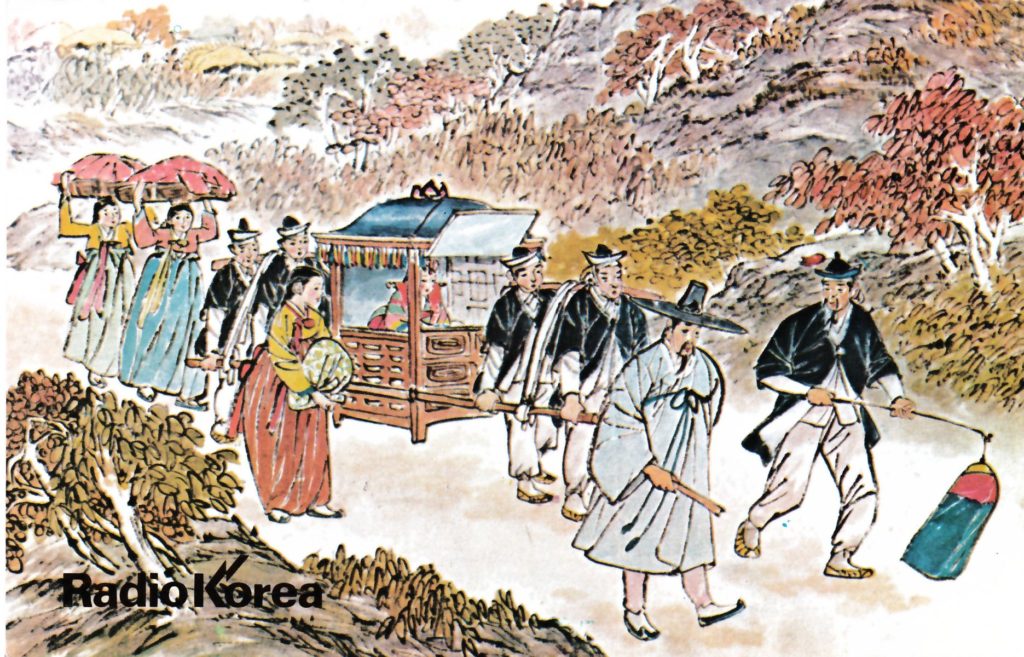
1984 05 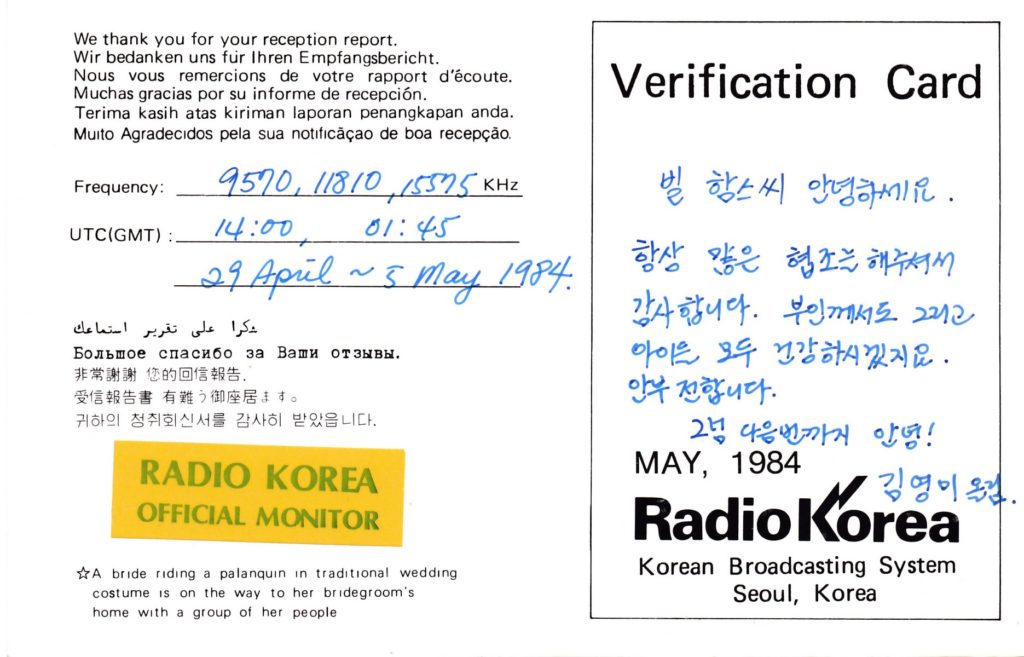
1984 05 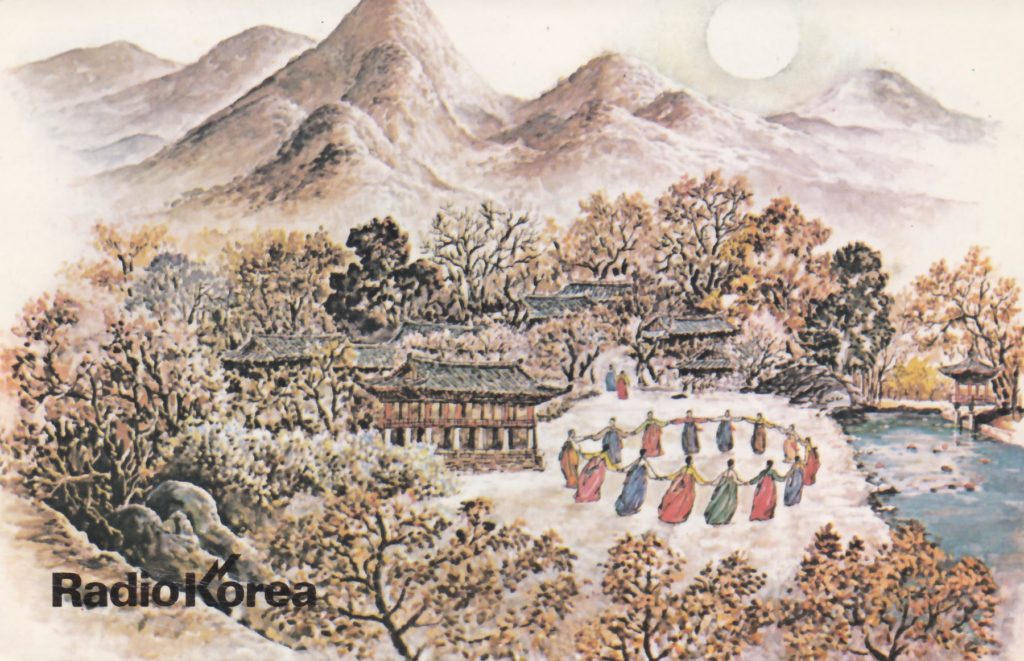
1984 06 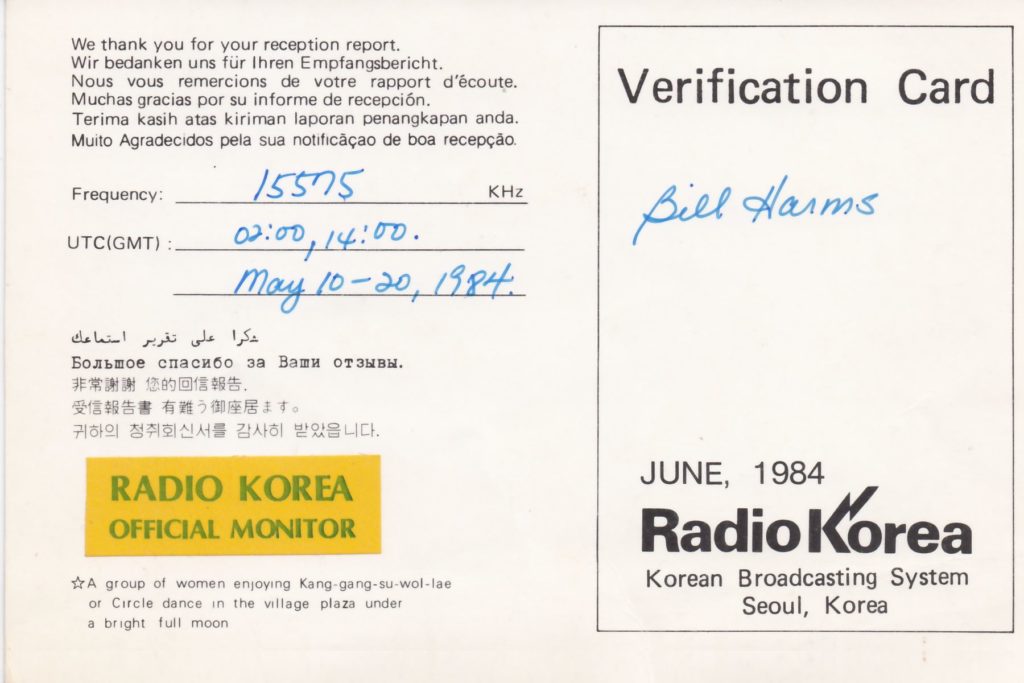
1984 06 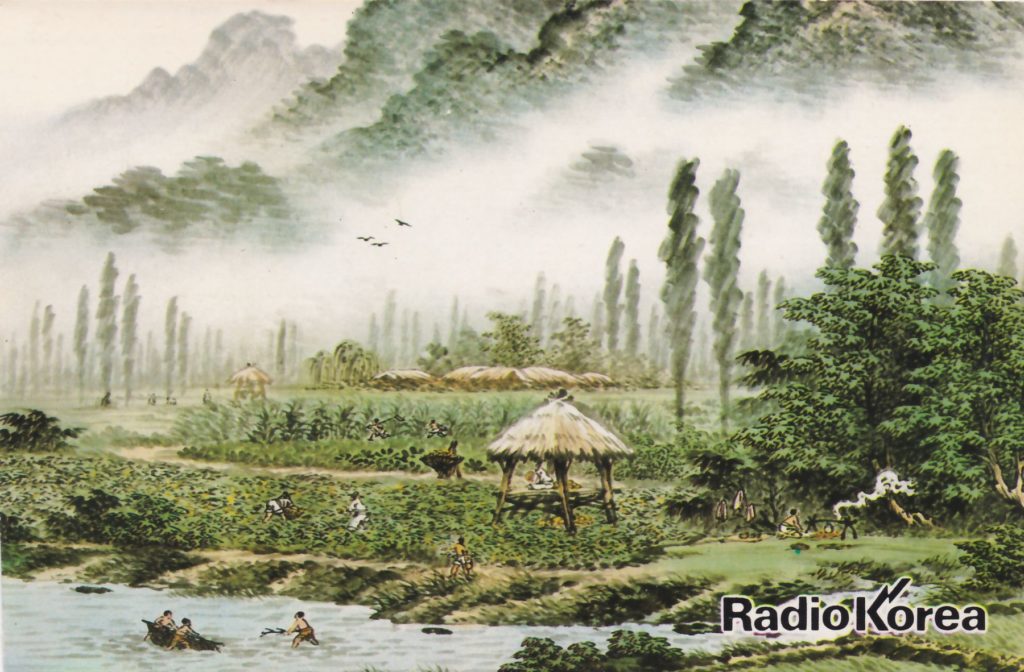
1984 07 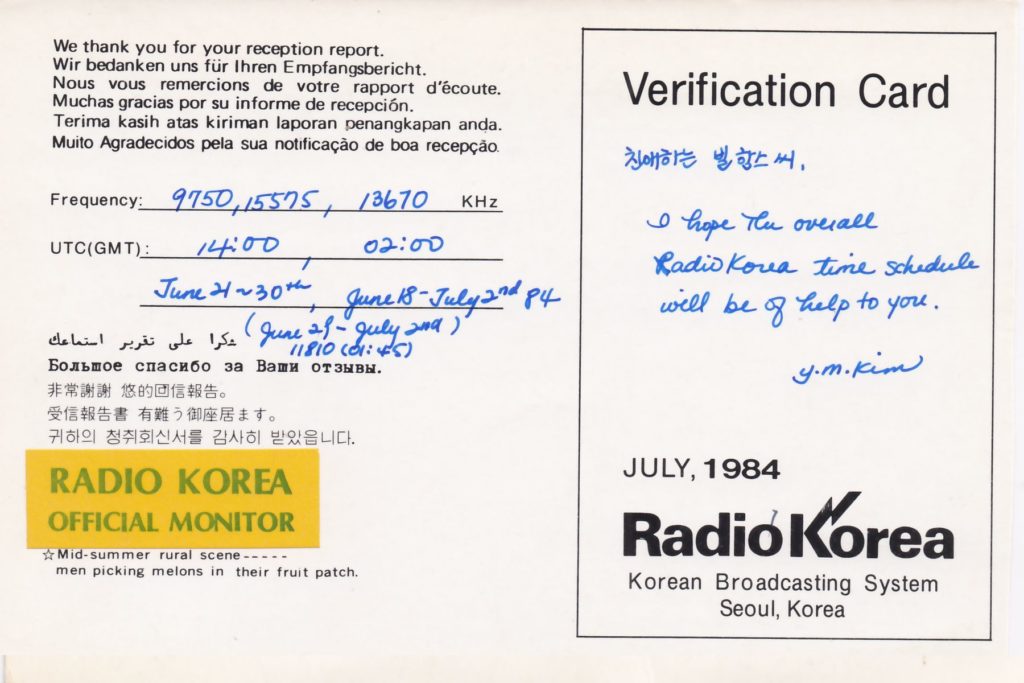
1984 07 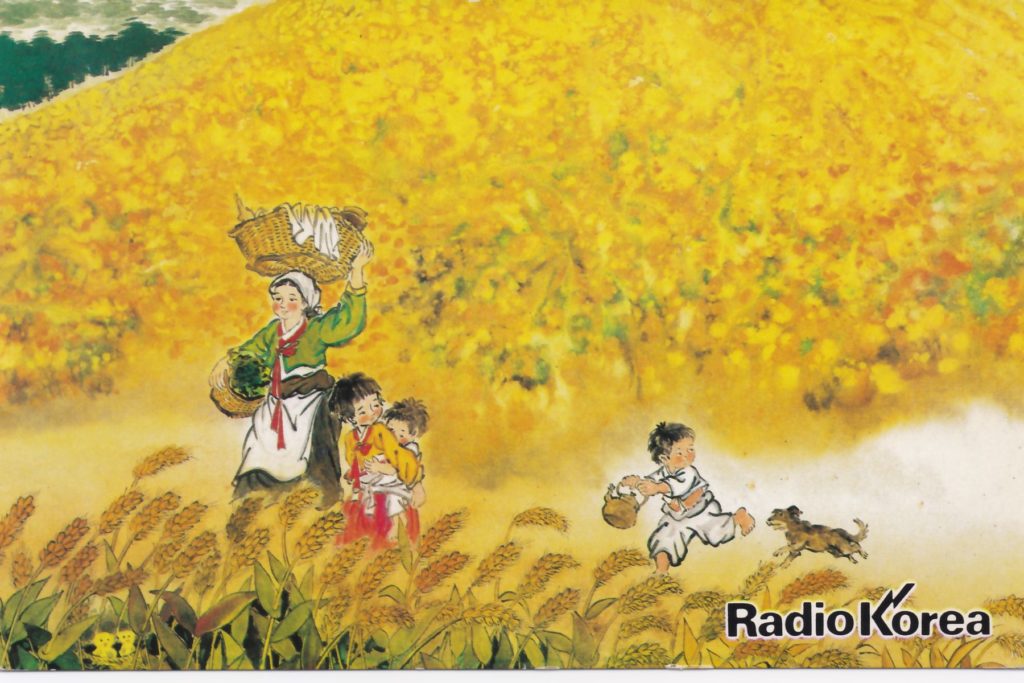
1984 08 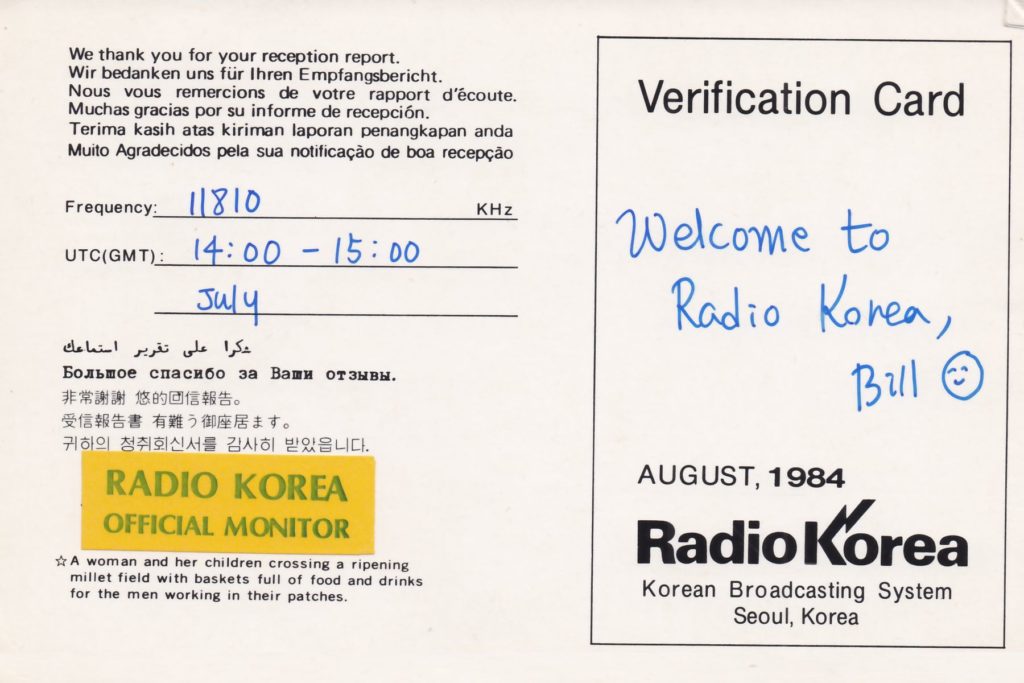
1984 08 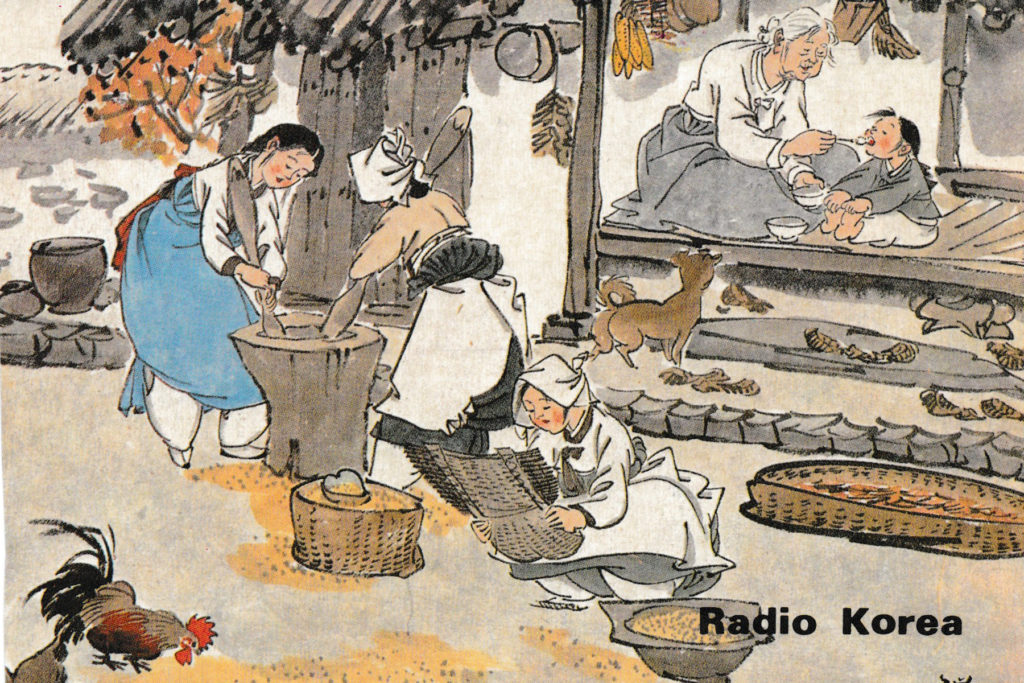
1984 09 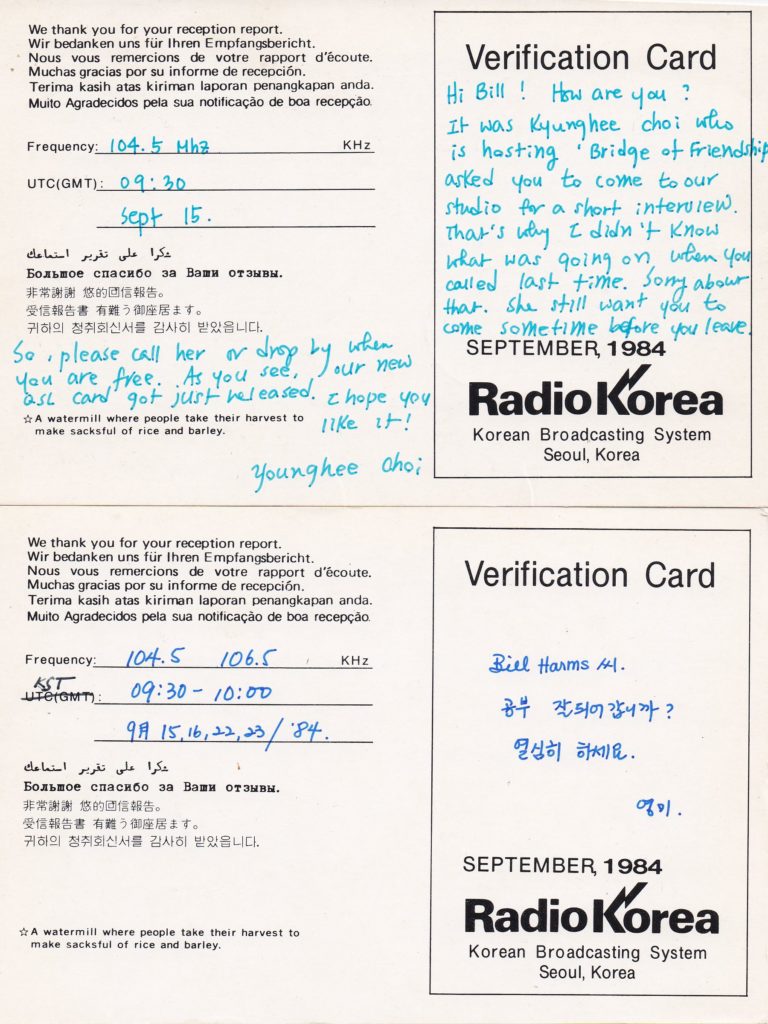
1984 09 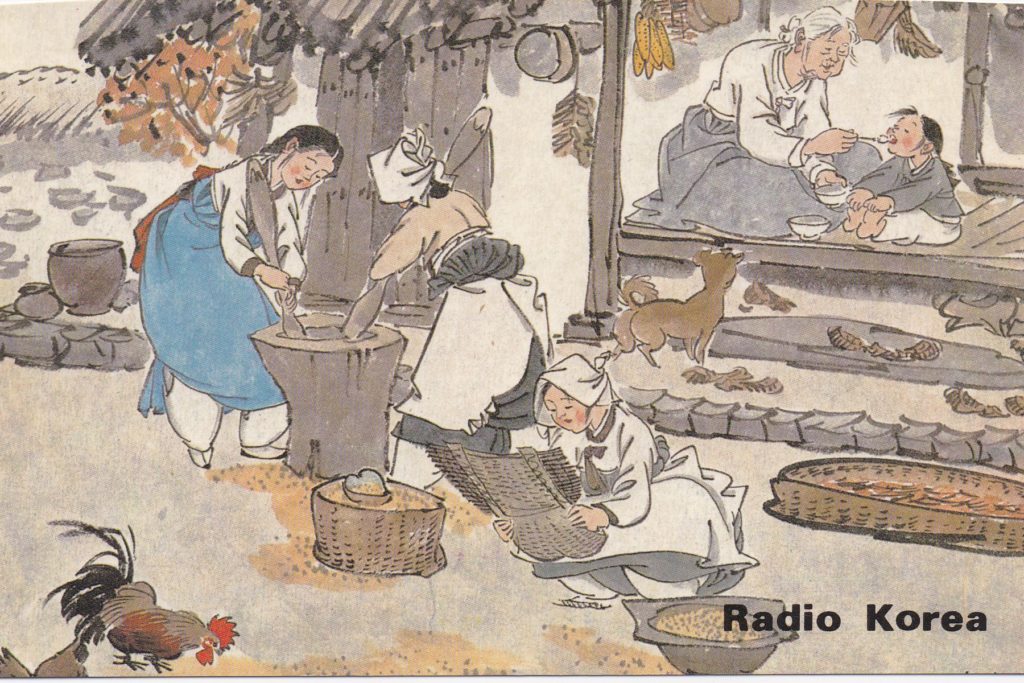
1984 09 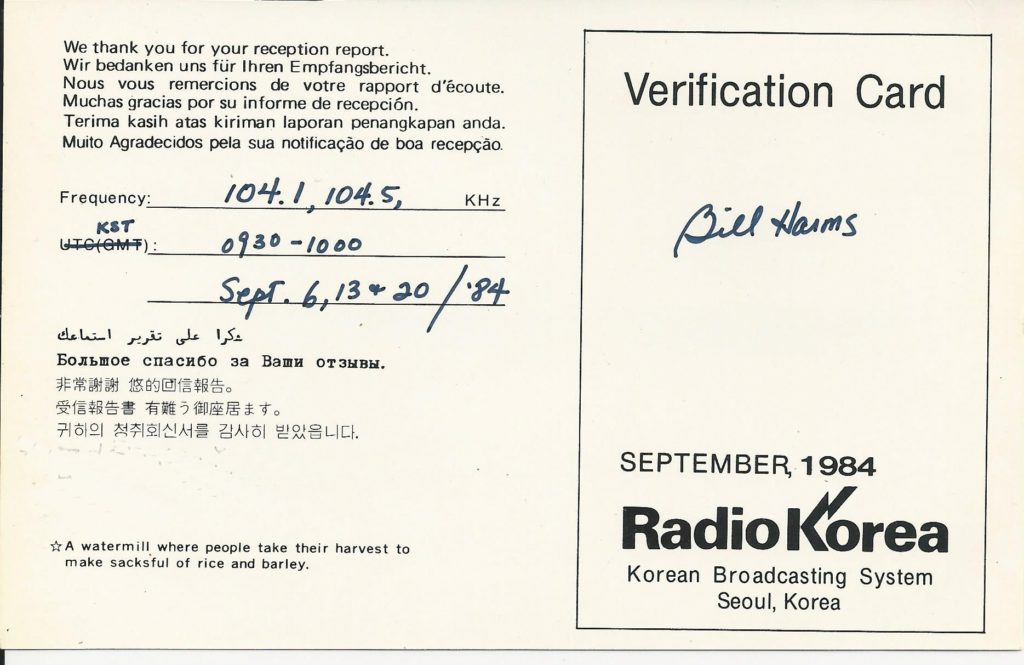
1984 09 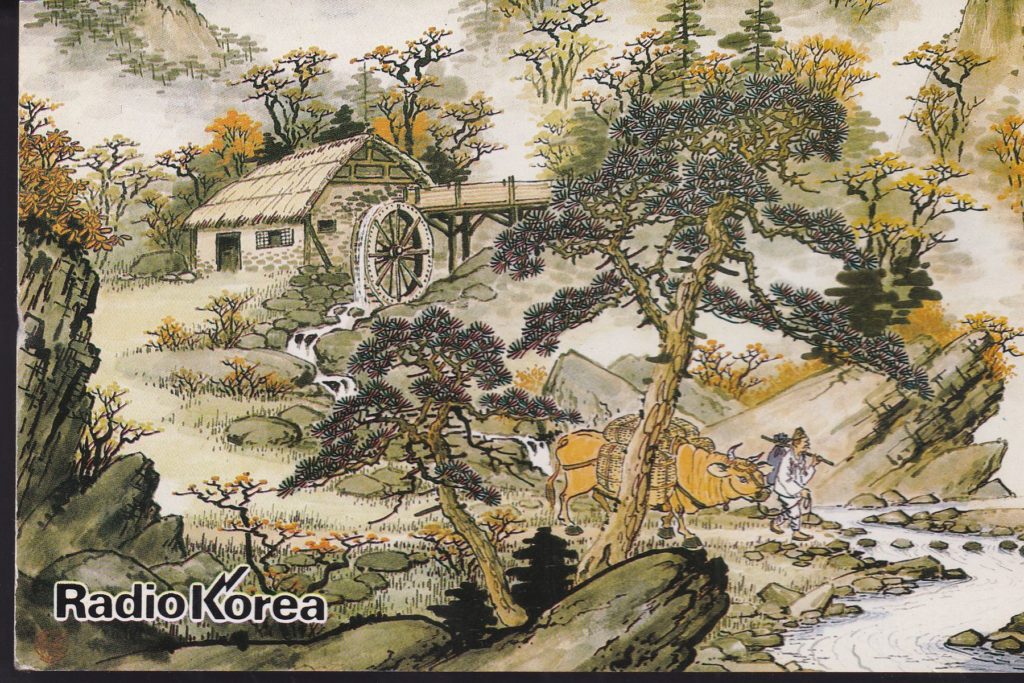
1984 10 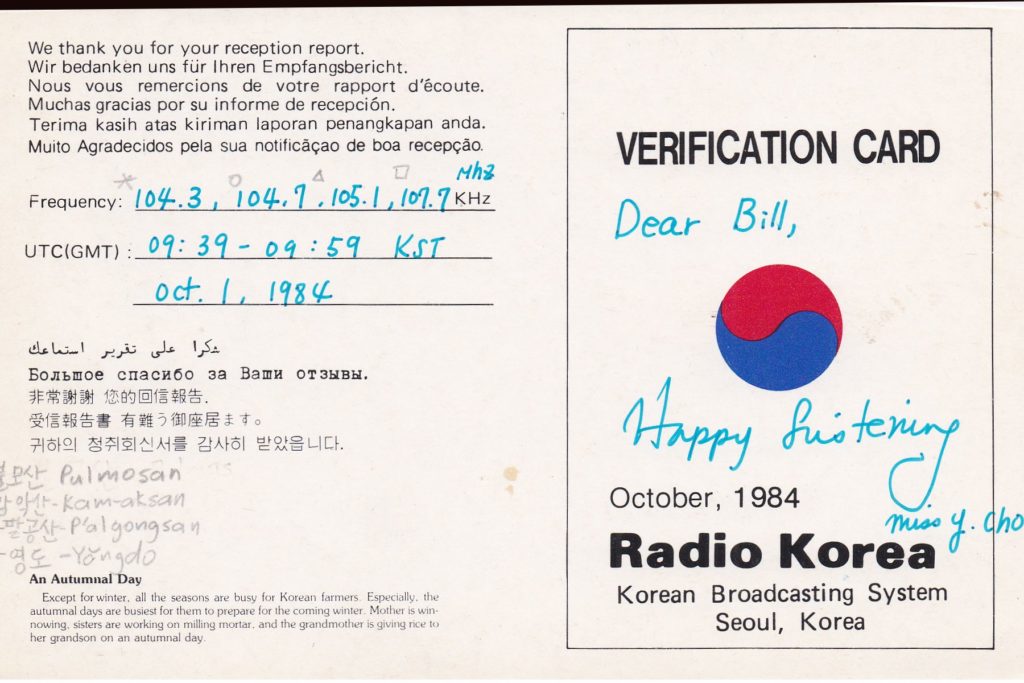
1984 10 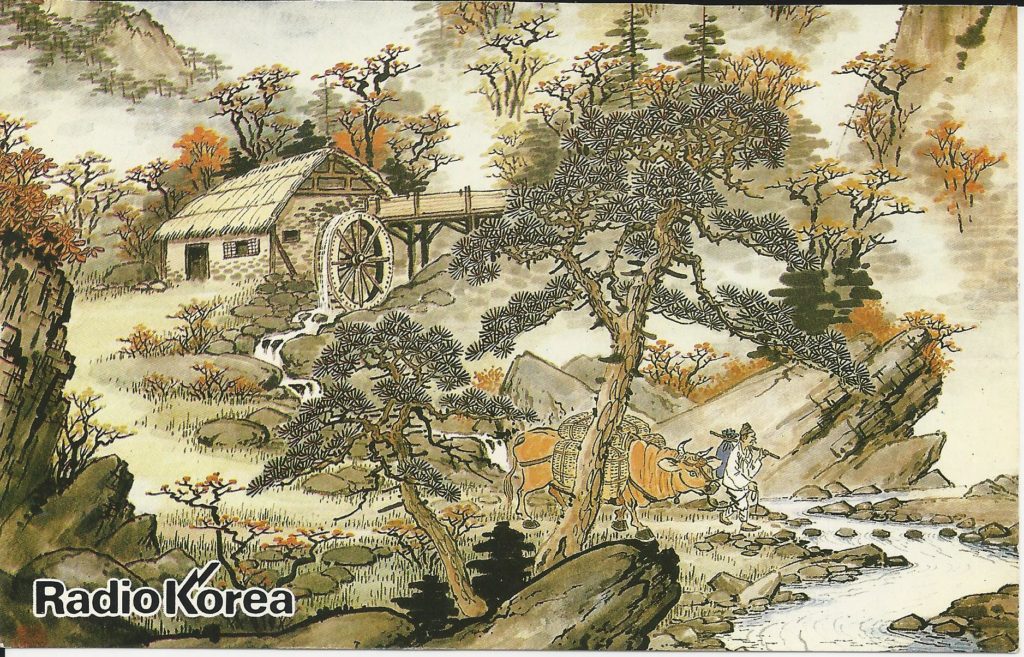
1984 10 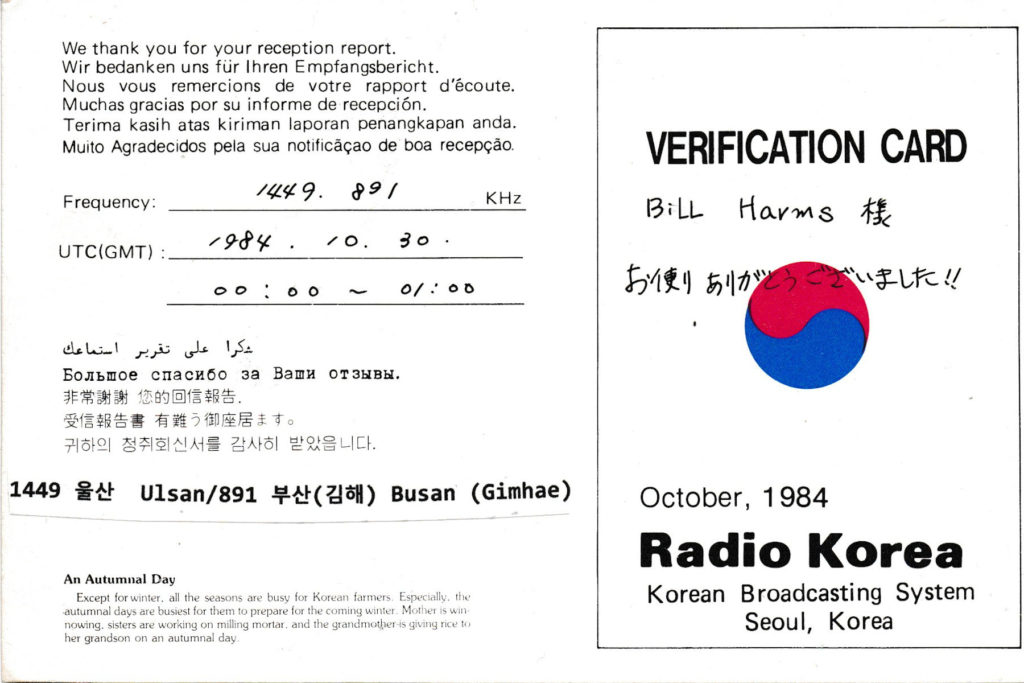
1984 10 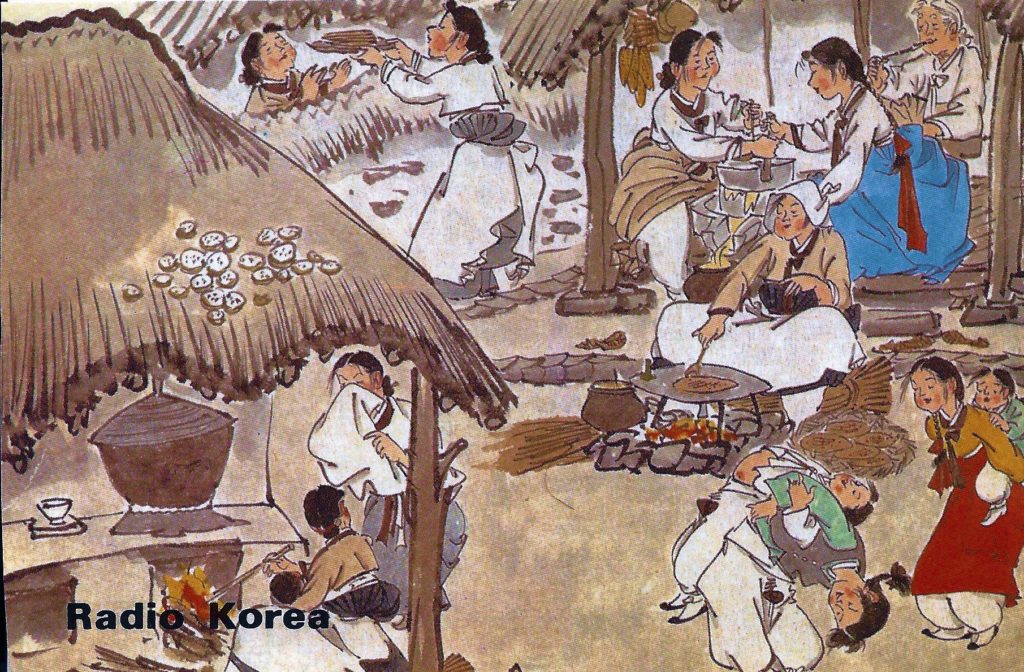
1984 11 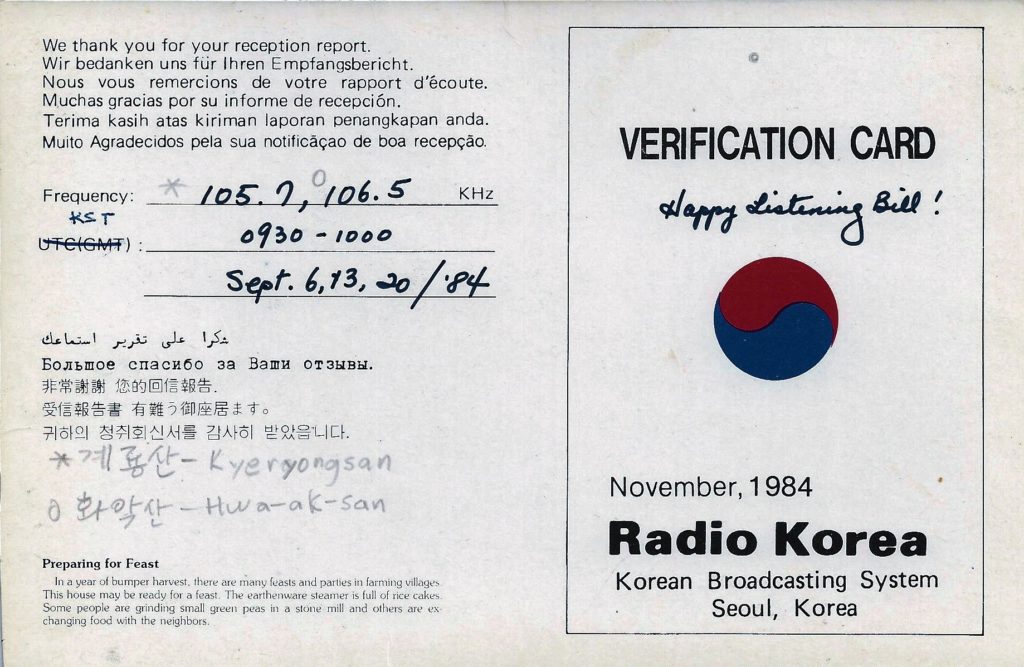
1984 11 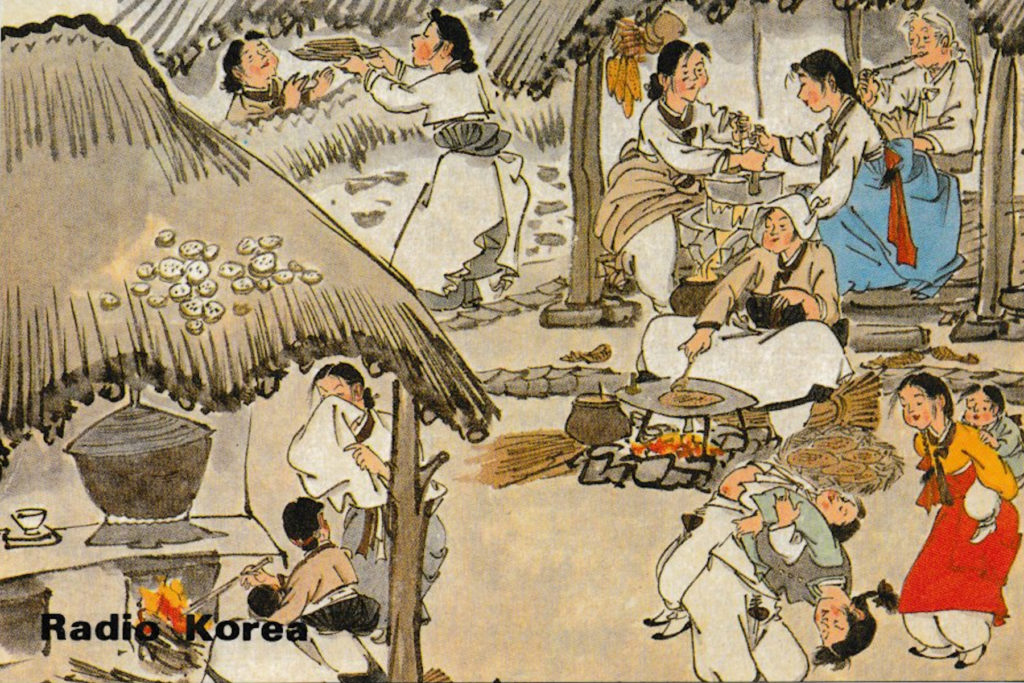
1984 11 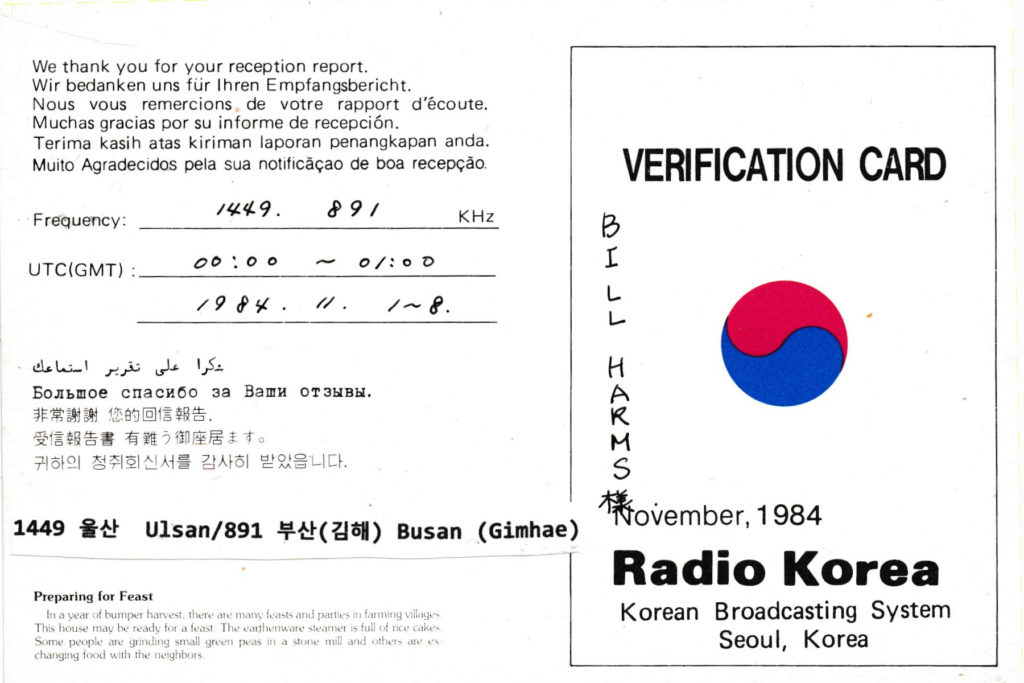
1984 11 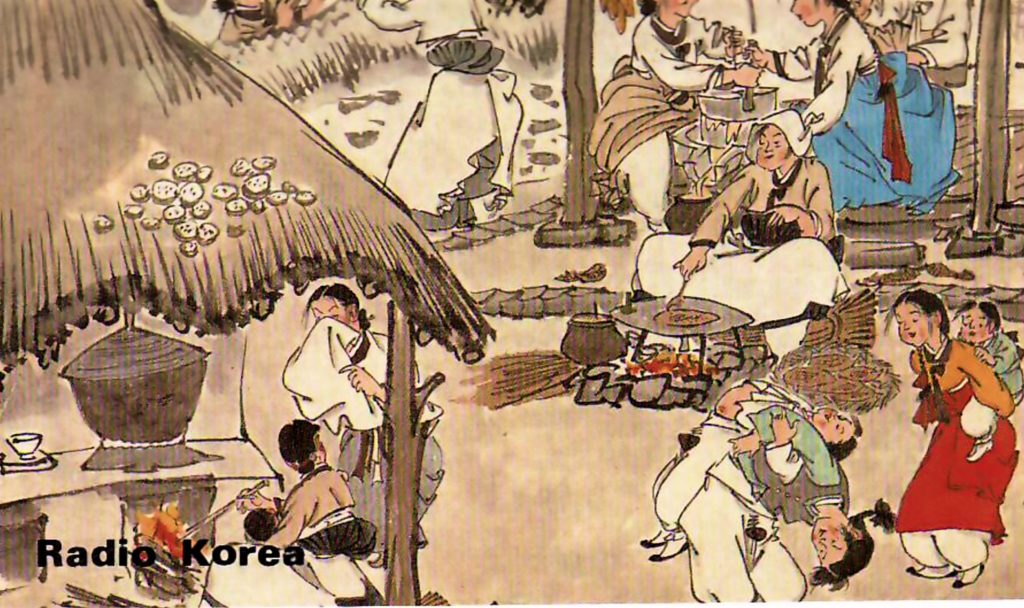
1984 11 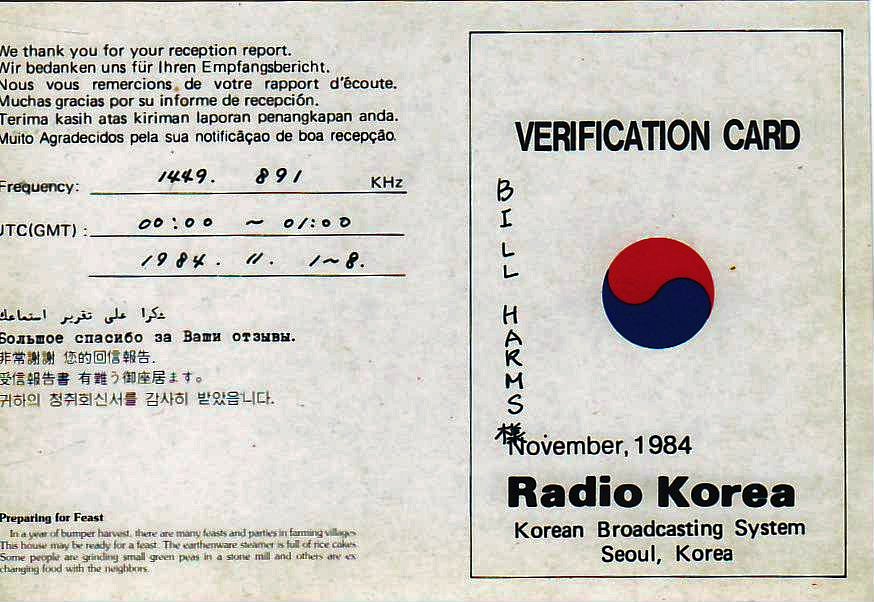
1984 11 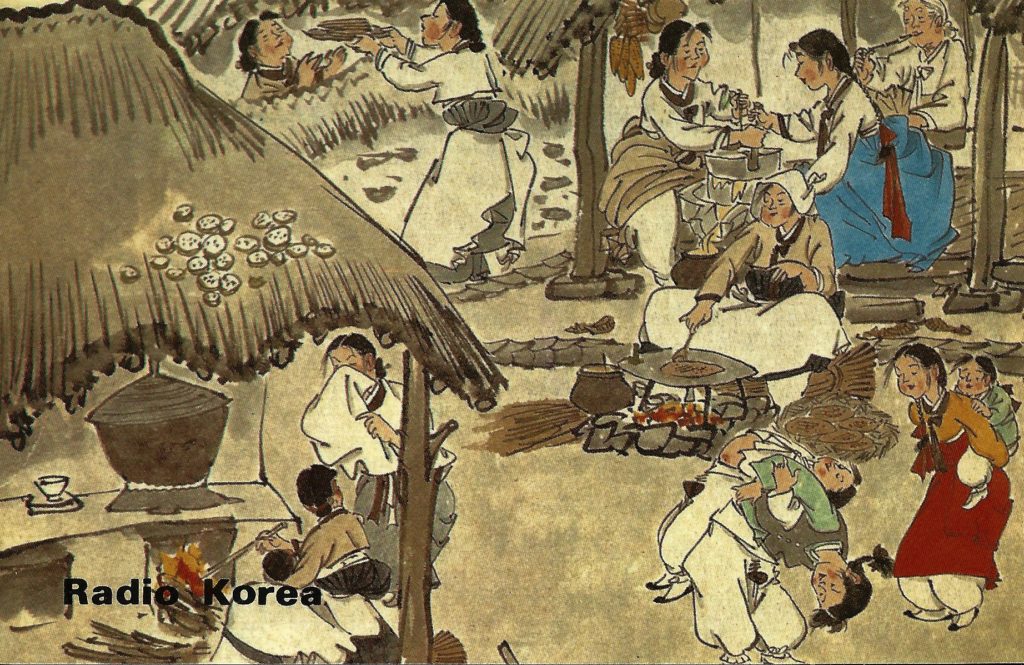
1984 11 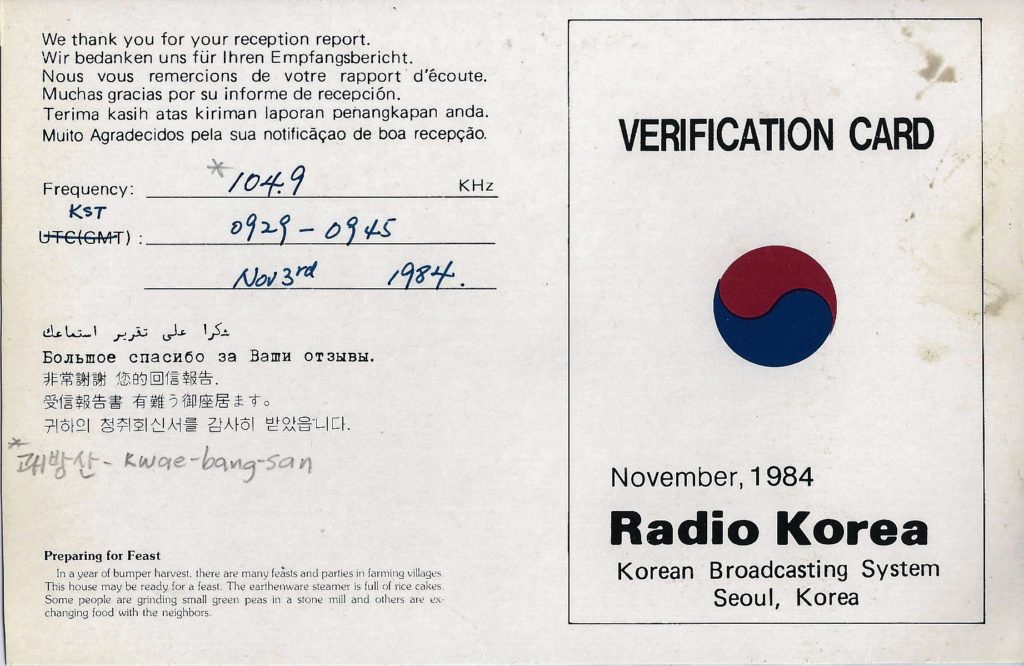
1984 11 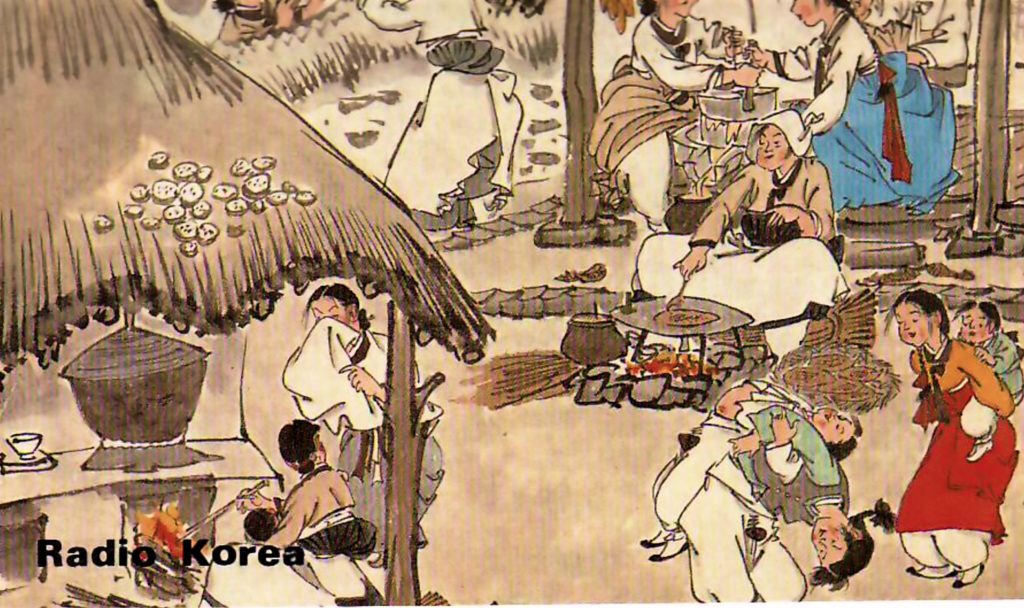
1984 11 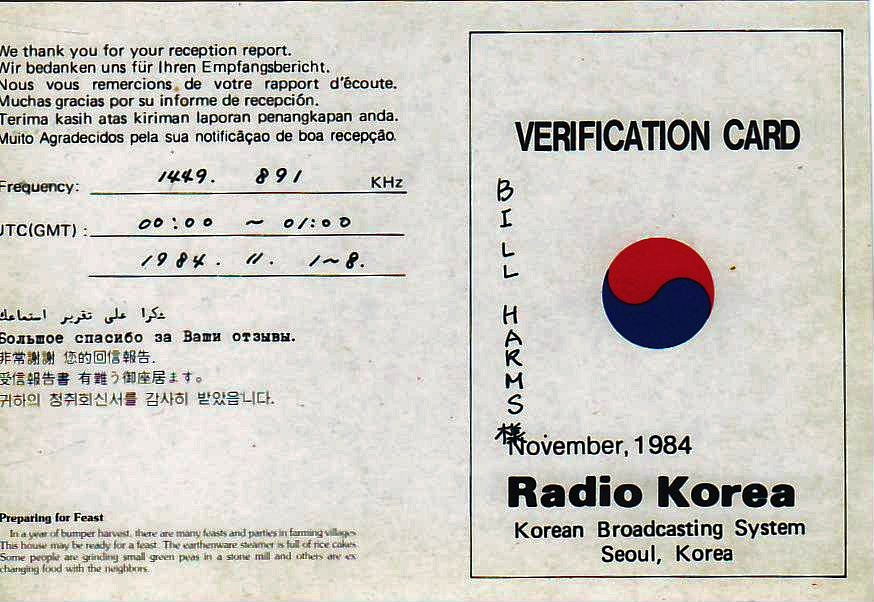
1984 11 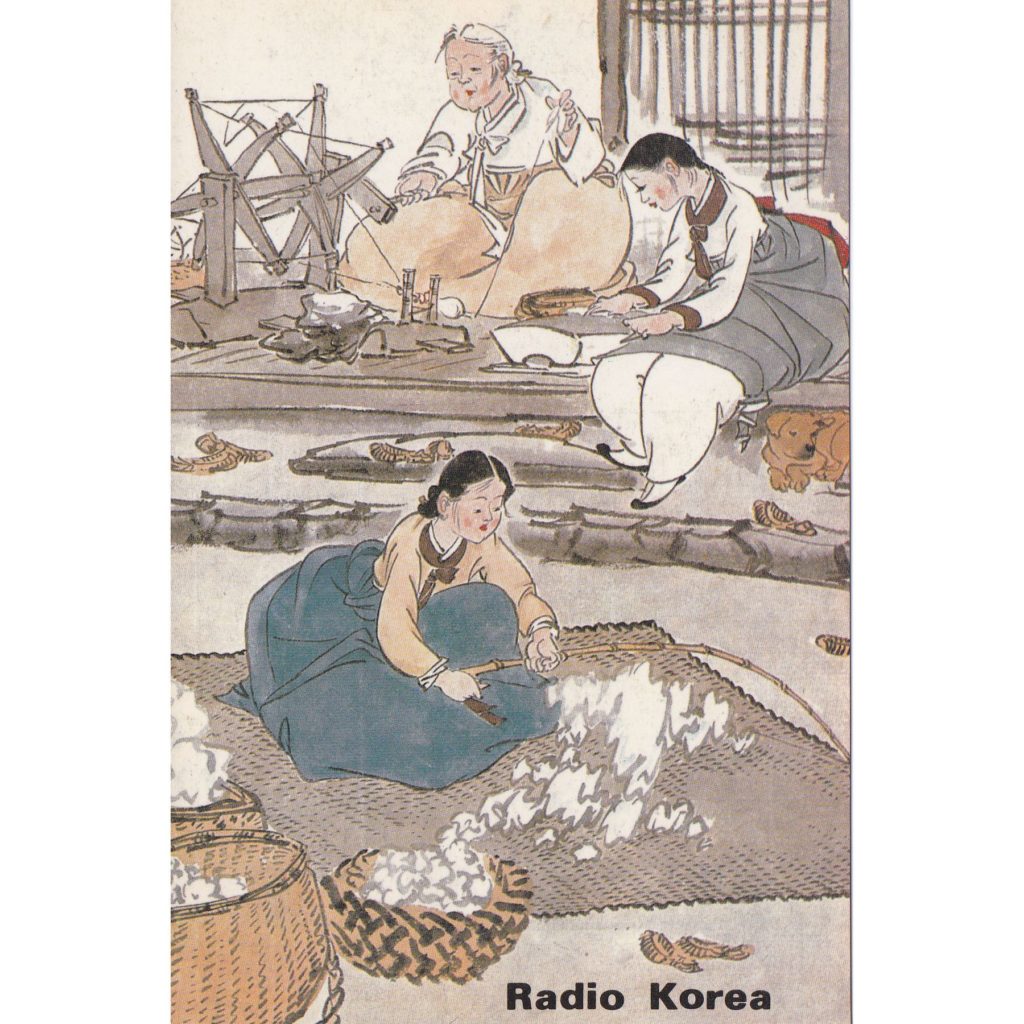
1984 12 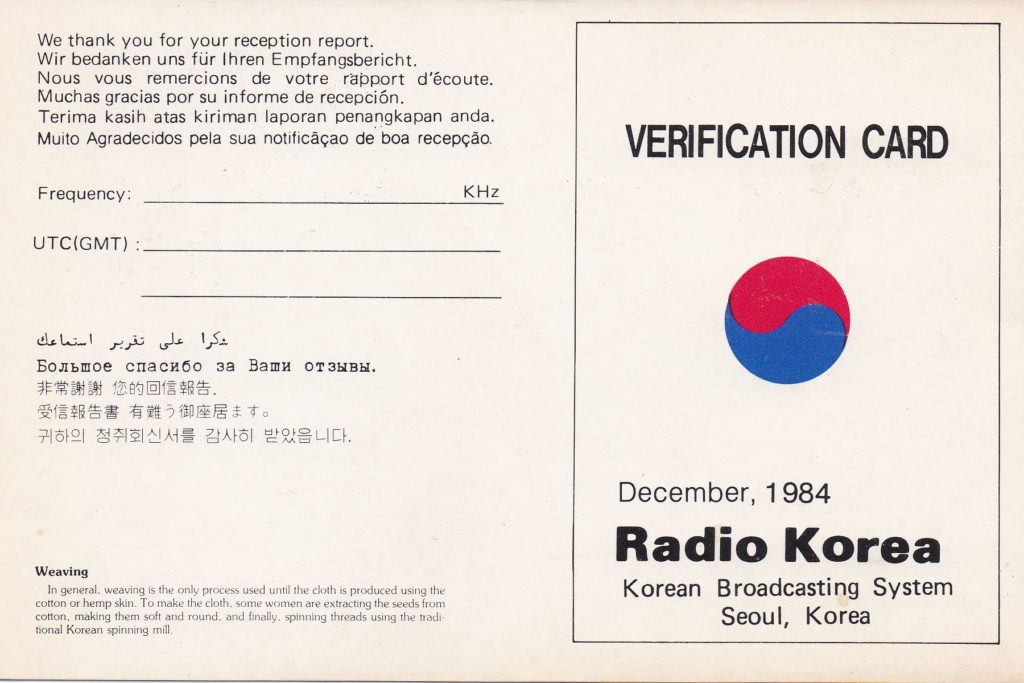
1984 12 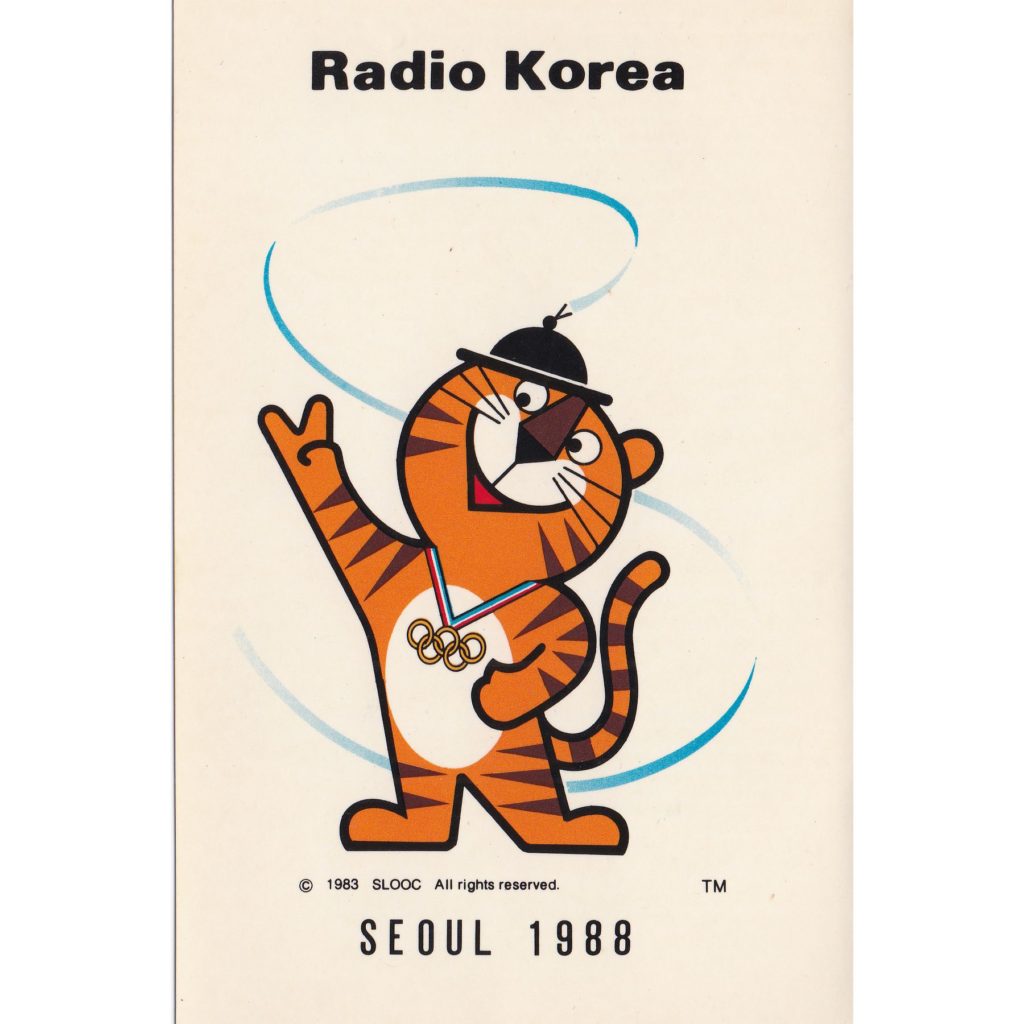
1985 01 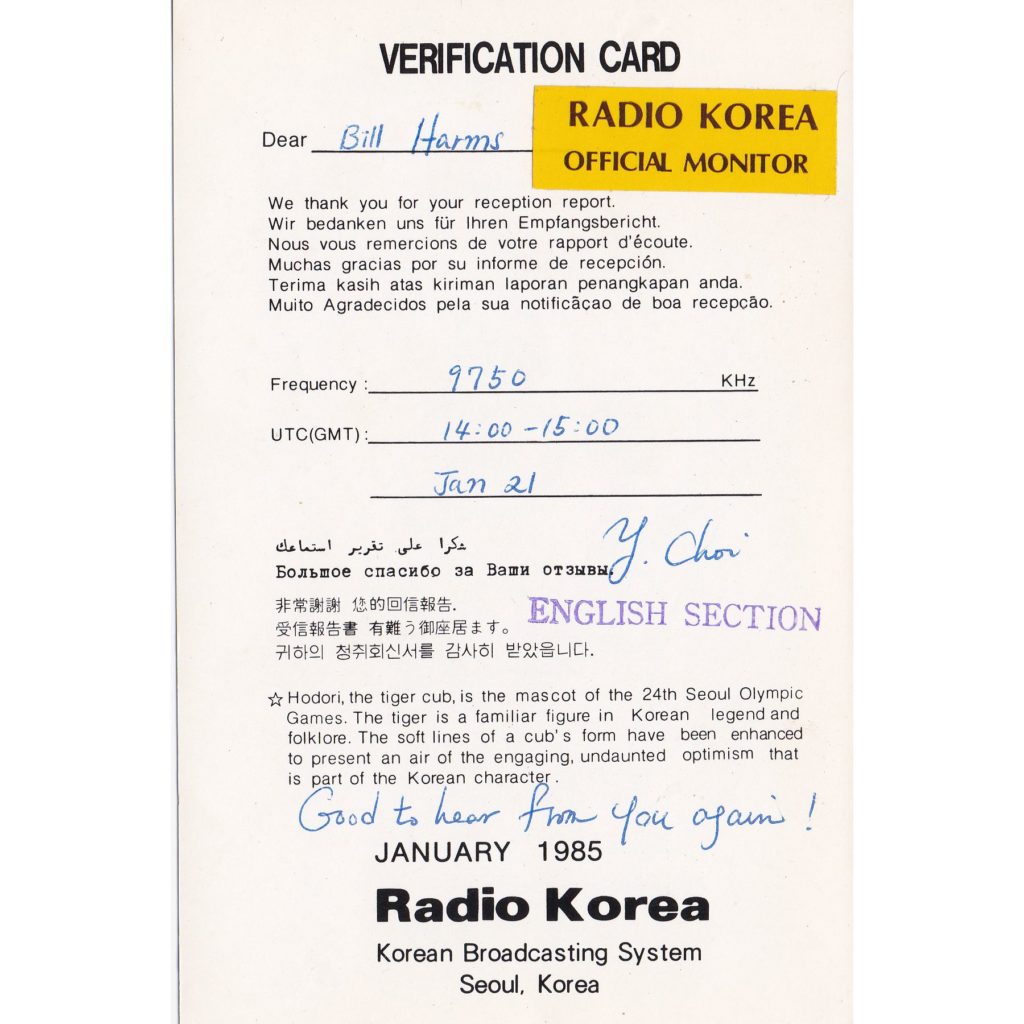
1985 01 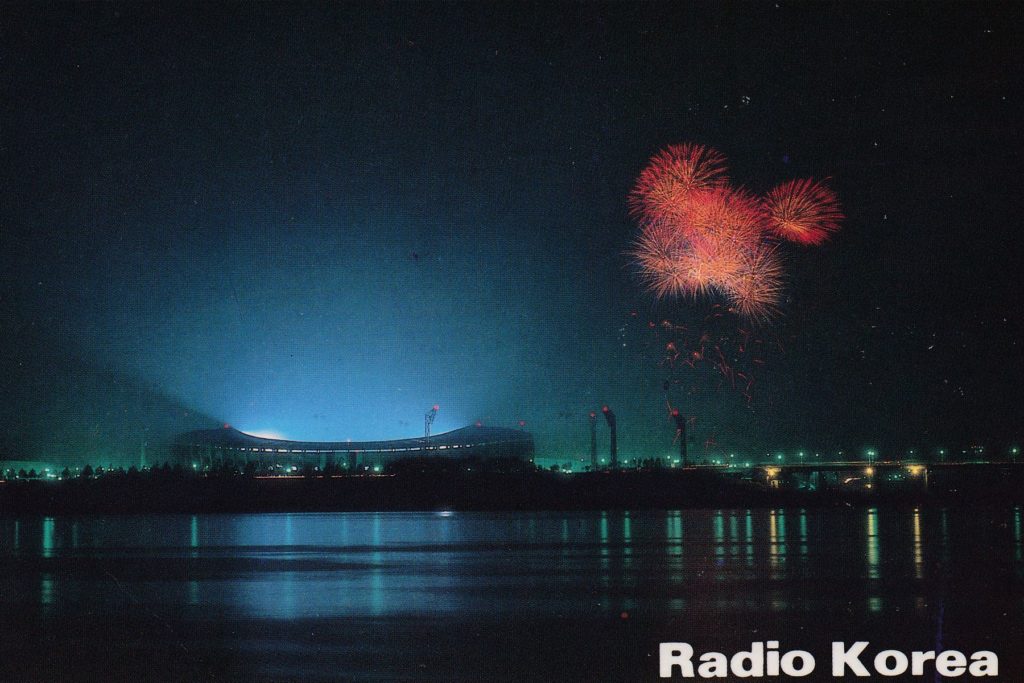
1985 05 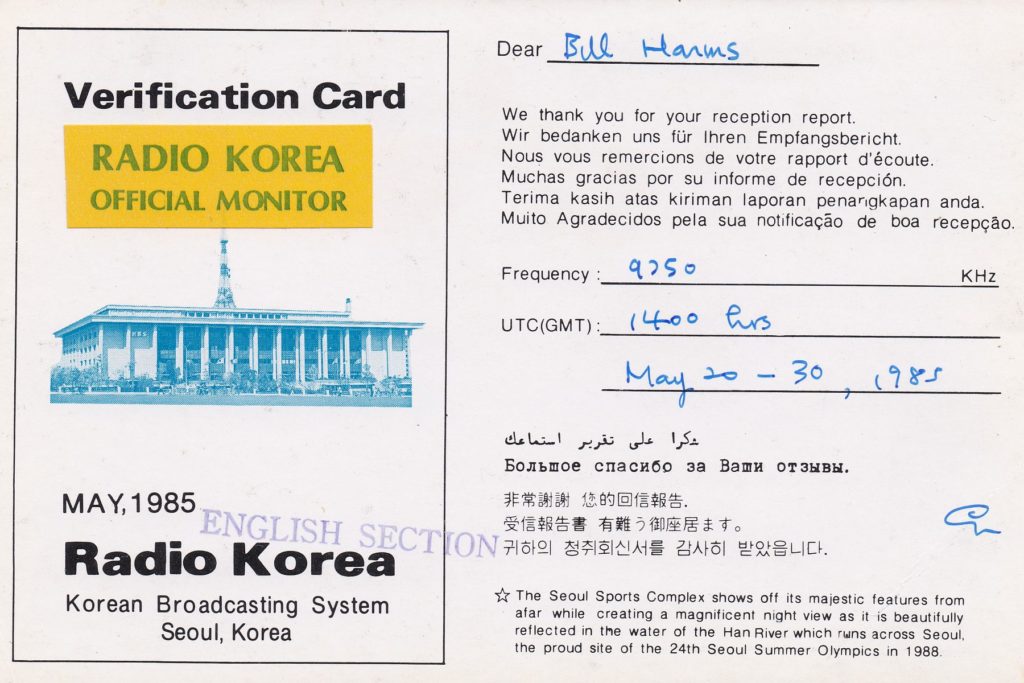
1985 05 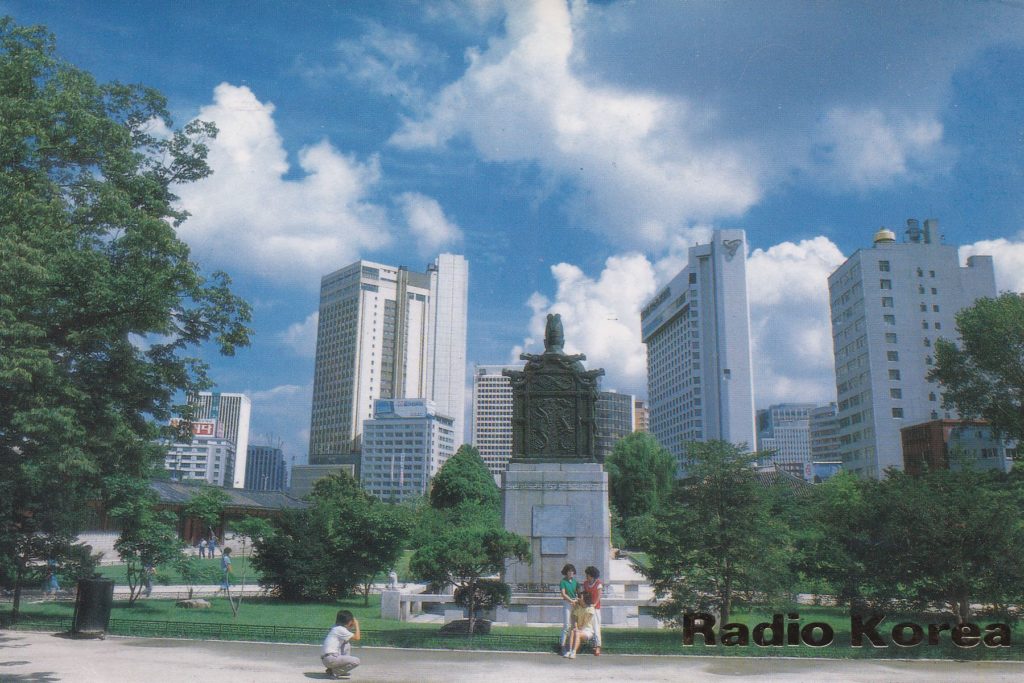
1985 05 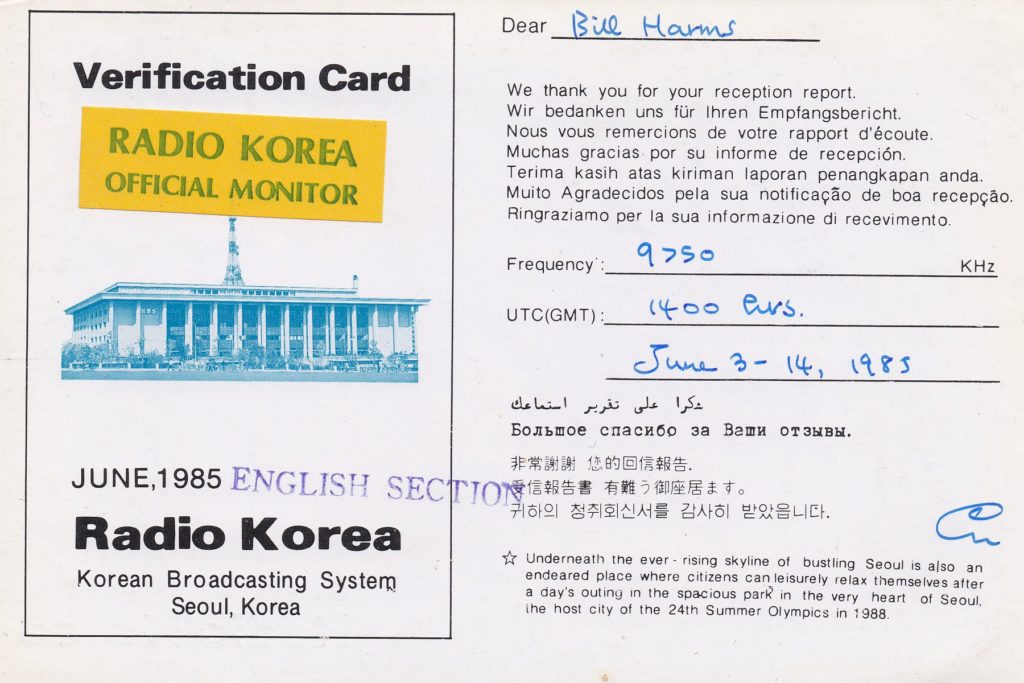
1985 05 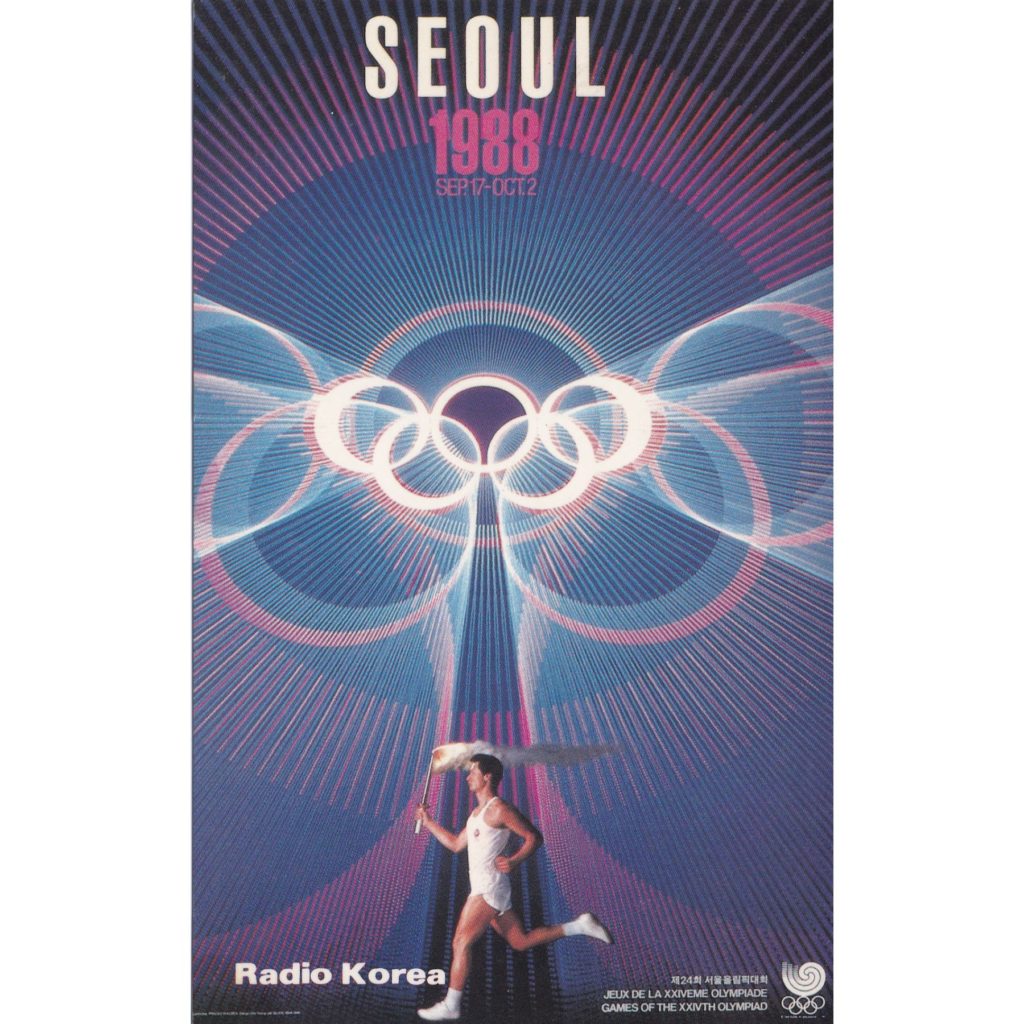
1985 07 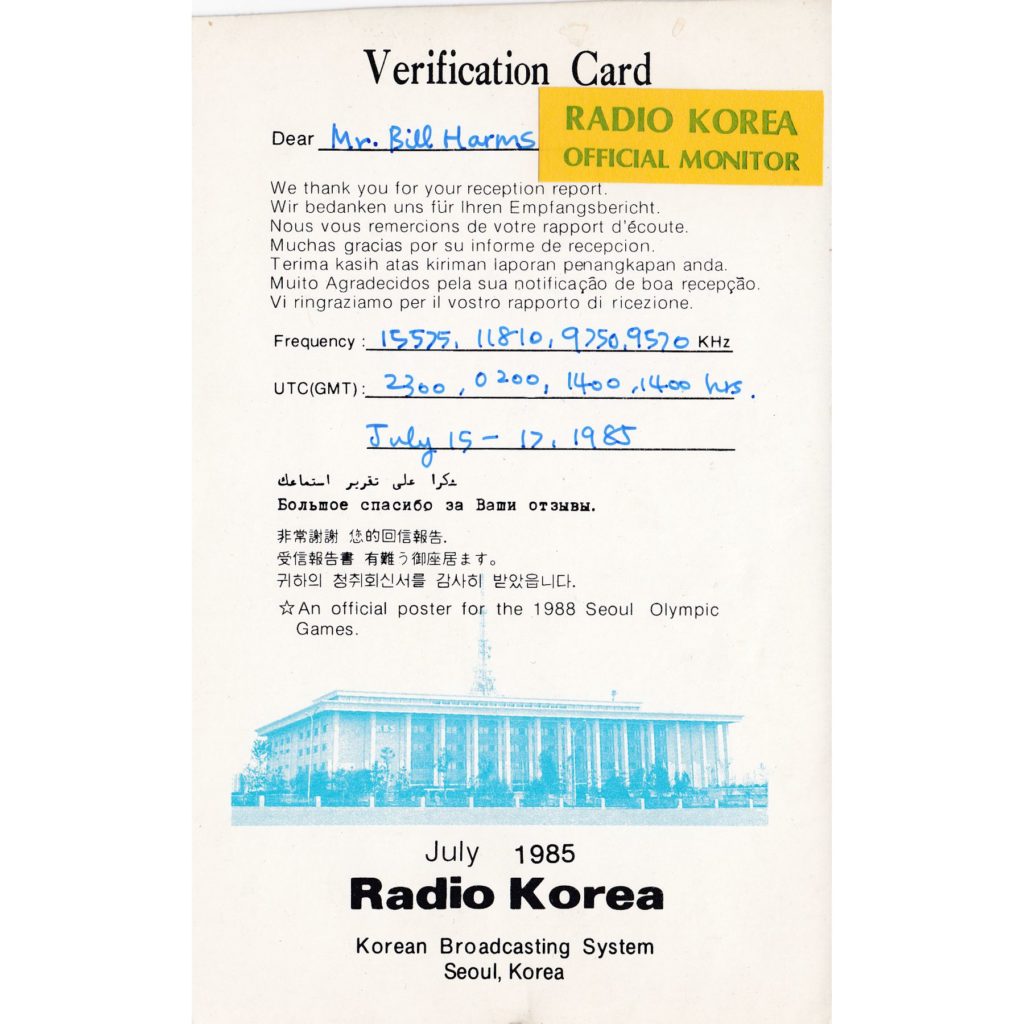
1985 07 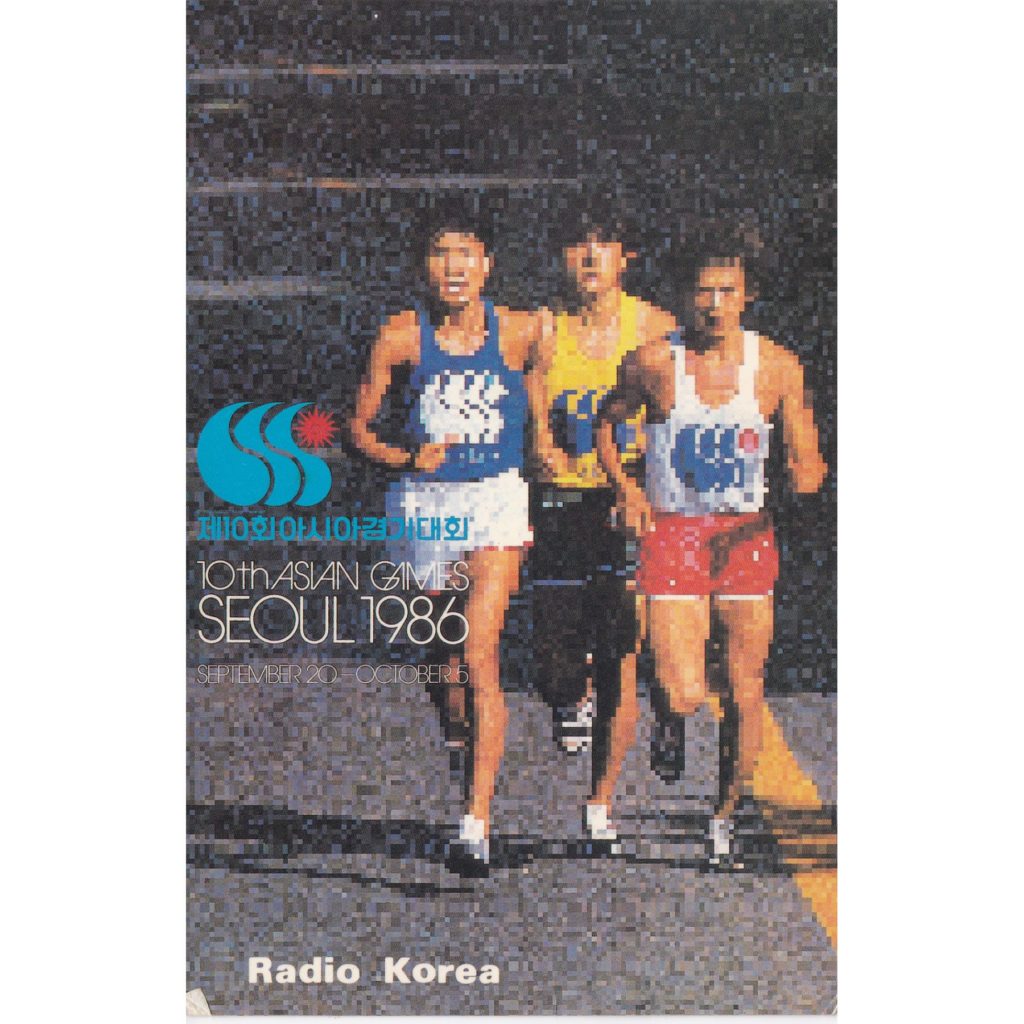
1985 08 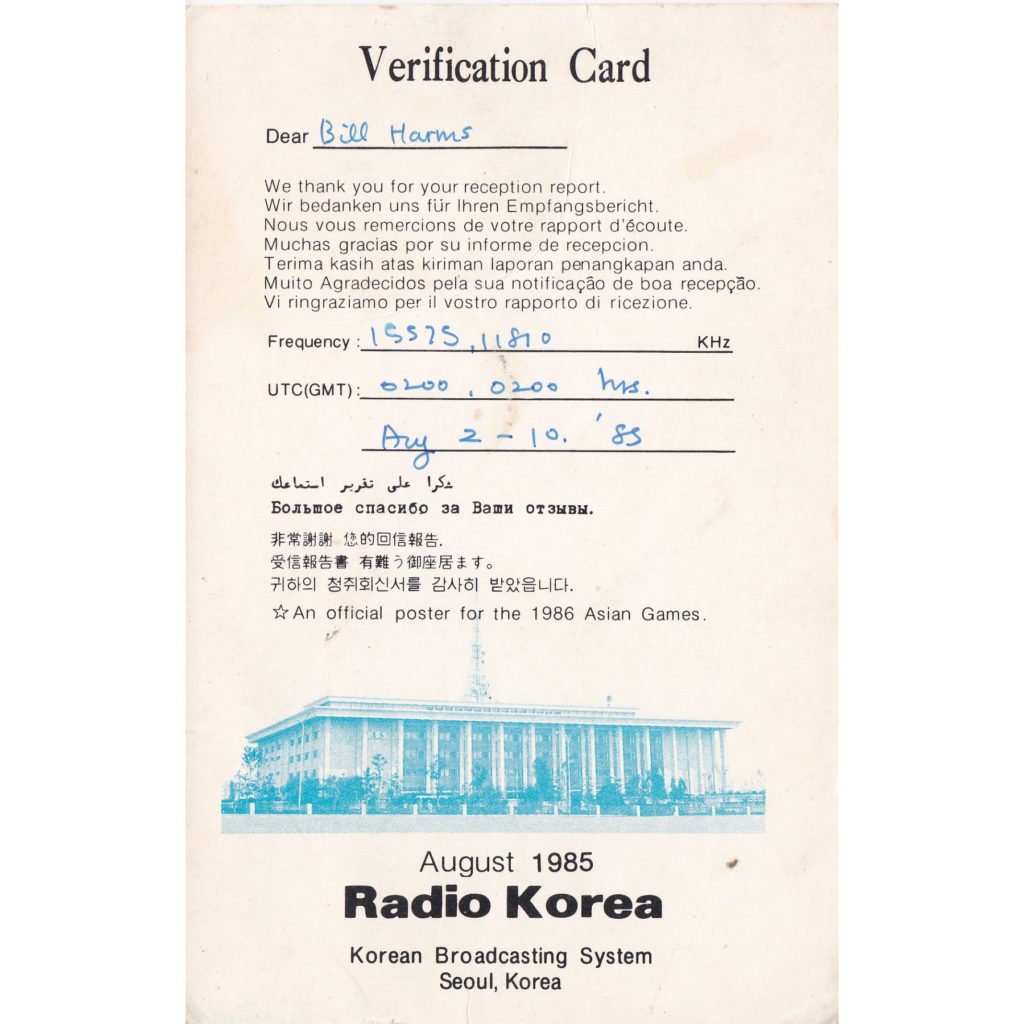
1985 08 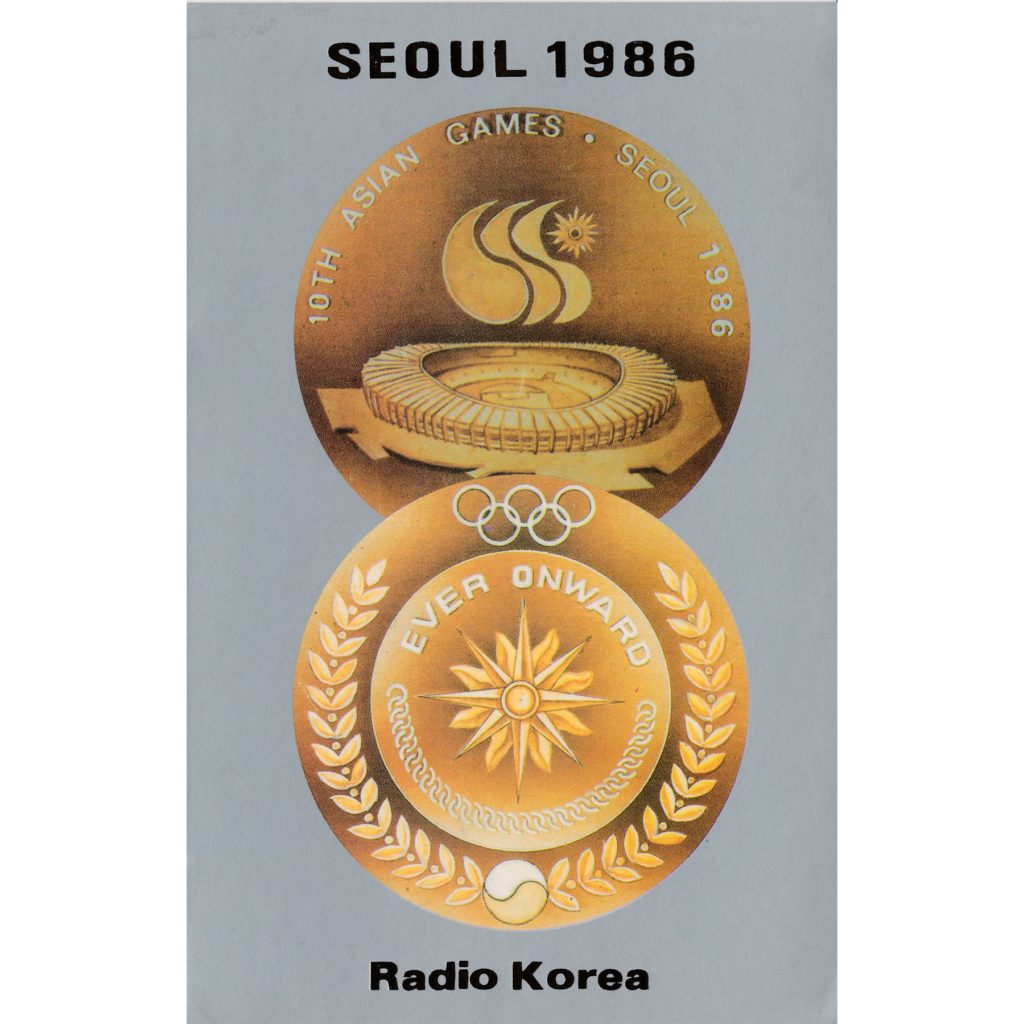
1985 09 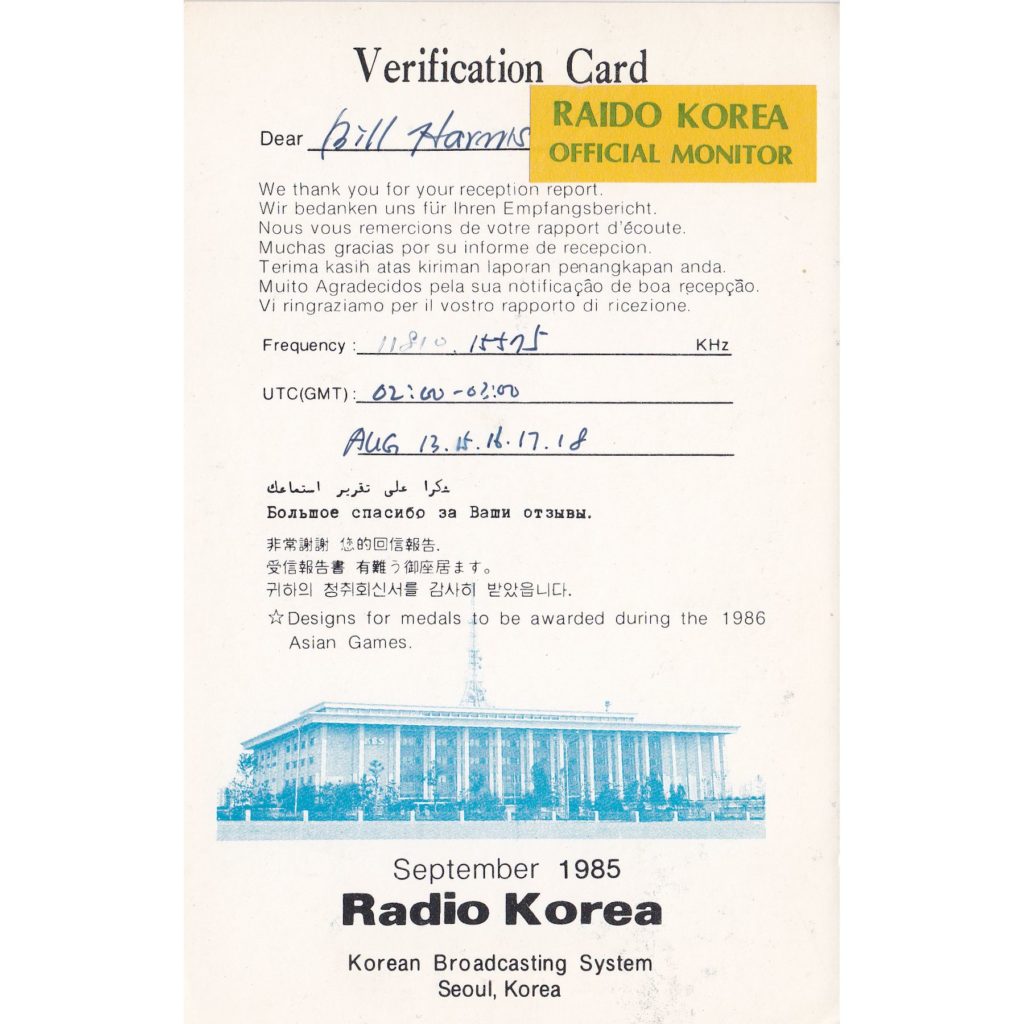
1985 09 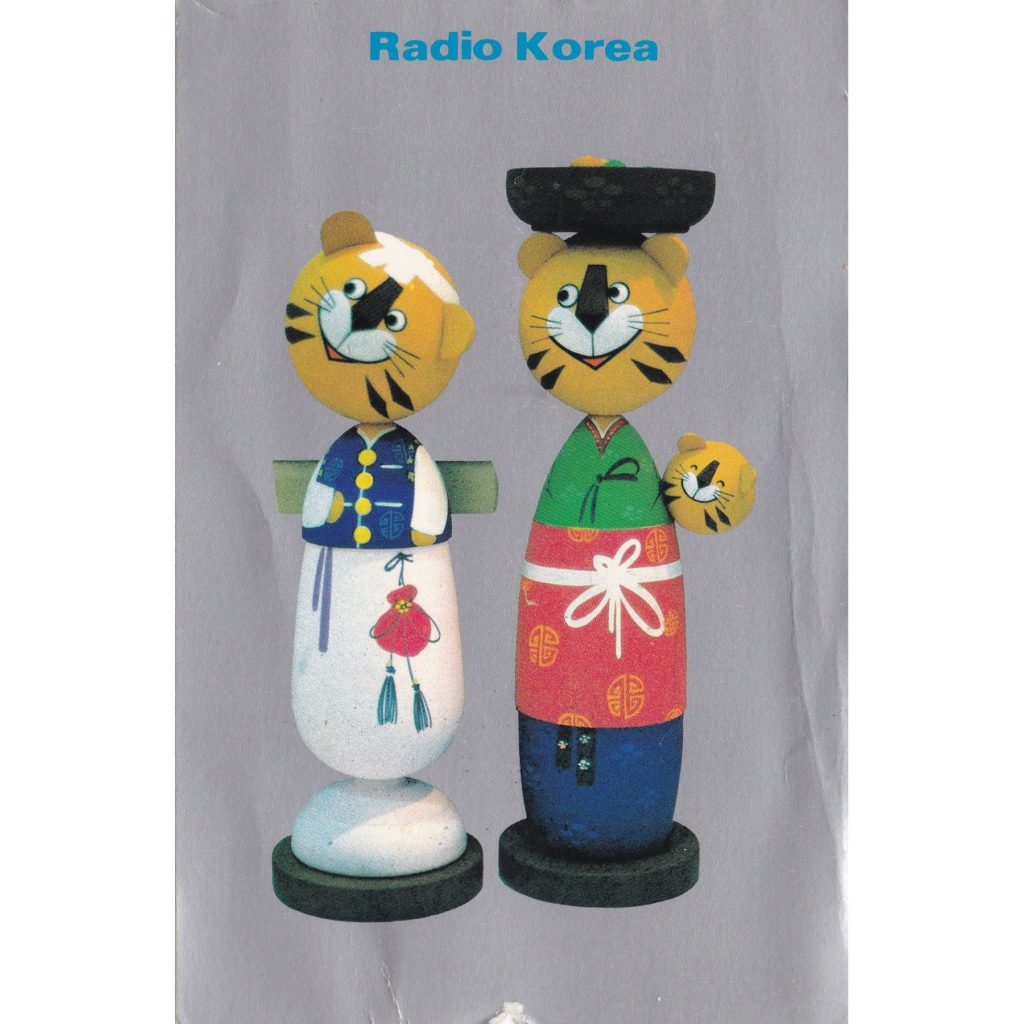
1985 12 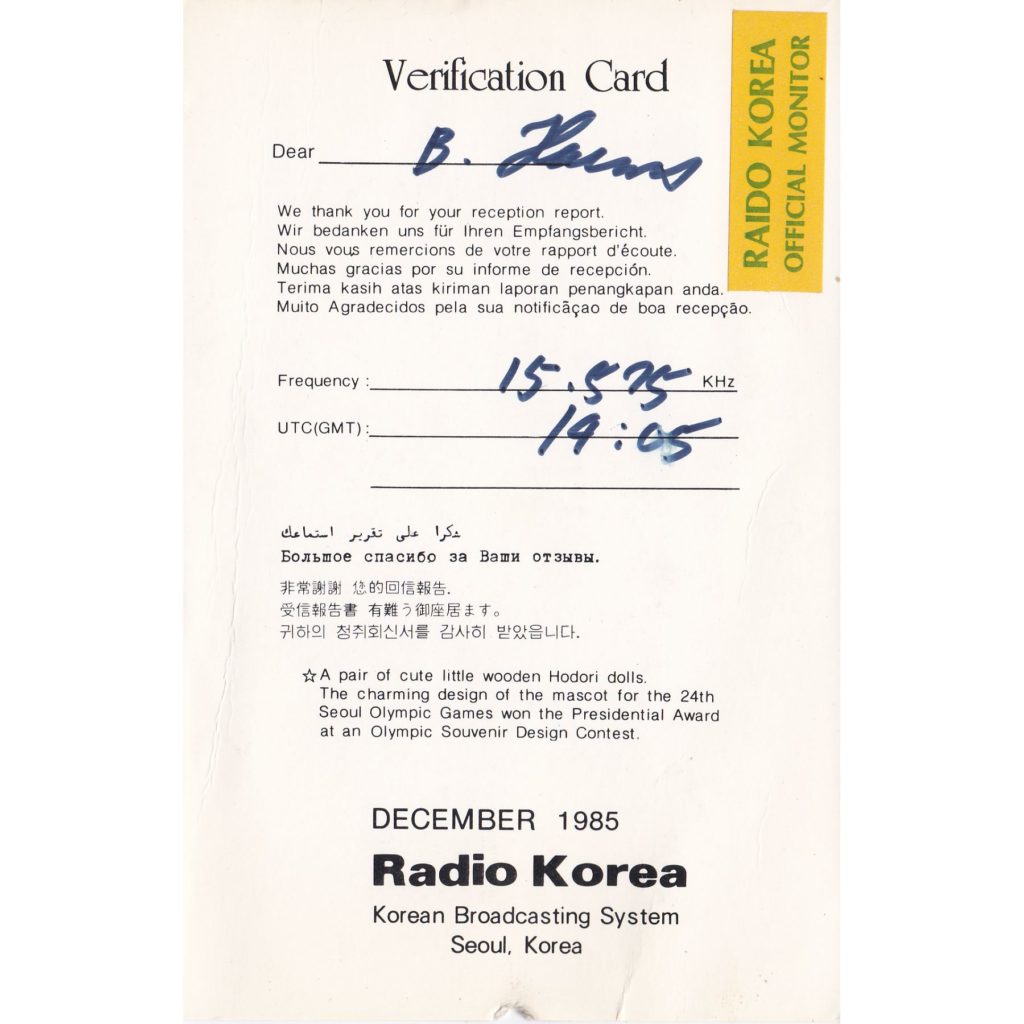
1985 12 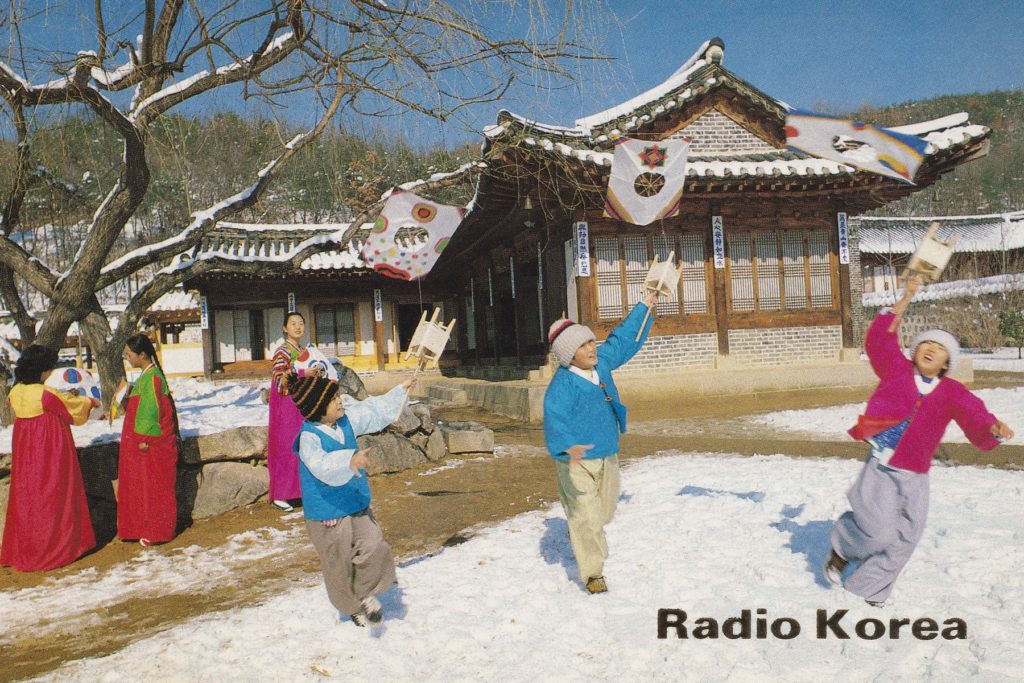
1986 01 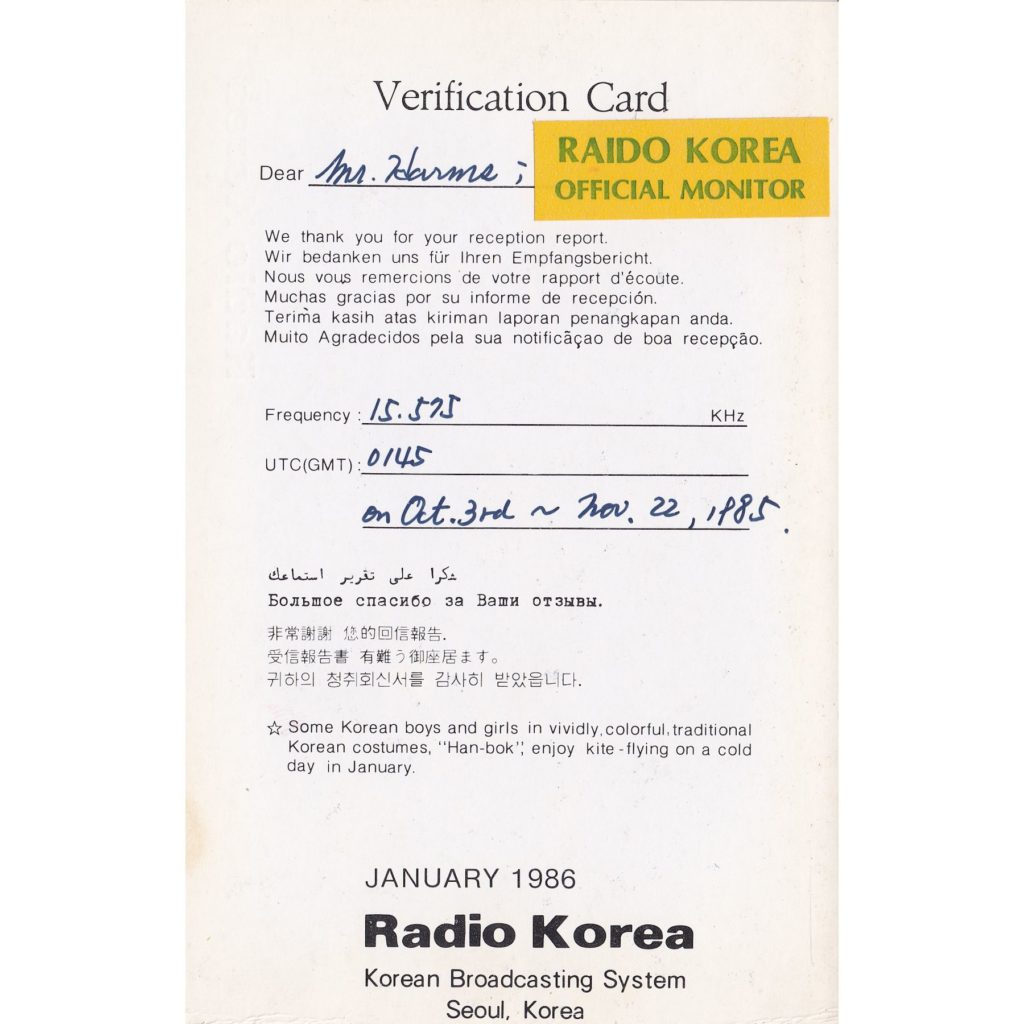
1986 01 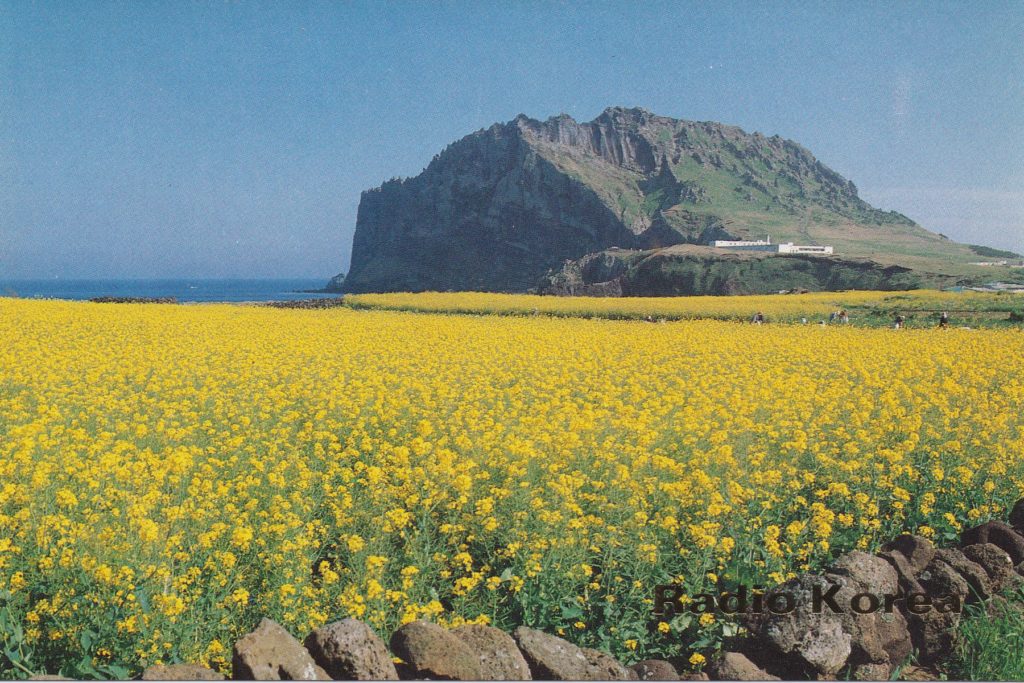
1986 02 
1986 02 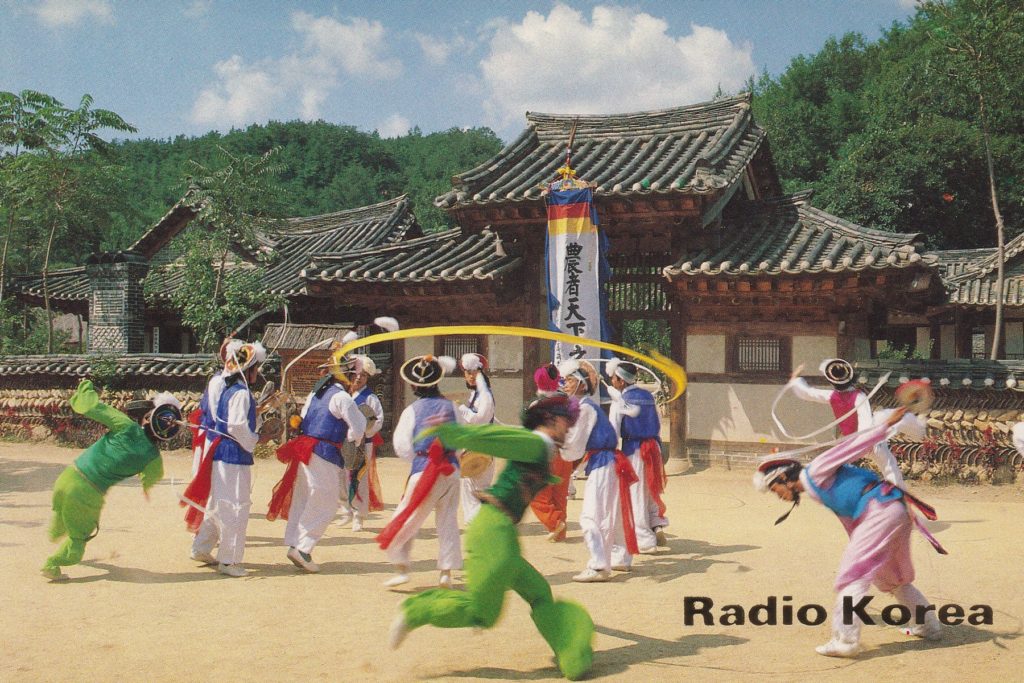
1986 03 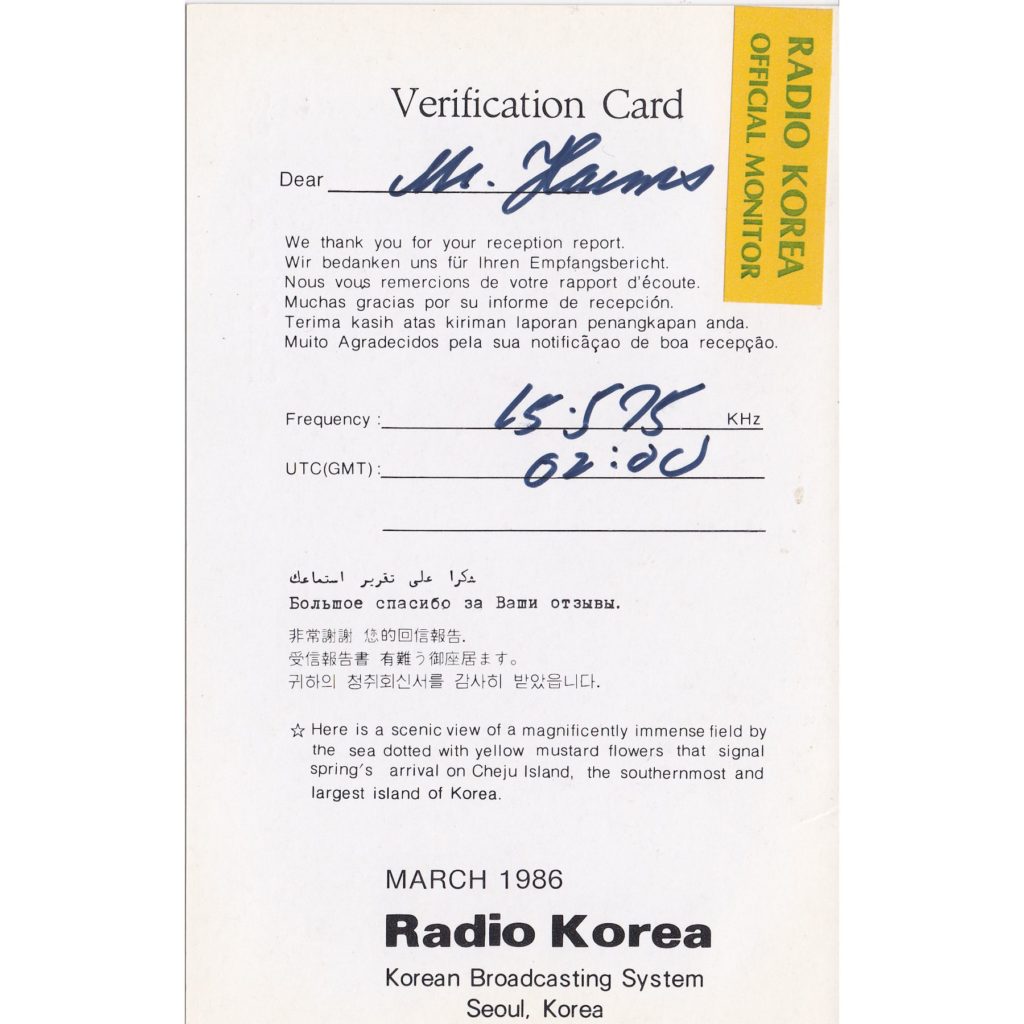
1986 03 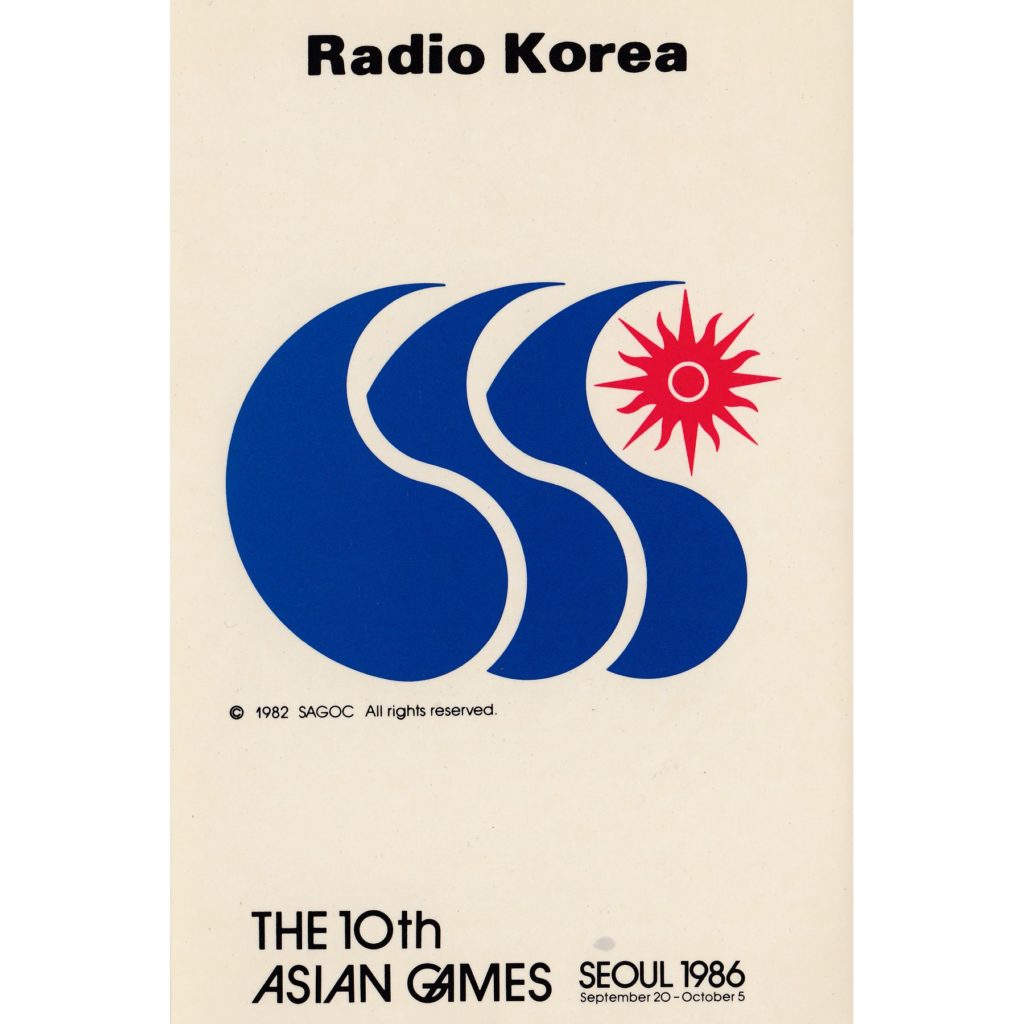
1986 03 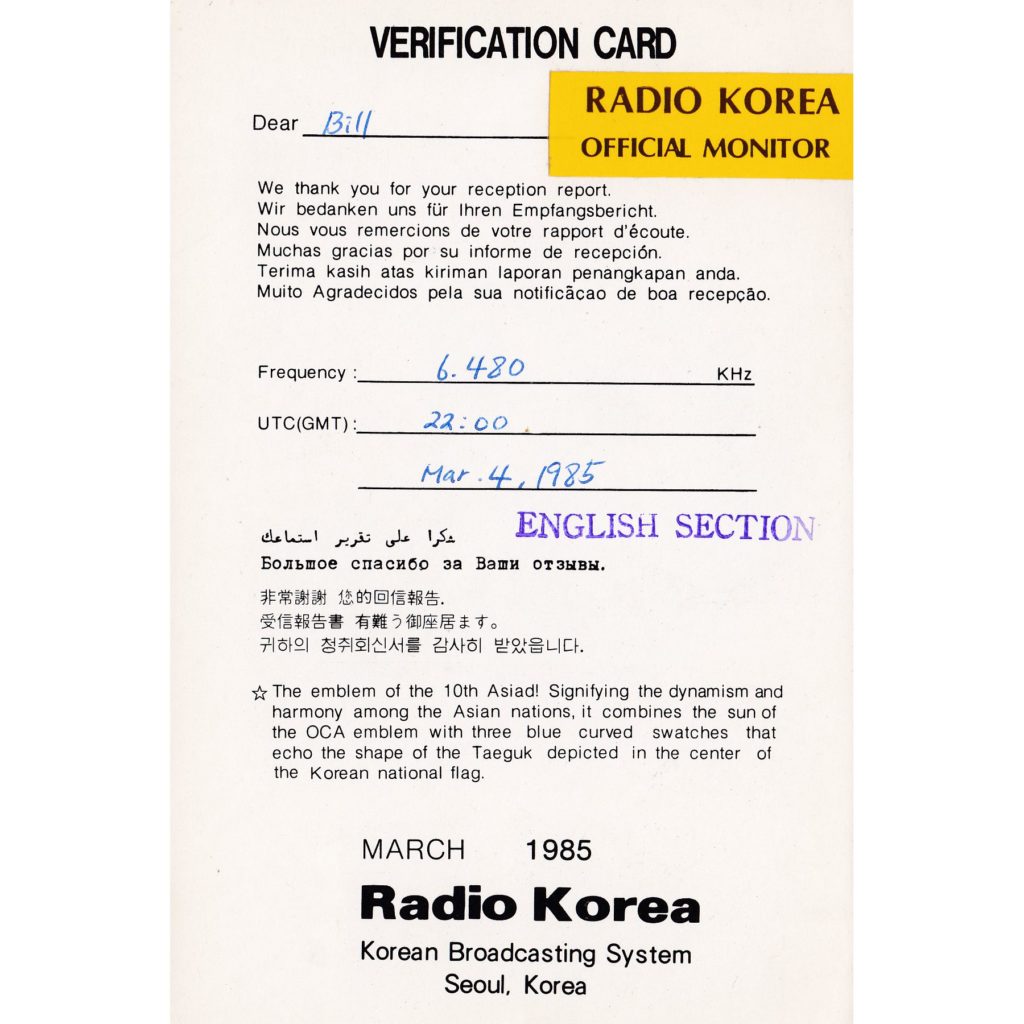
1986 03 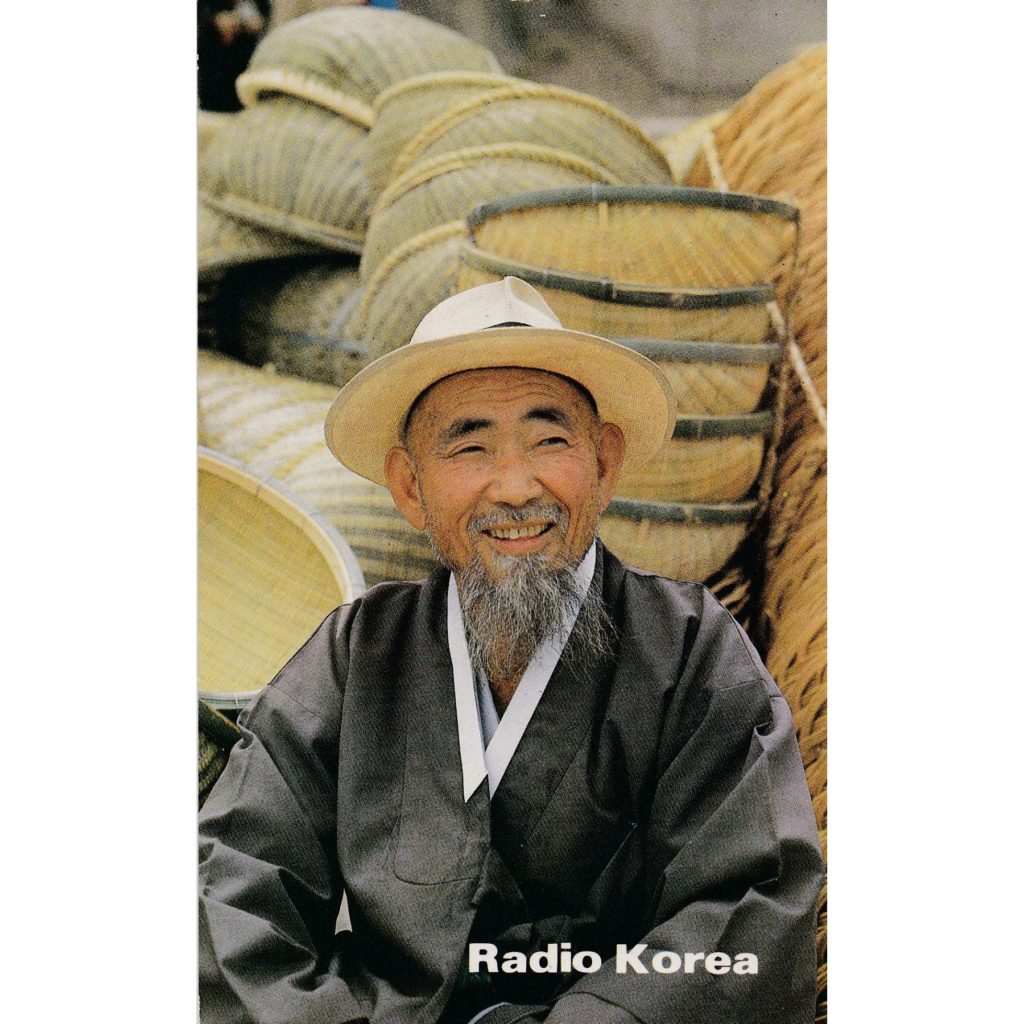
1986 05 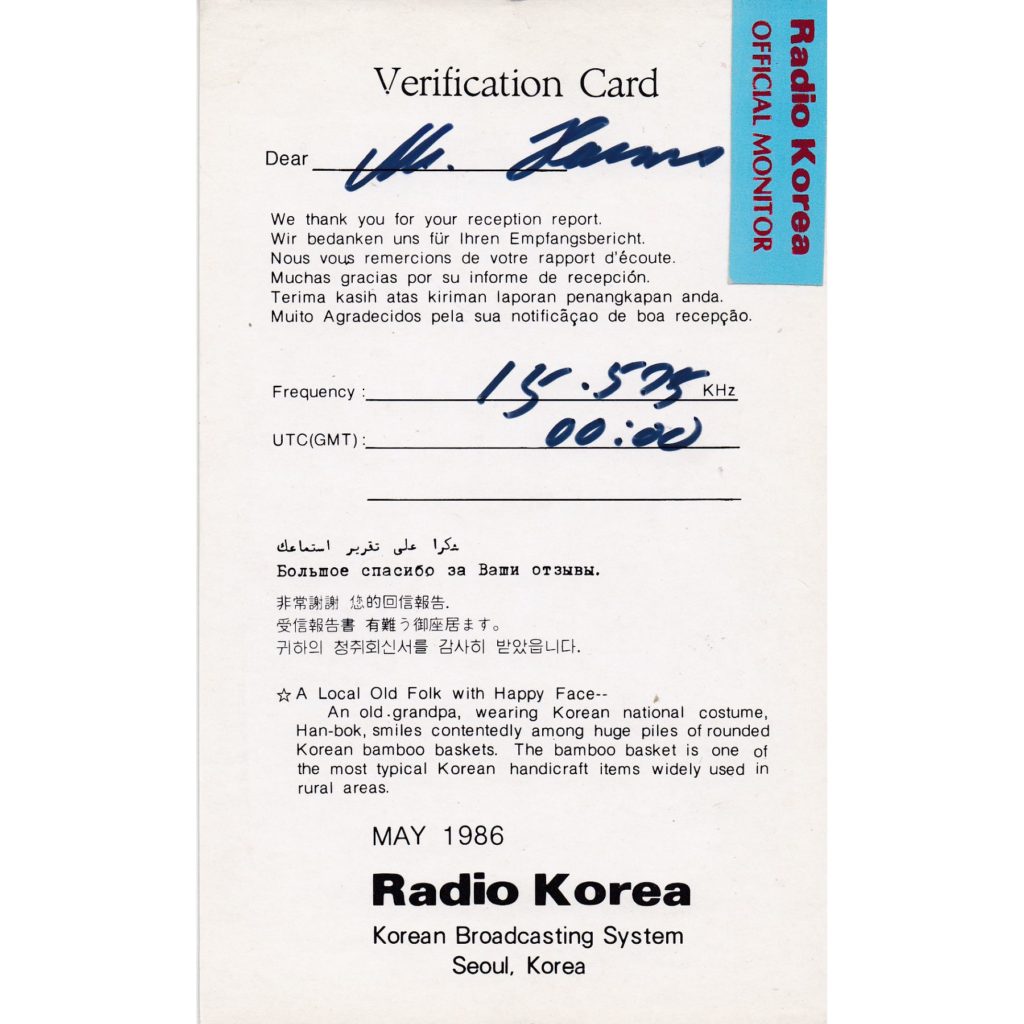
1986 05 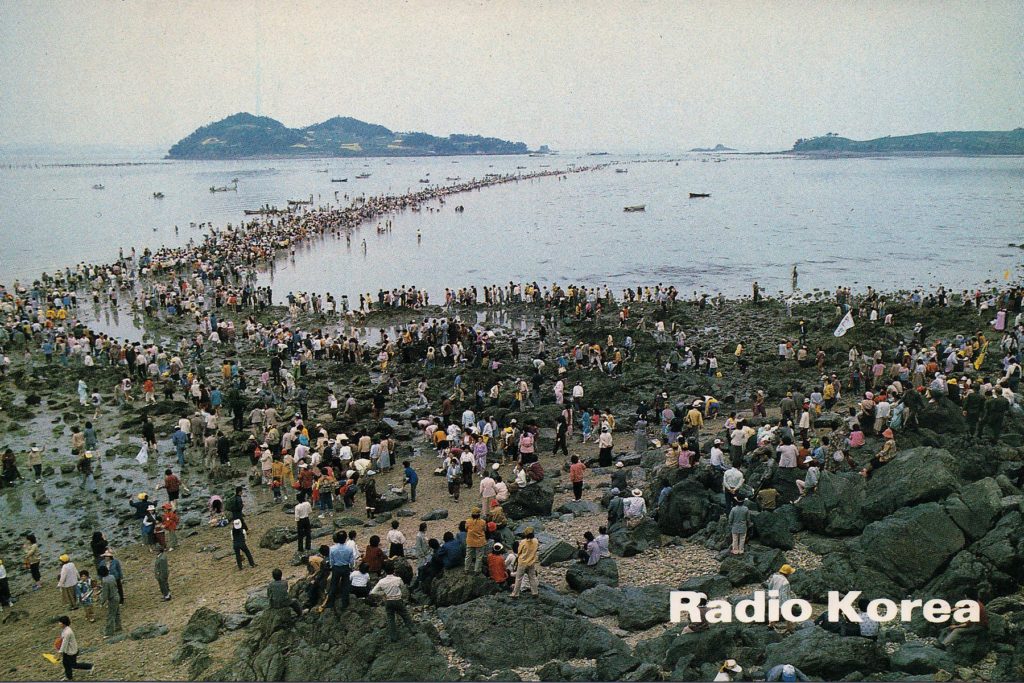
1986 05 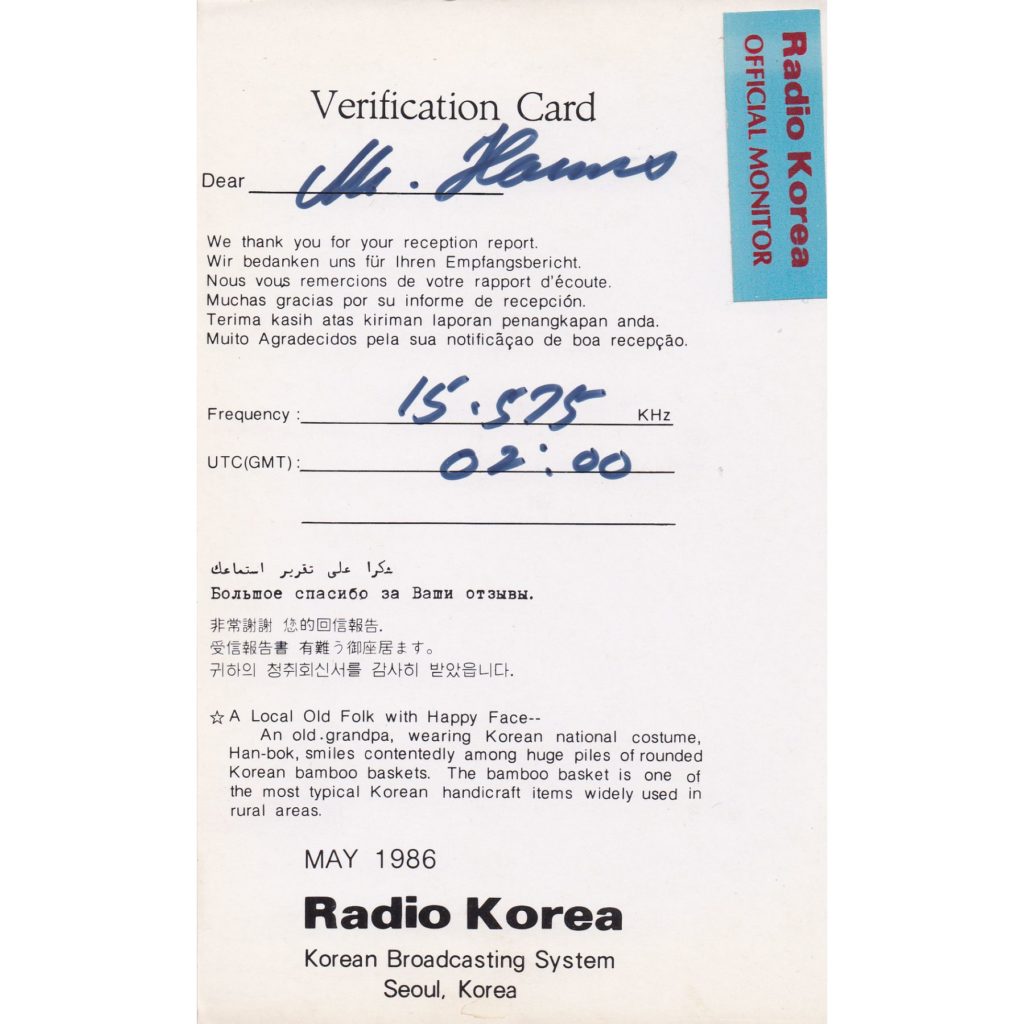
1986 05 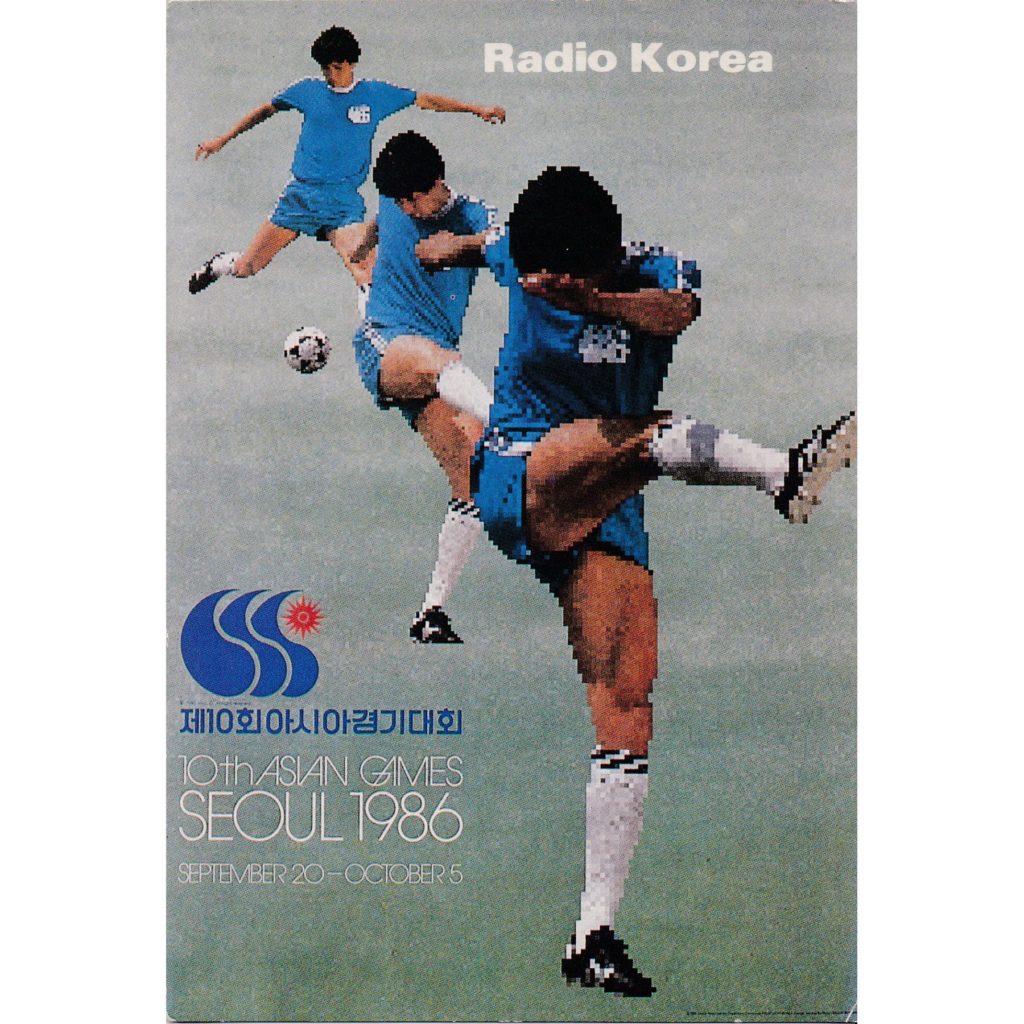
1986 06 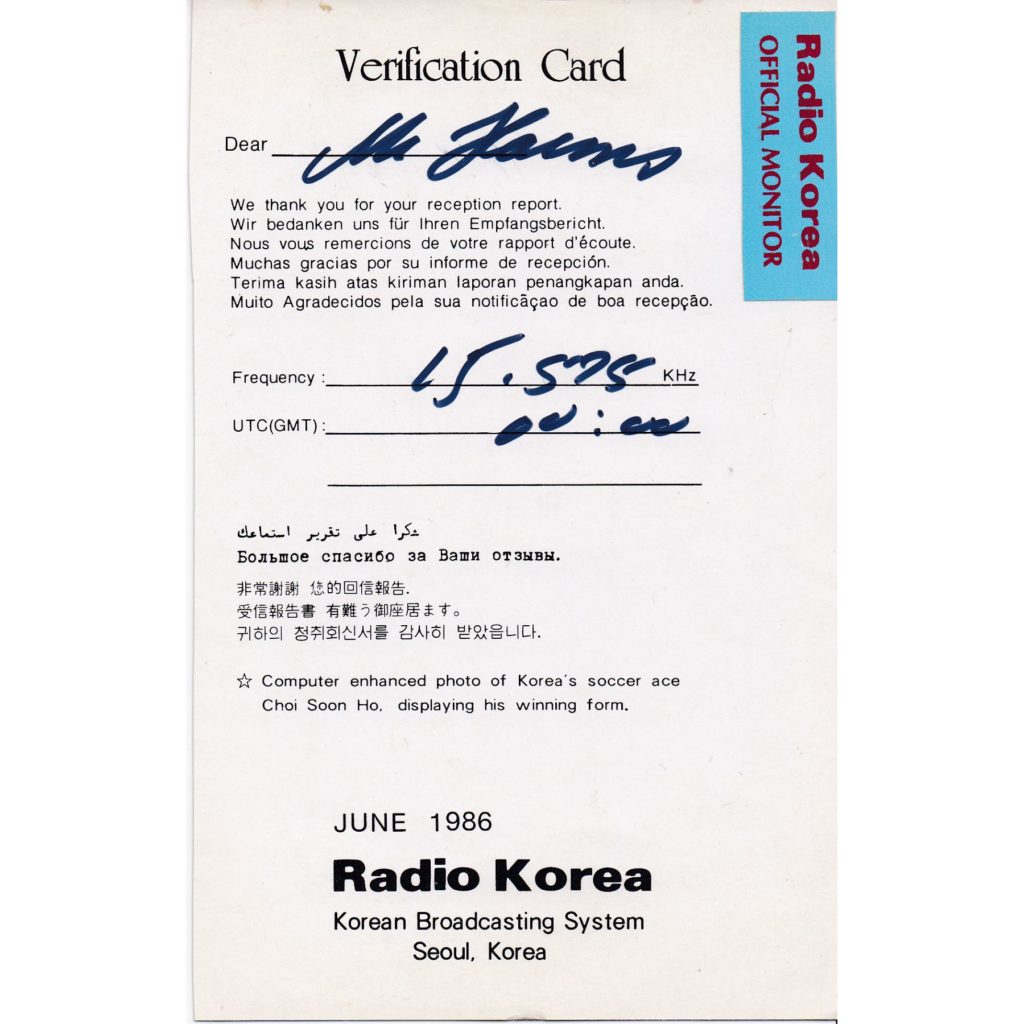
1986 06 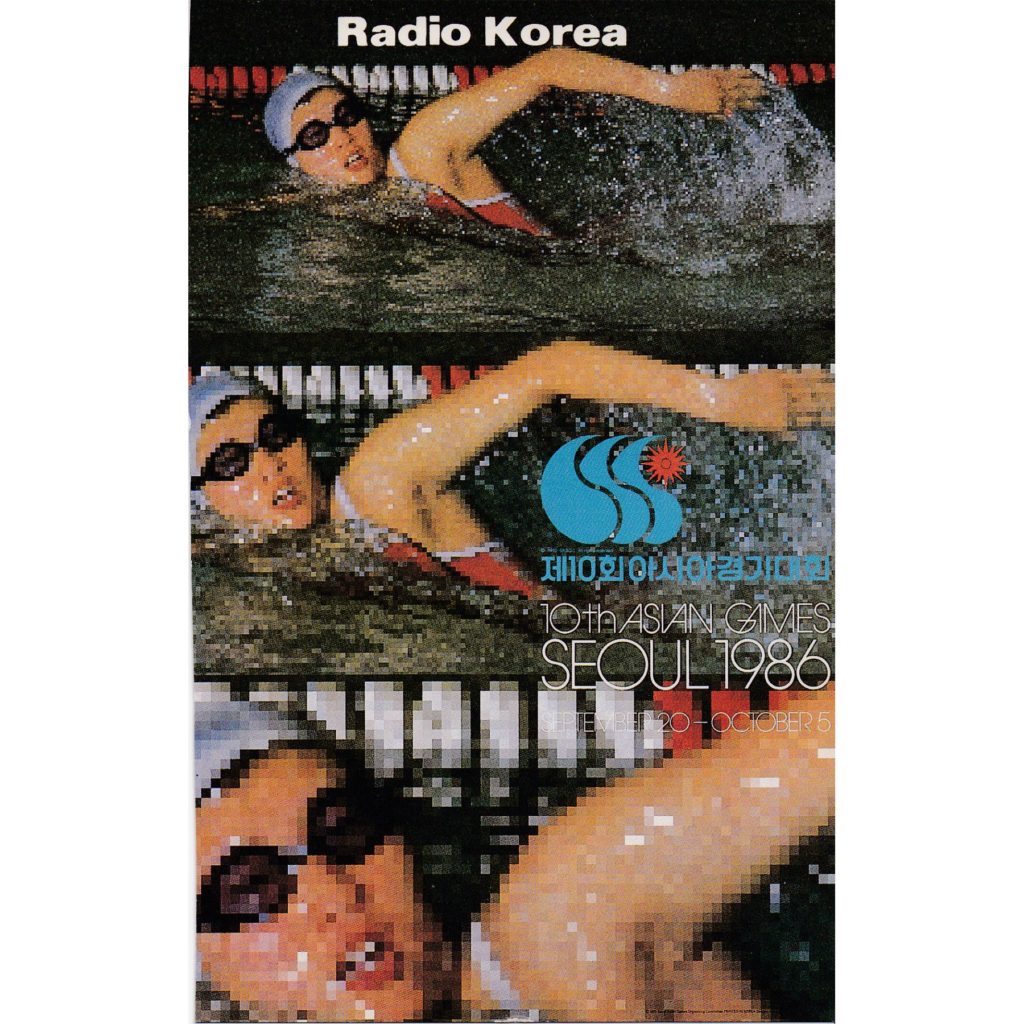
1986 07 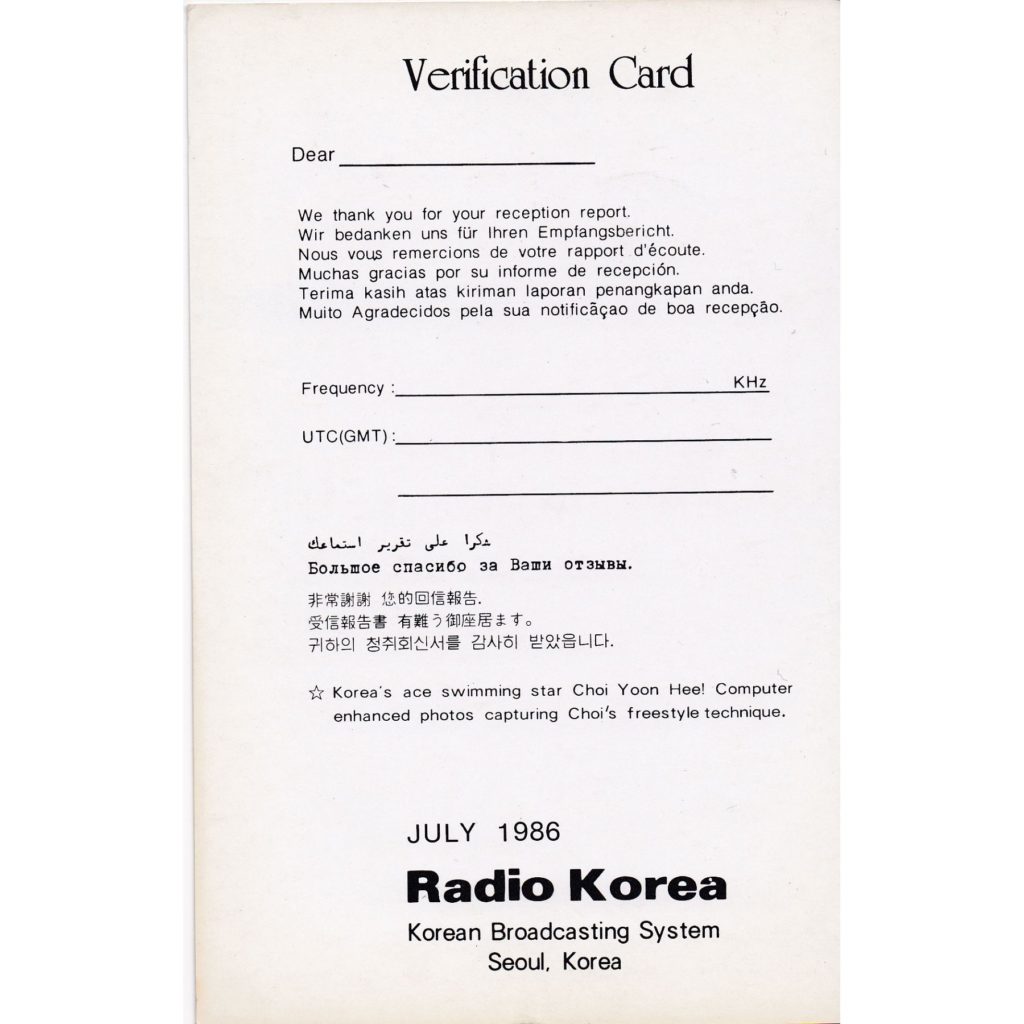
1986 07 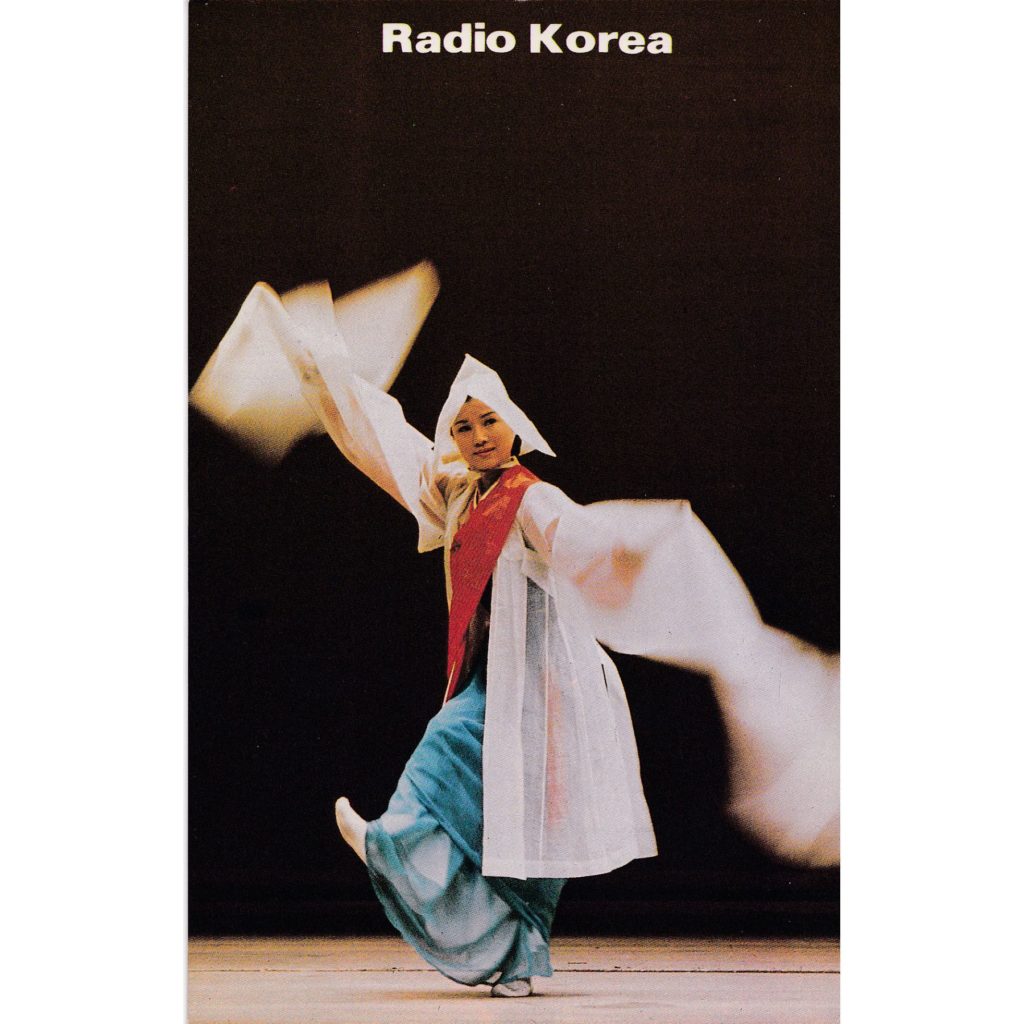
1986 08 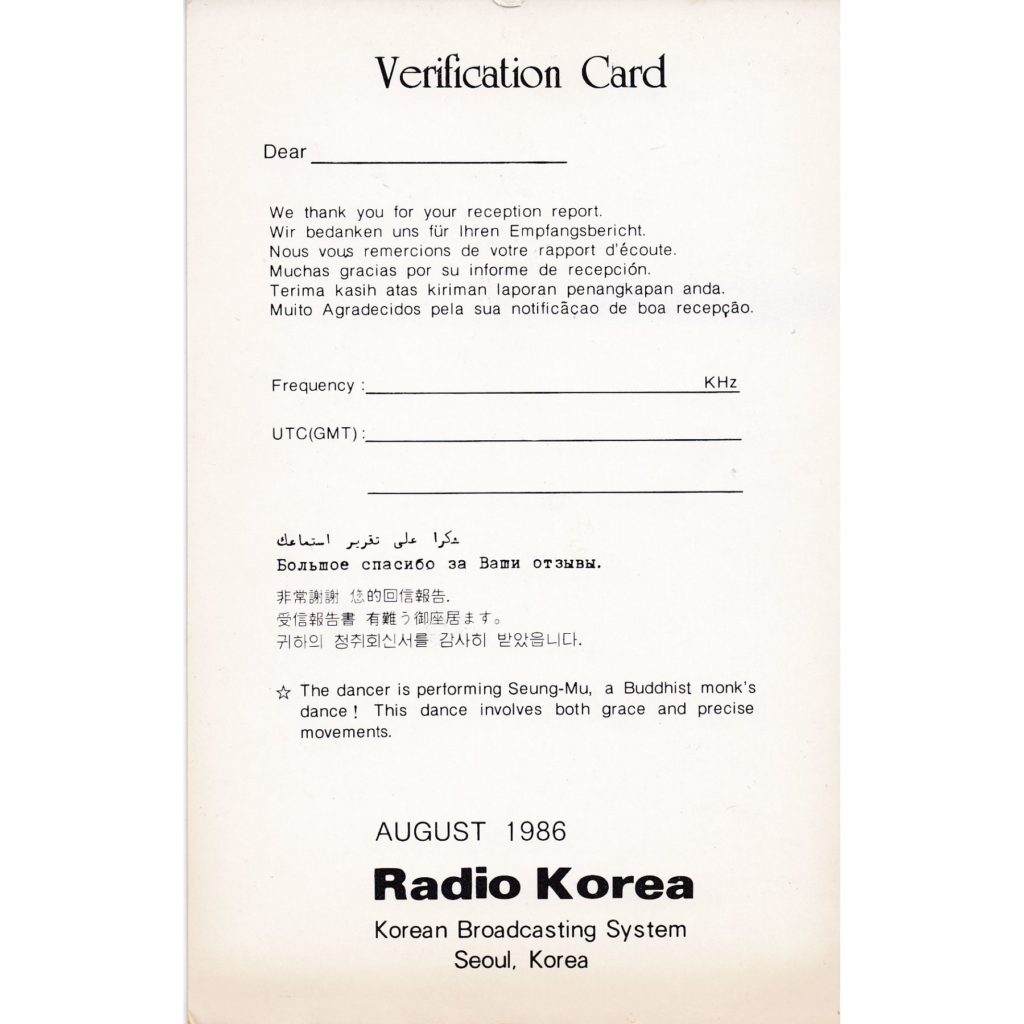
1986 08 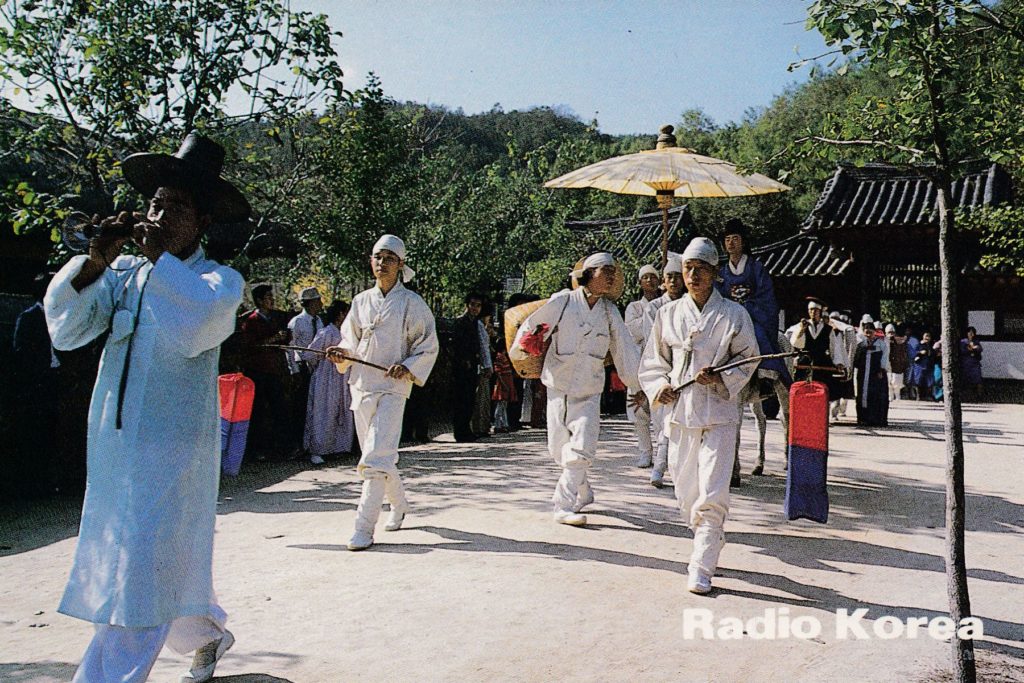
1986 09 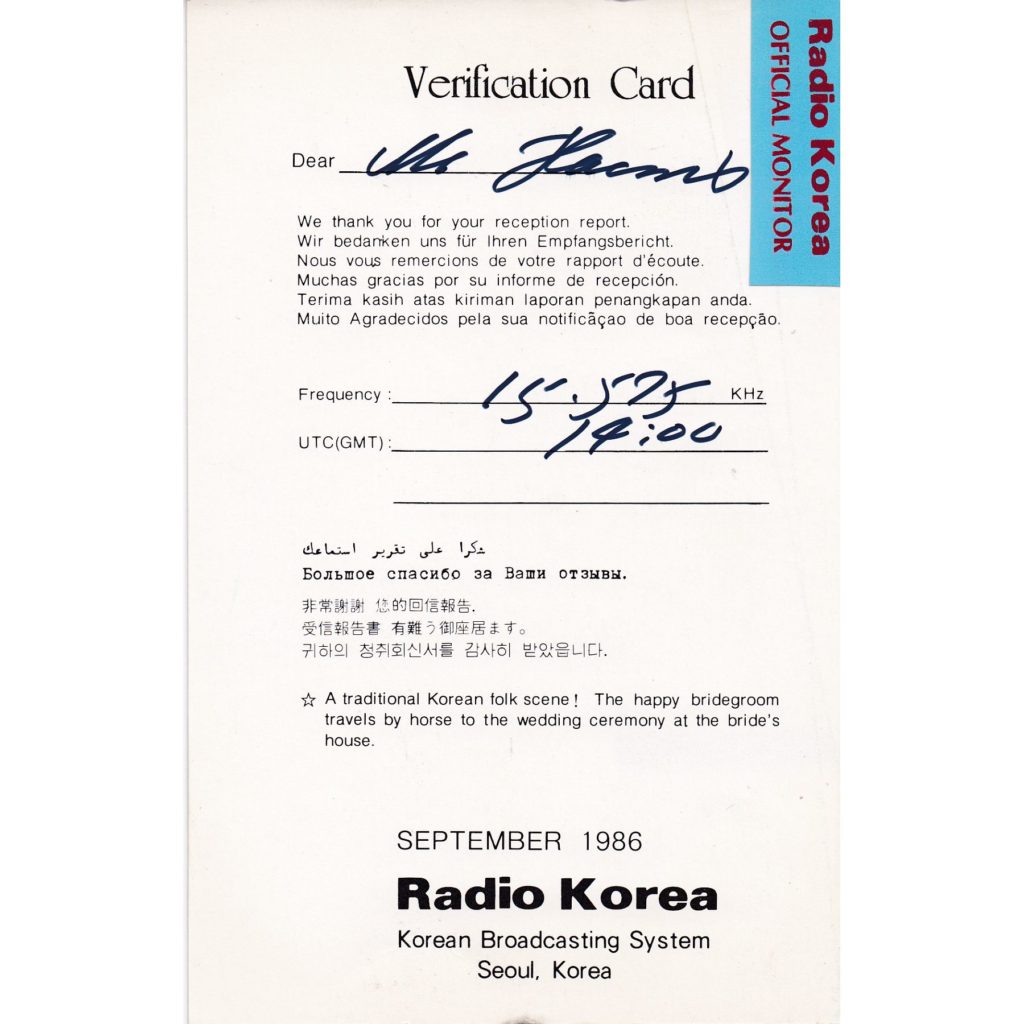
1986 09 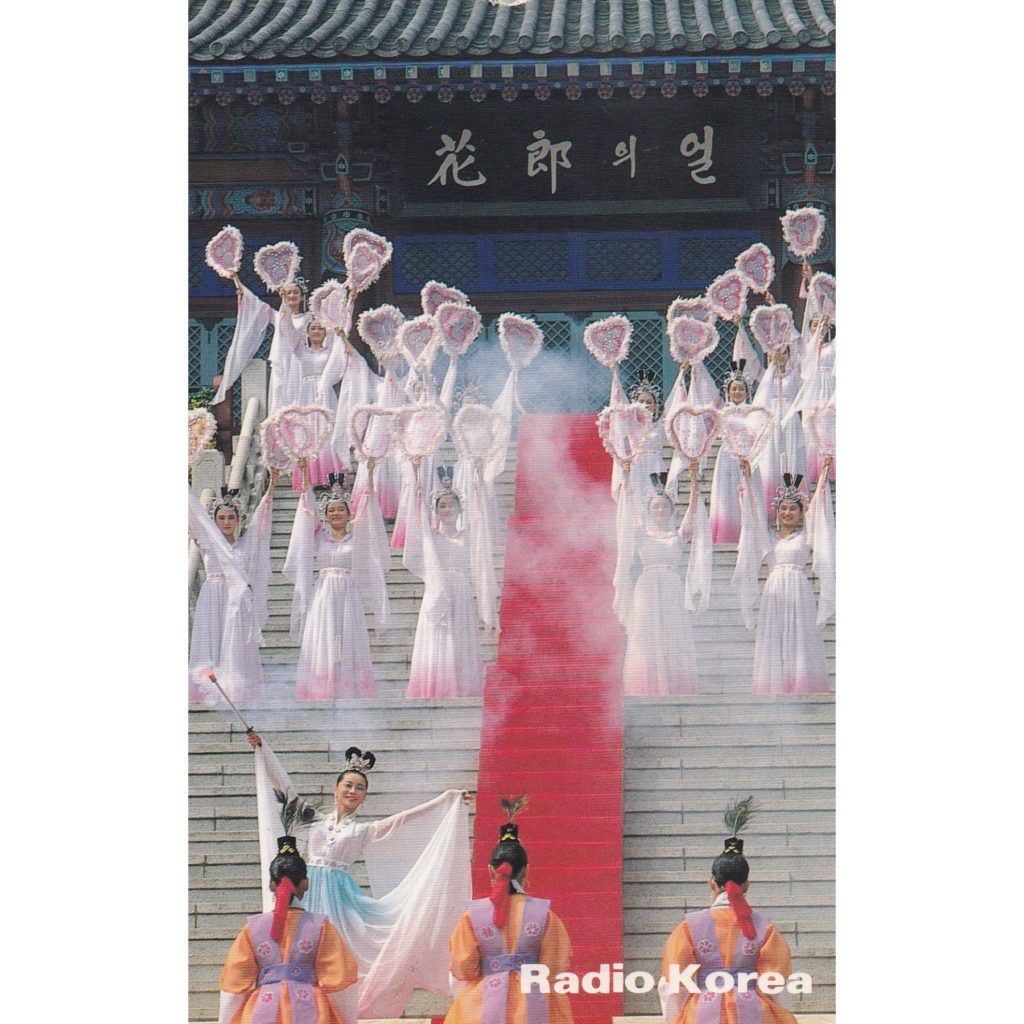
1986 10 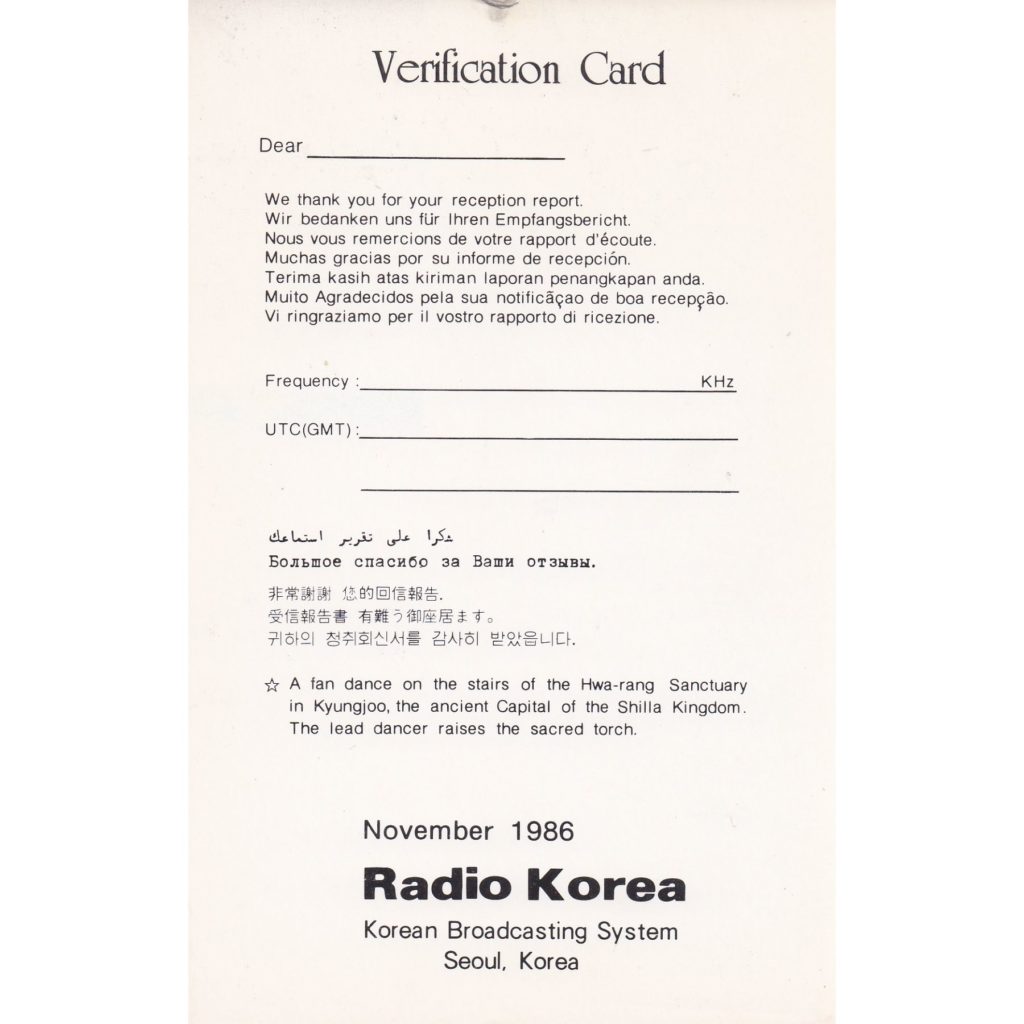
1986 10 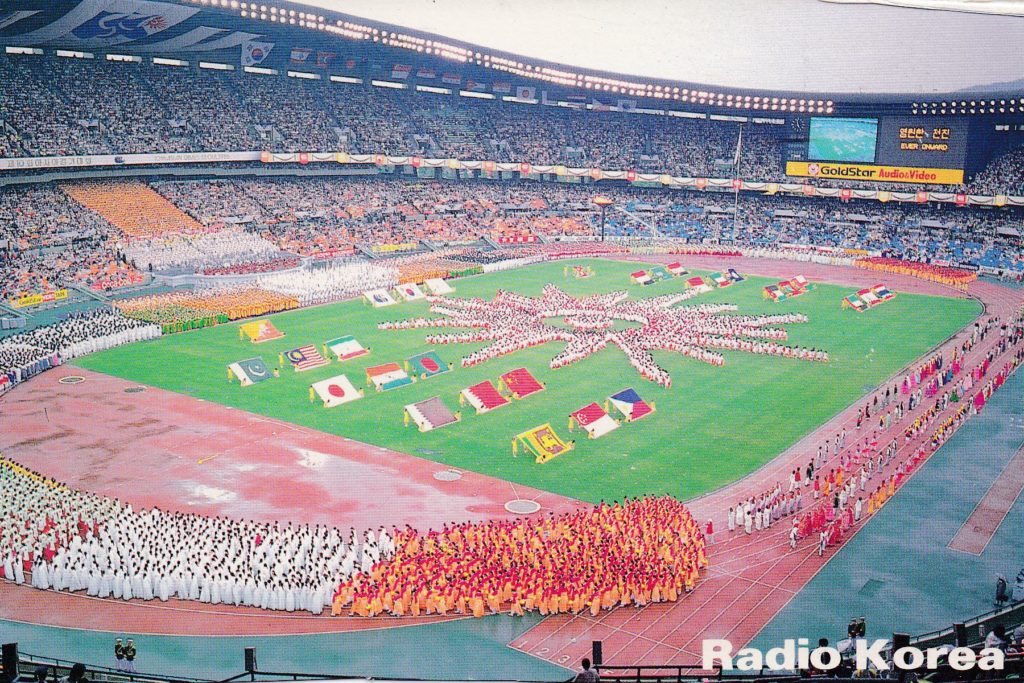
1986 10 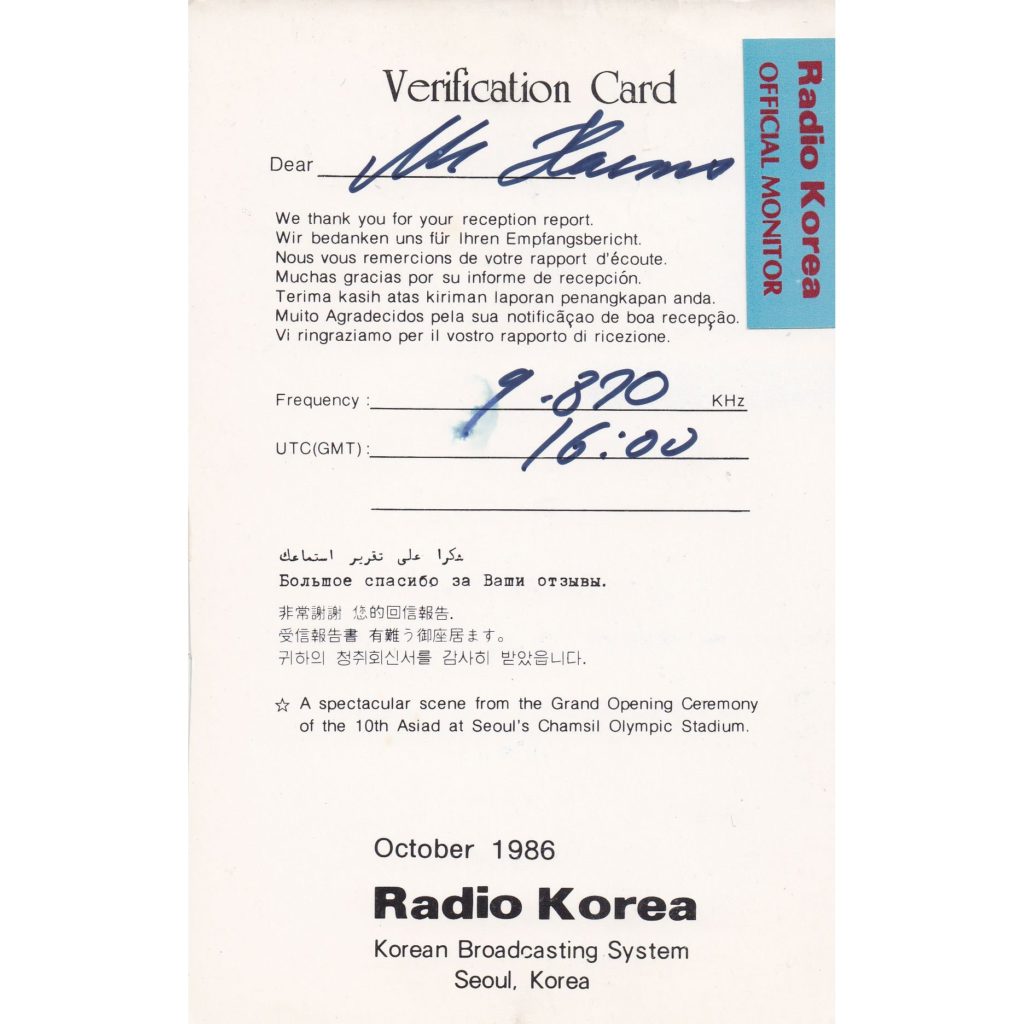
1986 10 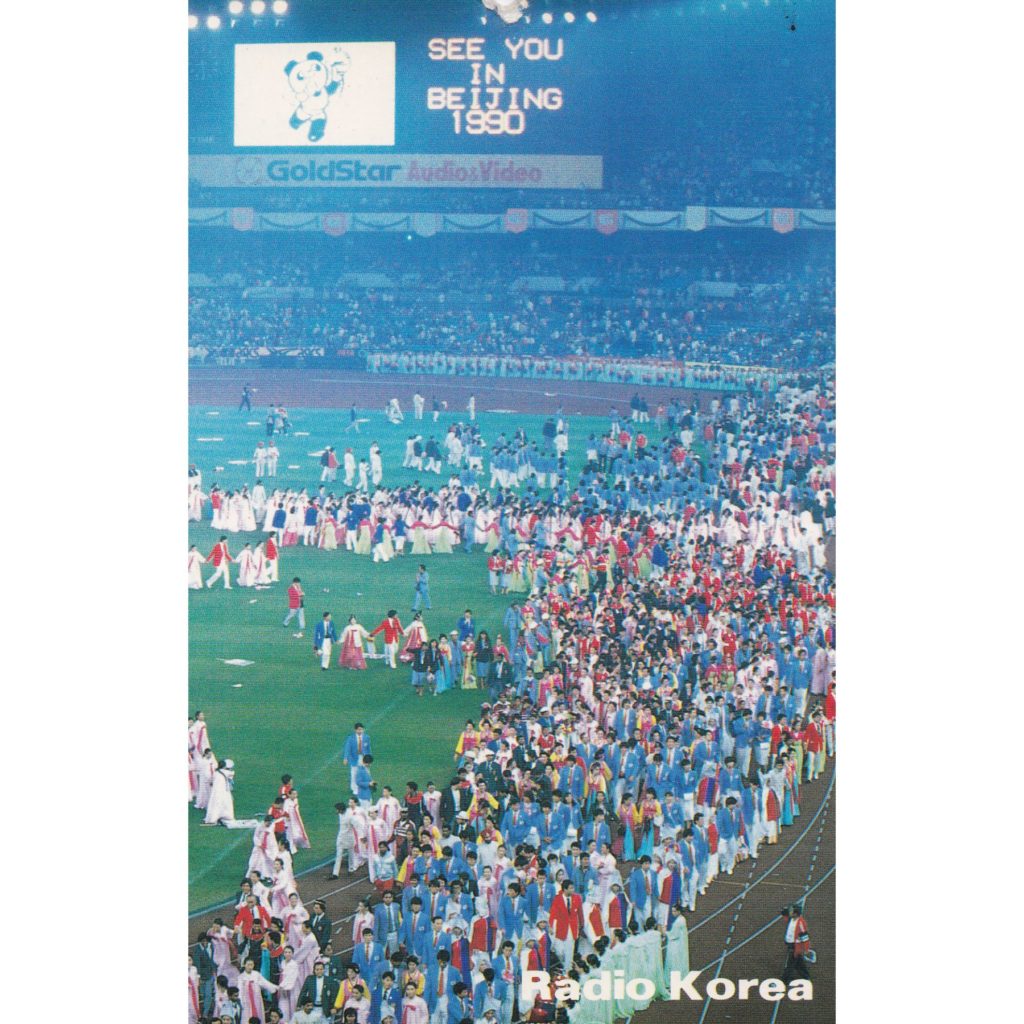
1986 12 
1986 12 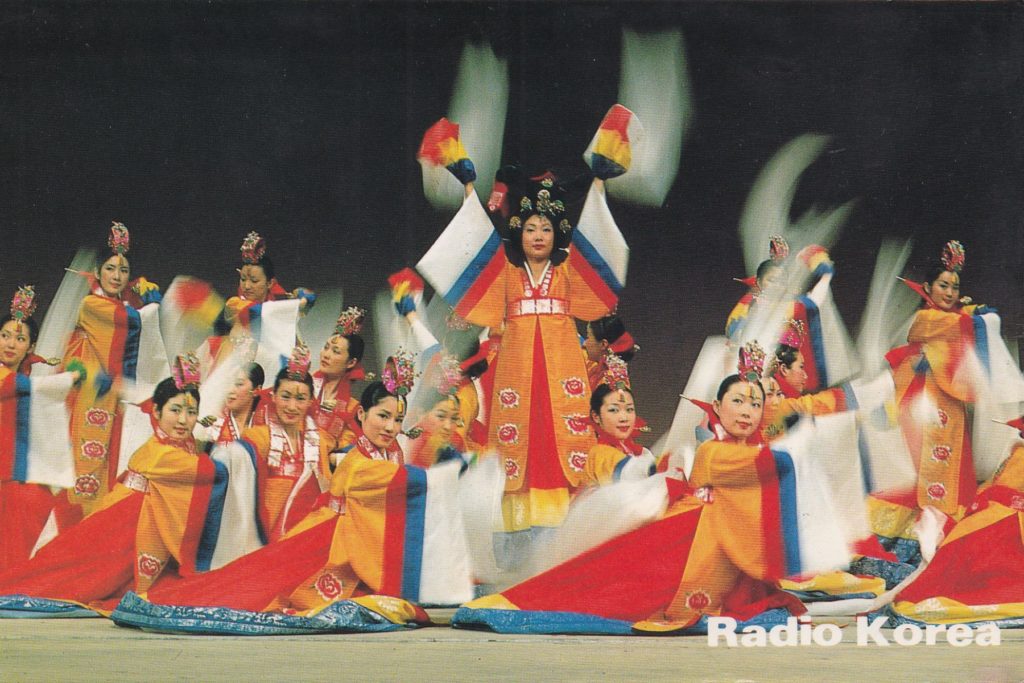
1987 1 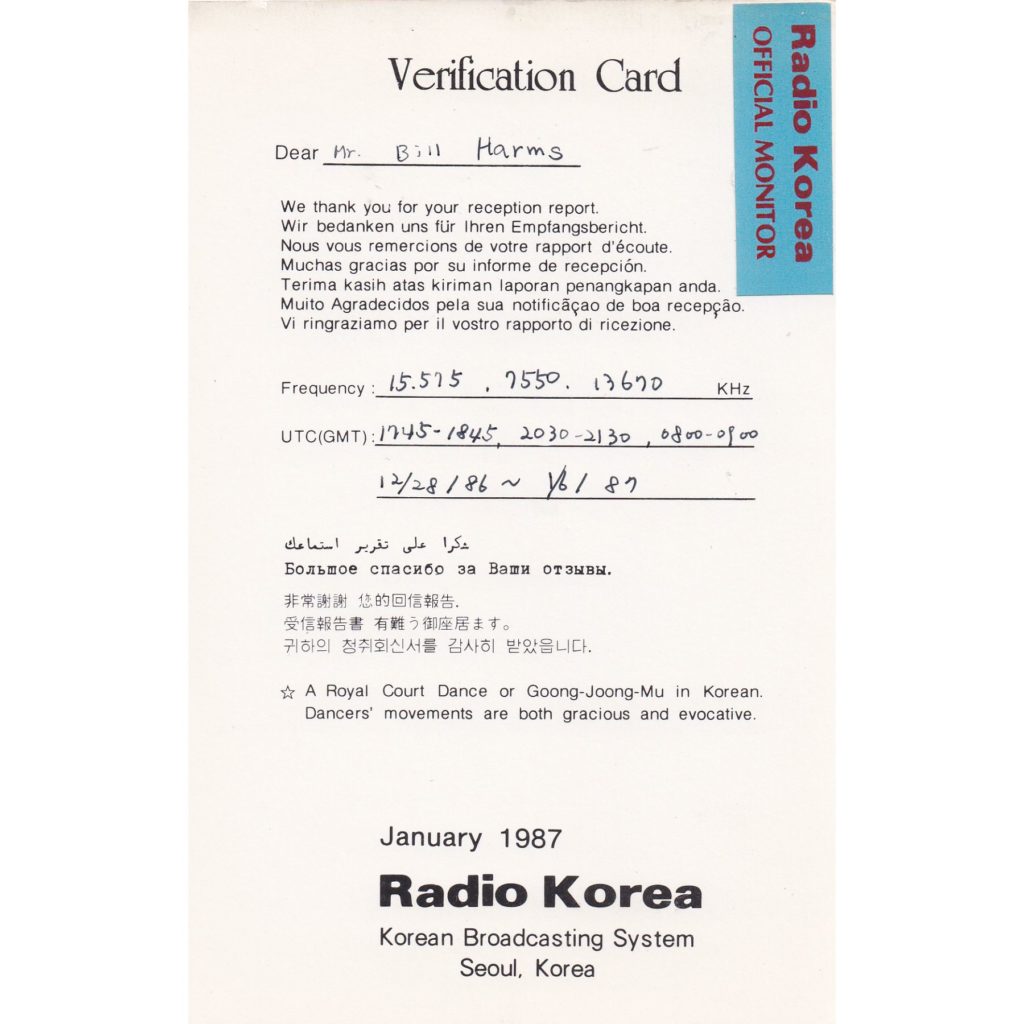
1987 1 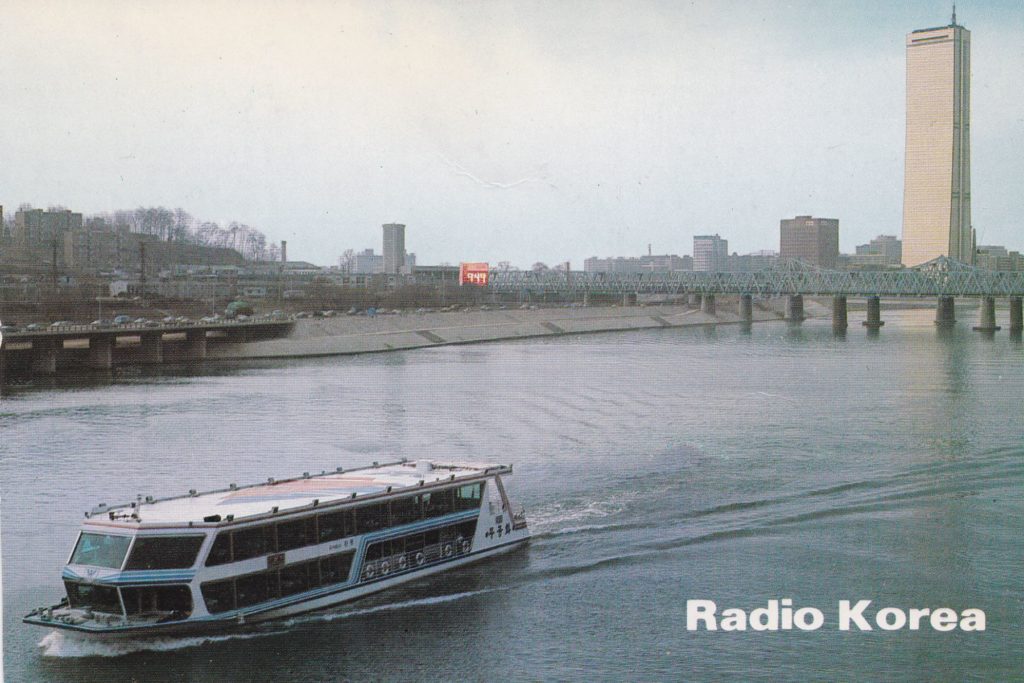
1987 3 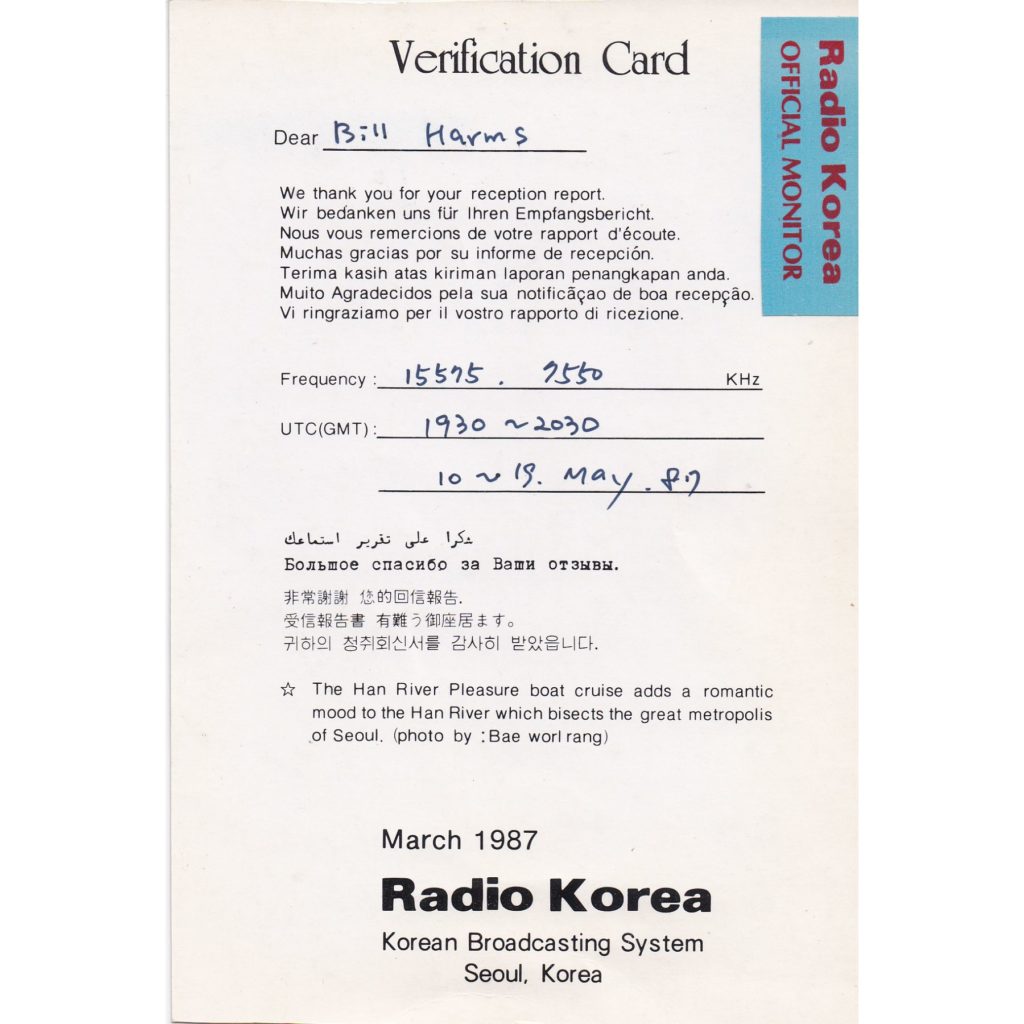
1987 3 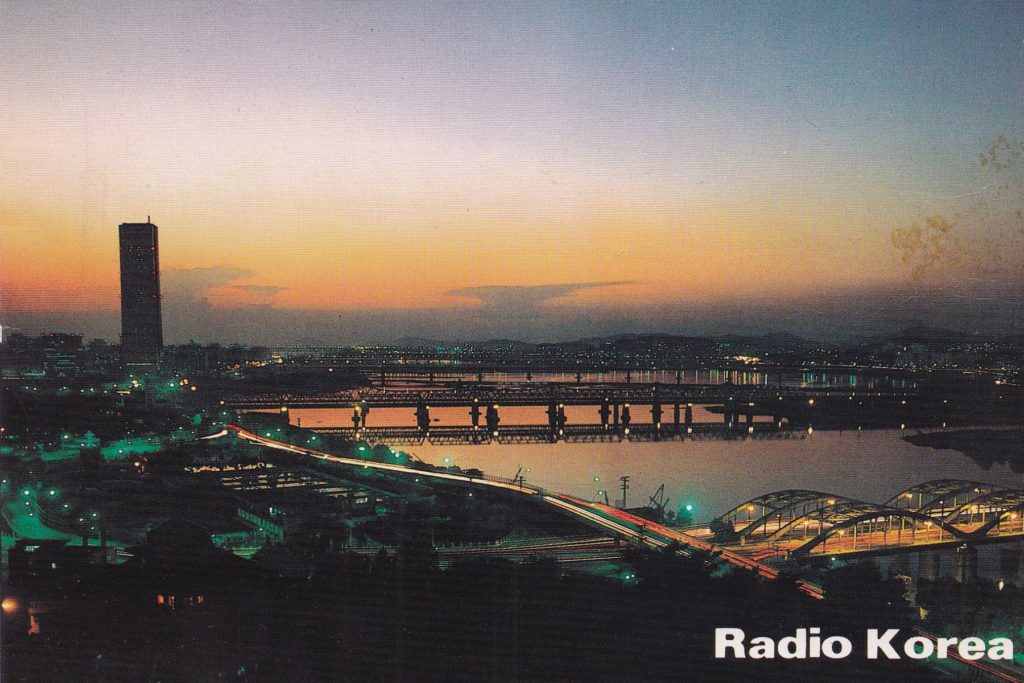
1987 4 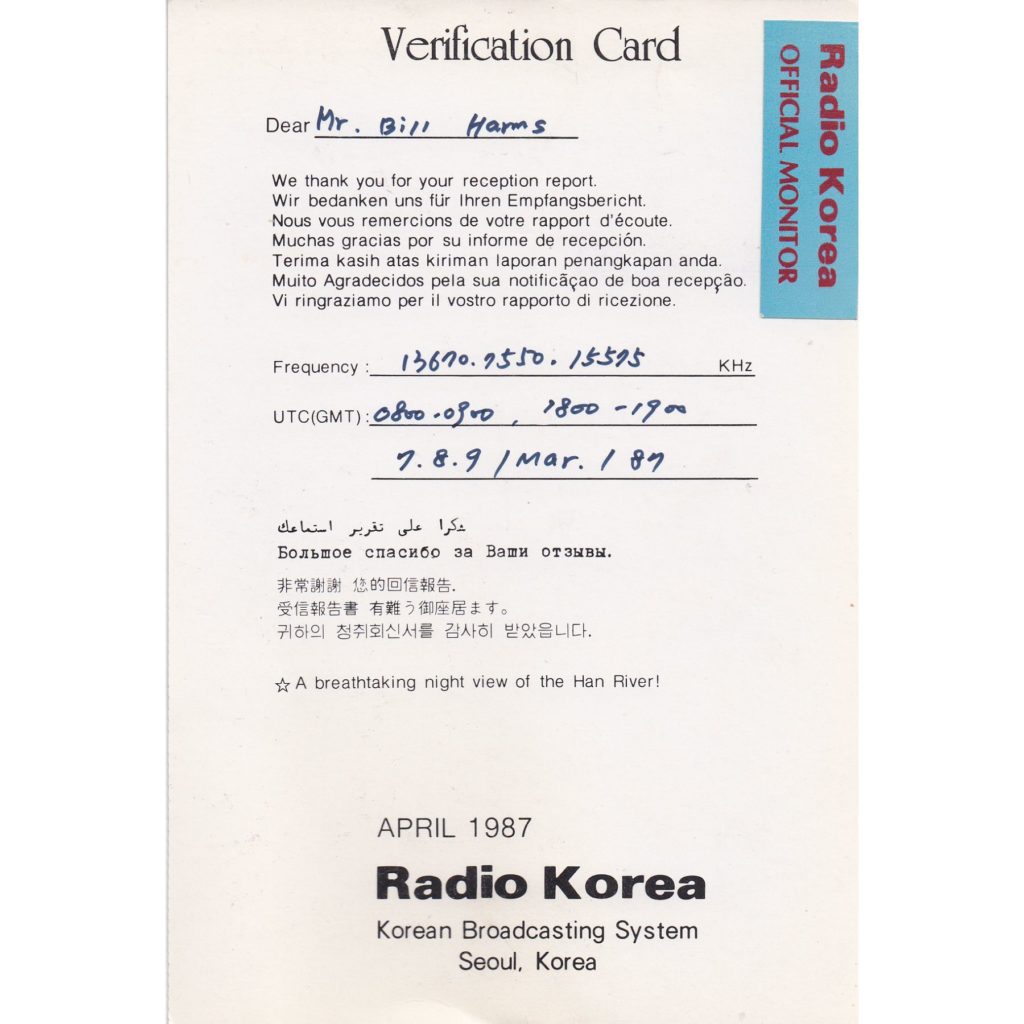
1987 4 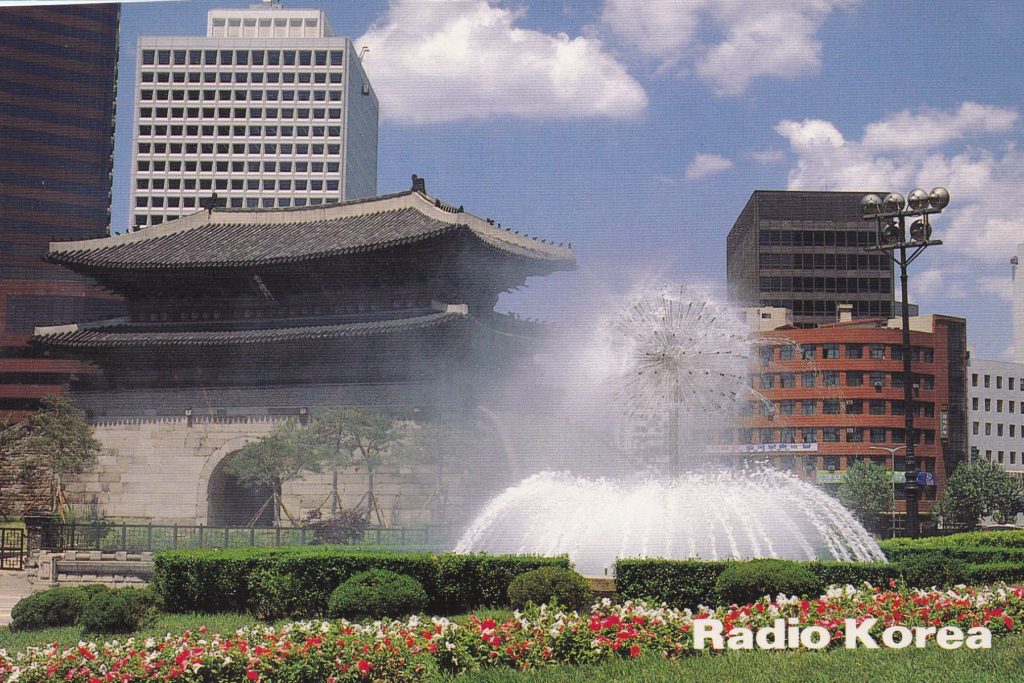
1987 8 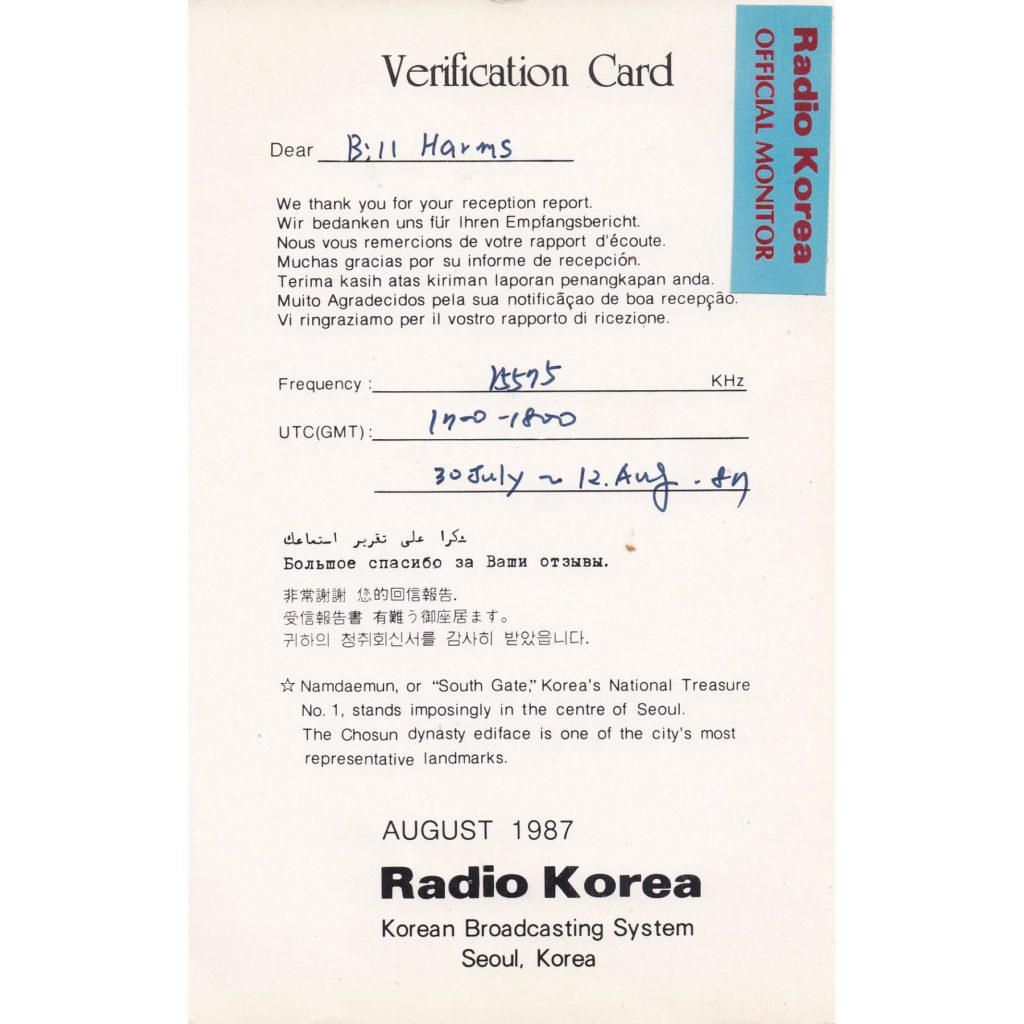
1987 8 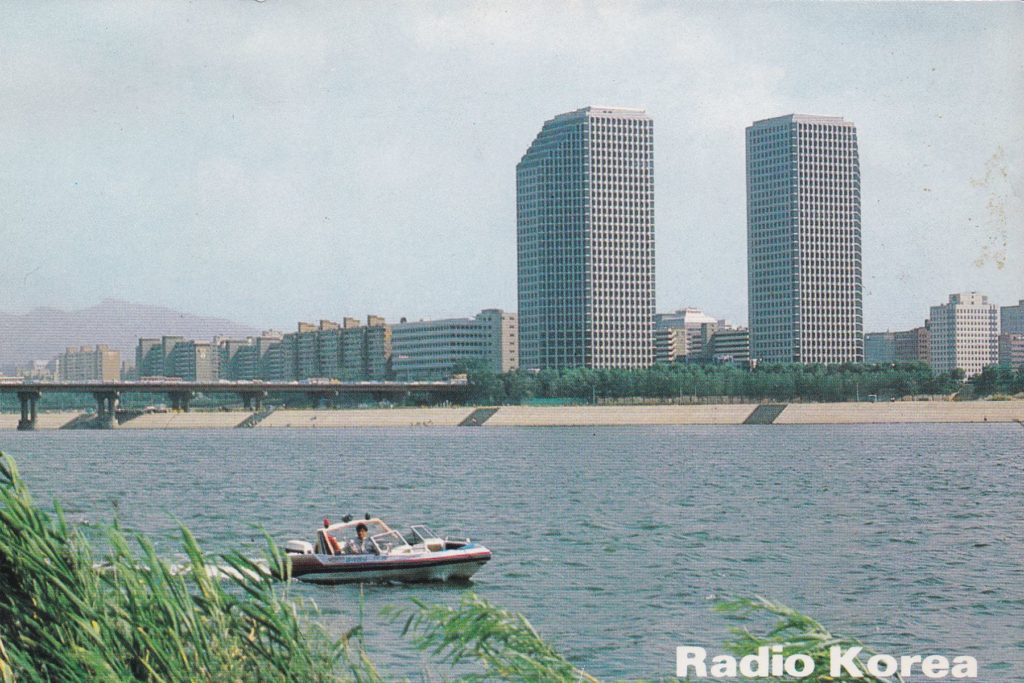
1987 11 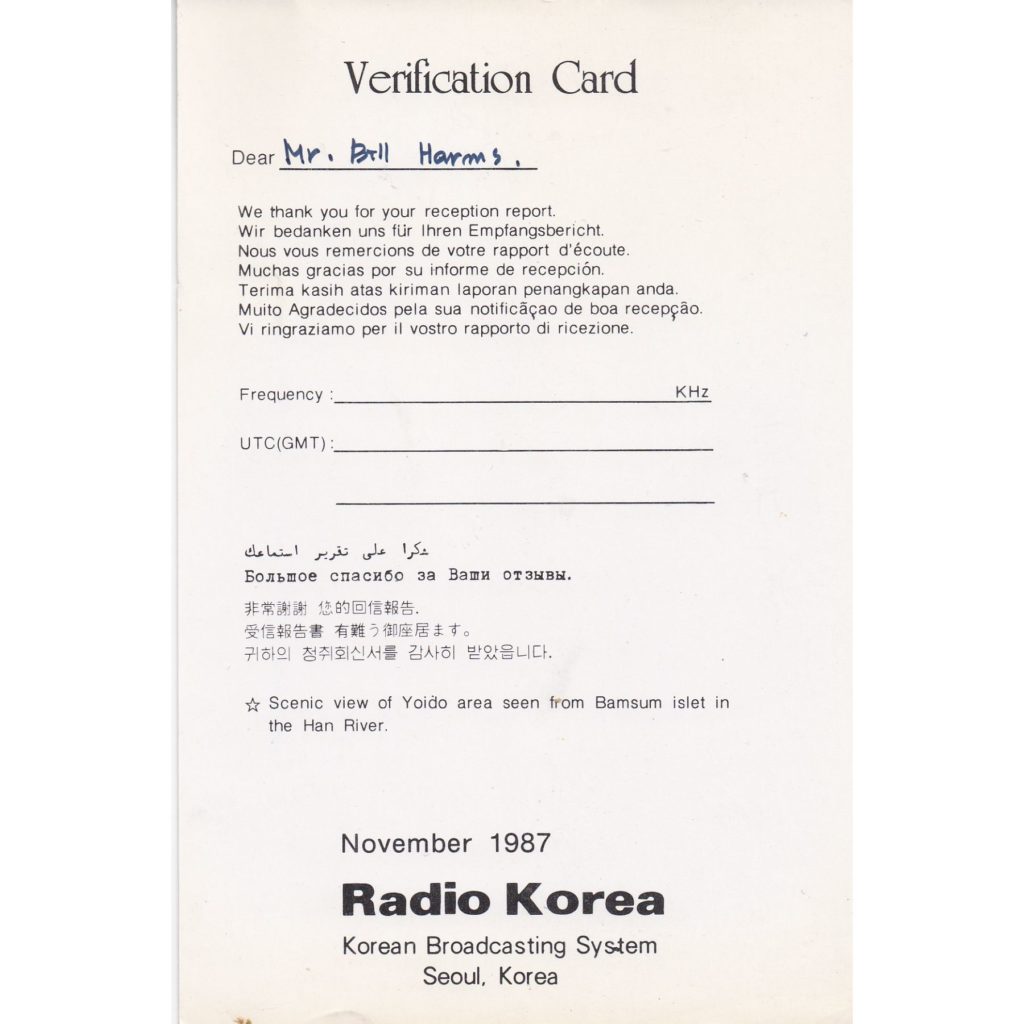
1987 11 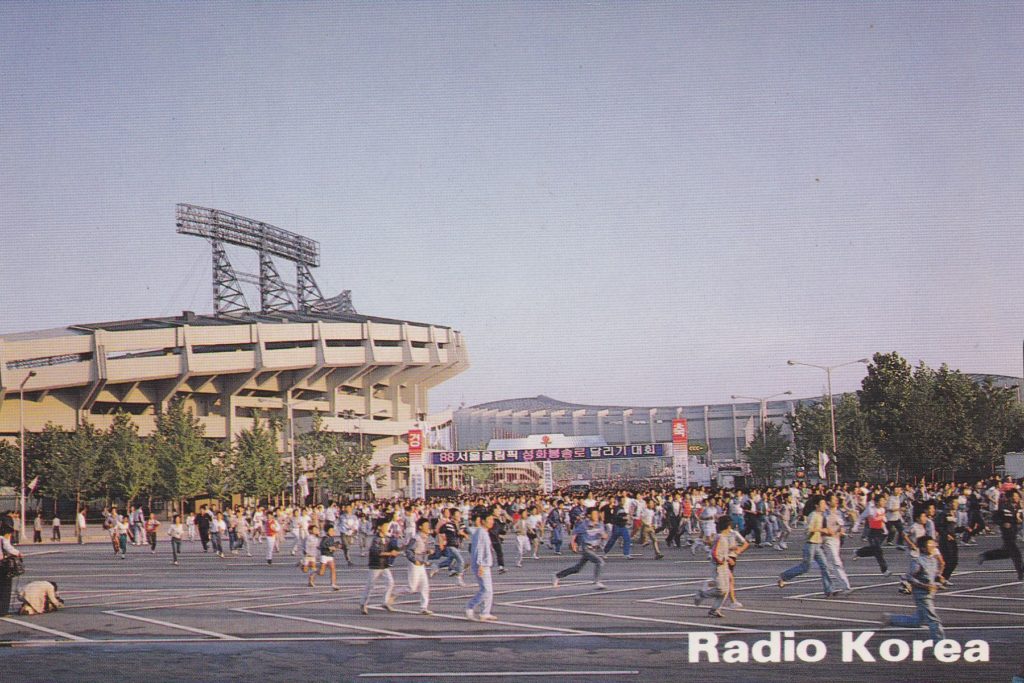
1987 10 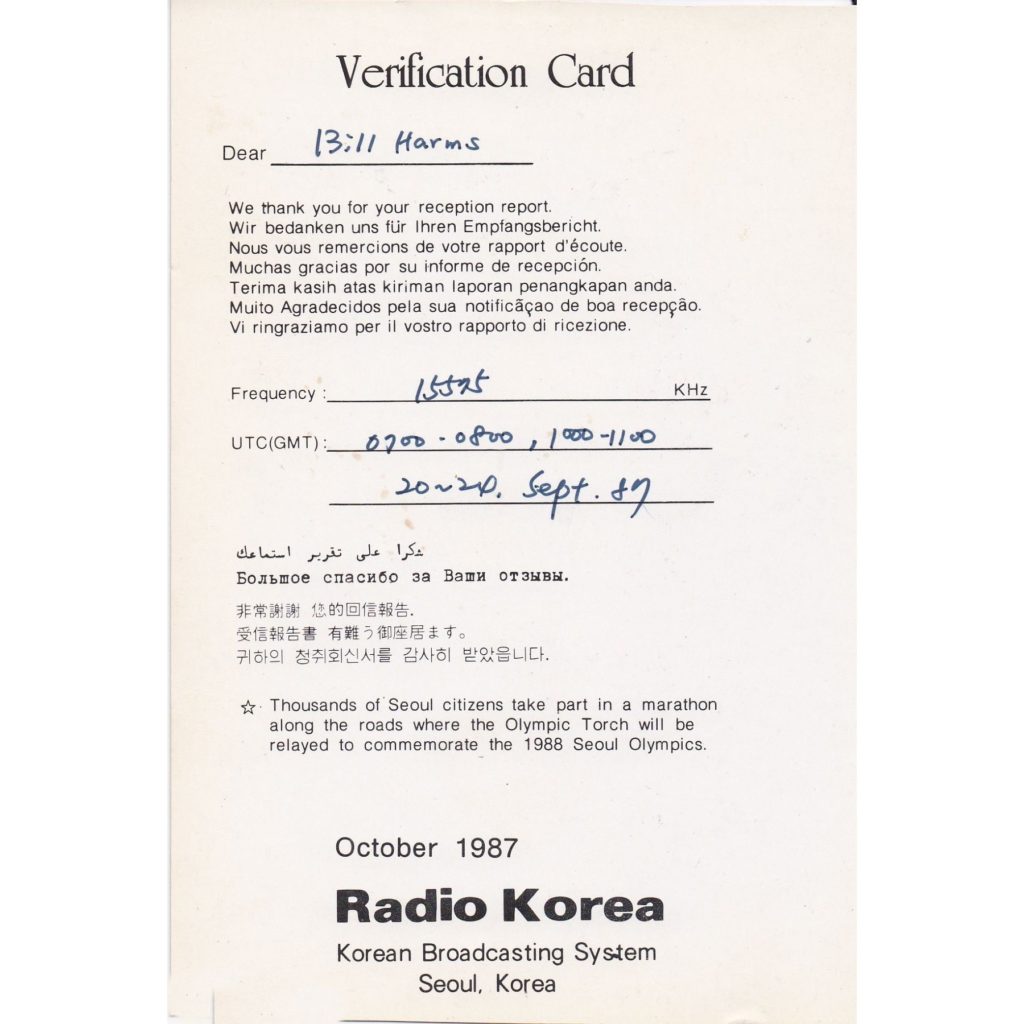
1987 10 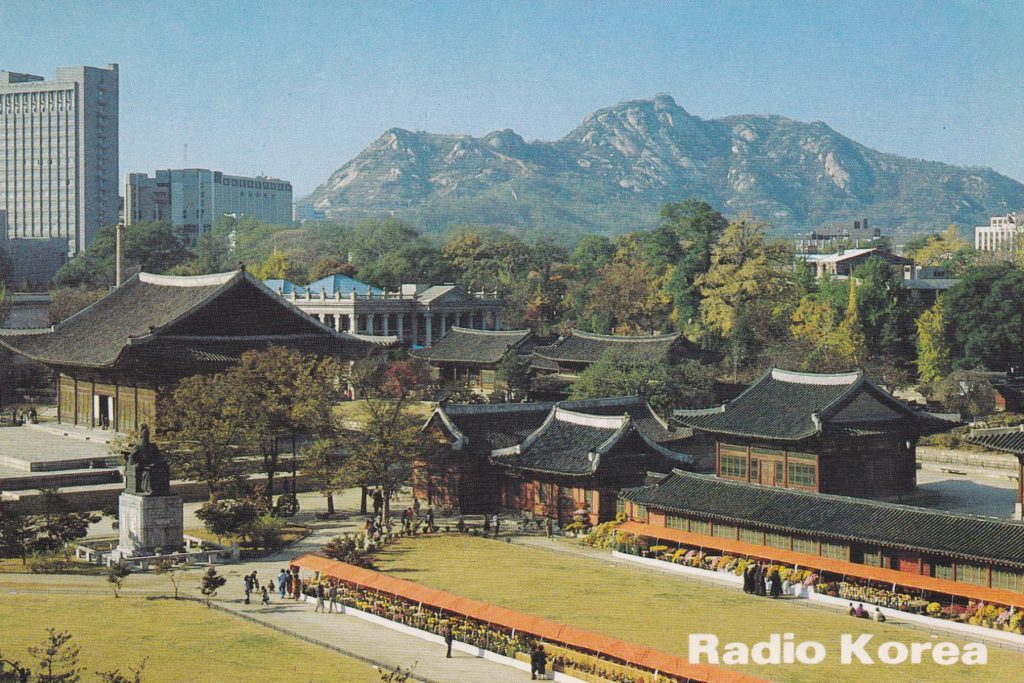
1987 12 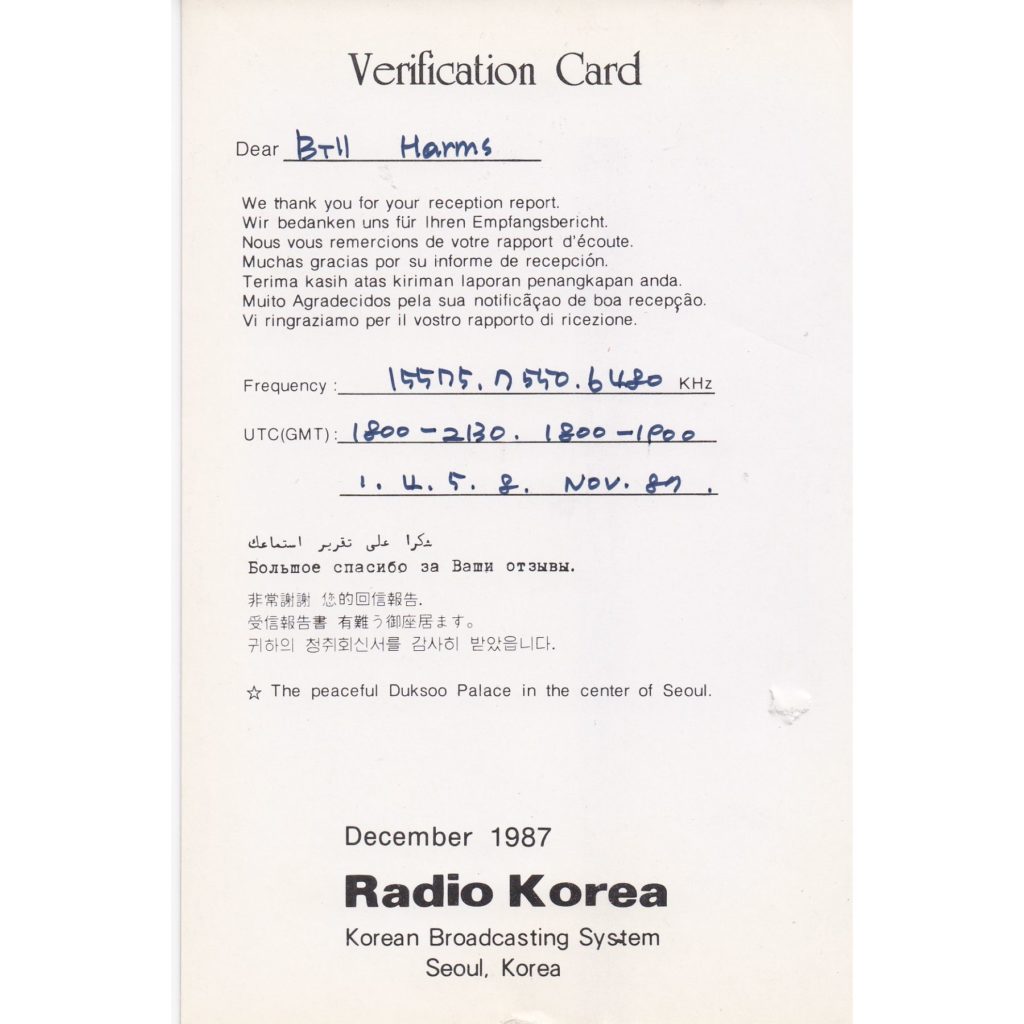
1987 12 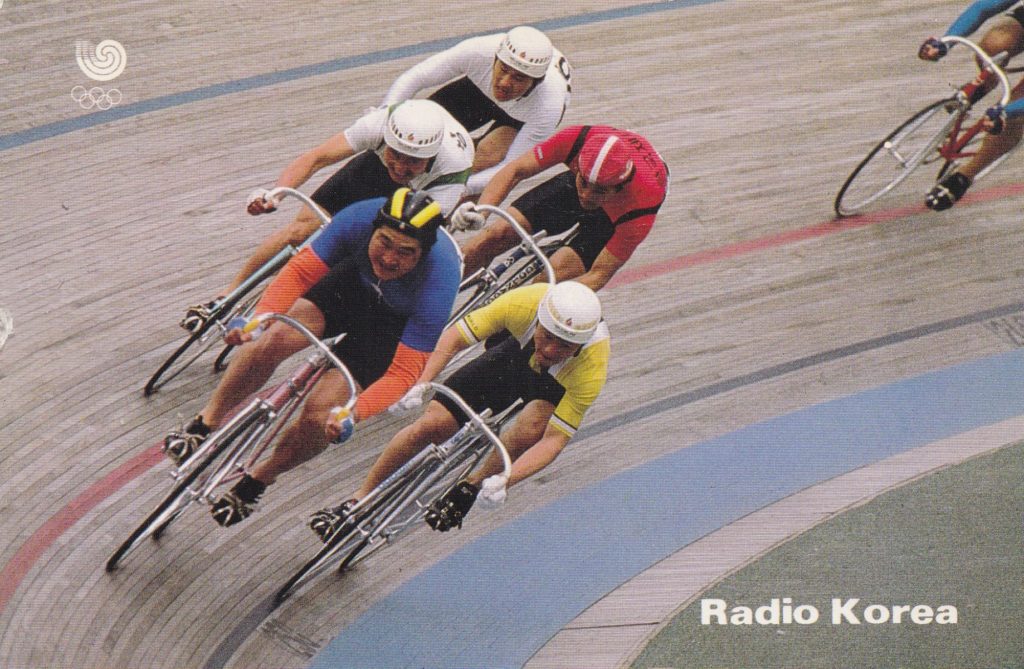
1988 1 
1988 1 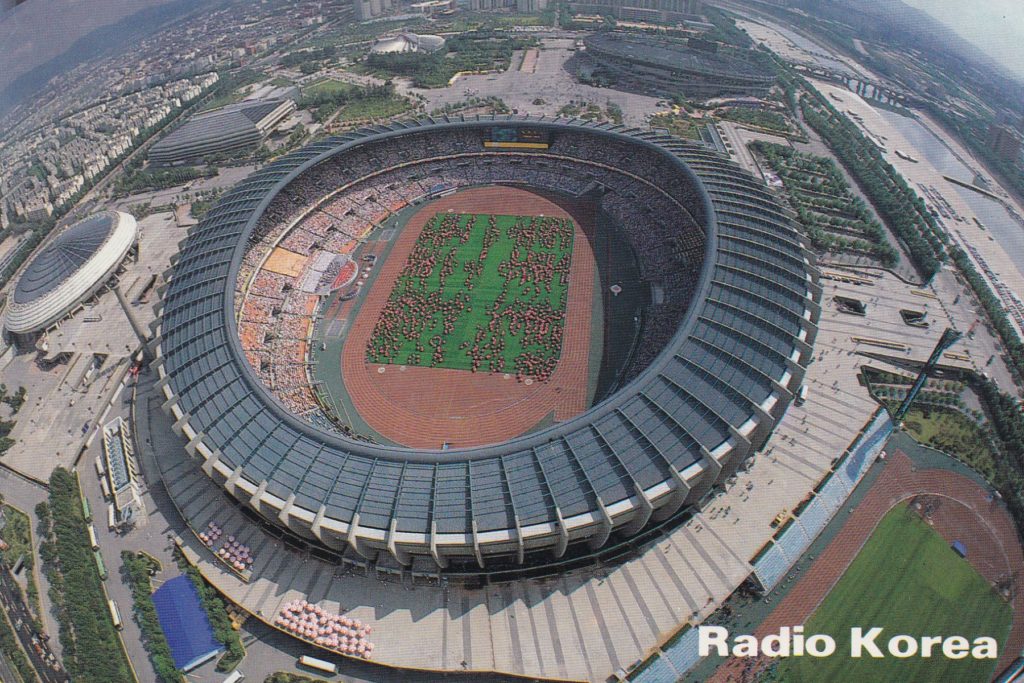
1988 2 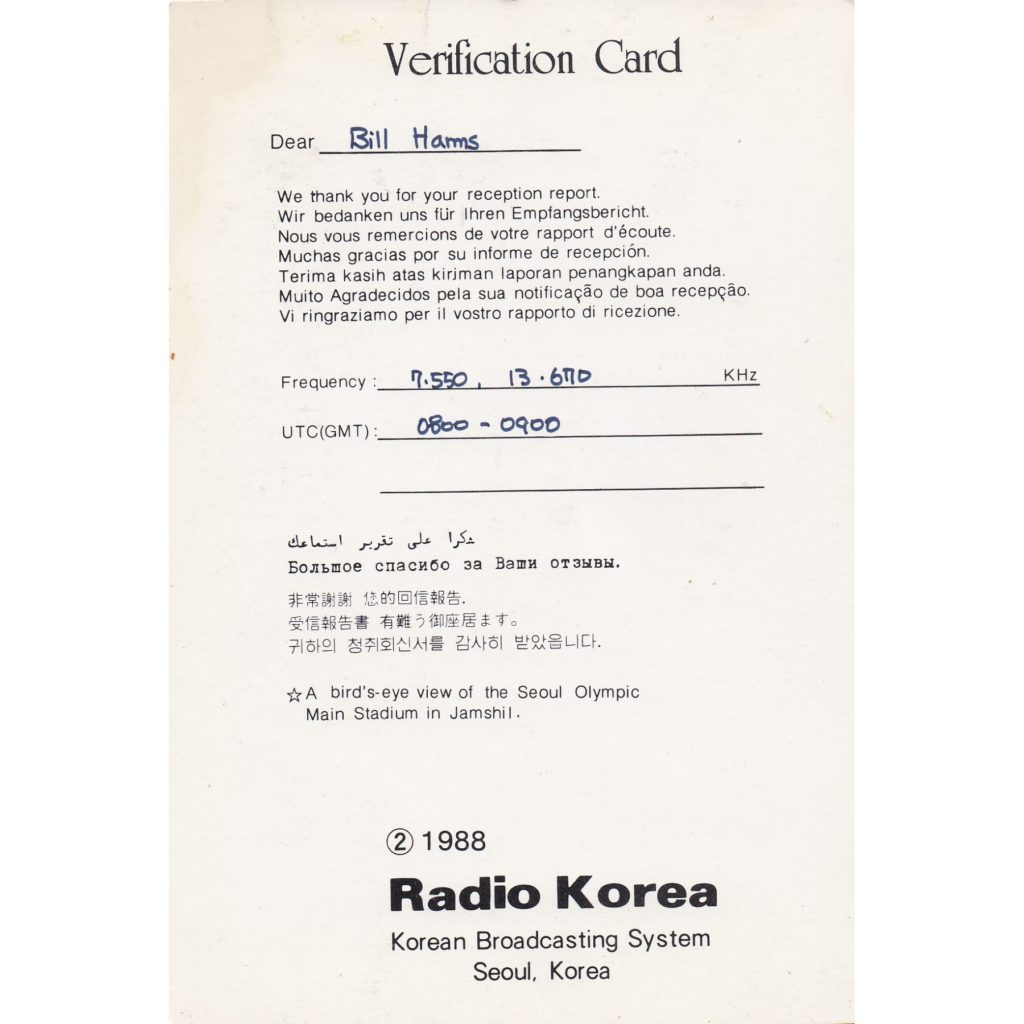
1988 2 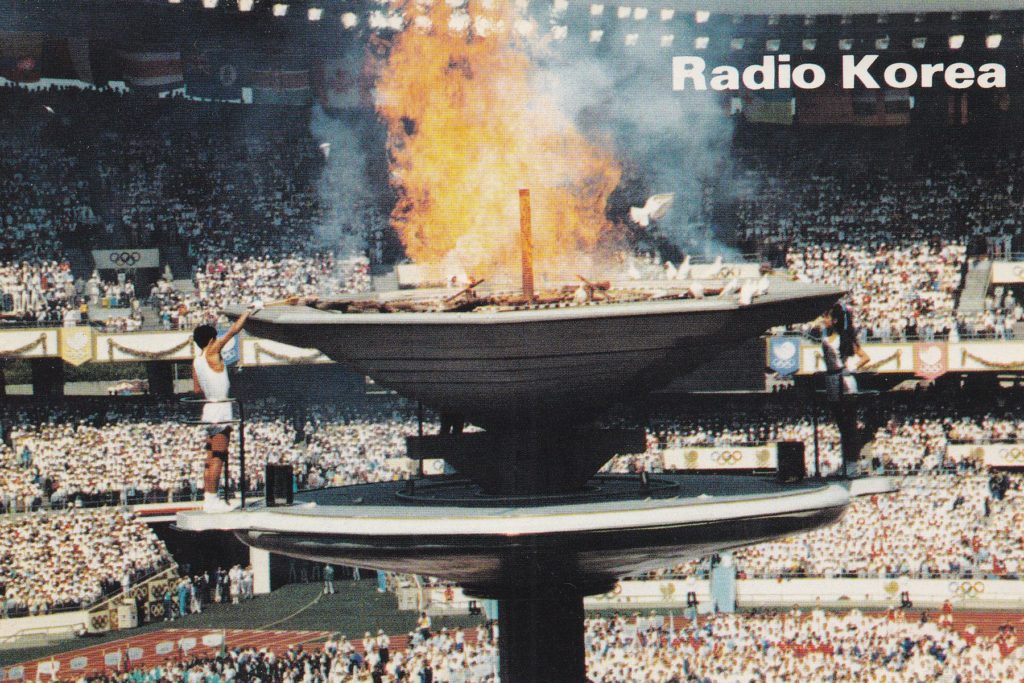
1988 10 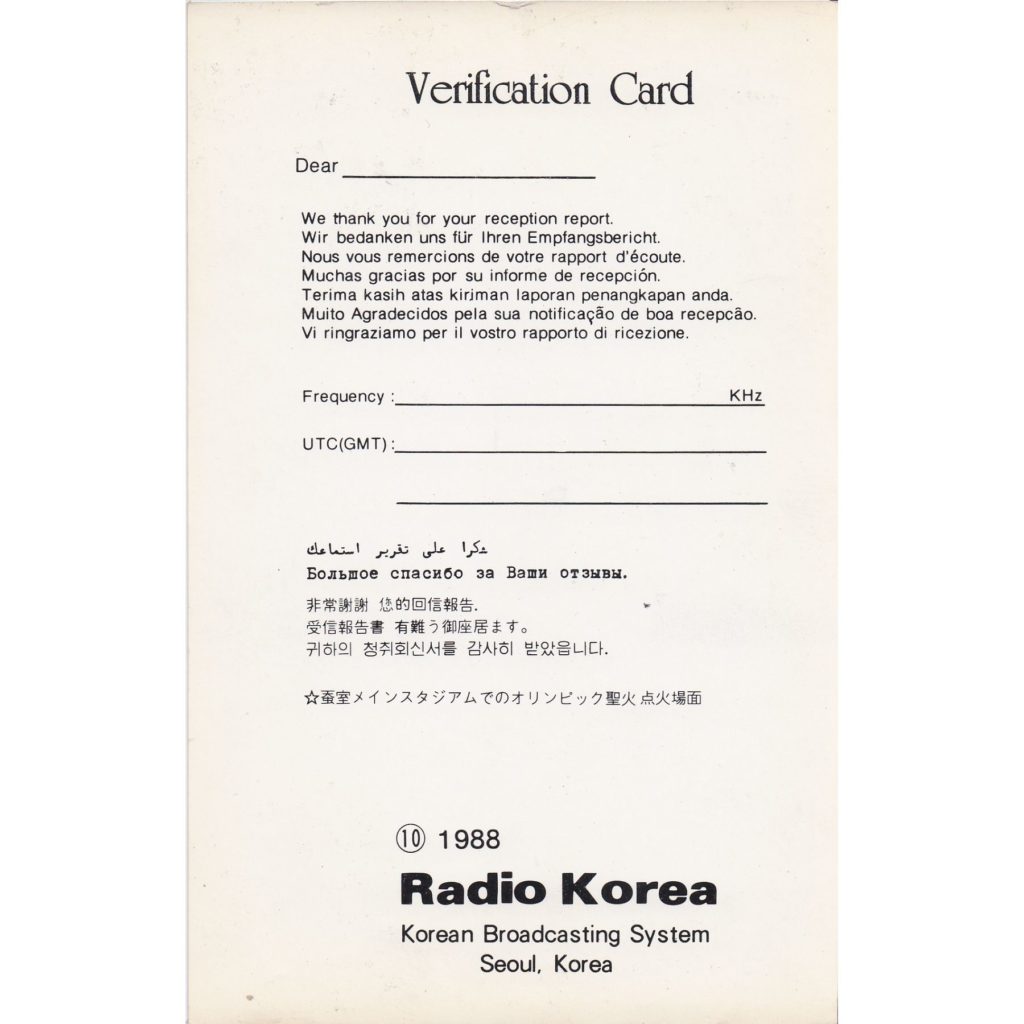
1988 10 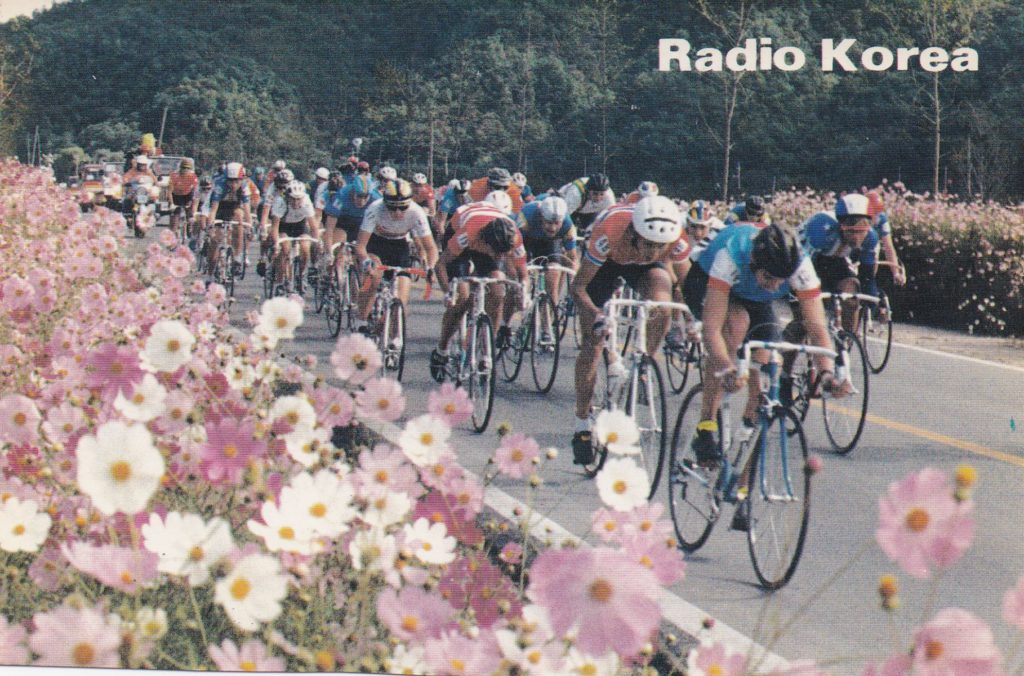
1988 11 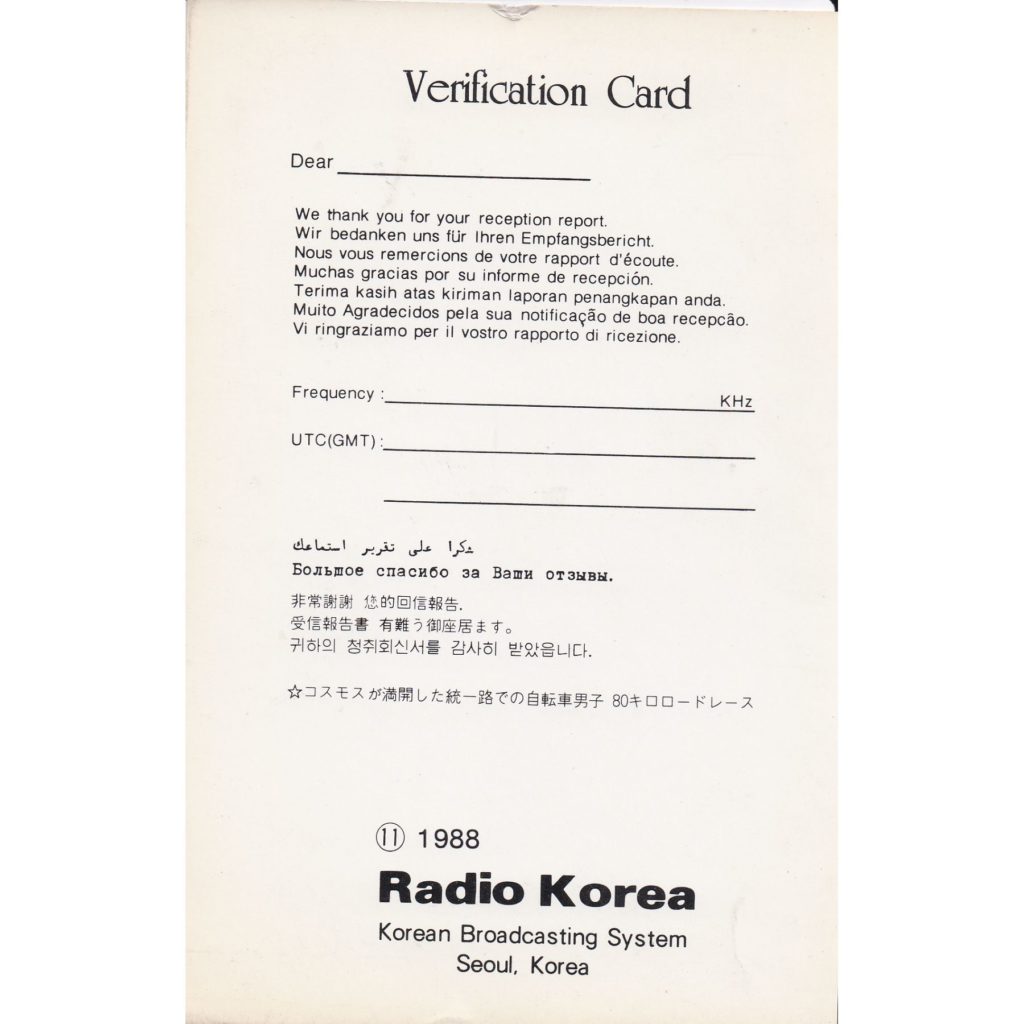
1988 11 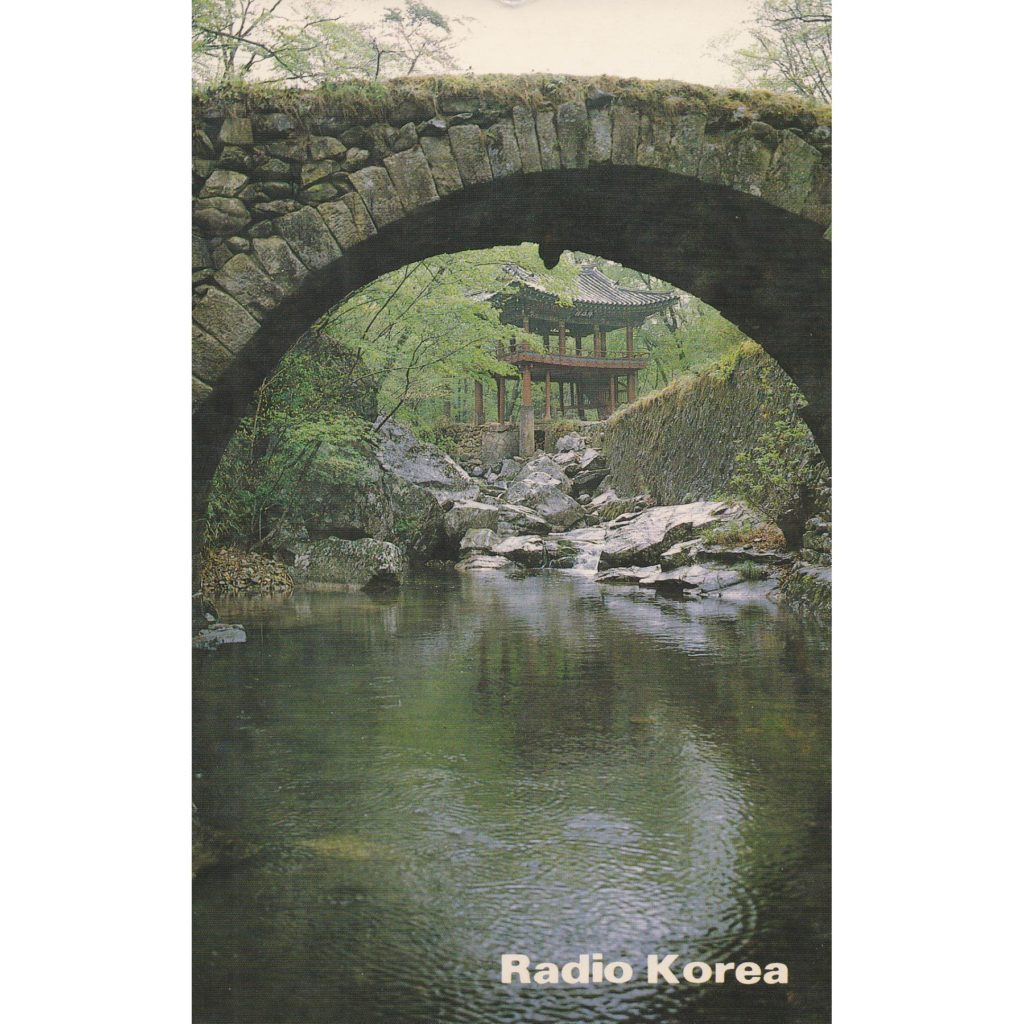
1989 06 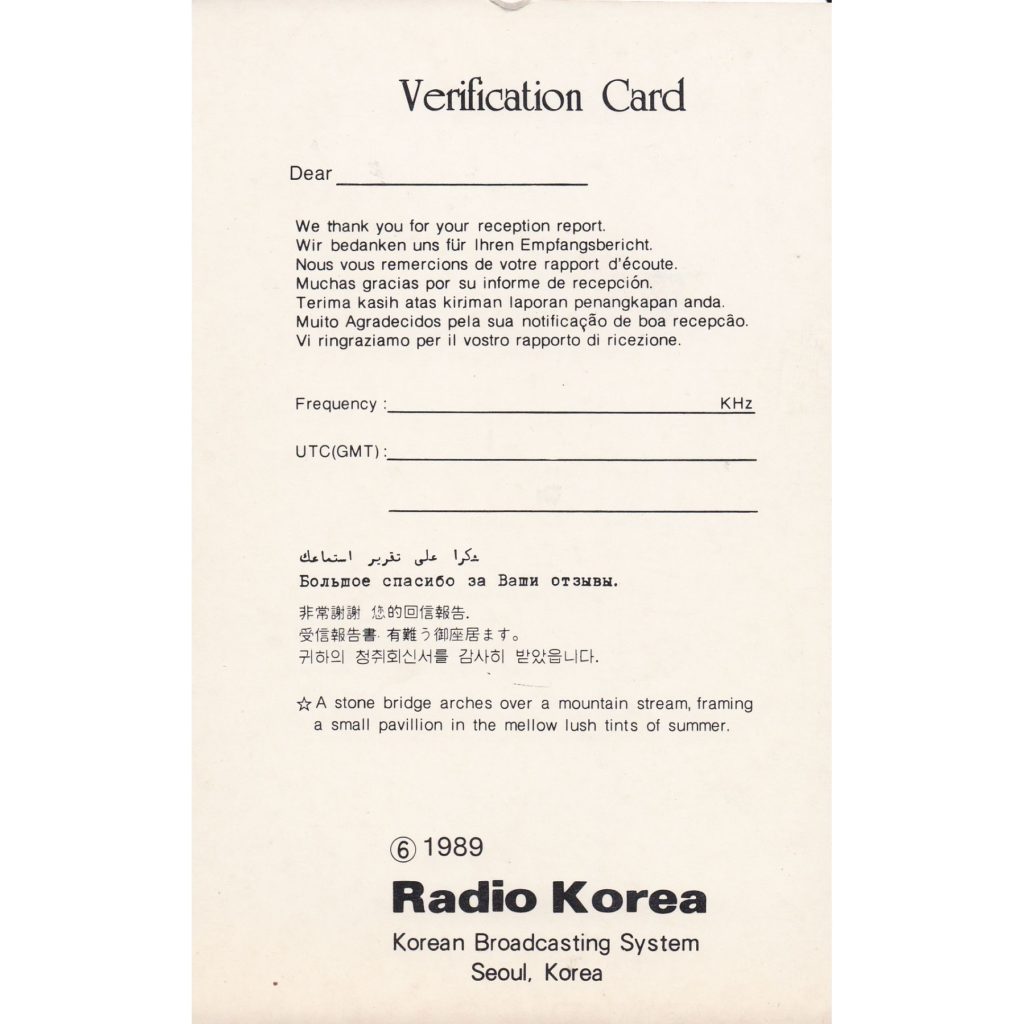
1989 06 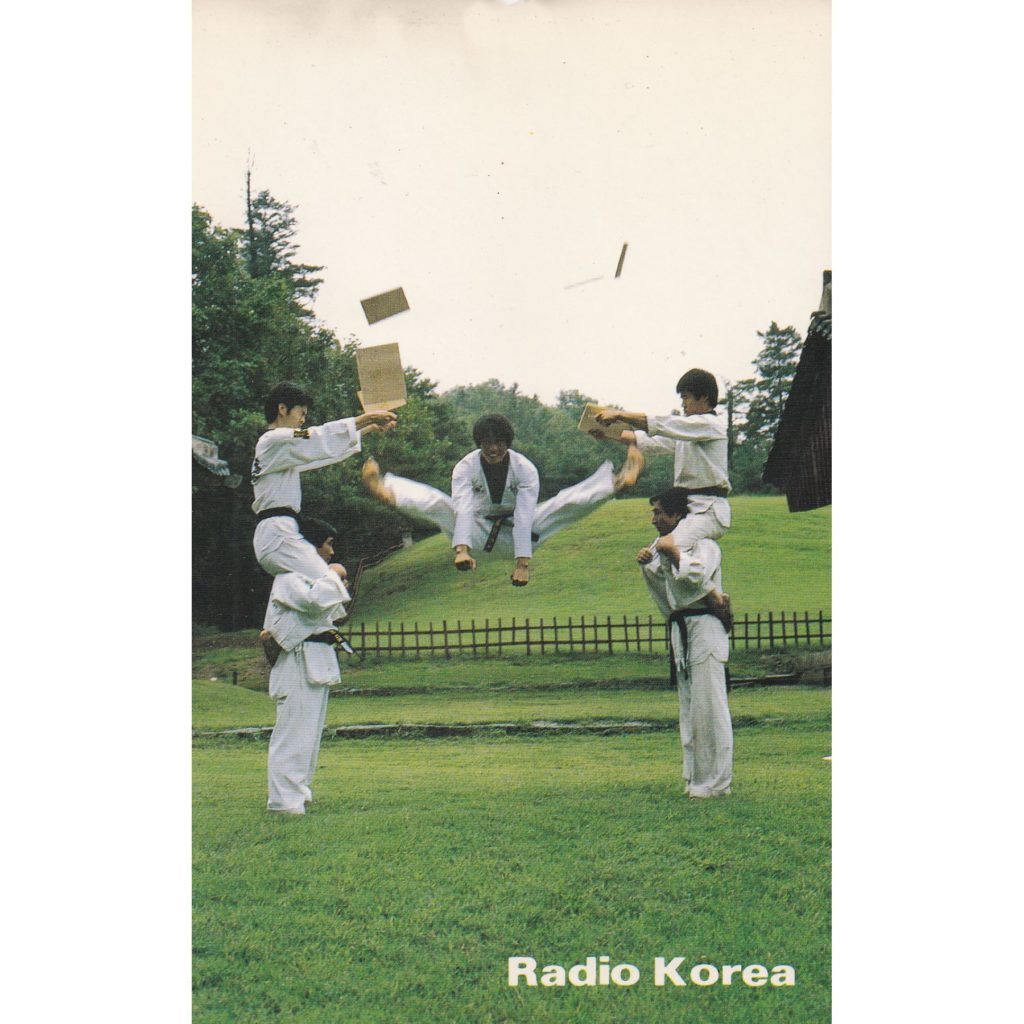
1989 09 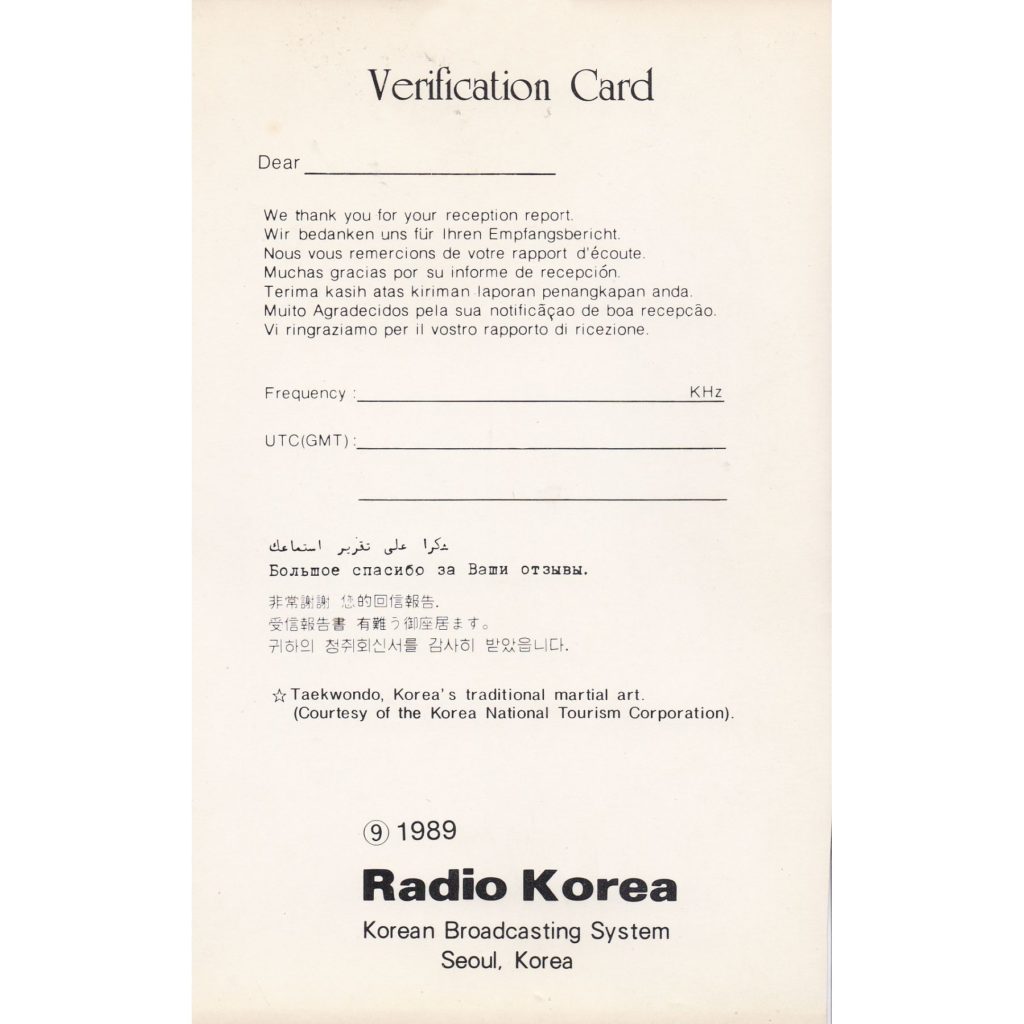
1989 09 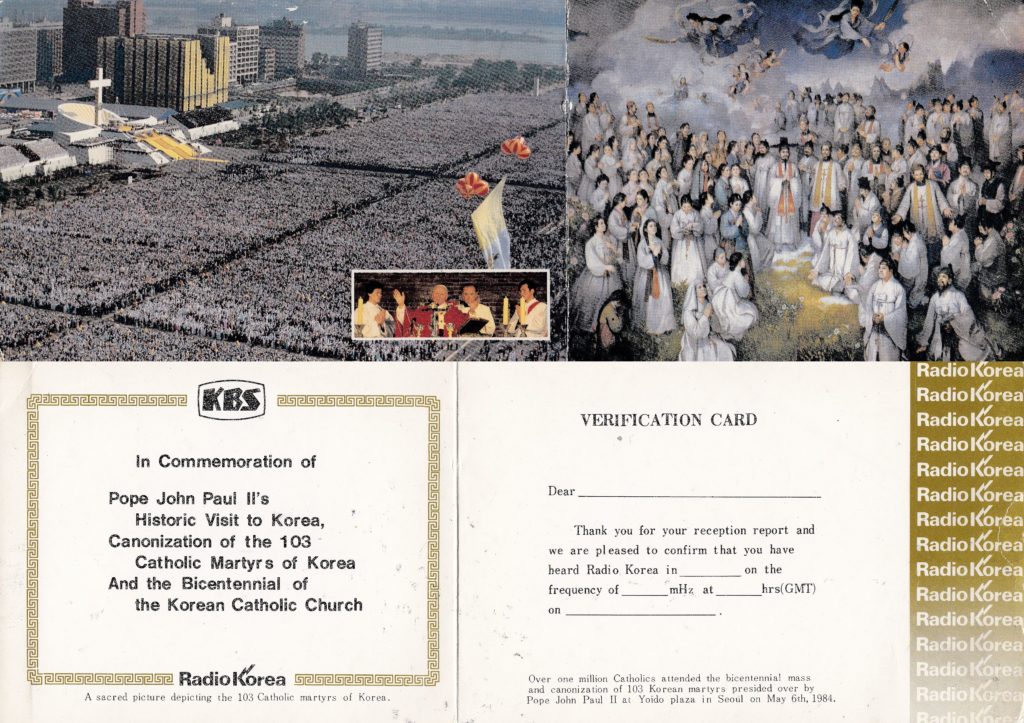
1989 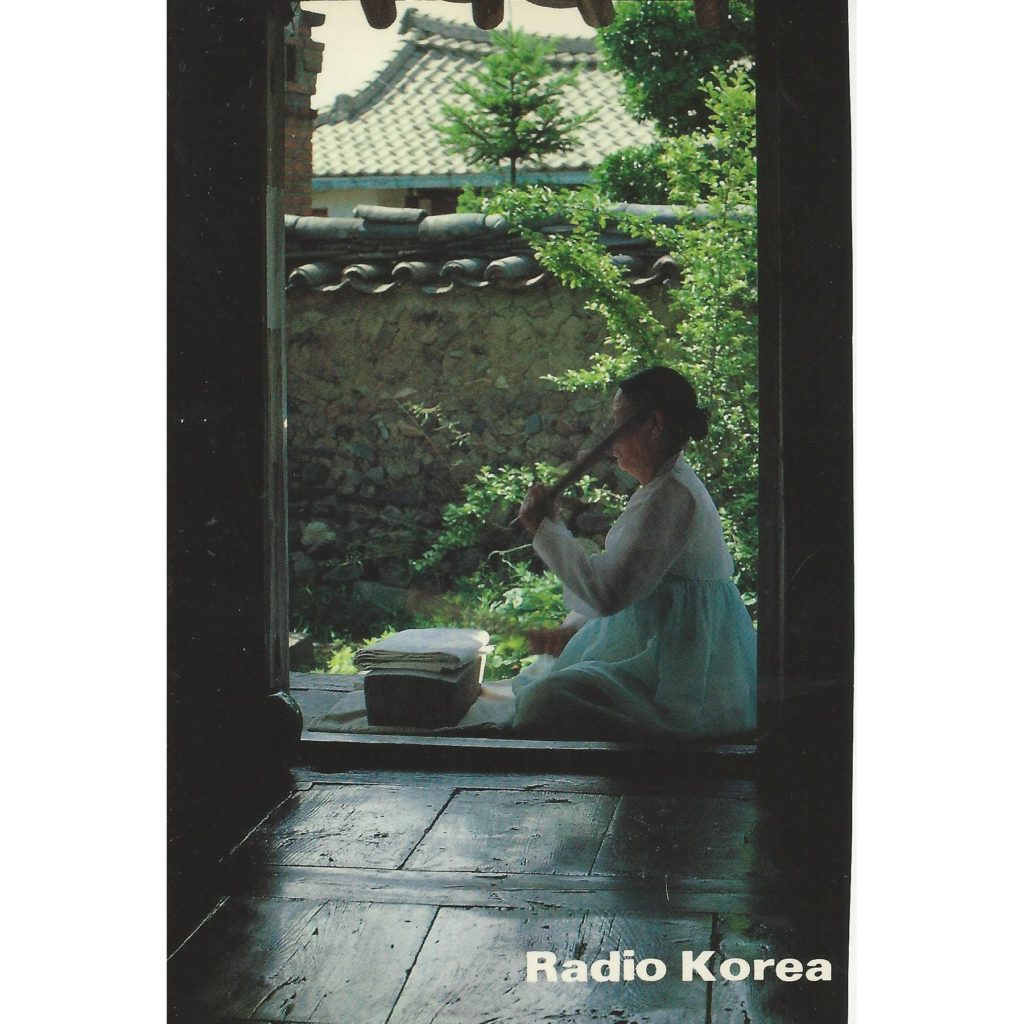
1990 6 – Kimje 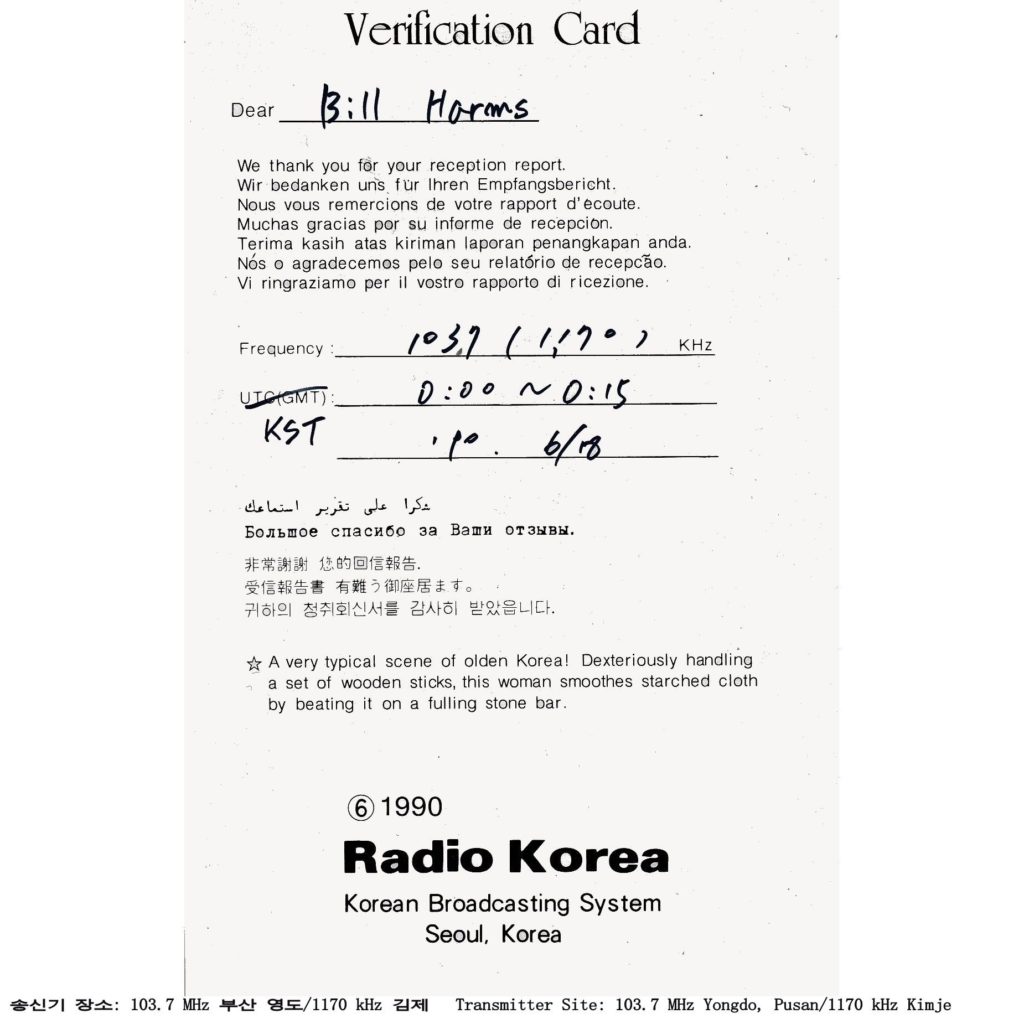
1990 6 – Kimje 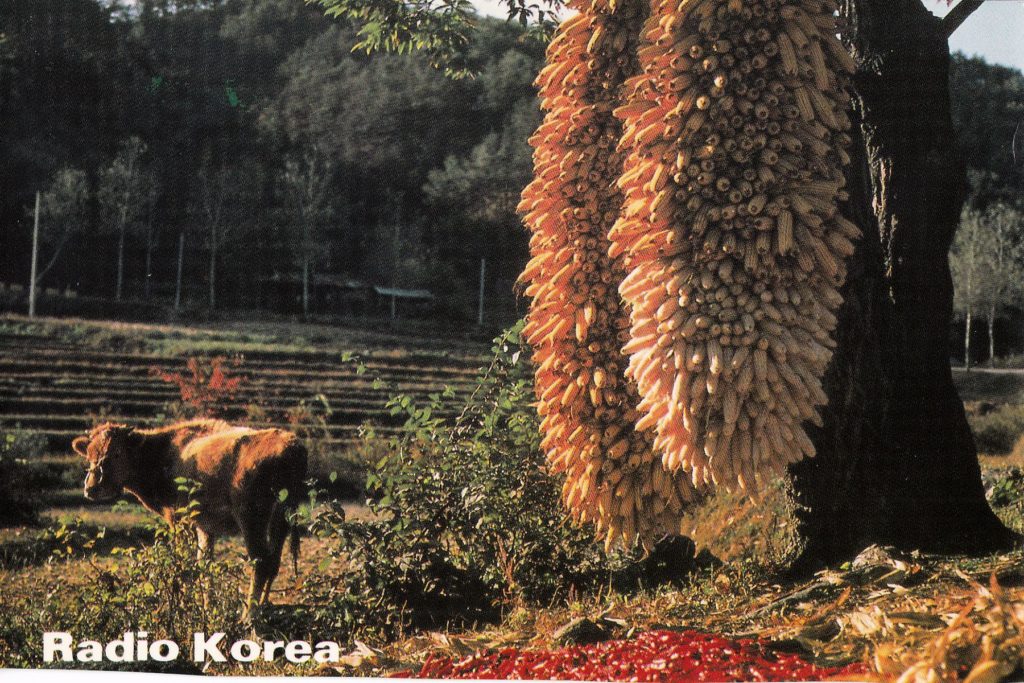
1990 11 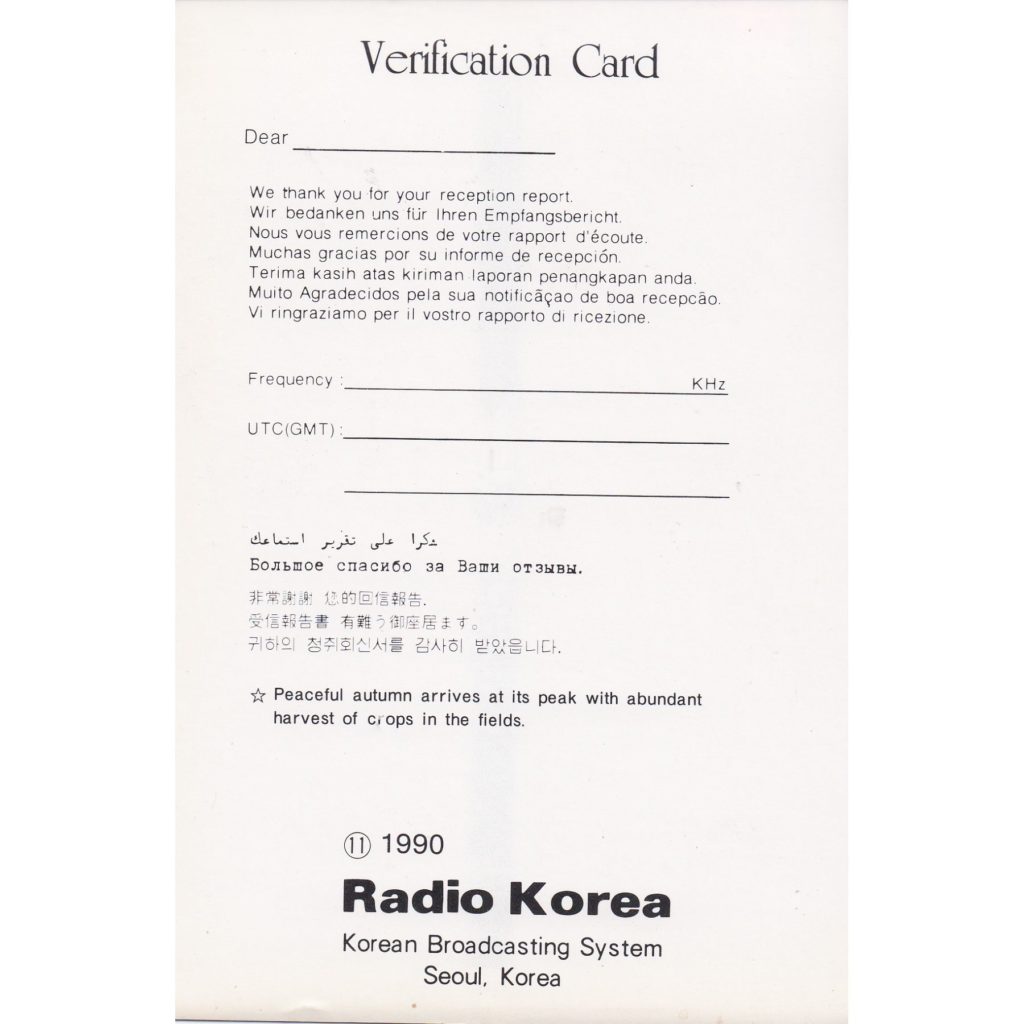
1990 11 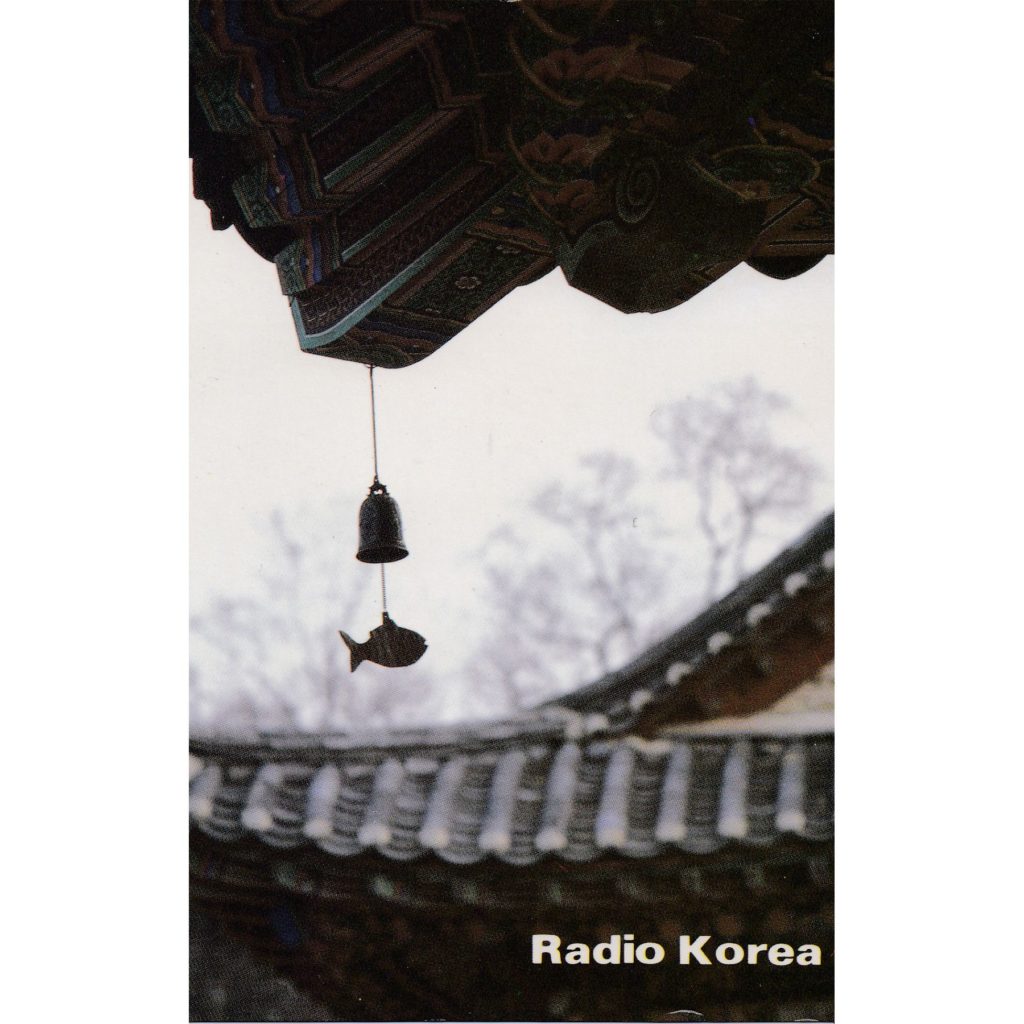
1990 12 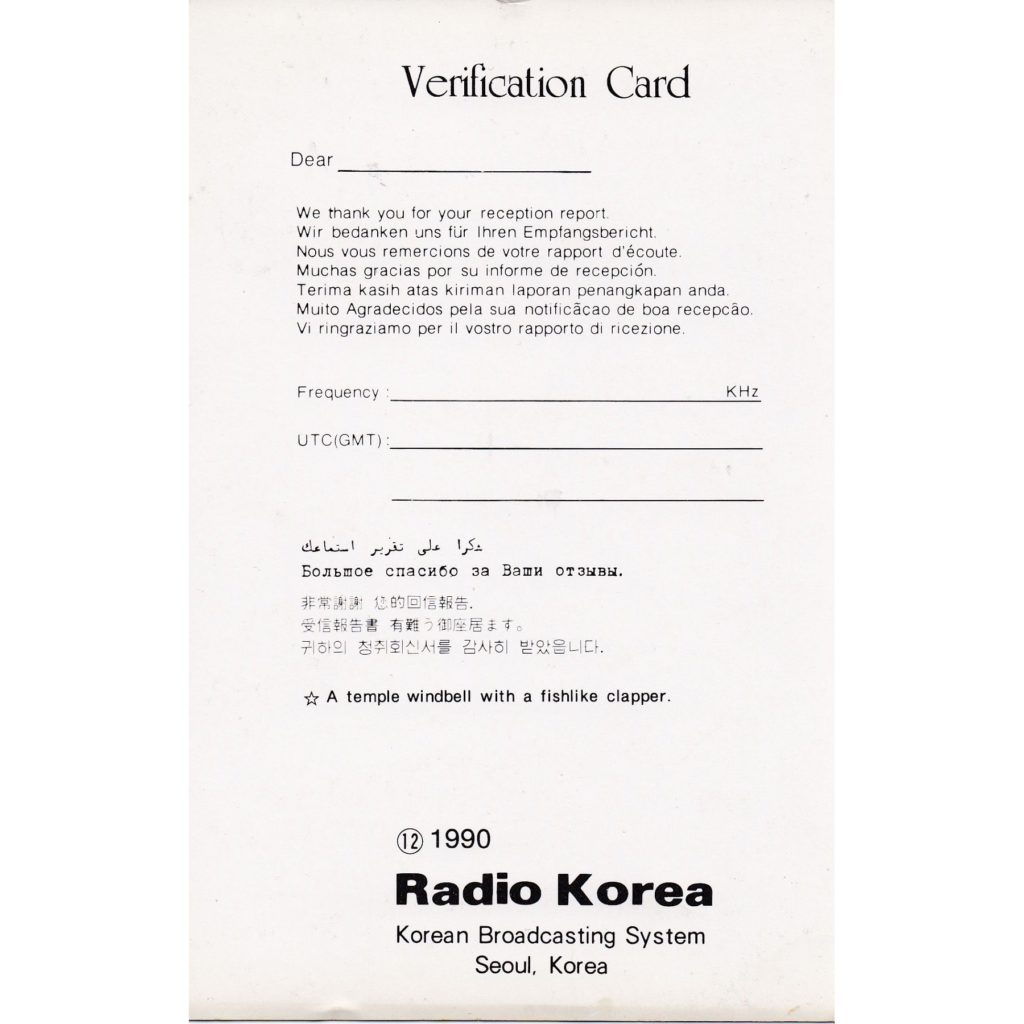
1990 12 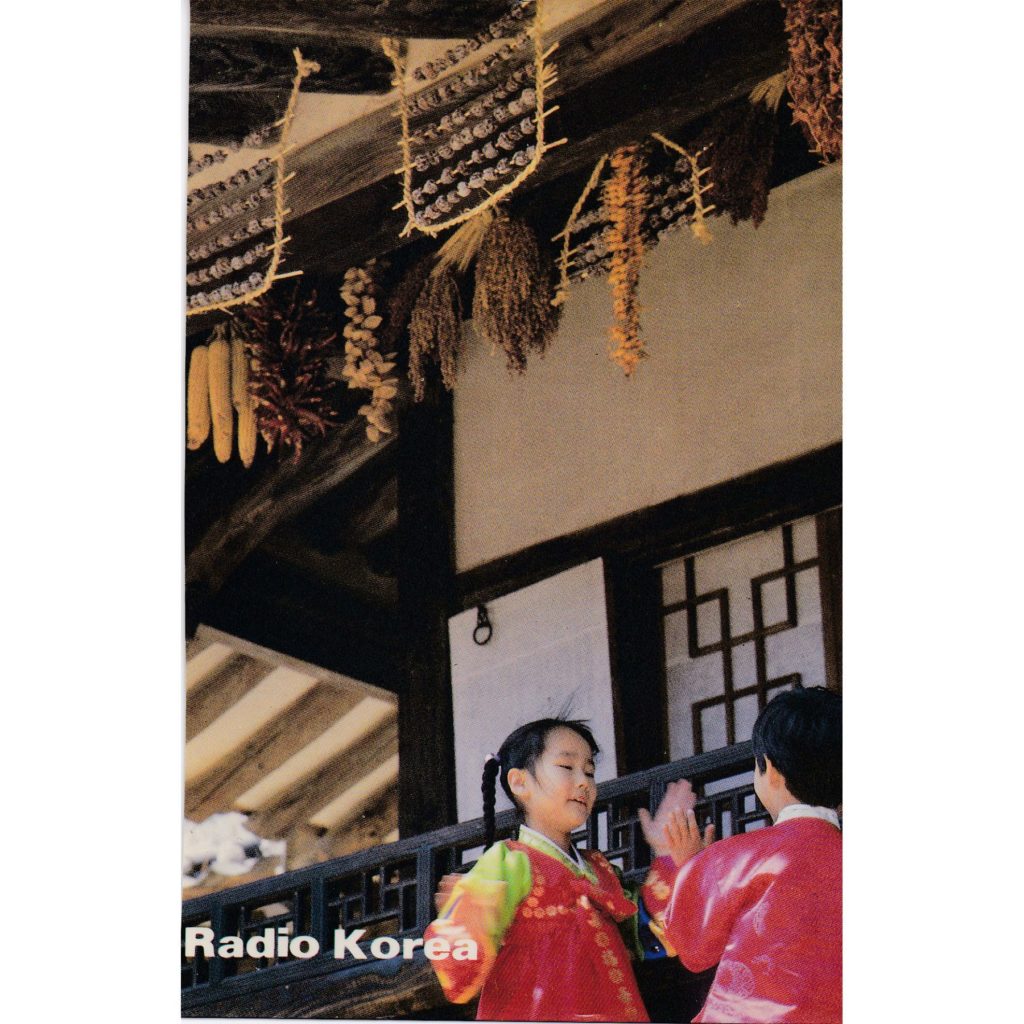
1991 01 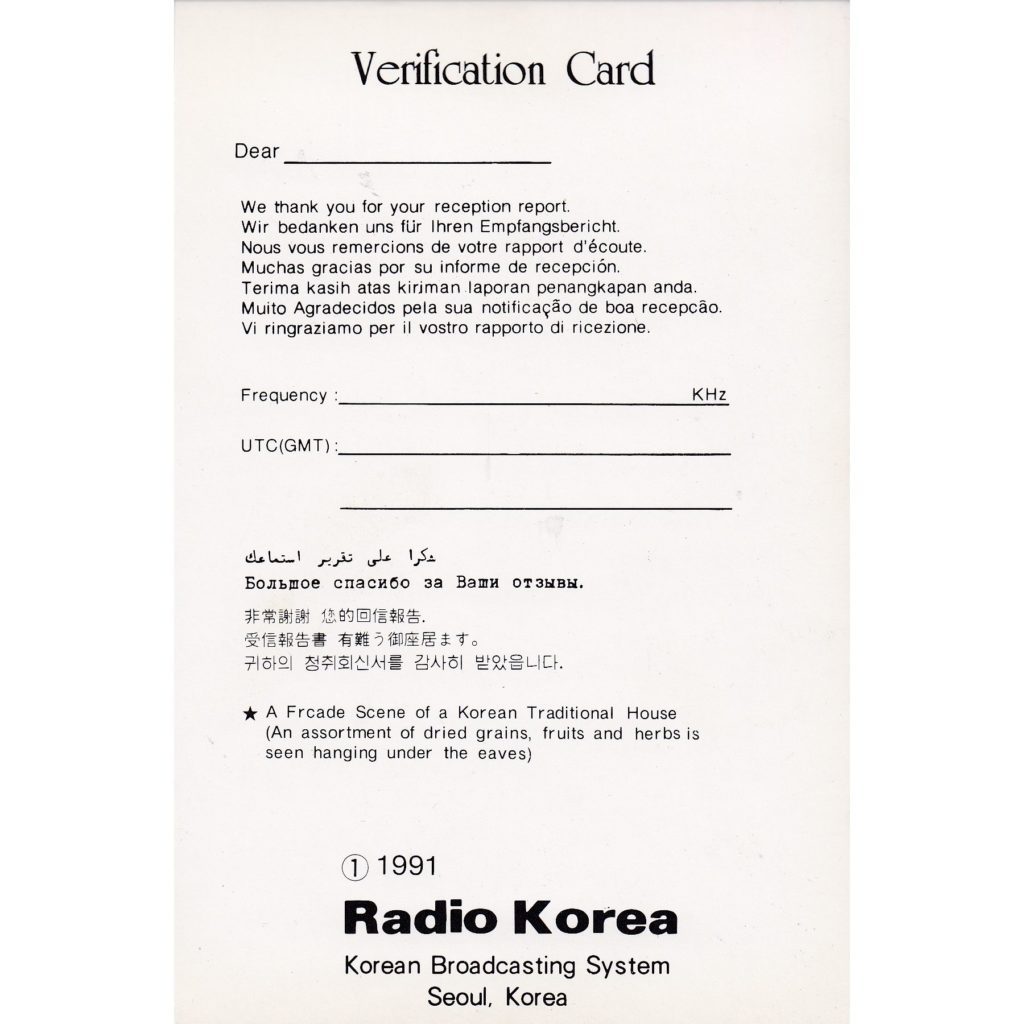
1991 01 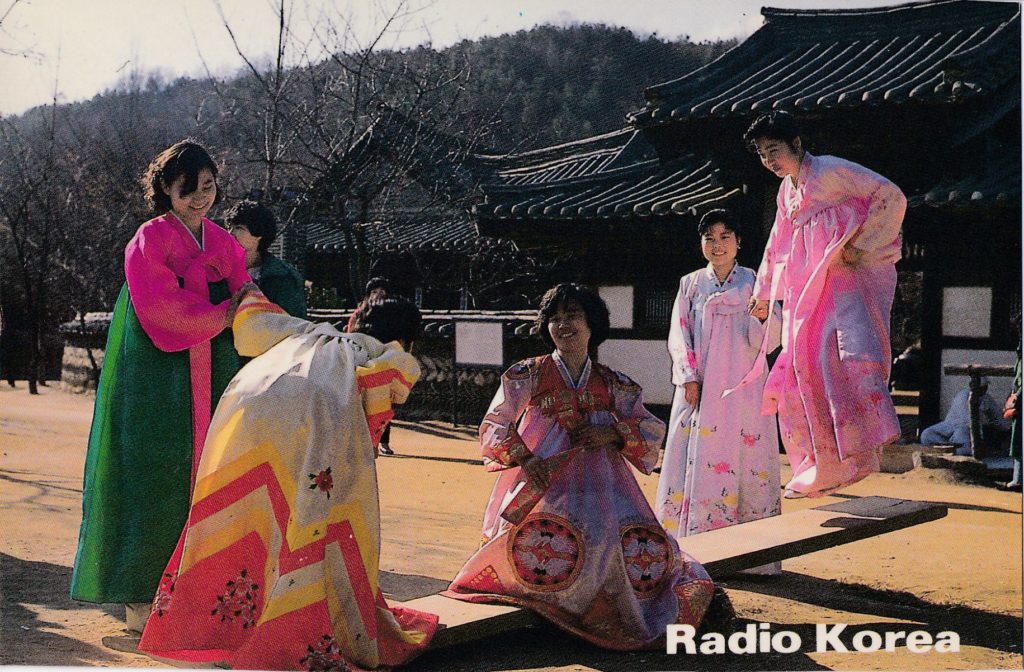
1991 02 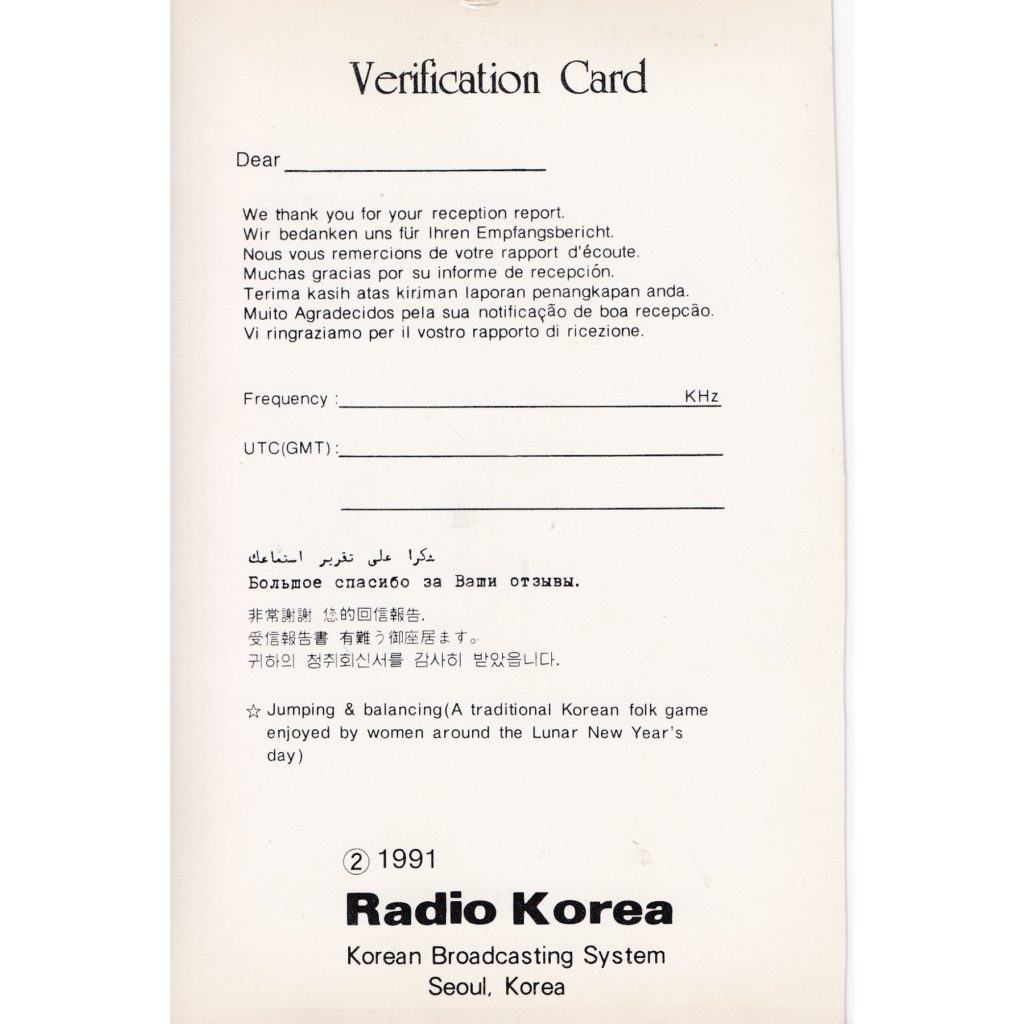
1991 02 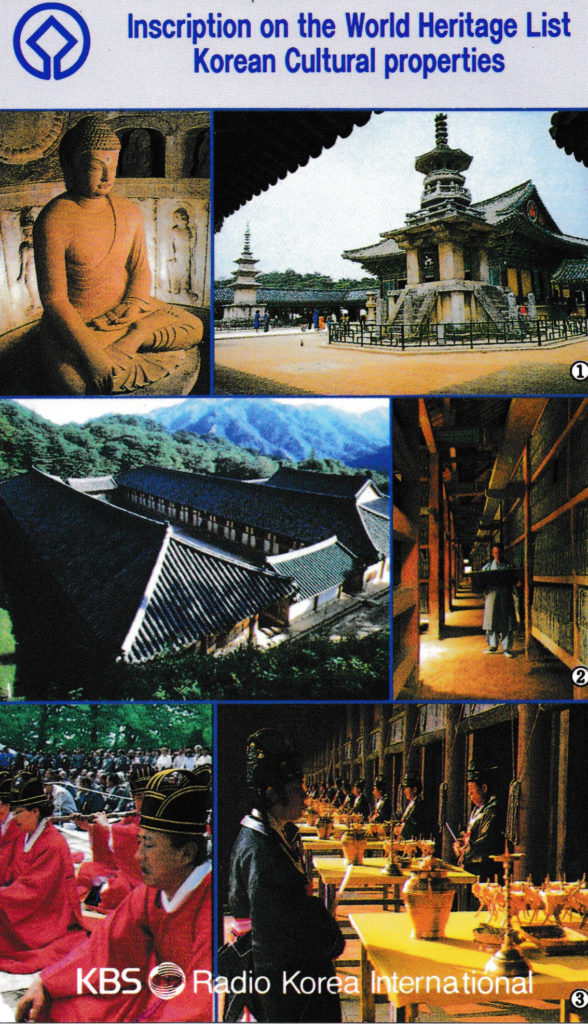
1996 02 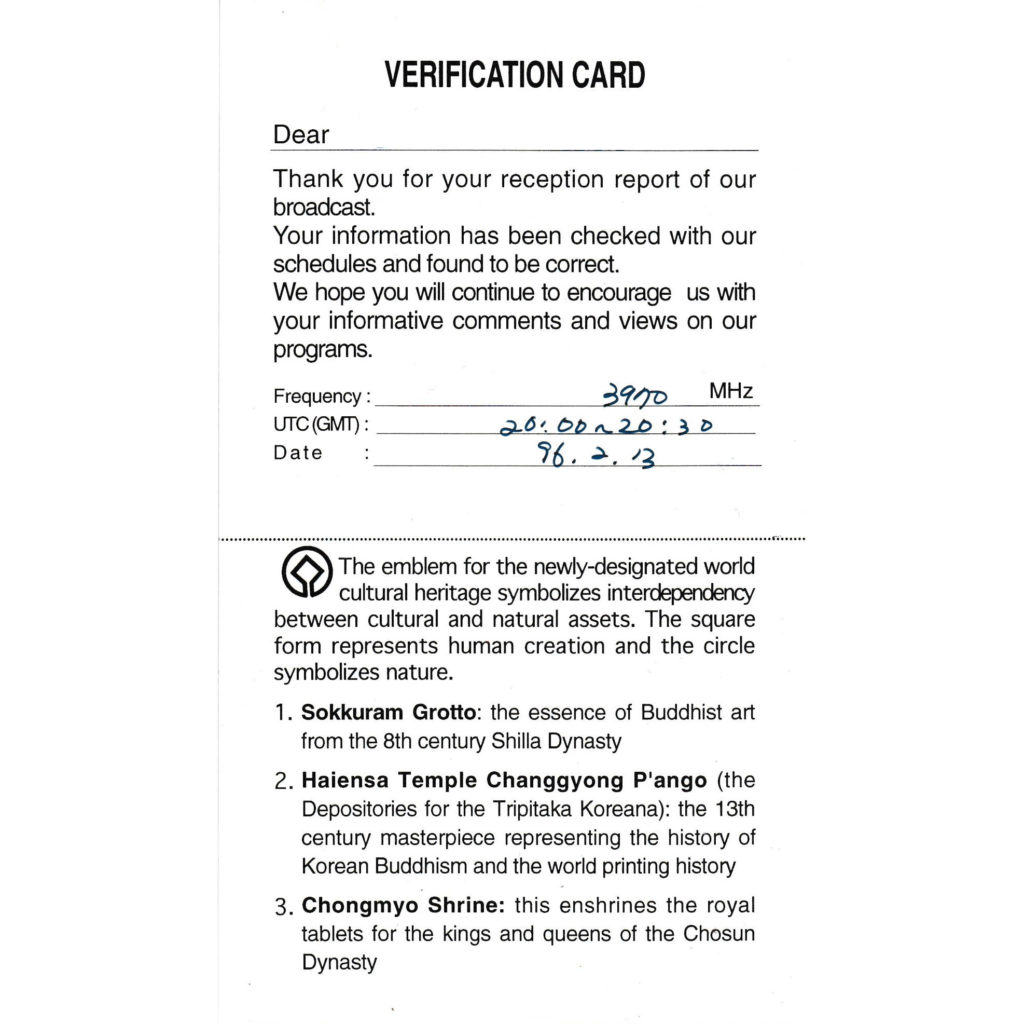
1996 02 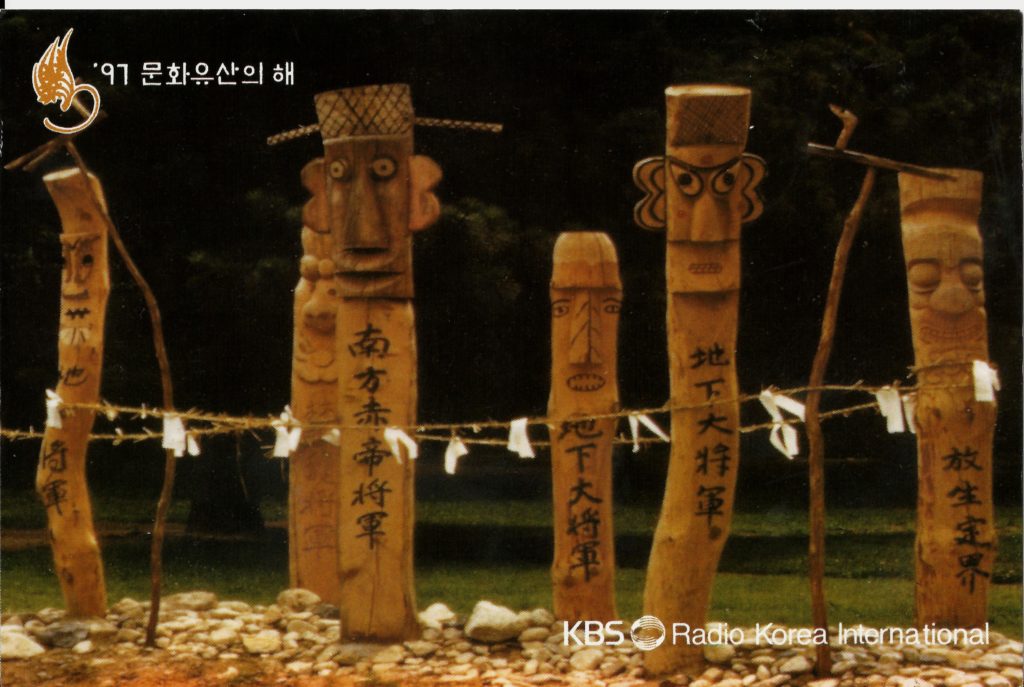
1997 11 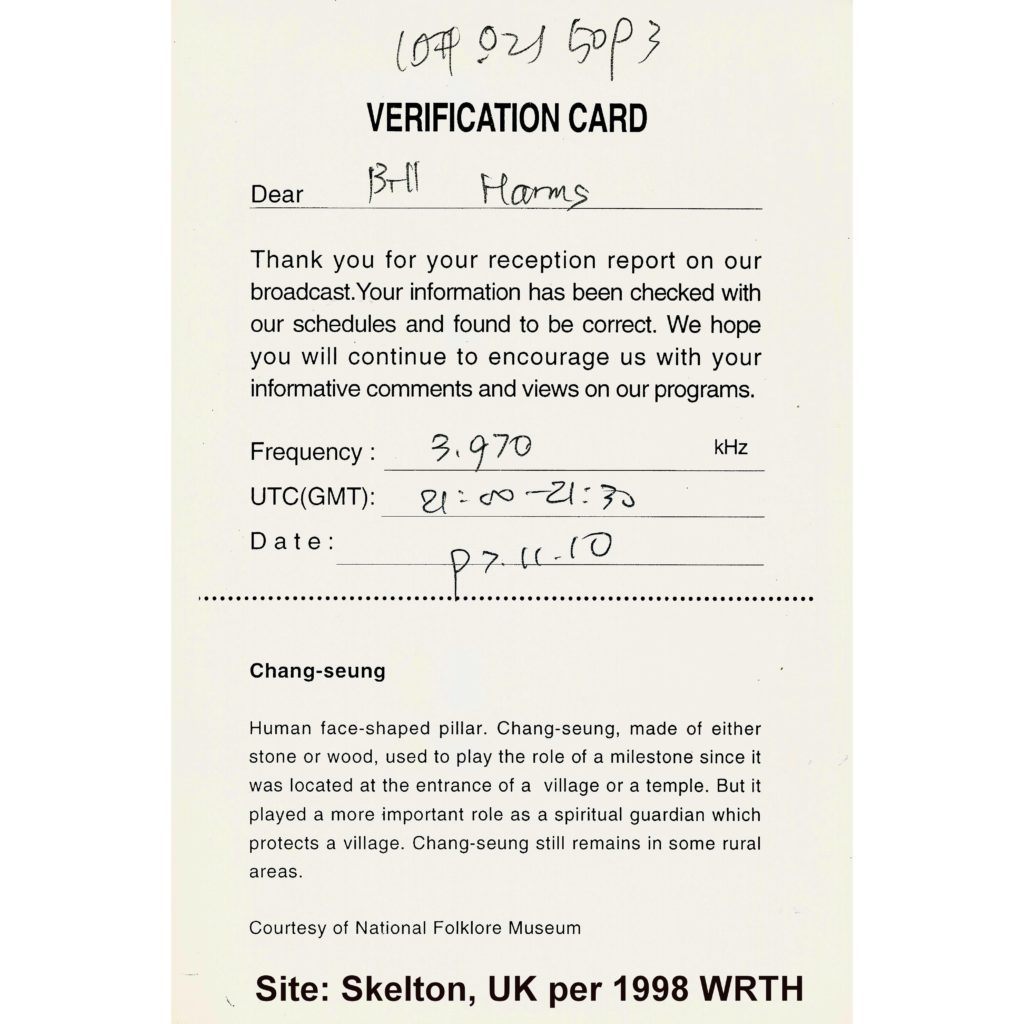
1997 11 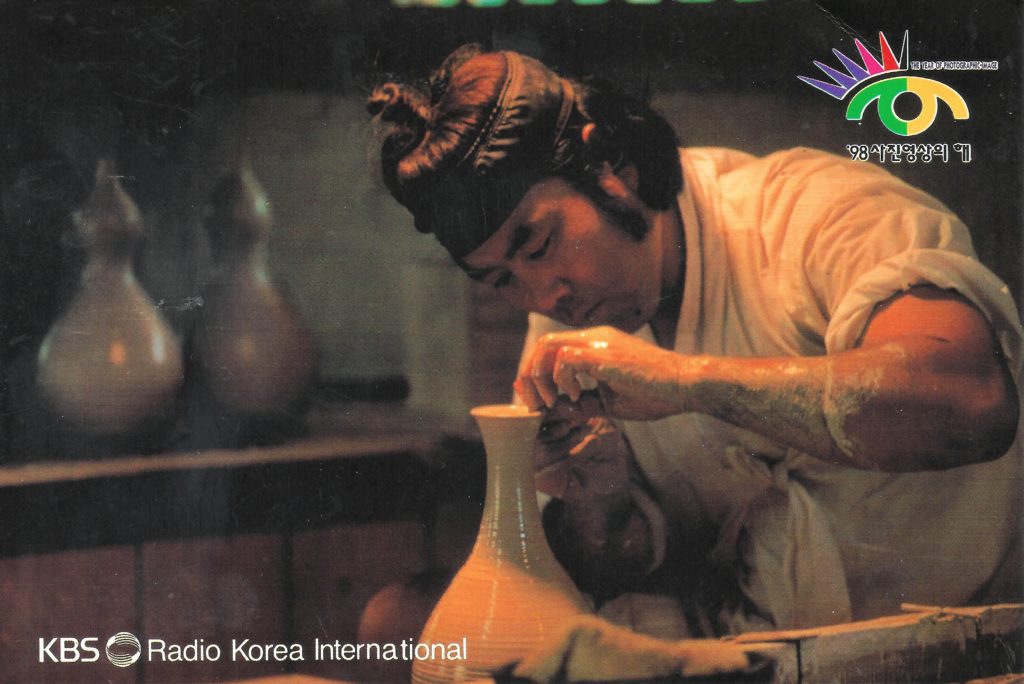
1998 4 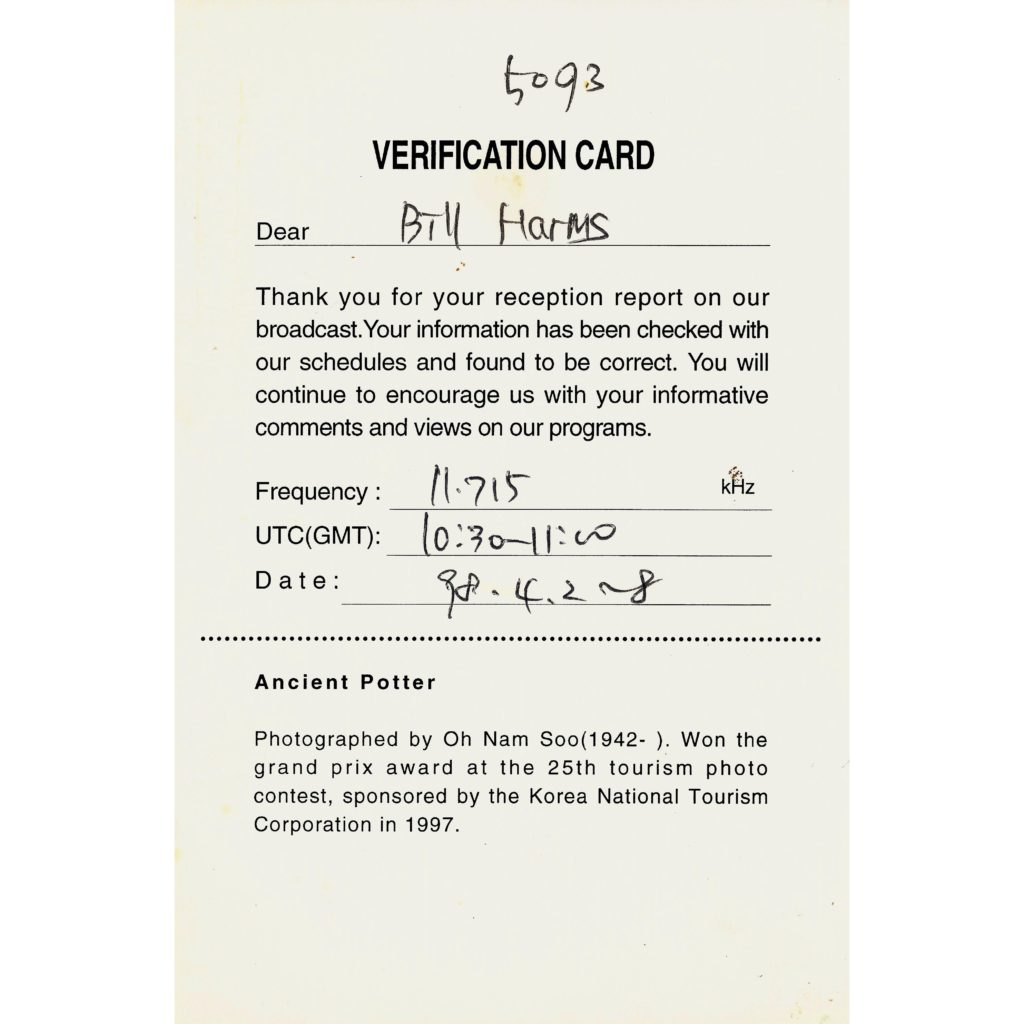
1998 4 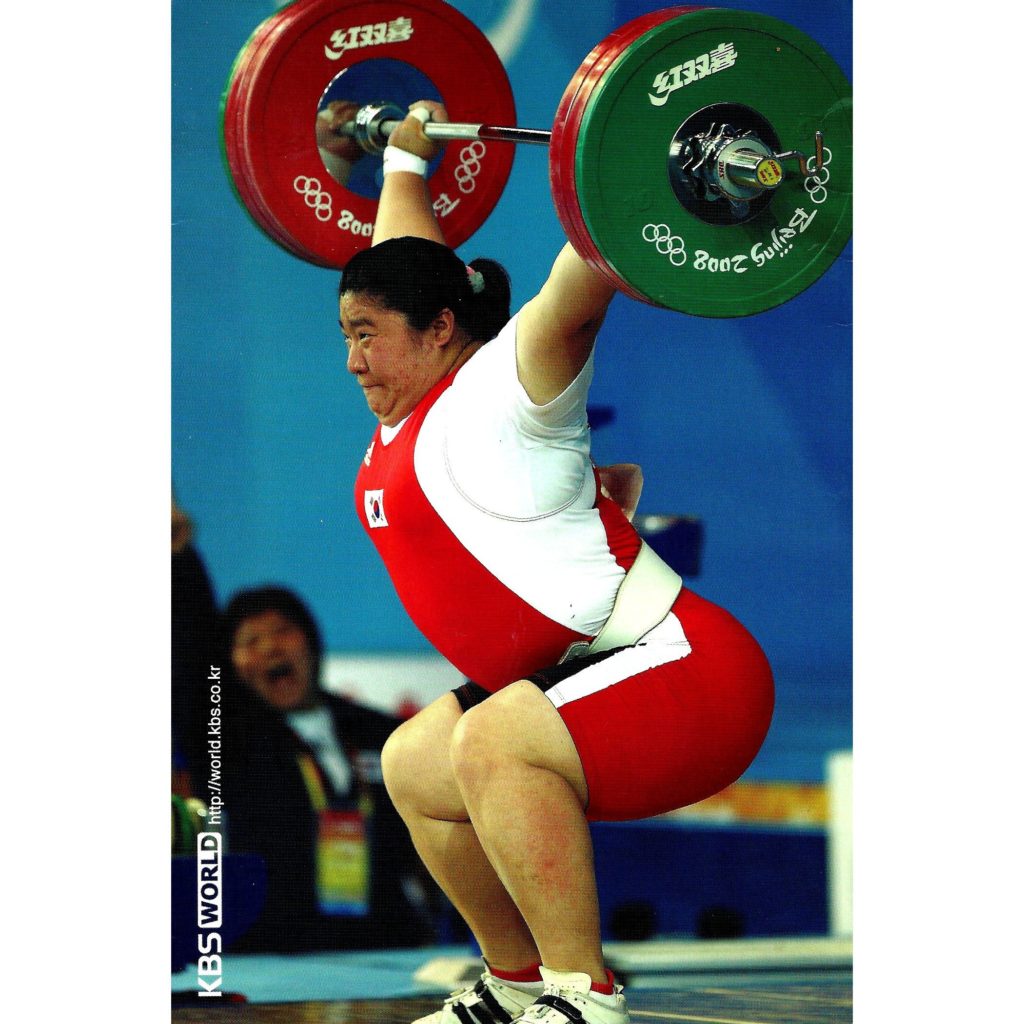
20081228 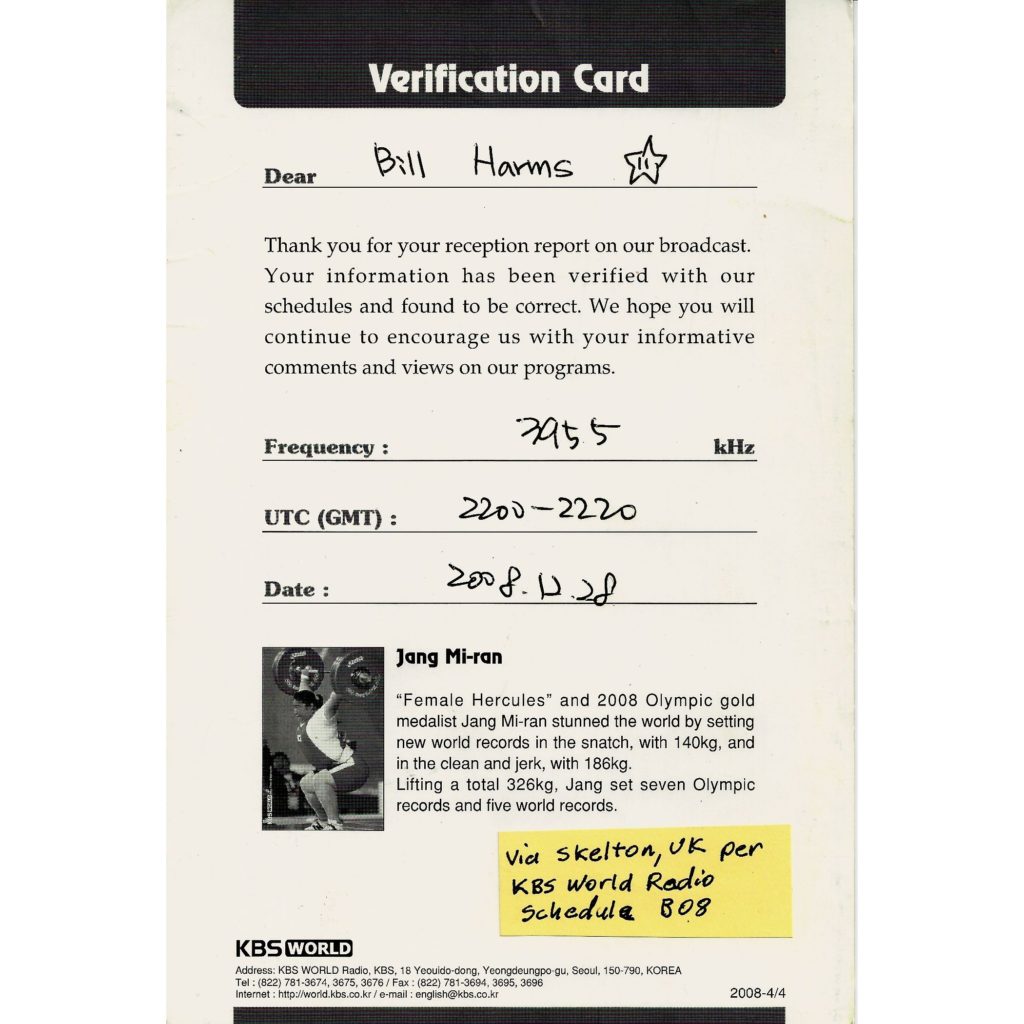
20081228 
201101401 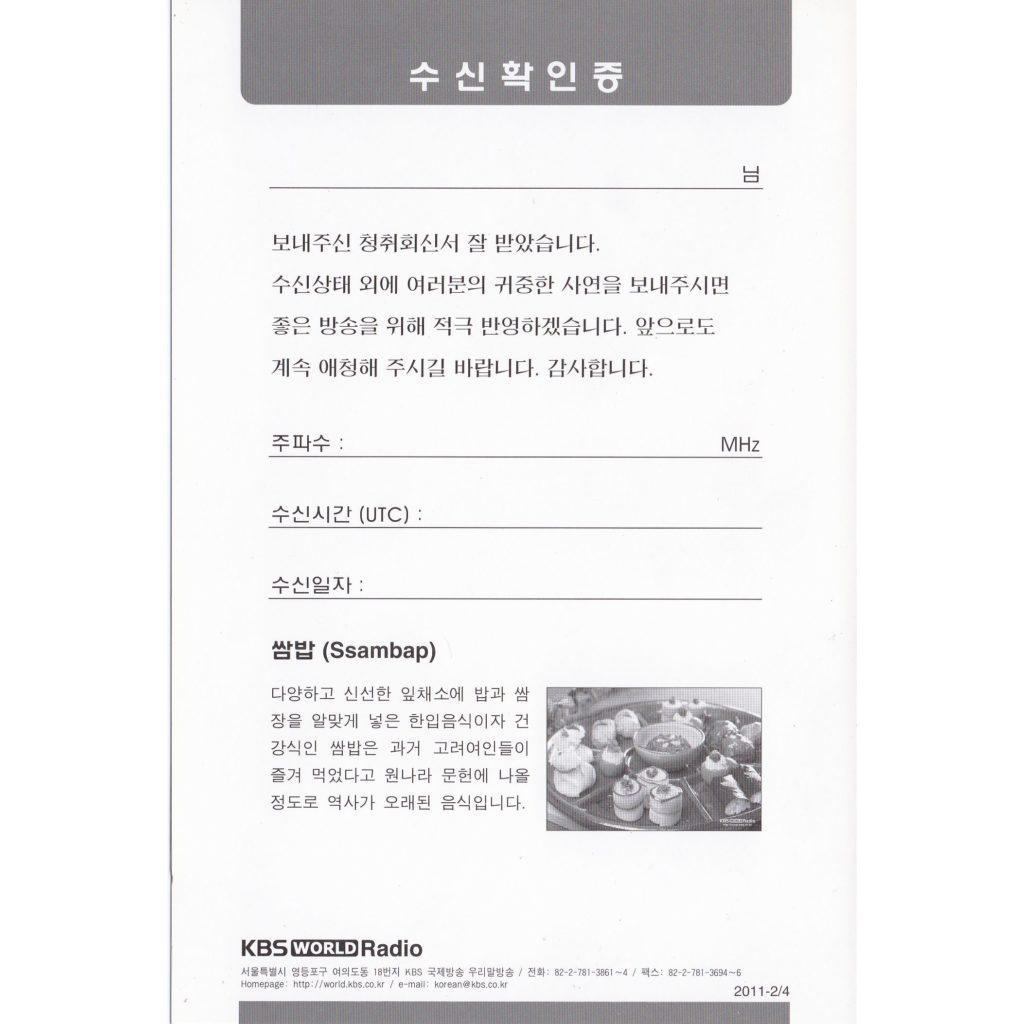
201101401 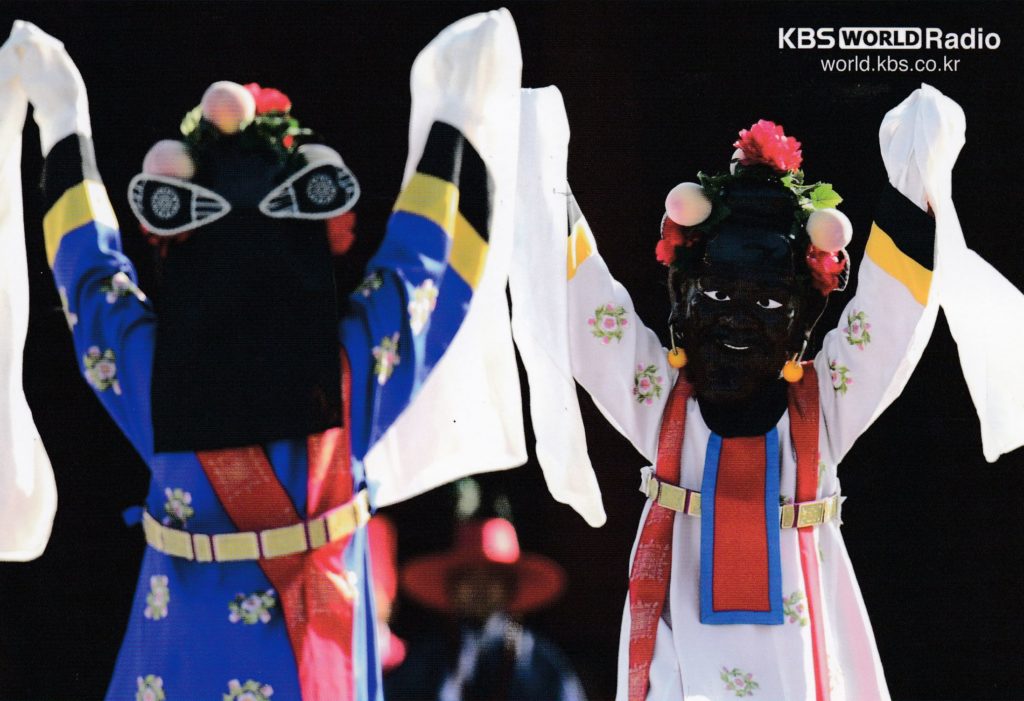
20141001 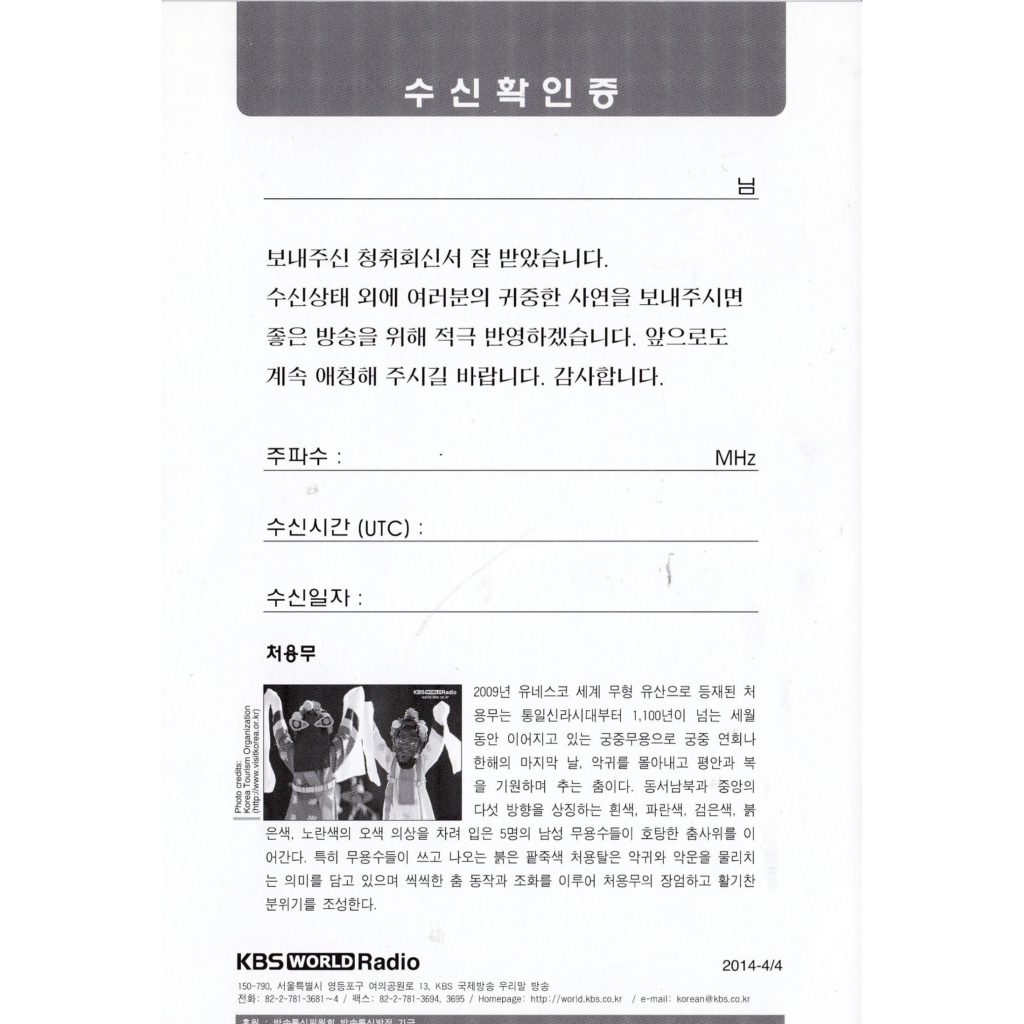
20141001 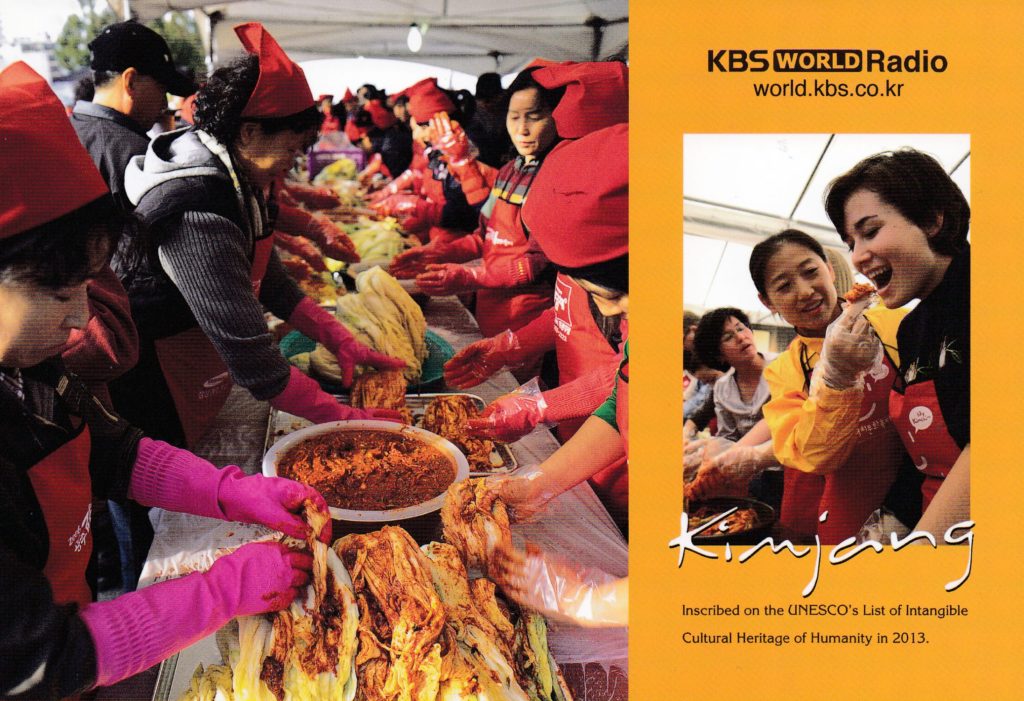
20140101 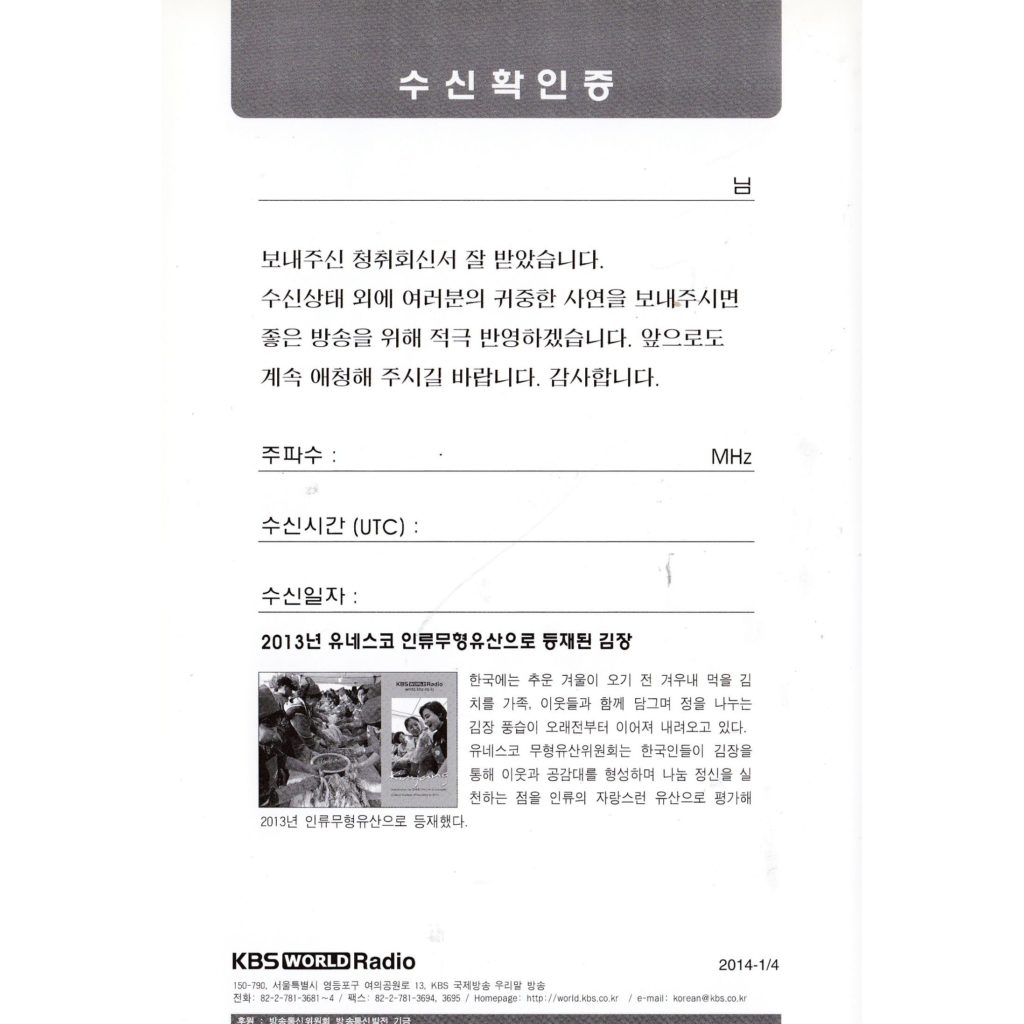
20140101 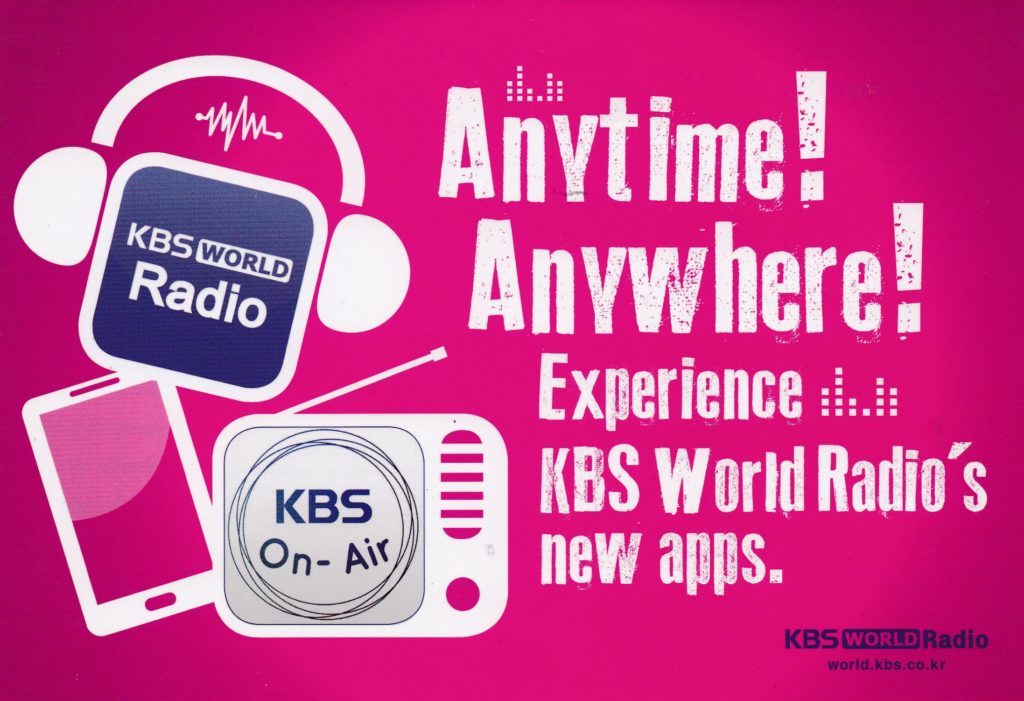
20150926 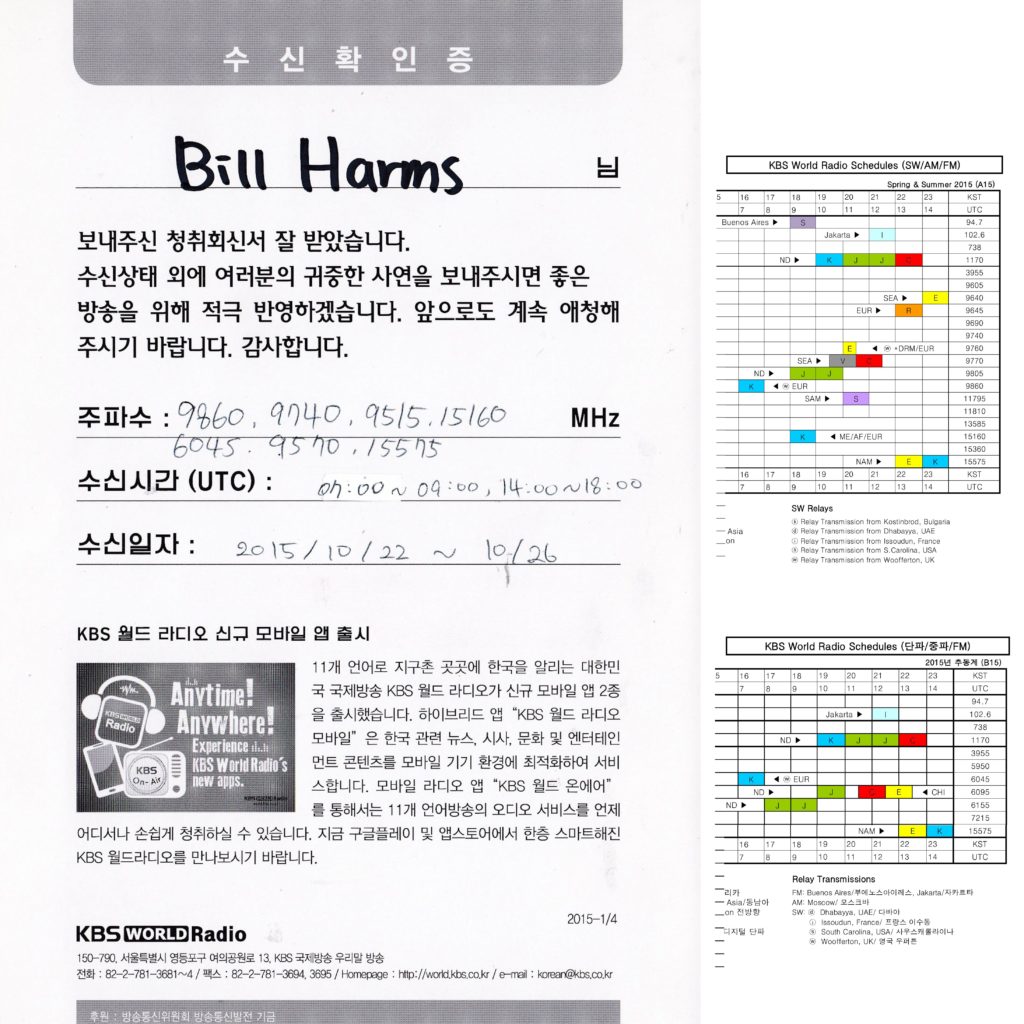
20150926 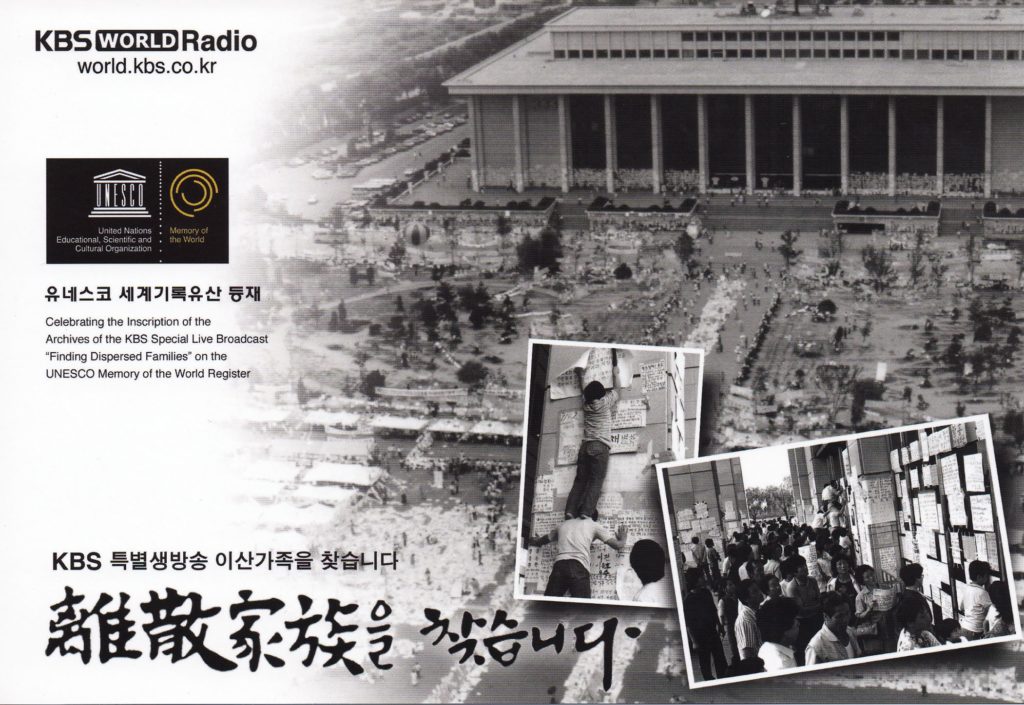
20150926 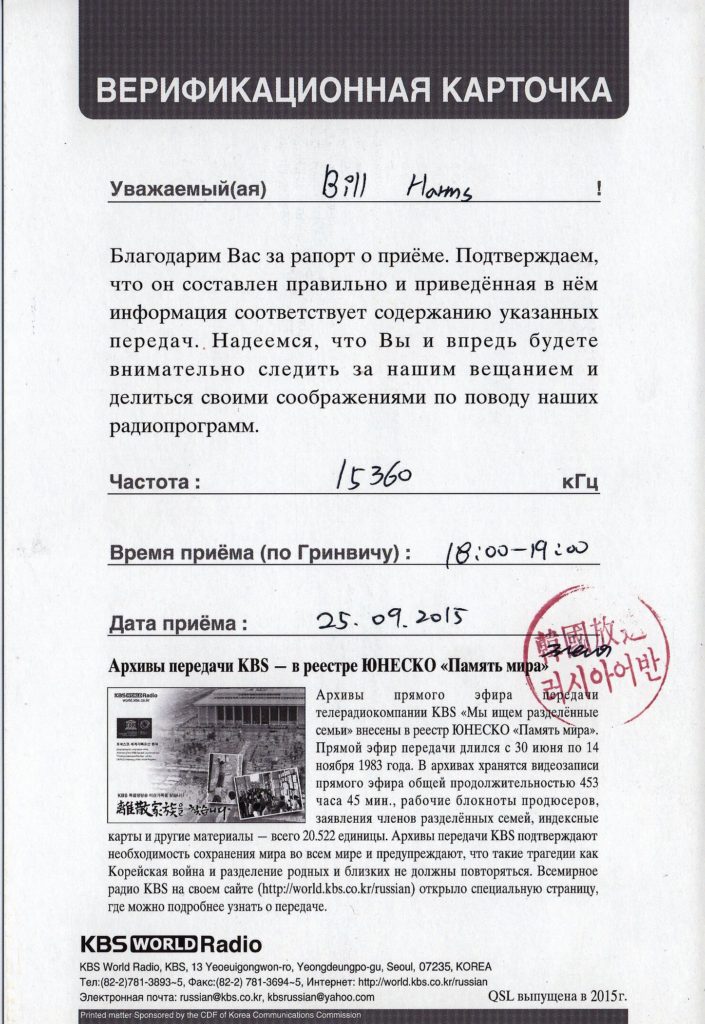
20150926 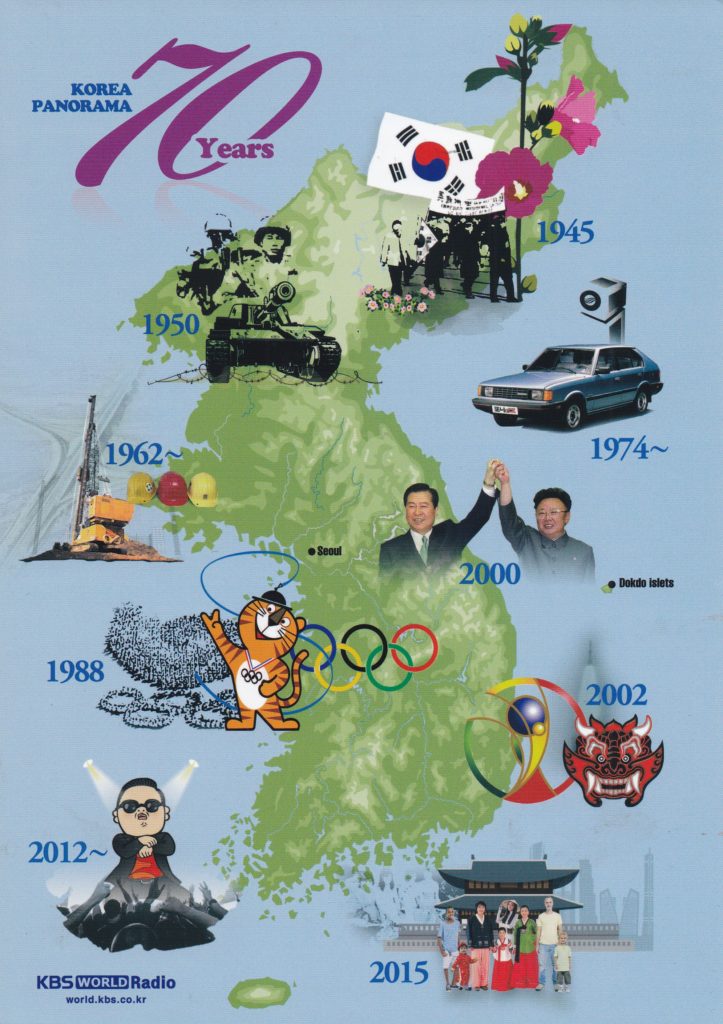
20150926 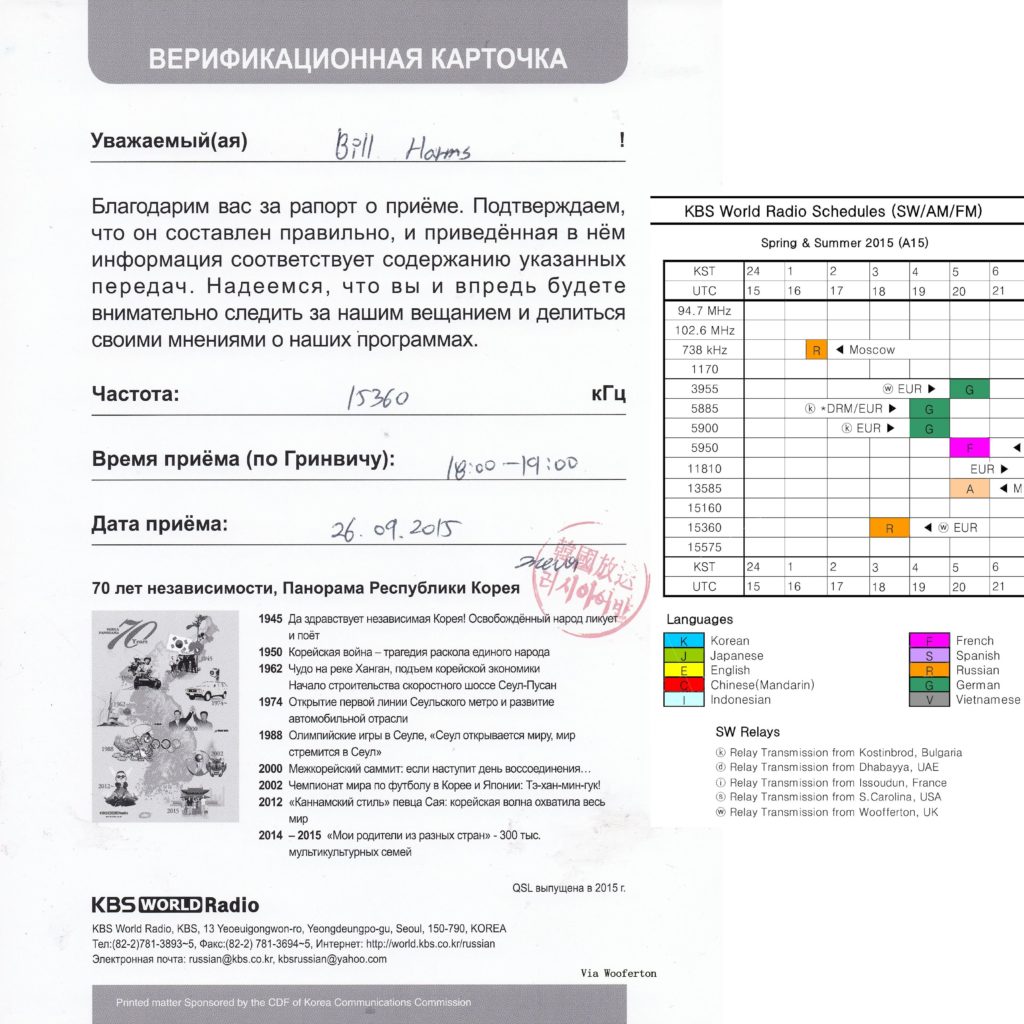
20150926 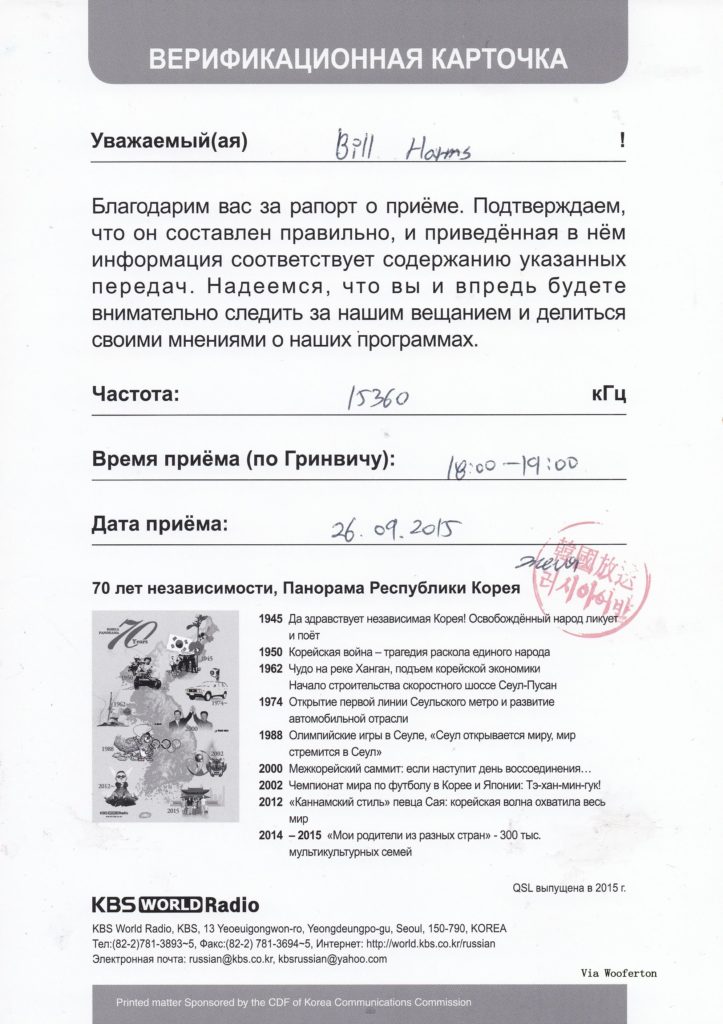
20150926 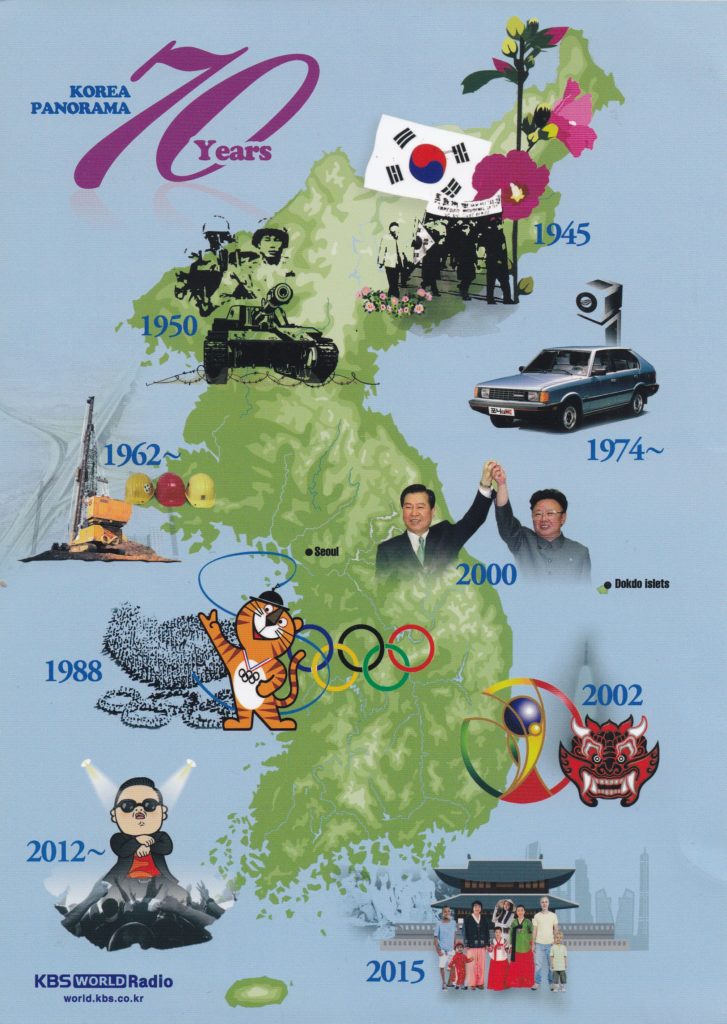
20150912 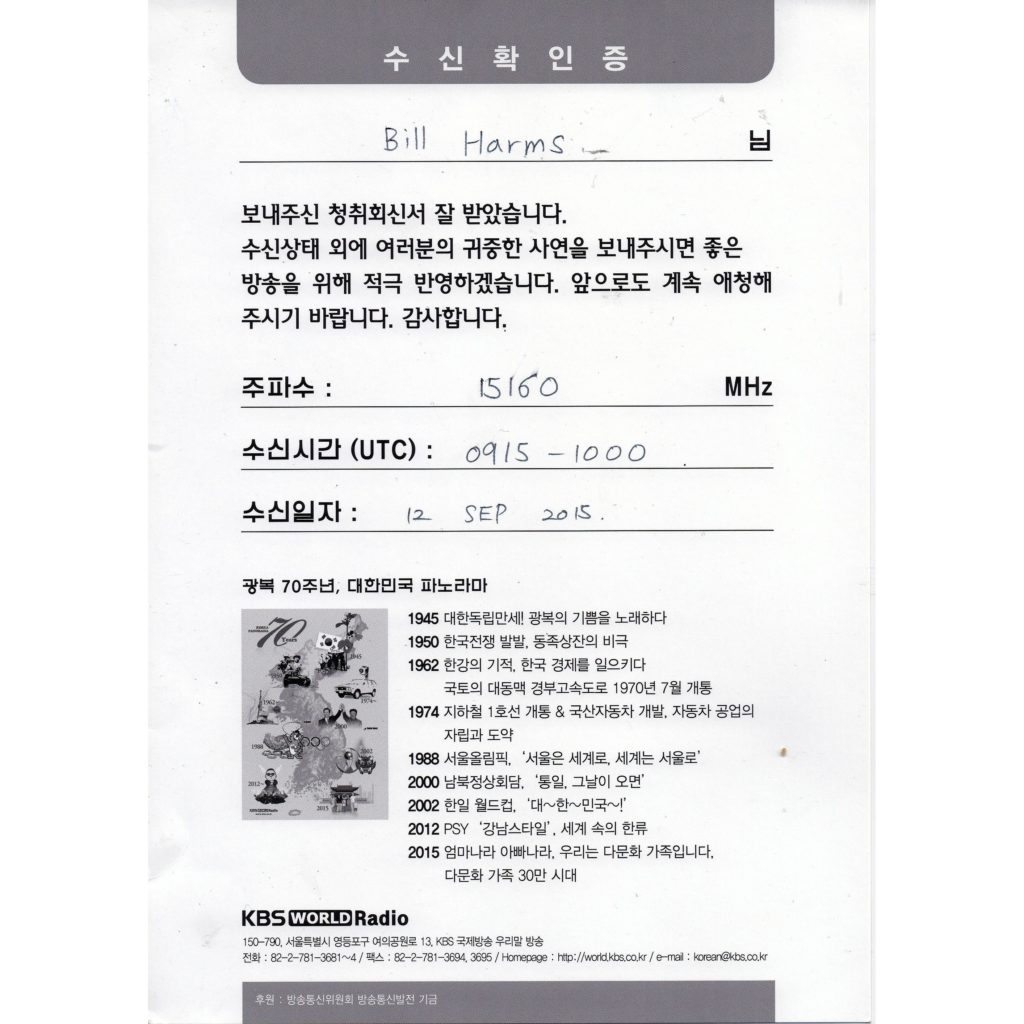
20150912 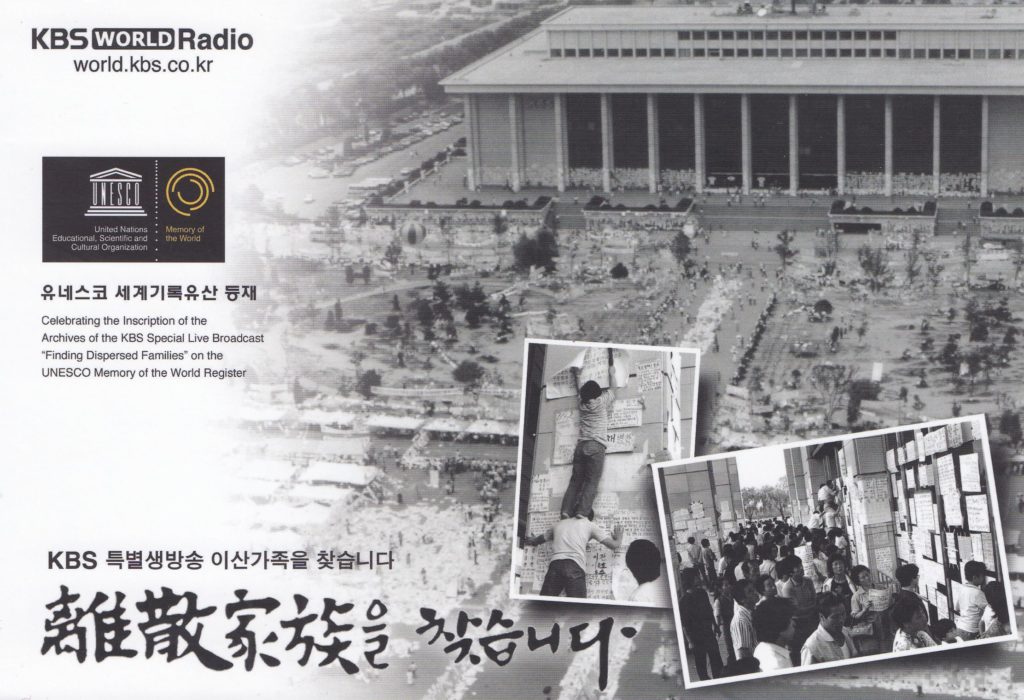
20151206 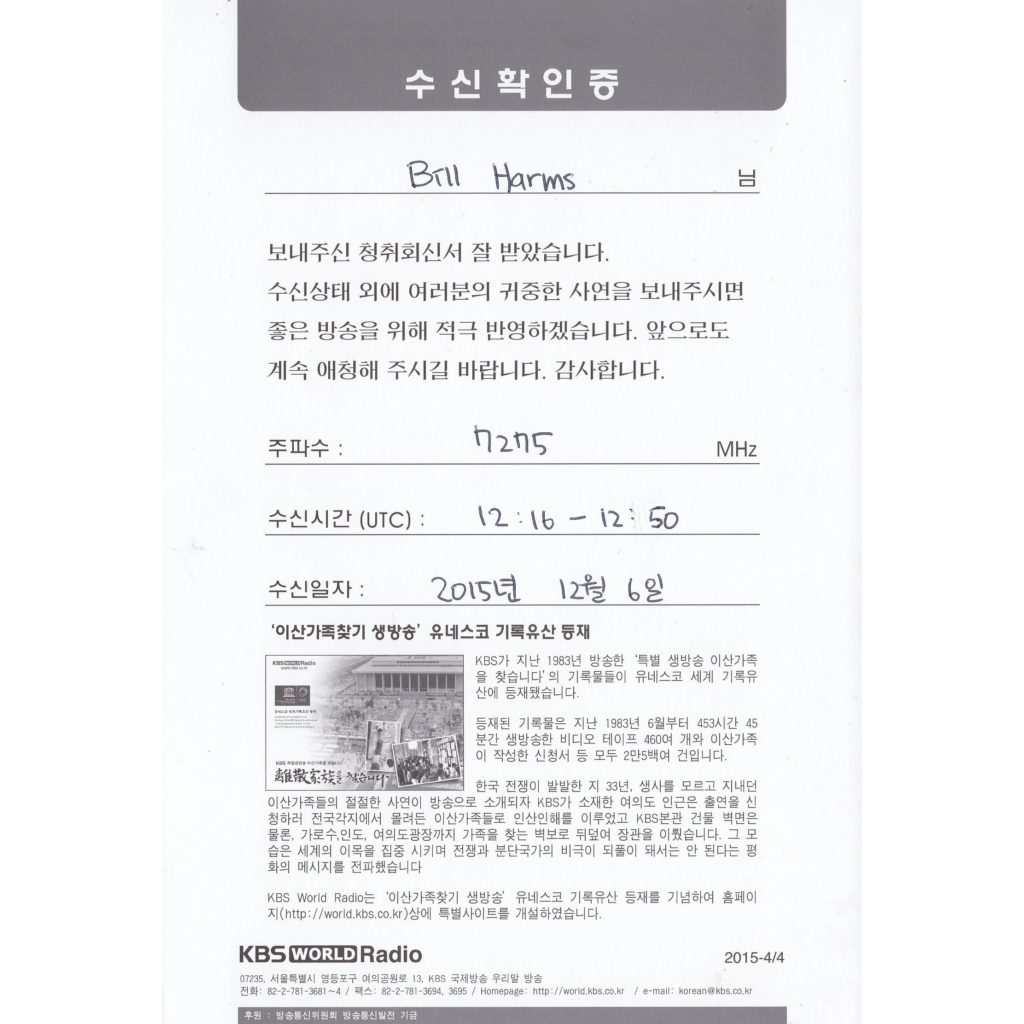
20151206 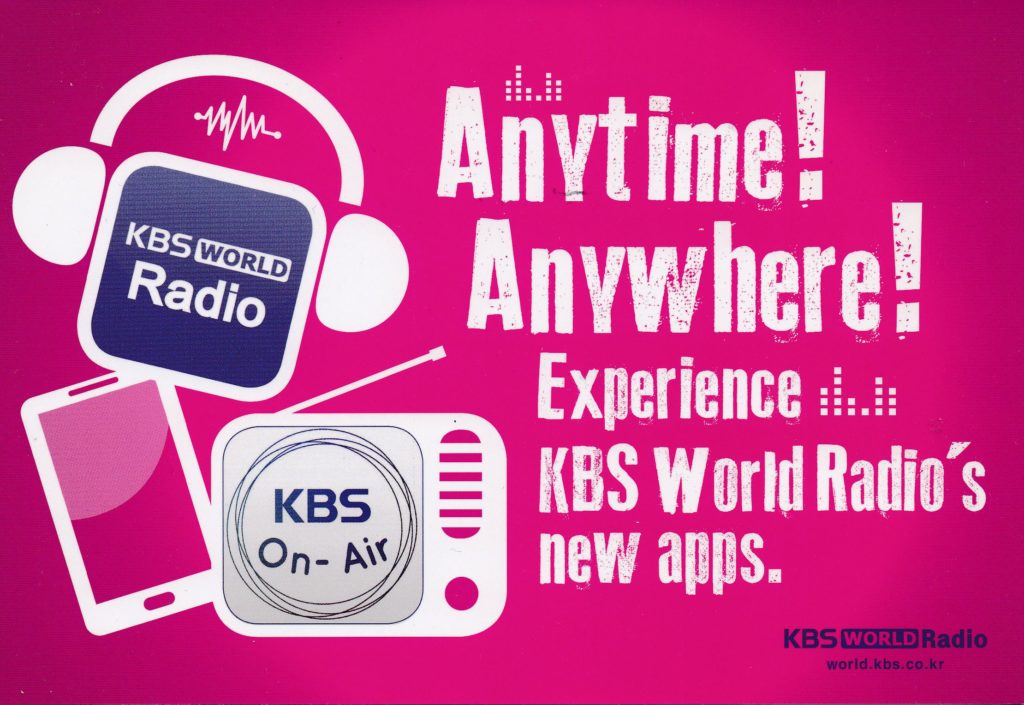
2015 01 01 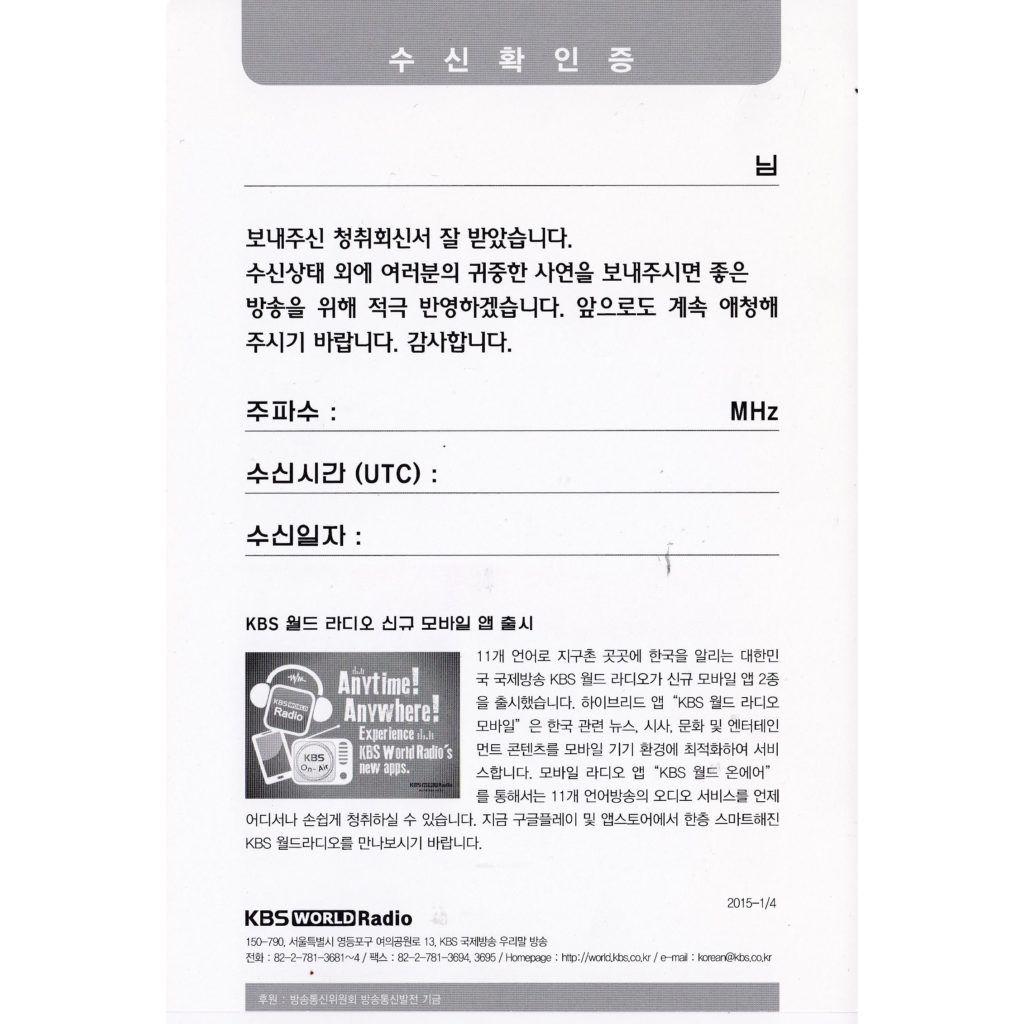
2015 01 01 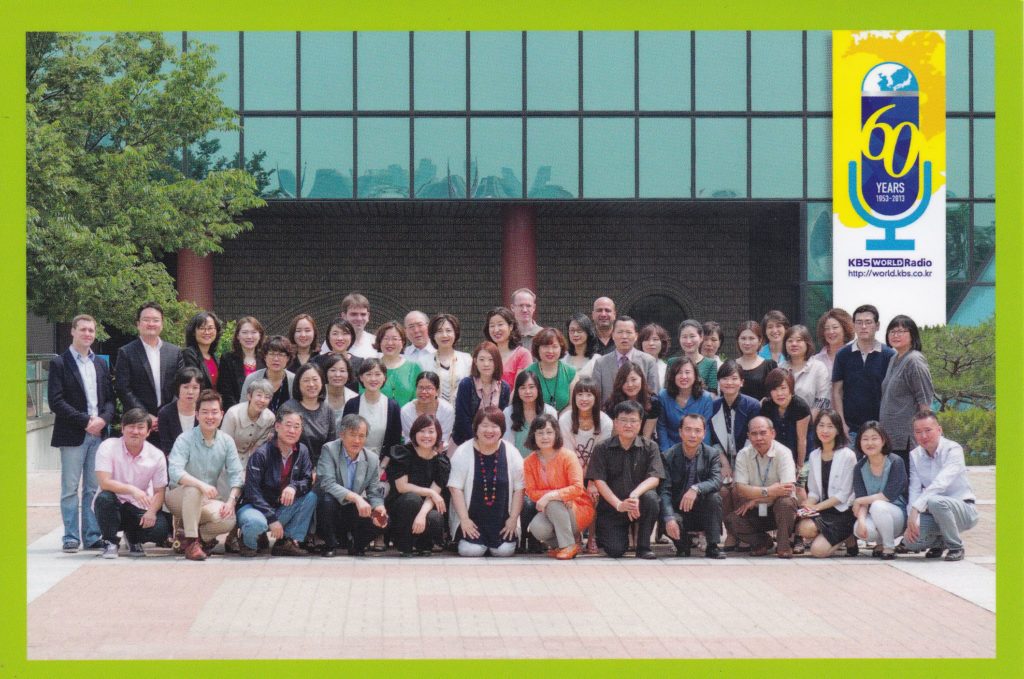
20130401 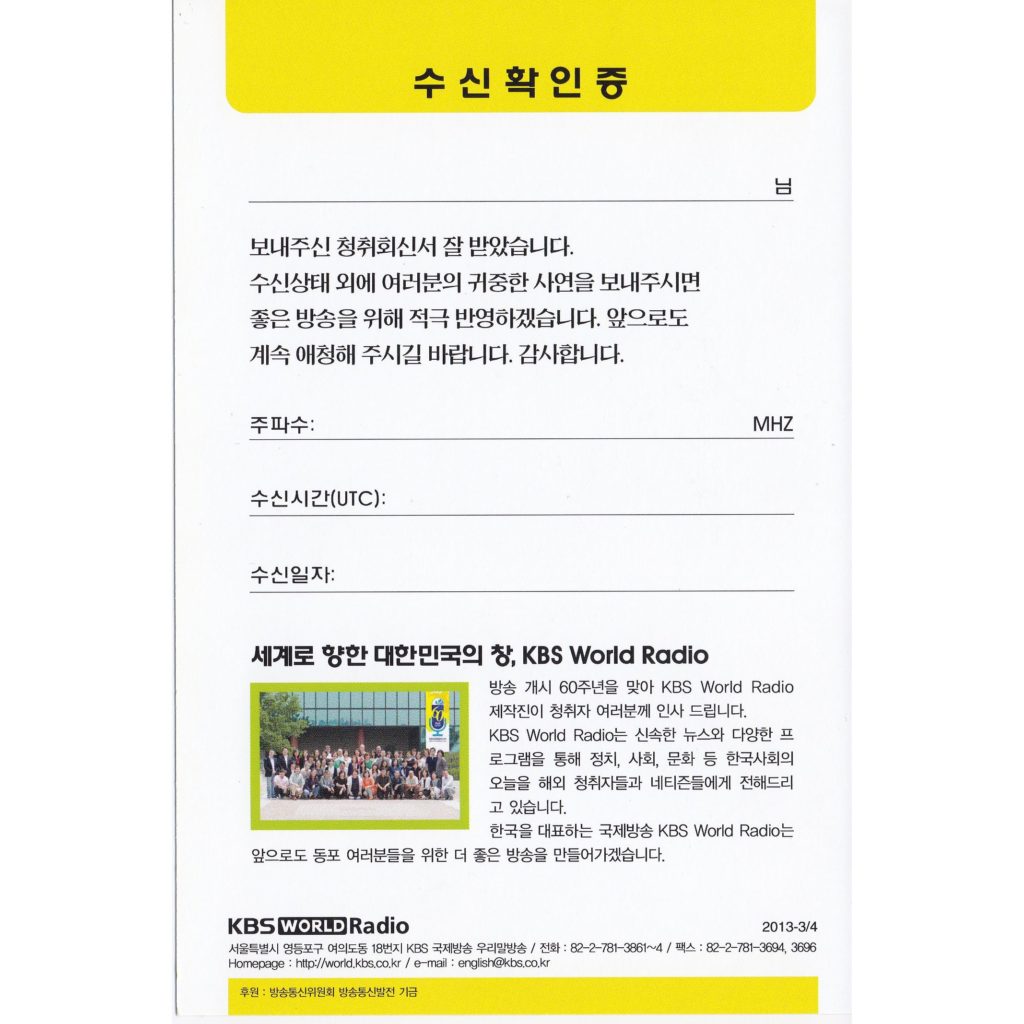
20130401 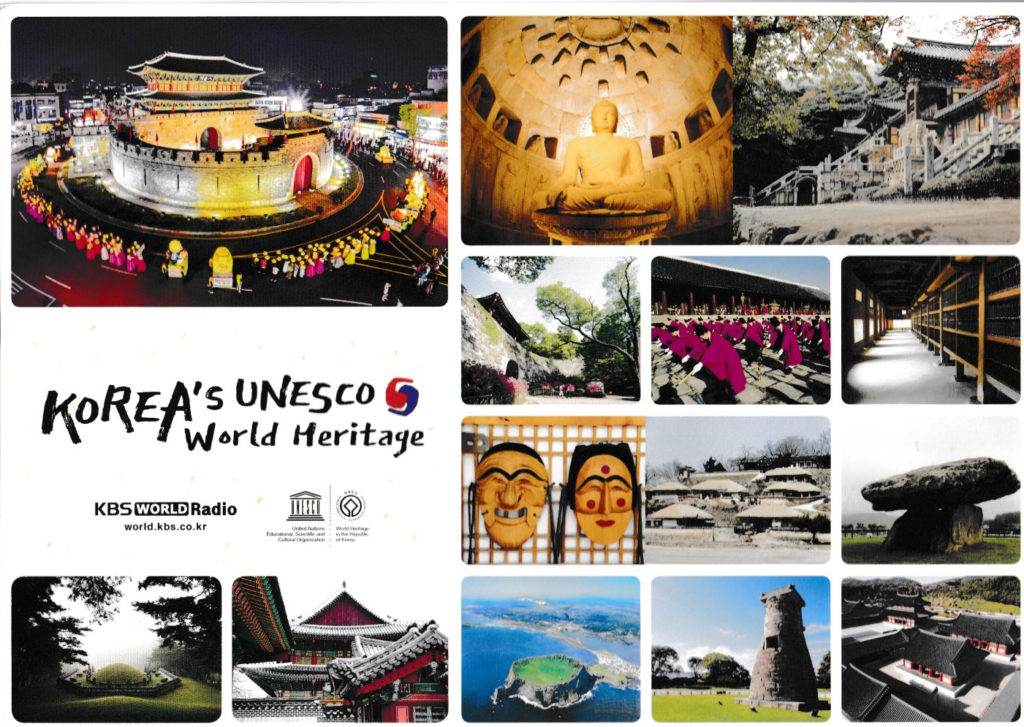
20140204 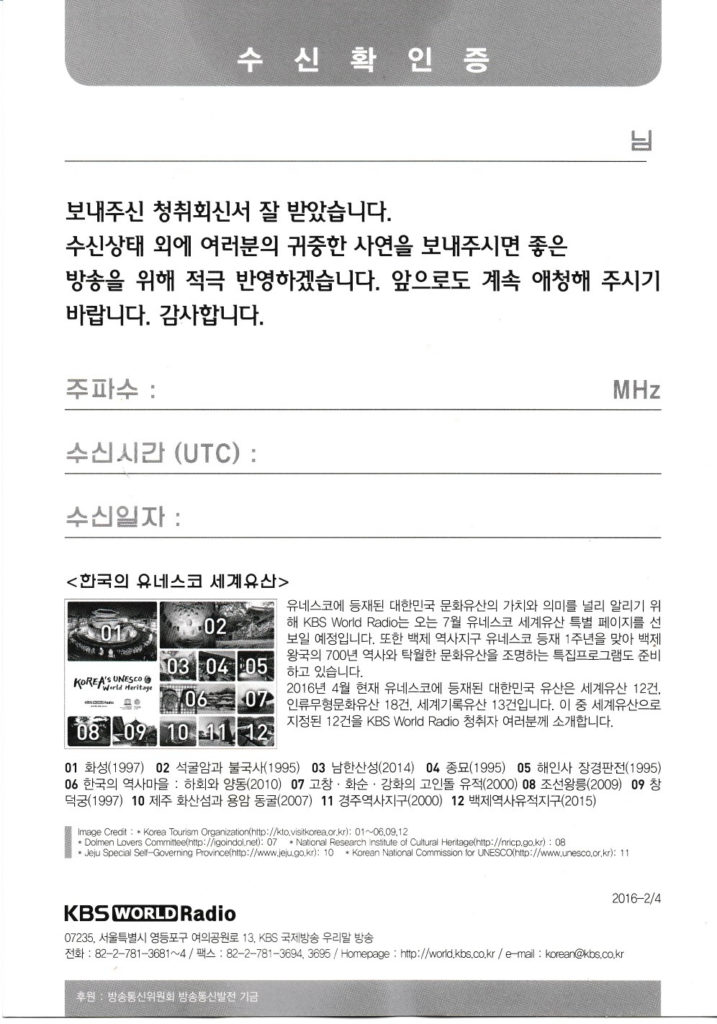
20140204 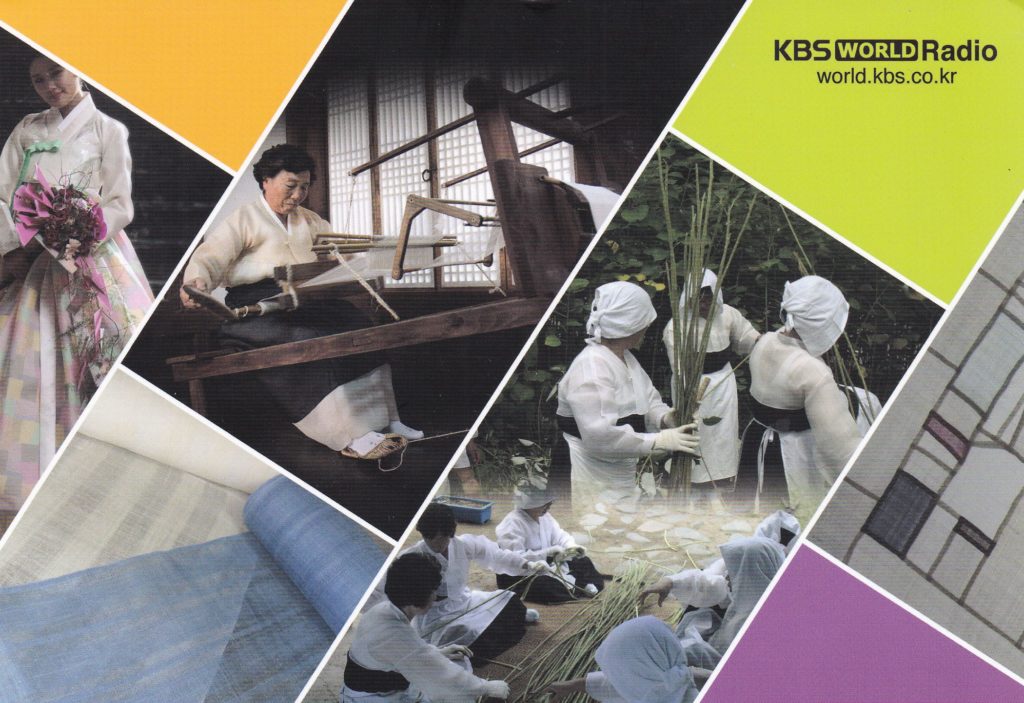
20140204 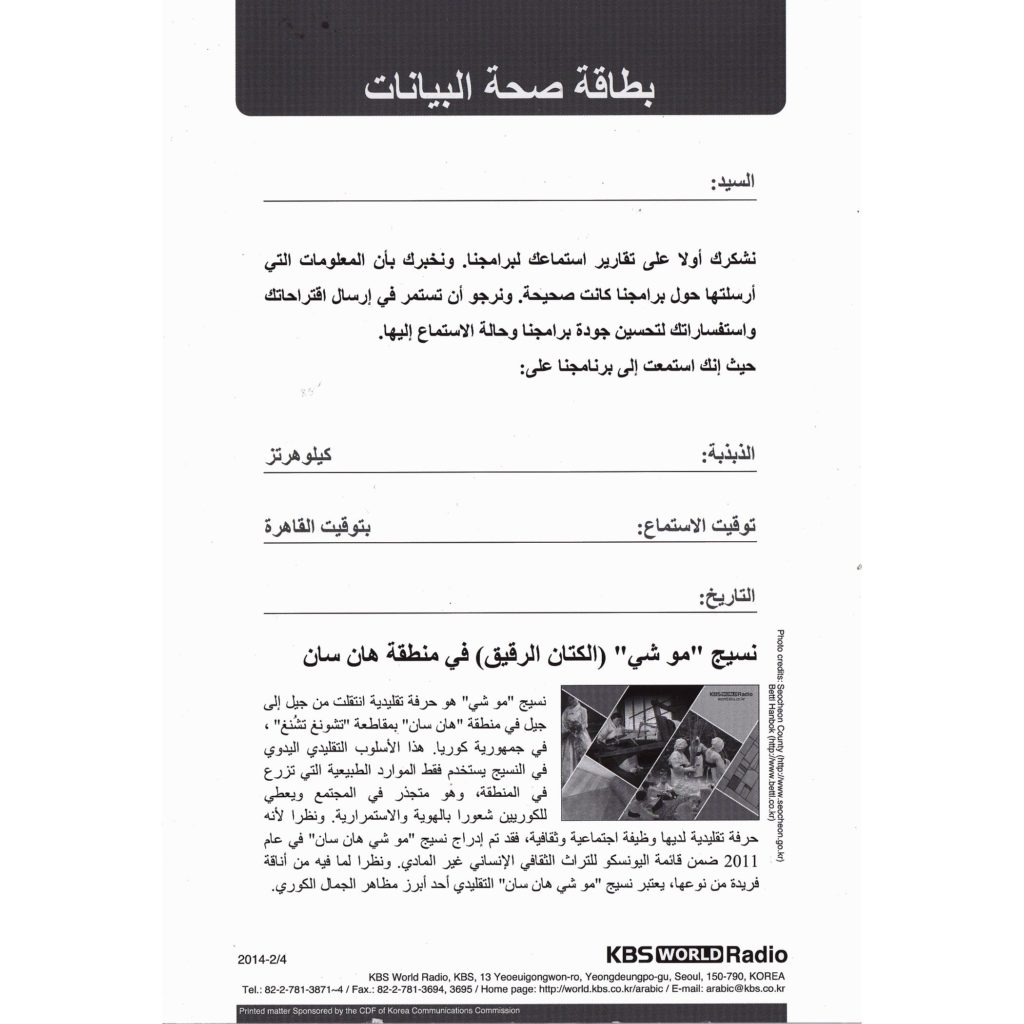
20140204 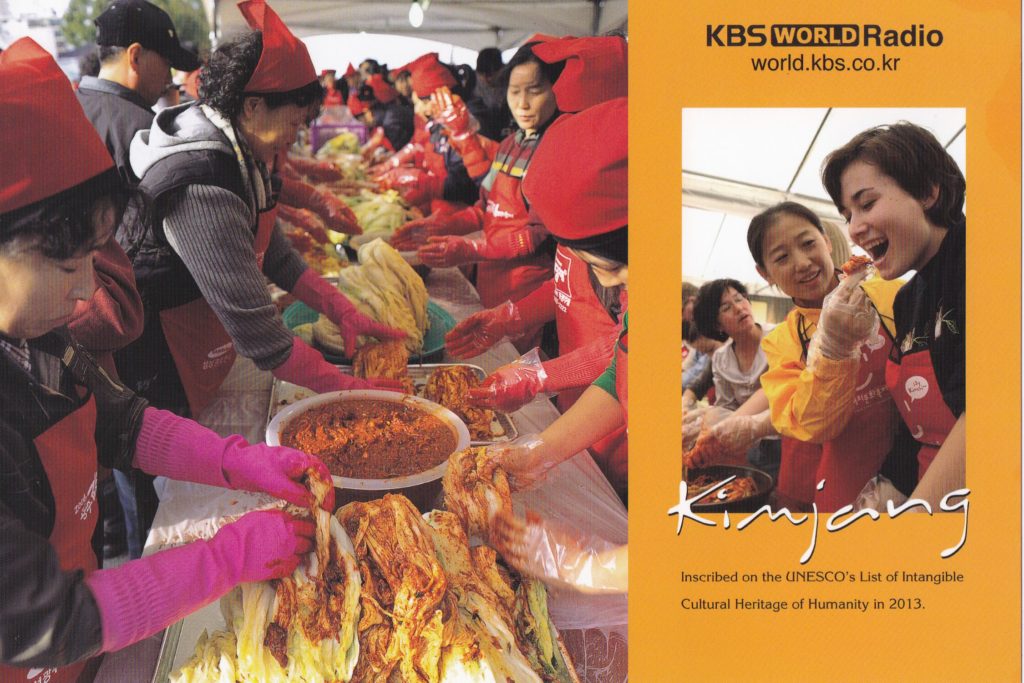
20140104 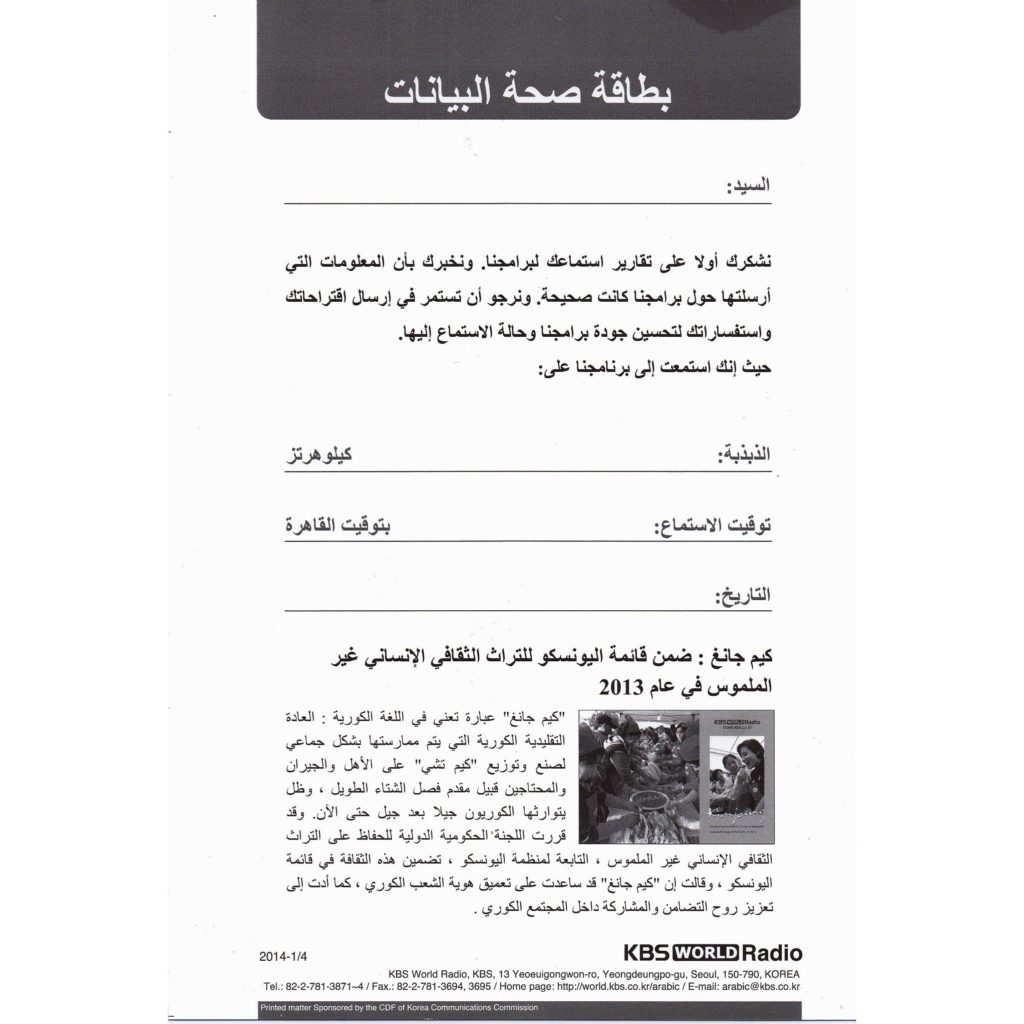
20140104 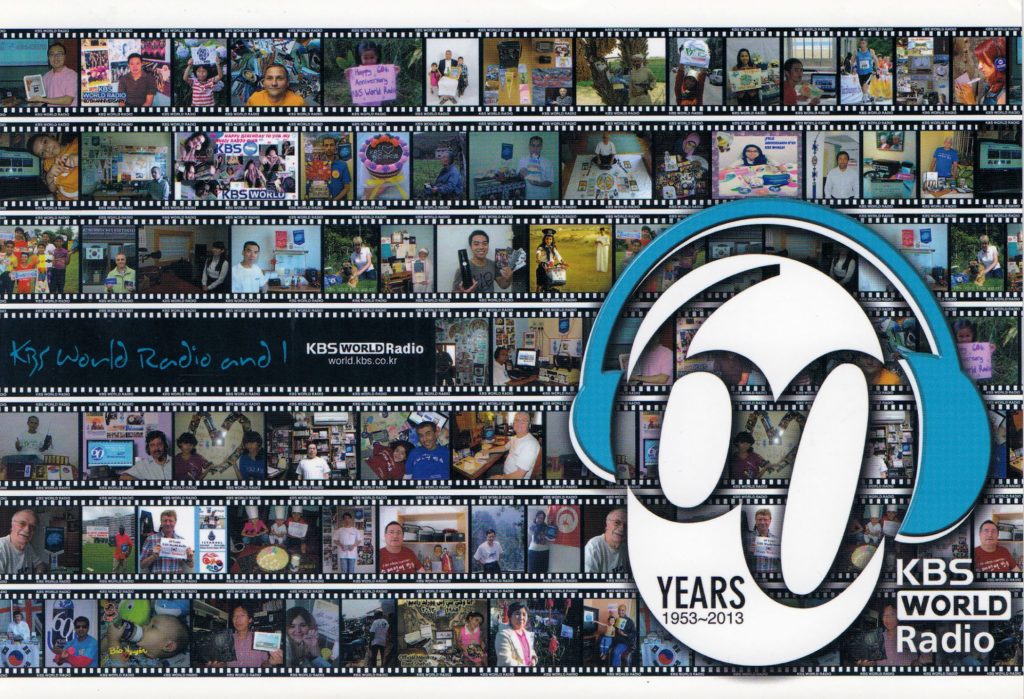
20130404 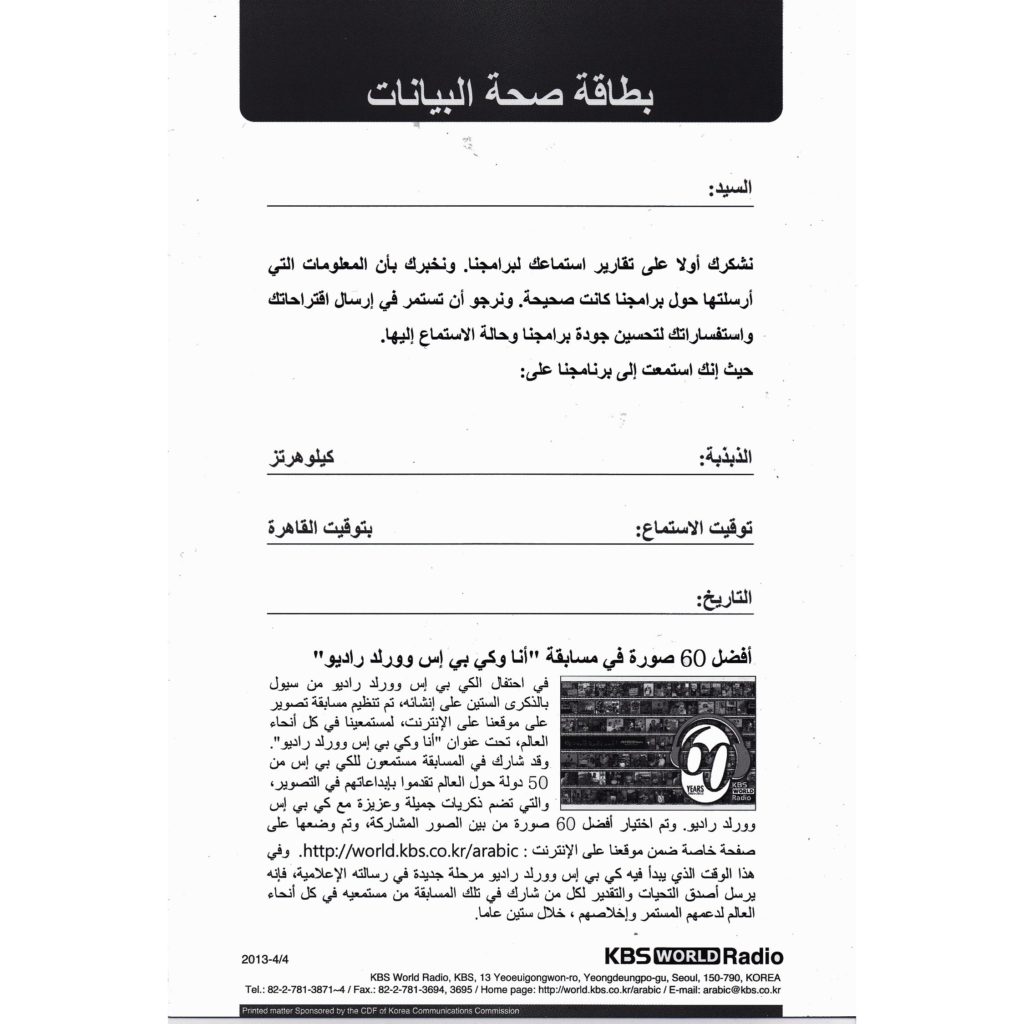
20130404 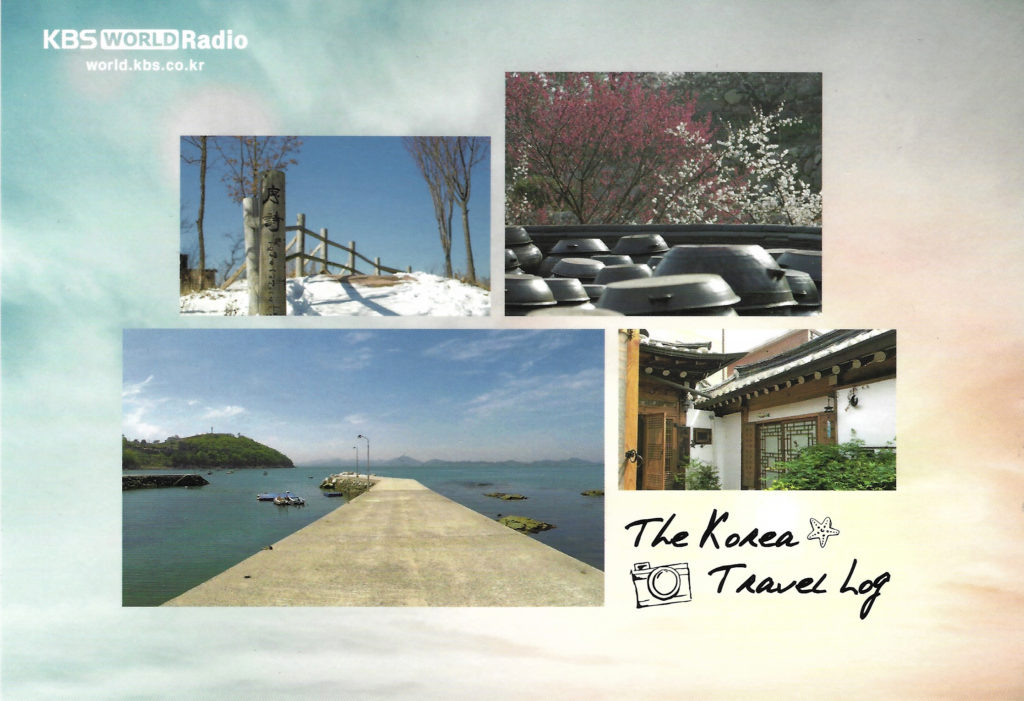
2017 07 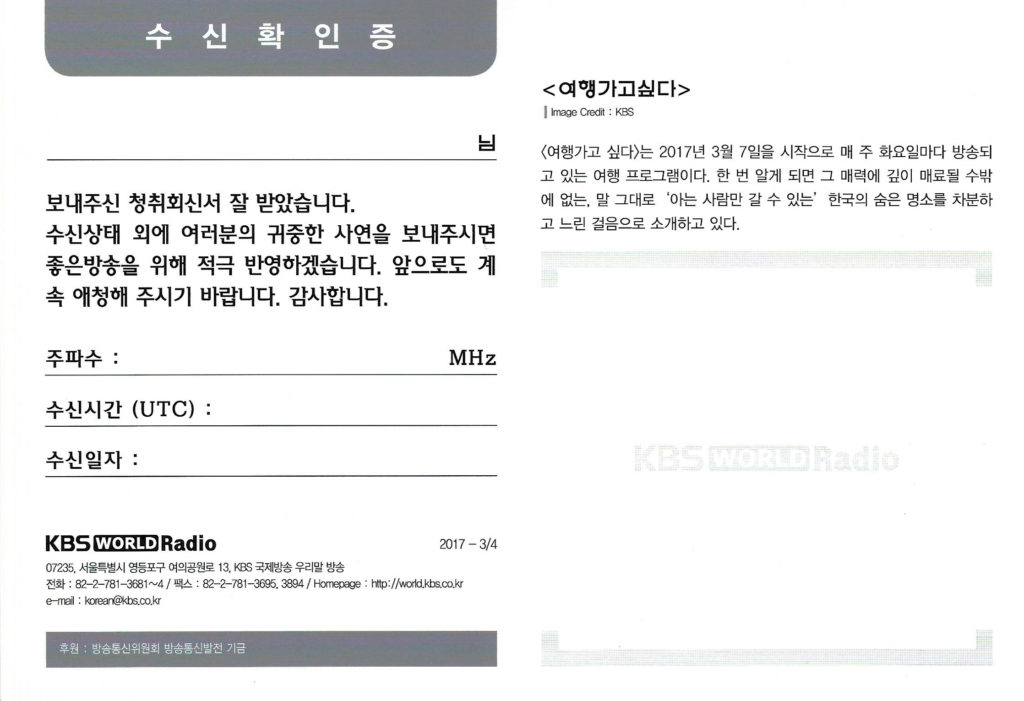
2017 07 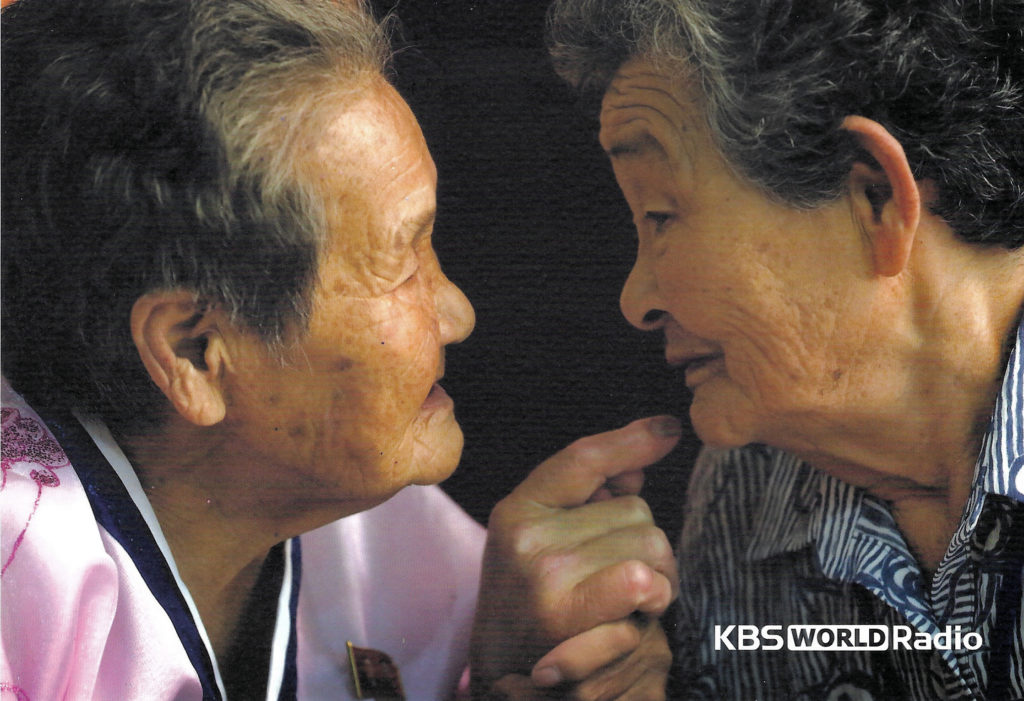
2019 02 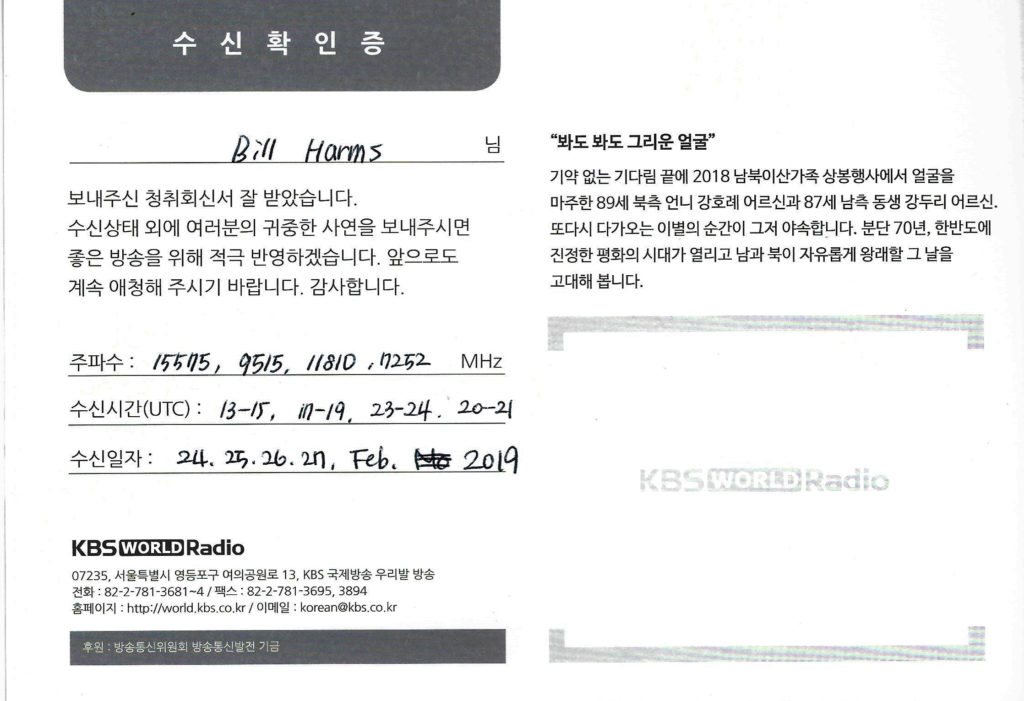
2019 02 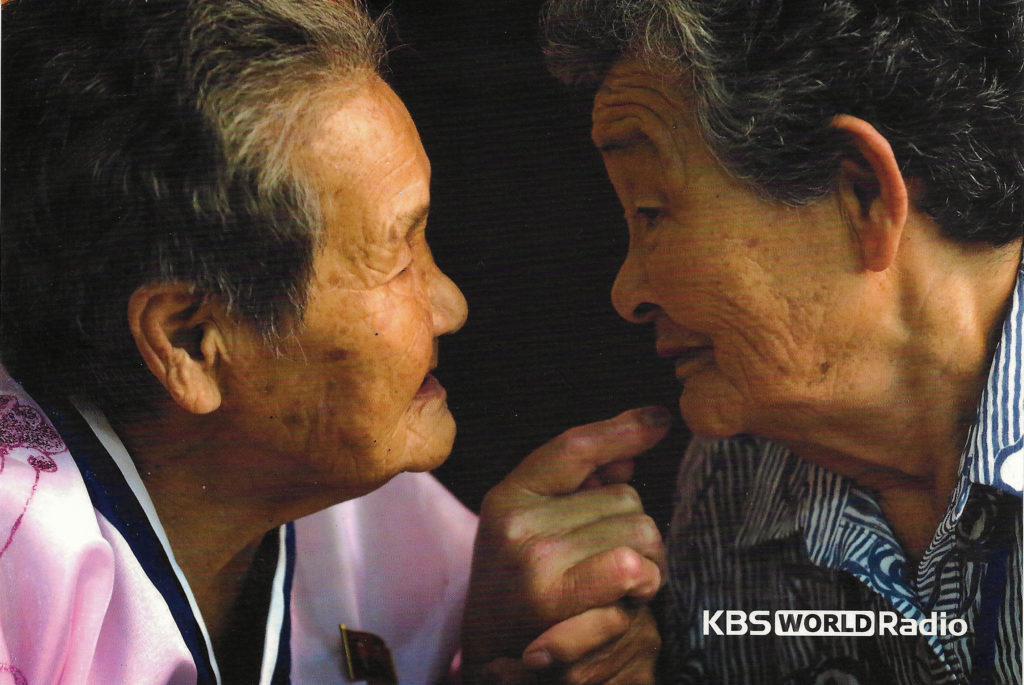
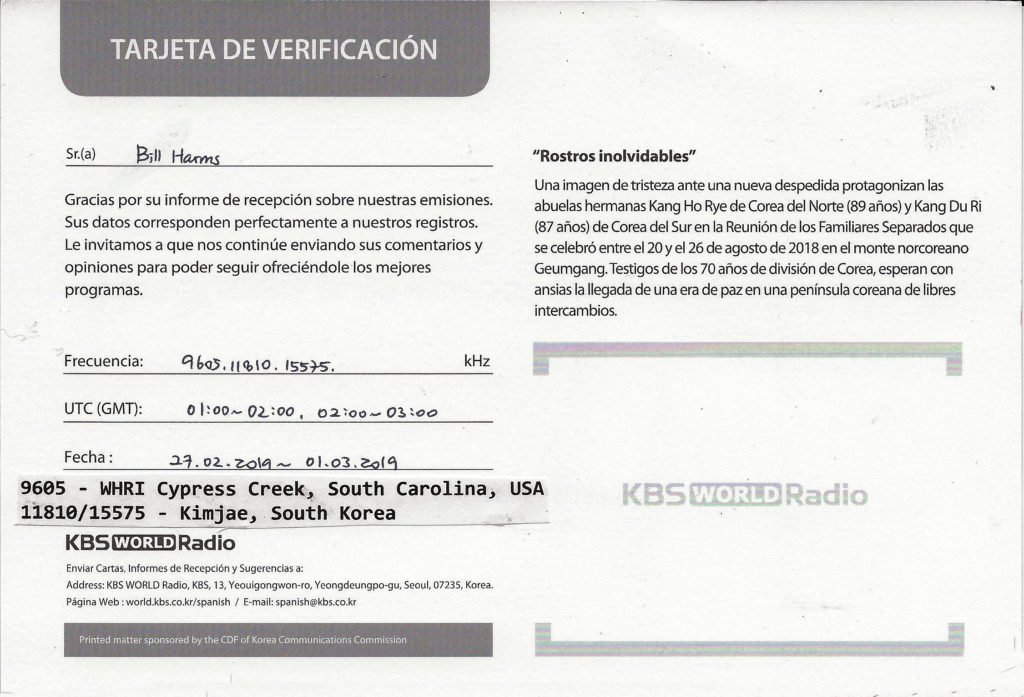
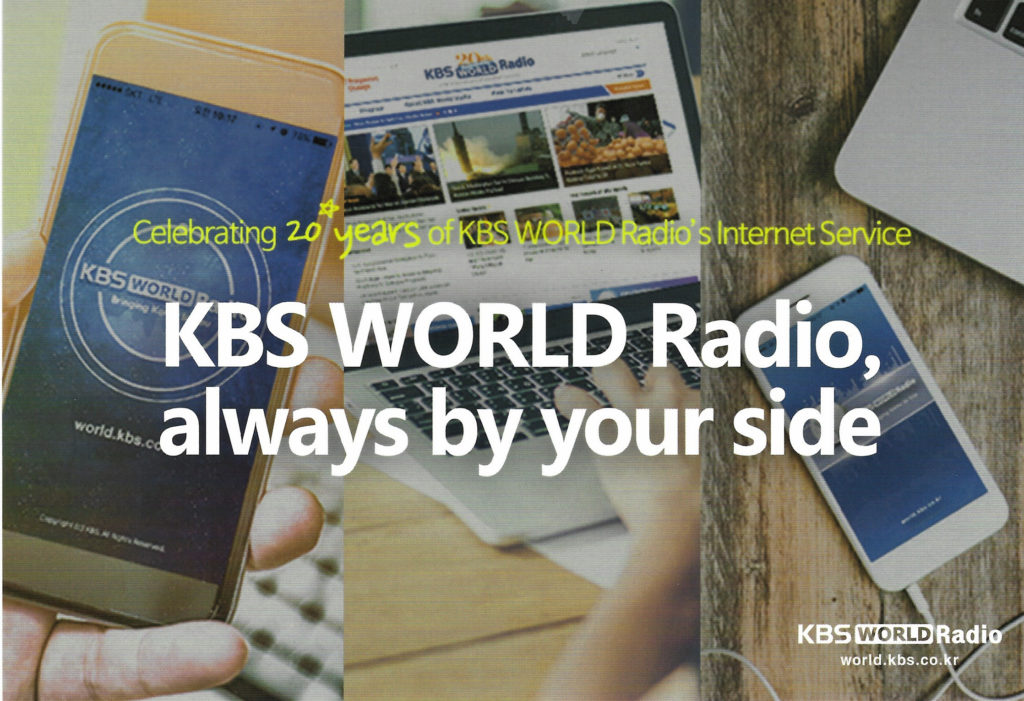
2017 10 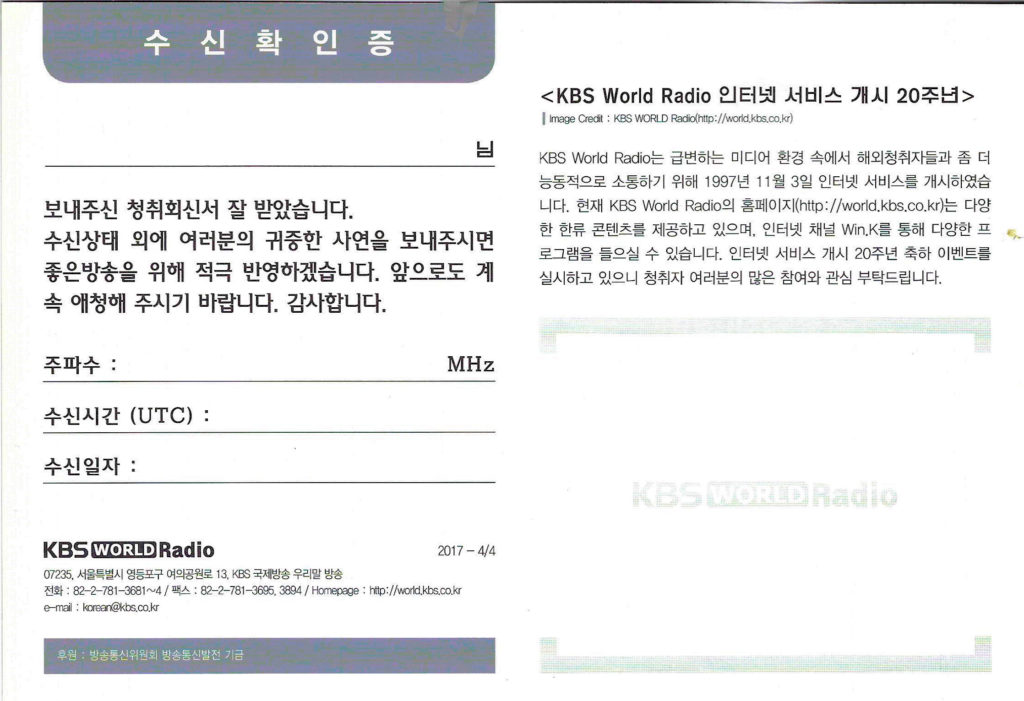
2017 10 
2016 10 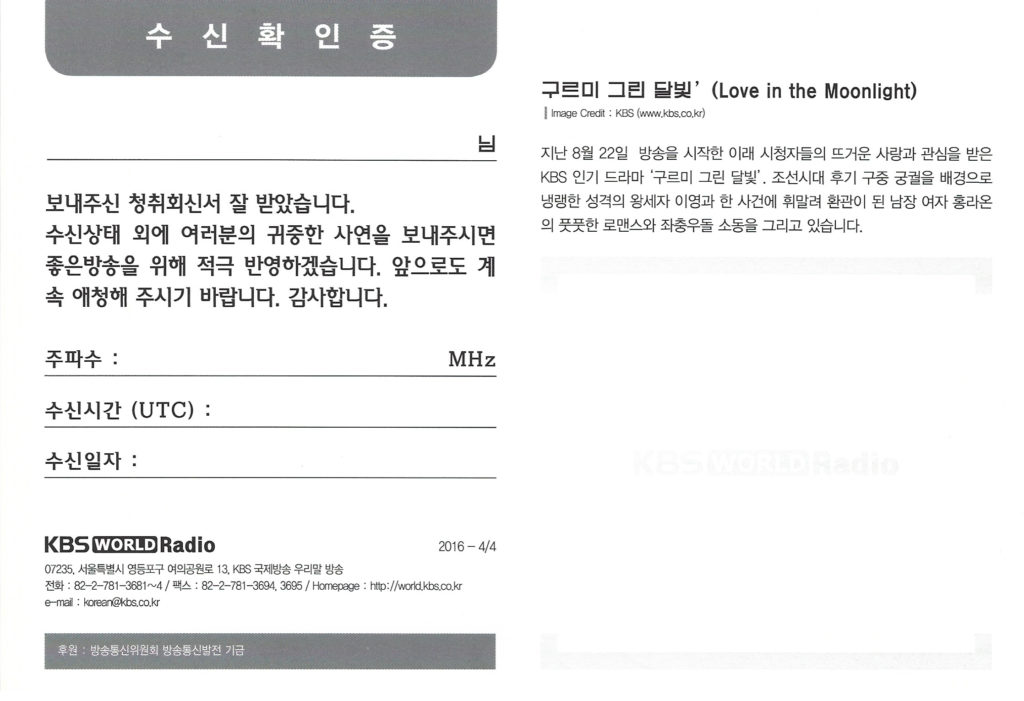
2016 10 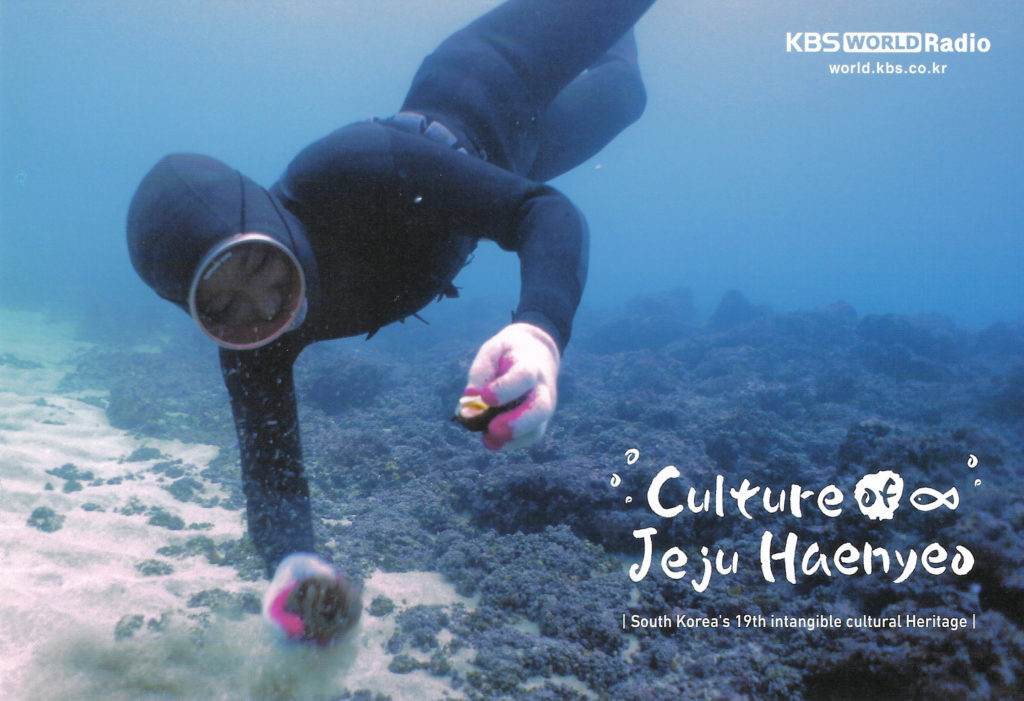
2017 04 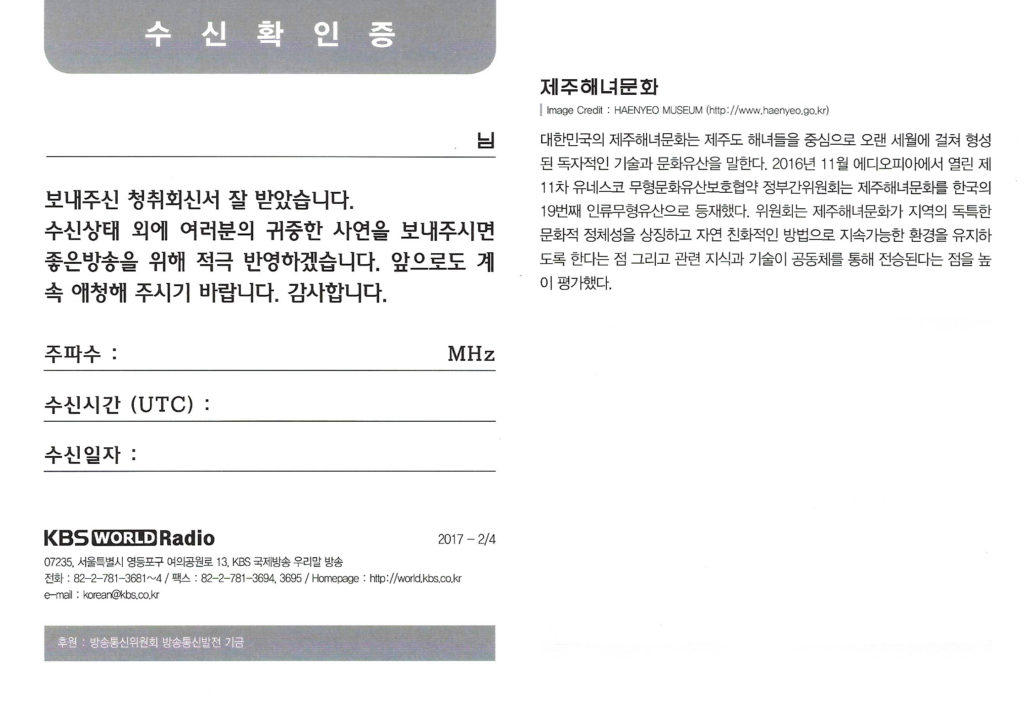
2017 04 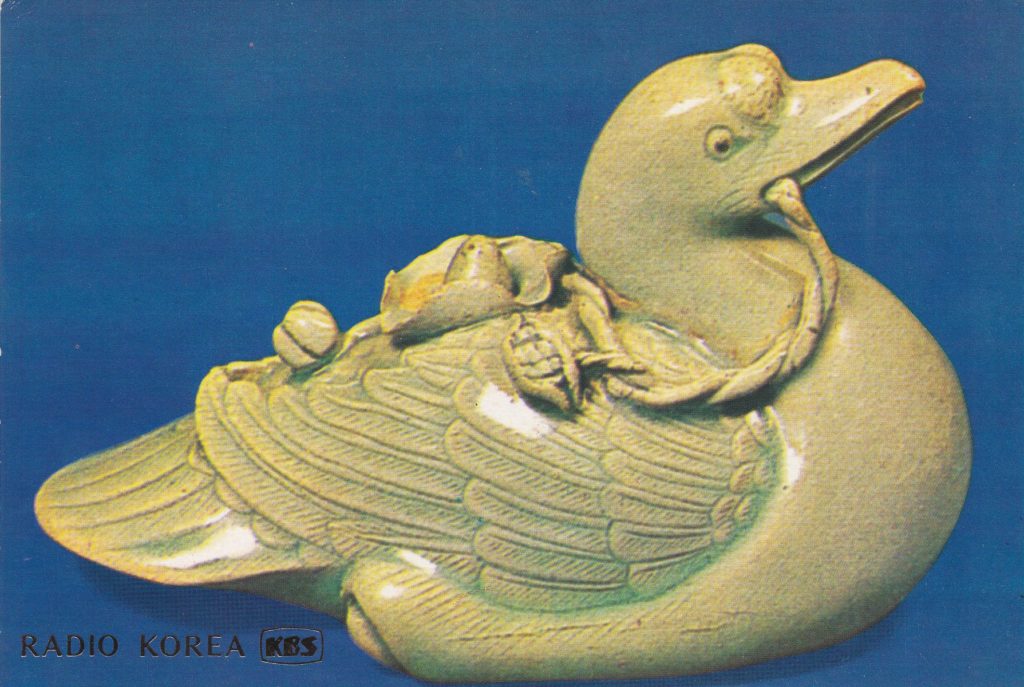
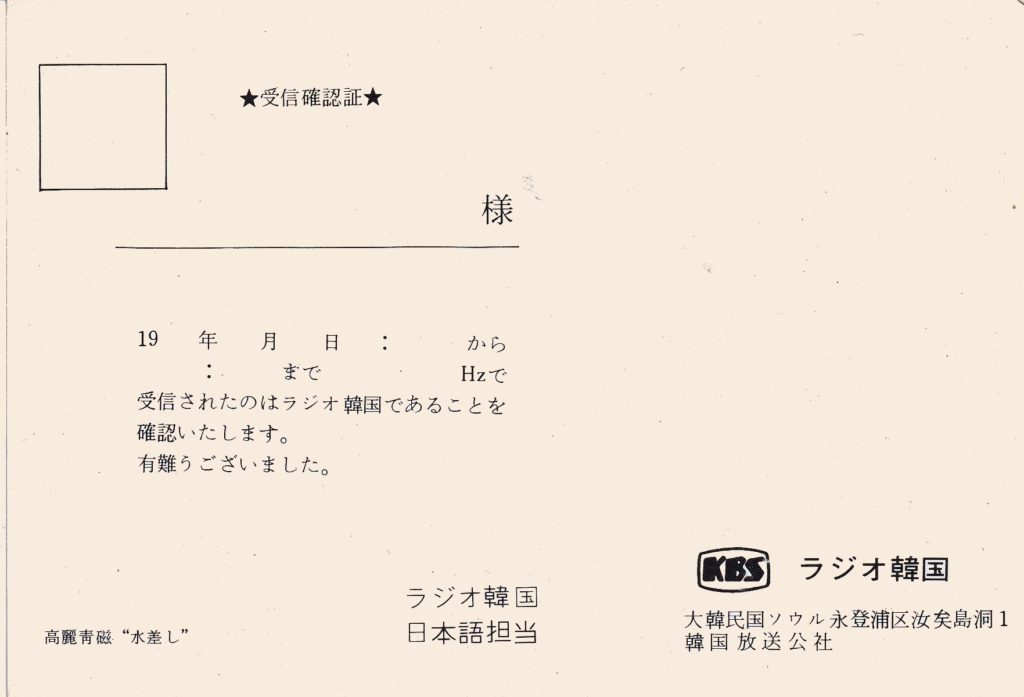
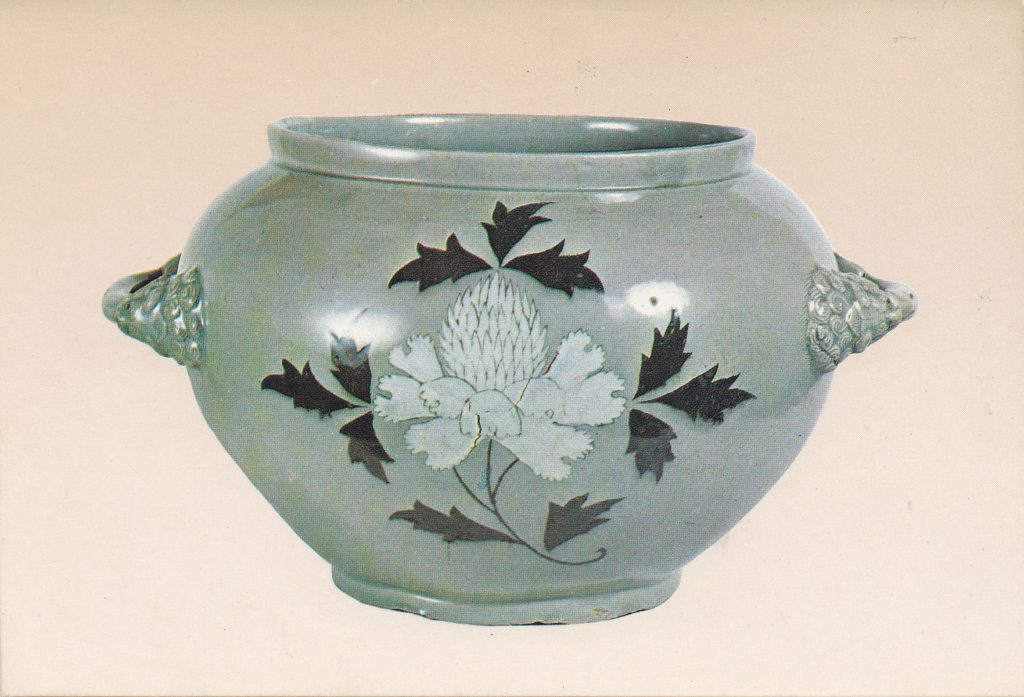
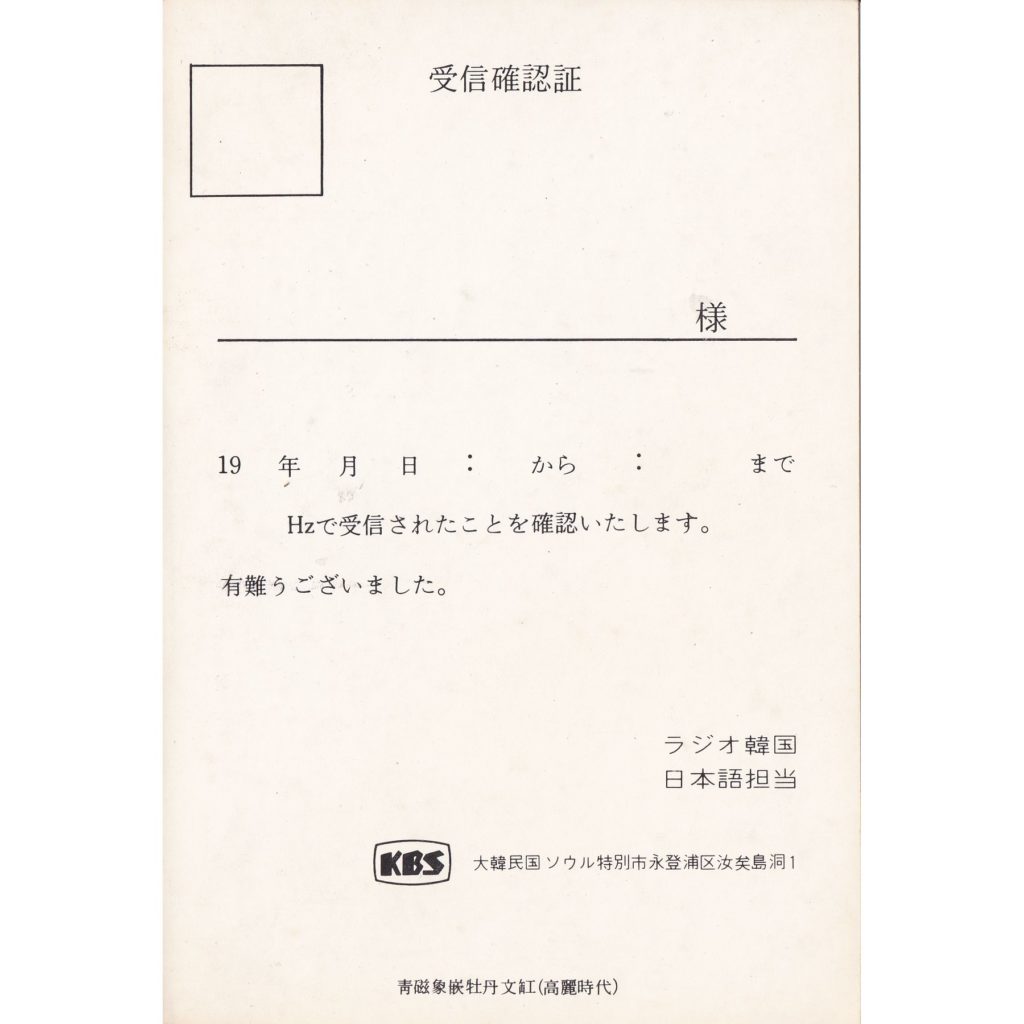
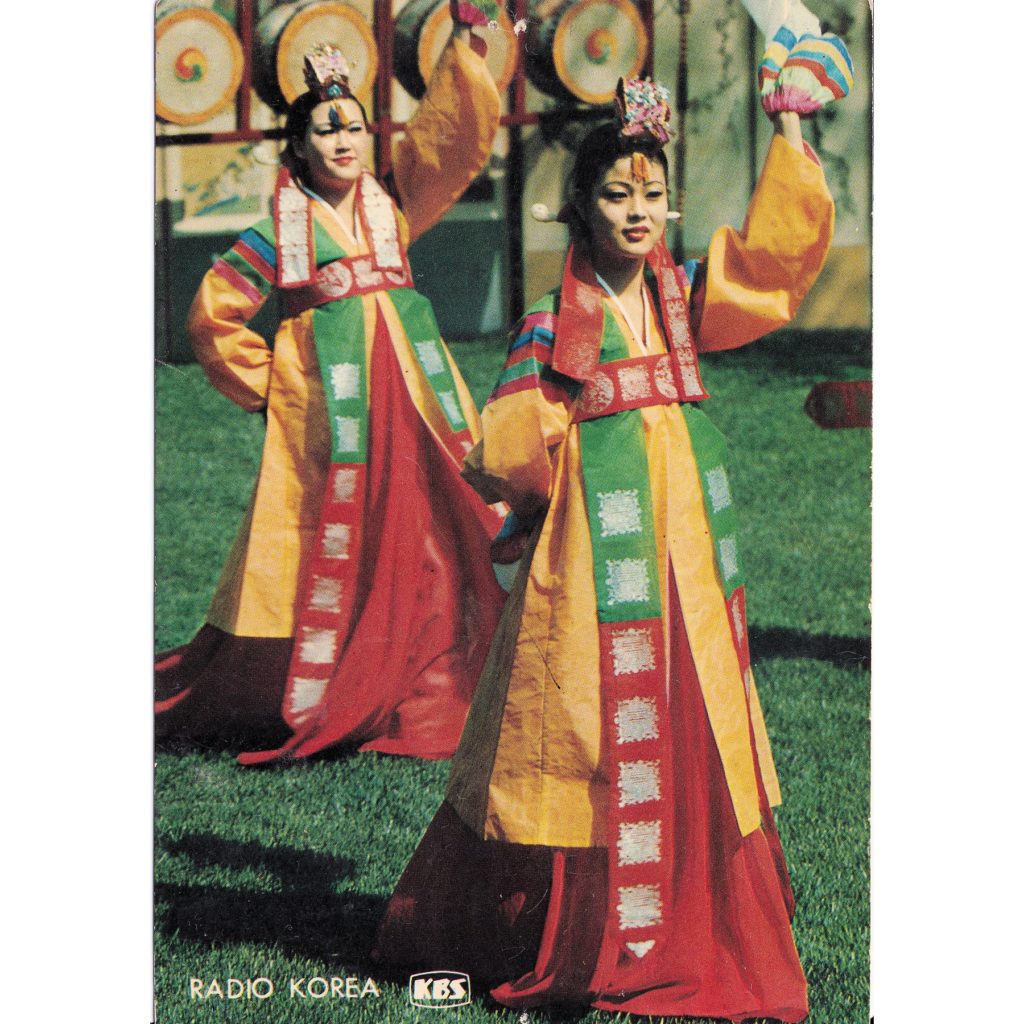
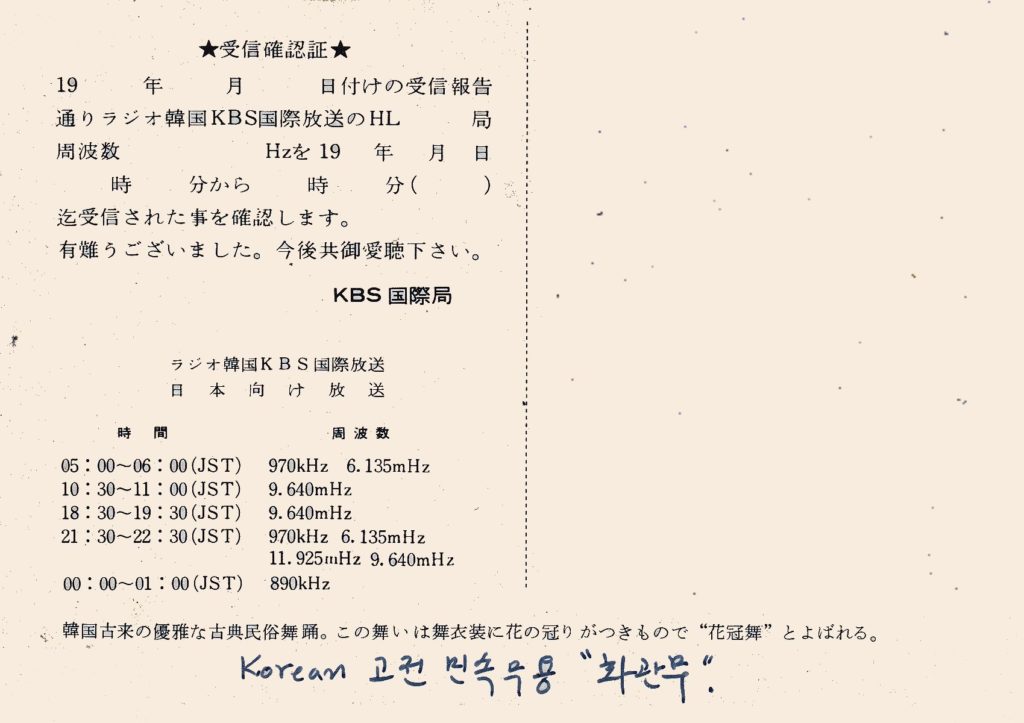
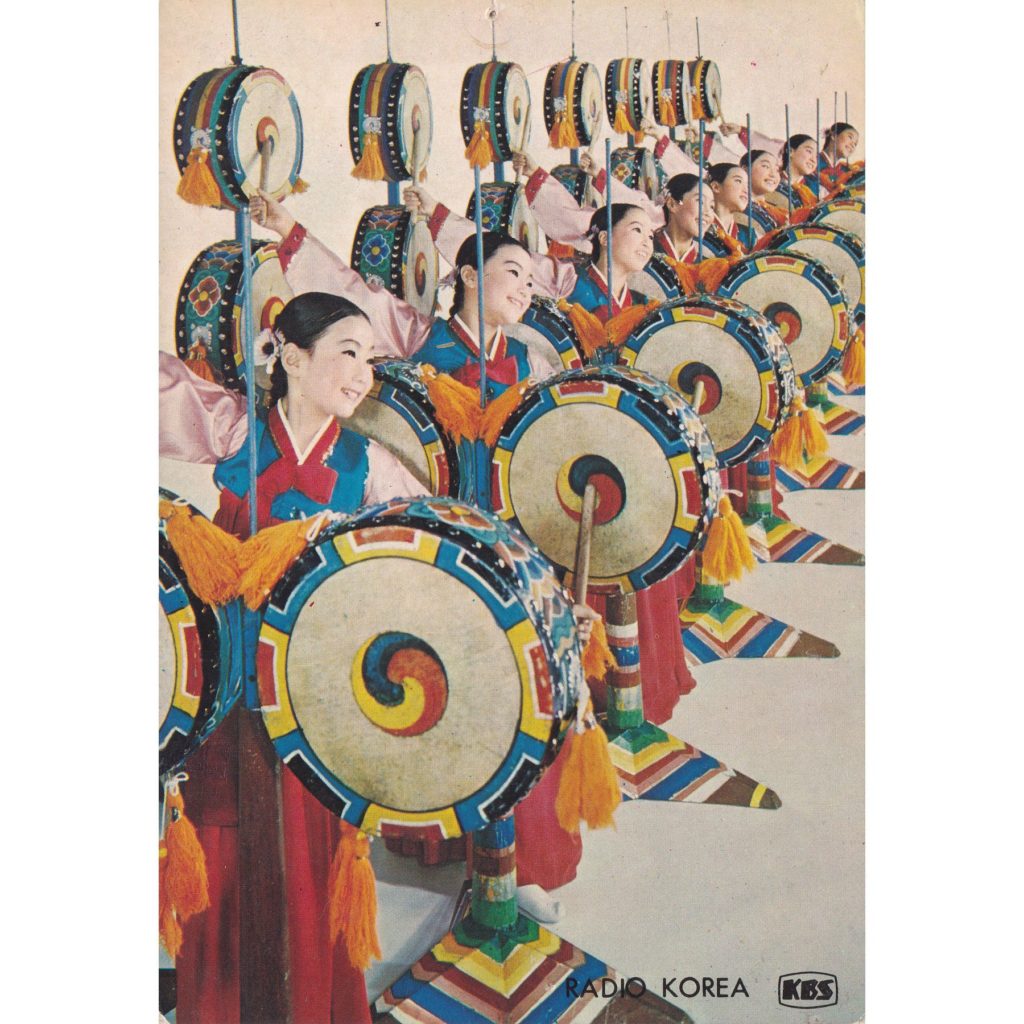
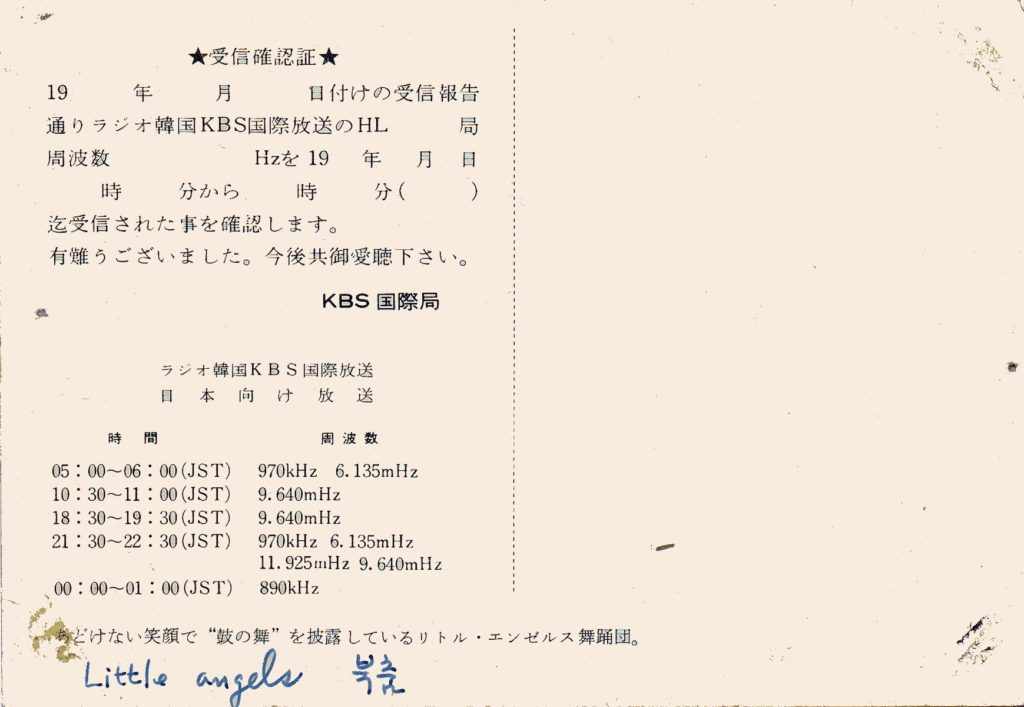
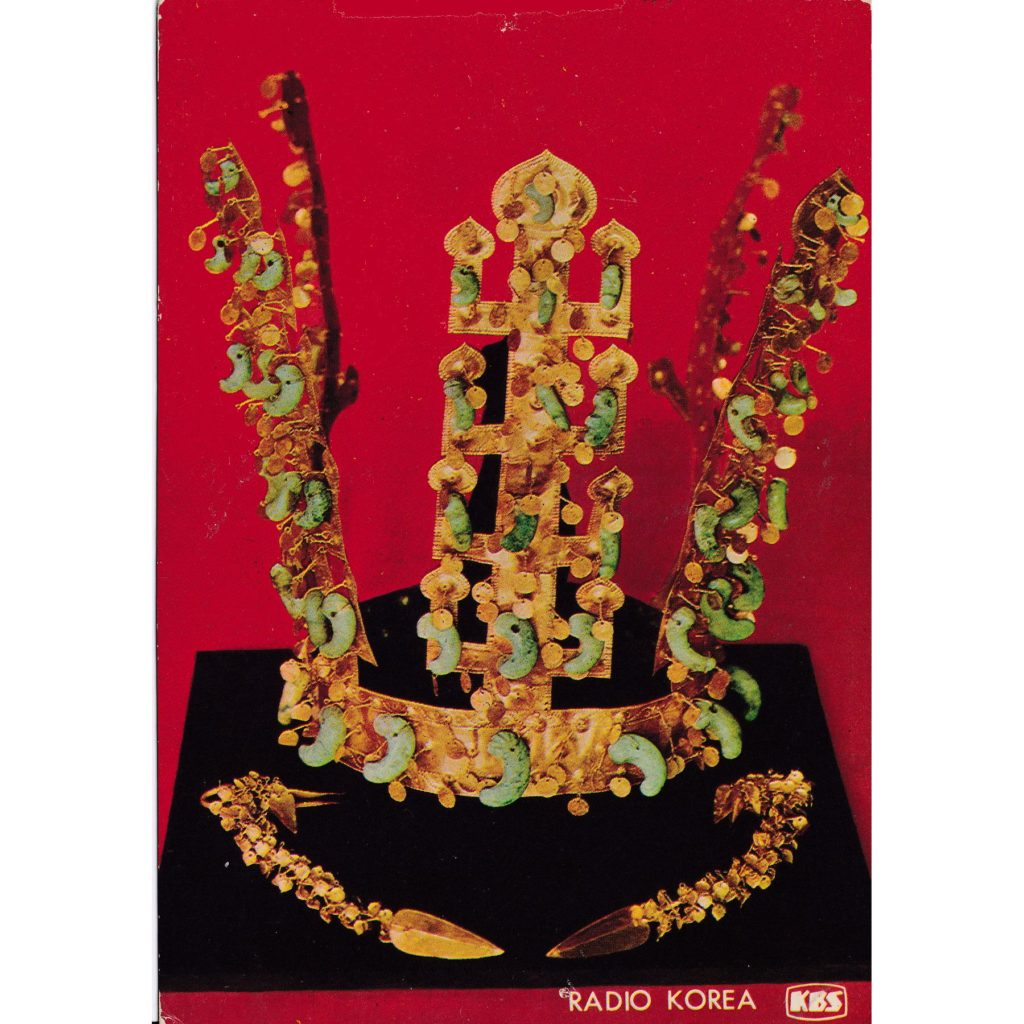
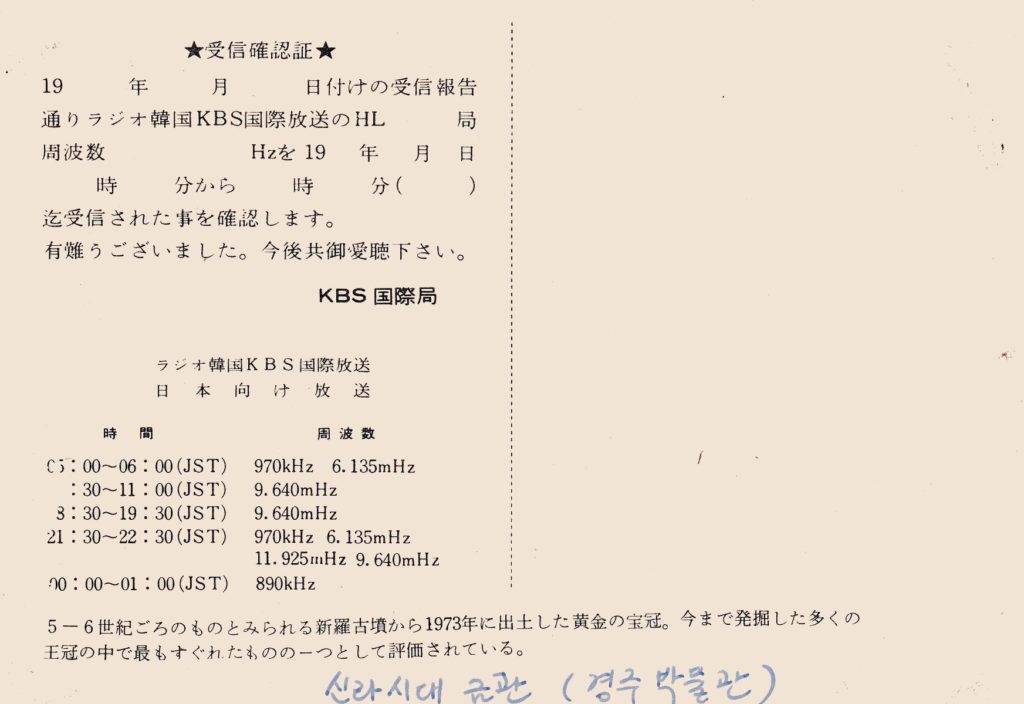
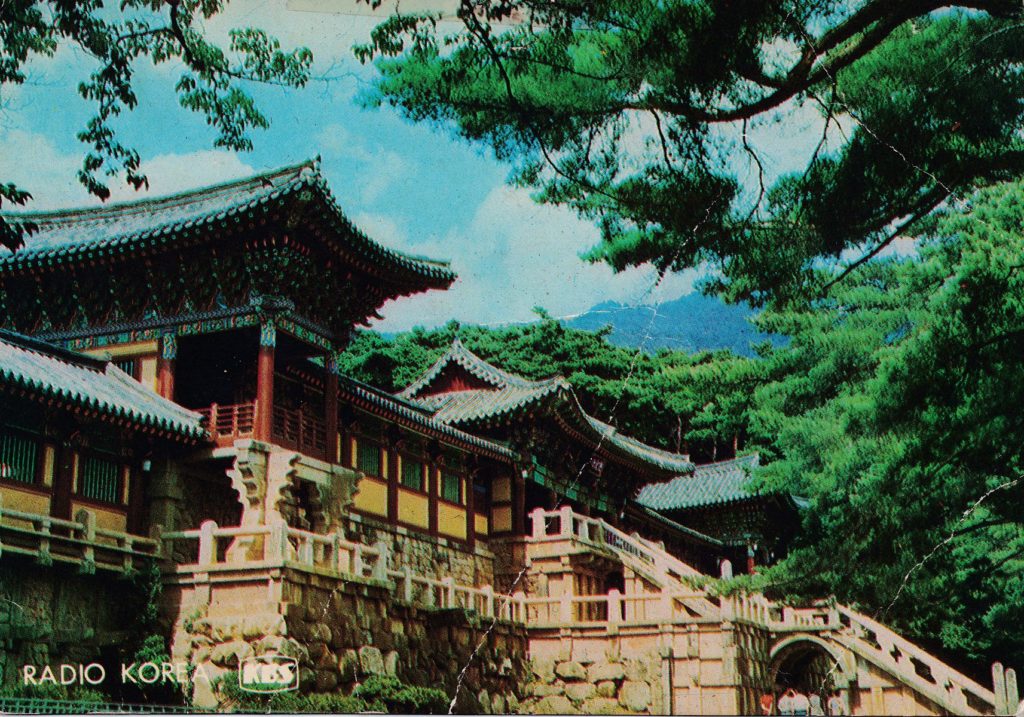
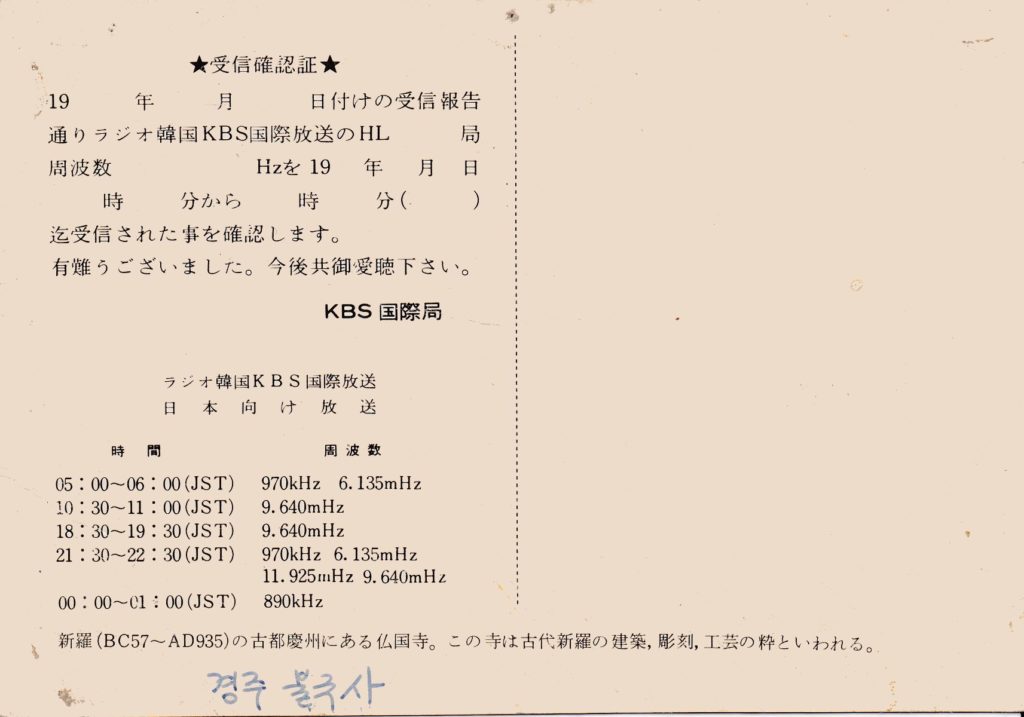

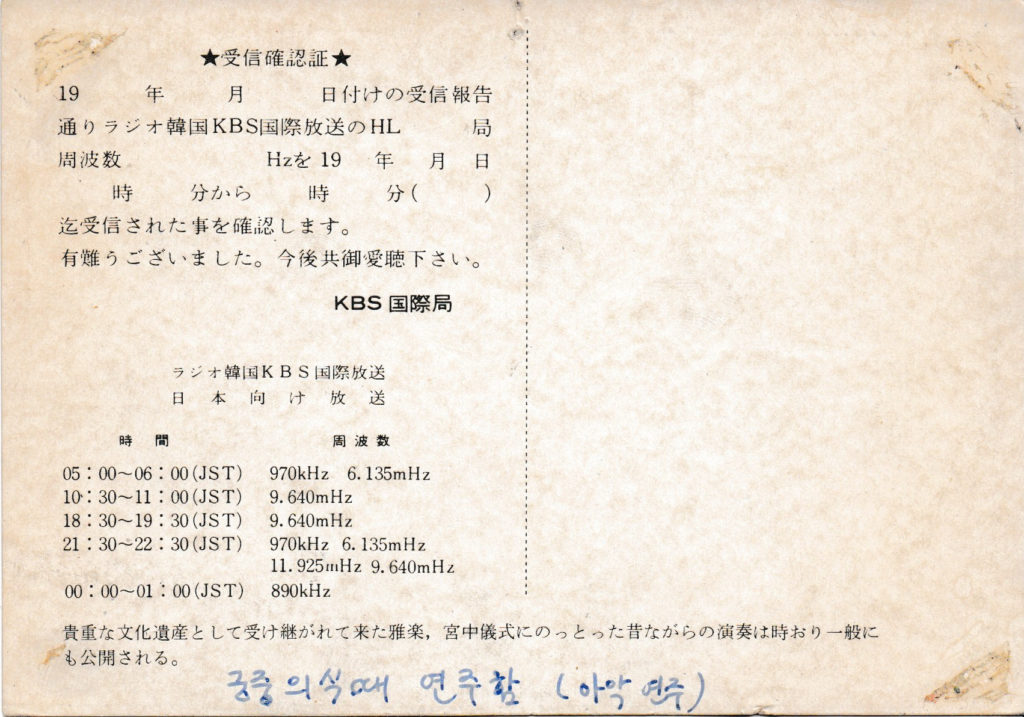
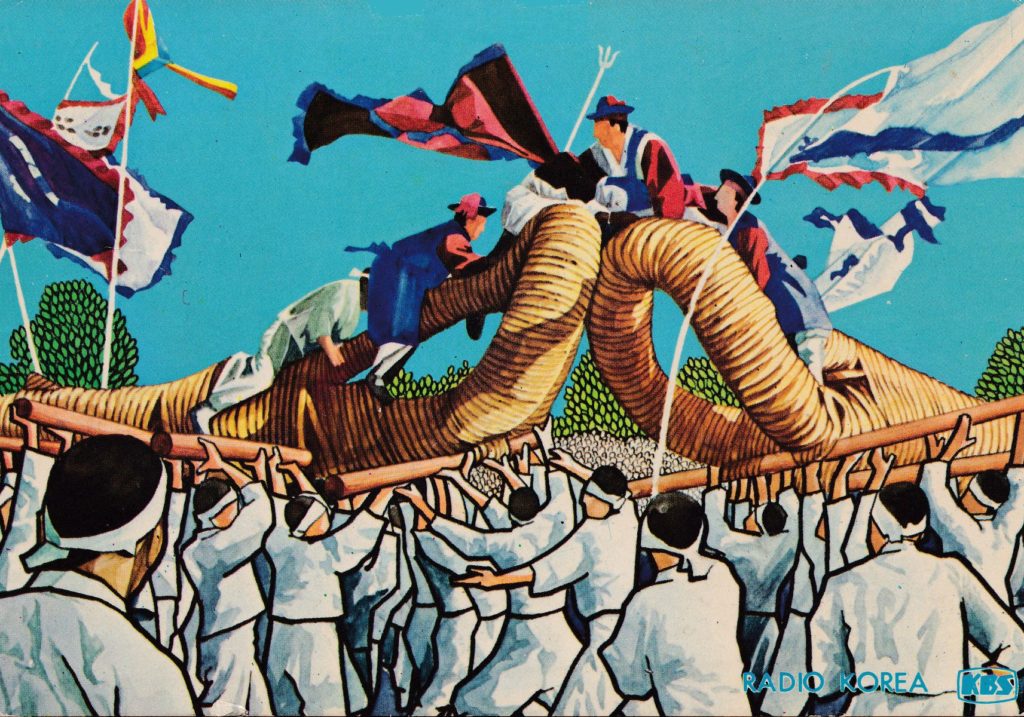
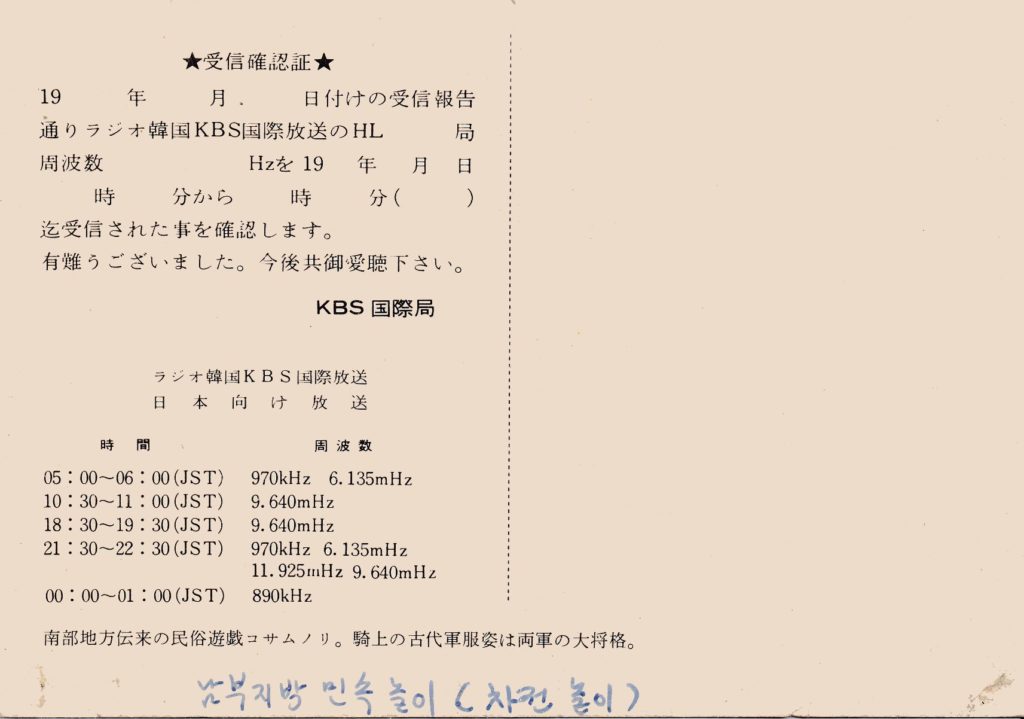
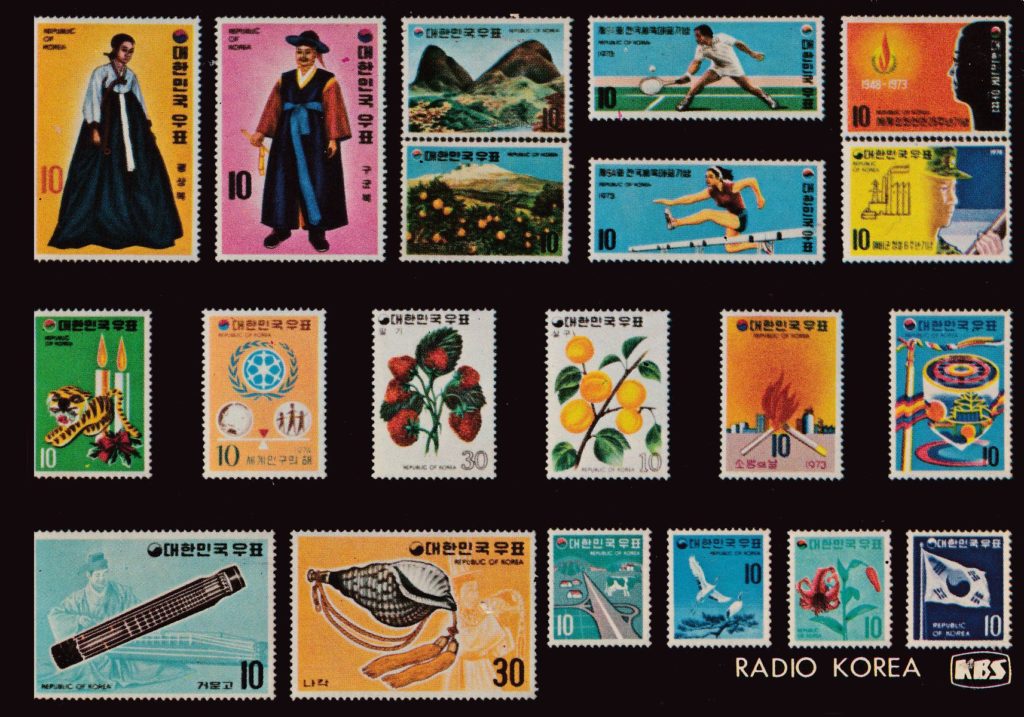
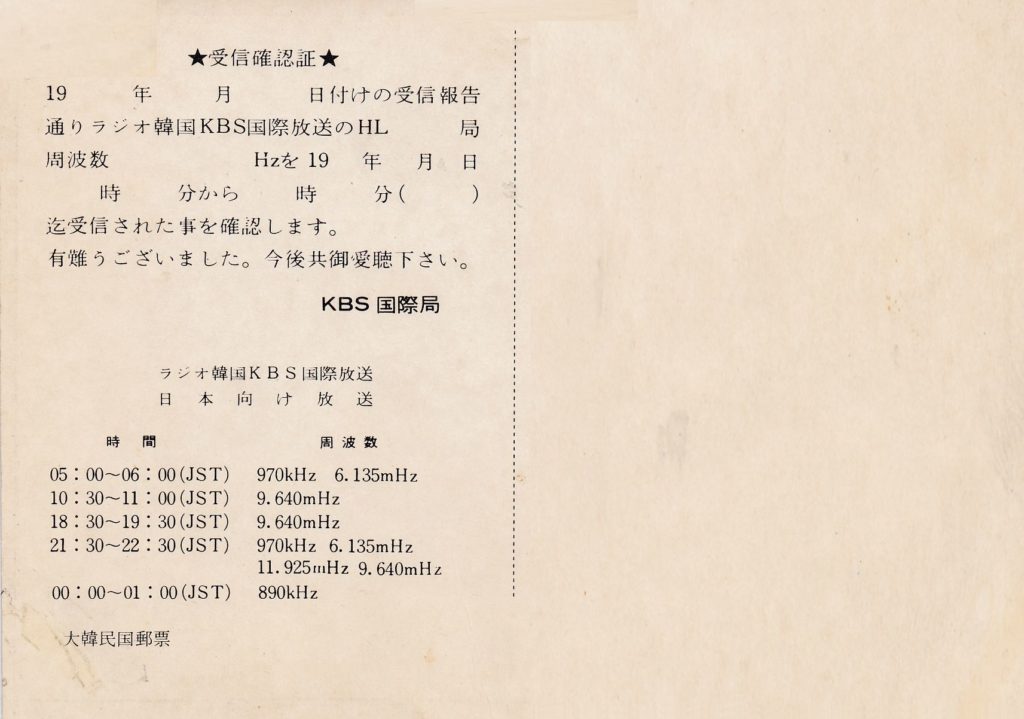
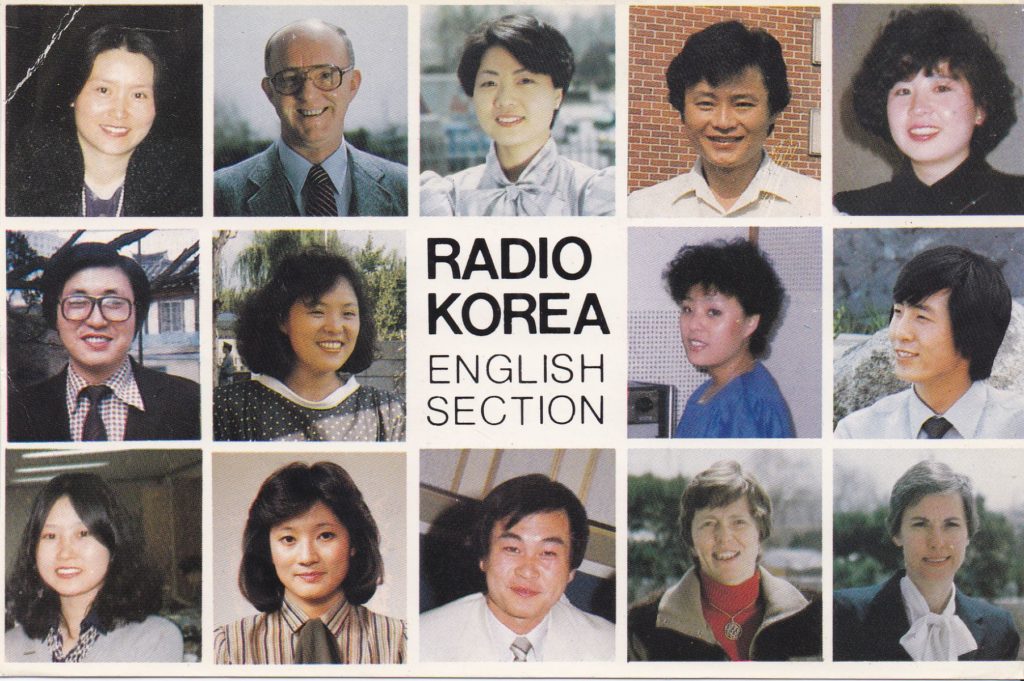
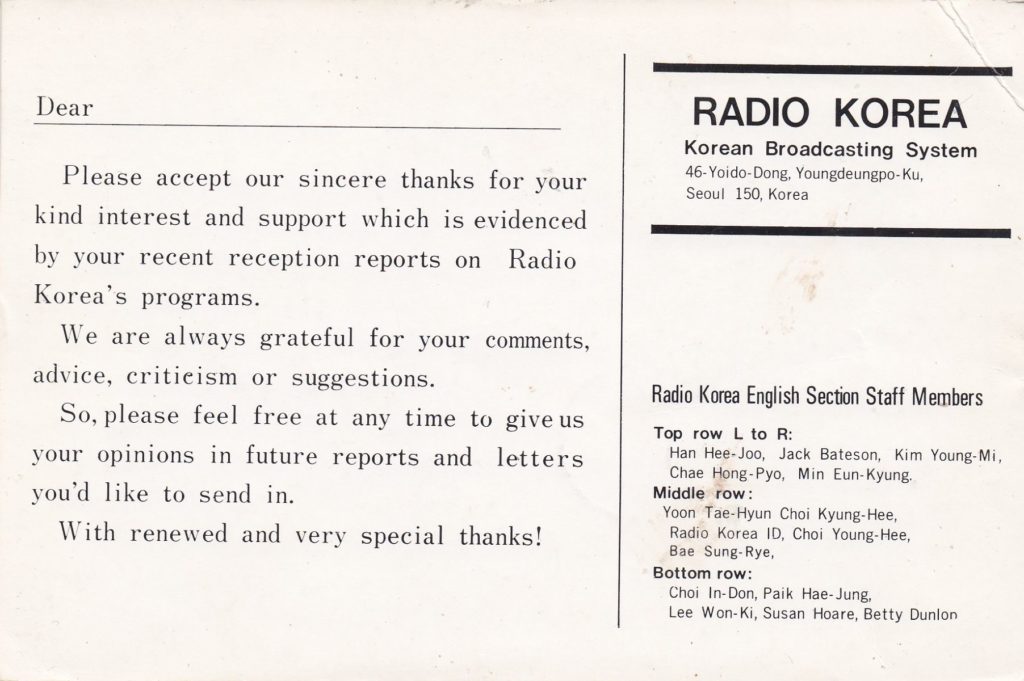
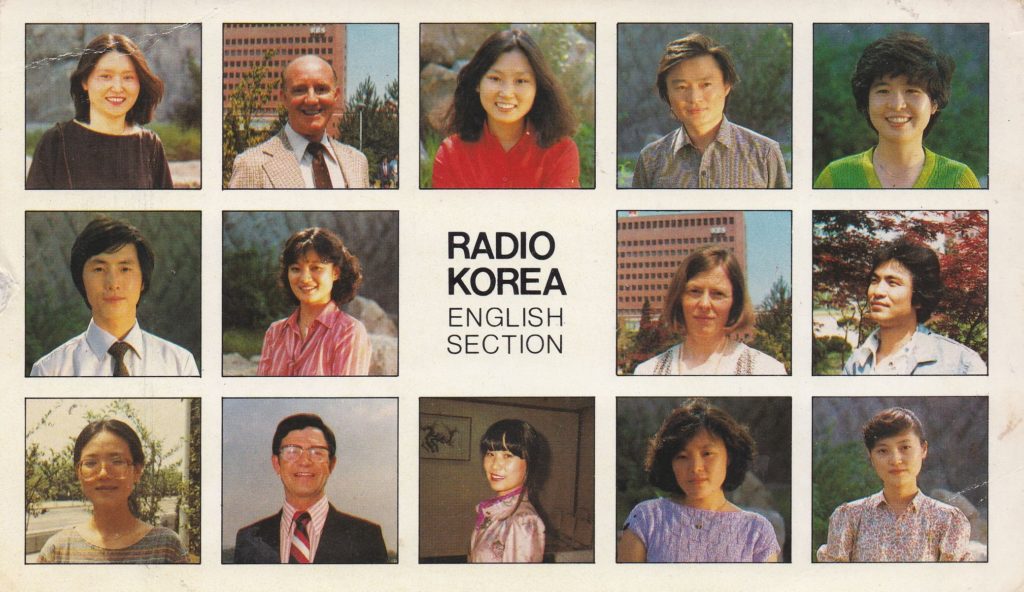
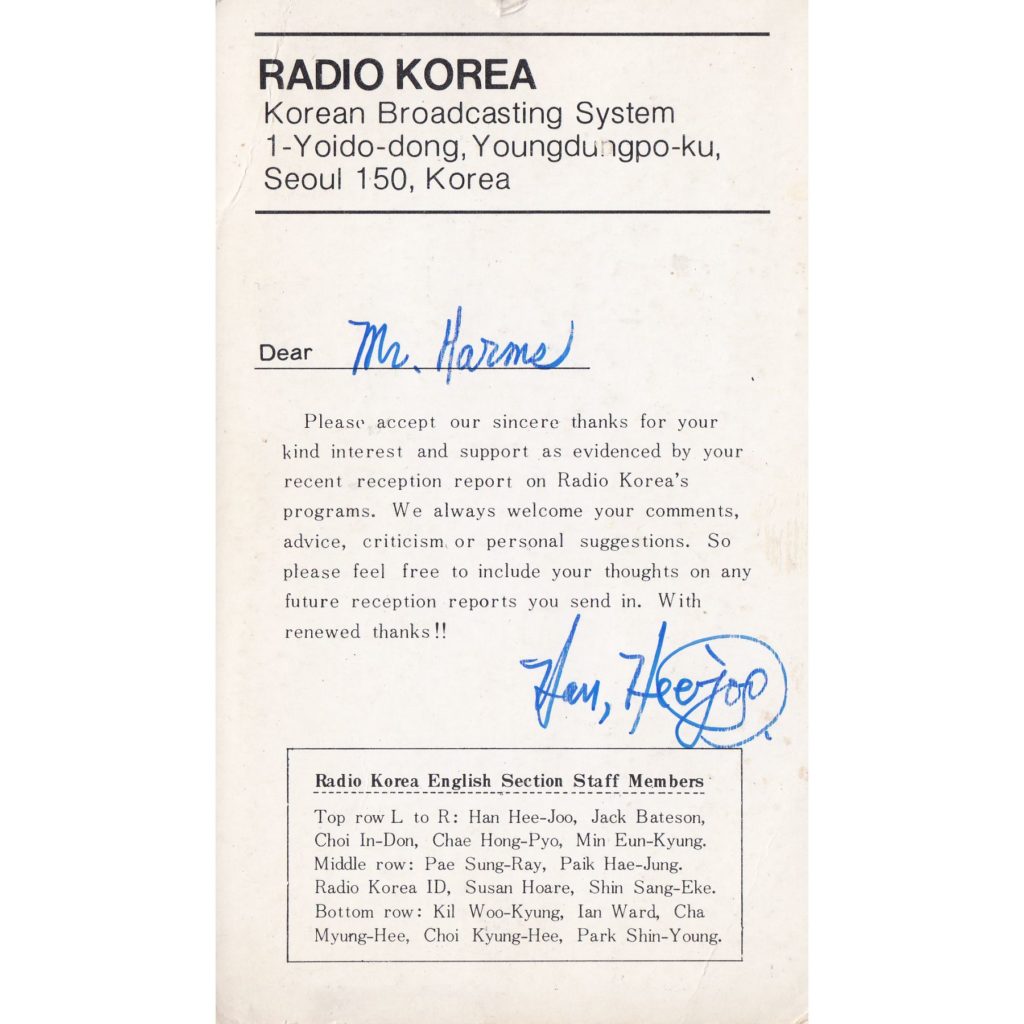
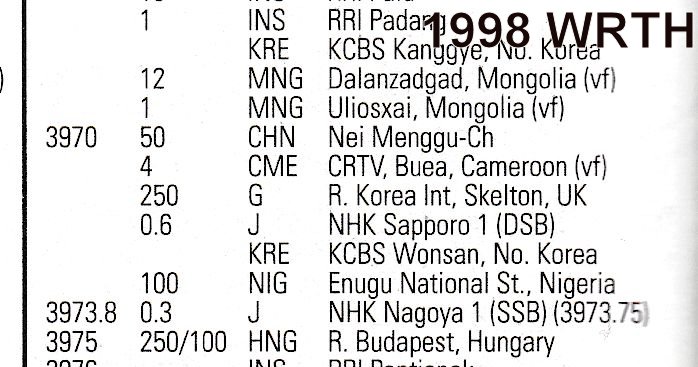
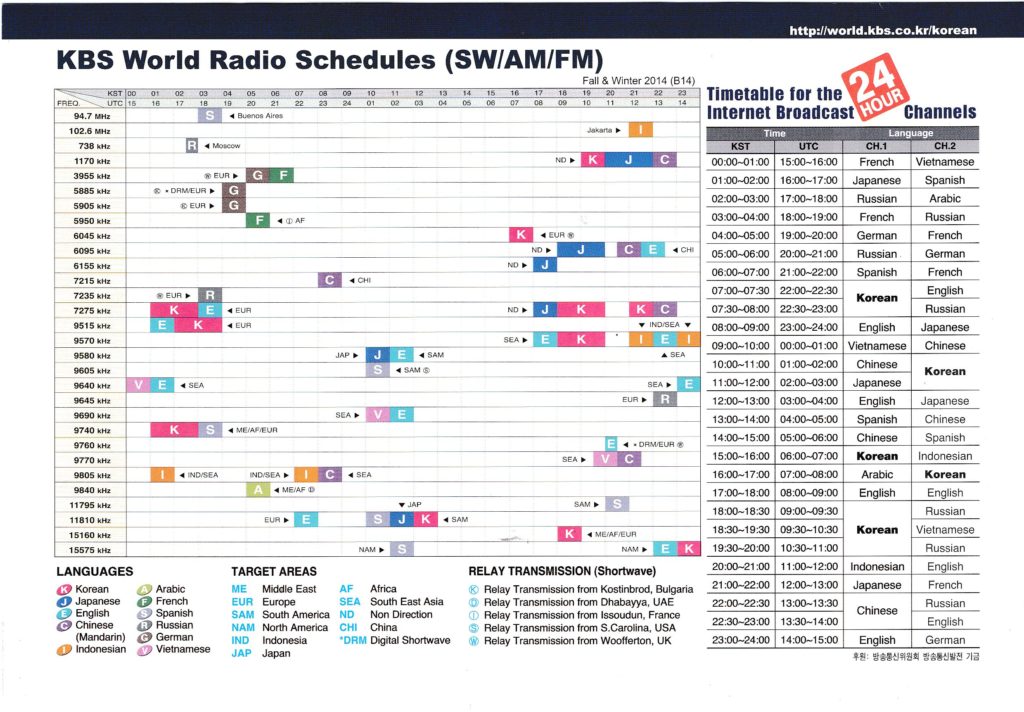
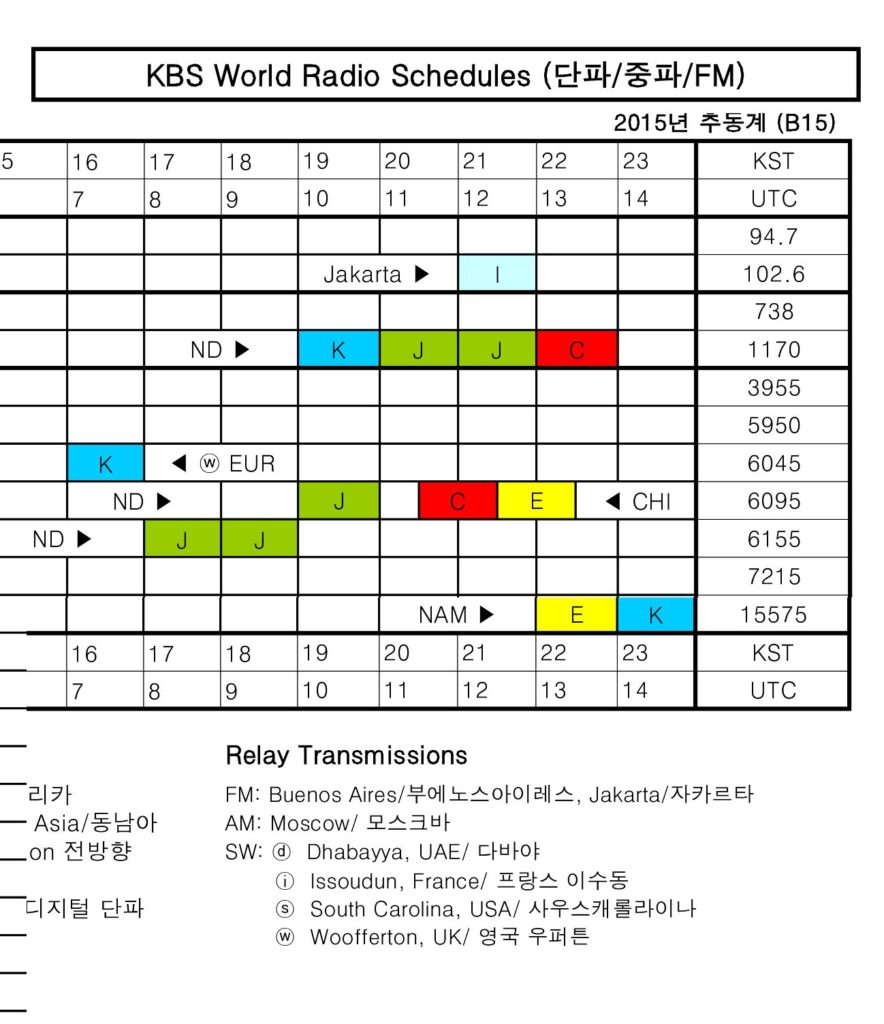
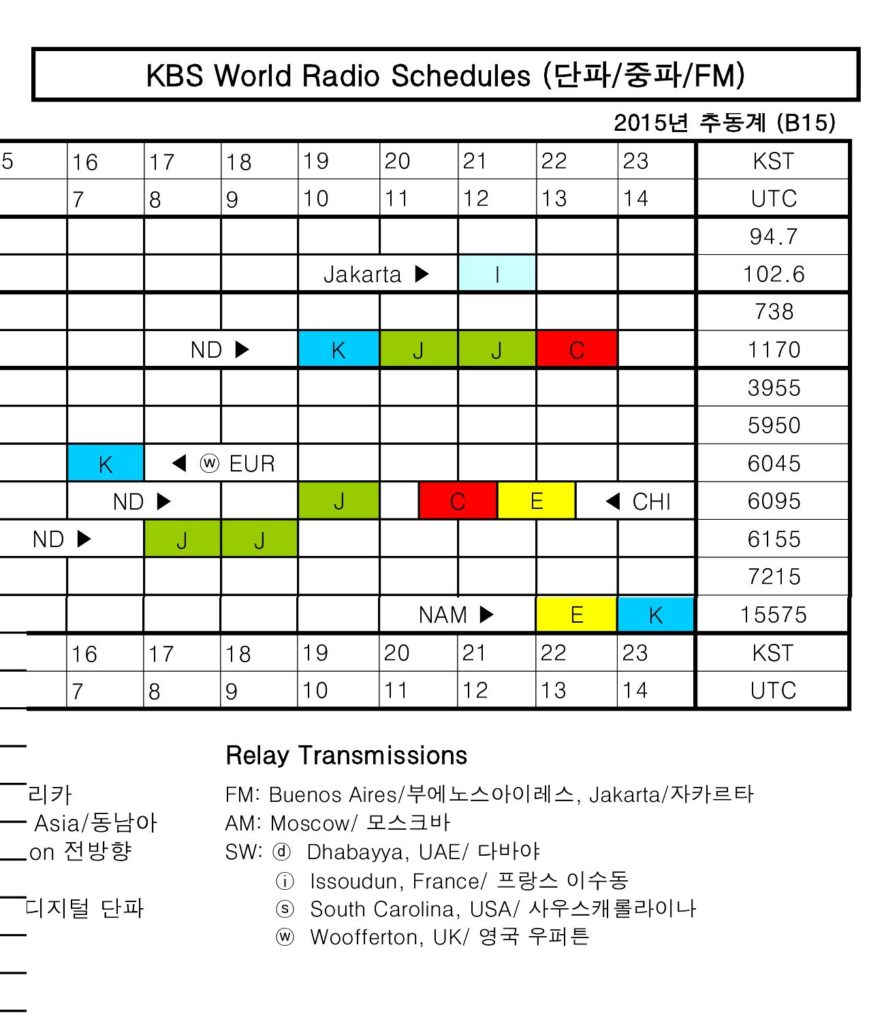
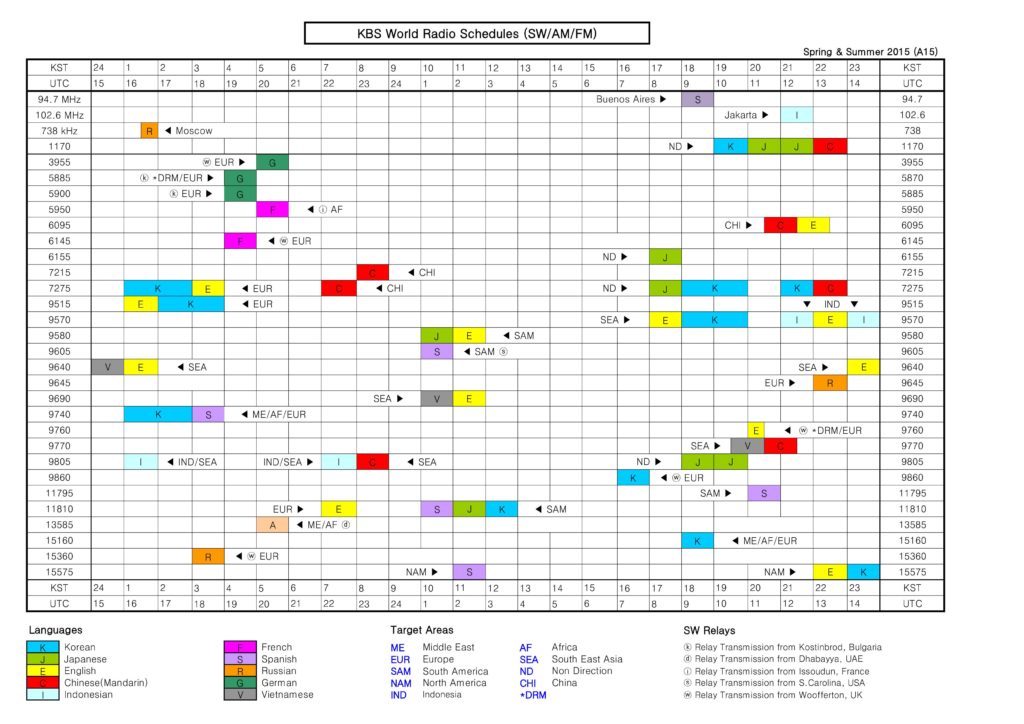
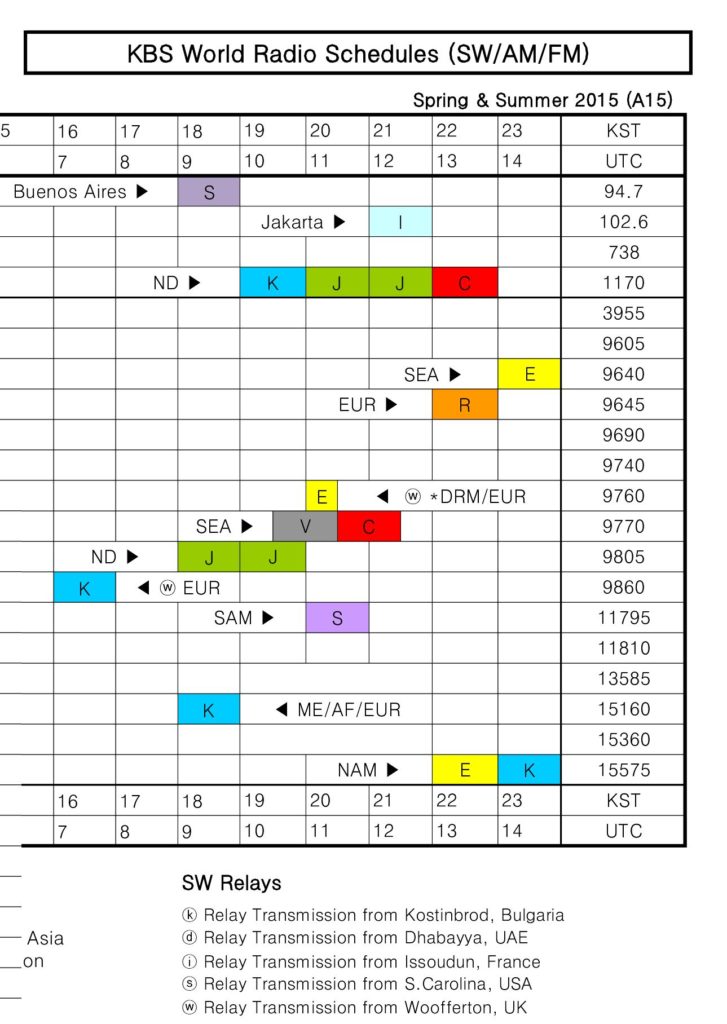
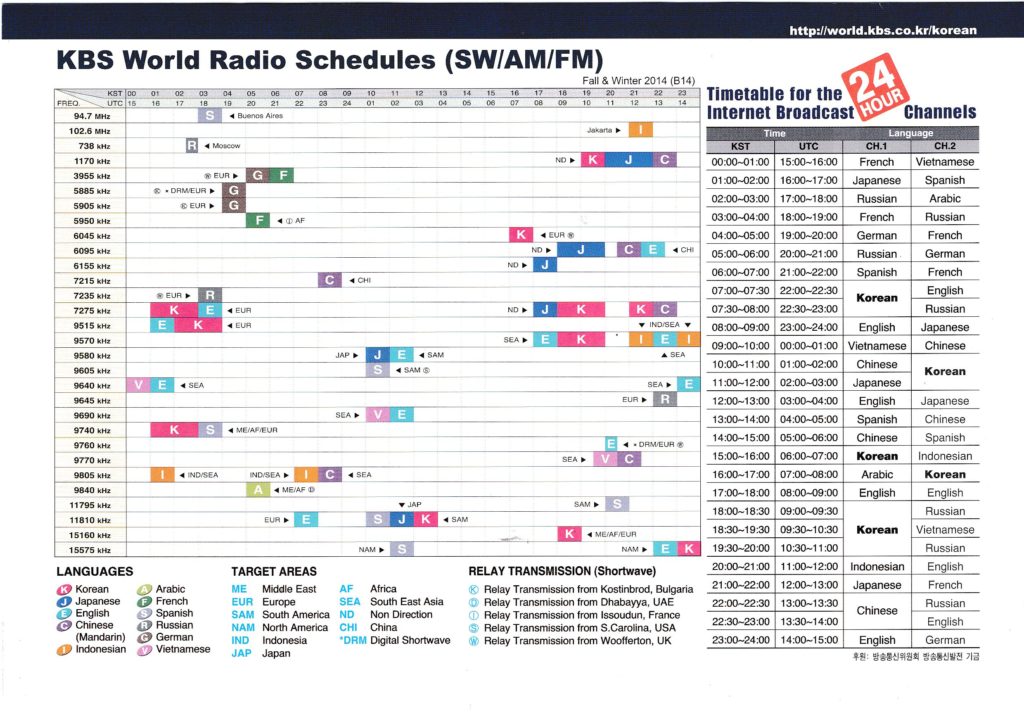
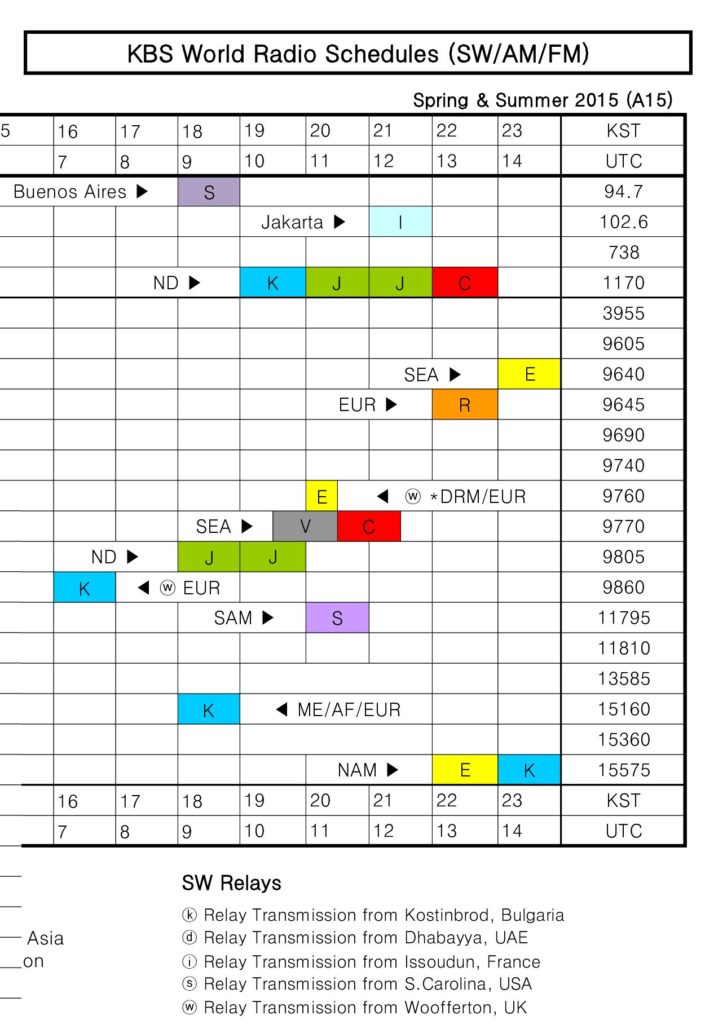

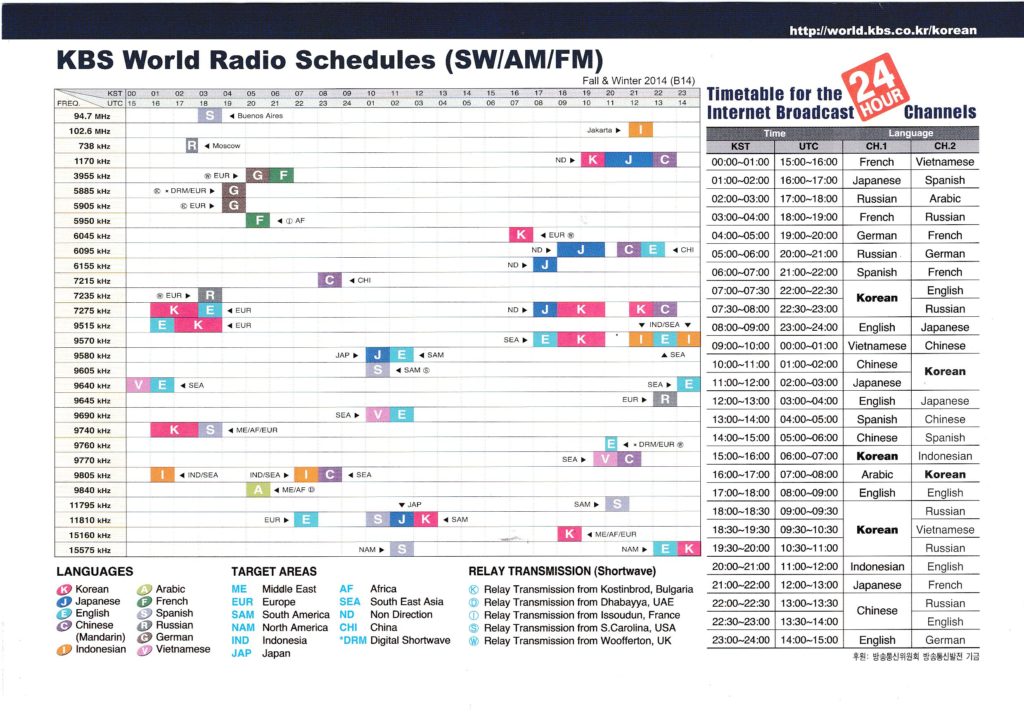
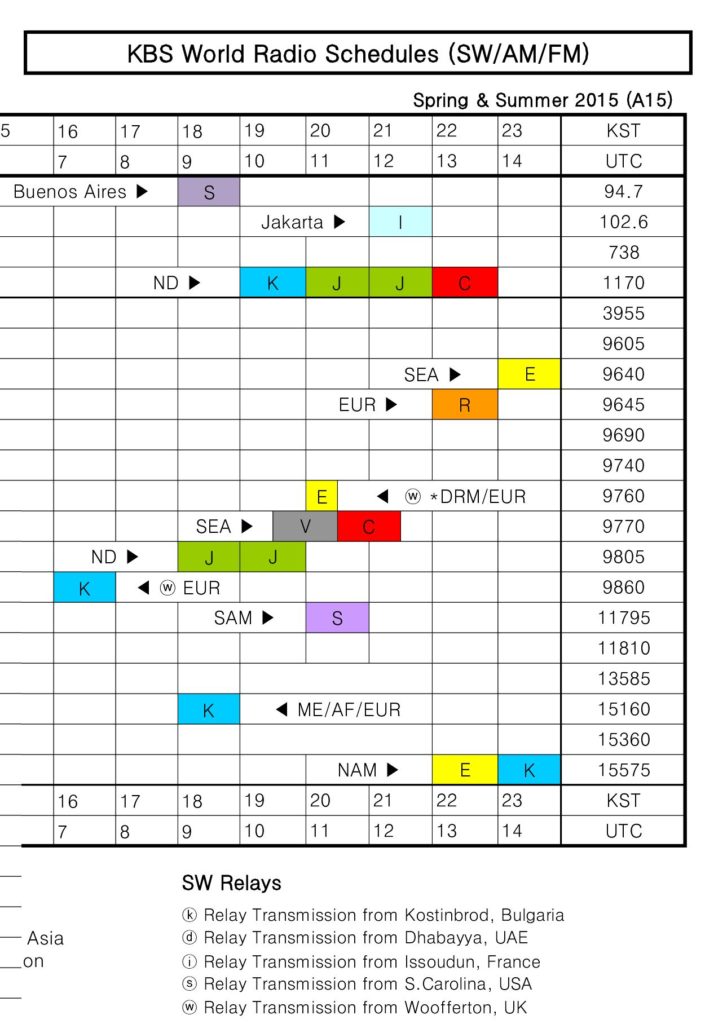
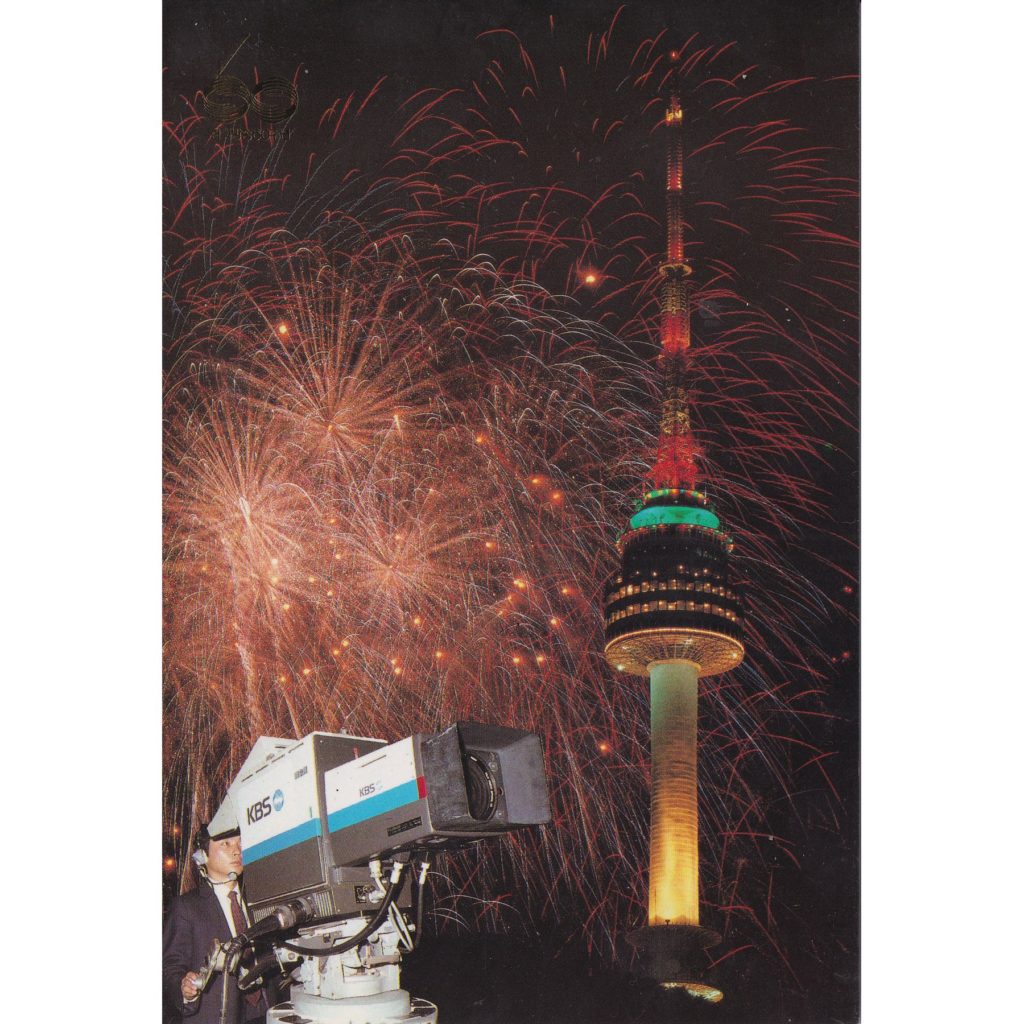
Christmas 1978 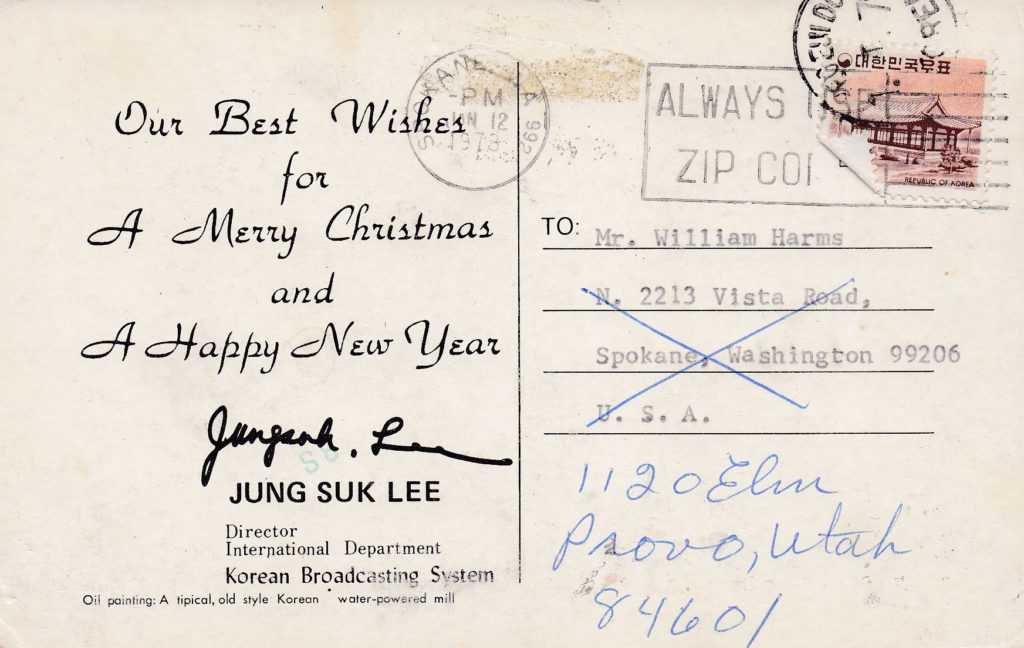
Christmas 1978 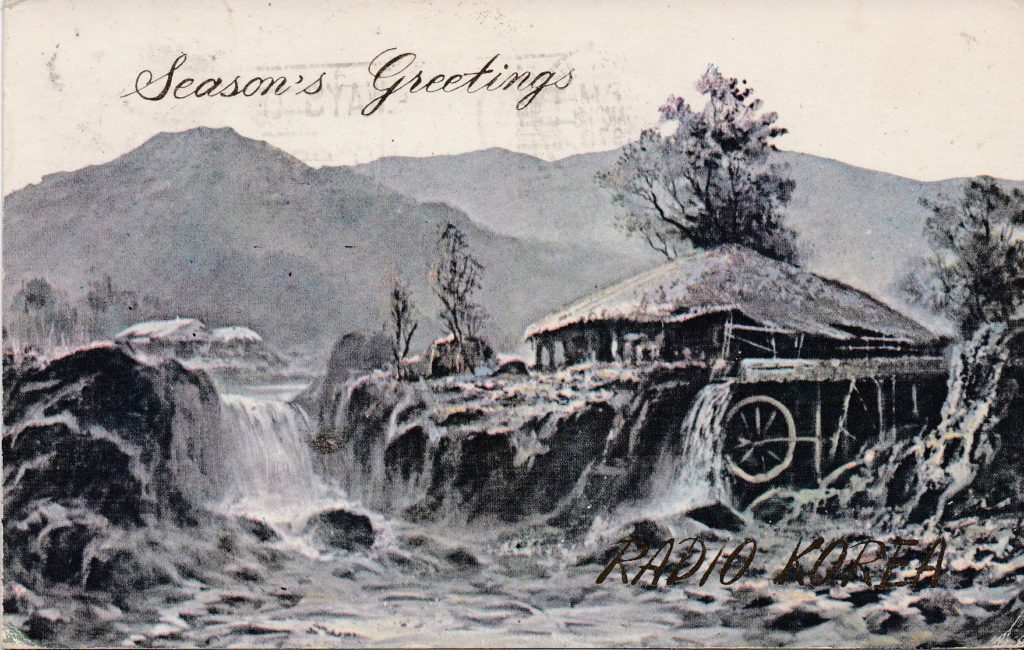
Christmas 1987 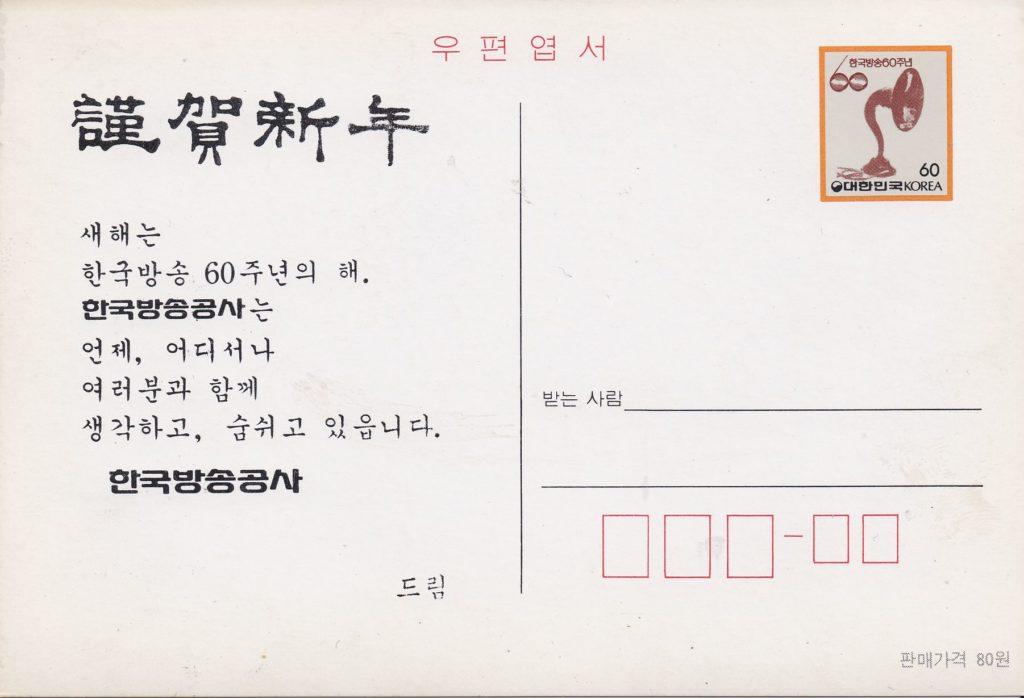
Christmas 1987 
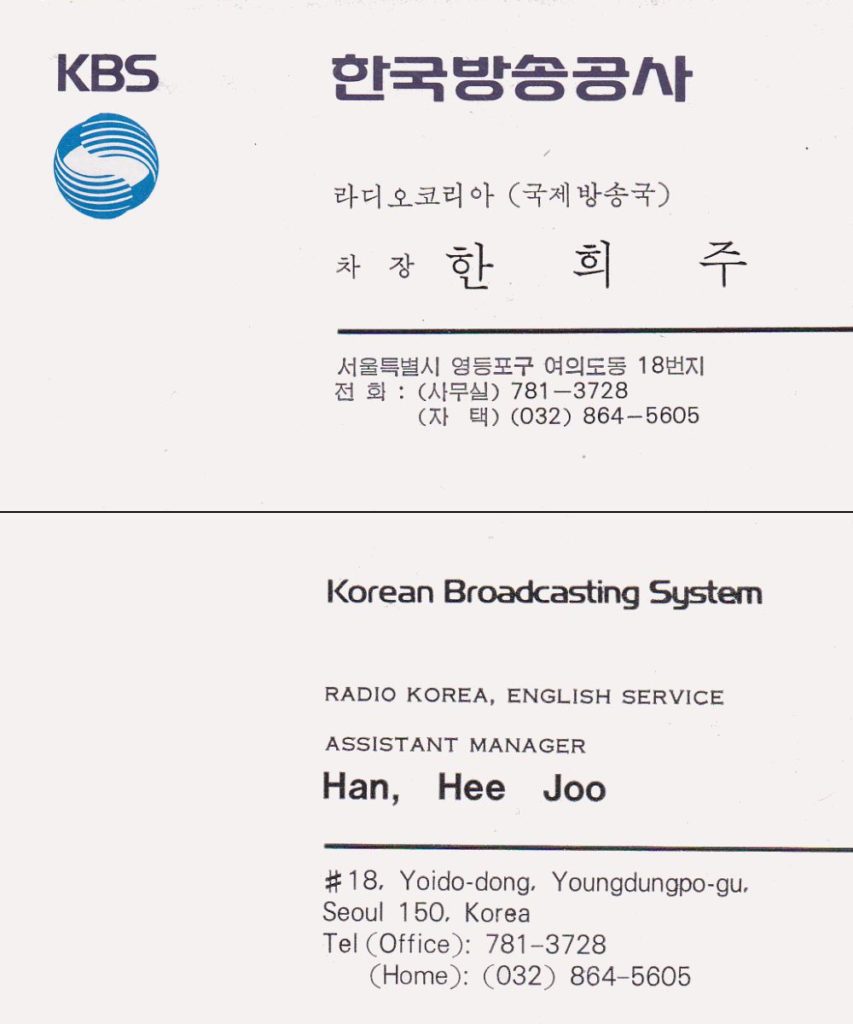
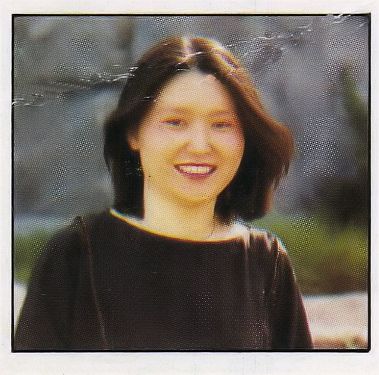
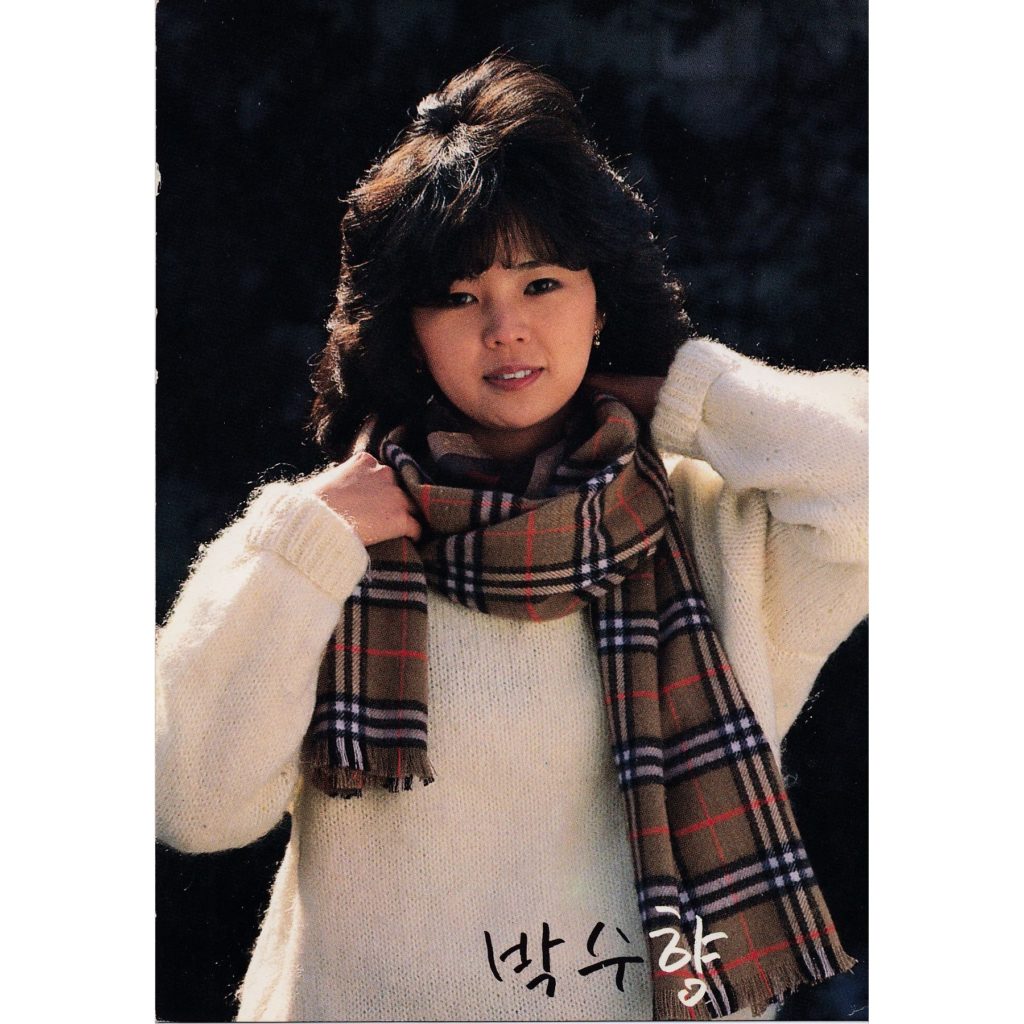
Pak Su-hyang 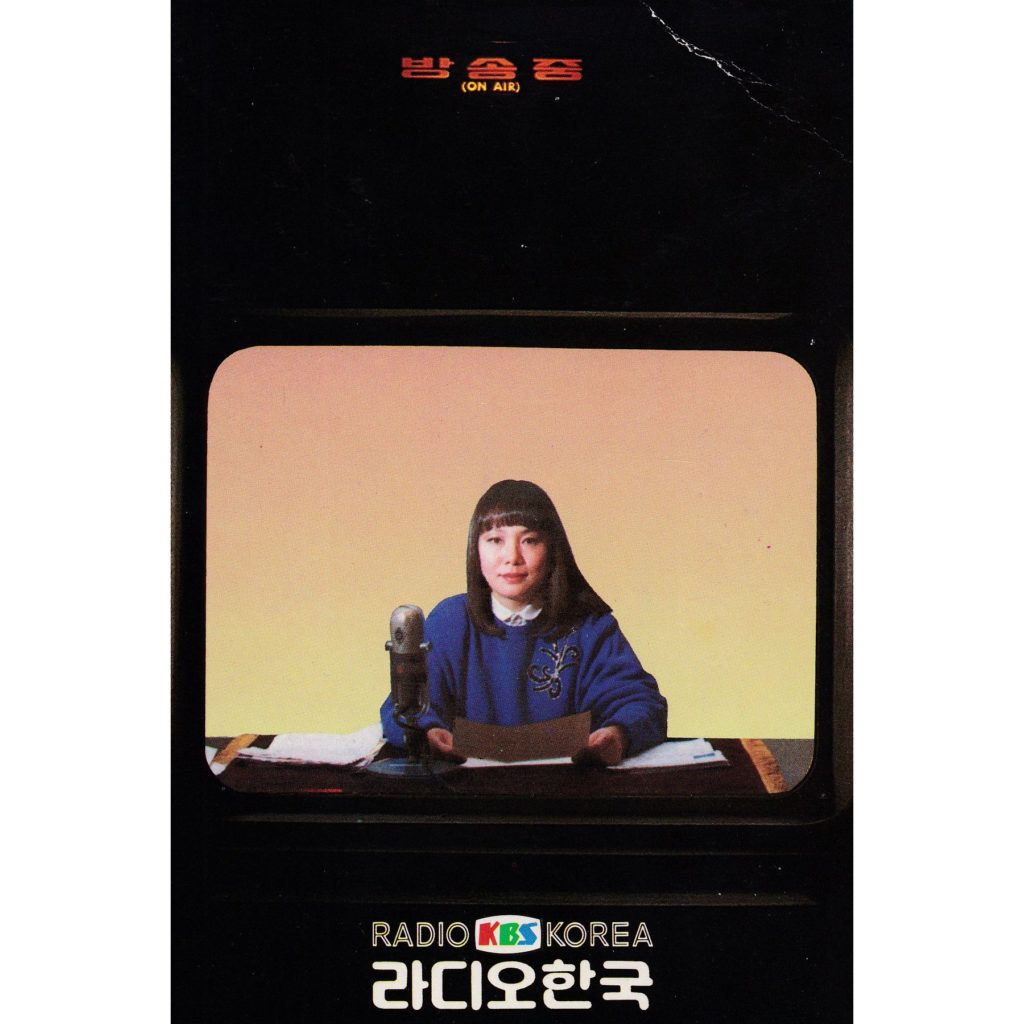
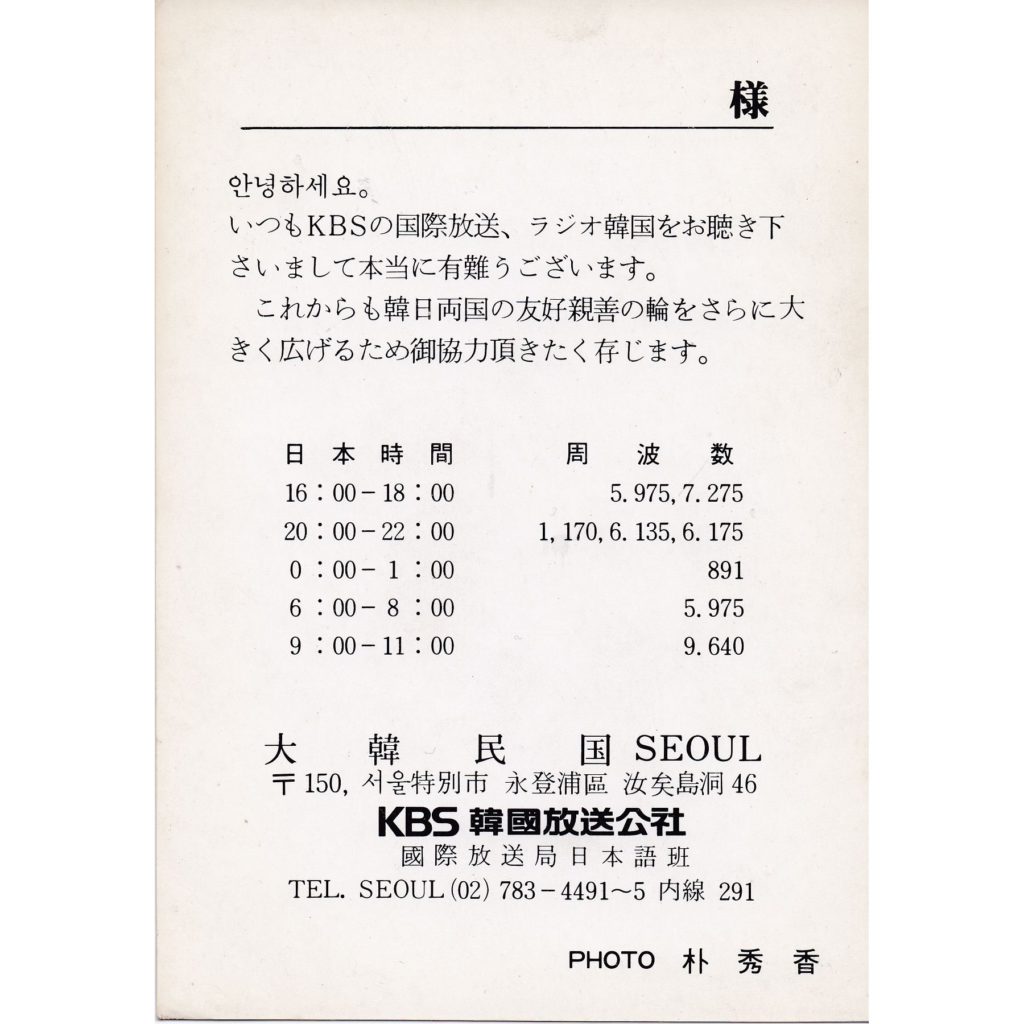
Pak Su-hyang 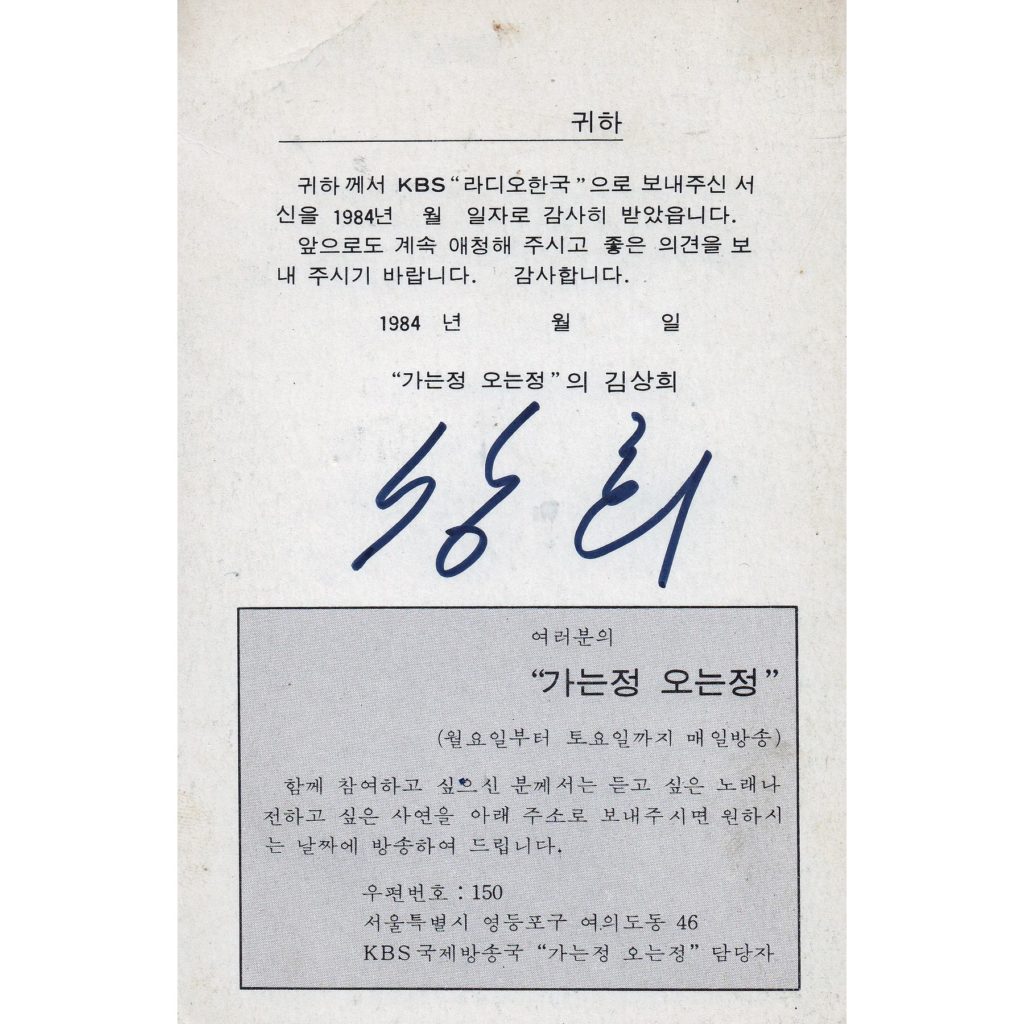
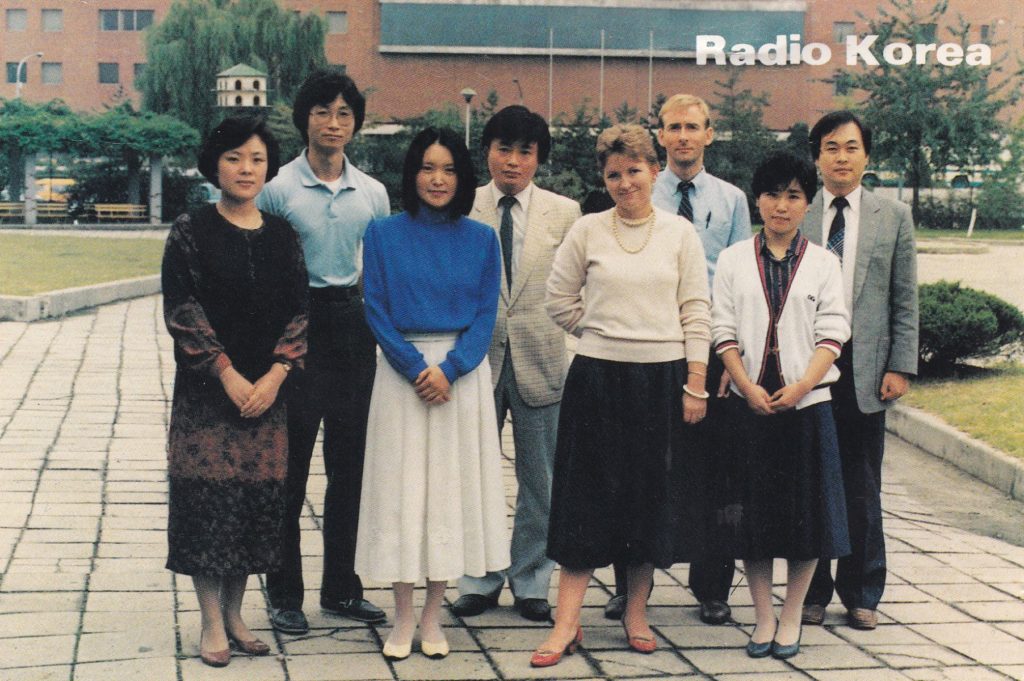
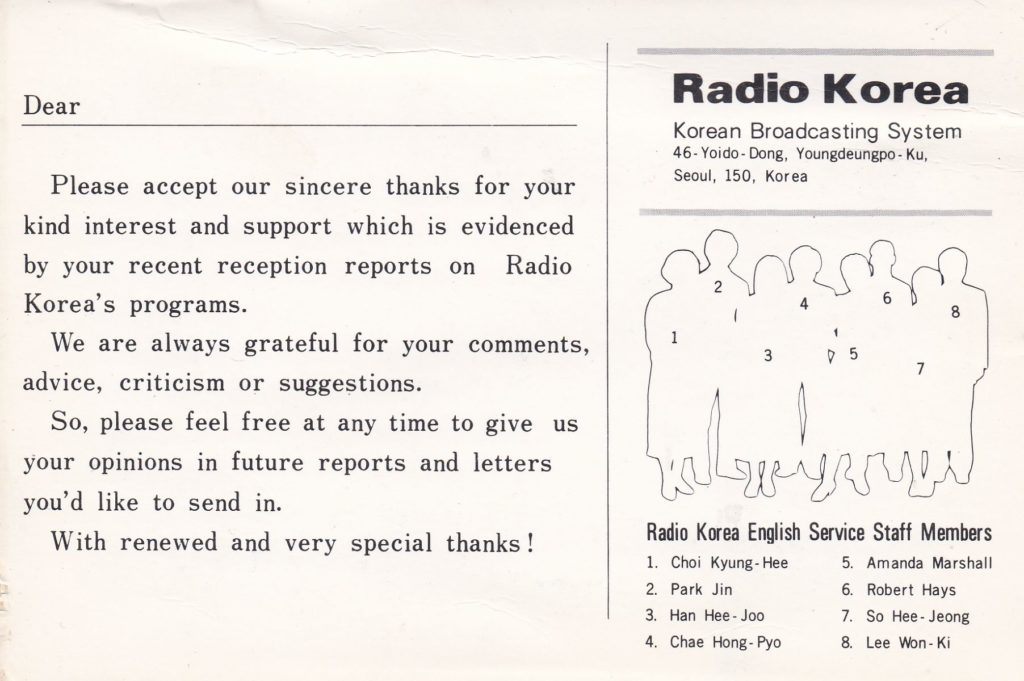
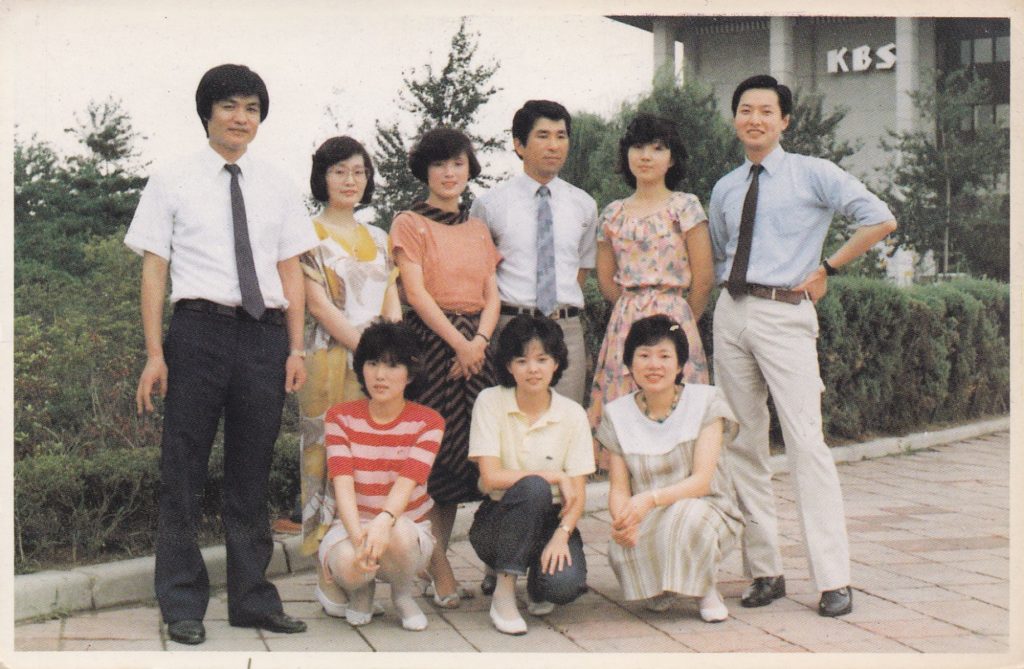

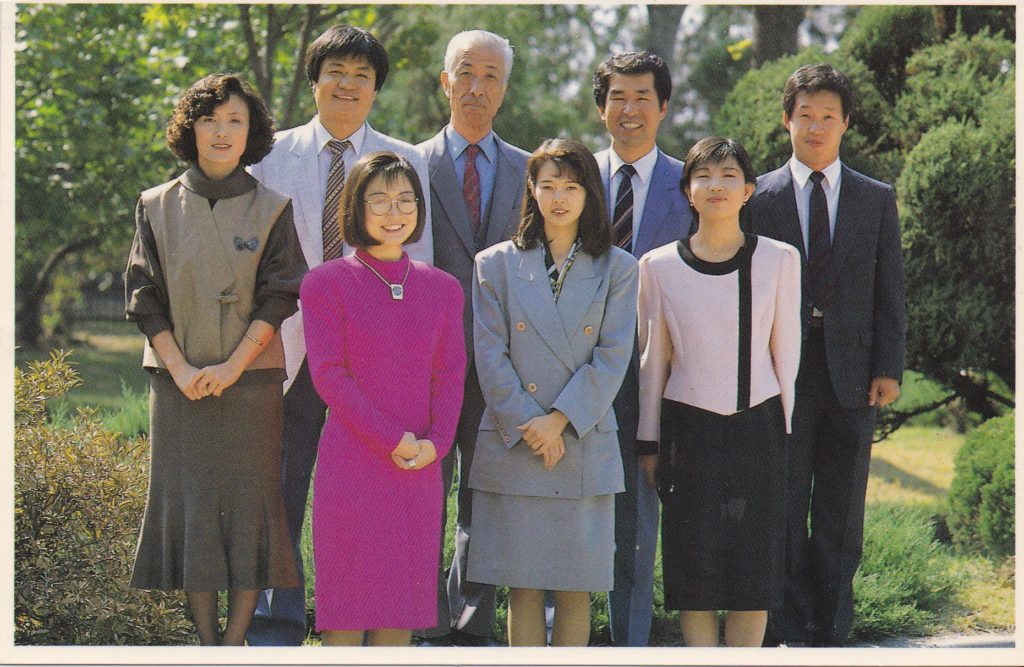
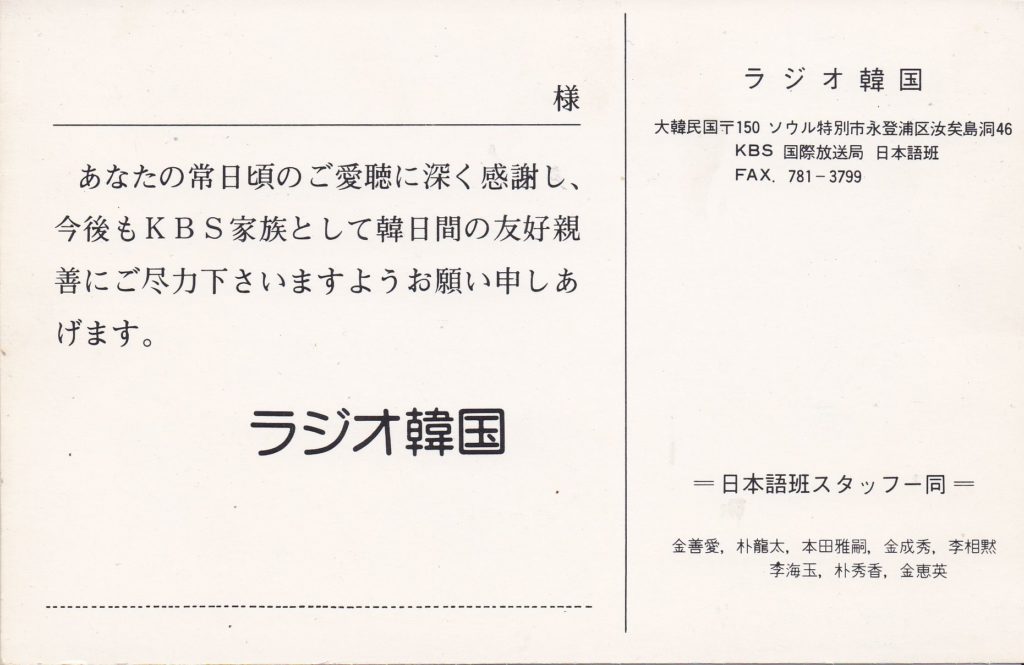
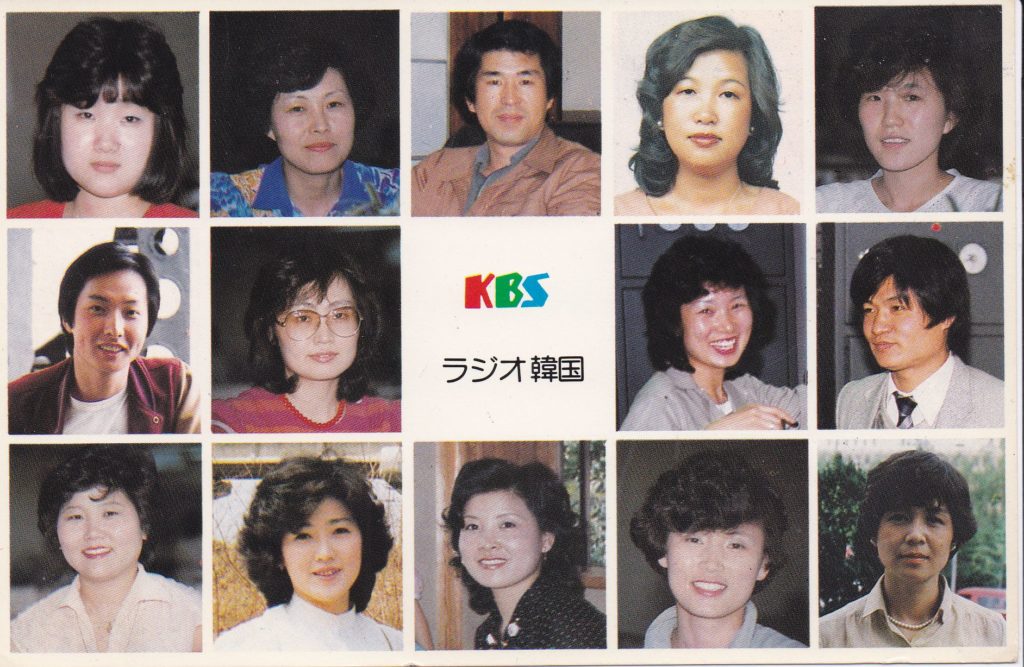
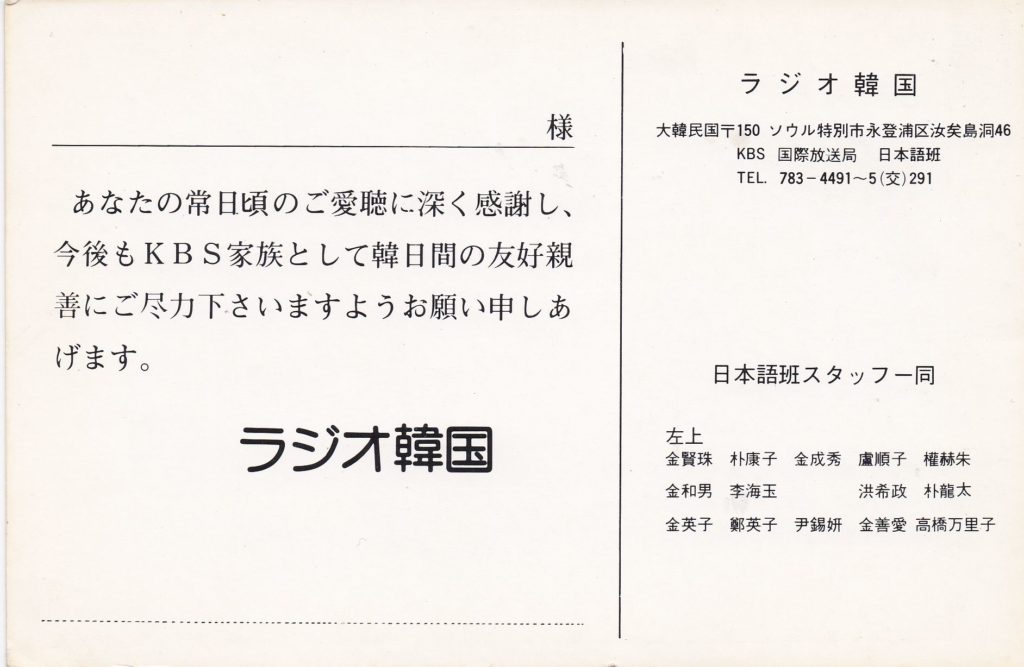
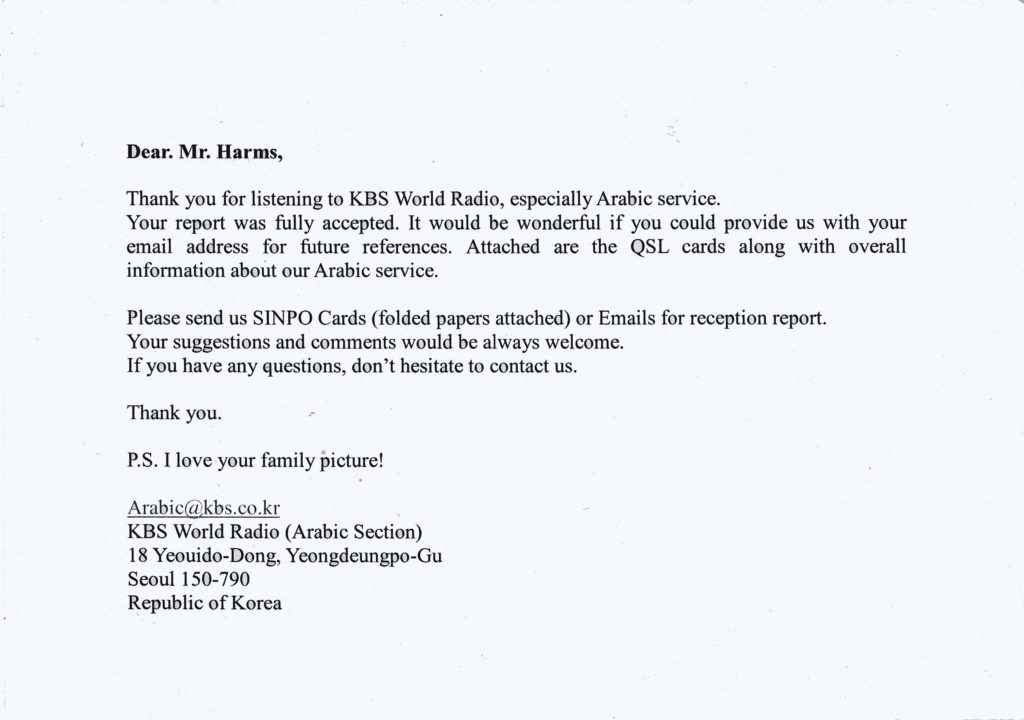
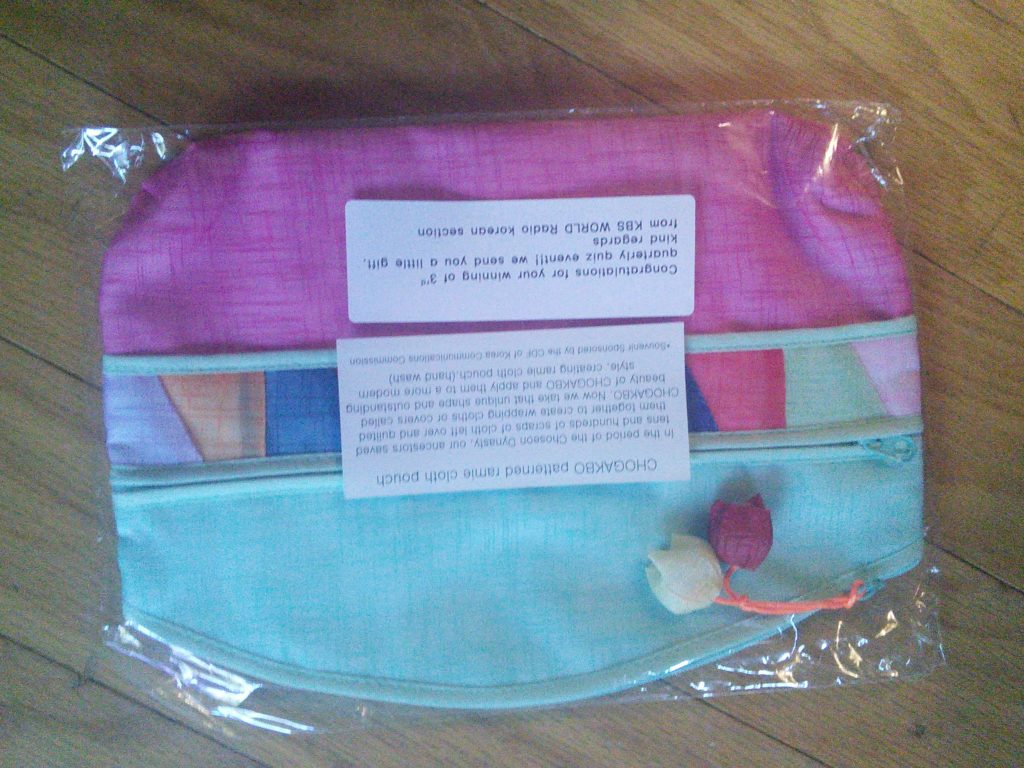
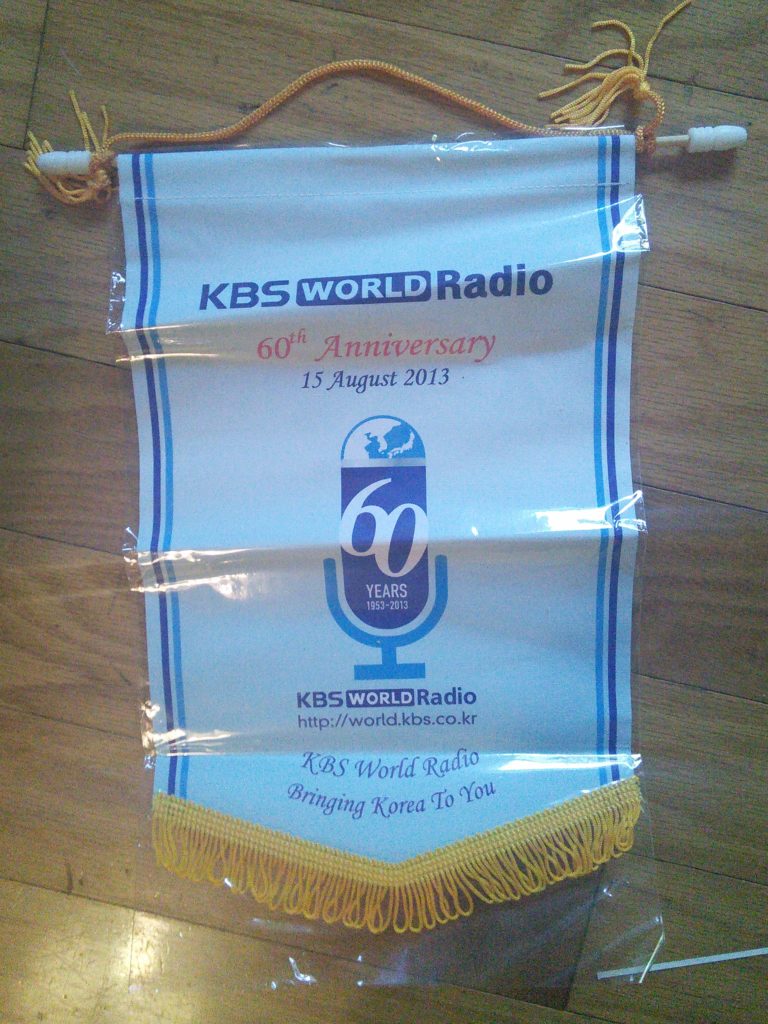
CKDO 1580 kHz – Oshawa
Trans World Radio – TWR
LAST QSL – Radio Berlin International (RBI)
This is putatively the last QSL card issued by Radio Berlin International. Instead of being the actual last QSL card, I think it is the last QSL card printed for RBI because I understand their final broadcast was on 2 October 1990.
I got this from someone on E-Bay. The DXer who received this QSL card was Manfred Lepp. Does anyone remember him? In any event, this is an interesting piece of radio history.
Overcomer Ministry – Brother Stair
La Voz de los Andes – The Voice of the Andes – HCJB
This is one of the stations that got piqued my interest in shortwave listening. They had a very strong signal into North America. Imagine picking up a radio station from Quito, Ecuador in English. That was so cool. I heard them for the first time on the 31 MB in the summer of 1969, and sent for for my first QSL from them in 1970.
